|
Great day out! Nature and wildlife walk in Kings Wood, Clay Area and St Mewan Beacon. Long, lovely and enjoyable walk.So delighted to have seen 4x Silver-washed Fritillary. It really made my day. Kings Wood is a 58.5-hectare (144.6-acre) site situated on the eastern side of the scenic Pentewan Valley Road (B3273). Kings Wood is part of a panoramic wooded terrain that slopes down the breath-taking Cornish landscape of Pentewan Valley. It is a designated County Wildlife Site, highly regarded for its rich ground flora and fantastic scenic views across the stunning south coast of Cornwall. Trewoon had a major part to play in the china clay industry in Cornwall being the home to the Blackpool Clay Pits and Dryers. The Clay Trails are a series of scenic routes for walking, cycling and horse riding for the general public. This is the China Clay Country where china clay (KAOLIN) has been extracted for aver 300 years, a process that has literally shaped the landscape. There are pits, that have become blue / green coloured lakes and spoil heaps, now overgrown and forming the "Cornish Alps". St Mewan Beacon is a natural landmark lies some distance from the village, to the north-west of Trewoon. It is a tor exposure of quartz-topaz-tourmaline rocks that has been designated a Site of Special Scientific Interest (SSSI) for its geological characteristics. St Mewan Beacon was studied by Cornish mining engineer and mineralogist Joseph Henry Collins who published an account of it in 1914.
0 Comments
Great day out! Nature and wildlife walk in Trevose Head and Bedruthan Steps. Nothing beats the spectacular, dramatic and rugged North Cornwall Coast. Rich and diverse flora and fauna. Love it. Trevose Head (Cornish: Penn Trenfos, meaning farm of the wall's headland[citation needed]) is a headland on the Atlantic coast of north Cornwall. It is situated approximately 5 miles (8.0 km) west of Padstow. The South West Coast Path runs around the whole promontory and is within the Cornwall Area of Outstanding Natural Beauty and the Trevose Head Heritage Coast. The headland is within the Trevose Head and Constantine Bay Site of Special Scientific Interest (SSSI) which is designated for both its biological and geological interests. Wild asparagus grows on the cliffs of Dinas Head and shore dock at the base of the cliffs. The cliffs are also important for breeding fulmar, razorbill and guillemot. Trevose Lighthouse in the background. Trevose Head Beautiful Meadows Carnewas and Bedruthan Steps (Cornish: Karn Havos, meaning "rock-pile of summer dwelling" and Cornish: Bos Rudhen, meaning "Red-one's dwelling") is a stretch of coastline located on the north Cornish coast. The section of coastline from Carnewas to Stepper Point is part of the Cornwall Area of Outstanding Natural Beauty[9] and subject to special landscape protection. In addition, Bedruthan Steps and Park Head is an 80.8-hectare (200-acre) Site of Special Scientific Interest, designated for its geological and biological interest in 1951. The site was subject to a revision in 1973 and renotified in 1986. It is noted for its slates and fossils from the Middle Devonian period, various mosses, and beetles. Bedruthan Steps is also a Geological Conservation Review site because it is a ″source of rare fish specimens″, which were first reported in 1848 by W Pengelly. Flora: The coast here is exposed to westerly winds and the clifftops provide an exposed environment best suited to low-growing plants. Flowers to be found along the cost between Mawgan Porth and Bedruthan include Bird's foot trefoil, Kidney vetch, Sheep’s-bit and Spring squill, plus the distinctly maritime species Sea Pink (Thrift) and Sea Campion. Geology: The bedrock at Bedruthan Steps is at the northernmost extent of a series of sedimentary rocks classified as sandstone, siltstone and mudstone and known as the Bedruthan Formation. The underlying rock from Bedruthan Steps to Trevose Head is Middle Devonian slates (386–377 Mya) with Staddon Grits to the south towards Trenance Point. The thickness of the slates have been estimated at over 2,000 m (6,600 ft). Marine erosion by the sea carrying sand and pebbles has worn away the weaker, softer rocks to leave the stacks seen today. Fossils of fish, corals, trilobites, etc. have been found in the Eifelian slates on Samaritan and Pendarves Islands. Few fossils are useful for dating here, but one (although considered to be problematical) Pteroconus mirus dates the formations to the Eifelian. At the end of the headland of Park Head (grid reference SW840708) is a subvolcanic rock, Diabase. Dark Sky discovery site In 2014, the area was granted "Dark Sky" status by the Science and Technology Facilities Council. Dark Sky discovery sites must be free from light pollution and have good views of stars and the Milky Way, and be accessible to the public. Bedruthan Steps
Great day out! Nature and wildlife walk in St Anthony Head. Scenic views. Seen loads of amazing wildlife but only manage to get a few photos and videos. St Anthony Head is a National Trust property situated at the southernmost tip of the Roseland Peninsula, overlooking the entrance to one of the world's largest natural harbours: Carrick Roads and the estuary of River Fal. It preserves the former St Anthony Battery, built in 1895–97 to defend the estuary of the River Fal. The headland is designated as part of Carricknath Point to Porthbean Beach and Lower Fal and Helford Intertidal Sites of Special Scientific Interest. At its tip lies St Anthony's Lighthouse. St Mawes in the distance Falmouth in the distance St Anthony Head Light House Battery Observation Post St Anthony Head
Kestrel Great day out! Enjoyable walk in Nare Head today. Spectacular views. Seen loads of amazing wildlife. Butterflies: Common Blue, Clouded Yellow, Large Skipper, Meadow Brown, Painted Lady, Peacock, Red Admiral, Small Copper, Small Heath, Speckled Wood and Wall. Birds: Guillemots, Razorbills, Yellowhammers, Black Redstart, Swallows, Swifts, Kestrel, Buzzards and a lot more... Nare Head The fresh Cornish sea air is just refreshing and invigorating! Rob, my walking buddy for life! Turning and Jumping I started to self-isolate on 12th March 2020. I have kept myself busy at home. Here's my Coronavirus (covid-19) Lockdown Diary. 19th March 2020, I made a list of Bakeries, Butchers, Restaurants, Local Organisations, Individuals, Shops and others who are offering "Home Delivery and Services" in Cornwall during the coronavirus (covid-19) outbreak. I have included some other useful information too. Link to my blog: www.ilovecornwall8.com/blog/list-of-bakeries-butchers-restaurants-local-organisations-individuals-shops-and-others-who-are-offering-home-delivery-and-services-in-cornwall-during-the-coronavirus-covid19-outbreak 25th March 2020 onwards, I launched "Lets Get Wild - connect with nature and wildlife" online. My aim is to encourage people to connect with nature and wildlife while at home because it benefits both the mental health and physical well-being. This is fun and enjoyable. And it’s great bonding time with your family too. You’re not only helping reduce the spread of infection, you’re also helping the environment as well as your mental health and physical well-being. We have to stay at home in order to protect the NHS and save lives. I have been posting photos/videos on my website and various social media channels. Link below: Website: www.ilovecornwall8.com/lets-get-wild-connect-with-nature-and-wildlife.html Like me on Facebook: facebook.com/LetsGetWildConnectWithNatureAndWildlife Follow me on Instagram: instagram.com/letsgetwild8 Follow me on Twitter: twitter.com/LetsGetWild8 1st June 2020 to 30th June 2020, I started a "Virtual Butterfly-watching in Cornwall". 1st June is Butterfly Education and Awareness Day. It's a day to raise awareness of Butterflies and how important they are as pollinators. To celebrate Butterfly Education and Awareness Day, I have been posting photos and videos of butterflies that I have seen on the spectacular countryside of Cornwall. I have been posting photos/videos on my website and various social media channels. Link below: Website: www.ilovecornwall8.com/virtual-butterfly-watching-in-cornwall.html Like me on Facebook: facebook.com/wildlifematters8 Follow me on Instagram: instagram.com/wildlifematter8 Follow me on Twitter: twitter.com/WildlifeMatter8 1st July 2020 to 31st July 2020, I started a "Virtual Bird-watching in Cornwall" to celebrate my birthday. I was born on the 1st July 1972 in the Philippines. I have been living in Cornwall for a decade and I'm loving it. Bird-watching has become one of my hobbies. To celebrate my birthday, I have been posting photos and videos of rare birds and common birds that I have seen on the spectacular countryside of Cornwall. I have been posting photos/videos on my website and various social media channels. Link below: Website: https://www.ilovecornwall8.com/virtual-birdwatching-in-cornwall.html Like me on Facebook: facebook.com/wildlifematters8 Follow me on Instagram: instagram.com/wildlifematter8 Follow me on Twitter: twitter.com/WildlifeMatter8 1st August 2020 to 31st August 2020, since I am still self-isolating/shielding, I will just have a "Virtual Beach-ing in Cornwall". Feels like I didn't miss a thing. Crystal blue sea, splendid turquoise waters, long stretch of sandy beach, sparking golden sand on the Atlantic coast, spectacular and picturesque... These are just few description of the beaches here in Cornwall. No wonder, loads of people come down to spend their summer holiday here. I have been posting photos/videos on my website and various social media channels. Link below: Website: www.ilovecornwall8.com/virtual-beach-ing-in-cornwall.html Like me on Facebook: facebook.com/cornwallmatters8 Follow me on Instagram: instagram.com/cornwallmatter8 Follow me on Twitter: twitter.com/CornwallMatter8 1st September 2020 to 30th September 2020, the Poldark tv series ended last year. I really missed watching the series. If you are a Poldark fan, join me on my "Virtual Poldark Tour in Cornwall" to see the spectacular and picturesque spots where they filmed the series in Cornwall.
I love historical romances. One of my favourites is POLDARK. I was really ecstatic when they started filming in Cornwall in 2014. Whenever I heard they are filming, I asked Rob to take me there so I can watch. They filmed on some of the most spectacular and picturesque spots in Cornwall. If you watch the series, you can see the beauty of Cornwall as it's best. I have been posting photos/videos on my website and various social media channels. Link below: Website: www.ilovecornwall8.com/virtual-poldark-tour-in-cornwall.html Like me on Facebook: facebook.com/cornwallmatters8 Follow me on Instagram: instagram.com/cornwallmatter8 Follow me on Twitter: twitter.com/CornwallMatter8 Today is "World Wildlife Day". We're birdwatching the whole day to celebrate. First we went to Trevose Head. There's been quite few birdwatchers looking for the "Lapland Bunting". 2nd Bedruthan Steps, 3rd Beacon Cove, 4th Mawgan Porth and 5th Watergate Bay. Trevose Head Lapland Bunting Bedruthan Steps Mawgan Porth Beacon Cove Watergate Bay On 20 December 2013, at its 68th session, the United Nations General Assembly (UNGA) proclaimed 3 March, the day of signature of the Convention on International Trade in Endangered Species of Wild Fauna and Flora (CITES), as UN World Wildlife Day to celebrate and raise awareness of the world’s wild animals and plants. The UNGA resolution also designated the CITES Secretariat as the facilitator for the global observance of this special day for wildlife on the UN calendar. World Wildlife Day has now become the most important global annual event dedicated to wildlife.
World Wildlife Day will be celebrated in 2019 under the theme “Life below water: for people and planet", which aligns with goal 14 of UN Sustainable Development Goals. The ocean contains nearly 200,000 identified species, but actual numbers may be in the millions. Globally, the market value of marine and coastal resources and industries is estimated at US$3 trillion per year, about 5% of global GDP. Over three billion people depend on marine and coastal biodiversity for their livelihoods. Marine wildlife has sustained human civilization and development for millennia, from providing food and nourishment, to material for handicraft and construction. It has also enriched our lives culturally, spiritually, and recreationally in different ways. The capacity of life below water to provide these services is severely impacted, as our planet’s oceans and the species that live within it are under assault from an onslaught of threats. As much as 40% of the ocean is now heavily affected by the most significant and direct threat of over exploitation of marine species as well as other threats such as pollution, loss of coastal habitats and climate change. These threats have a strong impact on the lives and livelihoods of those who depend on marine ecosystem services, particularly women and men in coastal communities. This is the first World Wildlife Day to focus on life below water. It is a great opportunity to raise awareness about the breathtaking diversity of marine life, the crucial importance of marine species to human development, and how we can make sure it will continue to provide these services for future generations. Location: The Lost Gardens of Heligan Photographer: Rowena Castillo Nicholls Every year, at the end of January or first week of February, I go for "Snowdrops Walk" at The Lost Gardens of Heligan. Next one will be "Daffodils Walk" at Trewithen Gardens and "Bluebells Walk" at Lanhydrock. This has become part of my annual activities. I just love the beauty and wildness of Cornwall. Beautiful and dainty snowdrops!!! Gorgeous camellias in many shades and size. These rhododendrons are just stunning. Splaaash of colours. Fungi Some of the amazing wildlife. Me and Rob had a lovely and enjoyable walk. Spectacular sunset.
The sun finally decided to come out today. But it's still very chilly. Nevertheless, walking in Ladock Woods is very refreshing. Seen loads of amazing wildlife: Buzzard, Jay, Goldcrest, Great-spotted Woodpecker, Wood Pigeon, Chaffinch, Coal TIt, Robin, Long-tailed Tit, Dunnock, Wren, Song Trush, Magpie, Rooks, Grey Squirrel, a few Fungi and a lot more... Had an enjoyable walk in the mud in Ladock Woods. The smell of the pine woods is just sooo relaxing. Very soothing. If I only I can save the scent in a bottle. Some of the lovely fungi we saw today. Frosty and icy!
Location: Trelusback Farm Photographer: Rowena Castillo Nicholls Videographer: Rob Nicholls Had a great time in Trelusback Farm today. Listened to the brilliant talk of Mary Atkinson on Moths and Tony Atkinson on Bats. Later on after lunch, we have an enjoyable walk around the conservation area. Walk at the Conservation area. Newt (1st photo) is a salamander in the subfamily Pleurodelinae. The terrestrial juvenile phase is called an eft. Common Frog (2nd photot) is easily our most recognisable amphibian. They have smooth skin and long legs for jumping away quickly. Adults males grow up to 9 cm in length and females up to 13 cm in length. Usually a shade of olive-green or brown (although can be yellow, pink, red, lime-green, cream or black). Devil's-bit scabious, Dog-Violet and Dandelion. Some of the lovely Fungi we saw from our walk.
Location: National Trust's Trelissick House and Garden Photographer: Rowena Castillo Nicholls Videographer: Rob Nicholls It's been very busy these past couple of weeks. Finally, I managed to go for a walk today. Not realizing it's half term! Oh my, the carpark is full, though we managed to find a parking. Always loads of people to all these beautiful National Trust properties. What a refreshing walk! Fresh air and surrounded by the beauty of nature. Jumped dozen of times and it did not even got me tired. Hahaha... The campaign for a smarter Britain is at Trelissick from 14 October - 1 November with the "Travel to 2050" experience, a high-tech installation designed to show what a low-carbon, energy-efficient future might look like 30 years from now. Beautiful Trelissick House Stunning view of the Carrick Roads Jump jump jump... Higher! Hum of Autumn Stunning View Gorgeous Flowers Fungi
Location: The Lost Gardens of Heligan Photographer: Rowena Castillo Nicholls Lovely walk at the The Lost Gardens of Heligan after buying my stocks of local fresh meat at Lobbs Farm Shop. 50++ different types of pumpkin at The Lost Gardens of Heligan.
Location: National Trust's Hemmick Beach Portholland Photographer: Rowena Castillo Nicholls Videographer: Rob Nicholls Some of the butterflies we saw: Clouded Yellow, Large White, Red Admiral, Painted Lady and Hummingbird Hawk Moth. Glorious weather. Sunny with just a gentle breeze. No wonder, even Hemmick Beach is quite busy. Loads of butterflies on the hedgerow: Painted Lady, Red Admiral, Small Tortoiseshell, Speckled Wood, Small White and Large White. Also saw a Wheatear and other seabirds. Lovely walk in Portholland. Loads of butterflies along the road: Clouded Yellow, Painted Lady, Red Admiral, Speckled Wood, Small White, Large White and Hummingbird Hawk Moth.
Location: National Trust's Church Cove, Lizard Peninsula National Trust's Kynance Cove, Lizard Peninsula Photographer: Rowena Castillo Nicholls Videographer: Rob Nicholls Had a brilliant wildlife walk at the stunning Church Cove today. Seen loads of species of butterflies and birds. Church Cove is a hamlet in the civil parish of Landewednack. The parish is notable for being the most southern point on British mainland. Church Cove lies within the Cornwall Area of Outstanding Natural Beauty (AONB). Parts of the hamlet lie within Caerthillian to Kennack SSSI (Site of Special Scientific Interest). At the end of the day, we watched the spectacular sunset in Kynance Cove. Butterflies 7 Cornish Choughs Church Cove Me and Rob Kynance Cove Spectacular Sunset
Location: National Trust's Trerice House and Garden Photographer: Rowena Castillo Nicholls Videographer: Rob Nicholls What a gorgeous sunny day. We cannot help but go out and have a walk. You'll never know how long this kind of weather last. Went for a garden walk in National Trust - Trerice House and Garden. We've seen loads of butterflies and birds. Went to the Gannel Estuary as well for birdwatching. A really enjoyable day. Trerice House and Garden Red Admiral, Small Tortoiseshell, Painted Lady, Small White, Green-veined White and Speckled Wood. Some of the stunning flowers.
Location: The Lost Gardens of Heligan
Photographer: Rowena Castillo Nicholls Videographer: Rob Nicholls Had a lovely time at The Lost Gardens of Heligan. We came to see their massive collection of Dahlia and huge pumpkins. Location: North Cornwall Coast Photographer: Rowena Castillo Nicholls Videographer: Rob Nicholls The rugged coastline of the North Cornwall Coast is just picturesque. What a great spot for birdwatching and butterfly watching with Rob and Marcus Rhodes. We had a fantastic and fabulous time. We saw loads of amazing species: Grayling, Painted Lady, Small Heath, Meadow Brown, Wheatear, Whimbrel, Peregrine Falcon, Kestrel, Cornish Choughs and a lot more... The ruggedly beautiful North Cornwall Coast Marcus taking photos of the Graylings Thanks to the sharp eyes of Marcus, we saw a few Graylings and an egg-laying one too! Other wildlife species we saw Cornish Chough showing off it's acrobatic flight A pair of Cornish Choughs foraging
Location: Roseland Peninsula Photographer: Rowena Castillo Nicholls Videographer: Rob Nicholls Spectacular view! We came back again to this beautiful place to see the Long-tailed Blue with Rob, David Allan and David Conway. Unfortunately, the butterfly was not there anymore. But we still saw other species: Clouded Yellow, Painted Lady, Small Tortoiseshell, Meadow Brown, Small Copper, Speckled Wood, Large White, Common Blue and Small White plus an Emperor Dragonfly and a few sea birds. But we should continue to keep our eyes open. Who knows what we might see! Clouded Yellow Some of the gorgeous butterflies we saw. Rob Nicholls, Dave Conway and Dave Allan
Location: Roseland Peninsula Photographer: Rowena Castillo Nicholls Videographer: Rob Nicholls What a great and successful day despite the occasional rain and wind. We've seen three migrant butterflies. I am a very pleased and delighted wildlife enthusiast and so is Rob Behenna Nicholls and Paul Miles. First migrant butterfly we saw: 100++ Painted Lady. 2nd migrant butterfly we saw: Clouded Yellow. 3rd migrant butterfly we saw: Long-tailed Blue. Other butterflies we saw: 3x Speckled Wood, 1x Small Copper, 5x Red Admiral, 2x Small Tortoiseshell, 10++ Common Blue, 10++ Gatekeeper, 10++ Meadow Brown, 10++ Small White and Large White Long-tailed Blue Clouded Yellow Painted Lady Cornish Seal Rob and Paul
Location: Roseland Peninsula Photographer: Rowena Castillo Nicholls Videographer: Rob Nicholls The weather is absolutely glorious. Sunny and warm. Hope it will stay like this for the whole summer season. Fingers-crossed. Fresh and clean Cornish sea. I can't help myself going for a dip after that long walk to cool me down. Rob is on his elements. He just loves swimming especially on this sunny and warm weather. Beautiful crystal blue waters. Butterflies and Dragonflies
Location: Aish Tor, Dartmoor National Park Bovey Valley Woods, Newton Abbot Photographer: Rowena Castillo Nicholls Videographer: Rob Nicholls Had an amazing time in Aish Tor, Dartmoor. Sooo happy to see one of UK's rarest butterfly, the High Brown Fritillary. After Aish Tor, we went to Bovey Valley Woods to see the White Admiral. We saw a few worn out ones and 2 in good conditions. What a successful day! The beautiful High Brown Fritillary, one of UK's rarest butterfly. The lovely White Admiral at Bovey Valley Woods.
Location: National Trust's Trerice House and Garden
Photographer: Rowena Castillo Nicholls Videographer: Rob Nicholls I just love the Knot Garden at National Trust's Trerice House and Garden. The design of the knot garden, planted in 2013, was inspired by the decorative, geometric plaster ceiling in the Great Chamber that overlooks the space from the house. Location: National Trust's Lanhydrock House and Garden
Photographer: Rowena Castillo Nicholls Videographer: Rob Nicholls Had a great time at National Trust's Lanhydrock House and Garden. The flowers are all in bloom in various colours and shapes. I felt sooo happy and relax surrounded by the beauty of nature on a glorious day. Location: Truro, Cornwall, UK Photographer: Rowena Castillo Nicholls Videographer: Rob Nicholls Sooo delighted to watch the Partial Lunar Eclipse this evening. The sky is clear. Saw a few planets, stars, satellites and planes. The world is really full of mystery. This week marks the 50th anniversary of the Apollo 11 mission launch that put man on the Moon. The Apollo 11 mission carrying Neil Armstrong, Buzz Aldrin and Michael Collins blasted off on 16 July 1969. Four days later Armstrong became the first man to step on to the Moon's surface. During a partial eclipse, some - but not all - of the Moon passes through the darkest area of shadow behind the Earth, the central region called the umbra. Lunar eclipses occur when the Earth crosses between the Sun and Moon - casting a shadow on the lunar surface. The lunar eclipse takes place between Tuesday July 16 and Wednesday July 17. The "maximum eclipse" will peak at 10.31pm UK time, so that's when you'll want to go outside and look skyward. The first stage of the eclipse, which is called the penumbral eclipsing, begins at 7.43pm UK time. Then the partial eclipsing finishes up at around 11pm, followed by the last stage – another penumbral eclipsing – at 1.17am. Partial Lunar Eclipse
Location: Trelusback Farm Photographer: Rowena Castillo Nicholls Videographer: Rob Nicholls I had an enjoyable meal with Keith Wilson, Rosie Hadden, Simon Toft and Adrian Spalding at the The Golden Lion Inn and Lakeside Restaurant. Thank you Keith Wilson. It was lovely to see everyone. We had a great time walking around the conservation area of Keith Wilson's Trelusback Farm. The "Scaffold Tower" is already set up near the oak tree. Yessss! Looking forward to our sumer BBQ on the 17th August. Can't wait. Stithian's Lake At The Golden Lion Inn and Lakeside Restaurant Lunch at The Golden Lion Inn and Lakeside Restaurant Trelusback Farm The "Scaffold Tower" is already set up near the oak tree. Yessss! Some of the amazing wildlife in Trelusback Farm.
Location: North Cornwall Coast Photographer: Rowena Castillo Nicholls Videographer: Rob Nicholls The sunset was 9:36pm. Spectacular! Happy summer solstice. SUMMER SOLSTICE is here, meaning people in the Northern Hemisphere will experience the longest day of the year today, Friday, 21 June 2019 - UK will enjoy 16 hours and 38 minutes of daylight. The sun will rise at 4:43am and will set at 9:21pm. The solstice officially marks the beginning of astronomical summer, which ends when the autumn equinox falls on September 23. The summer solstice (or estival solstice), also known as midsummer, occurs when a planet's rotational axis, or geographic pole on either its northern or its southern hemisphere, is most inclined toward the star that it orbits. On the summer solstice, Earth's maximum axial tilt toward the Sun is 23.44°. (Likewise, the Sun's declination from the celestial equator is +23.44° in the Northern Sky and −23.44° in the Southern Sky.) This happens twice each year (once in each hemisphere), when the Sun reaches its highest position in the sky as seen from the north or south pole. The summer solstice occurs during the hemisphere's summer. This is the northern solstice in the Northern Hemisphere and the southern solstice in the Southern Hemisphere. Depending on the shift of the calendar, the summer solstice occurs sometime between June 20 and June 22 in the Northern Hemisphere and between December 20 and December 23 each year in the Southern Hemisphere. The same dates in the opposite hemisphere are referred to as the winter solstice. As seen from a geographic pole, the Sun reaches its highest altitude of the year on the summer solstice. It can be solar noon only along that longitude, which at that moment lies in the direction of the Sun from the pole. For other longitudes, it is not noon. Noon has either passed or has yet to come. Hence the notion of a solstice day is useful. The term is colloquially used like "midsummer" to refer to the day on which solstice occurs. The summer solstice day has the longest period of daylight, except in the polar regions, where daytime remains continuous for 24 hours every day during a period ranging from a few days to six months around the summer solstice. 2016 was the first time in nearly 70 years that a full moon and the Northern Hemisphere's summer solstice concur on the same day. The 2016 summer solstice's full moon rose just as the Sun set. Worldwide, interpretation of the event has varied among cultures, but most recognize the event in some way with holidays, festivals, and rituals around that time with themes of religion or fertility. In some regions, the summer solstice is seen as the beginning of summer and the end of spring. In other cultural conventions, the solstice is closer to the middle of summer. Solstice is derived from the Latin words sol (sun) and sistere (to stand still Spectacular sunset on Summer Solstice. Watching the sunset. Surrounded by the gorgeous poppies. Photographing the gorgeous poppies. The most beautiful poppy field.
|
Rowena
|
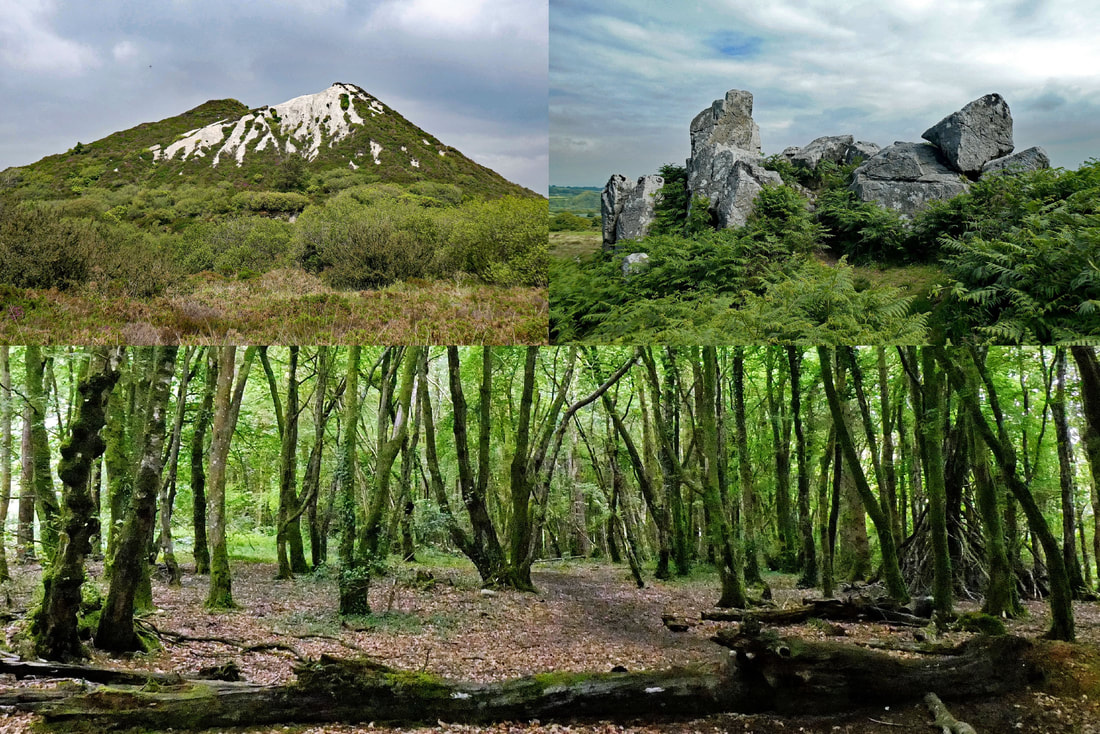
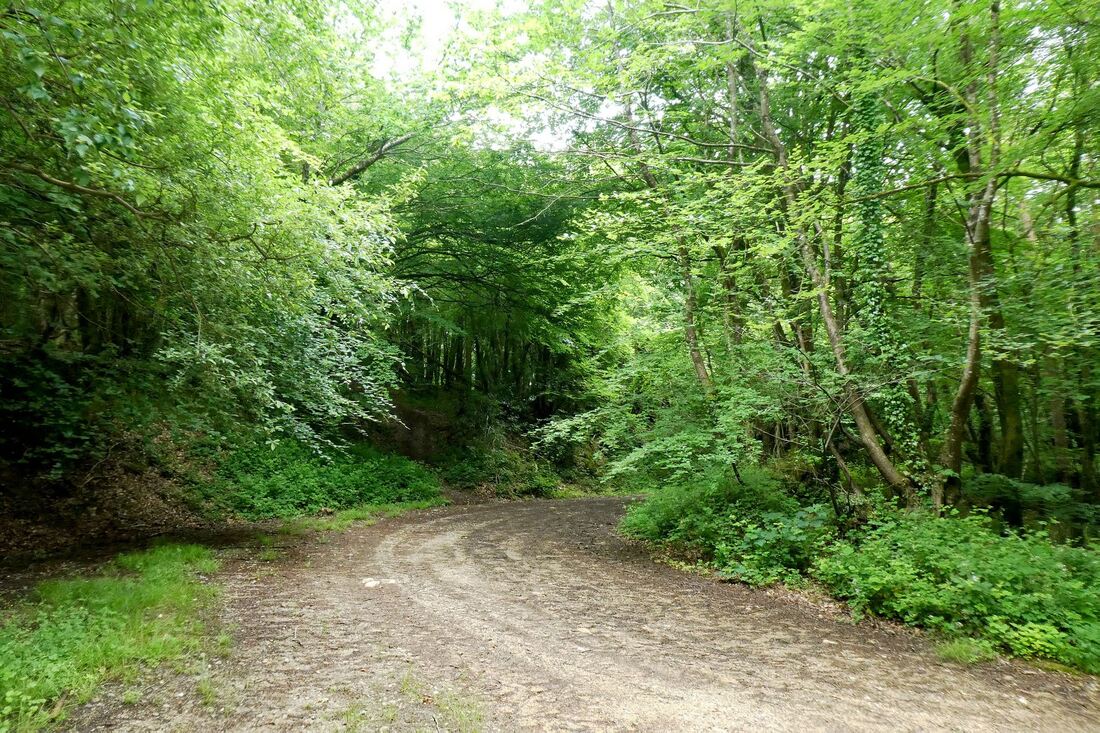
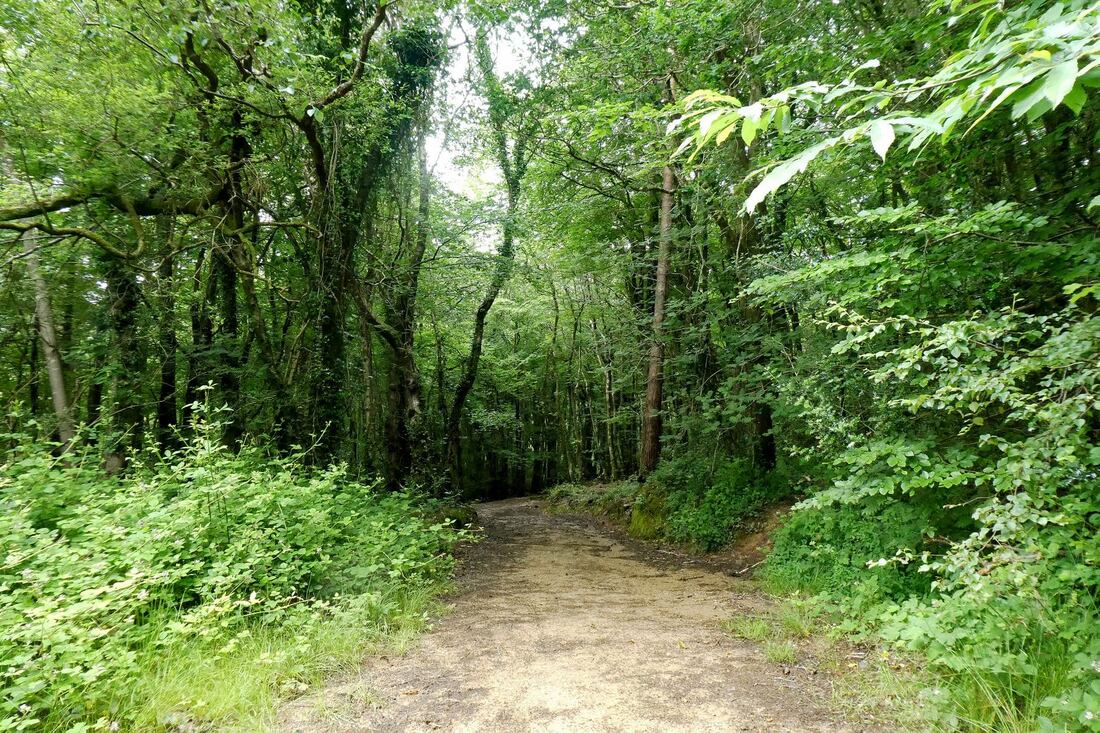
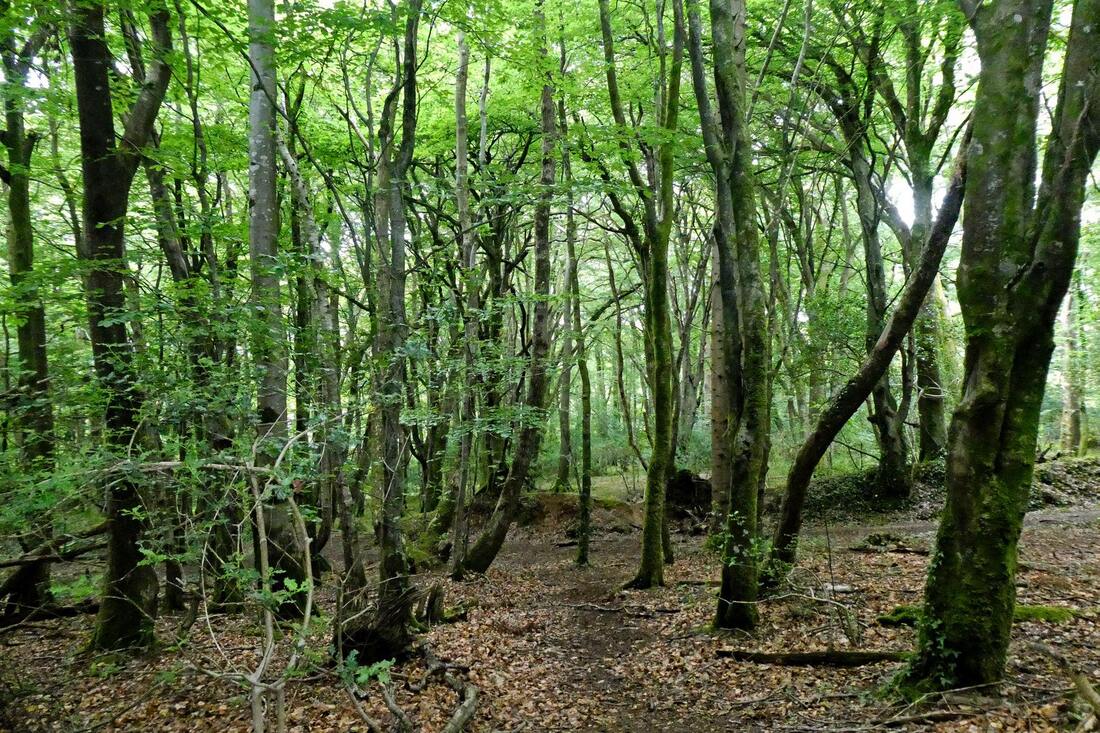
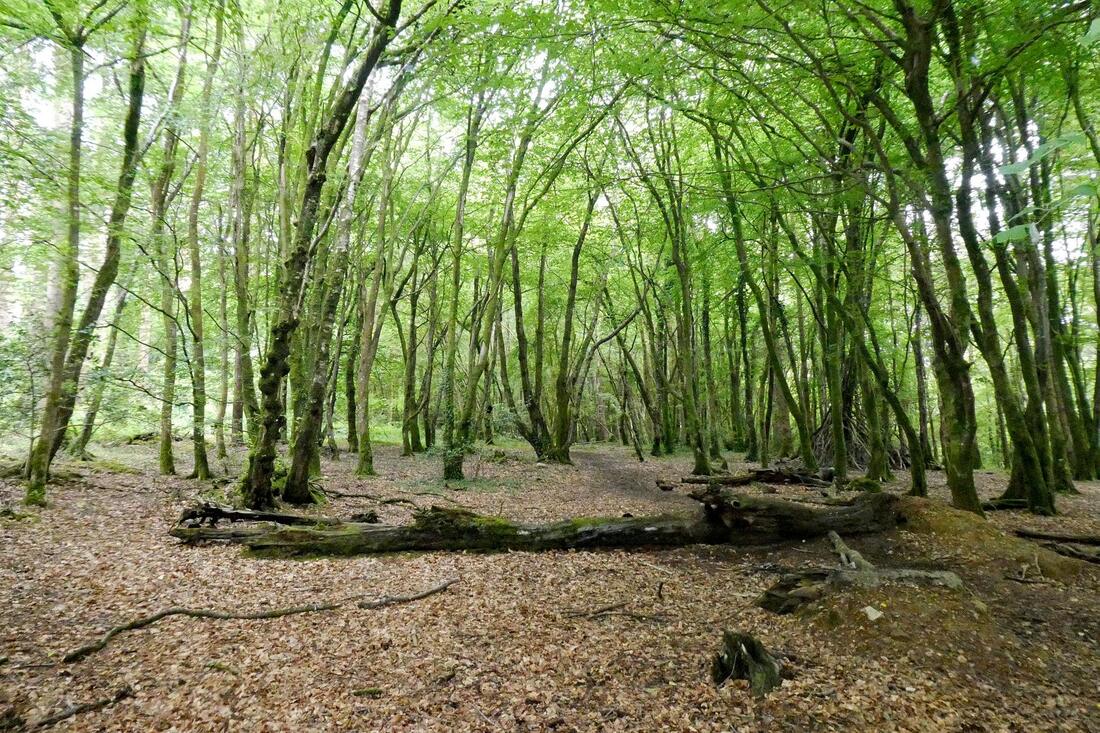
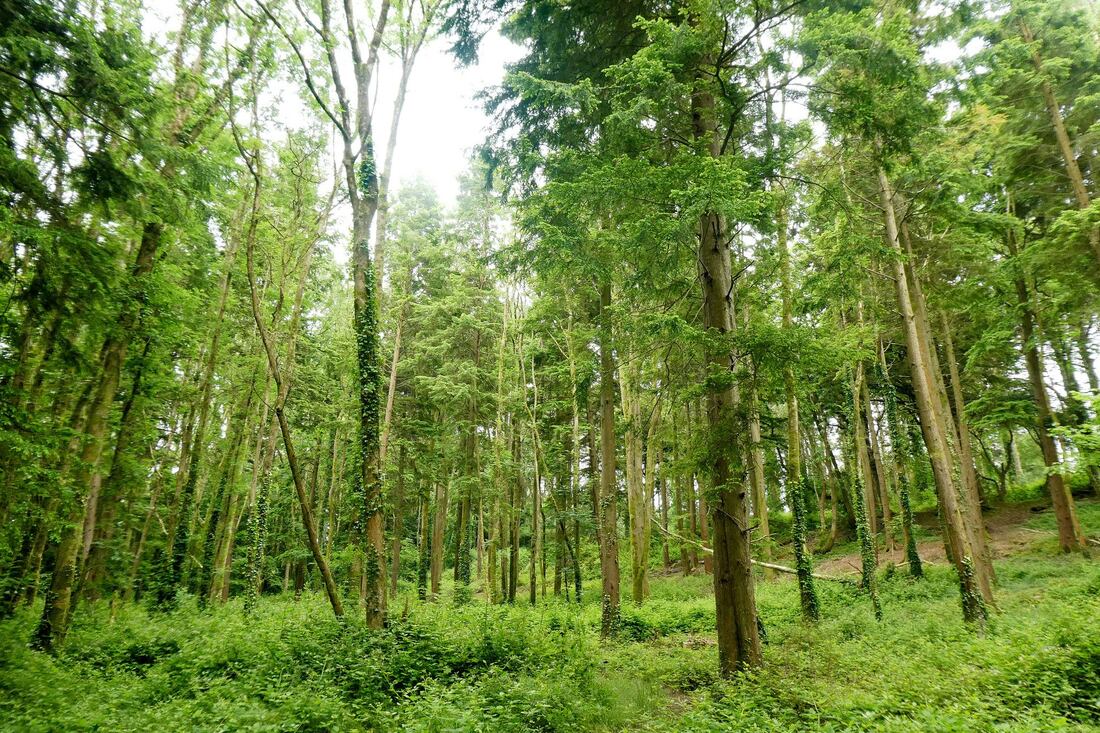
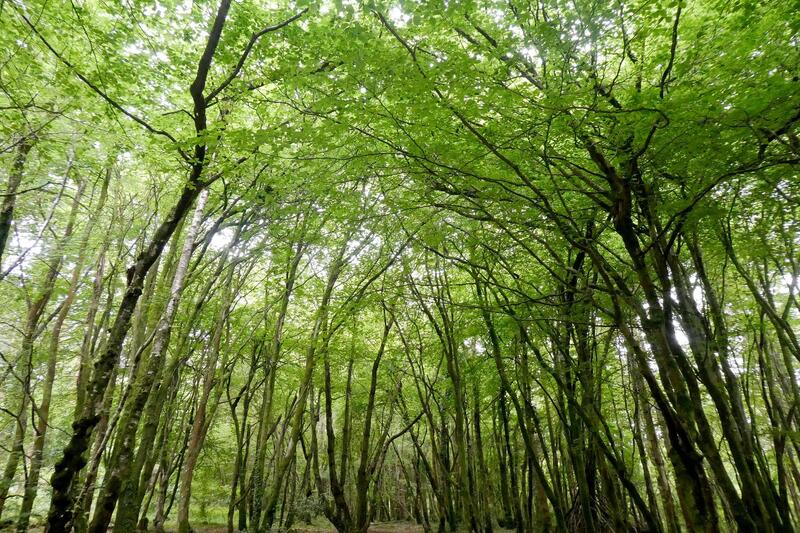
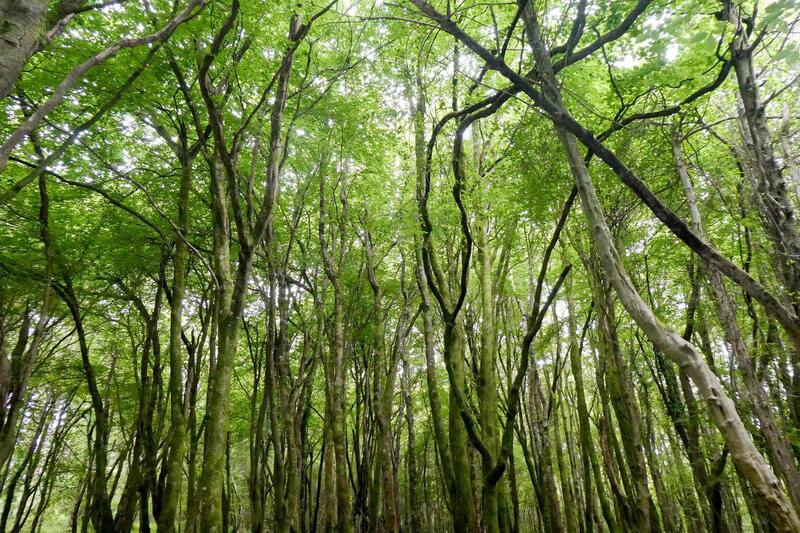
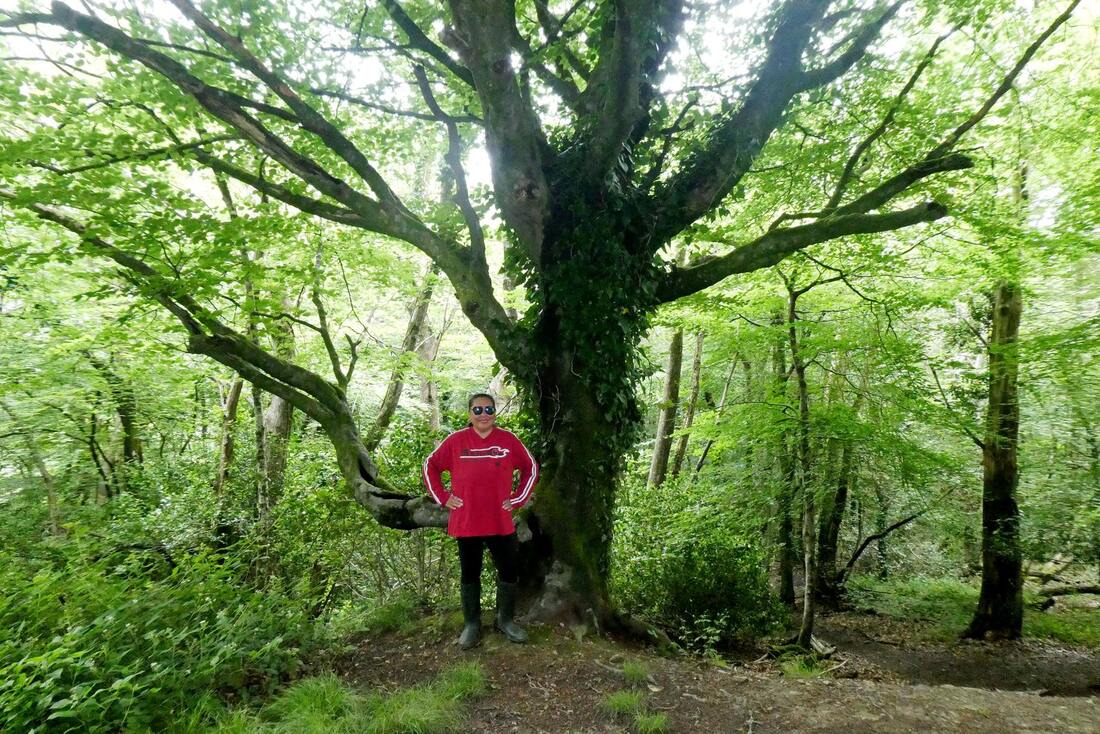
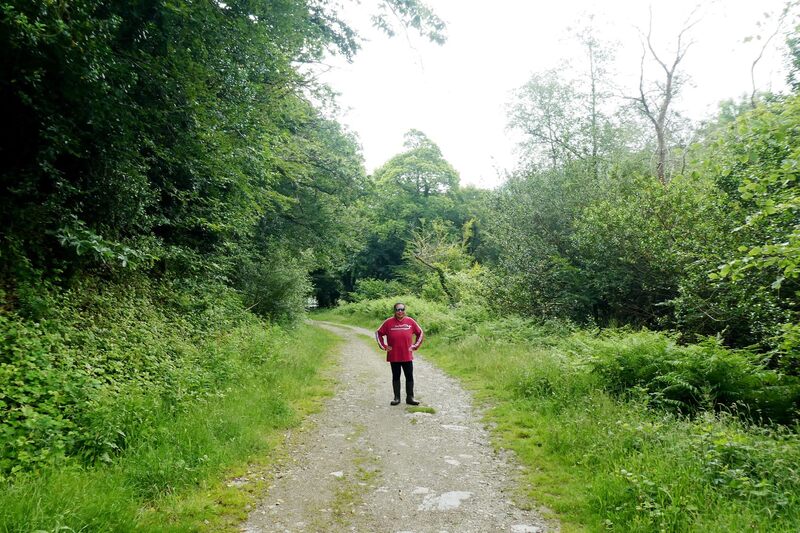
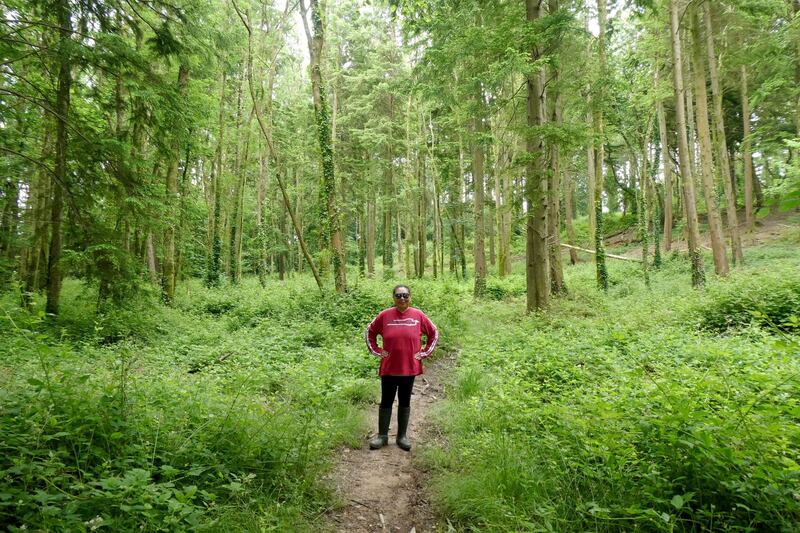
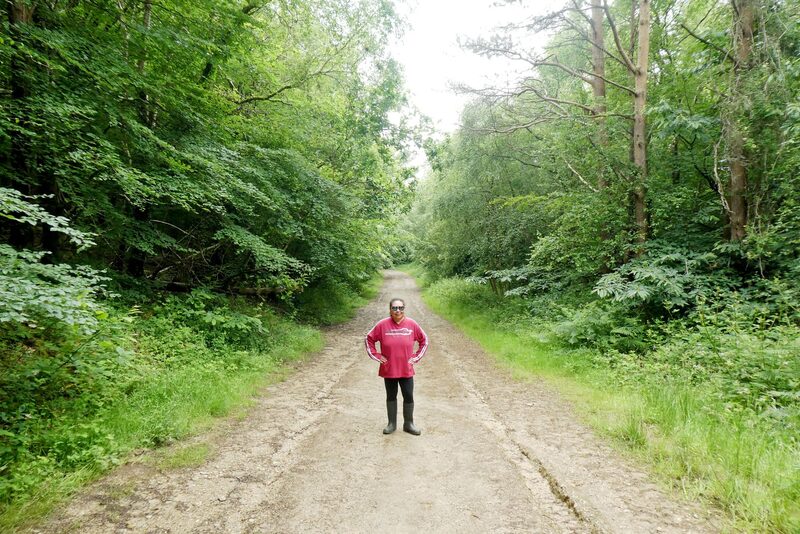
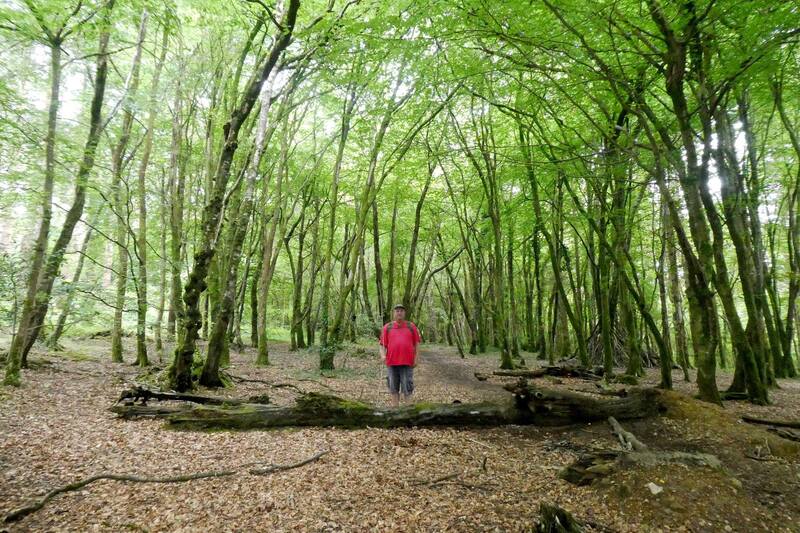
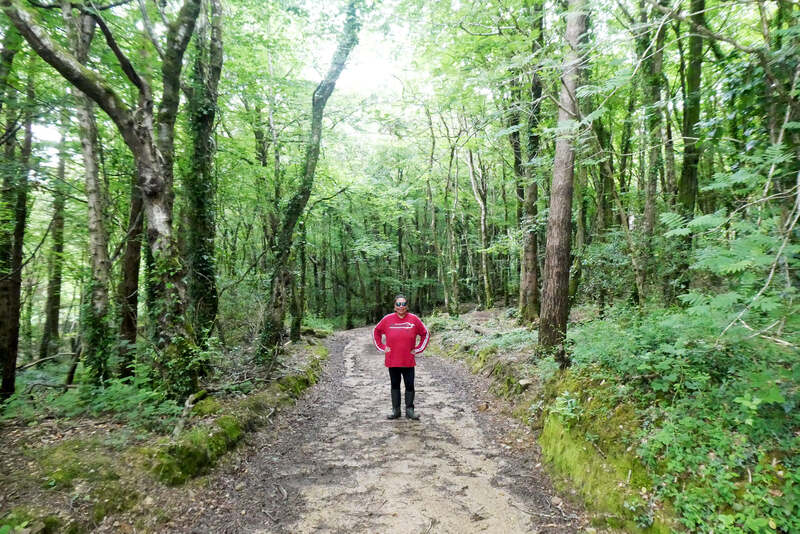
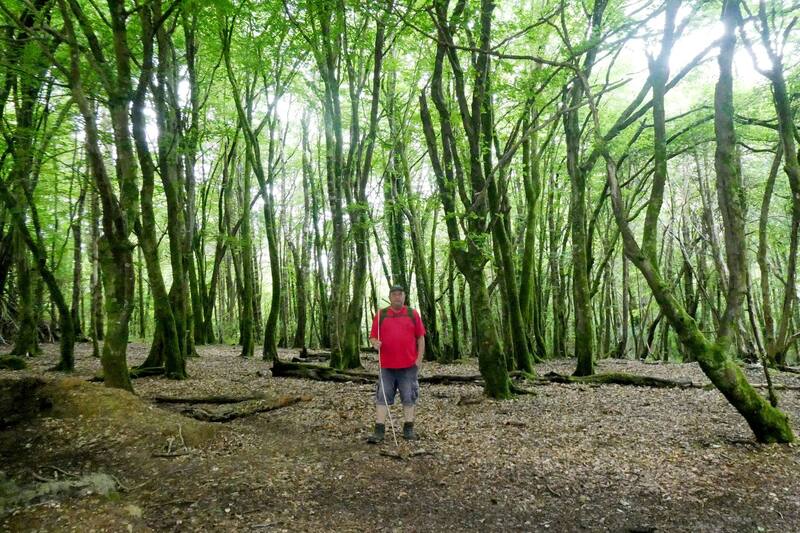
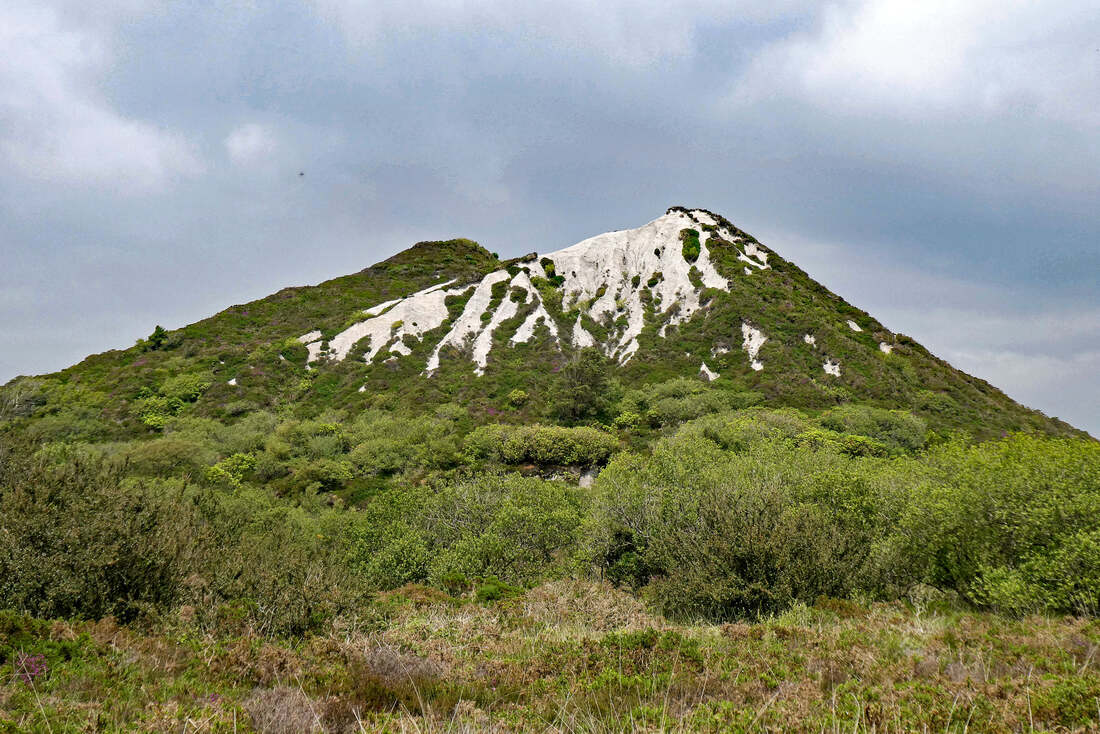
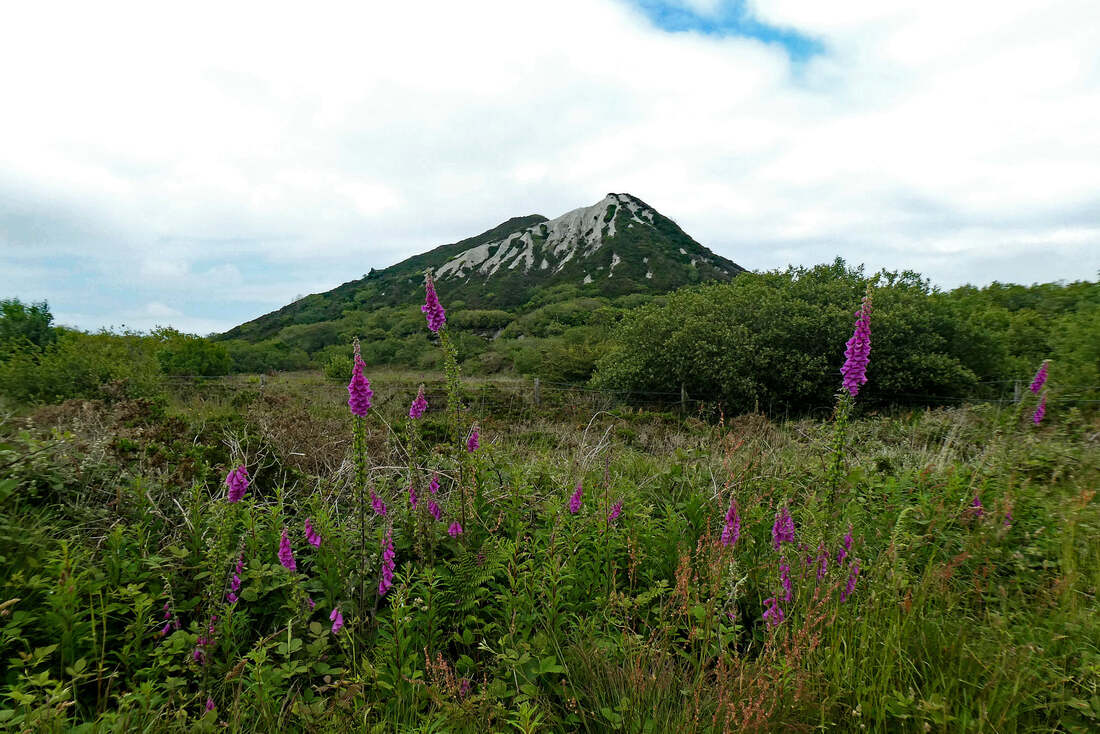
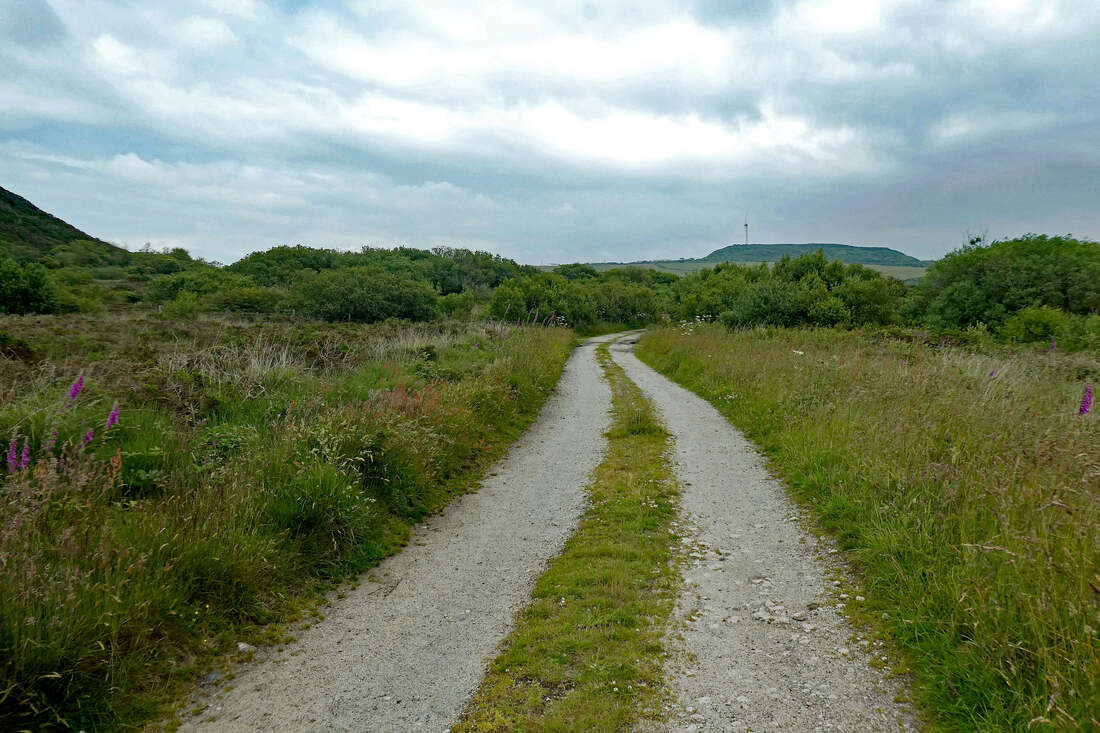
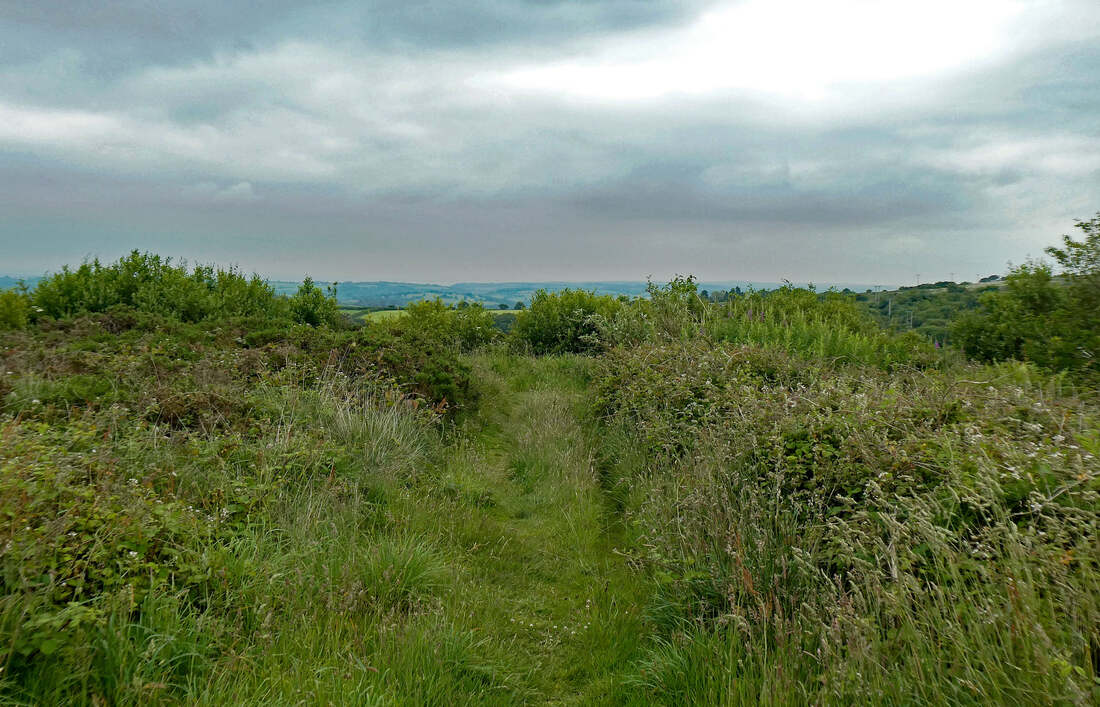
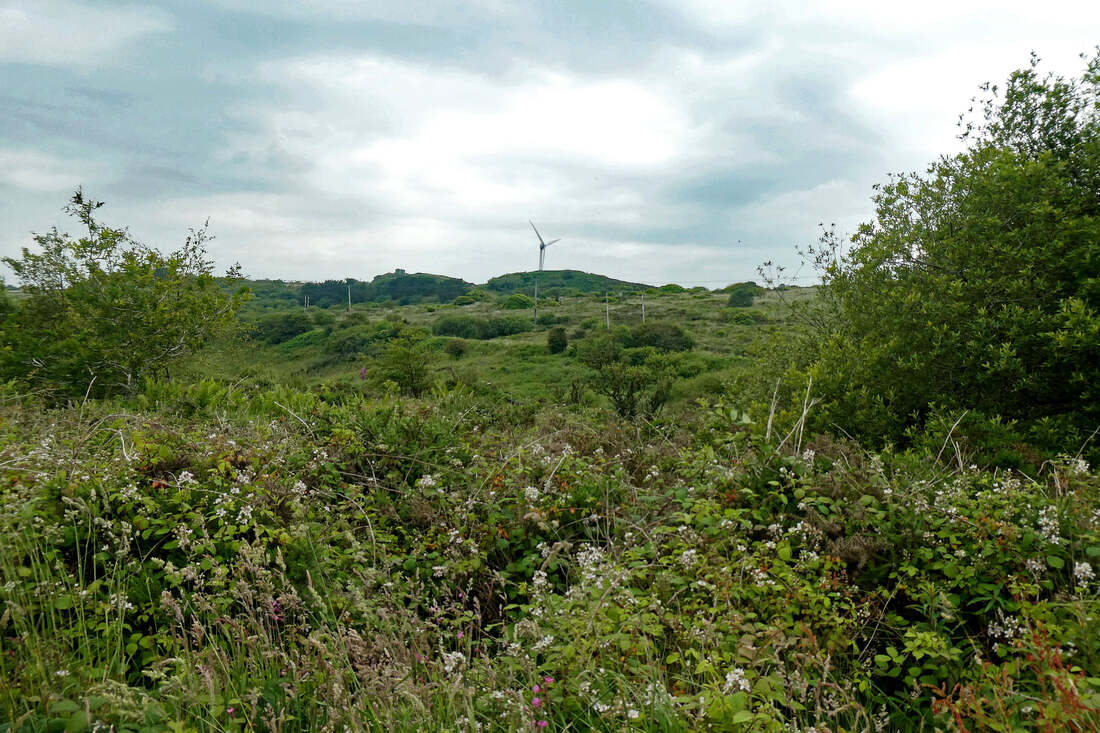
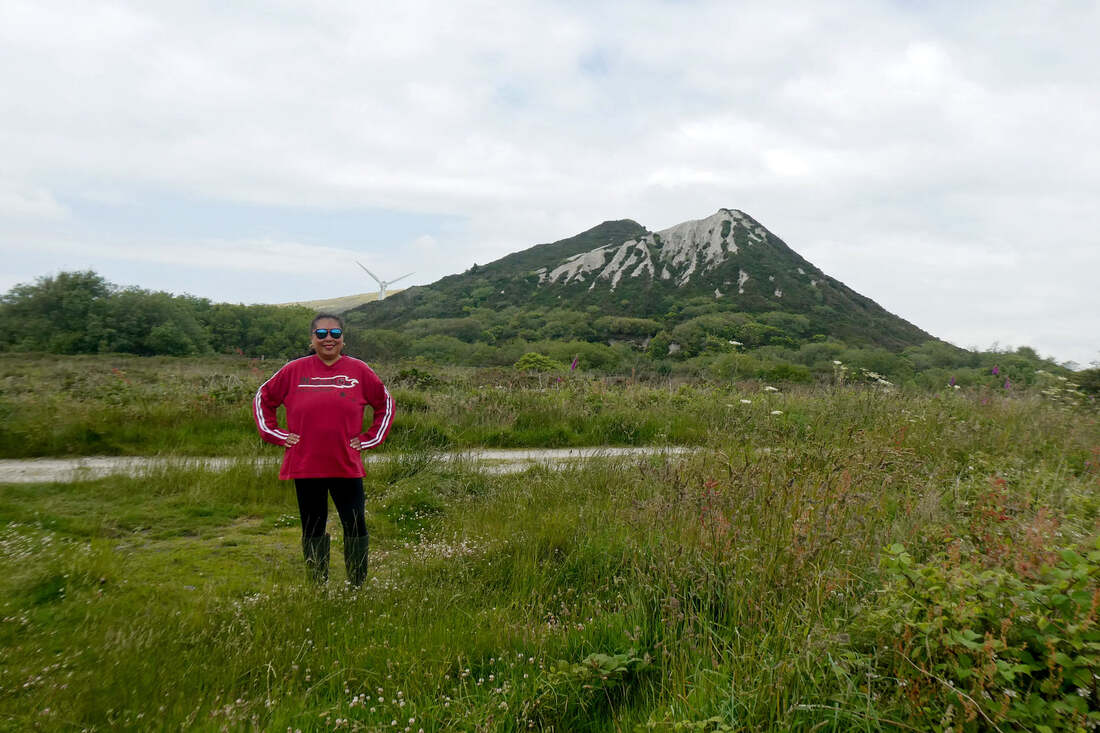
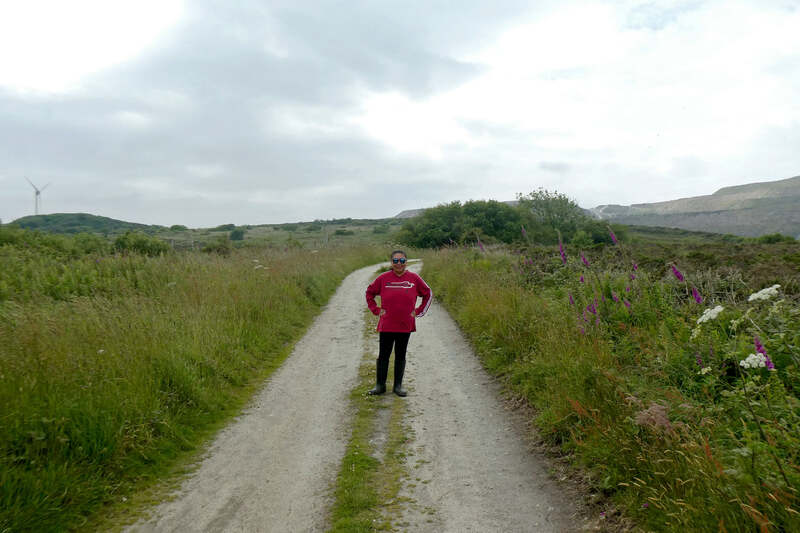
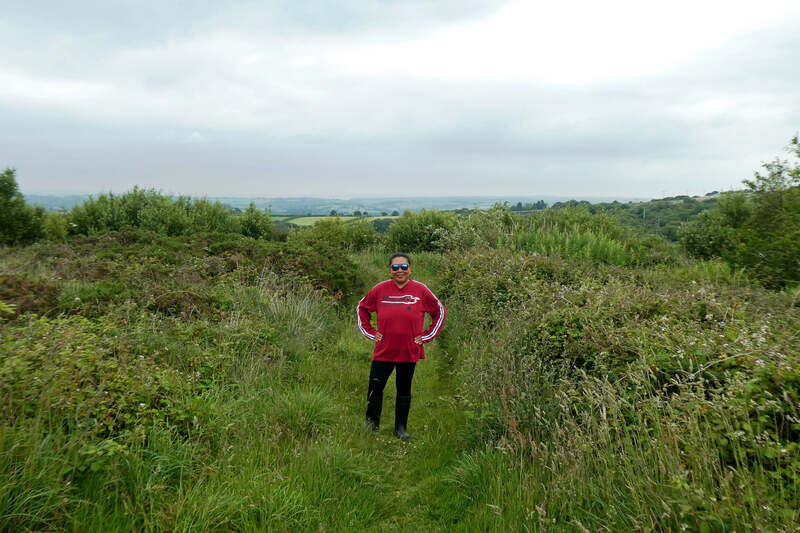
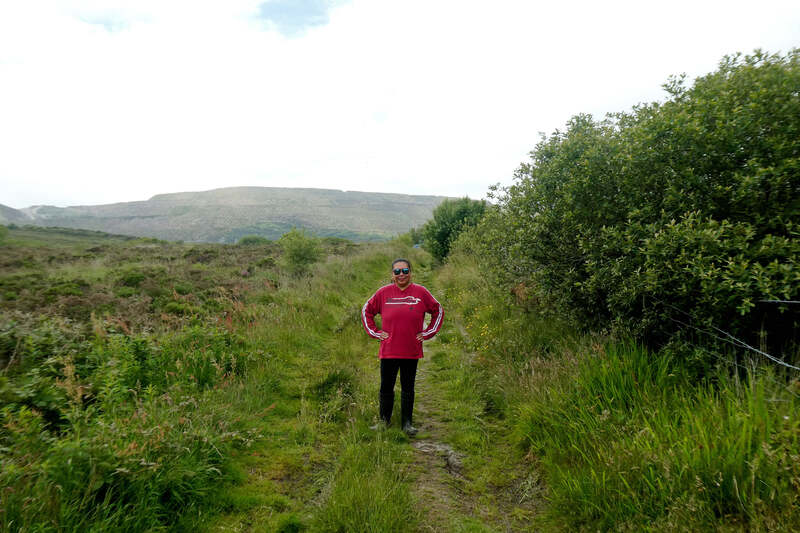
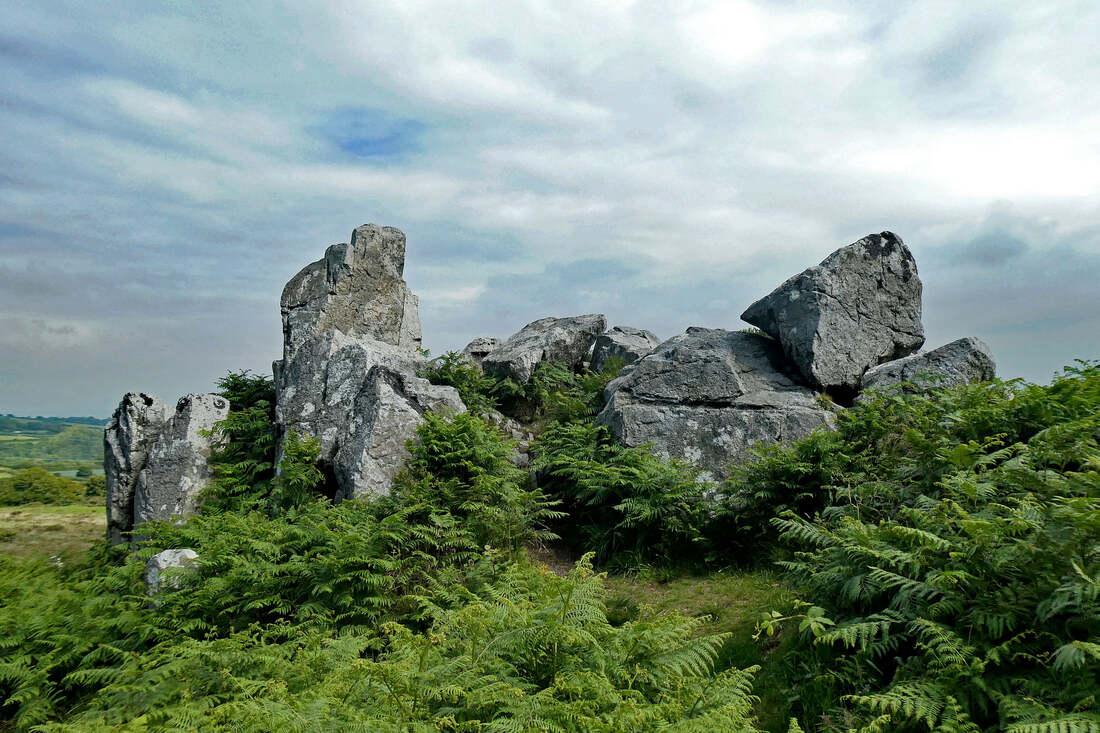
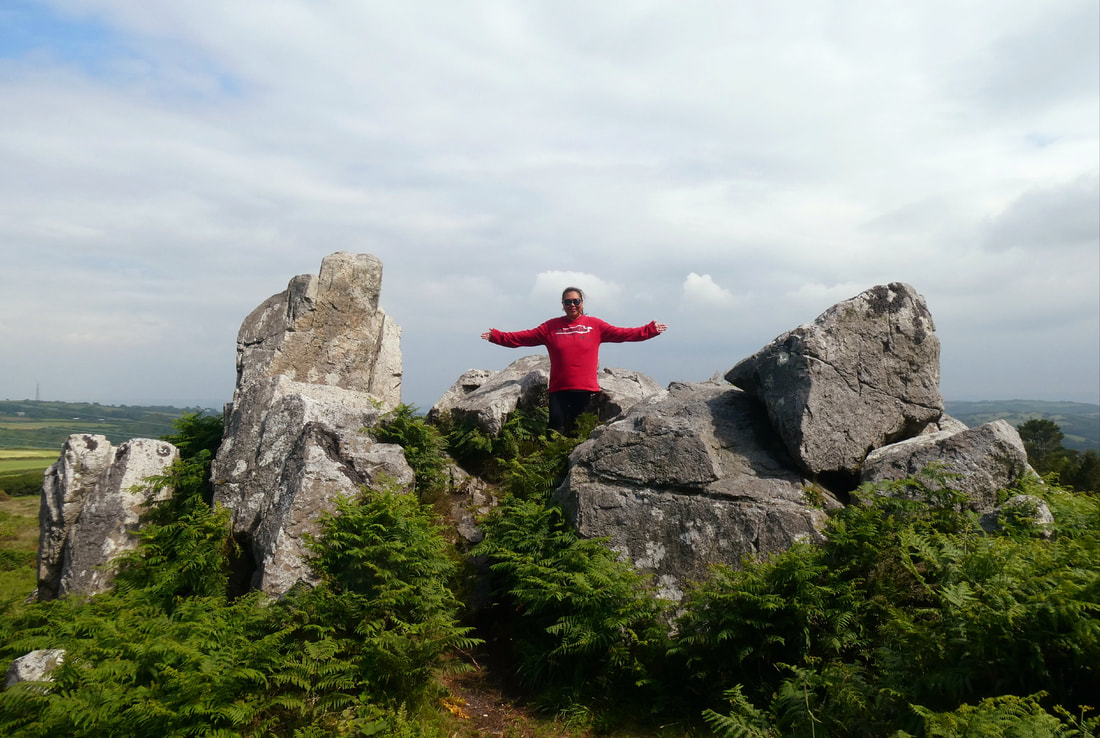
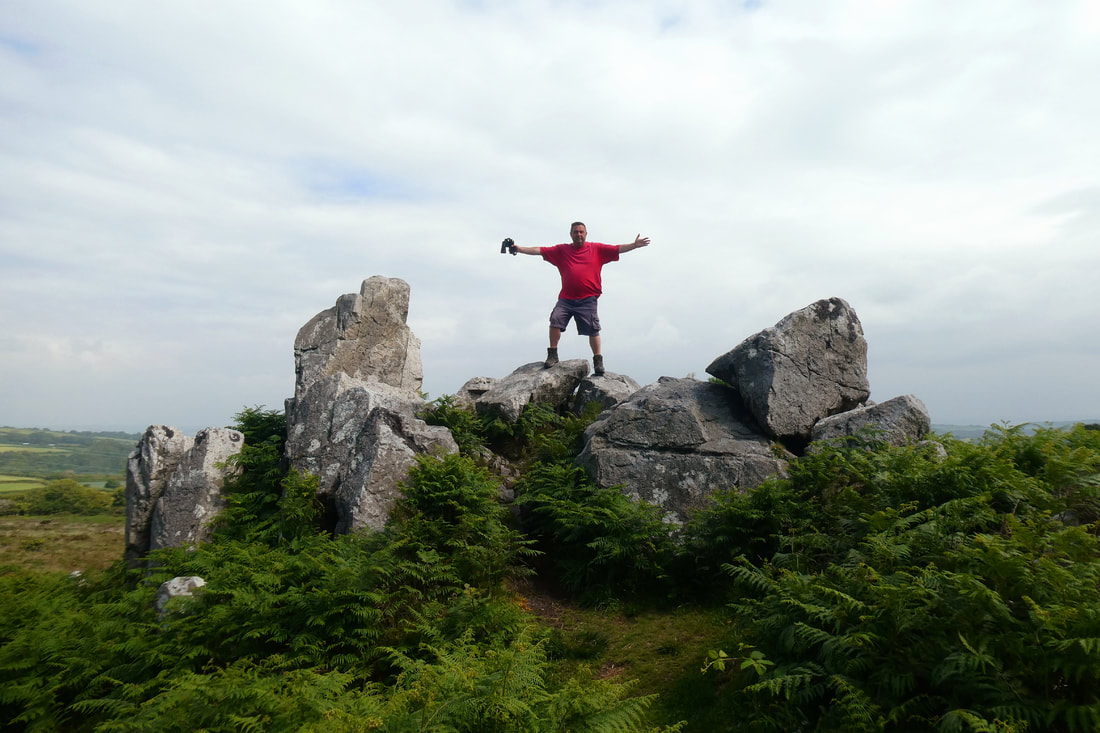
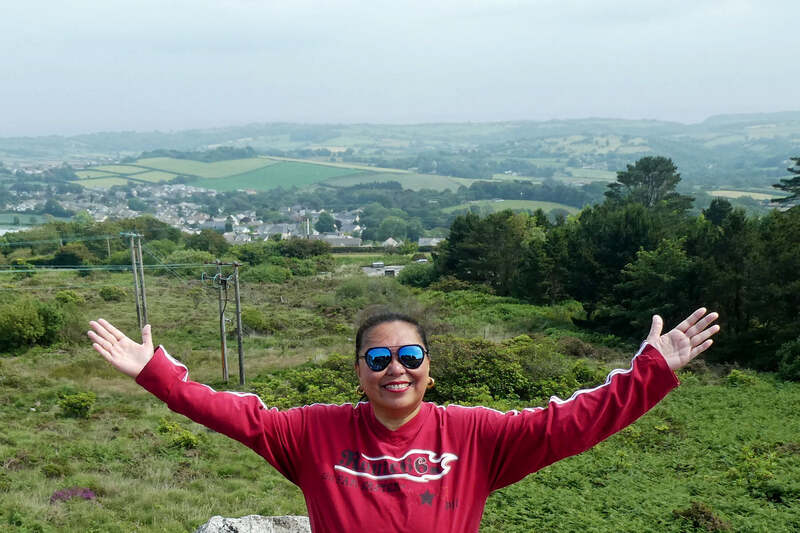
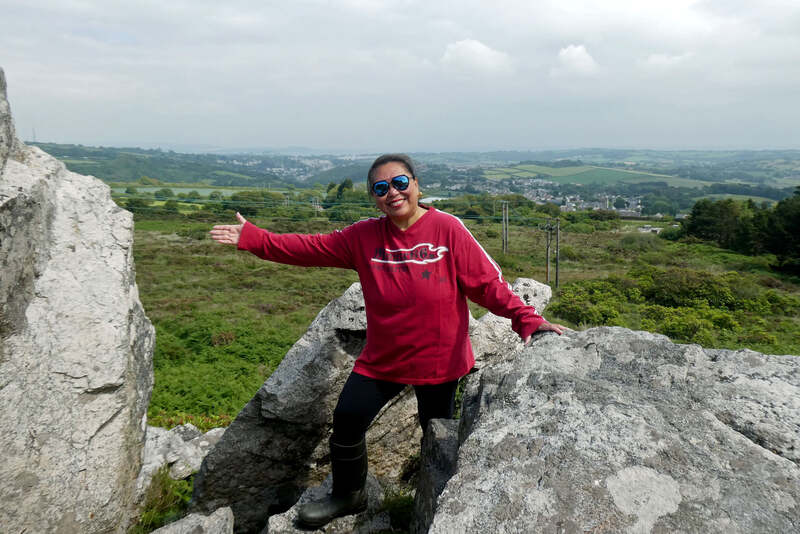
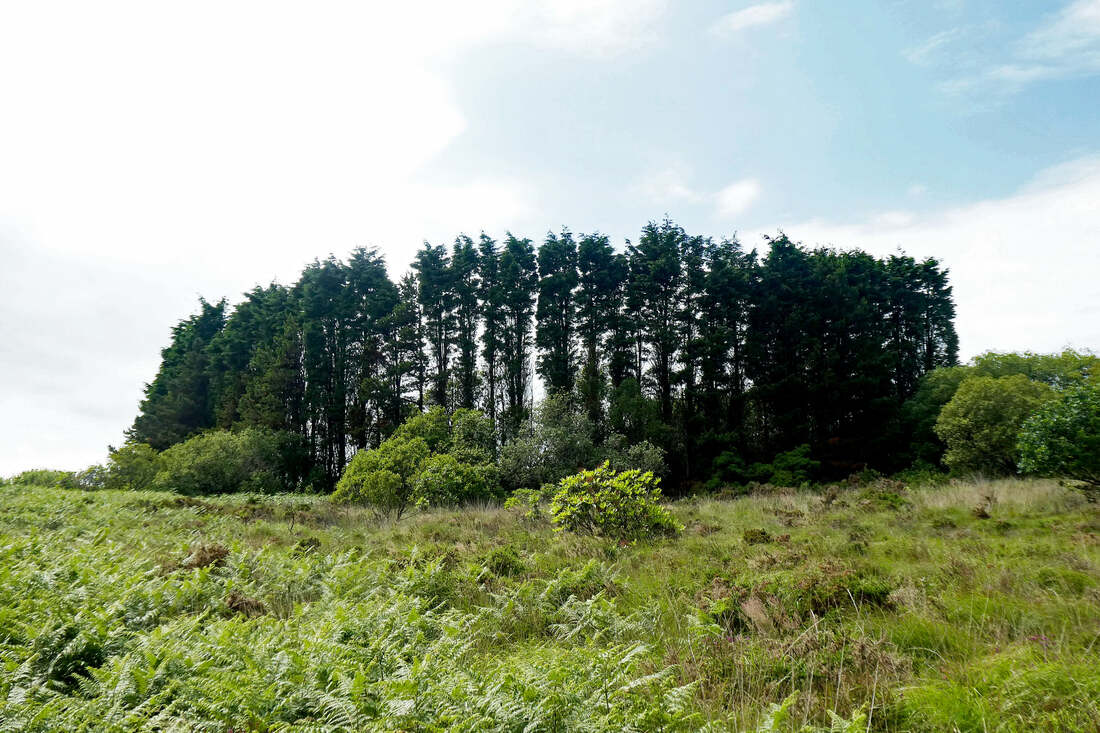
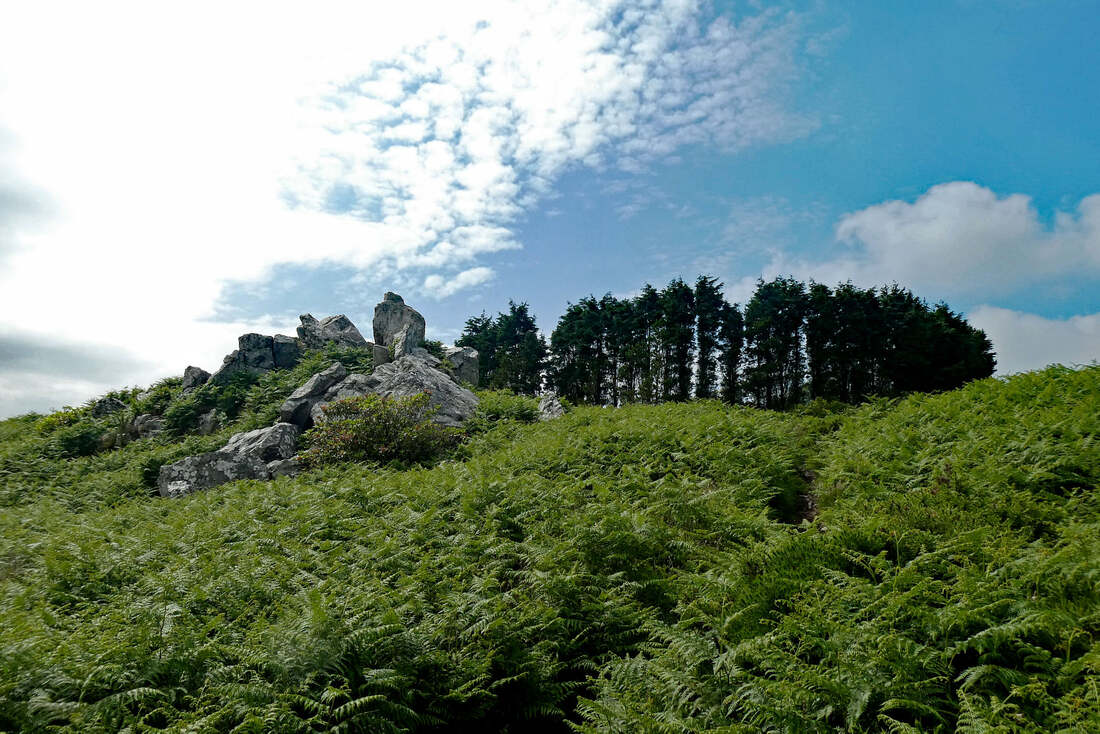
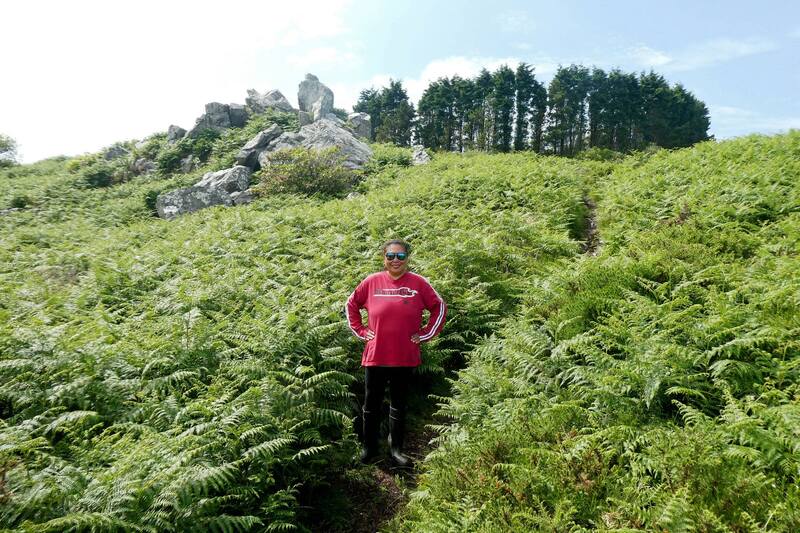
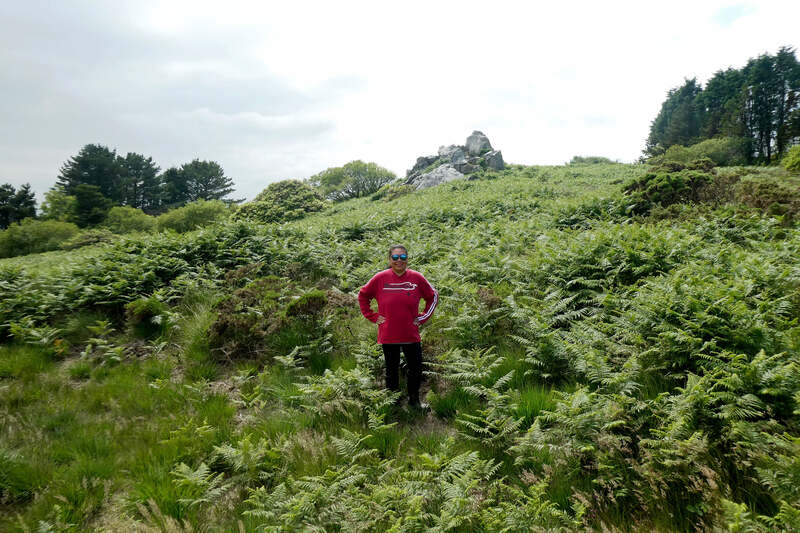
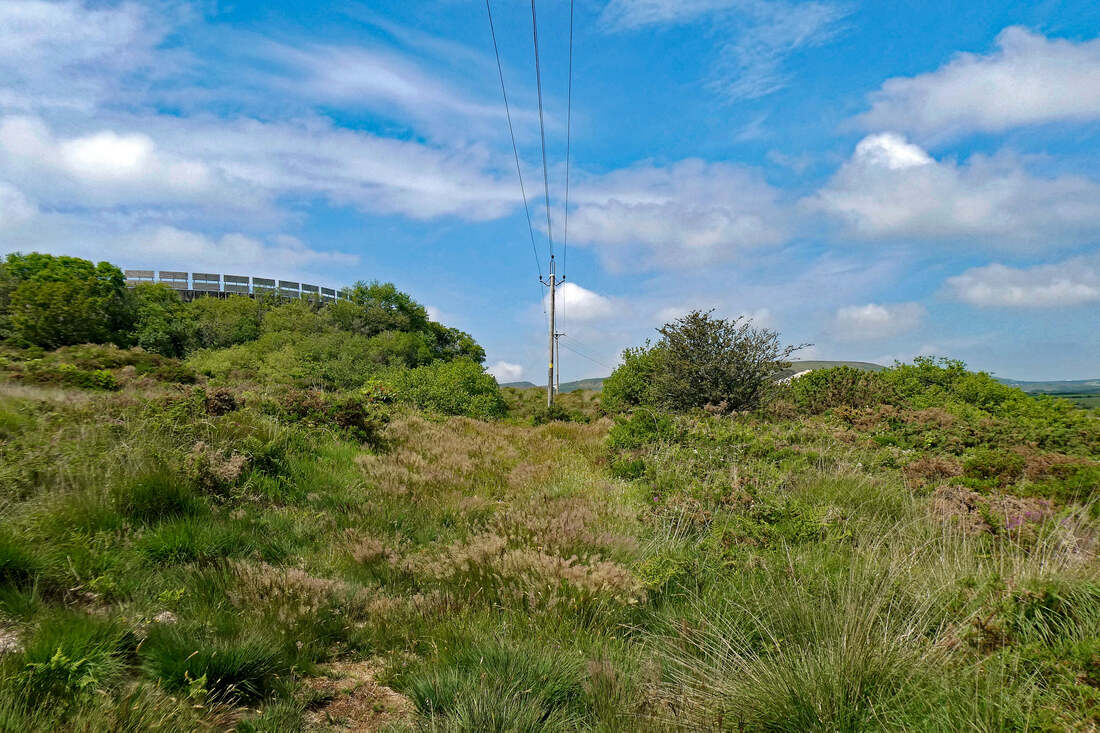
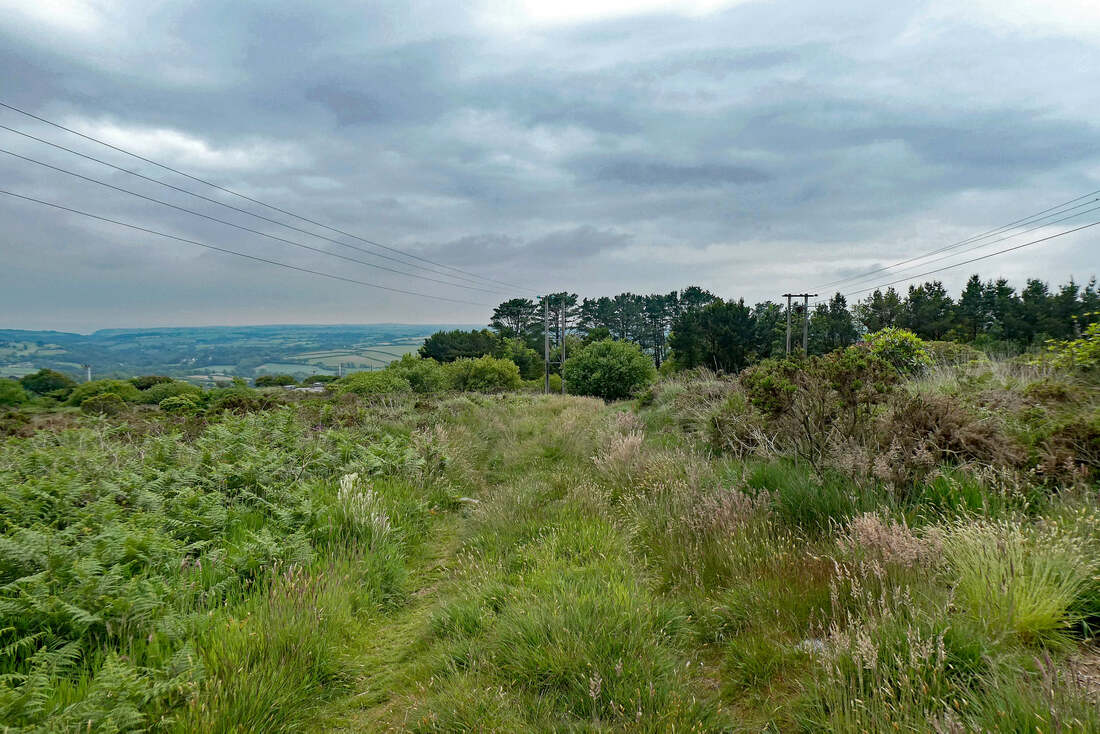
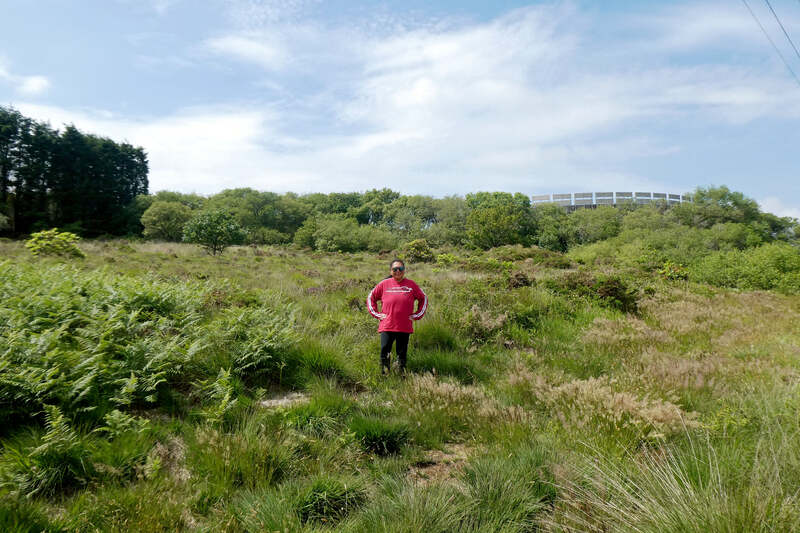
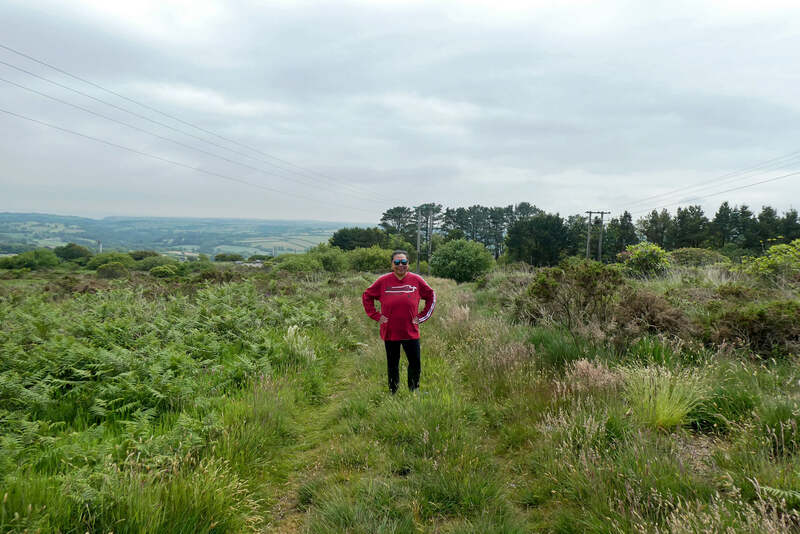
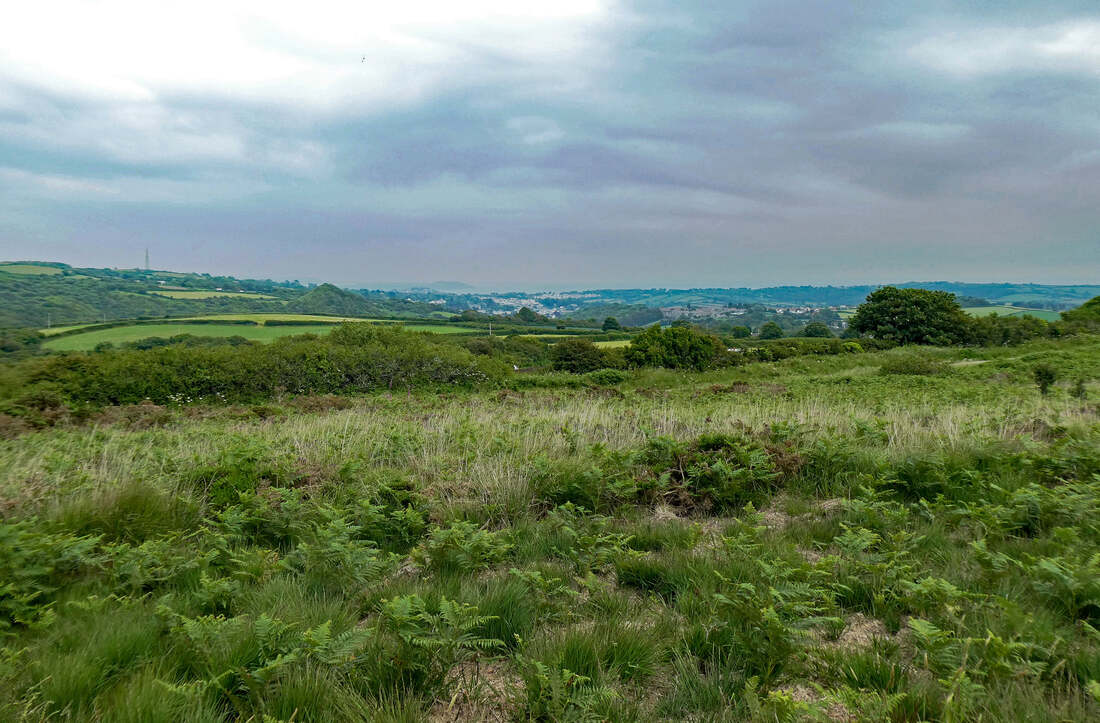
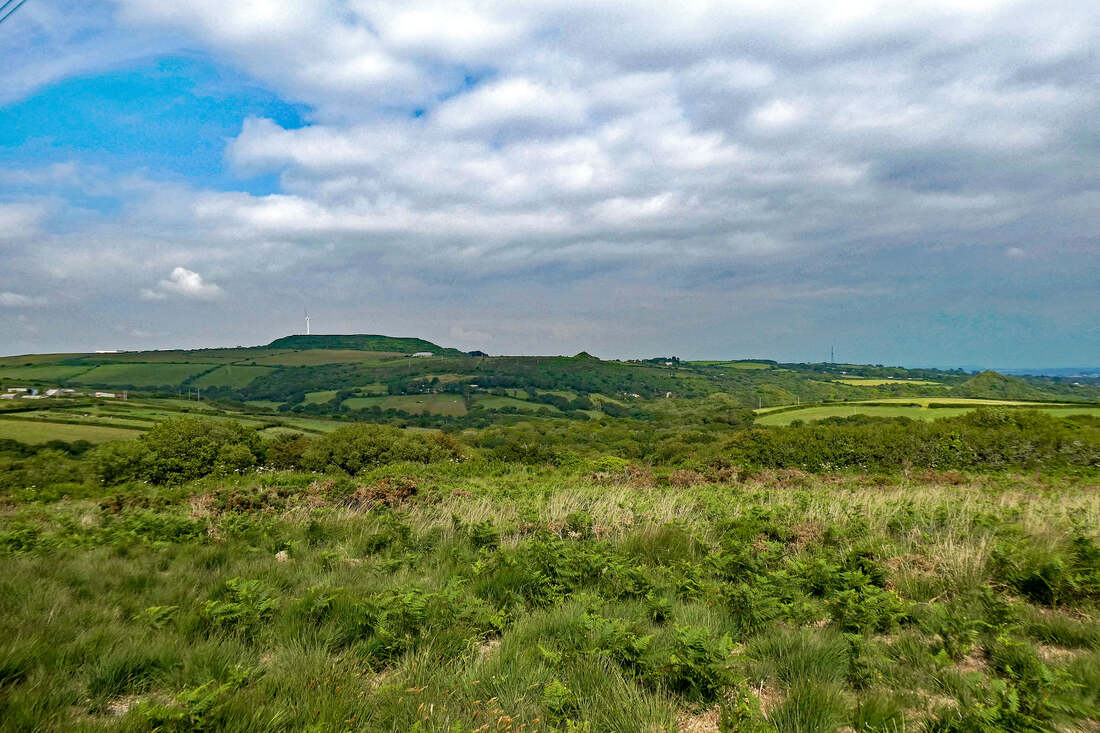
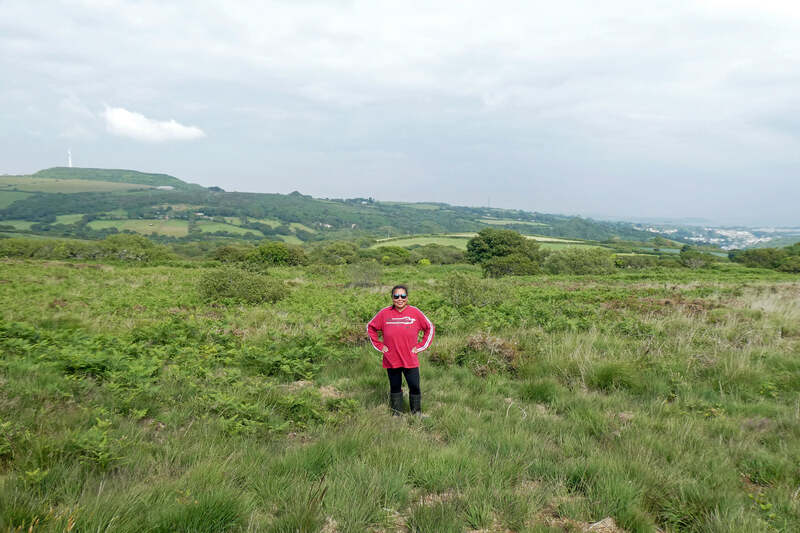
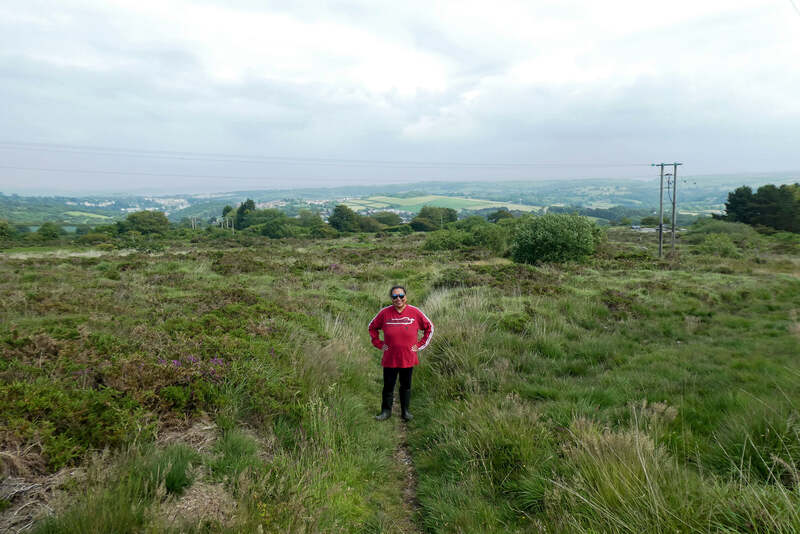
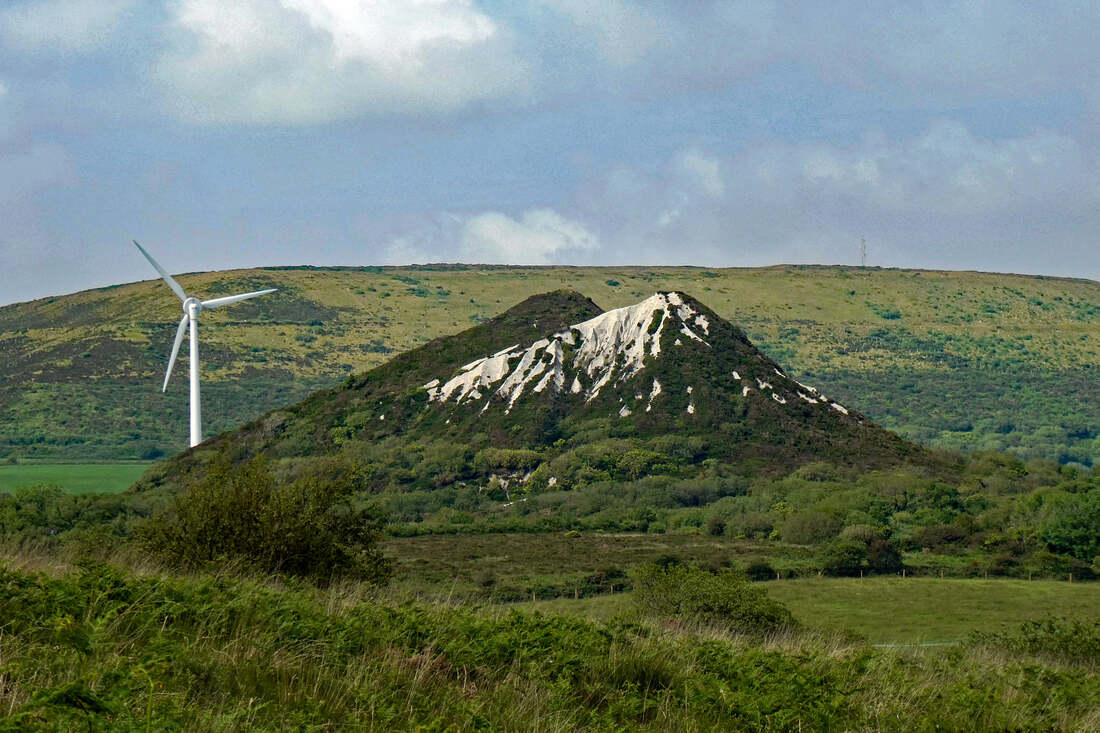
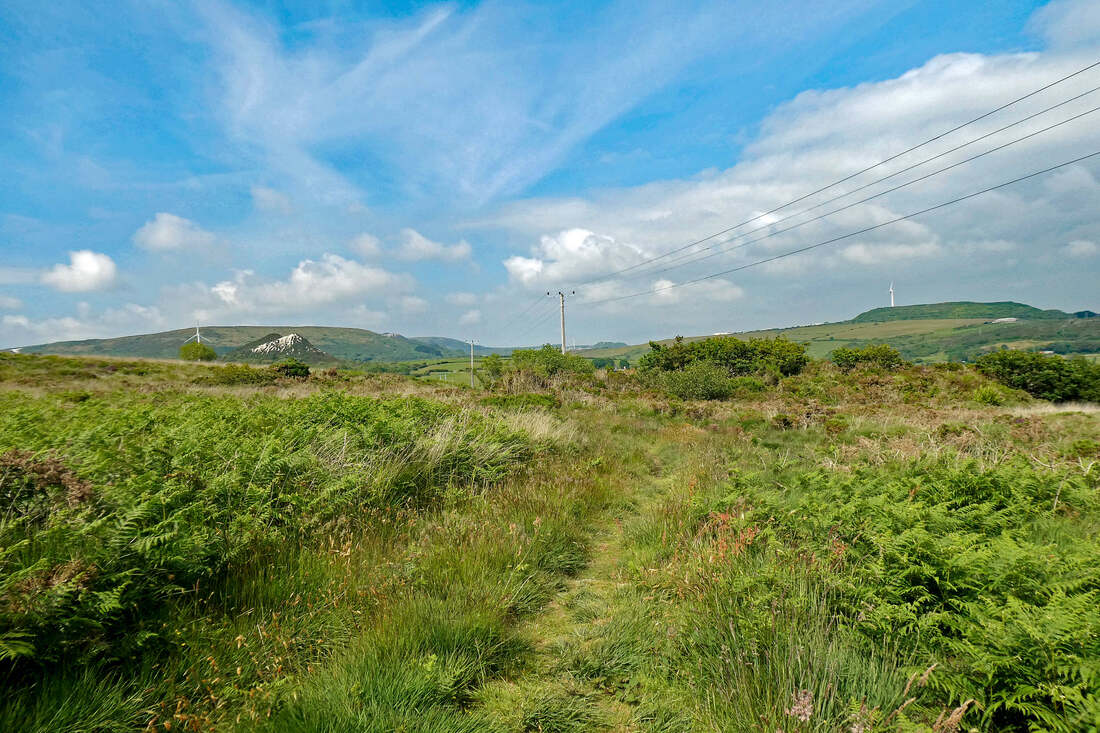
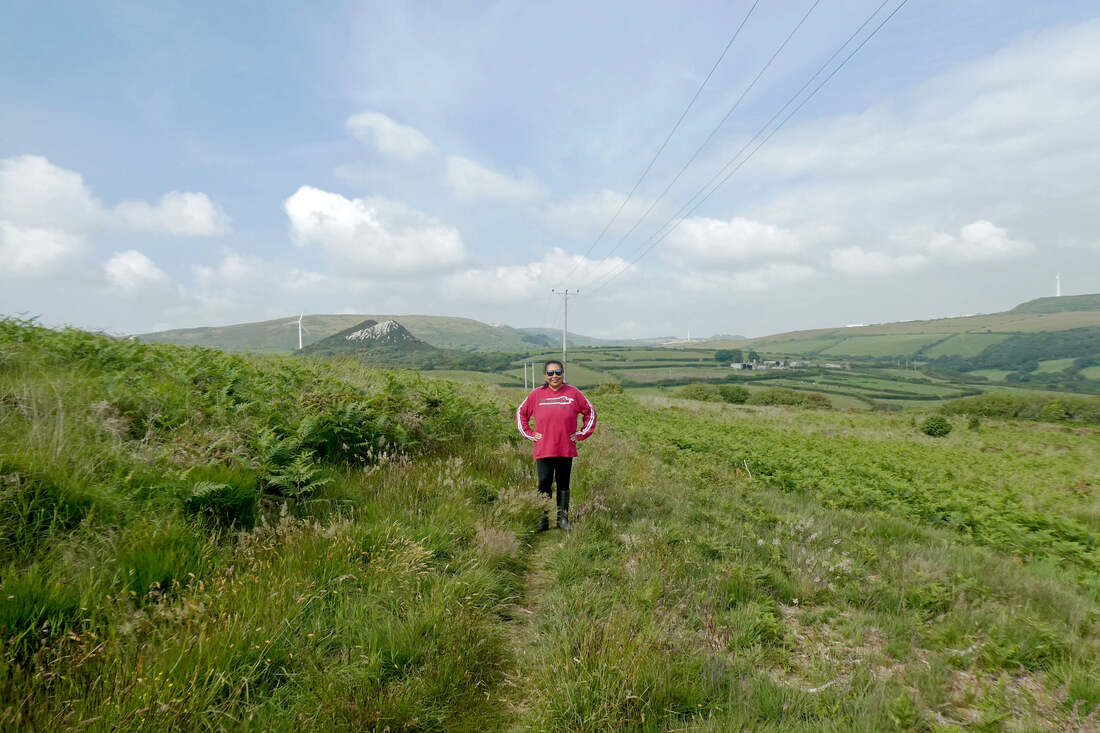
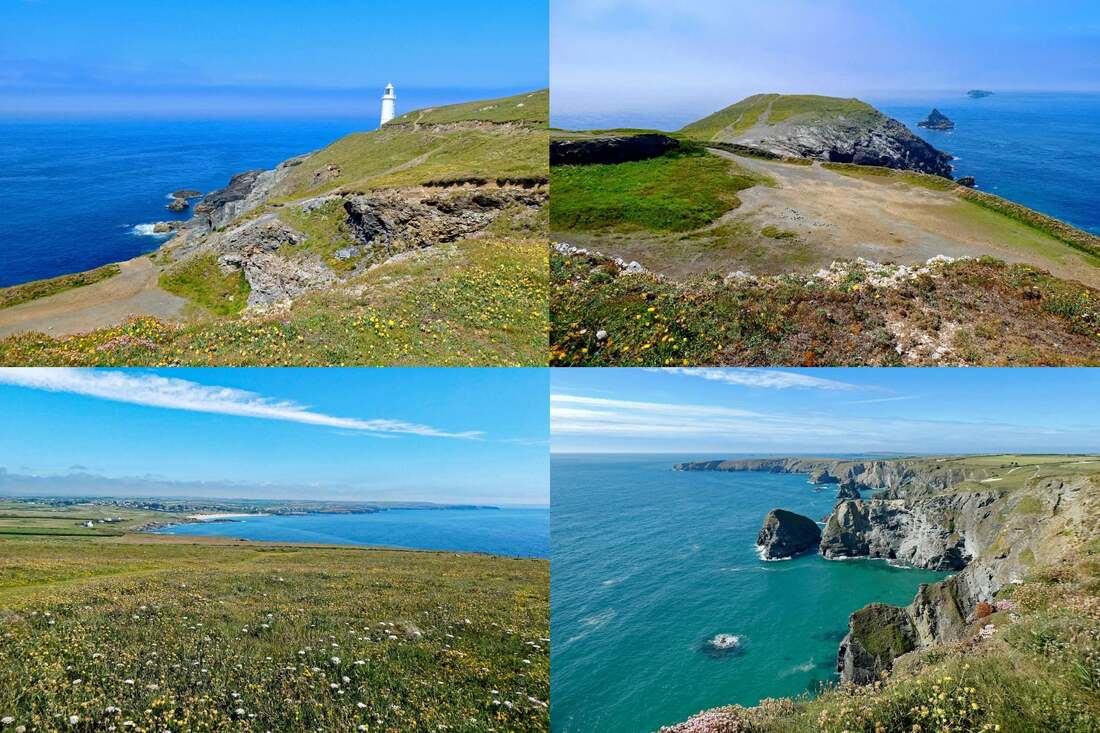
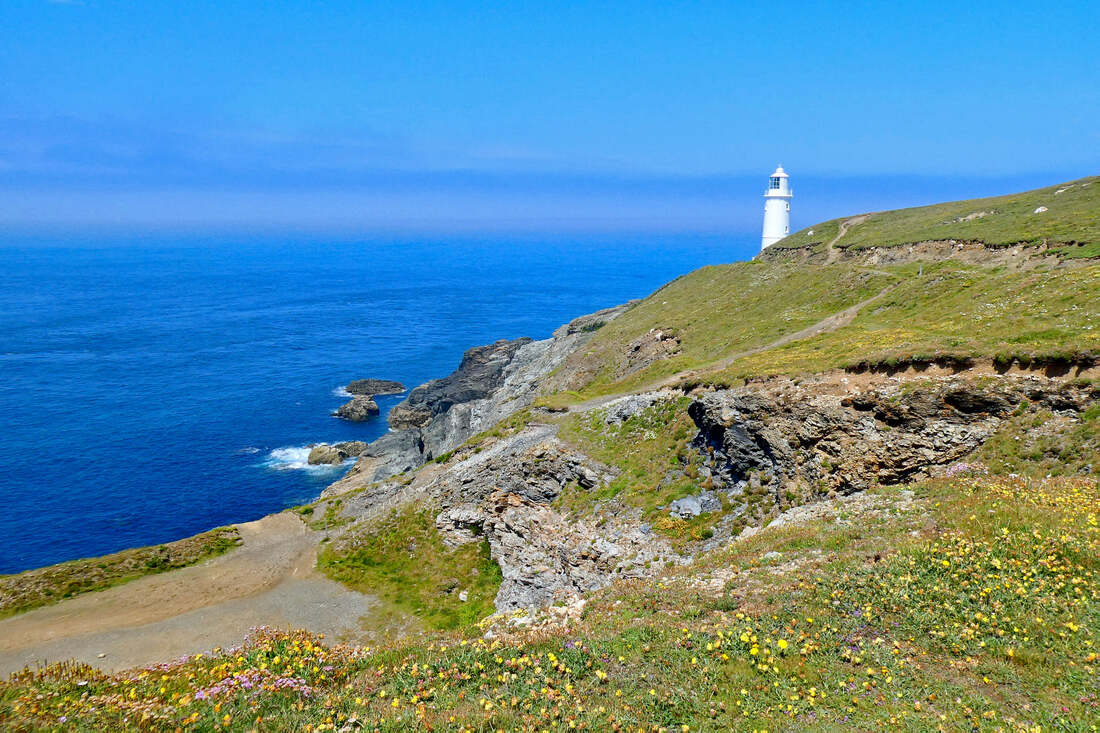
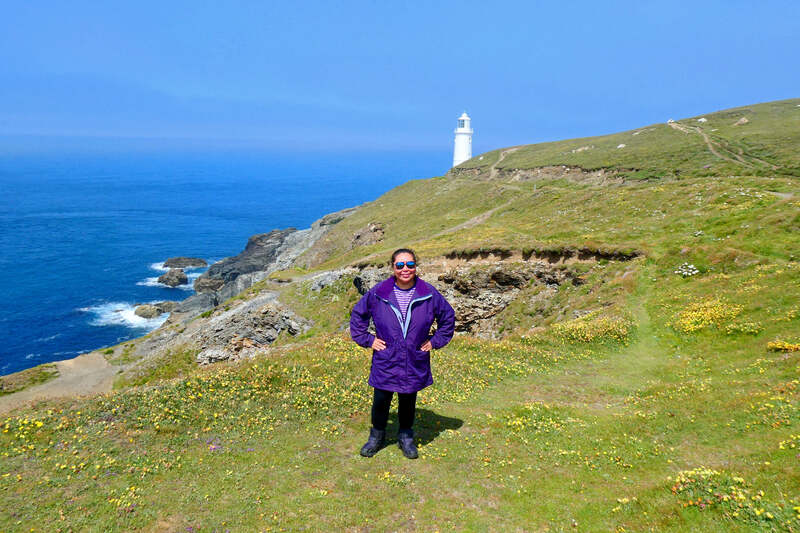
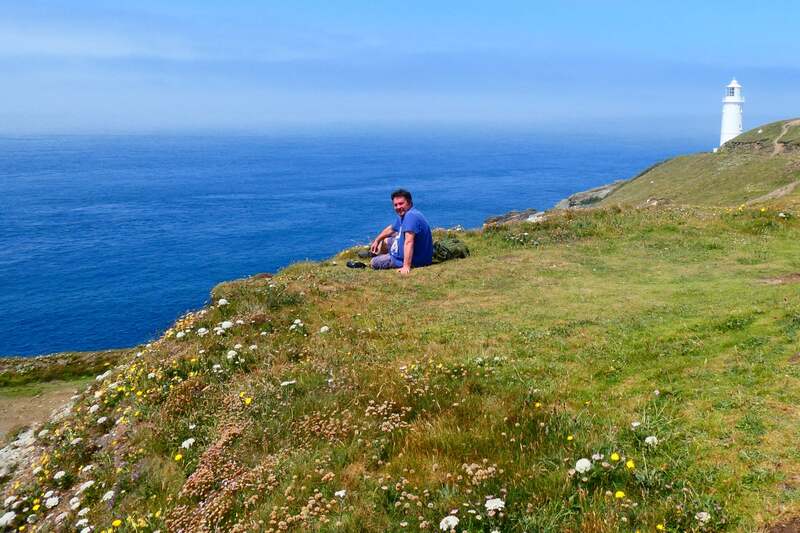
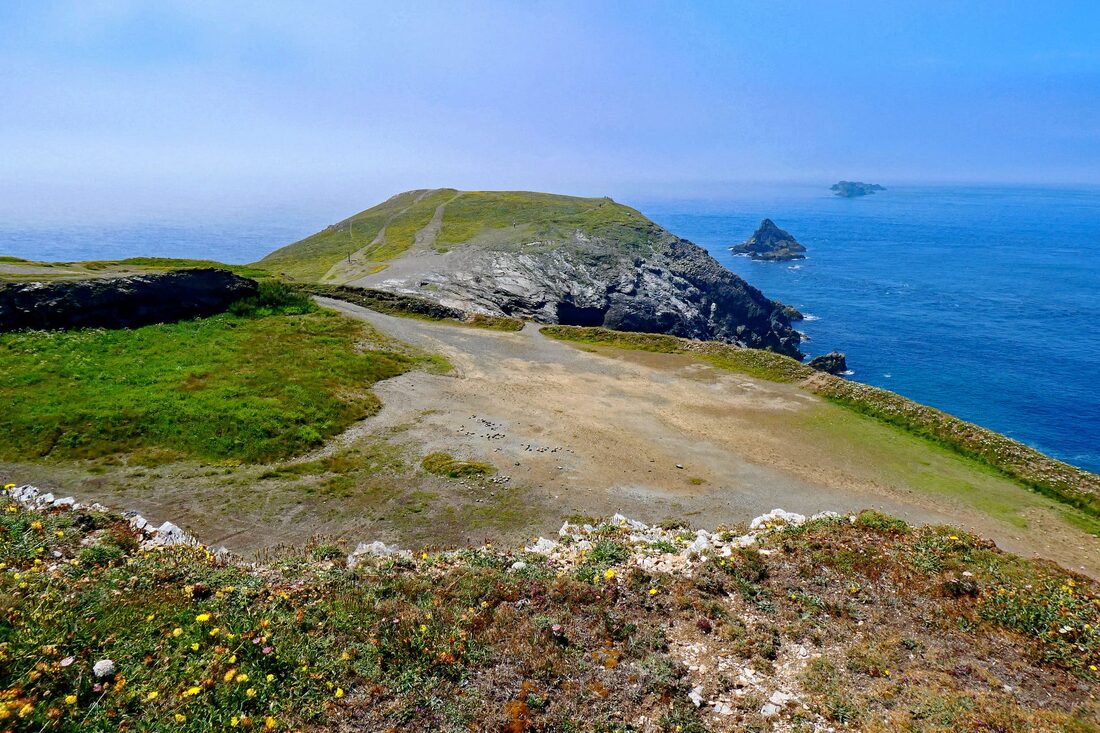
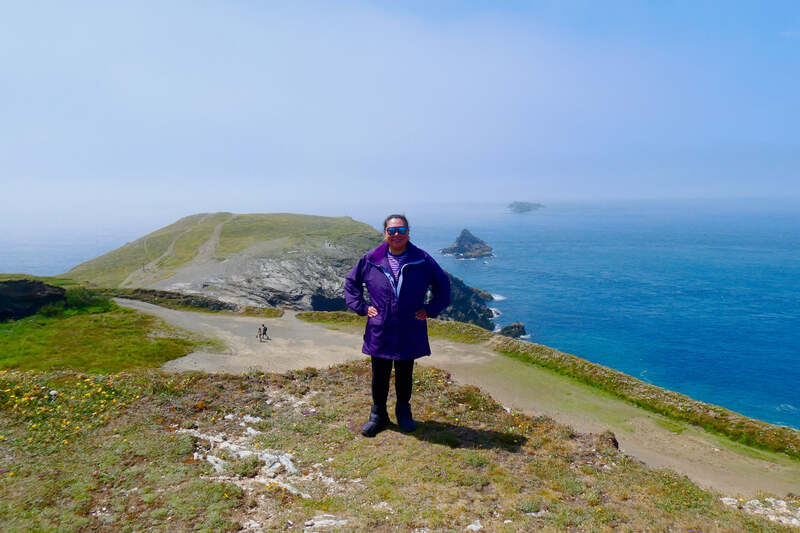
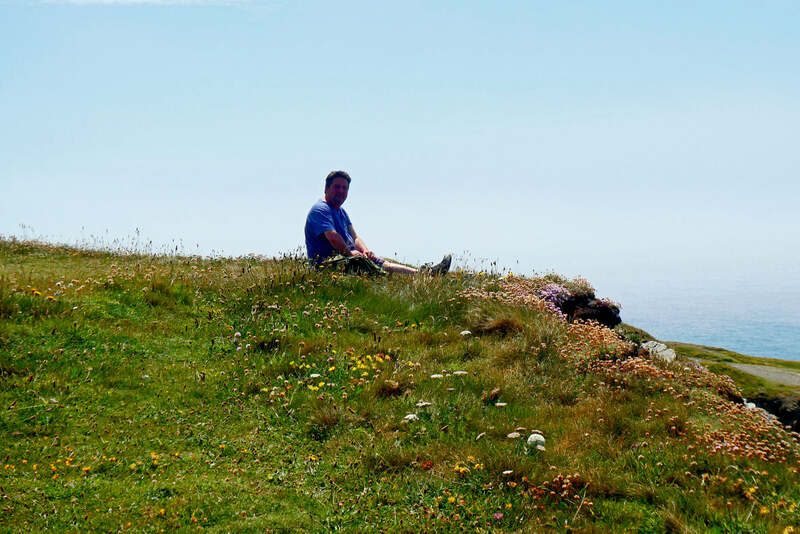
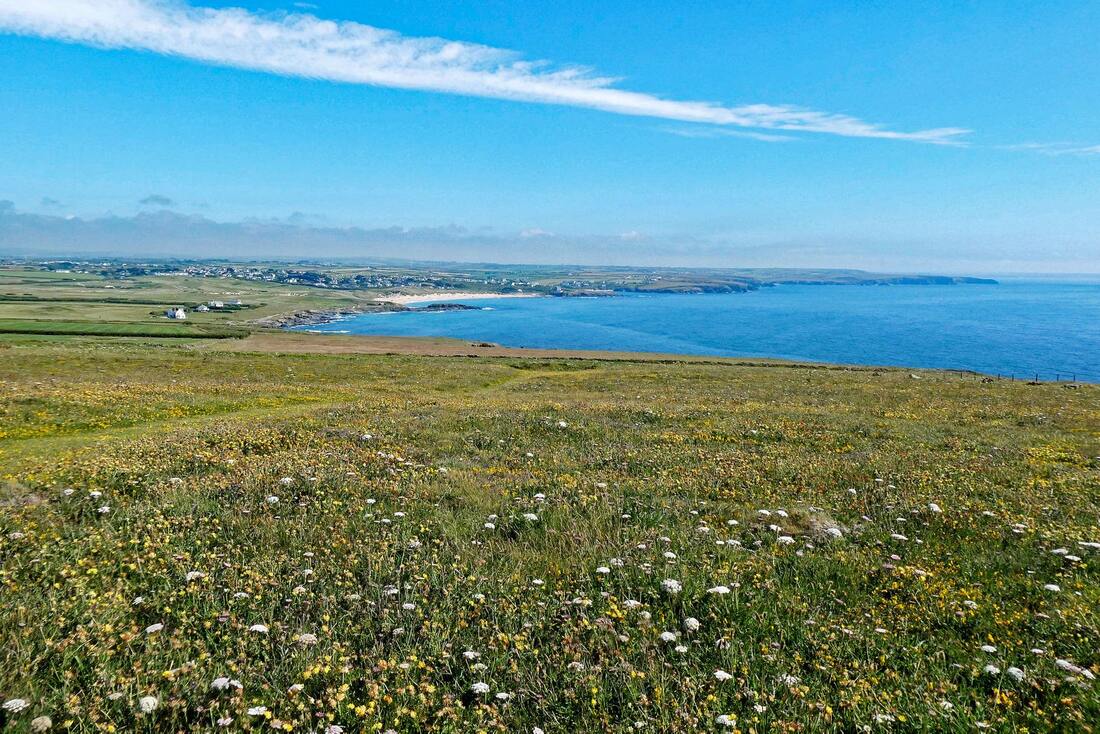
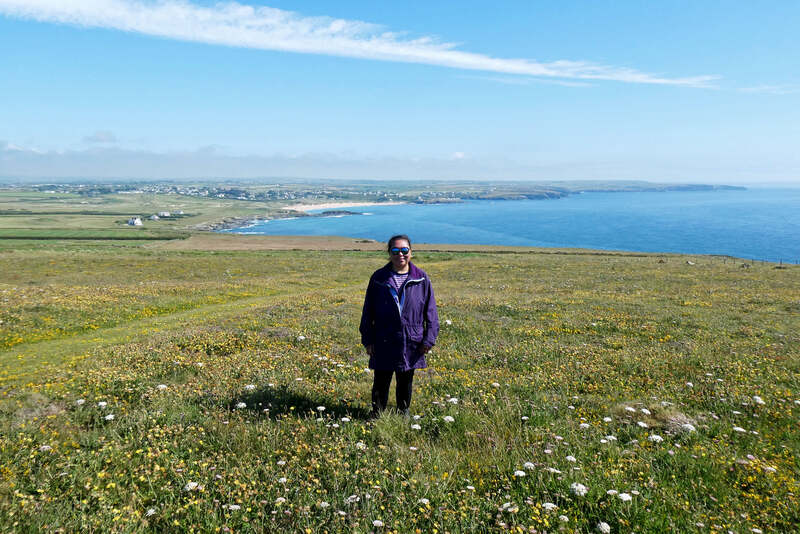
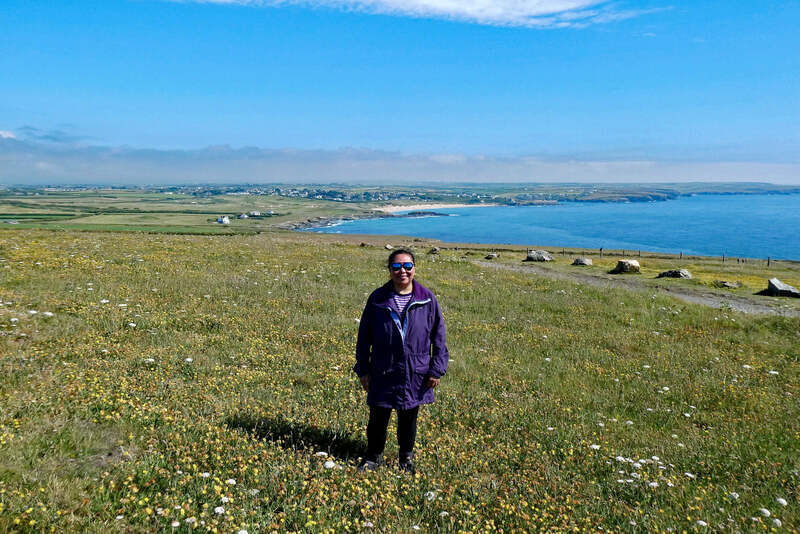
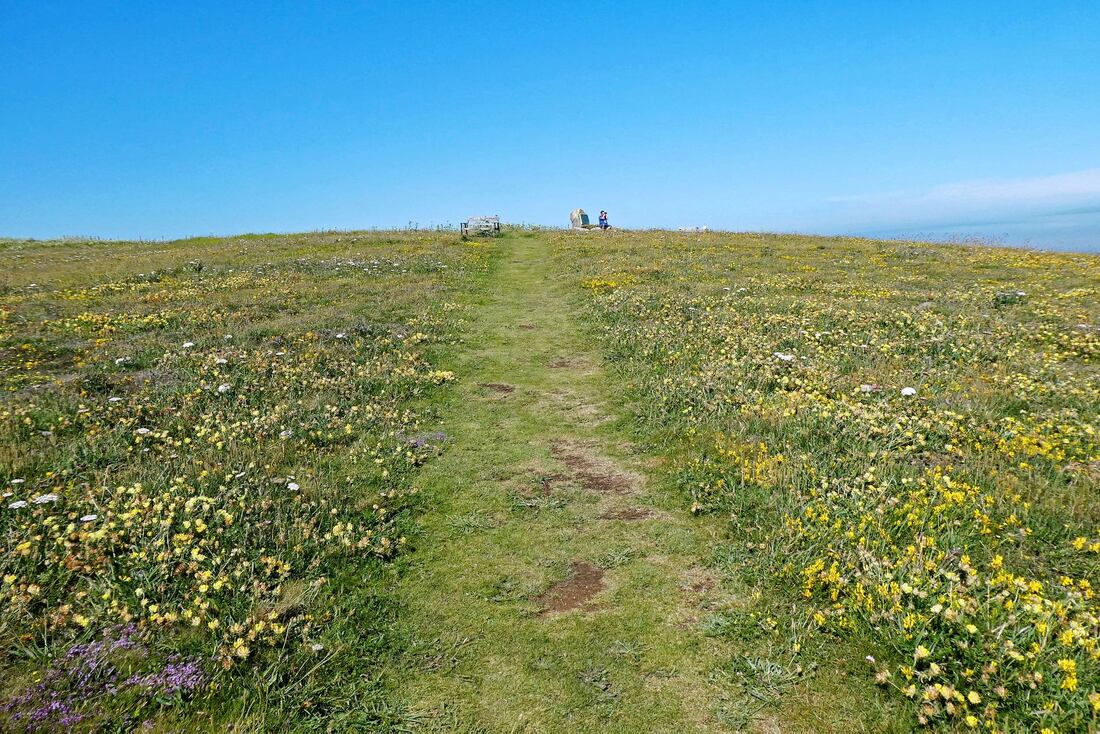
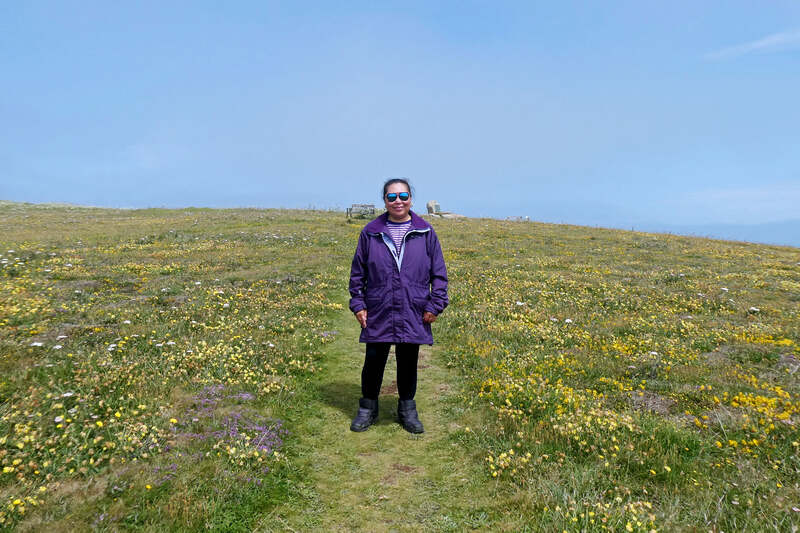
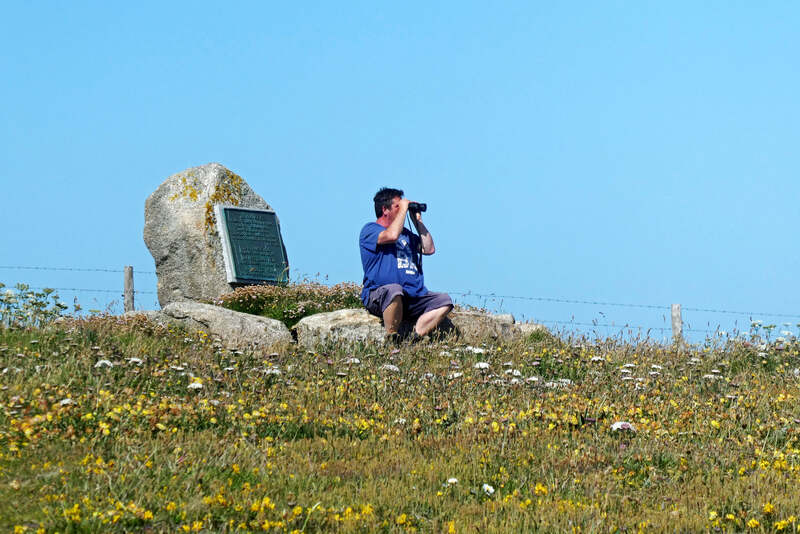
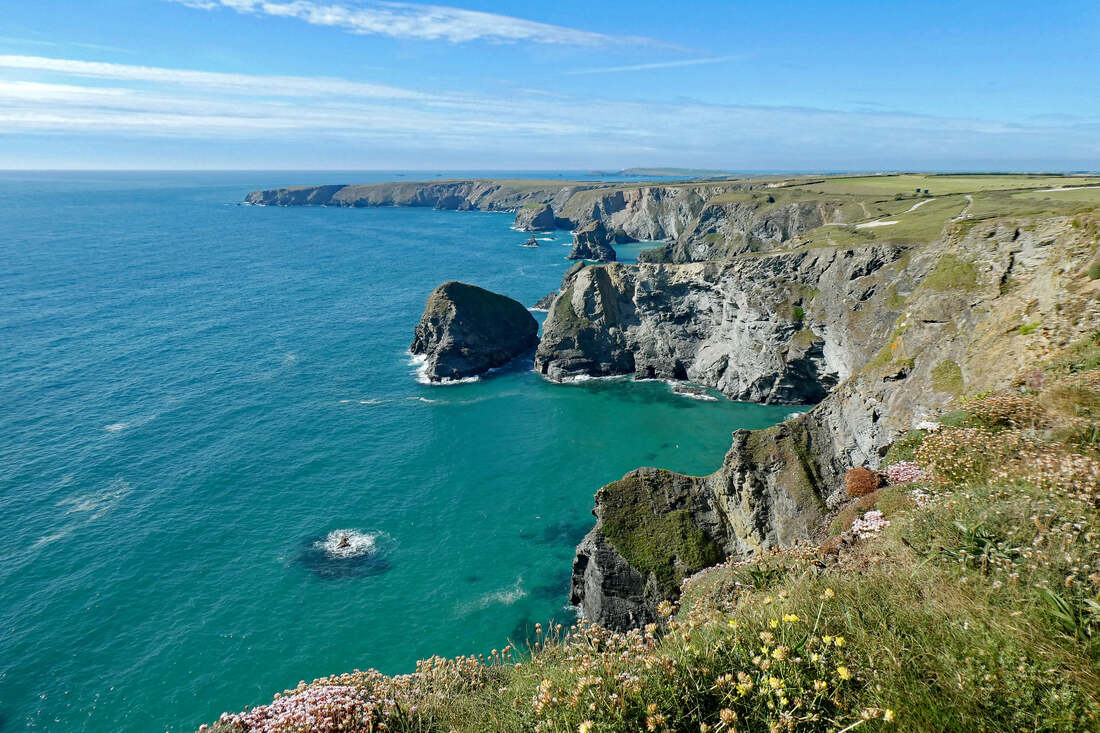
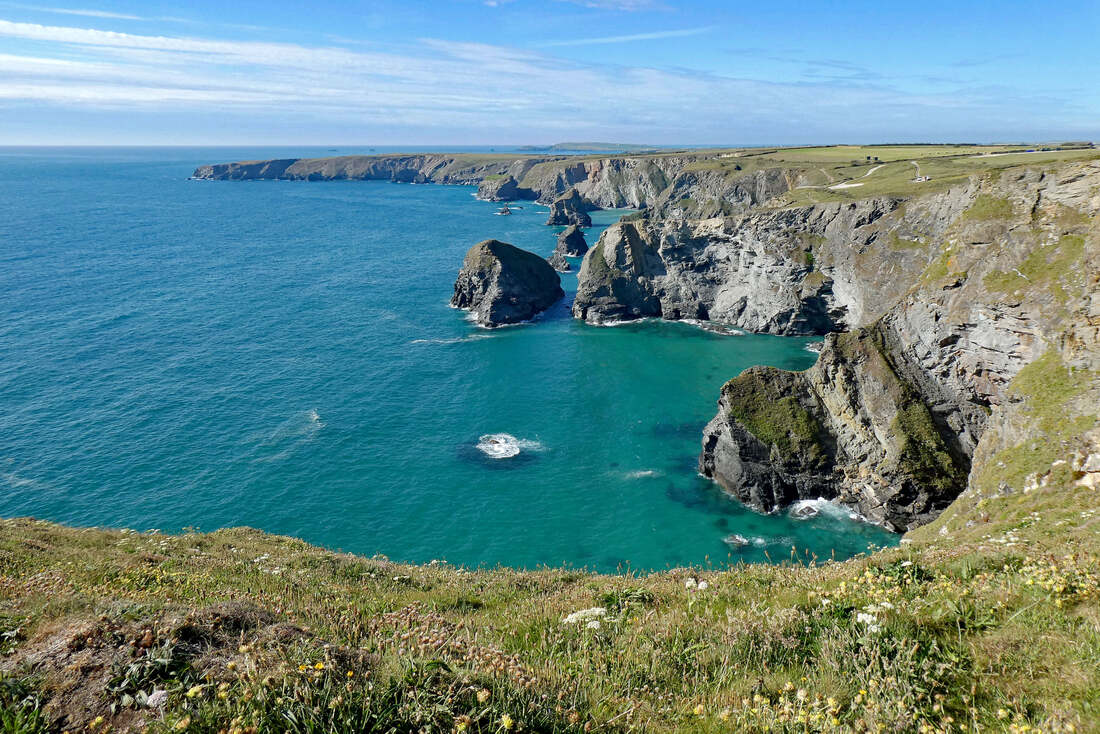
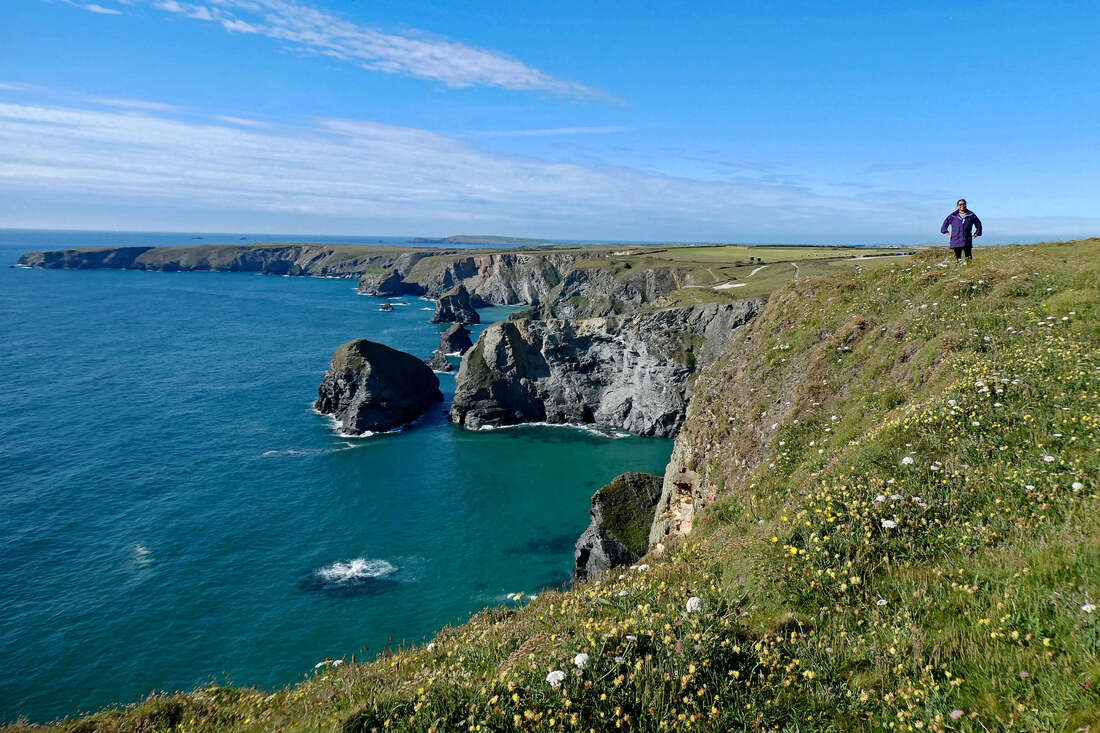
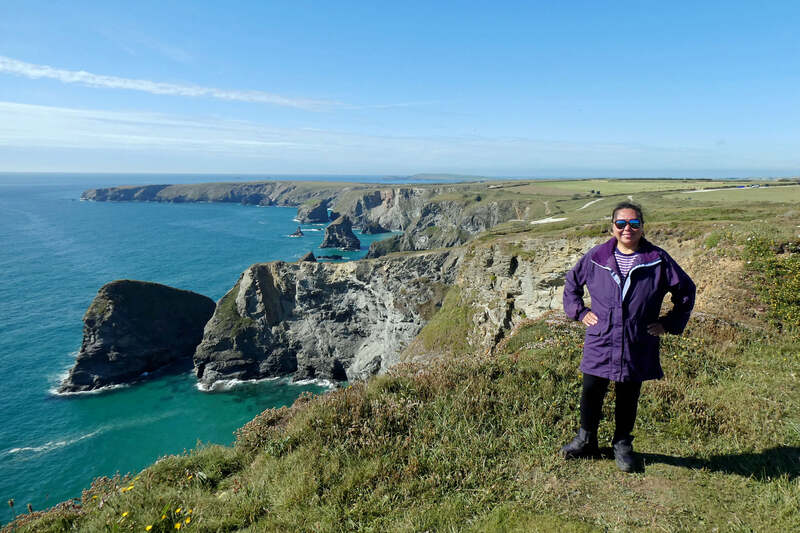
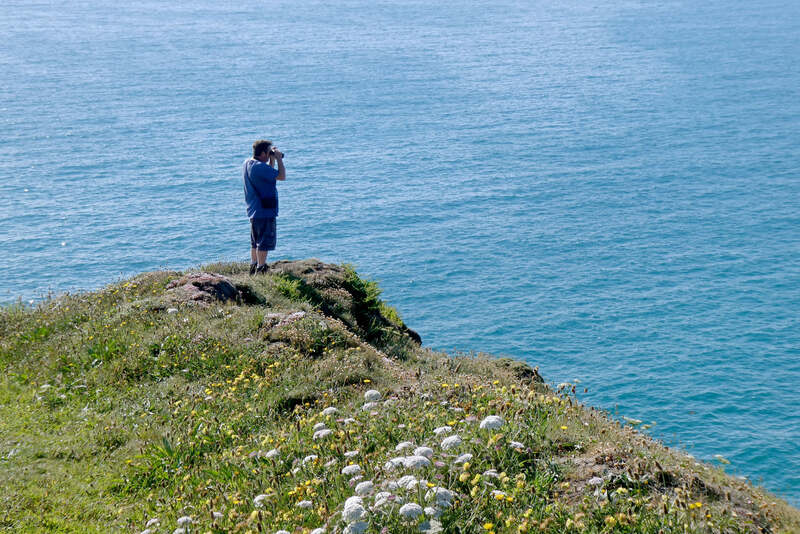
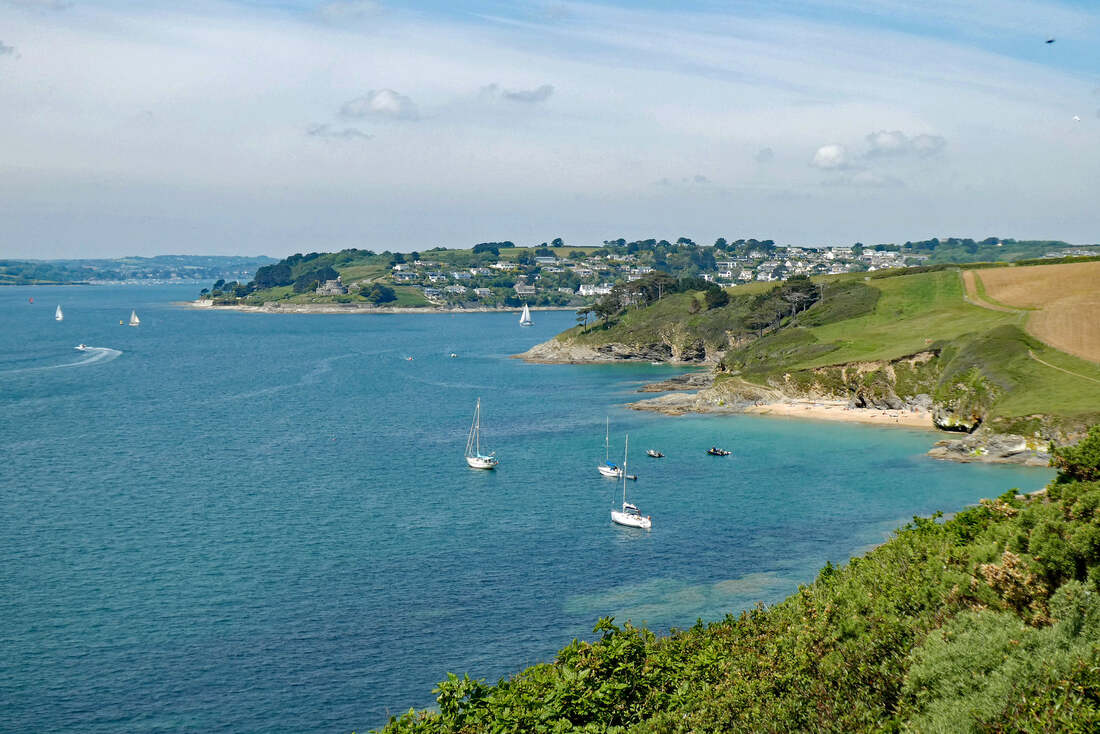
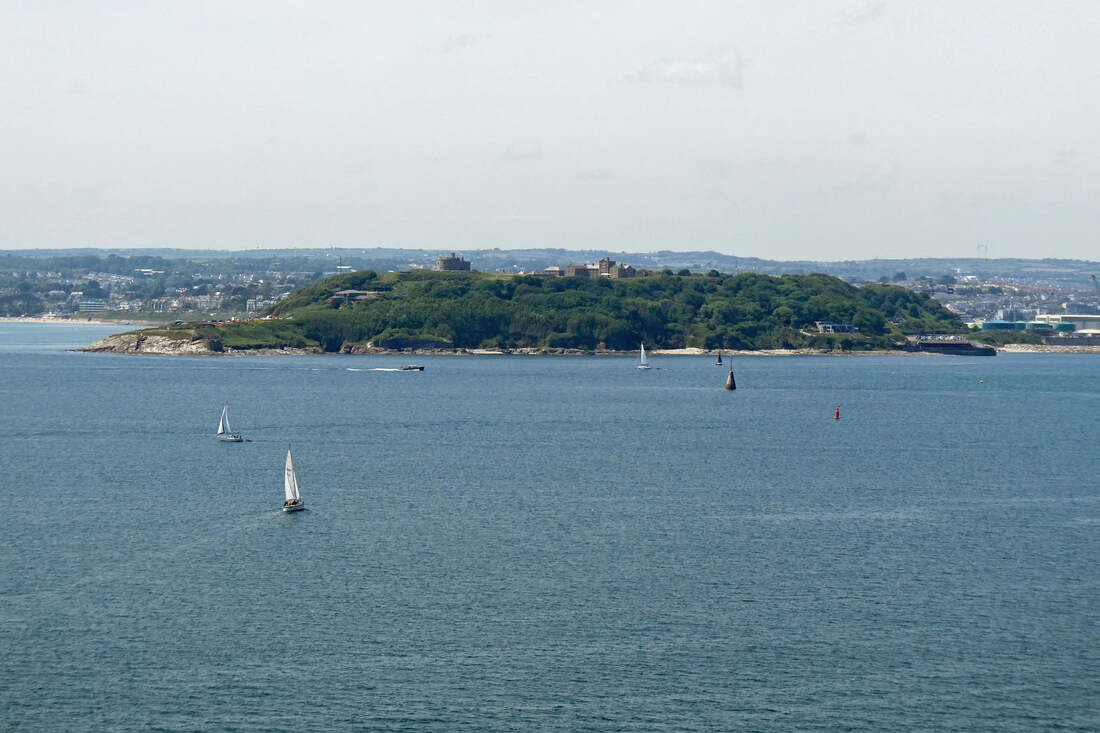
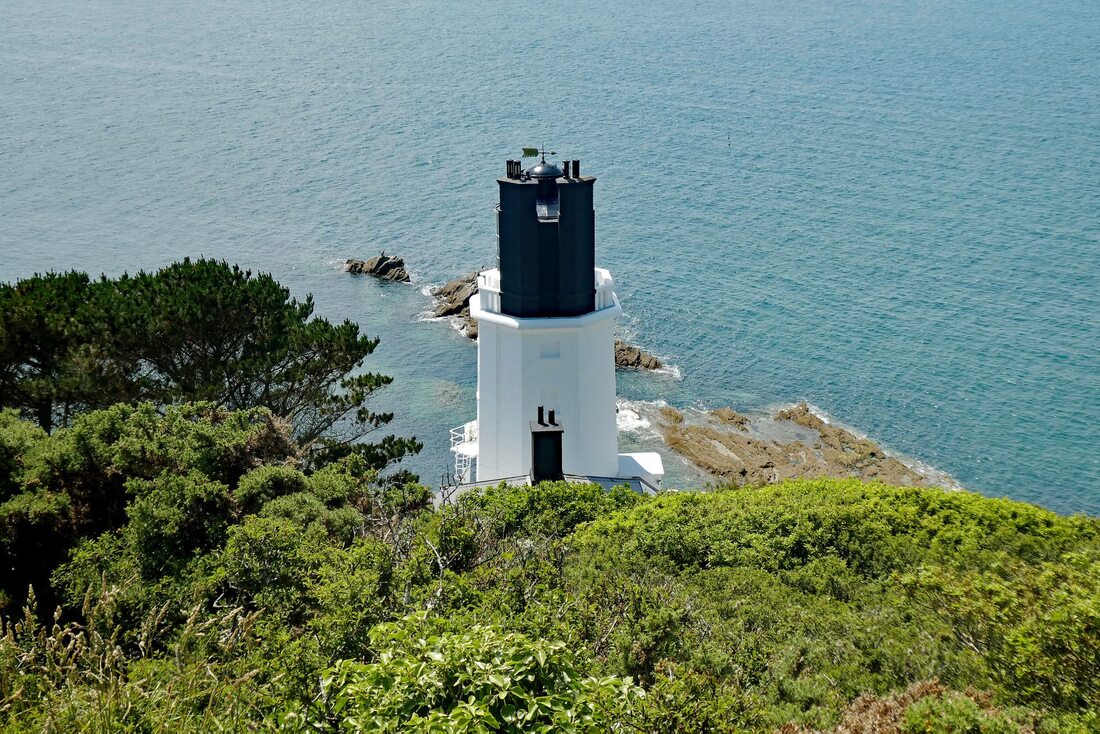
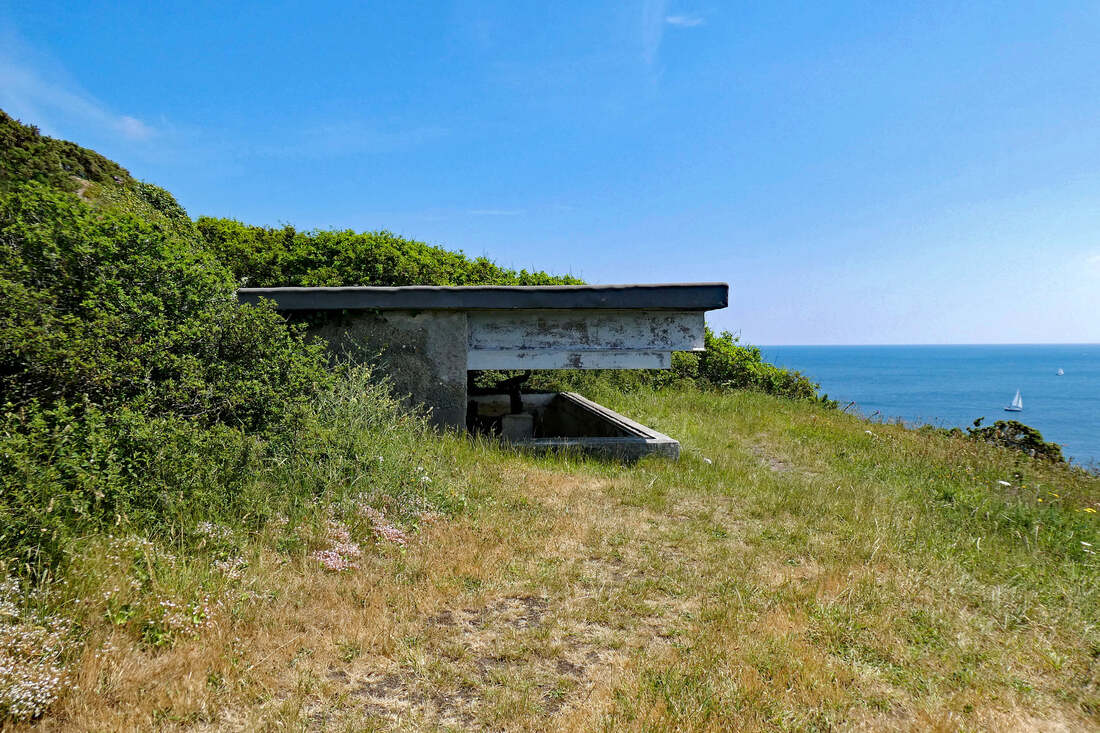
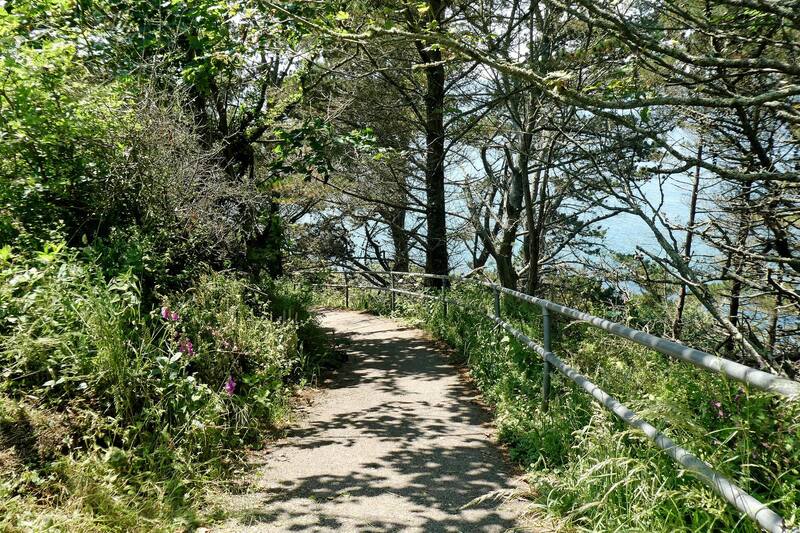
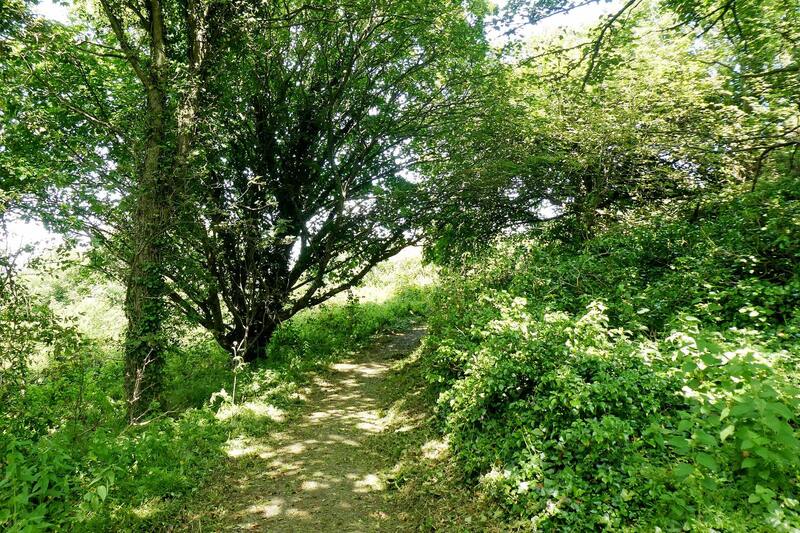
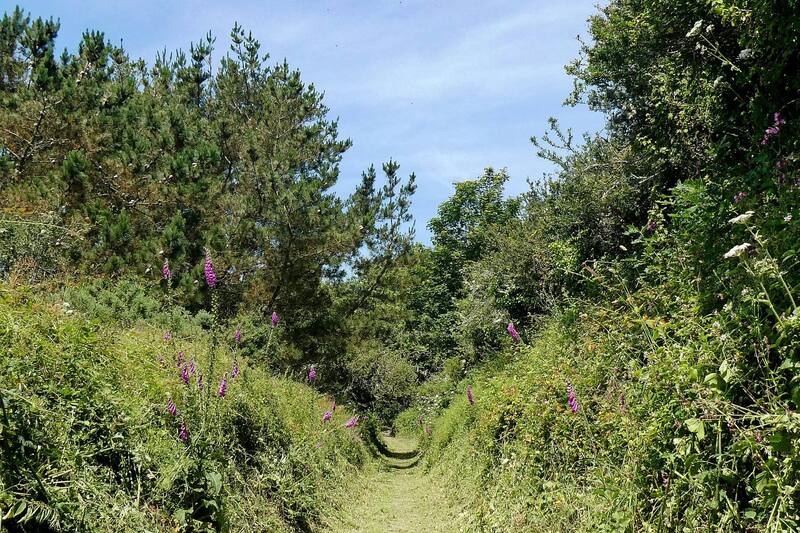
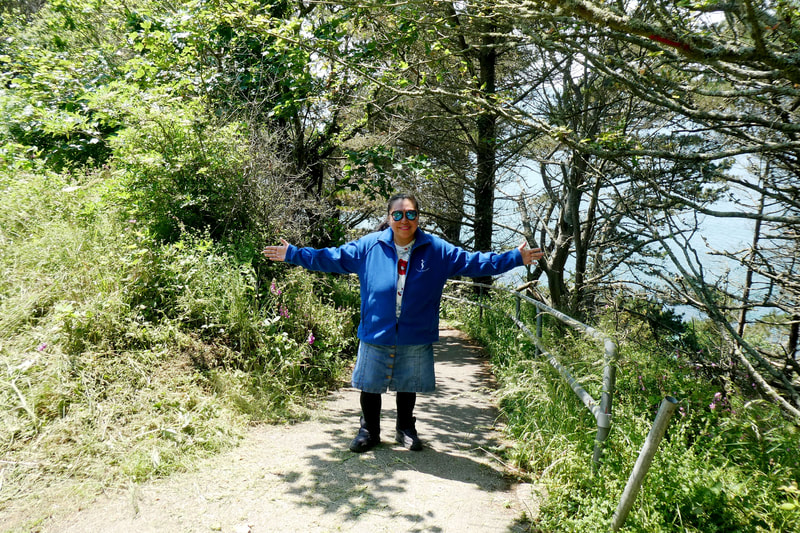
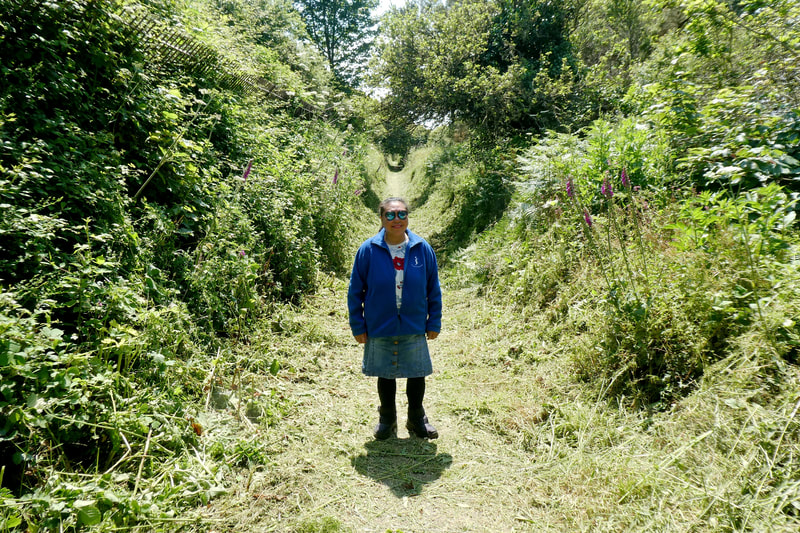
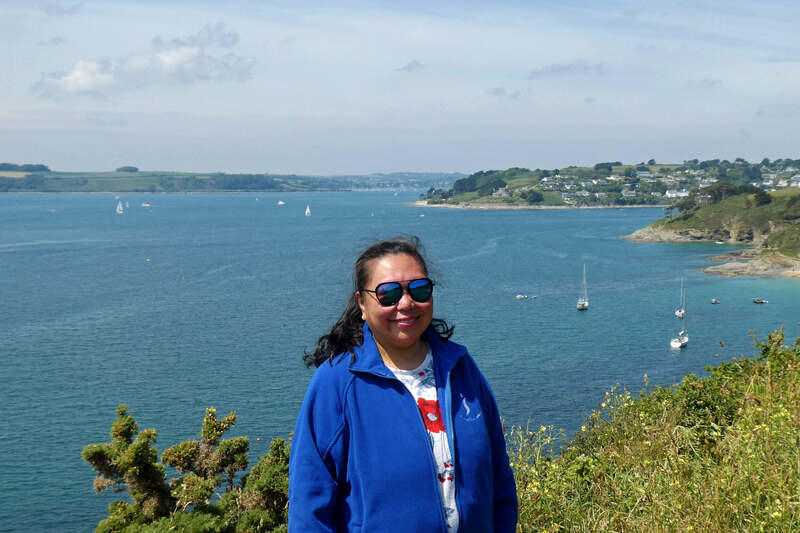
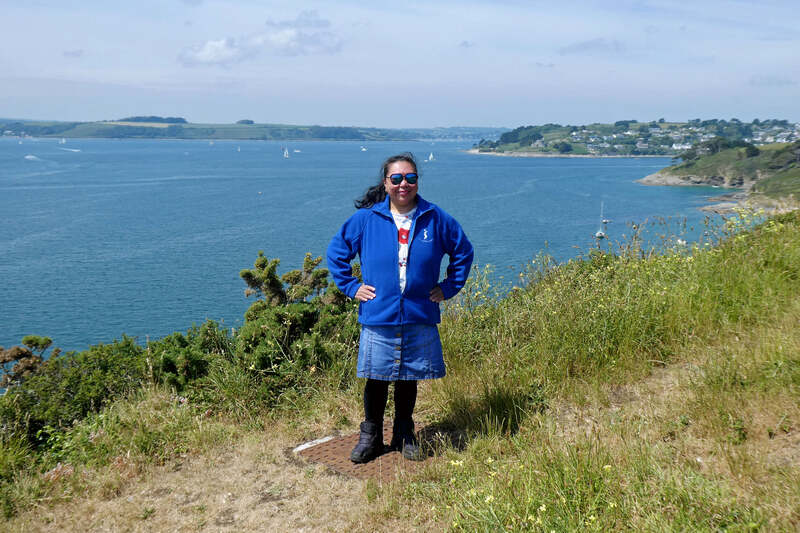
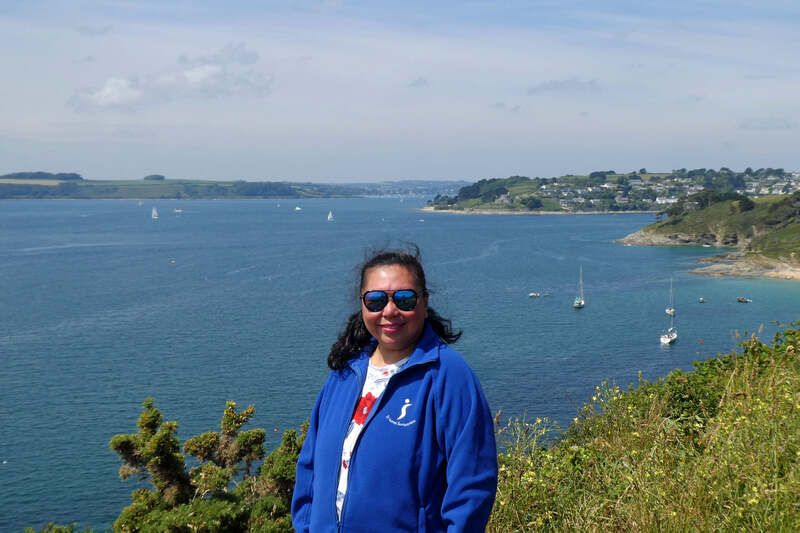
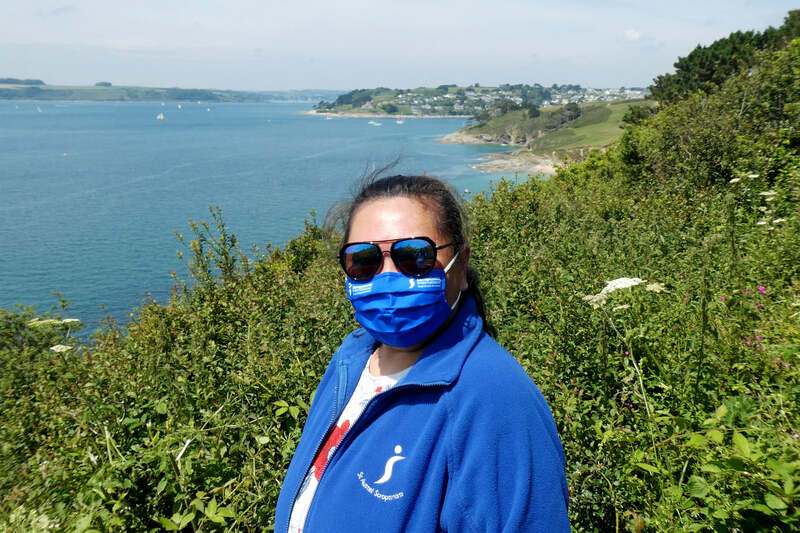
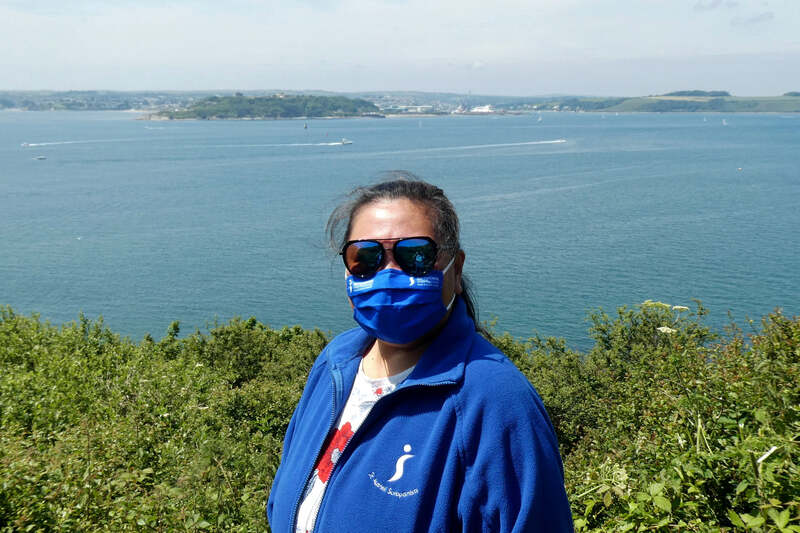
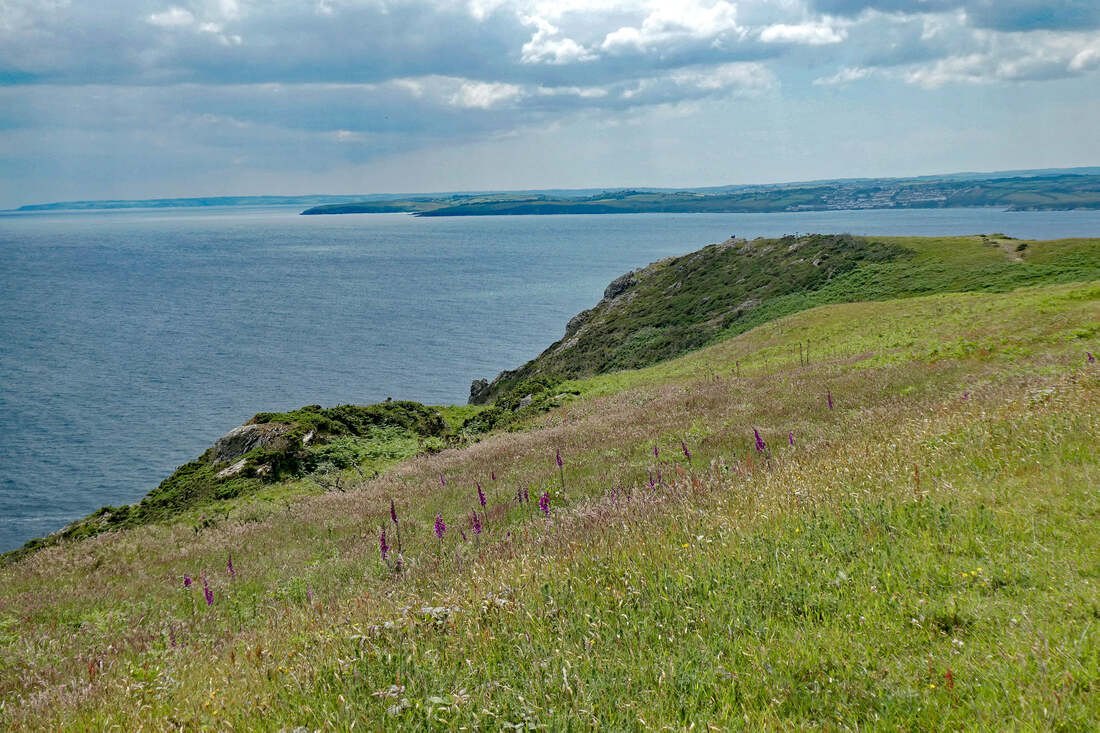
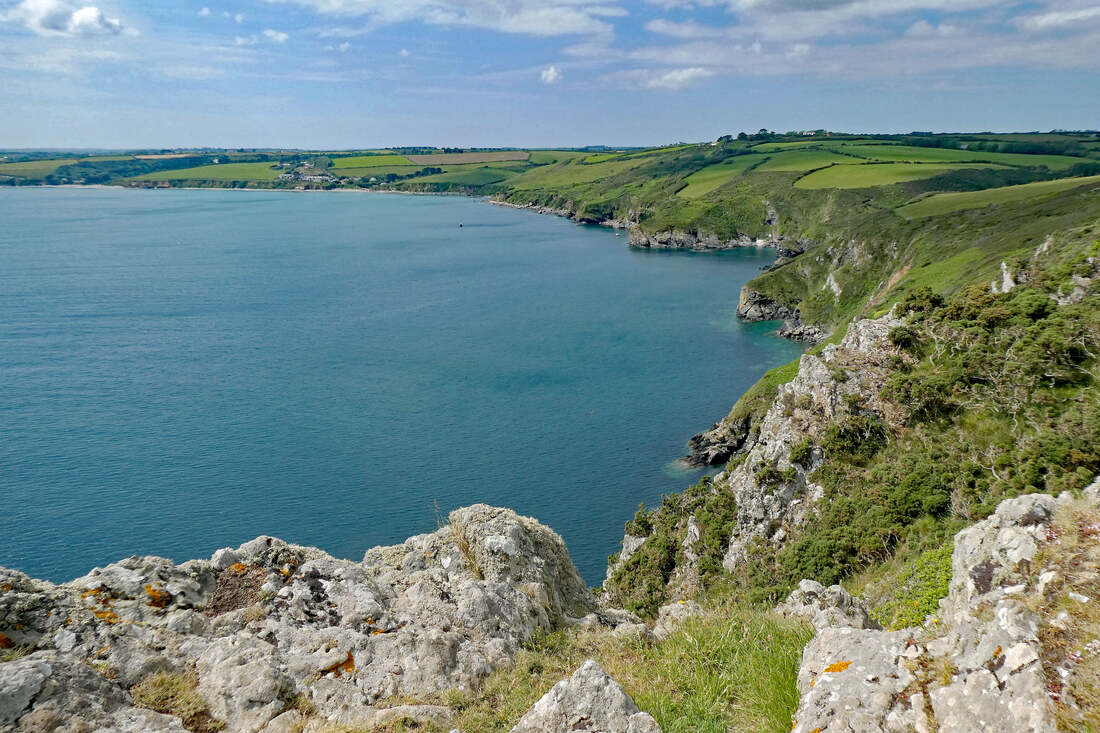
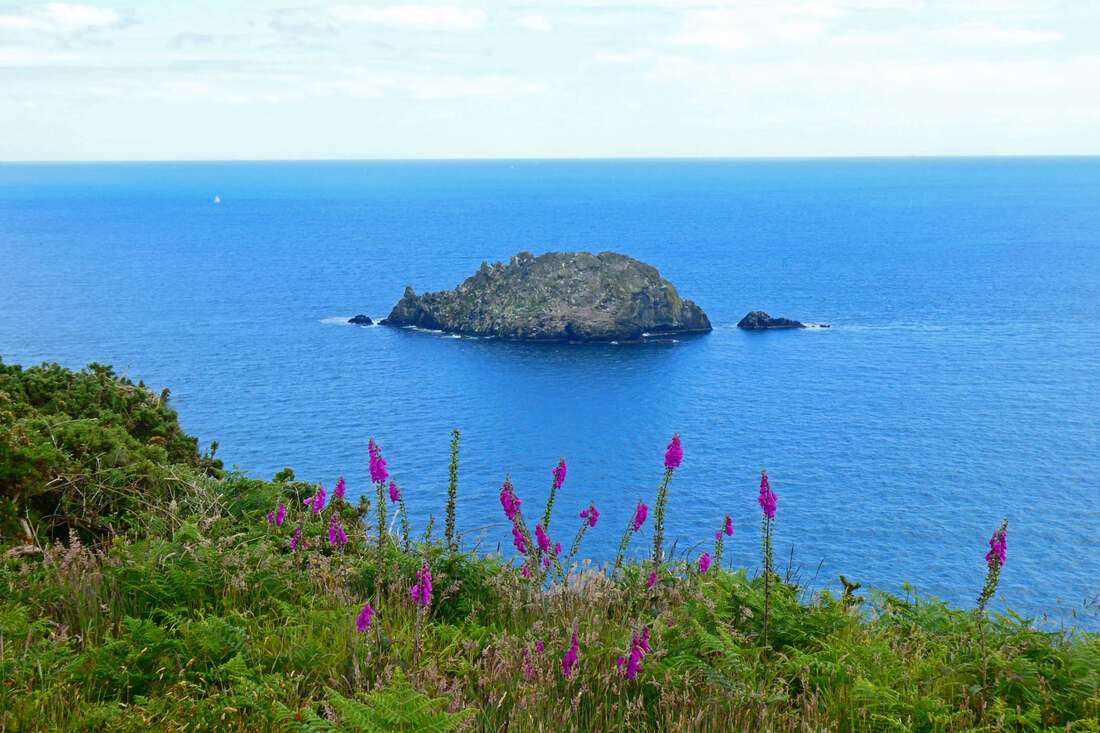
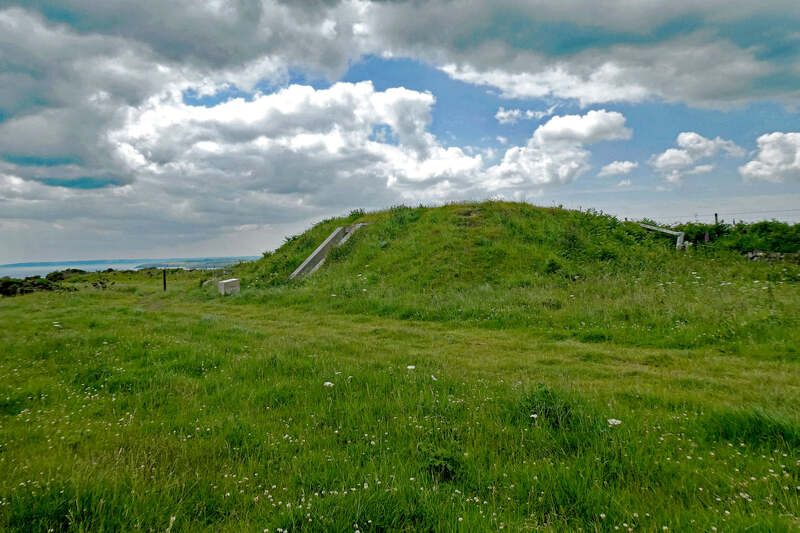
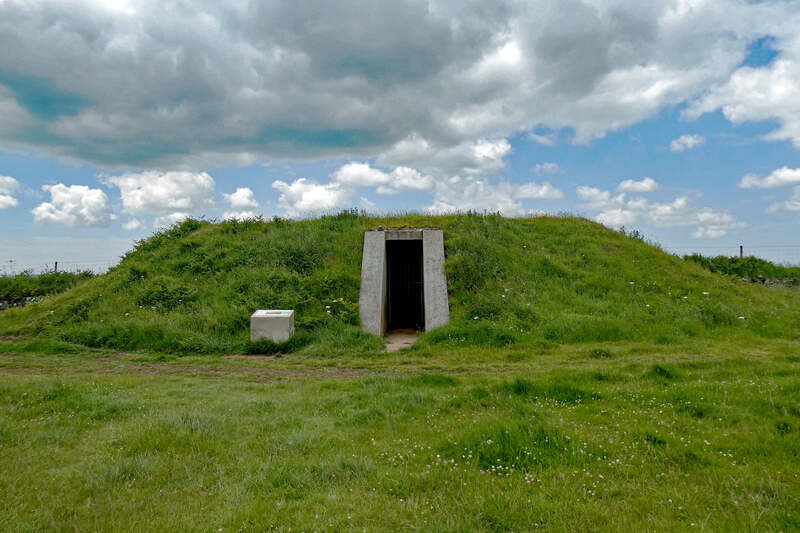
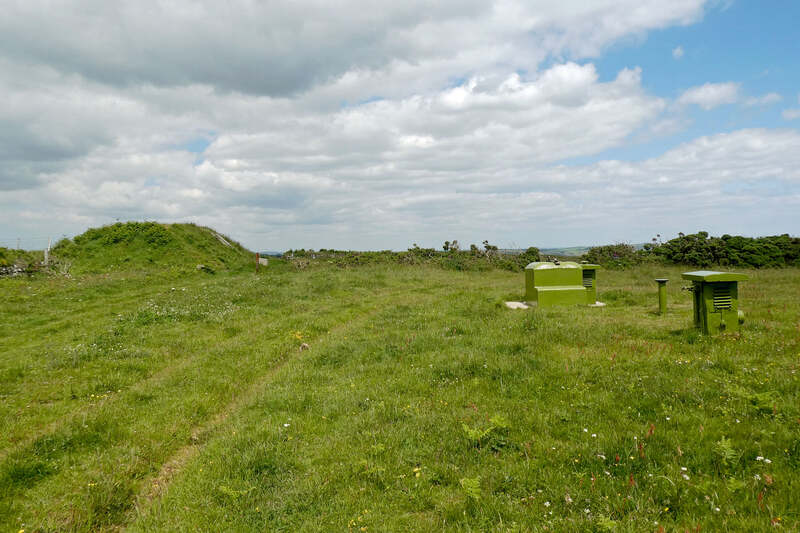
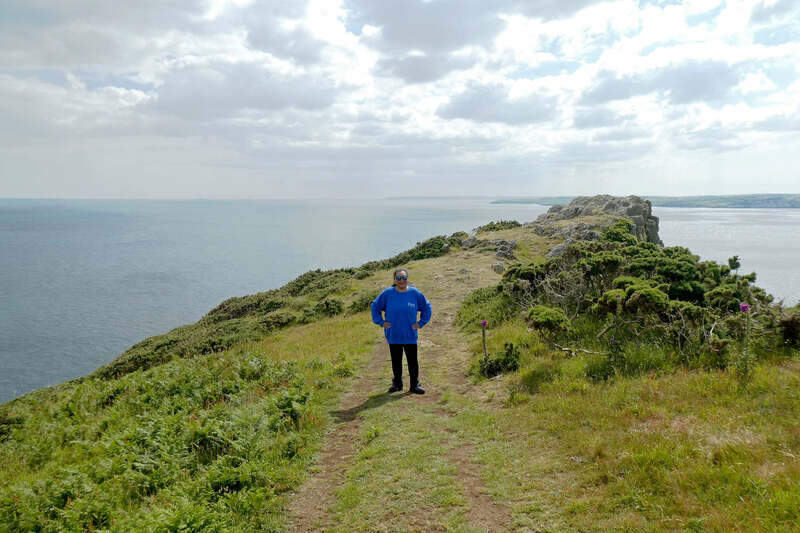
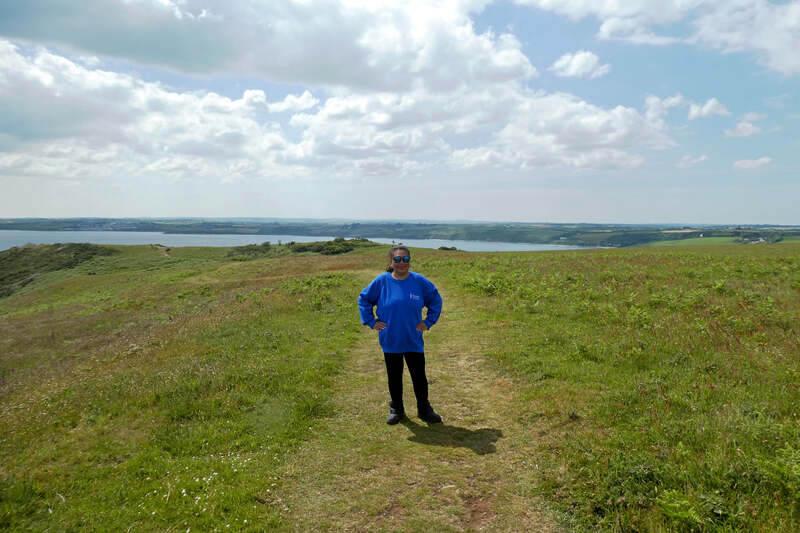
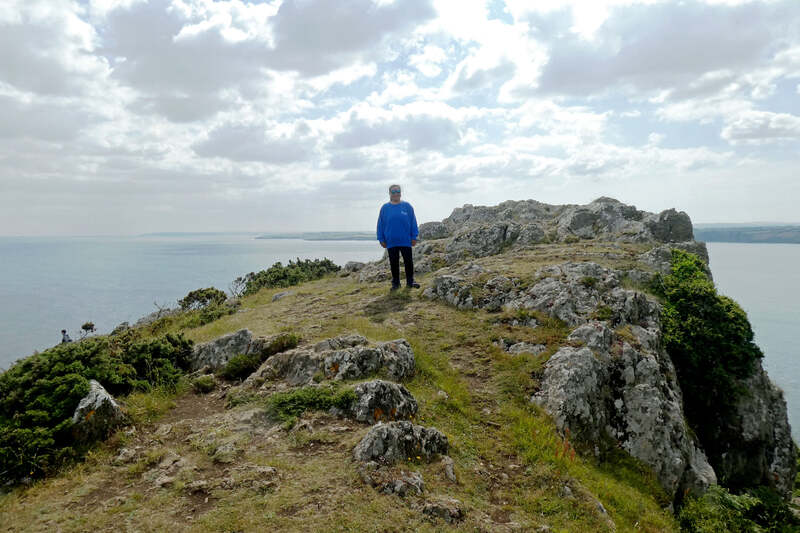
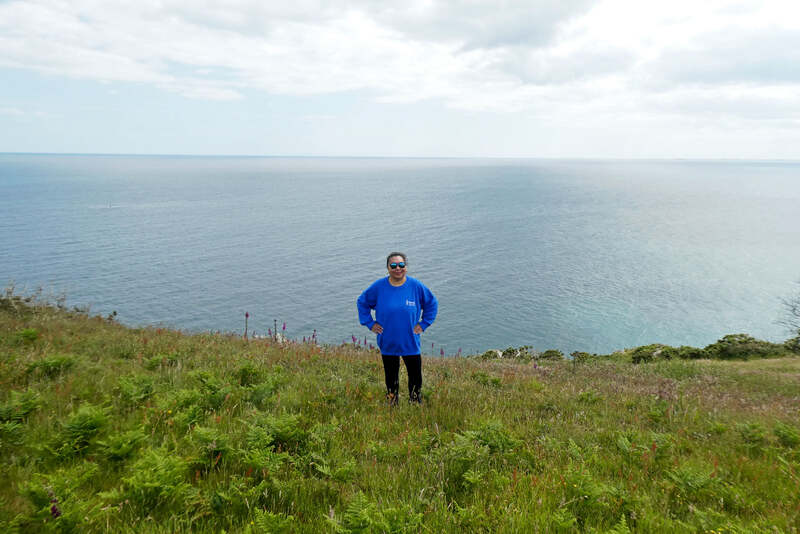
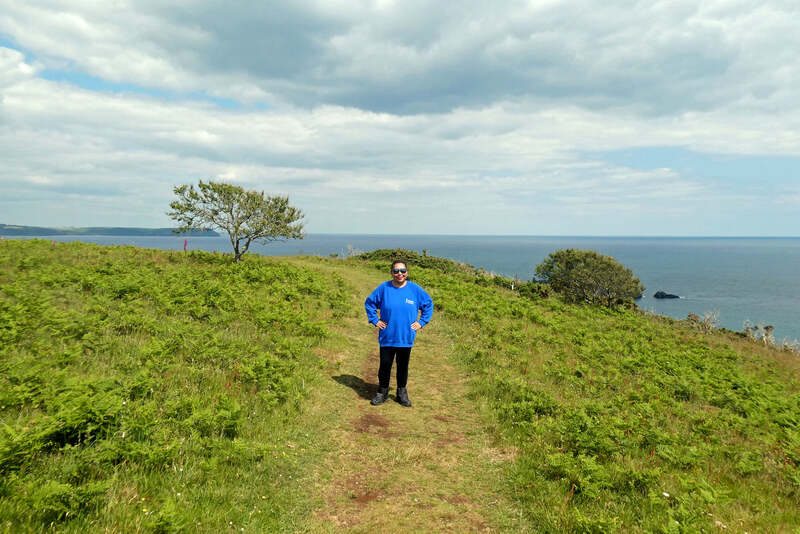
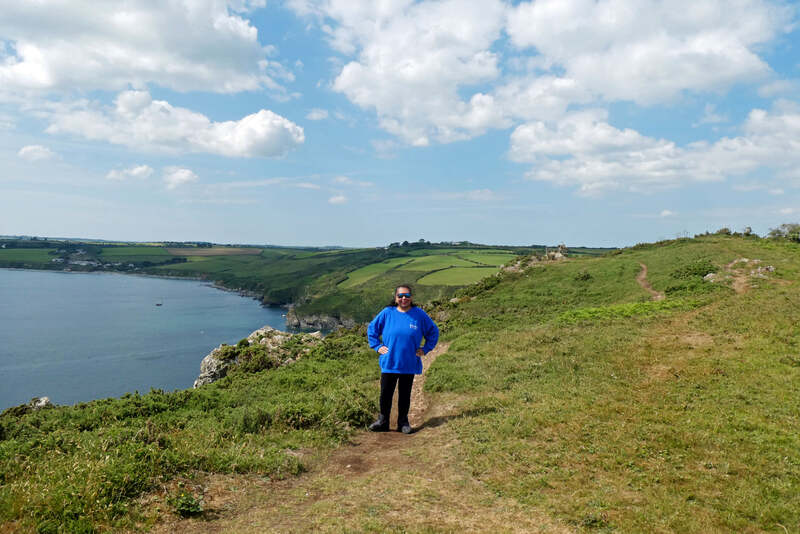
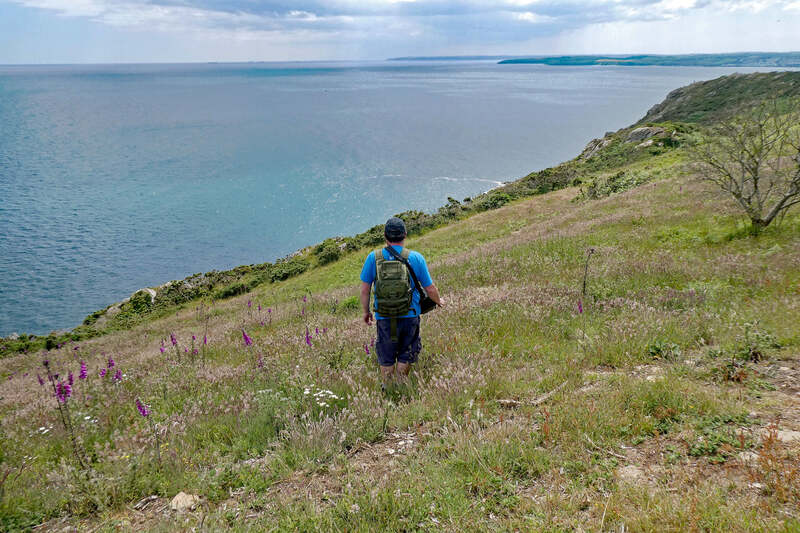
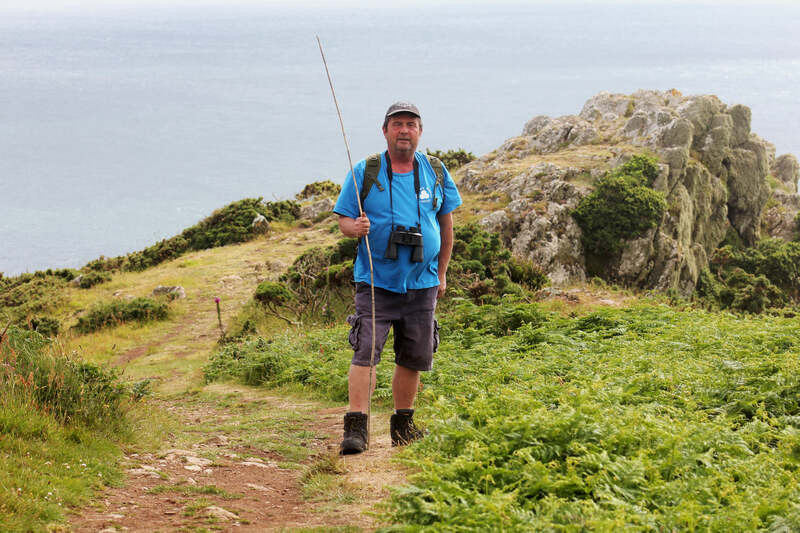
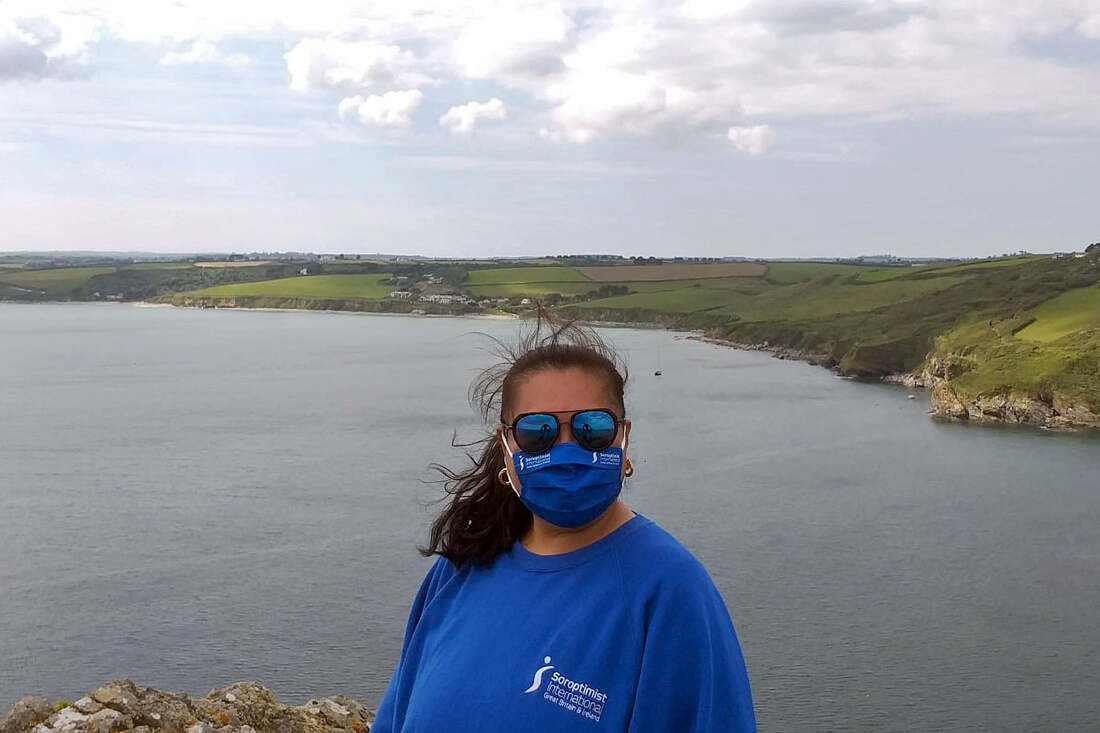
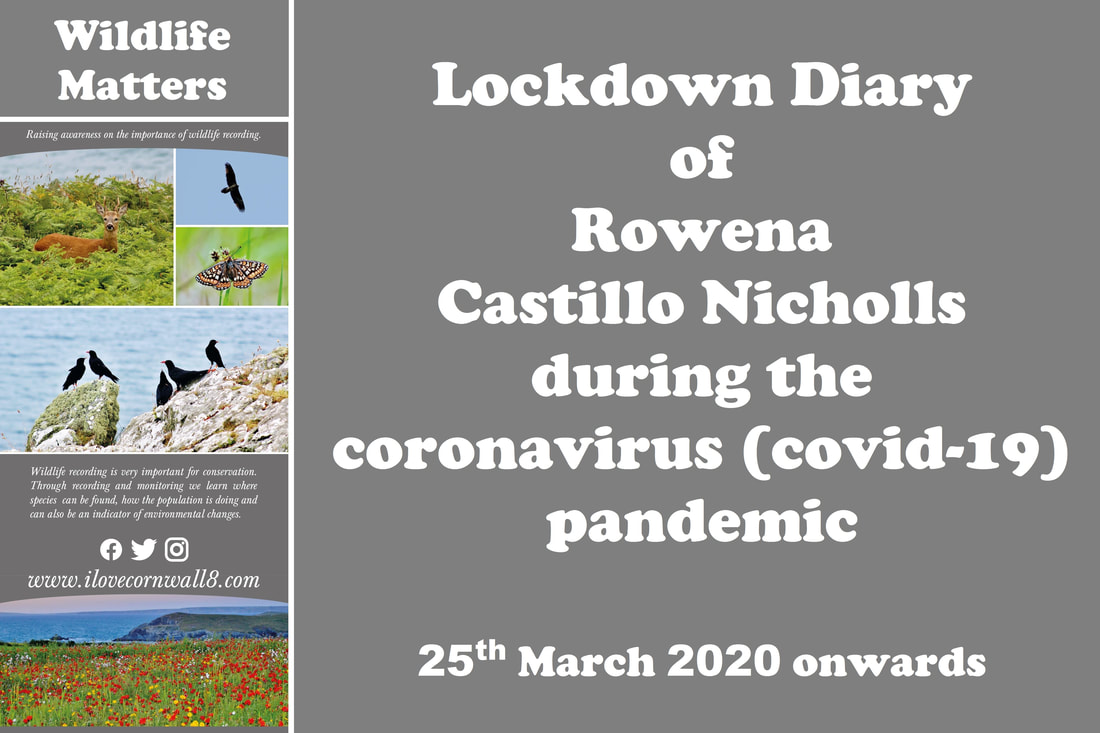
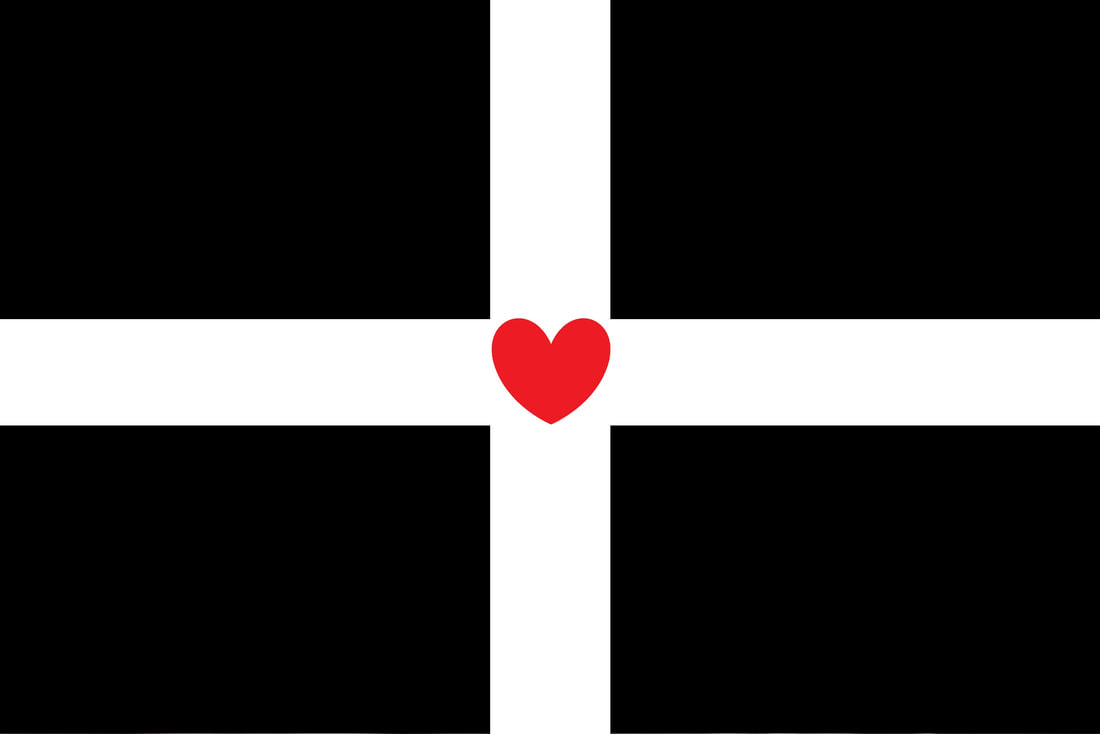
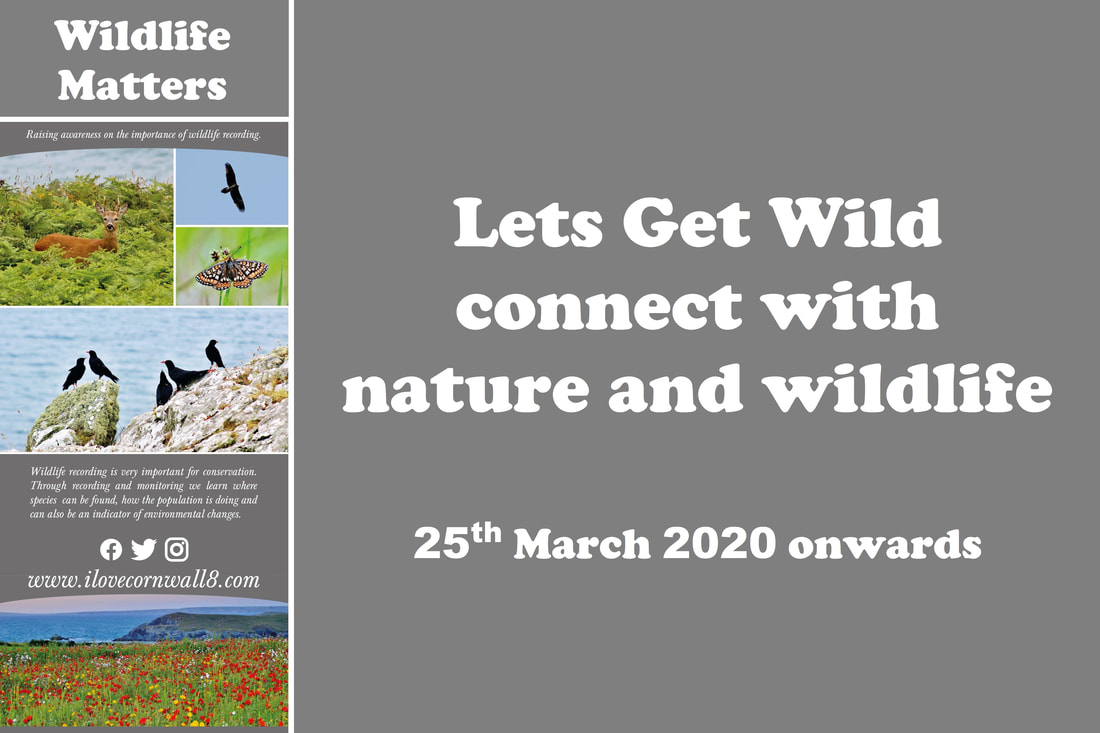
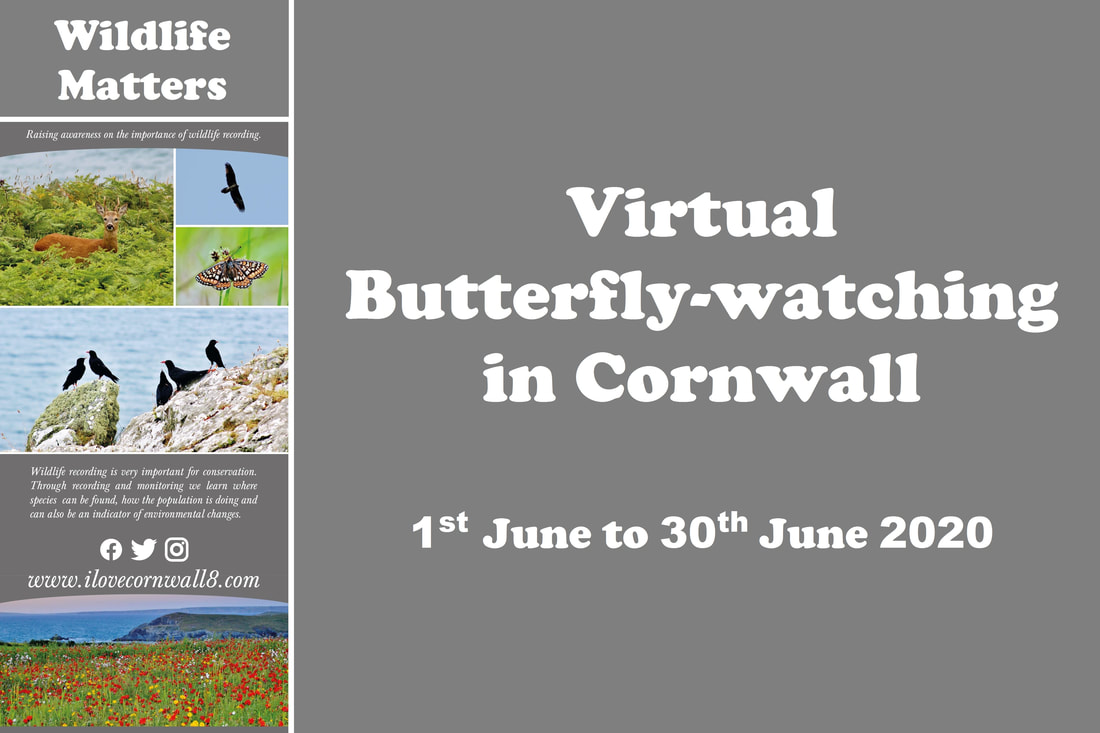
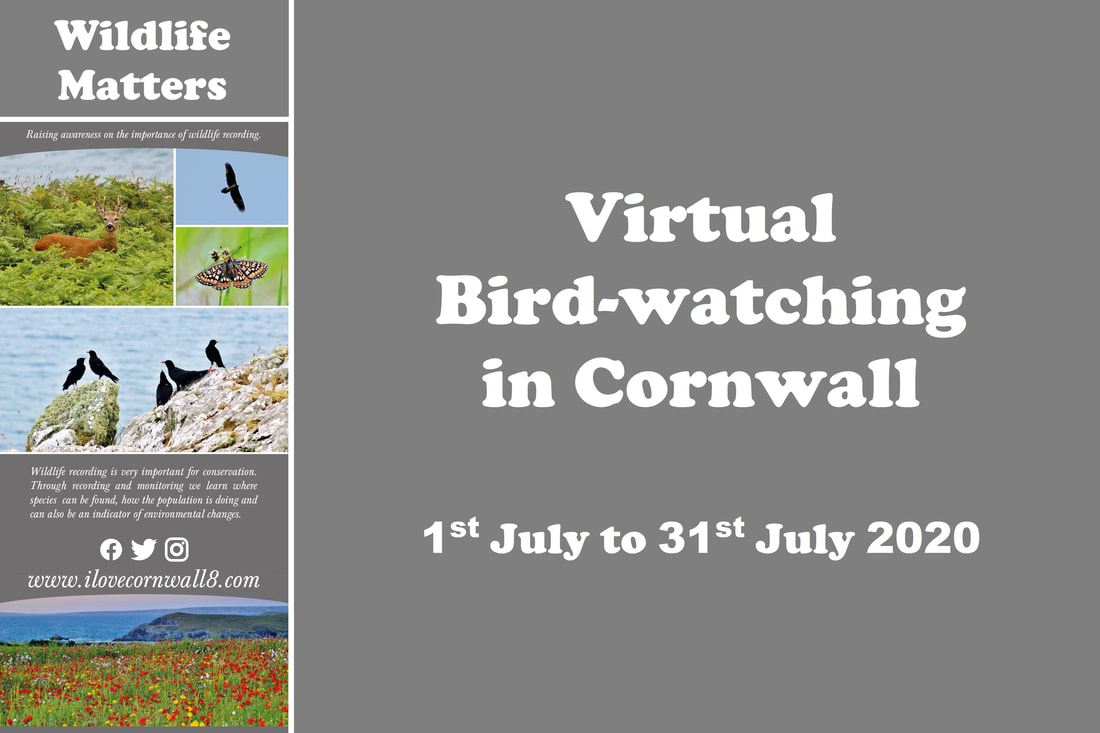
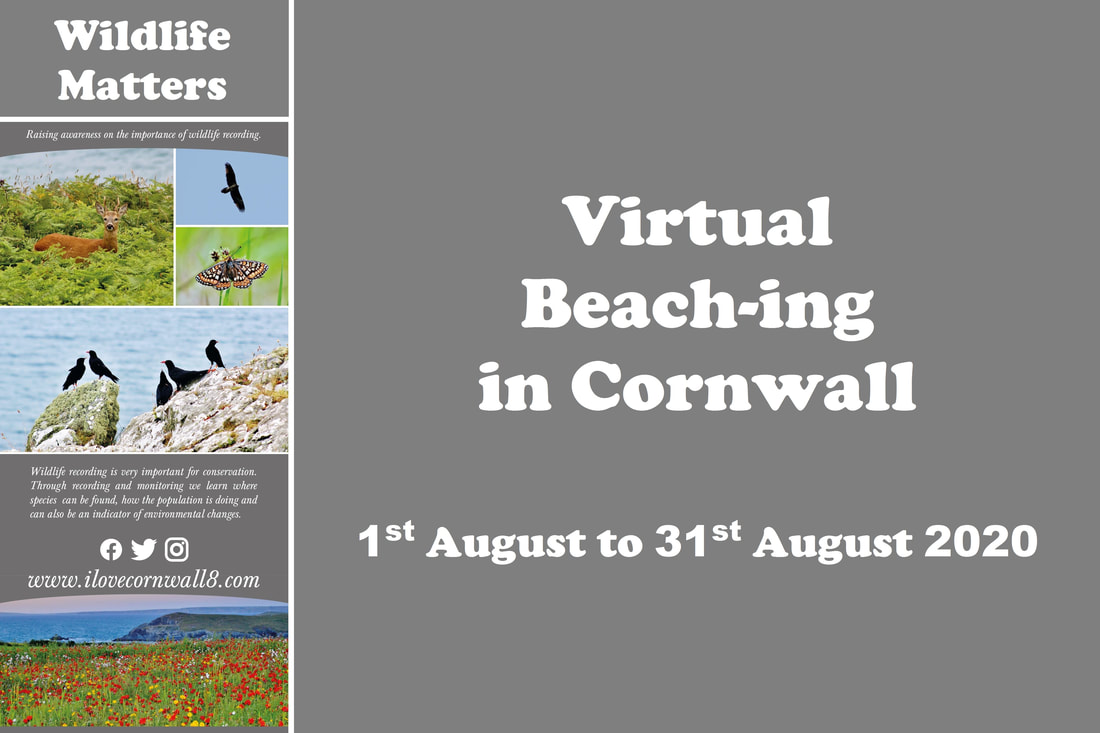
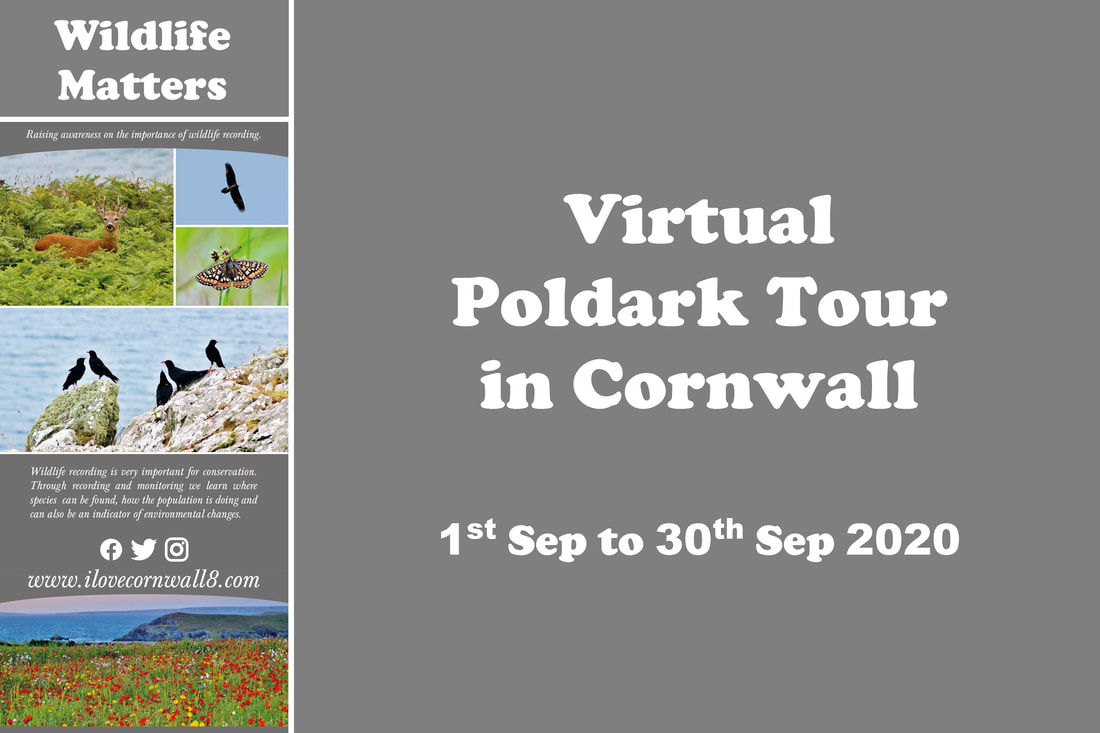
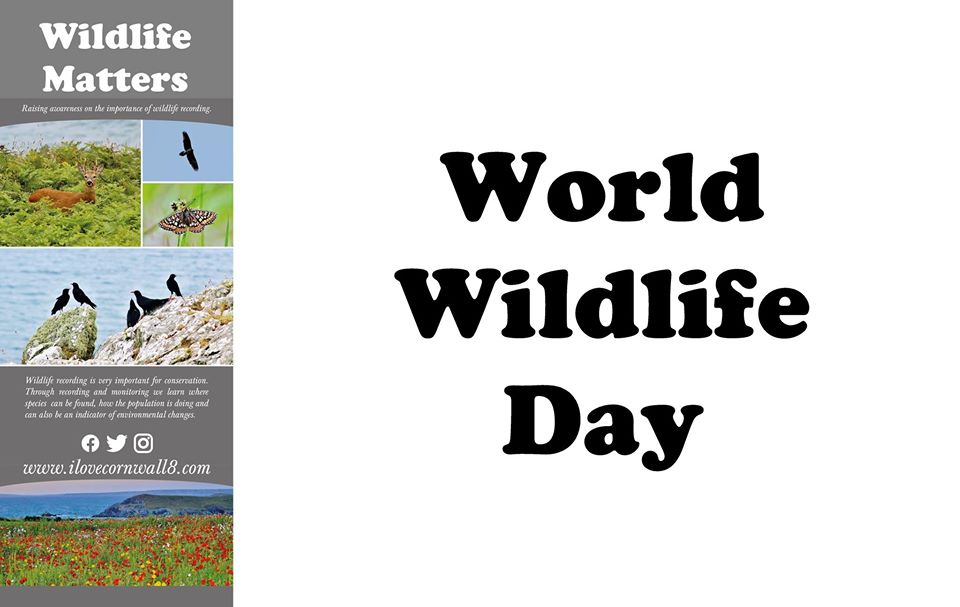
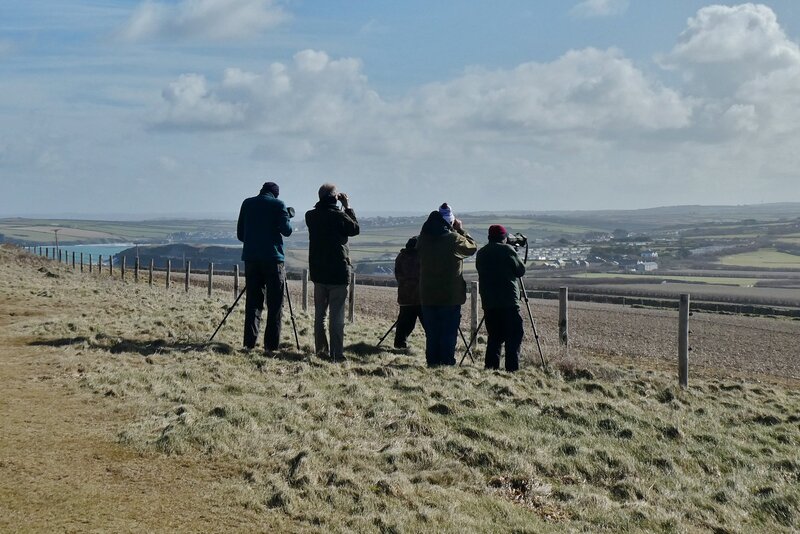
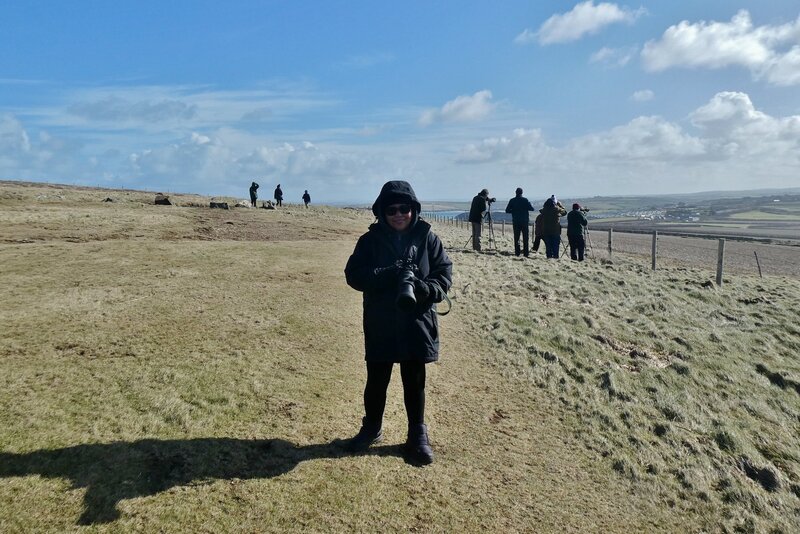
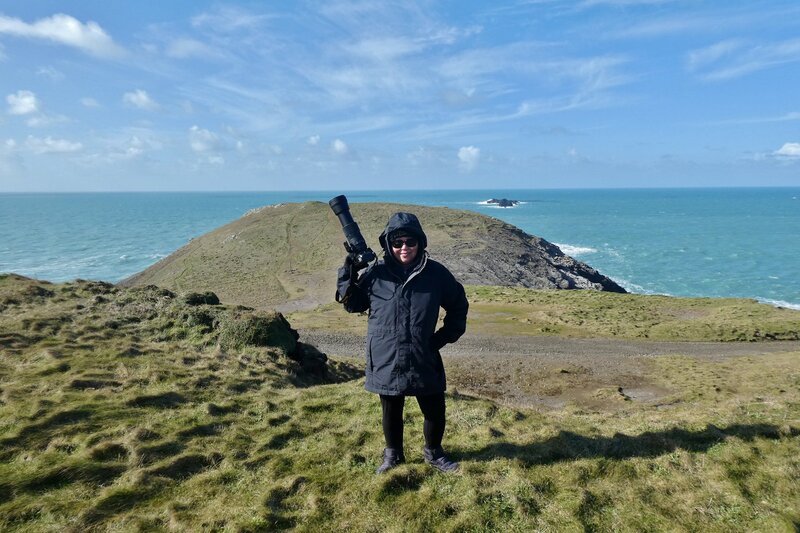
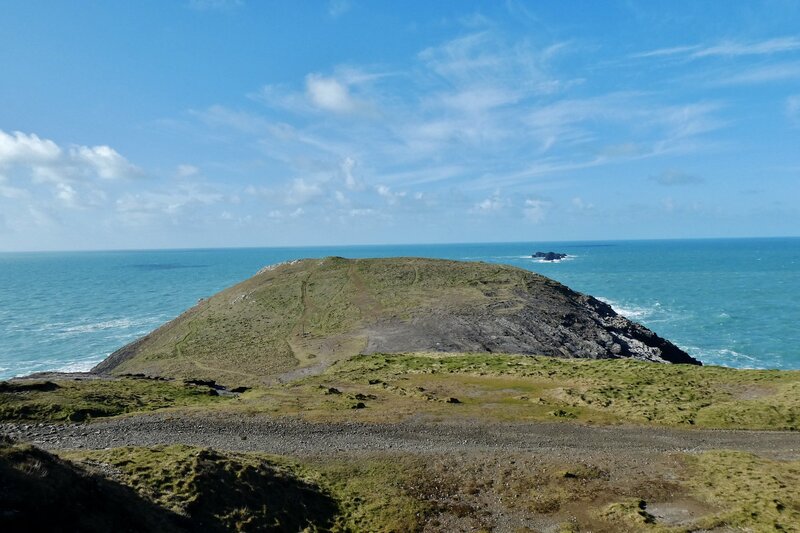
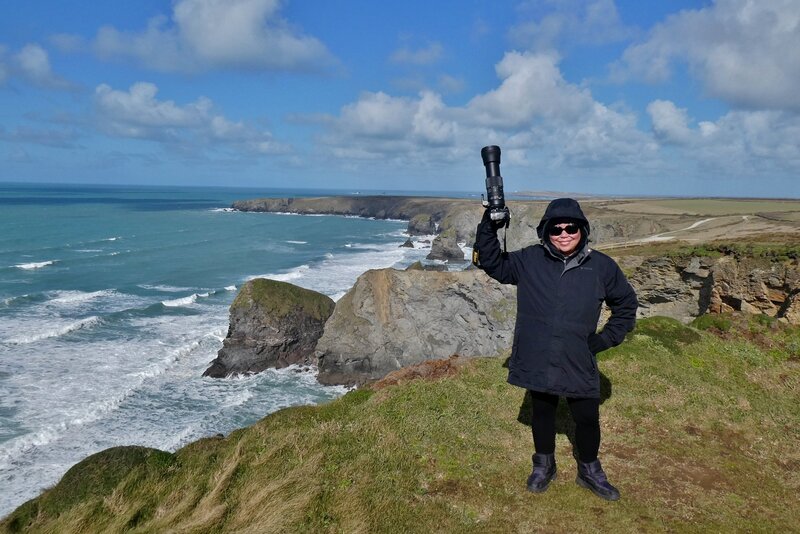
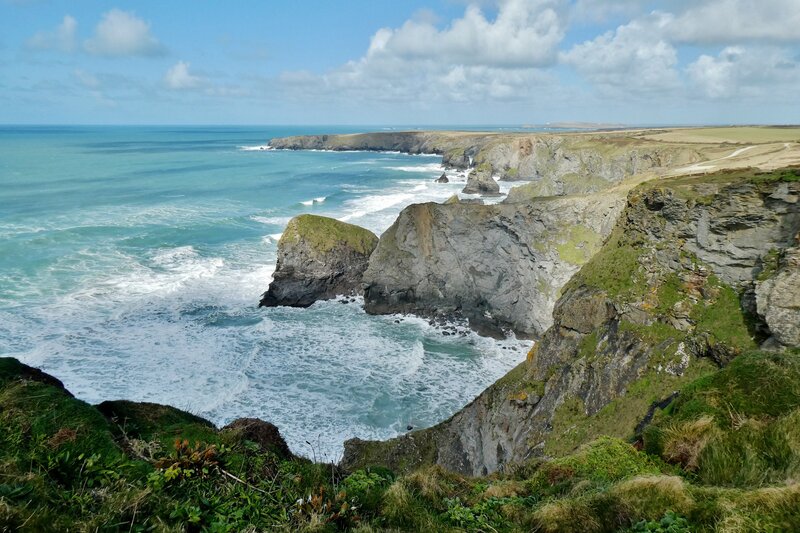
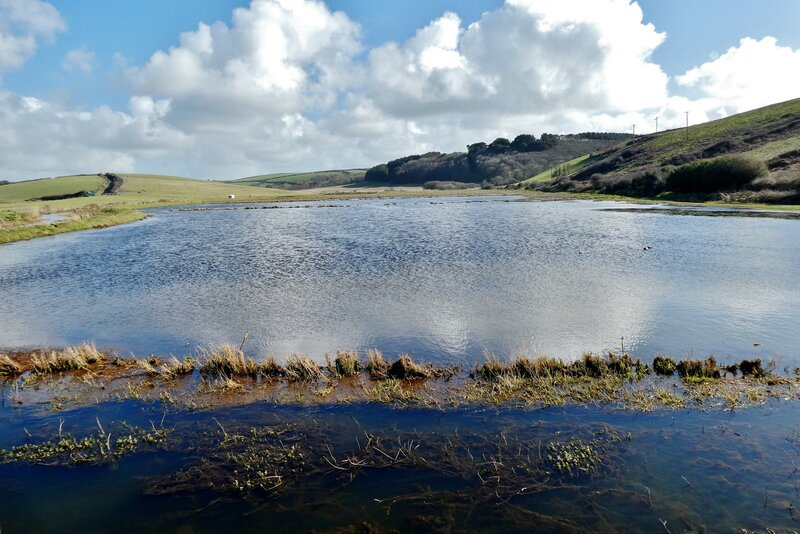
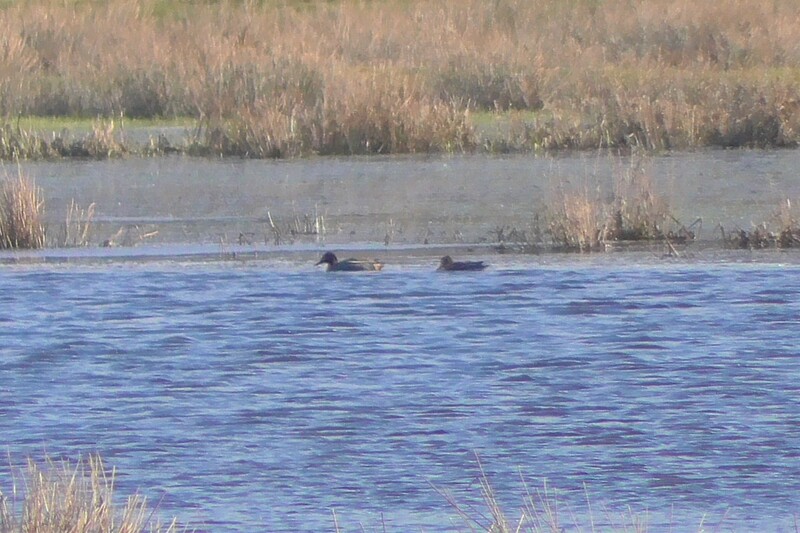
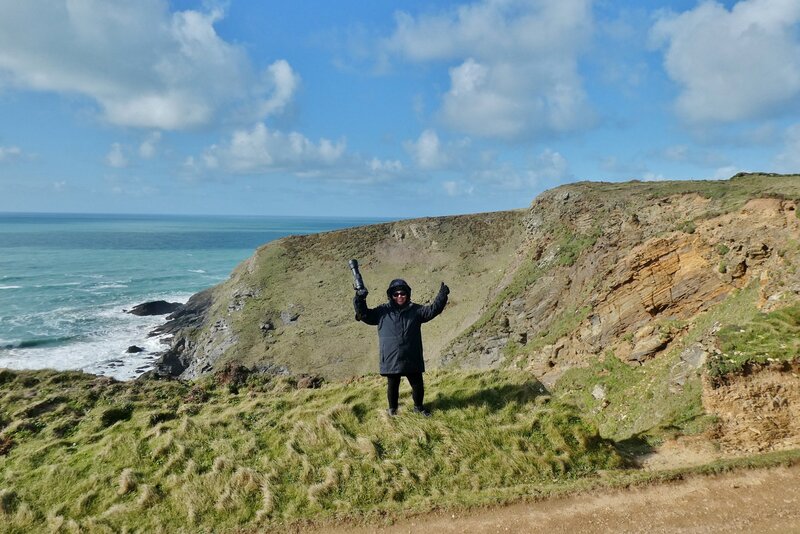
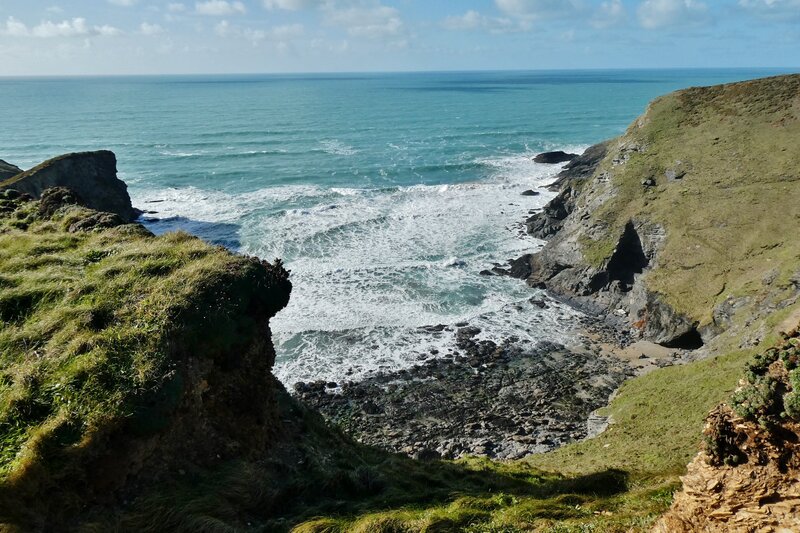
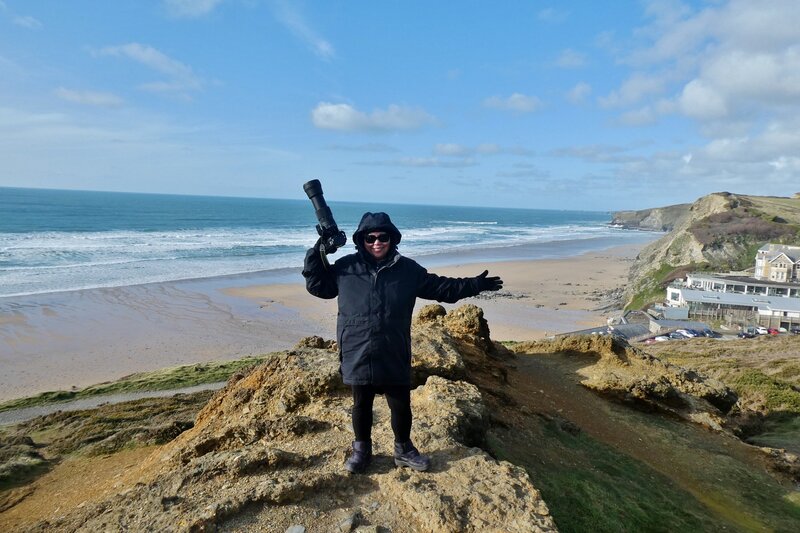
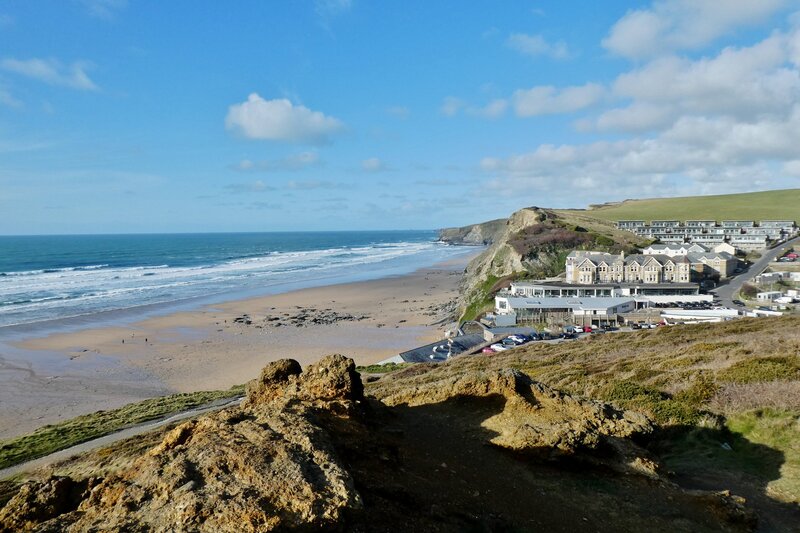
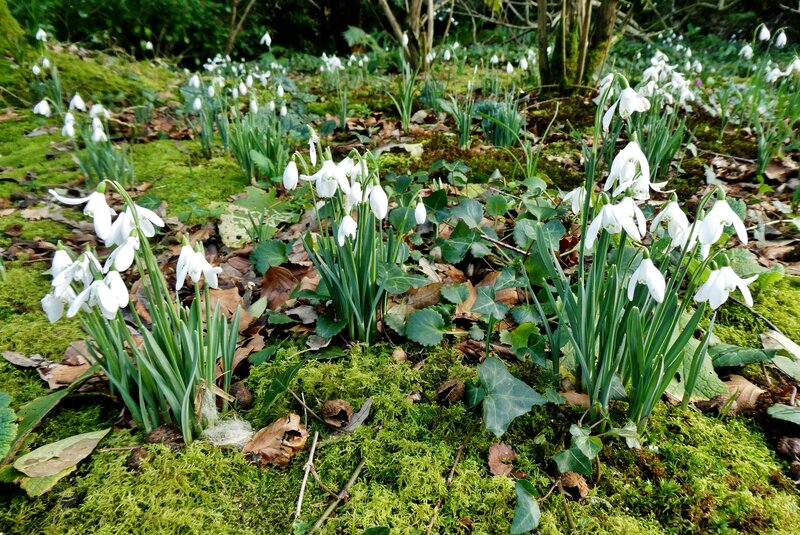
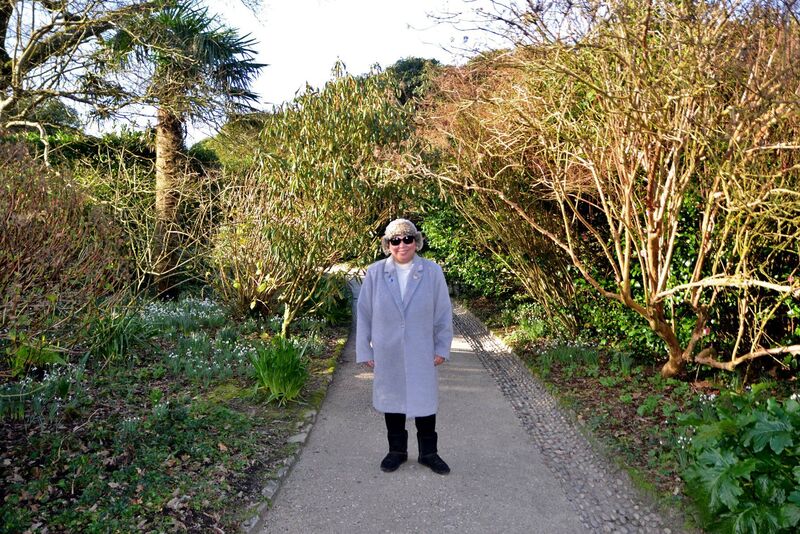
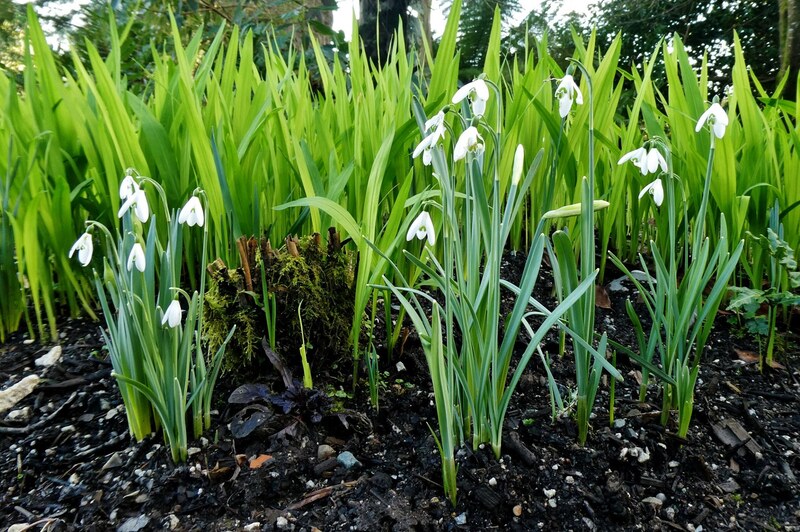
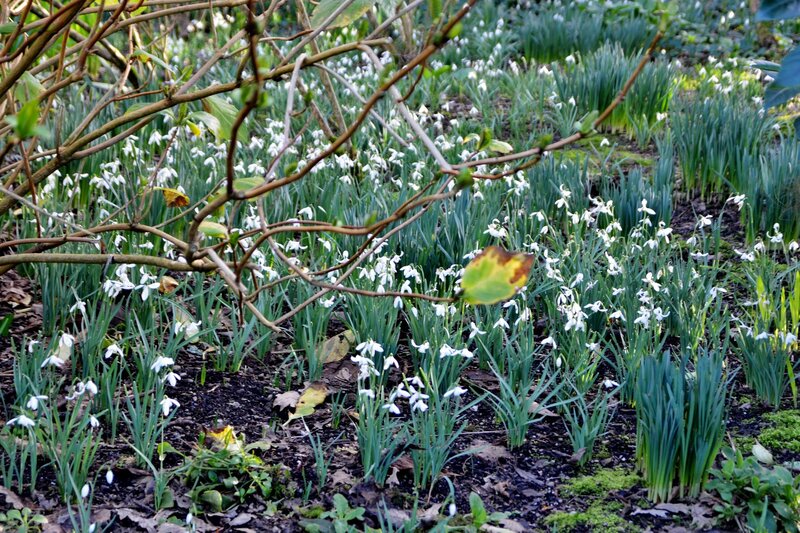
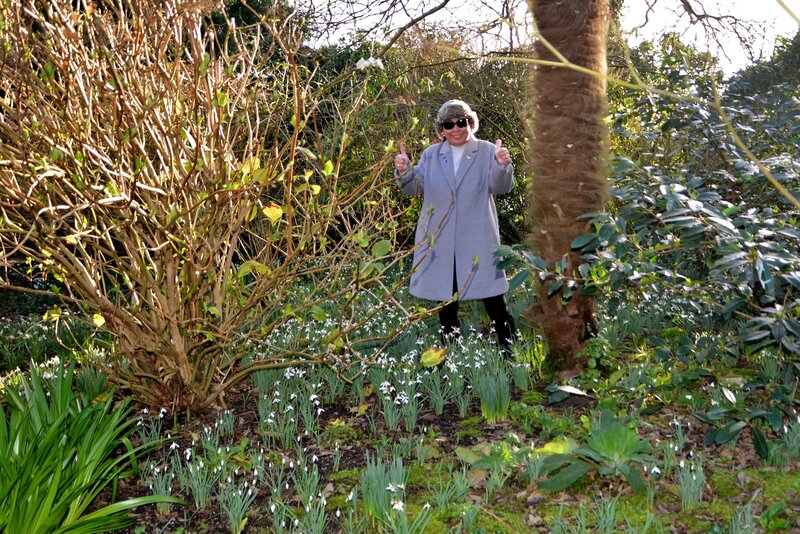
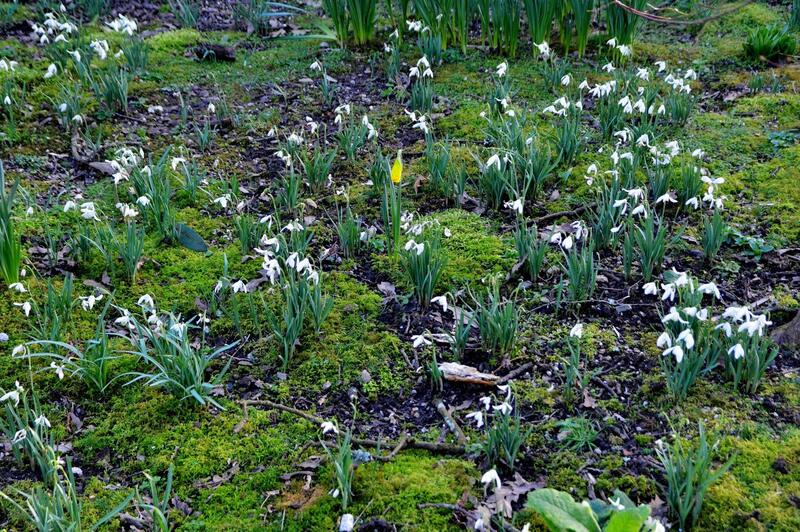
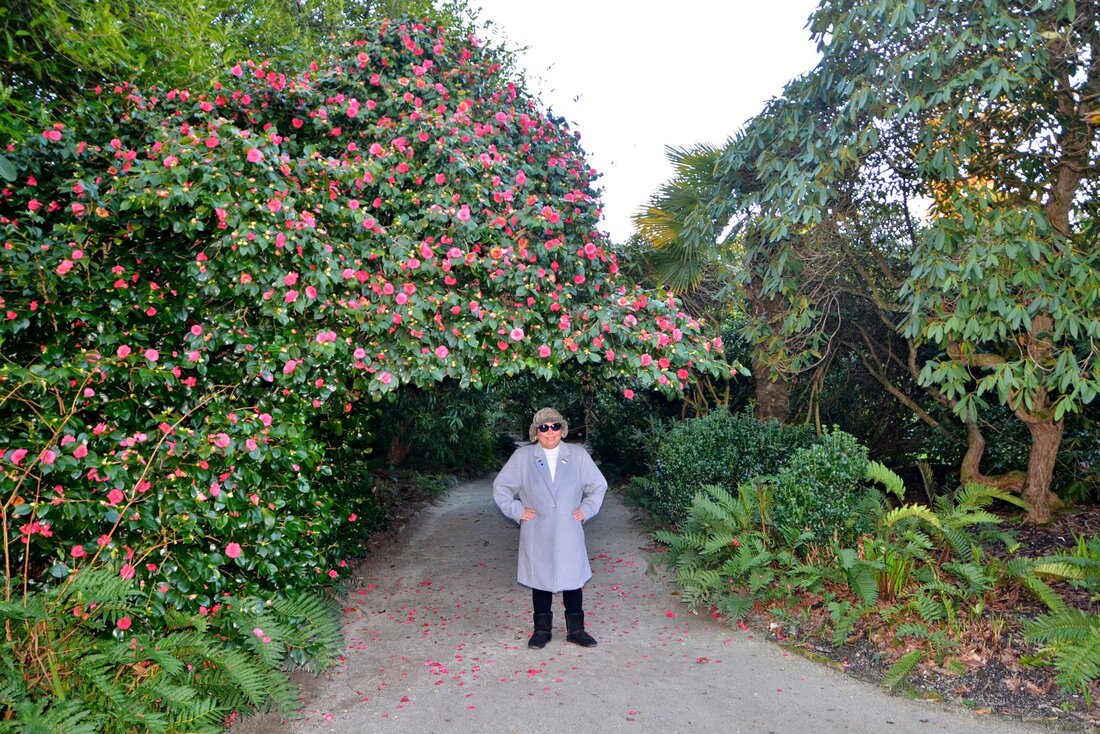
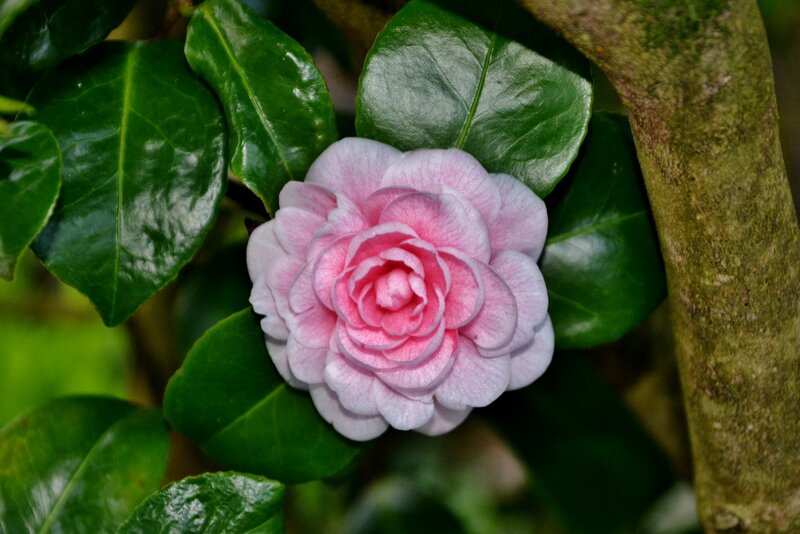
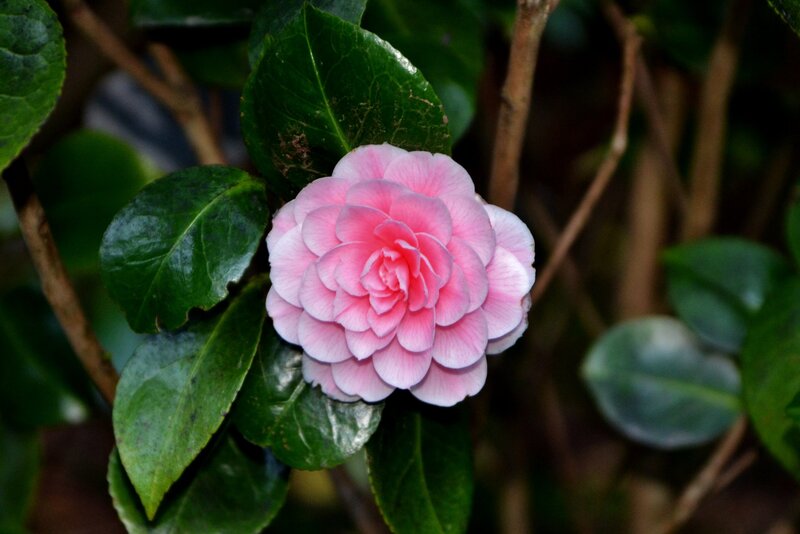
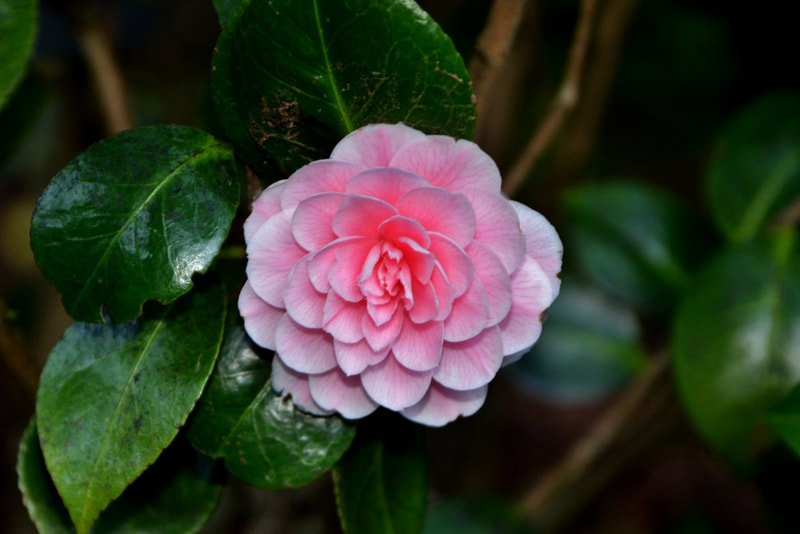
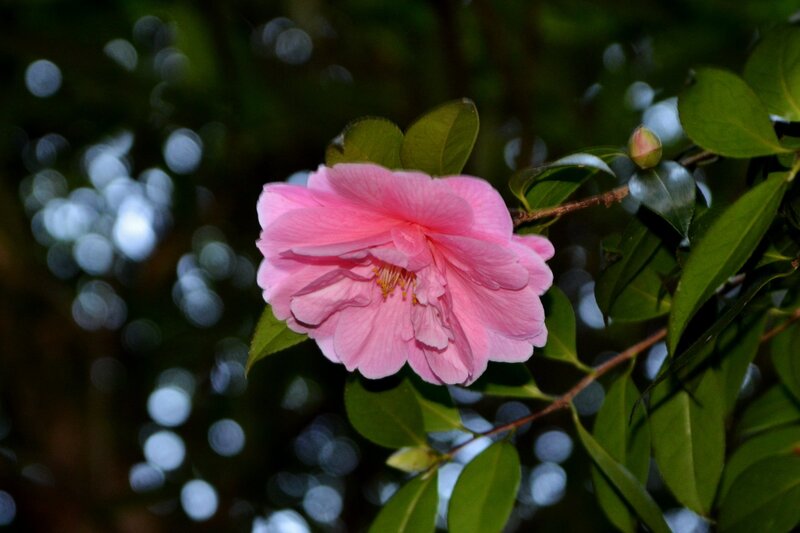
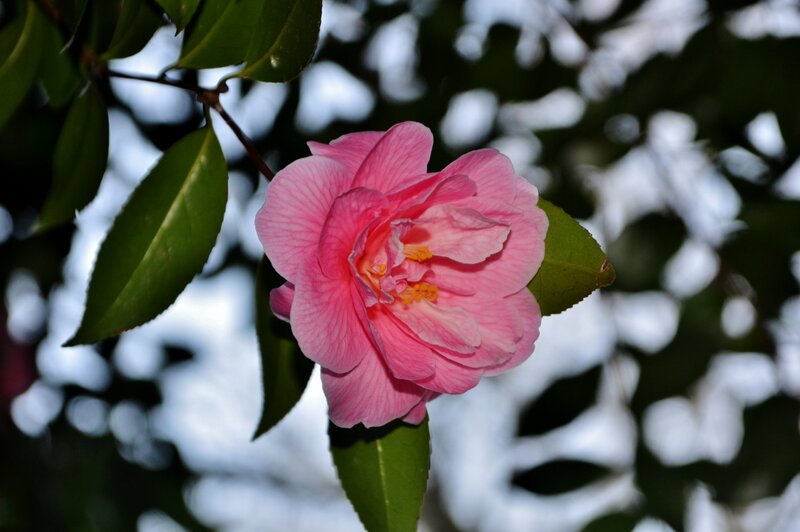
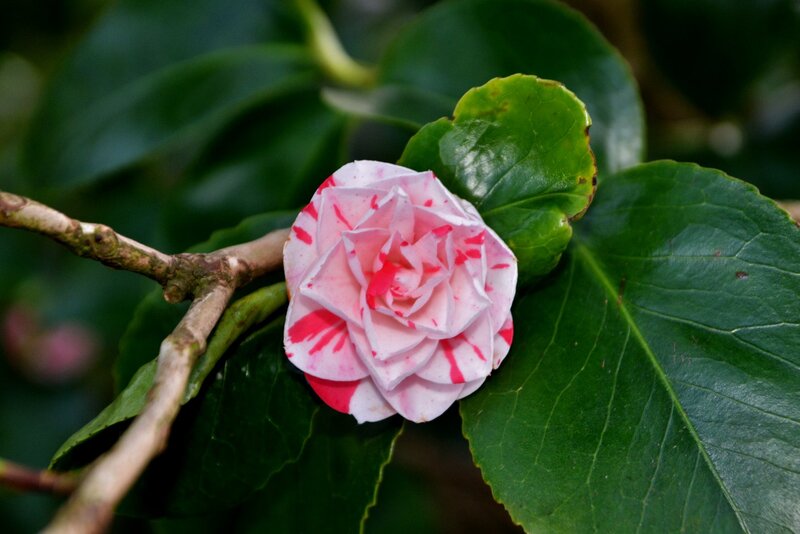
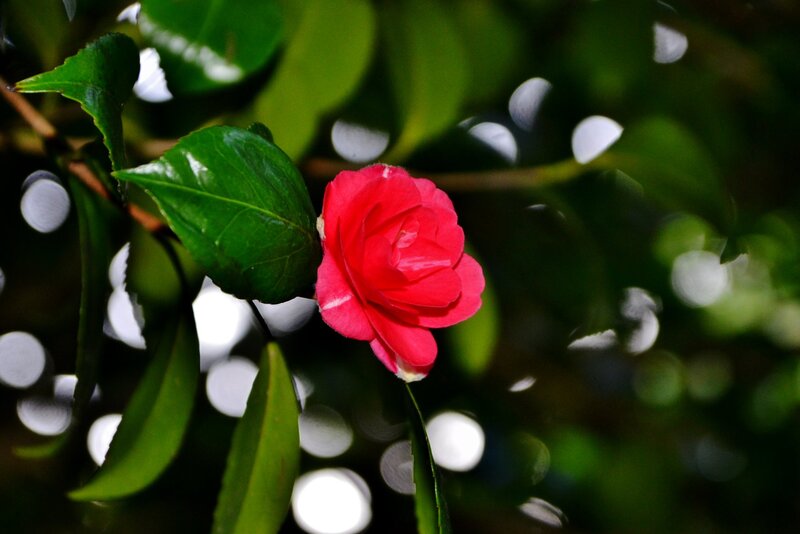
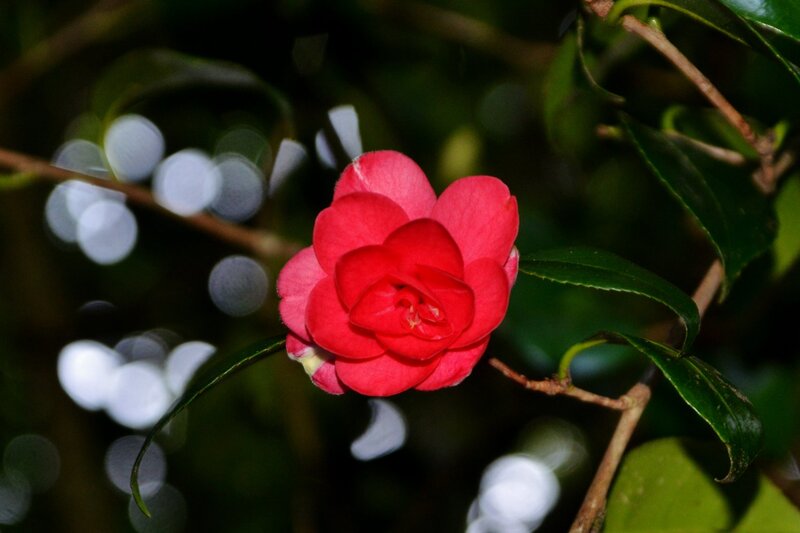
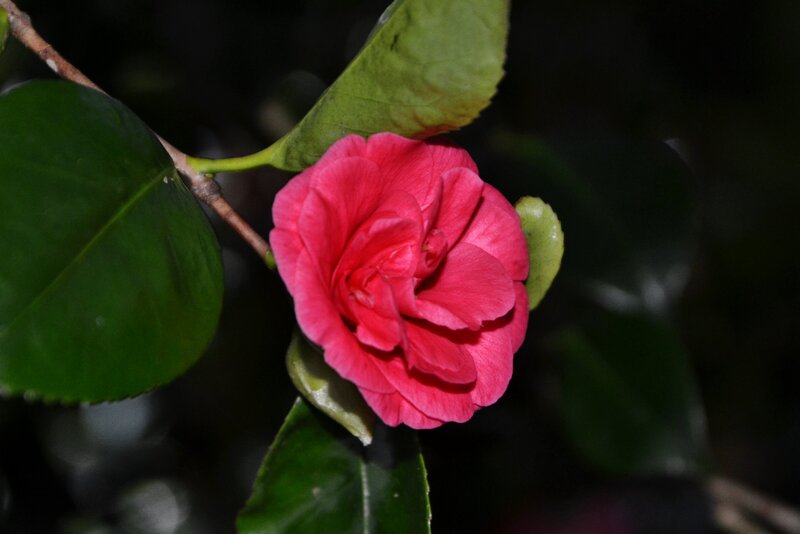
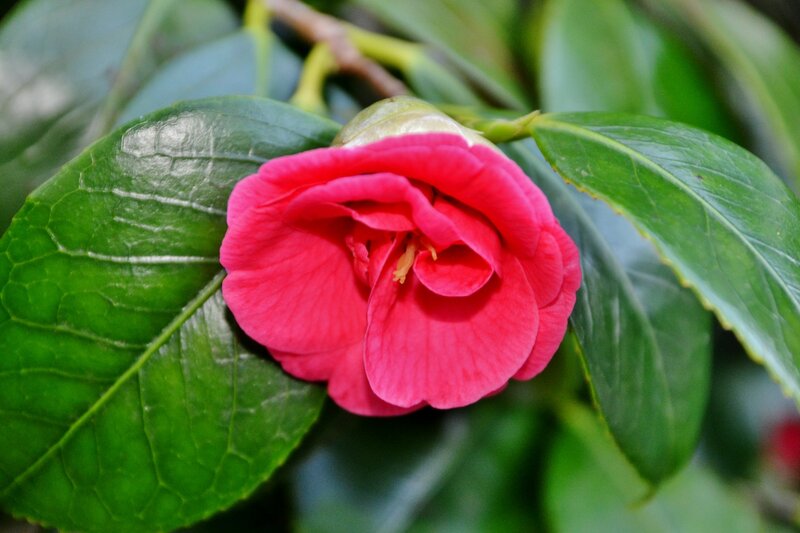
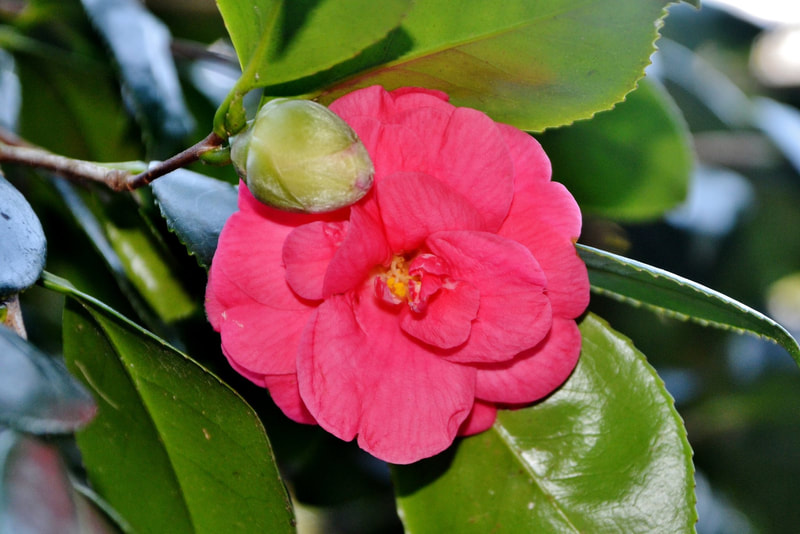
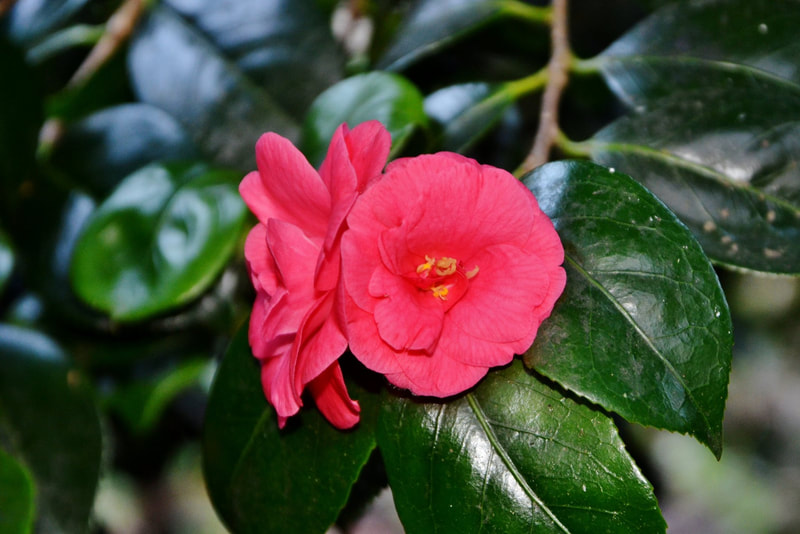
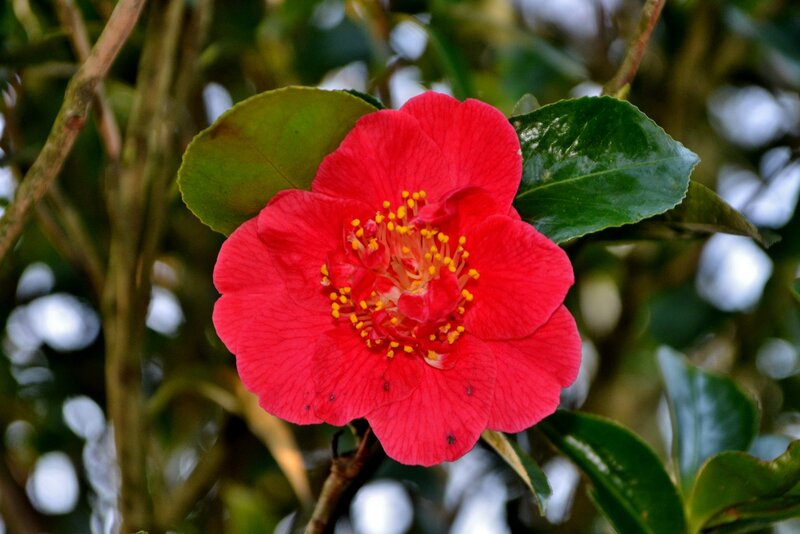
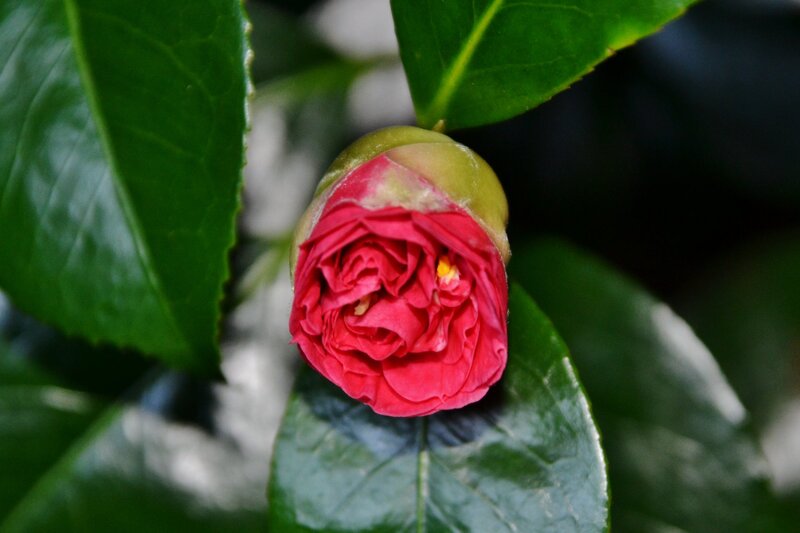
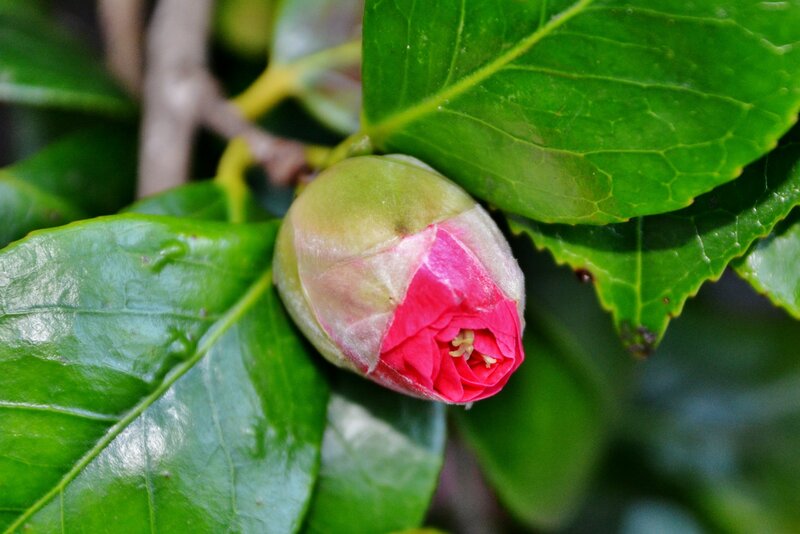
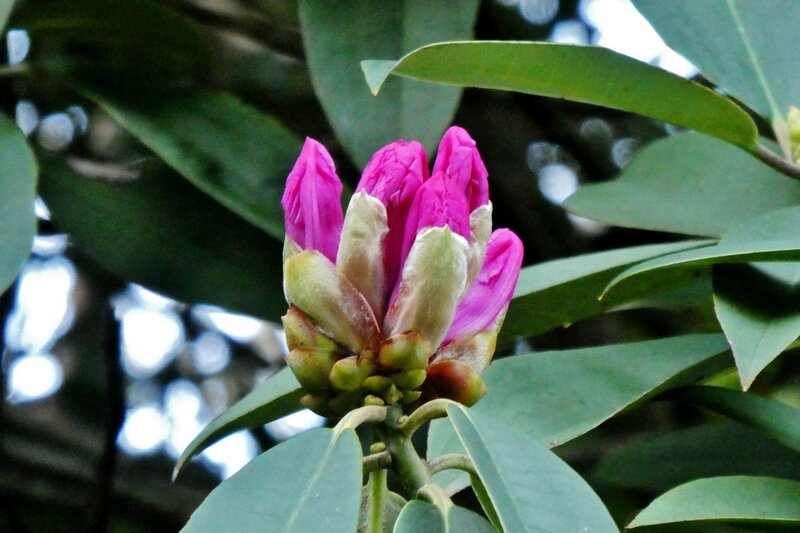
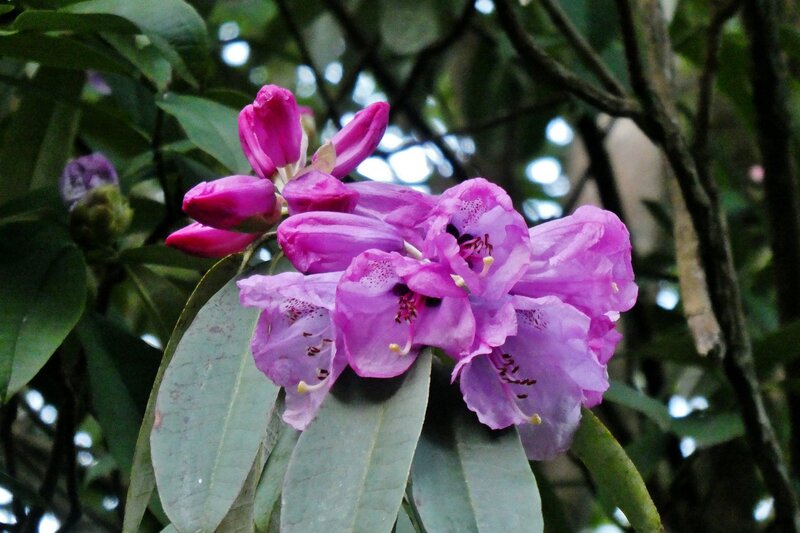
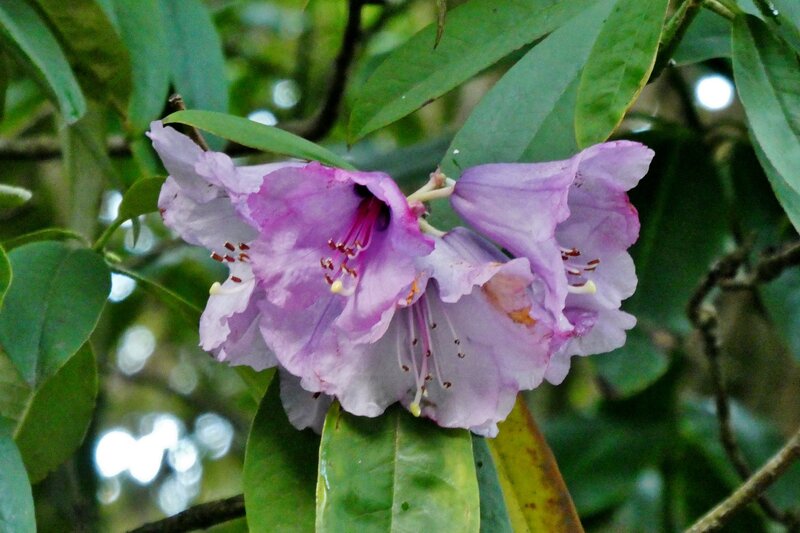
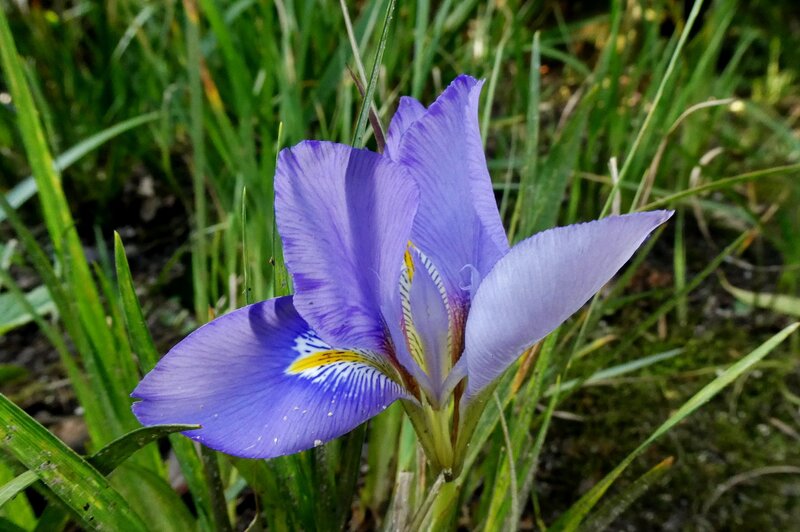
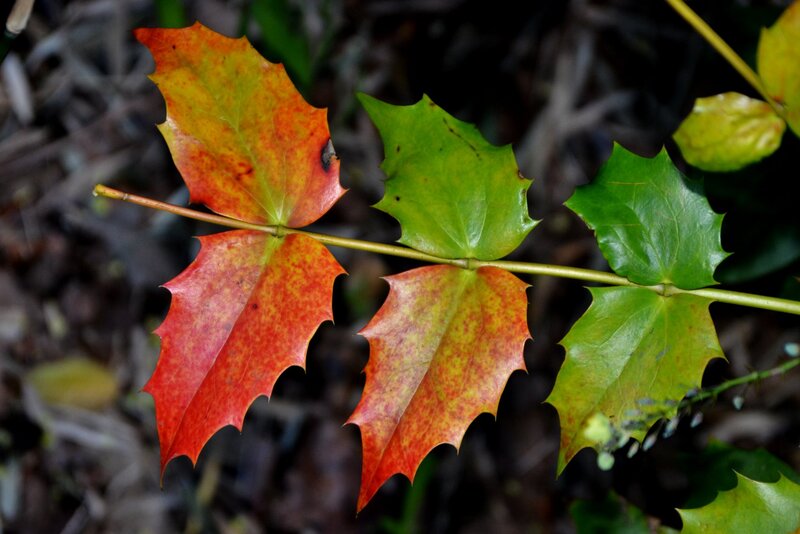
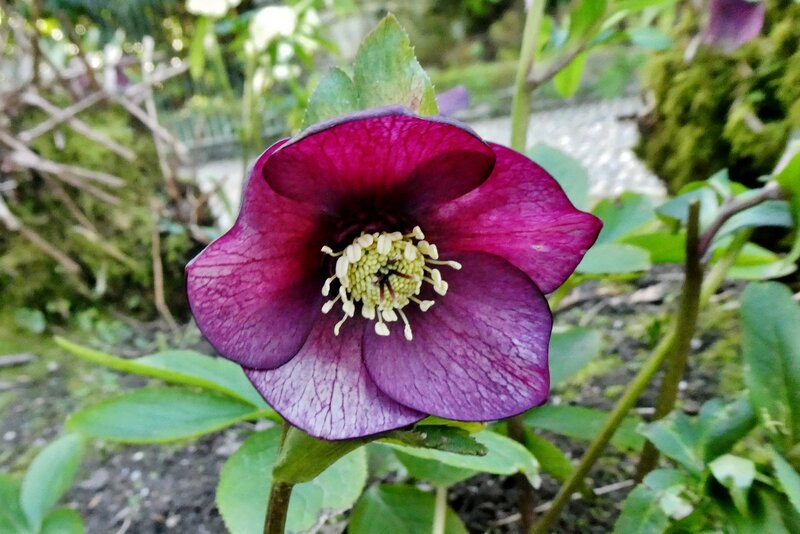
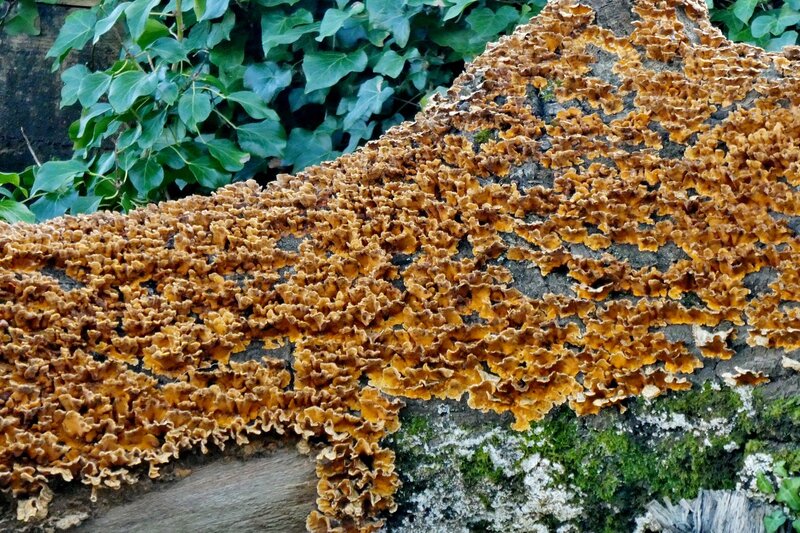
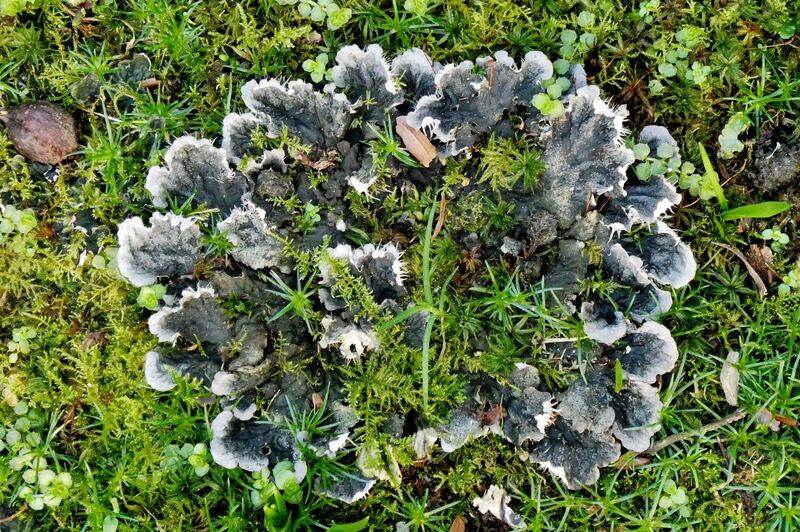
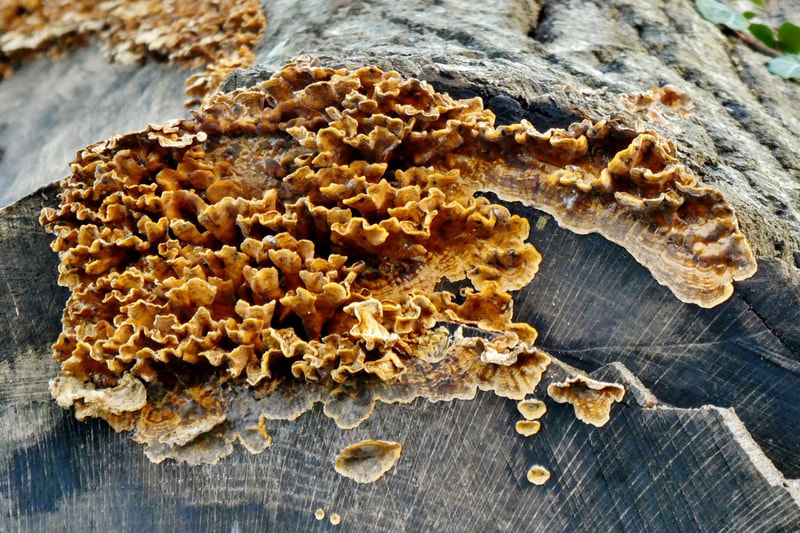
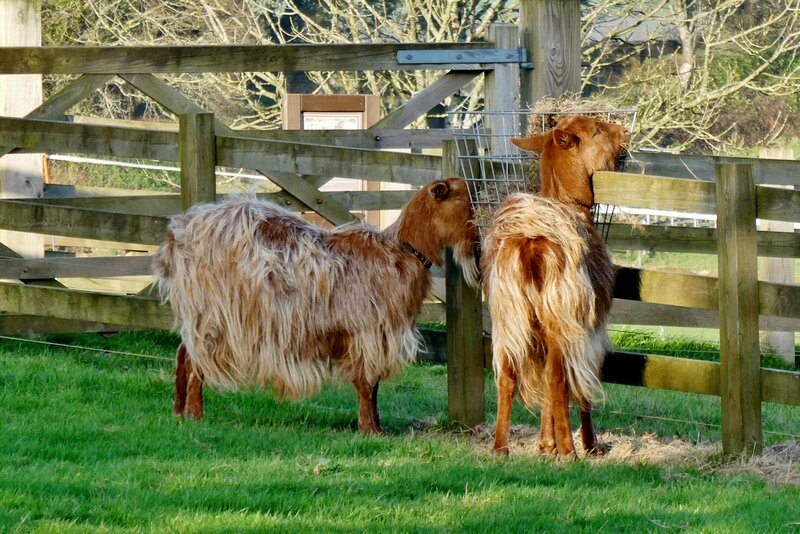
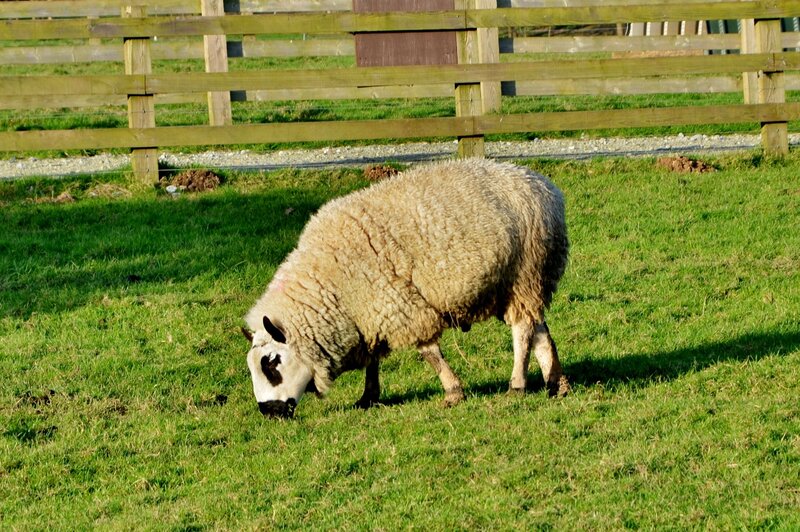
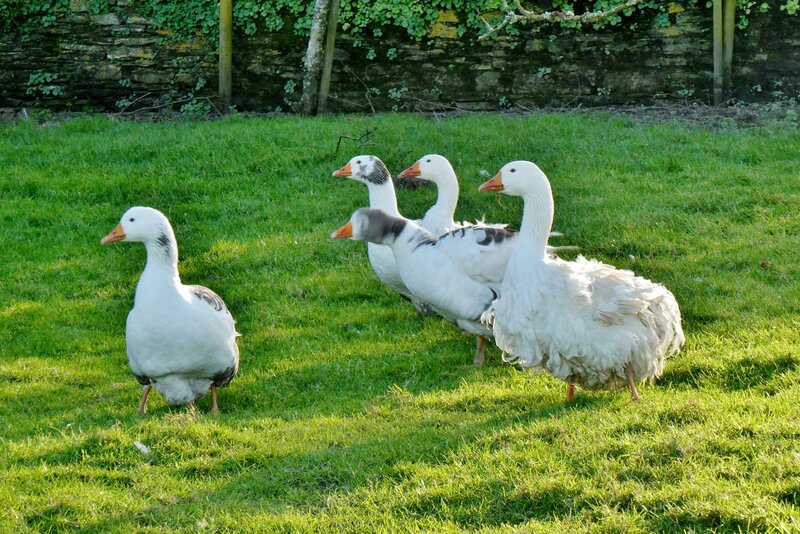
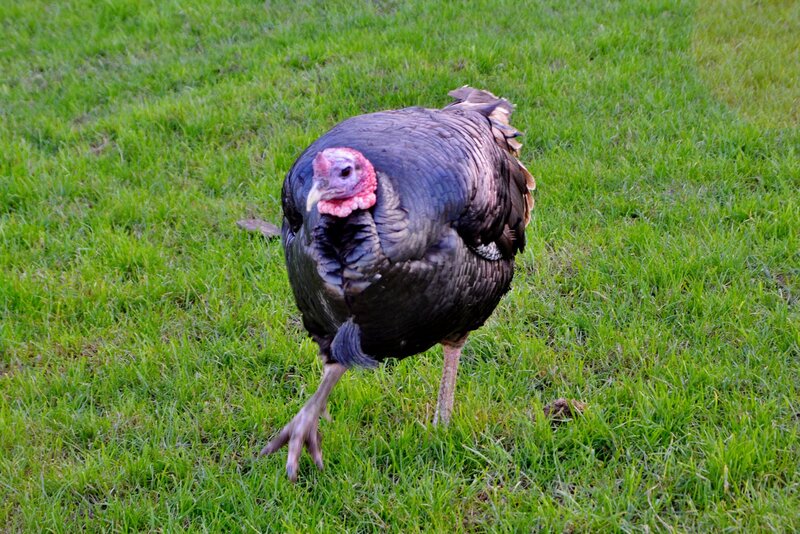
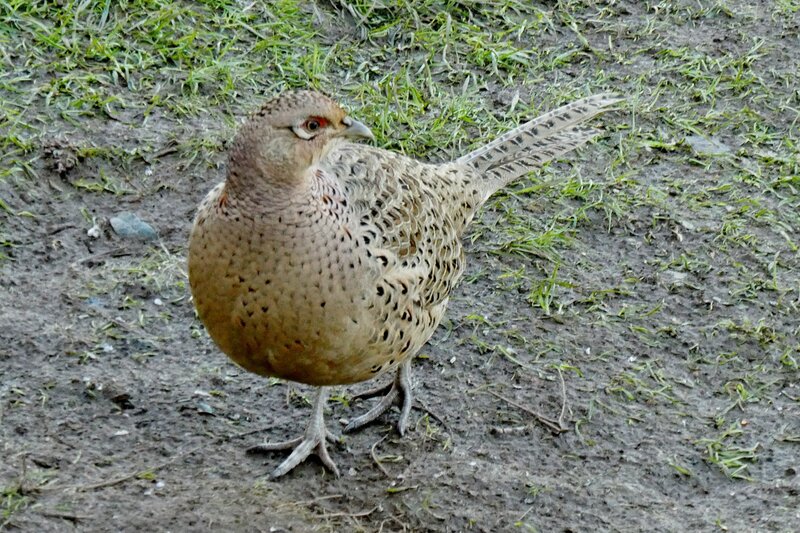
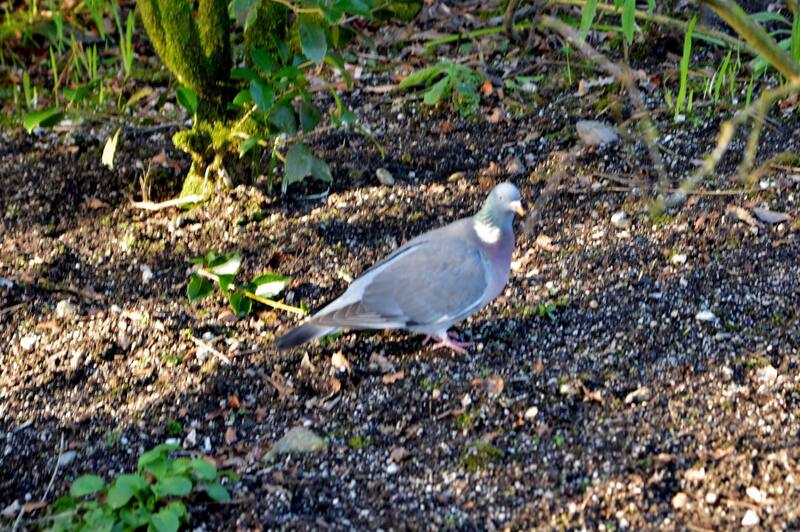
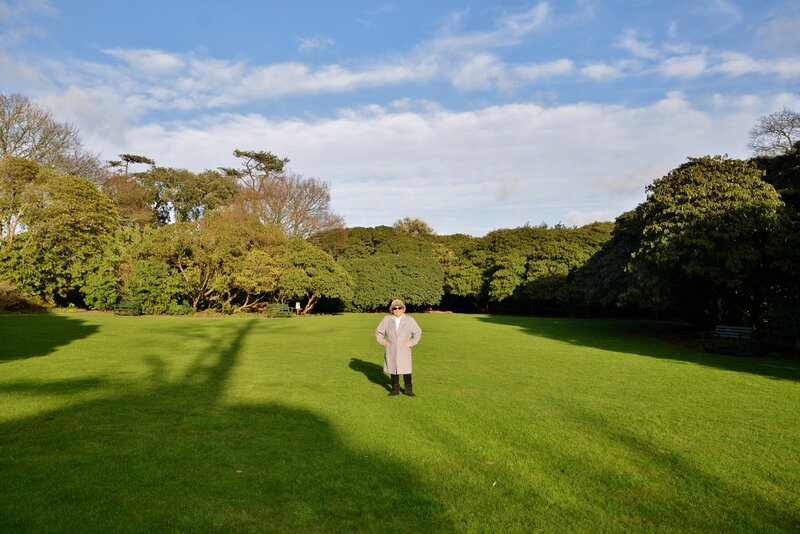
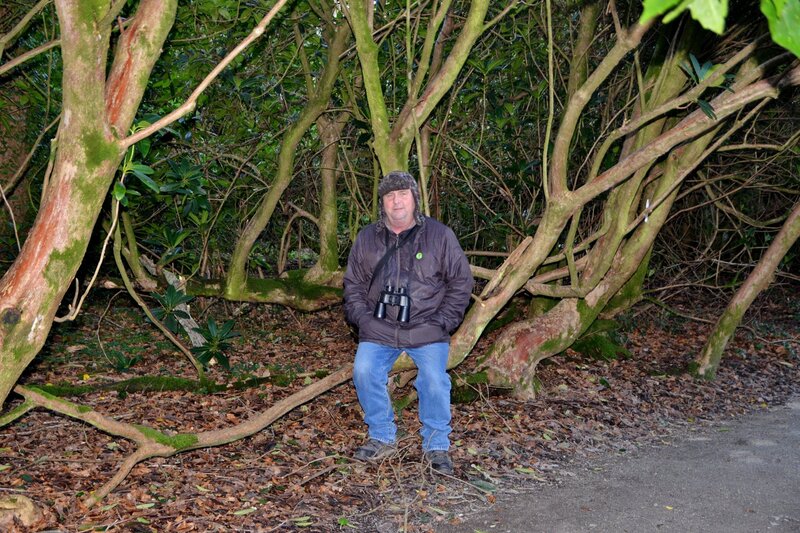
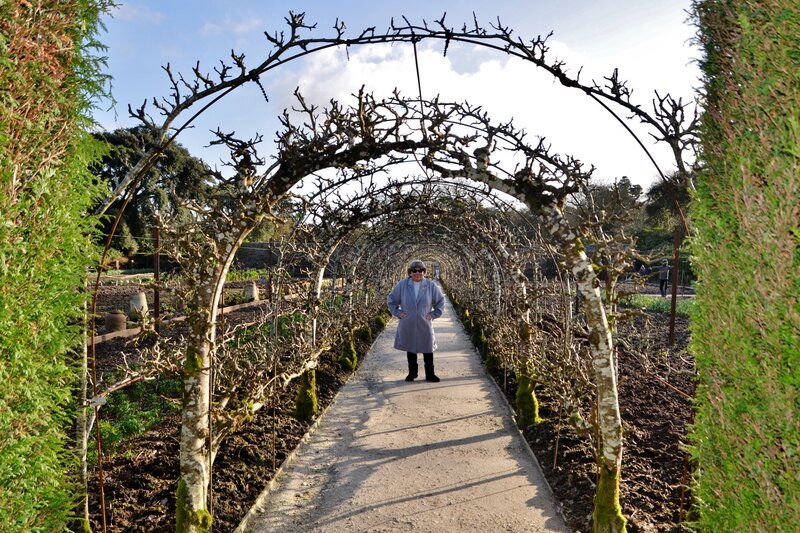
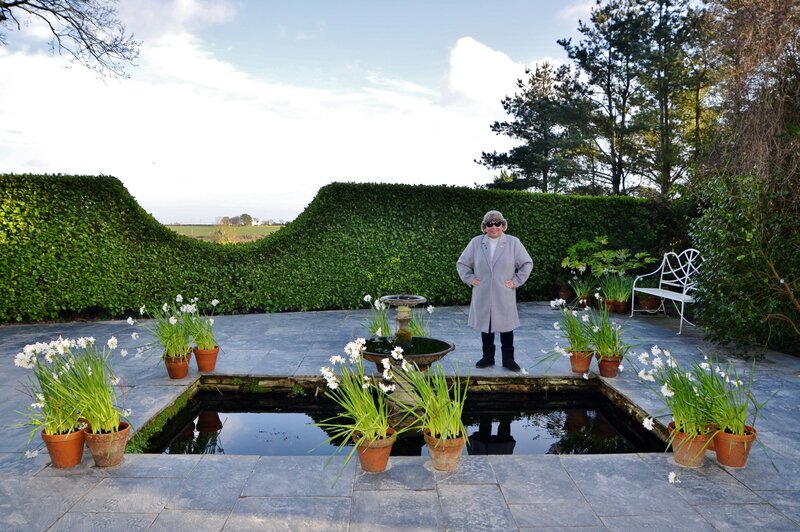
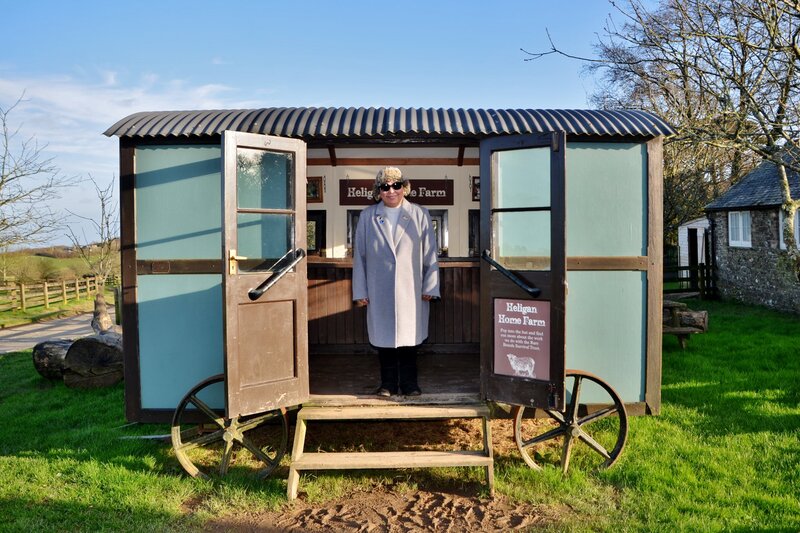
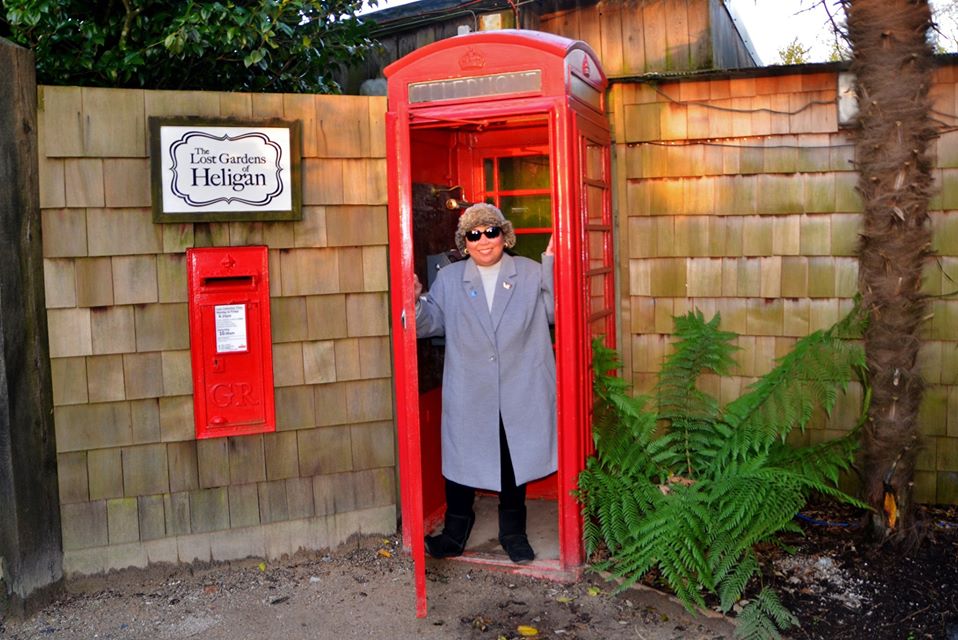
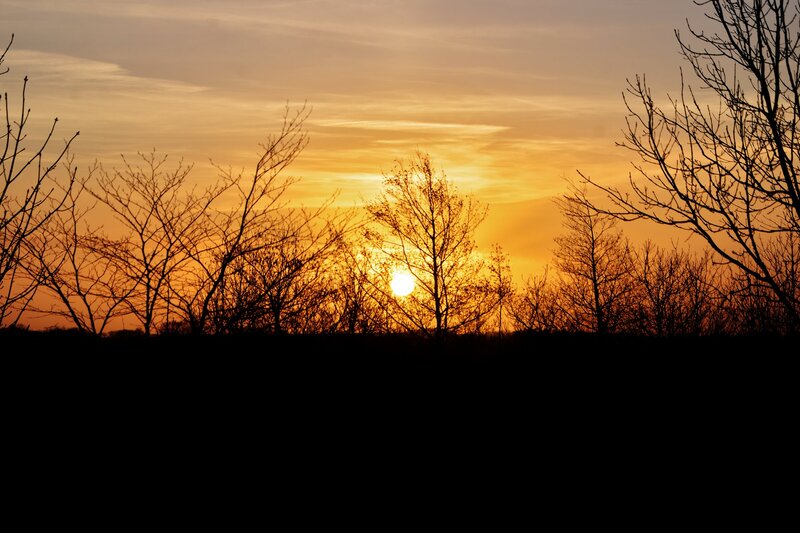
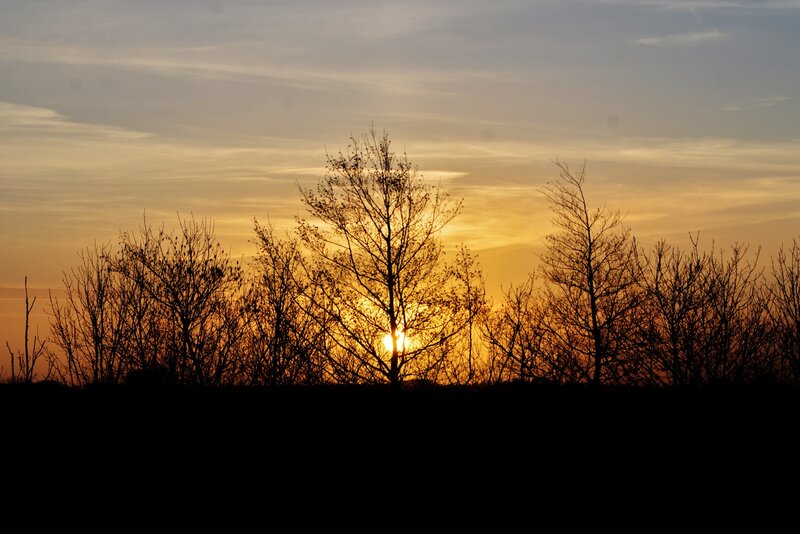
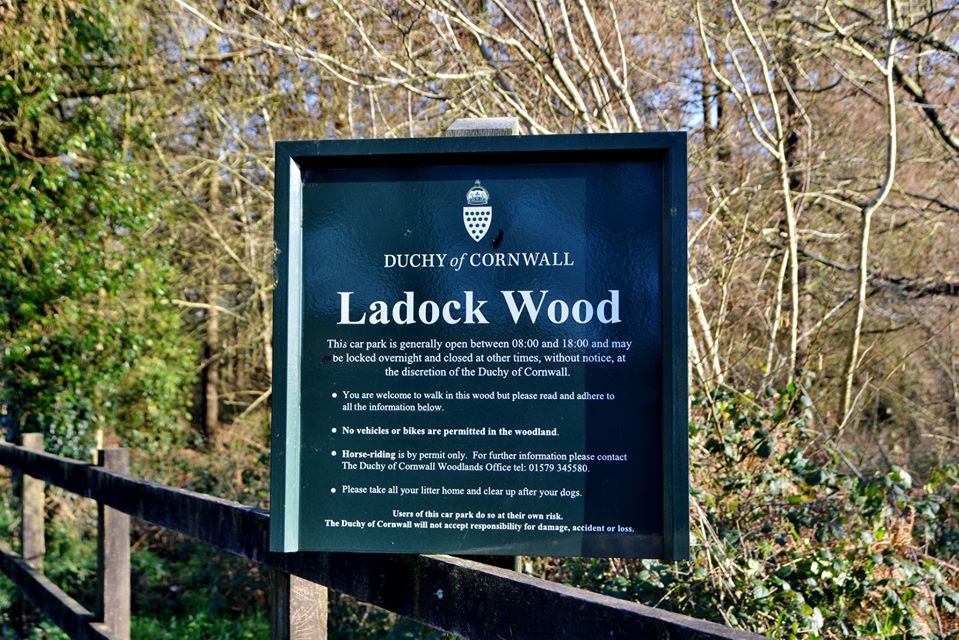
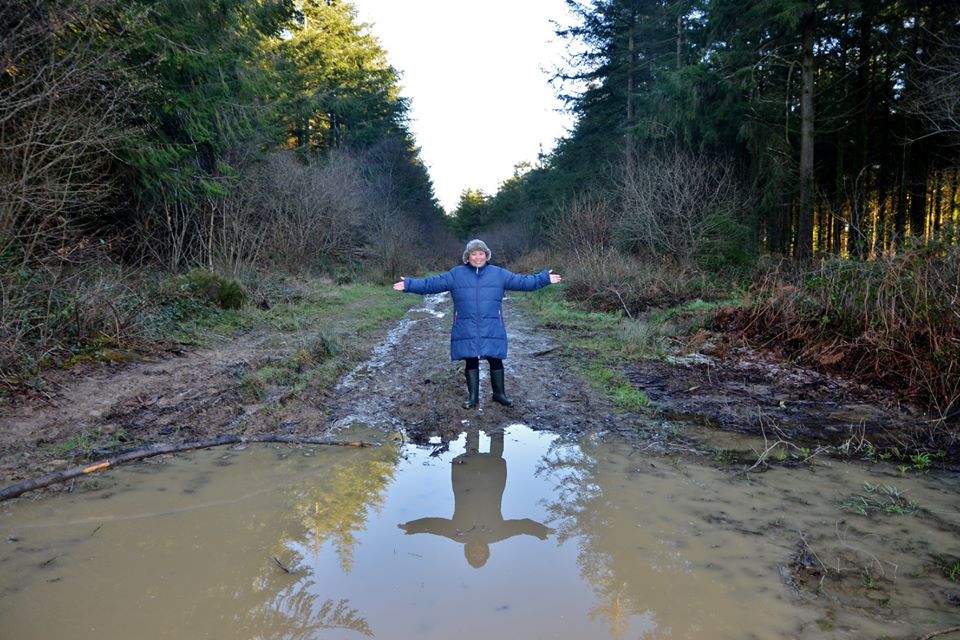
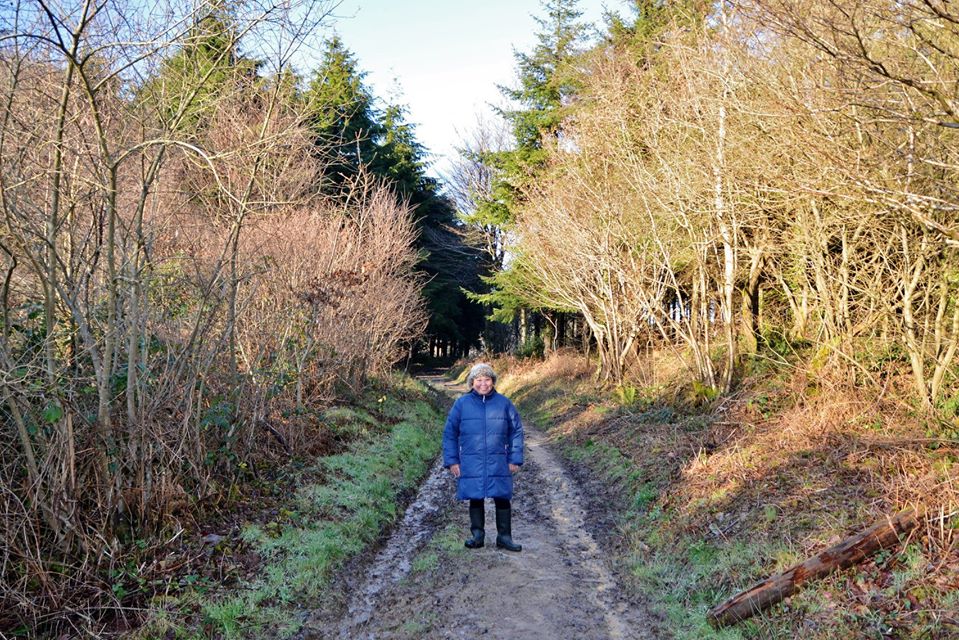
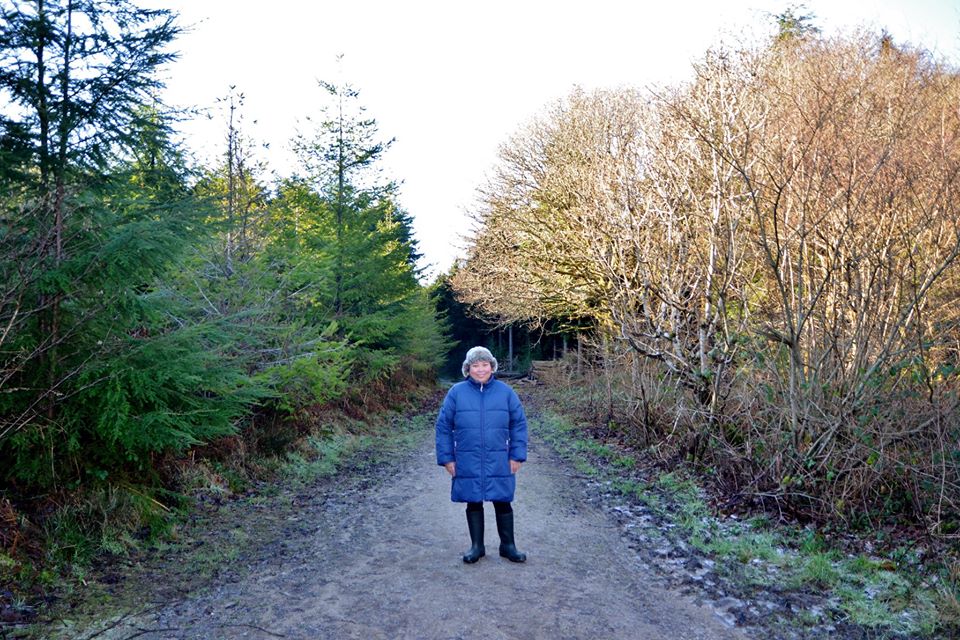
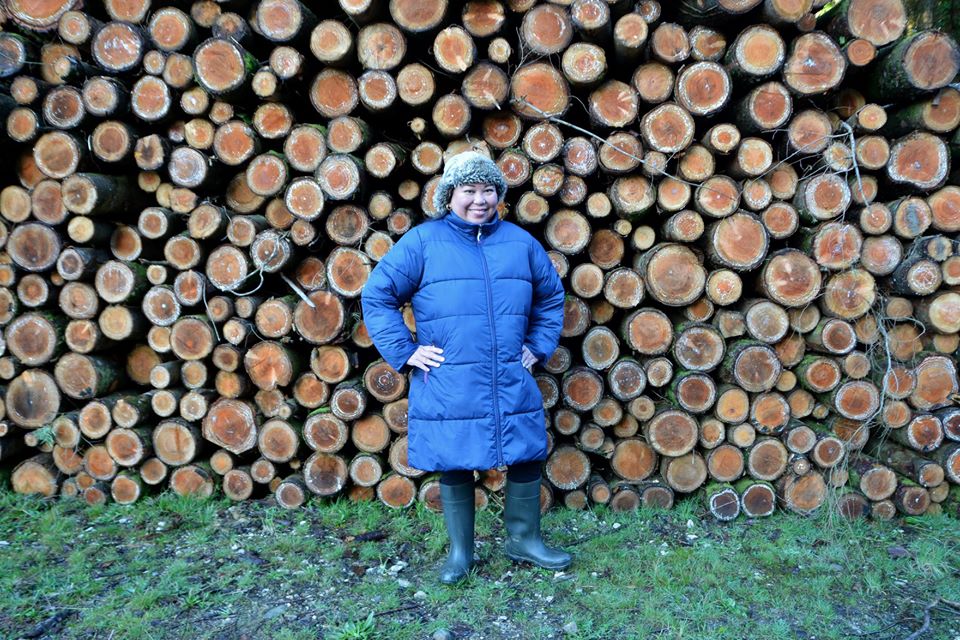
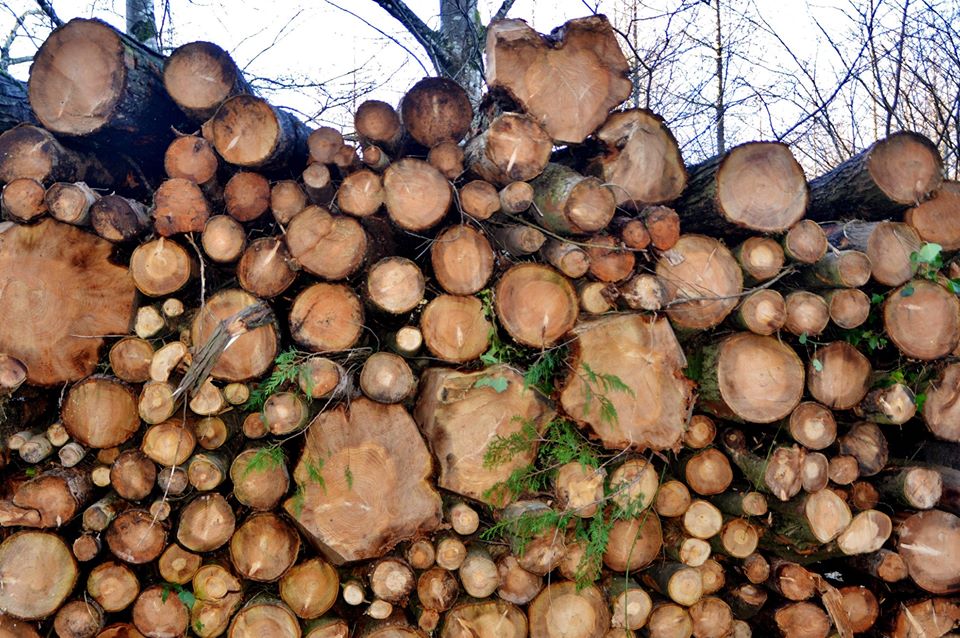
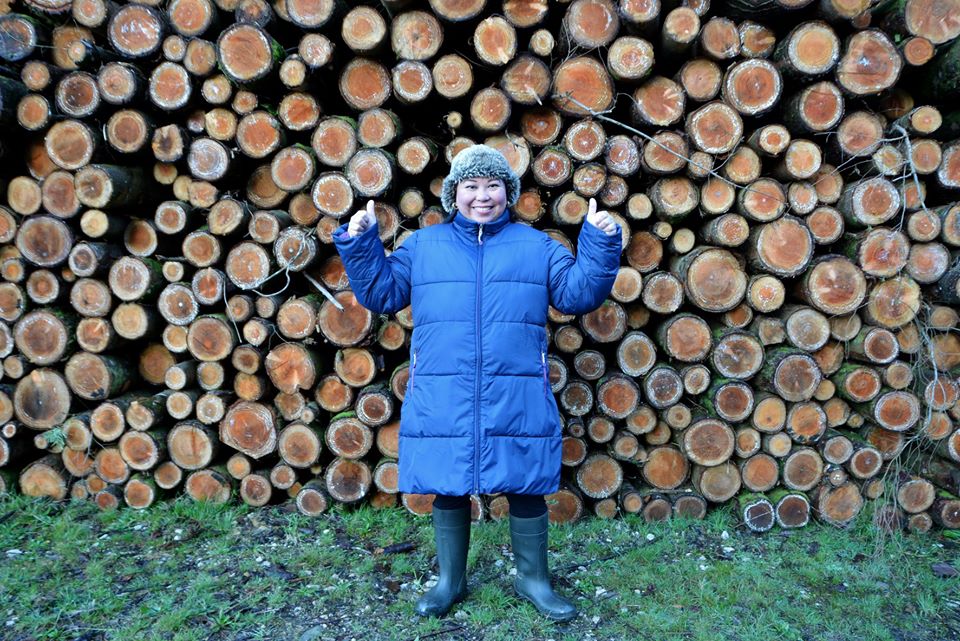
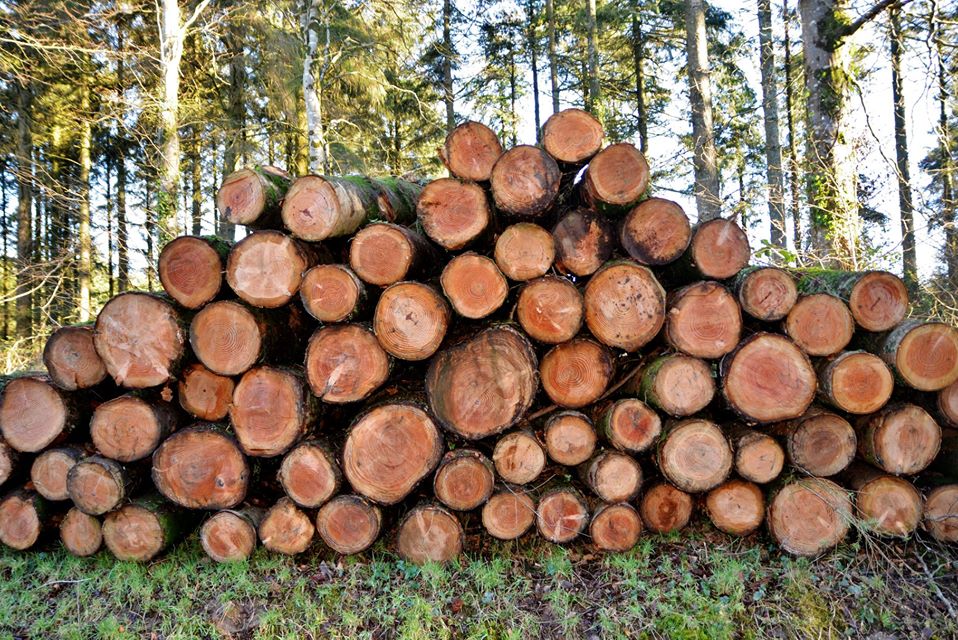

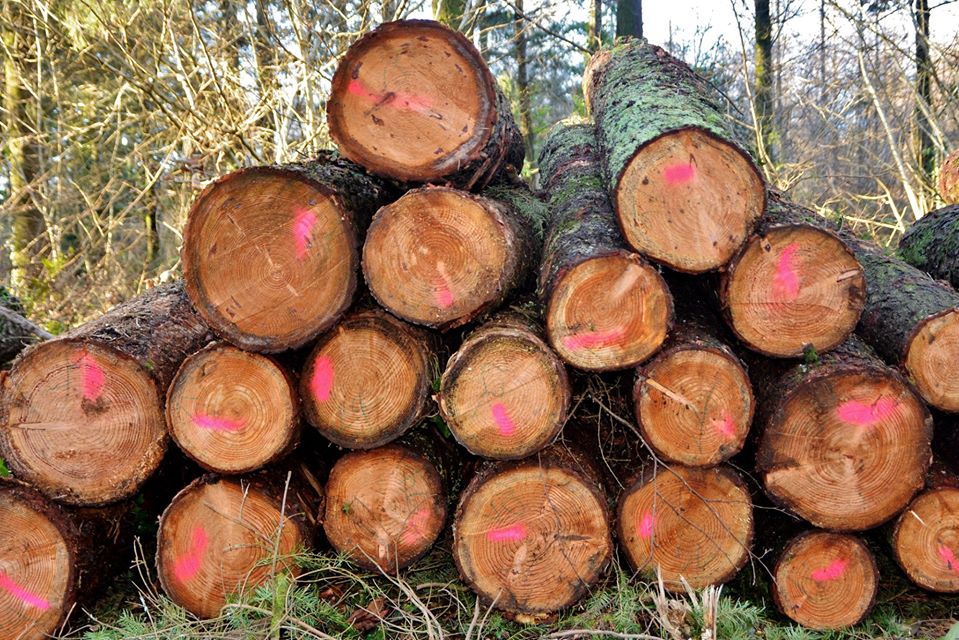
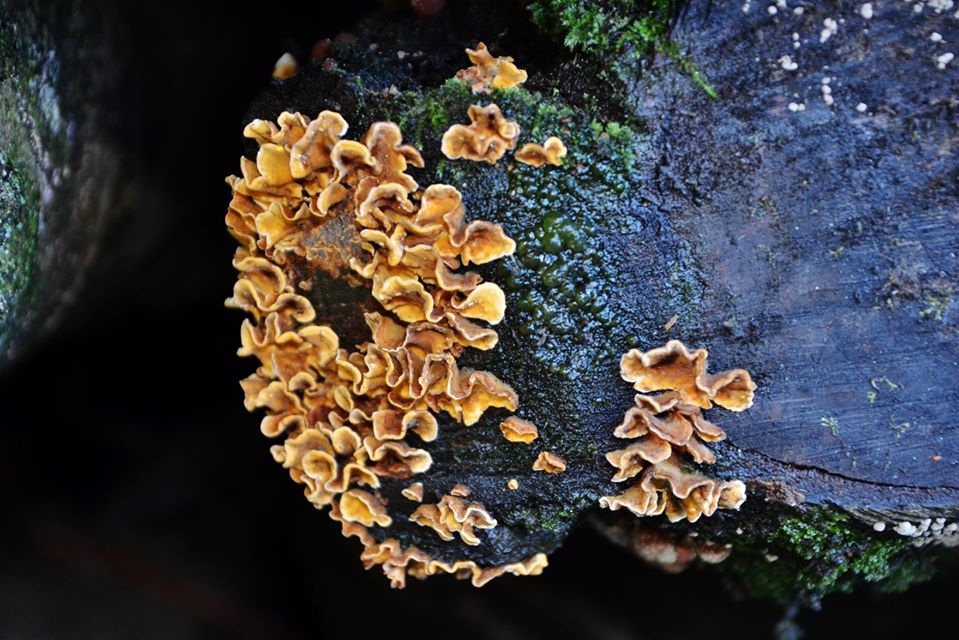
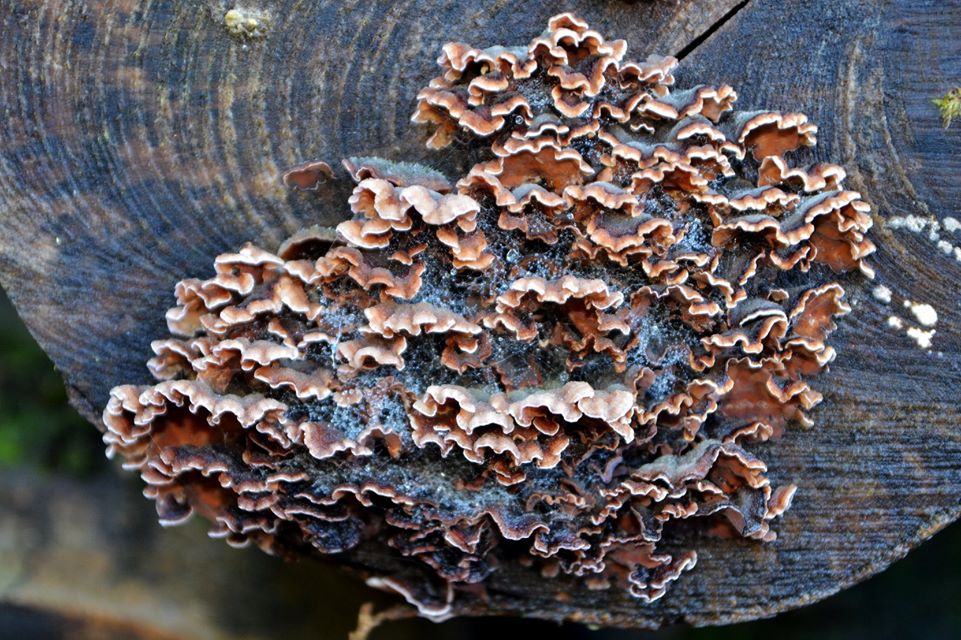
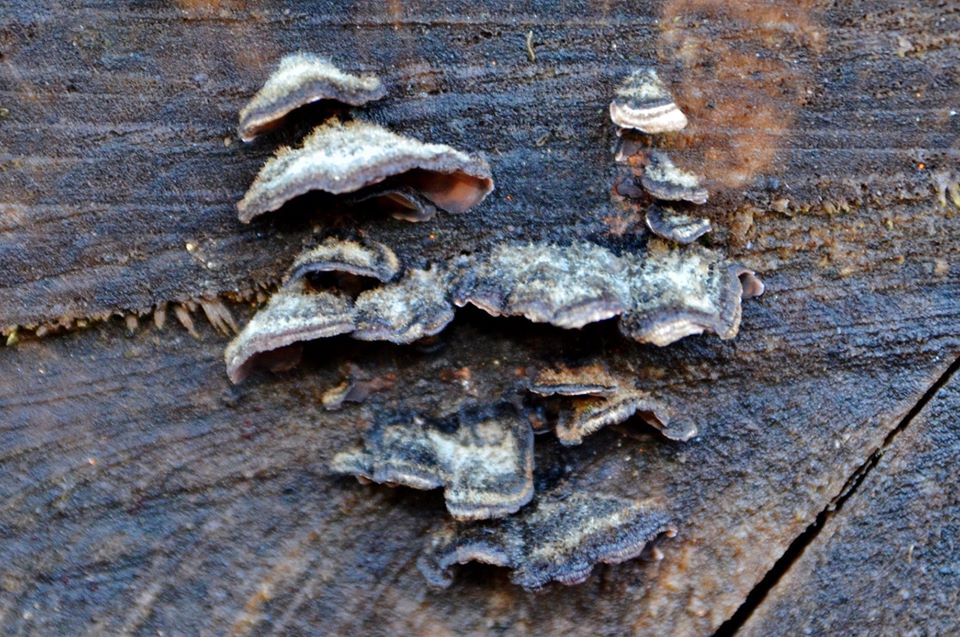
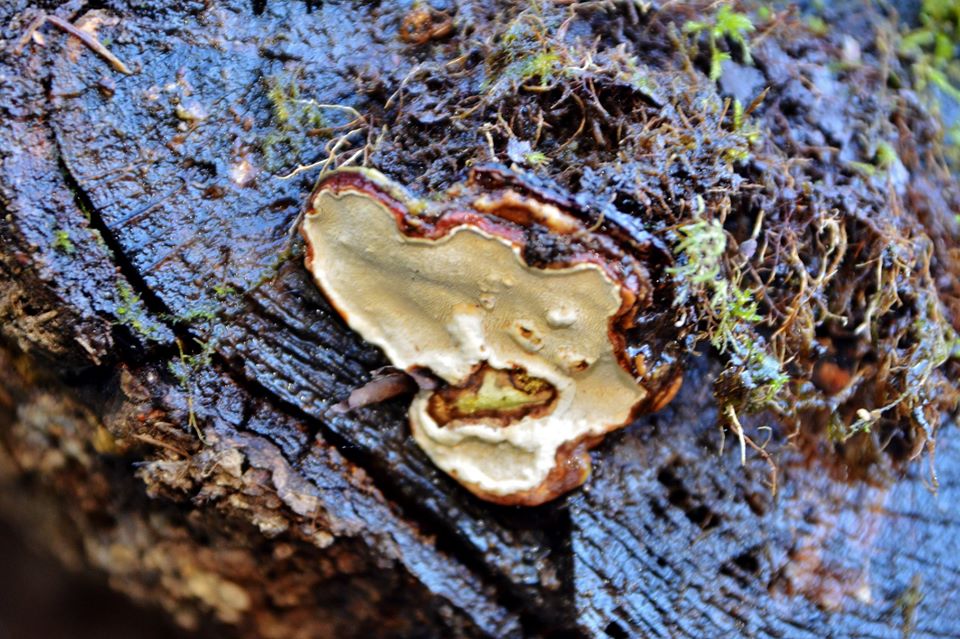
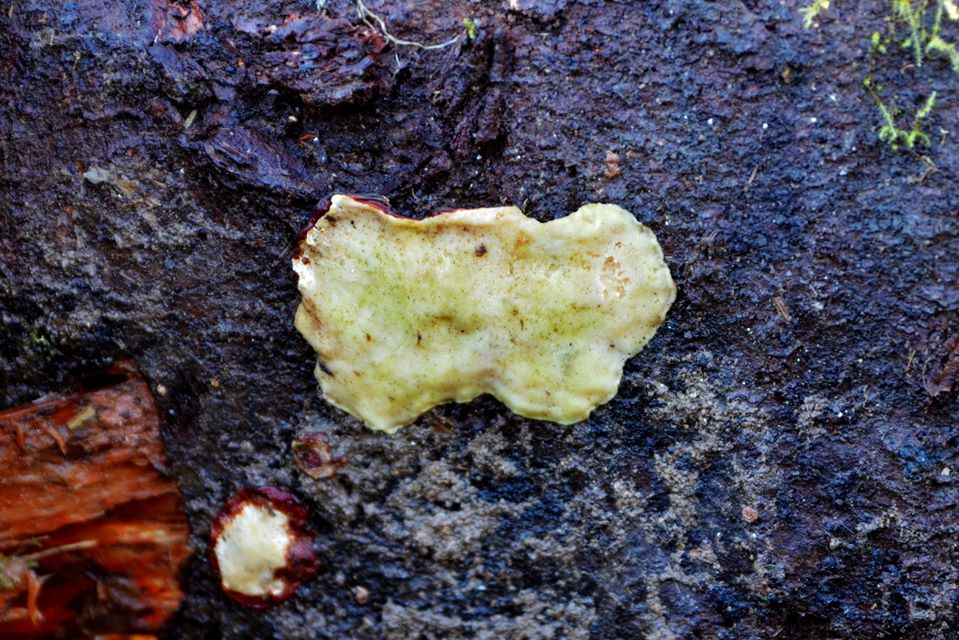
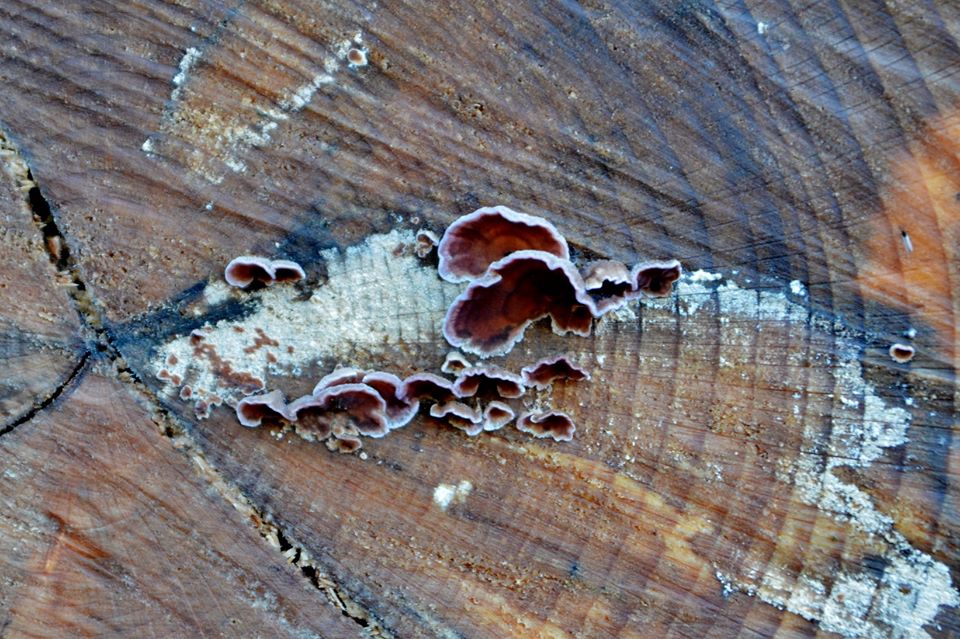
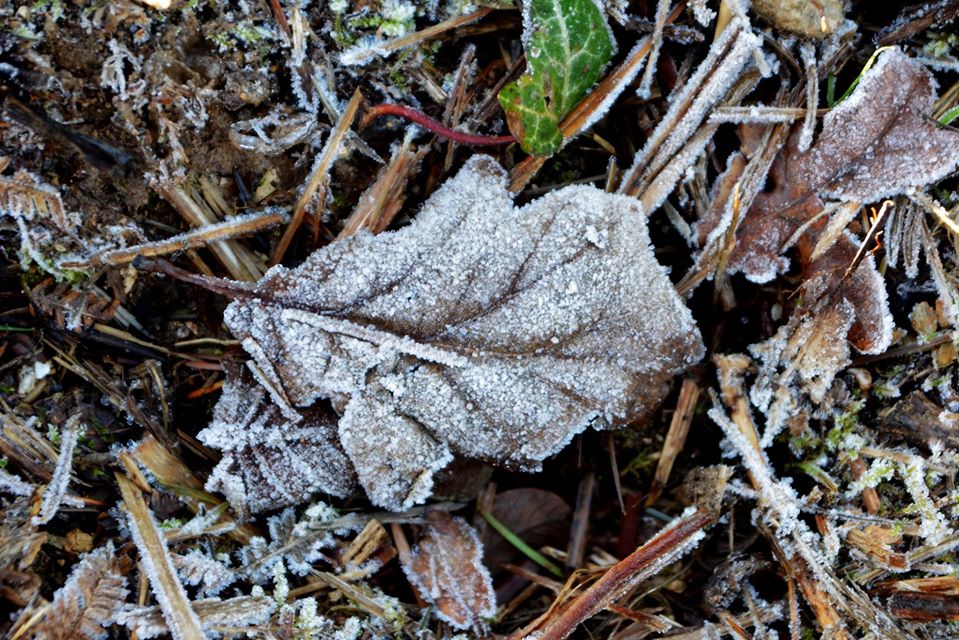
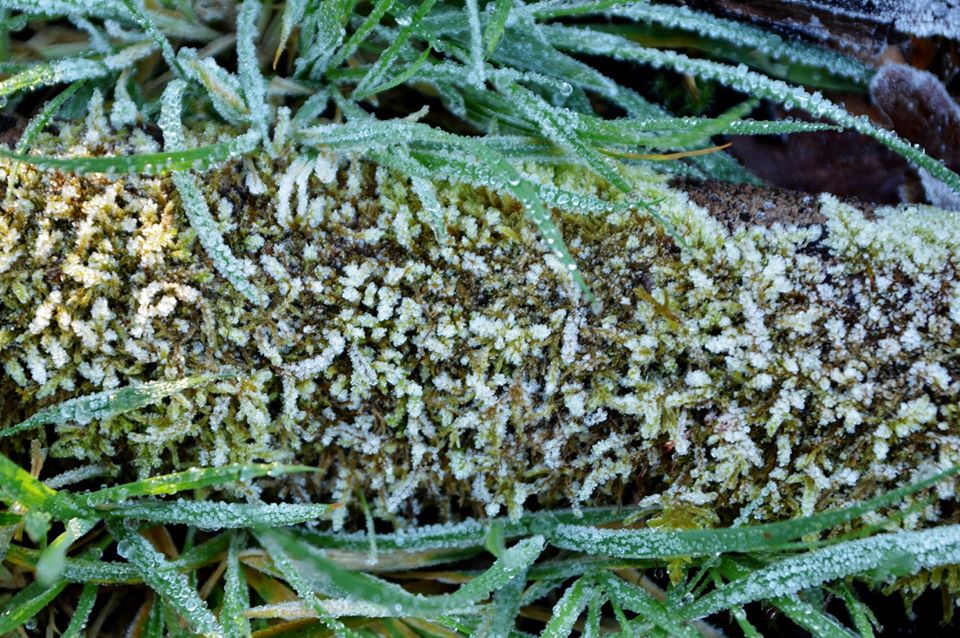
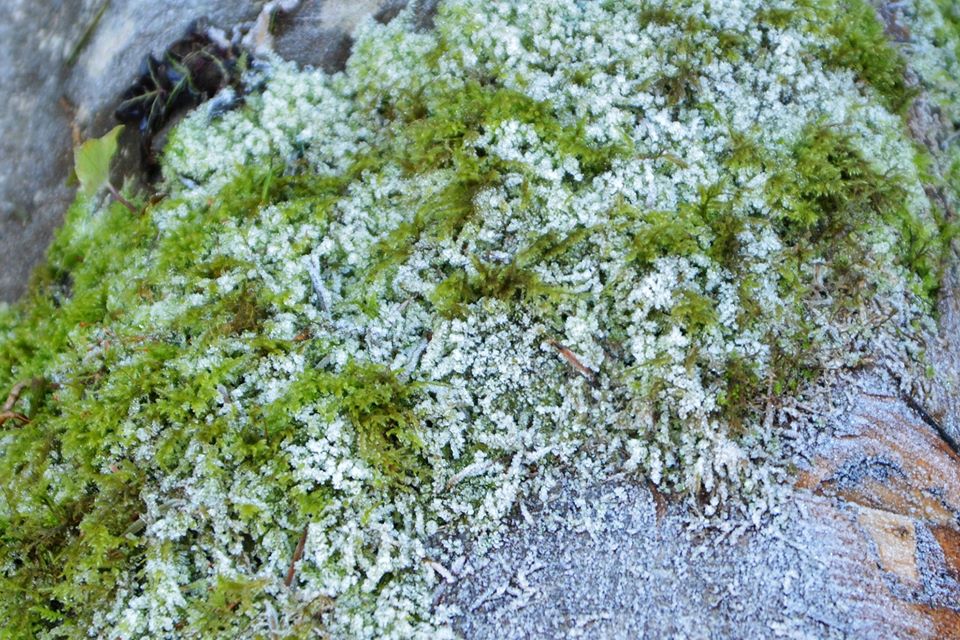
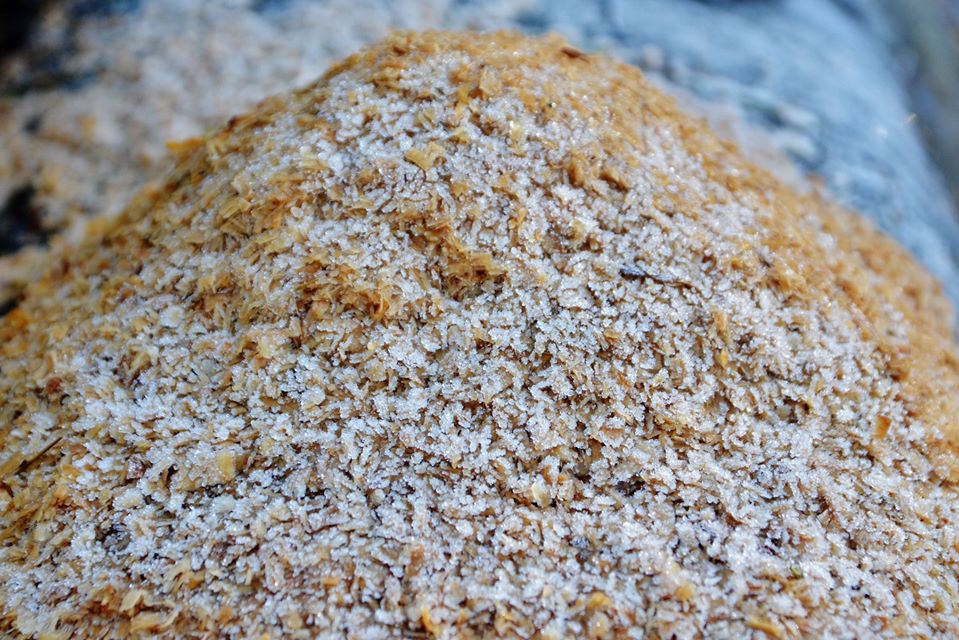
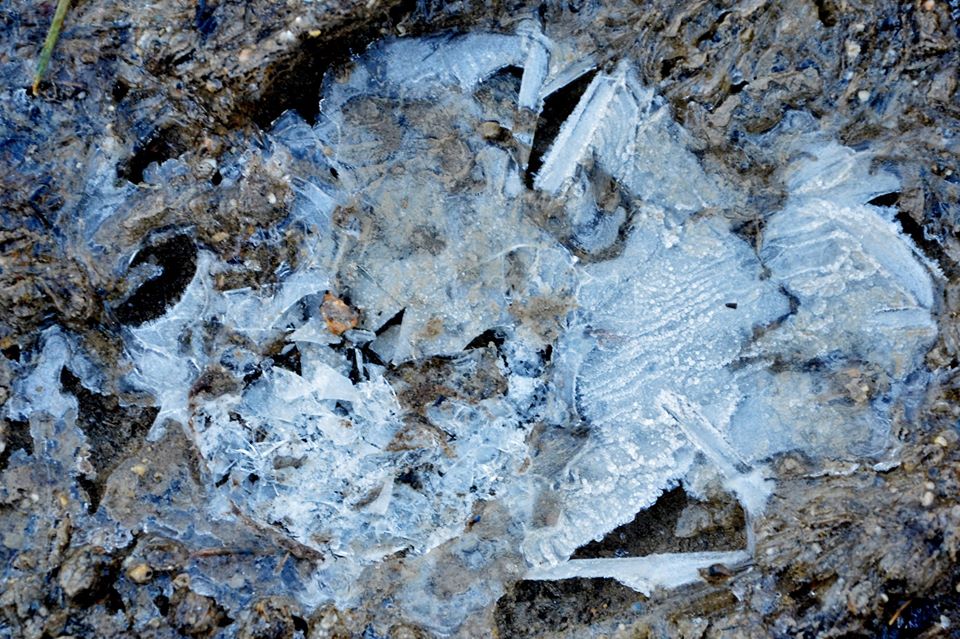
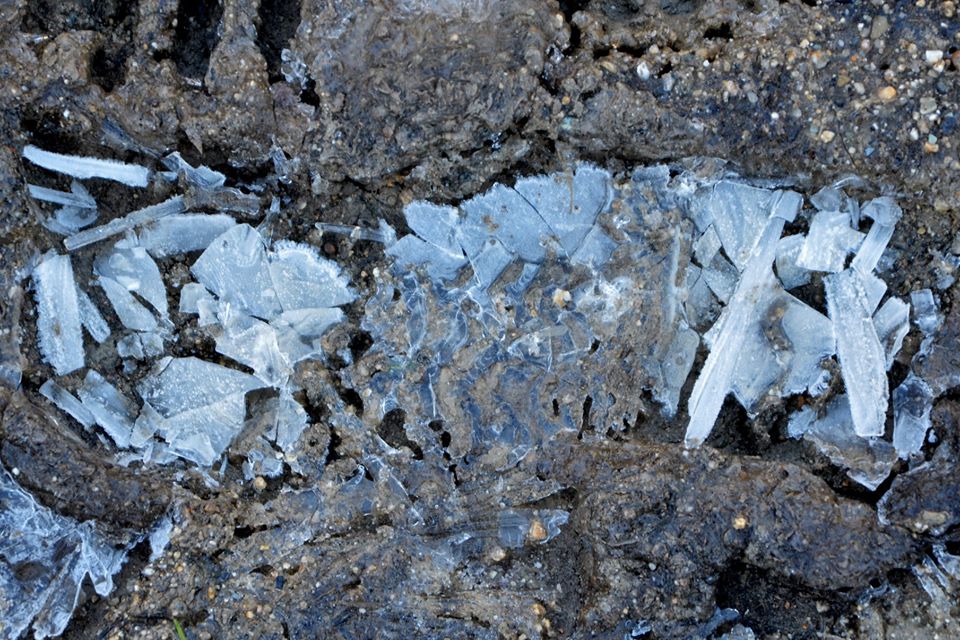
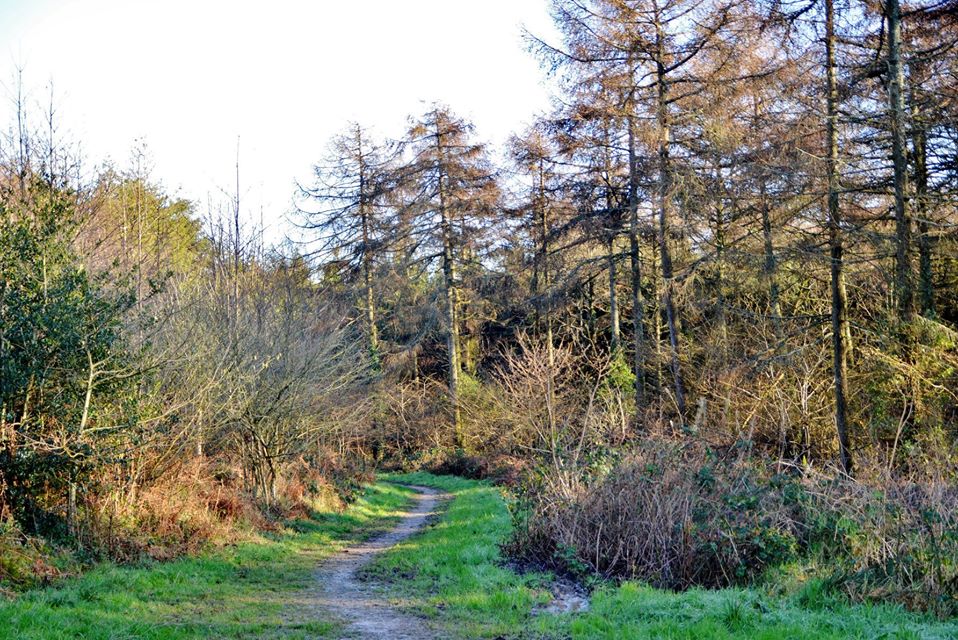
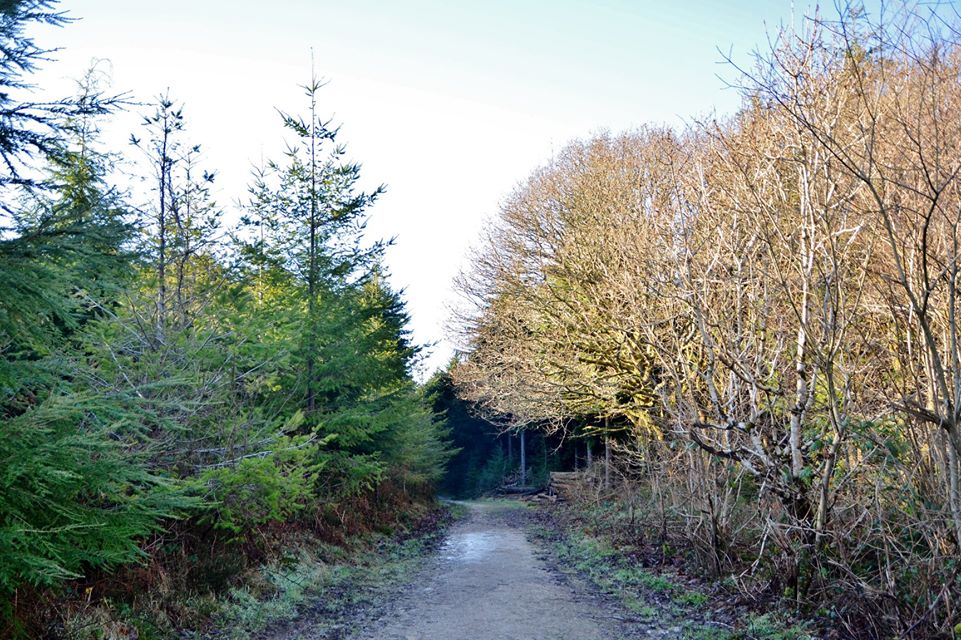
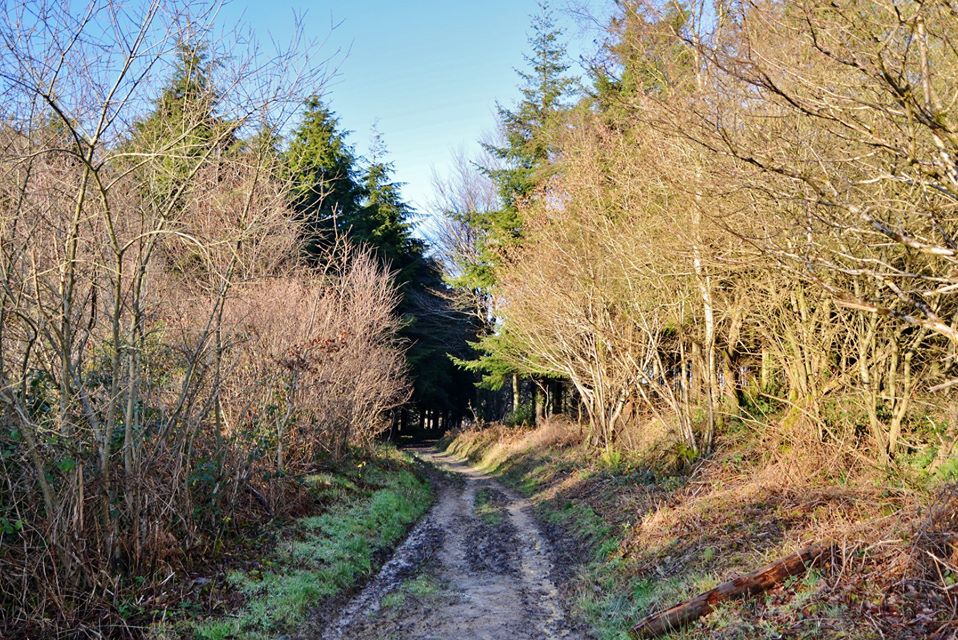
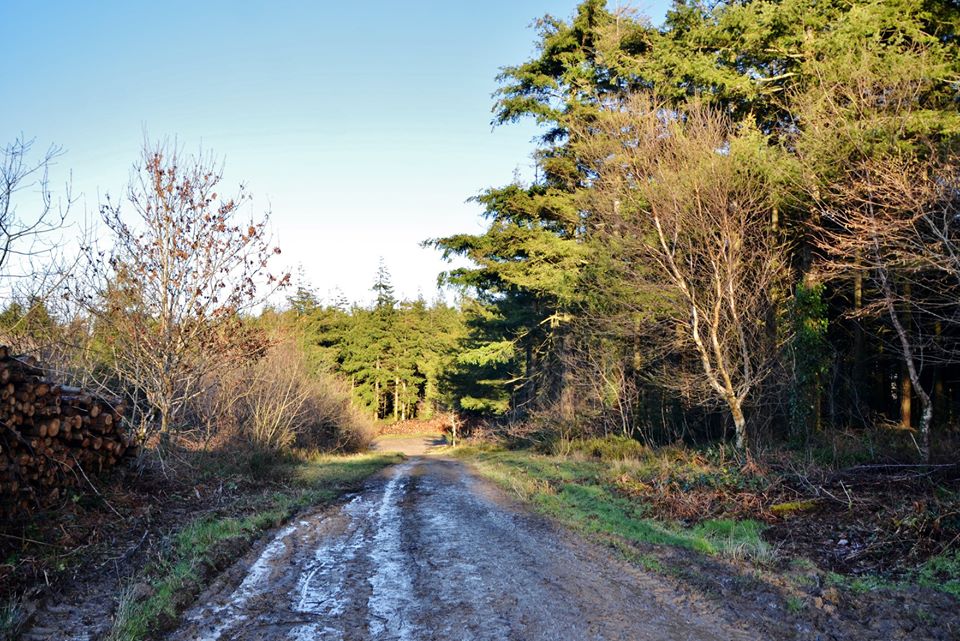
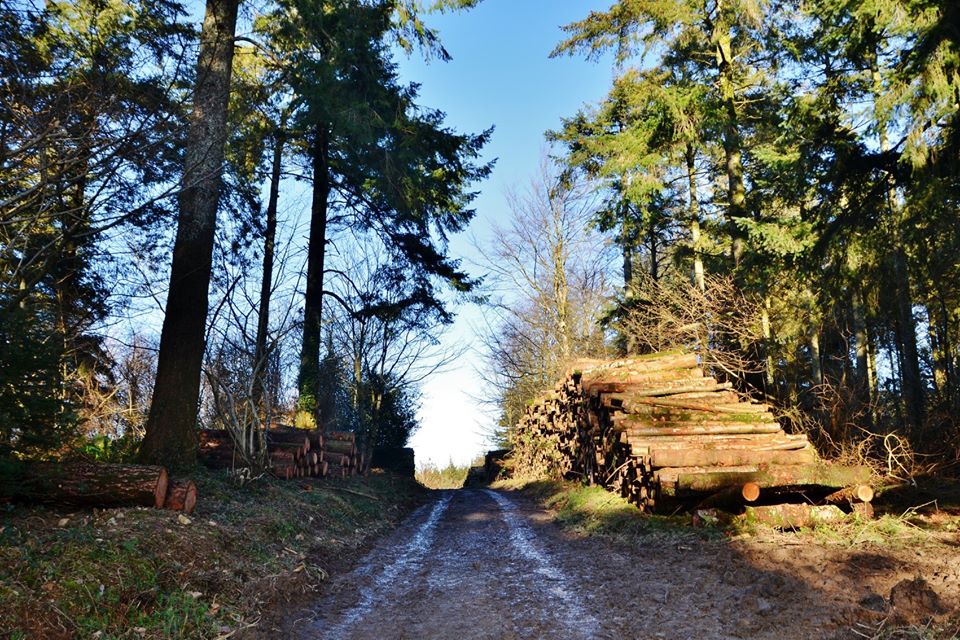
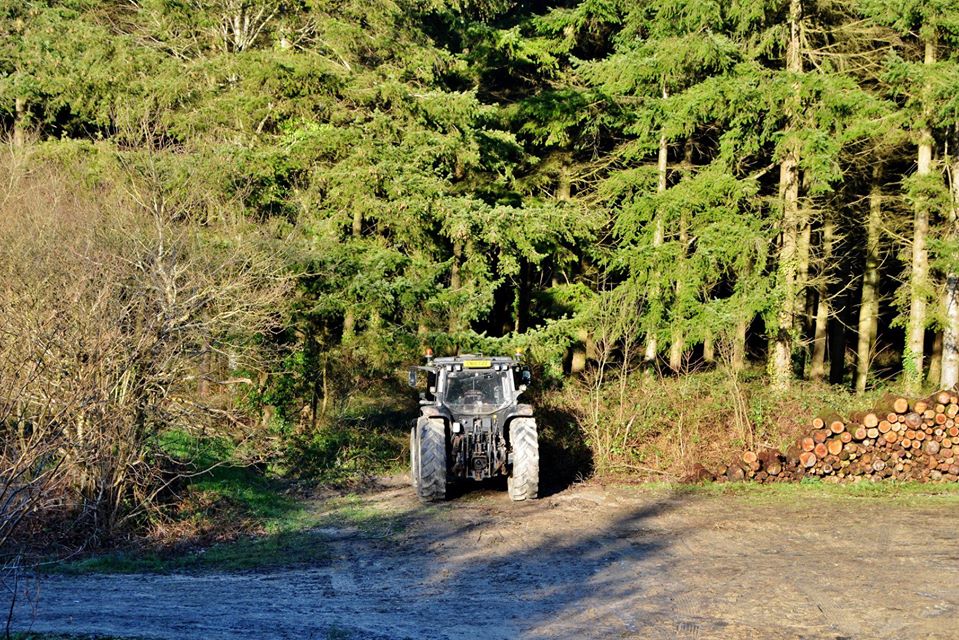
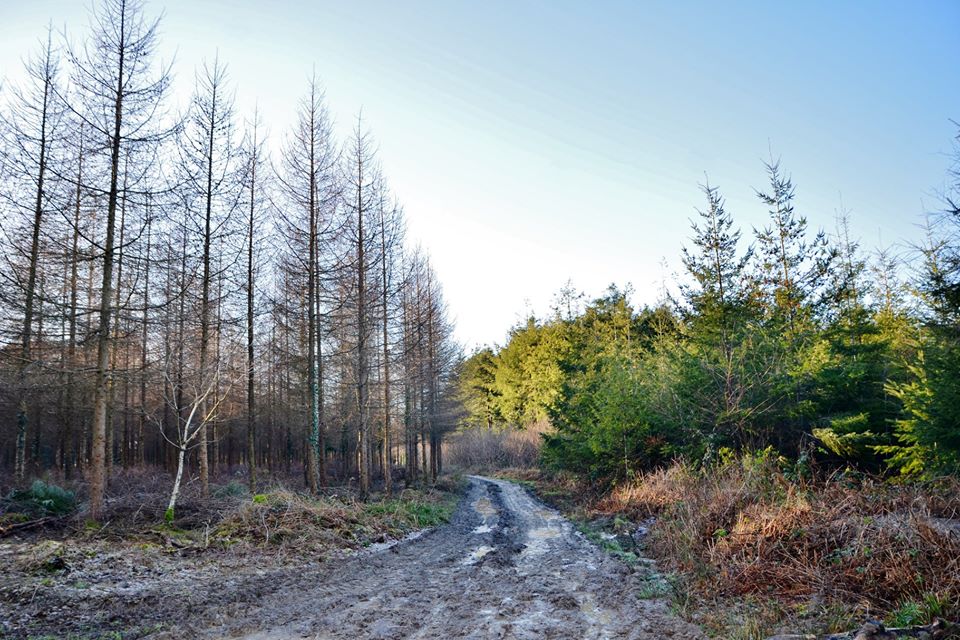
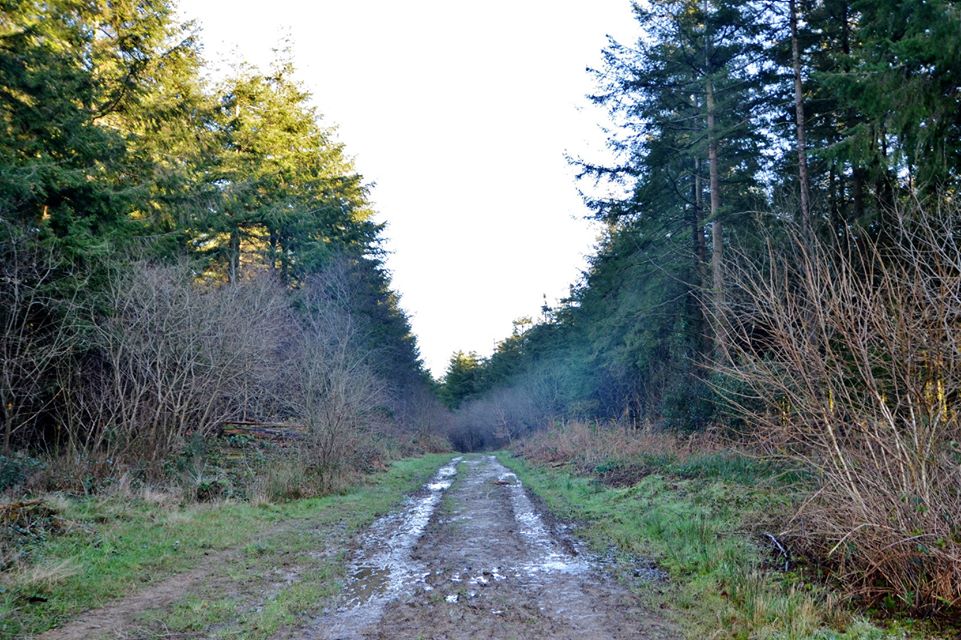
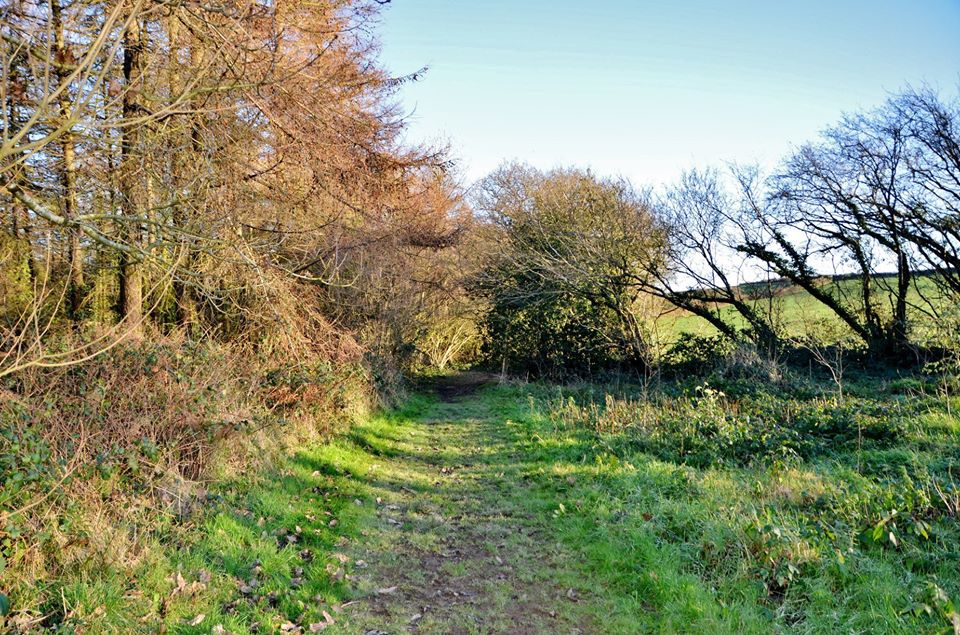
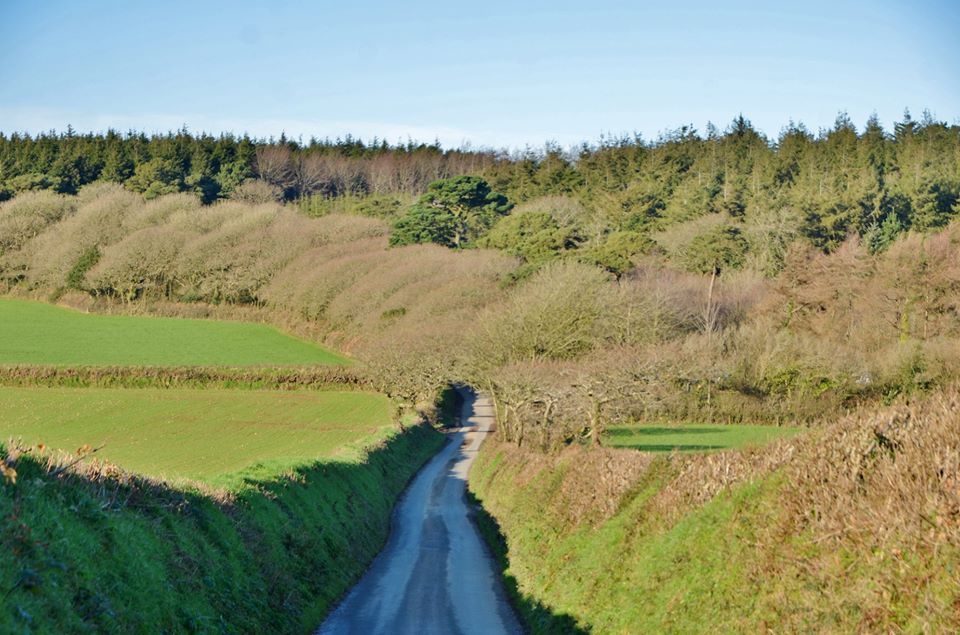
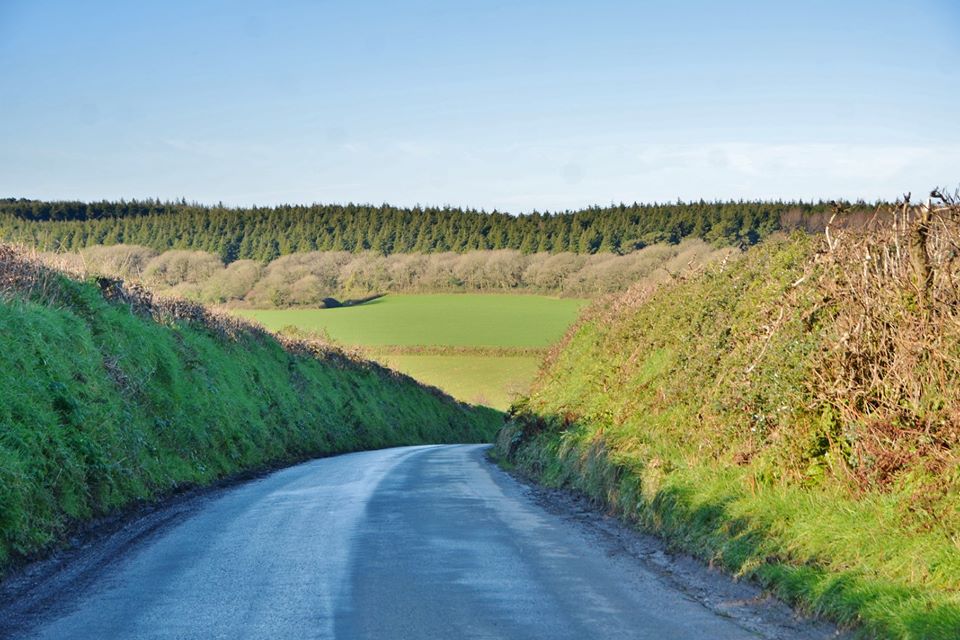
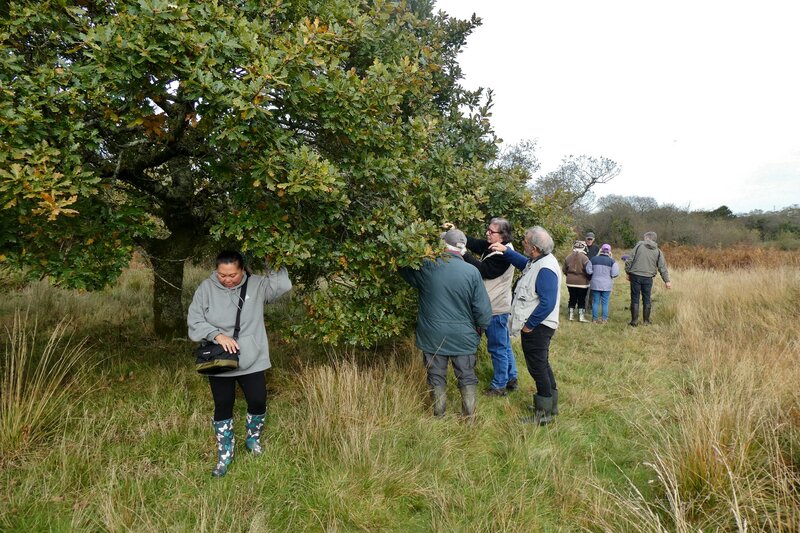
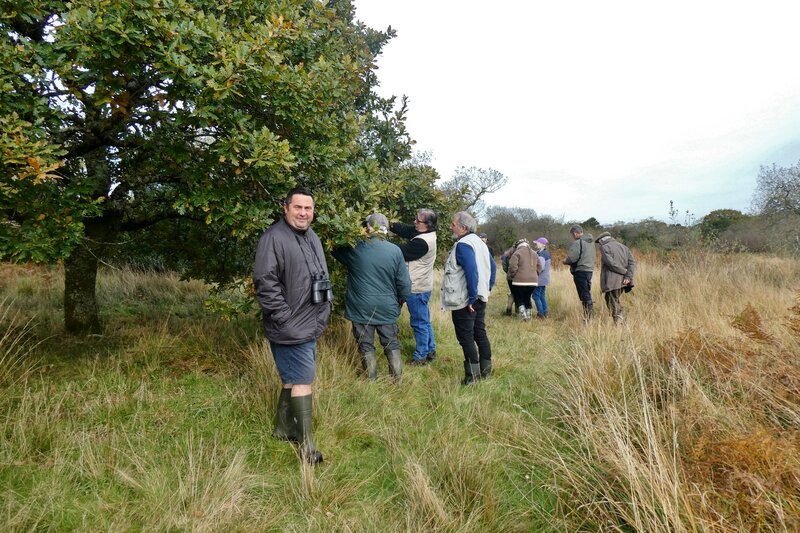
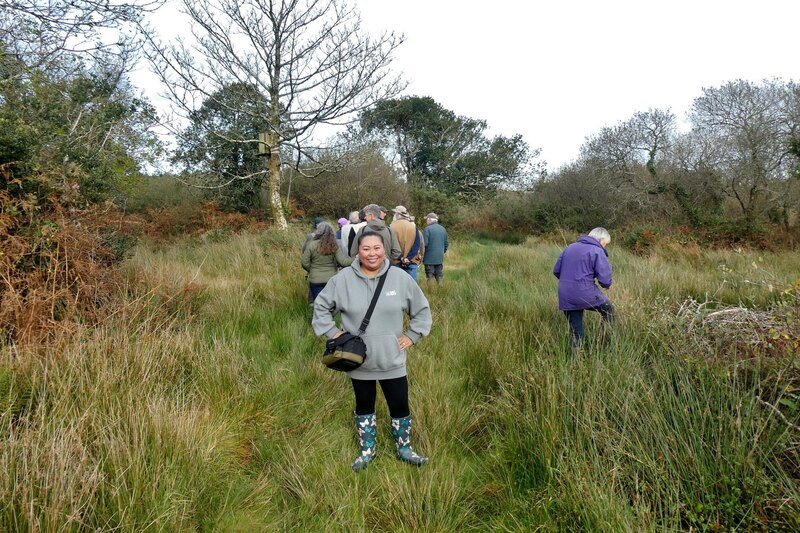
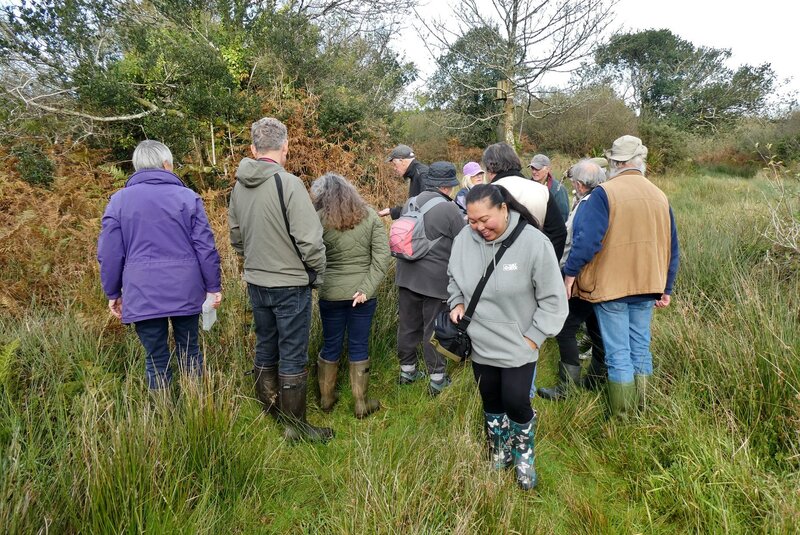
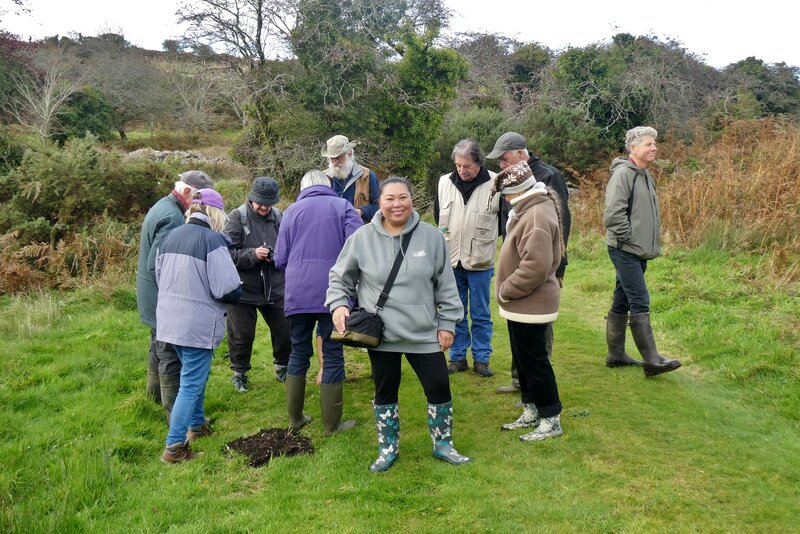
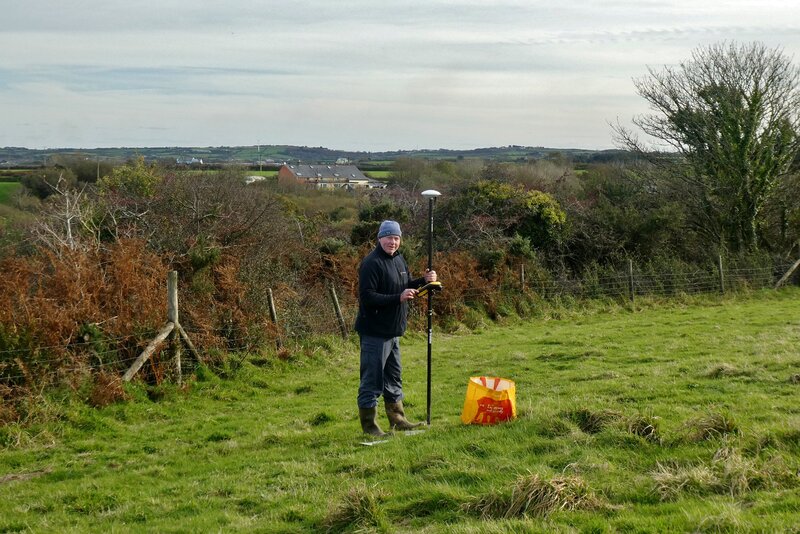
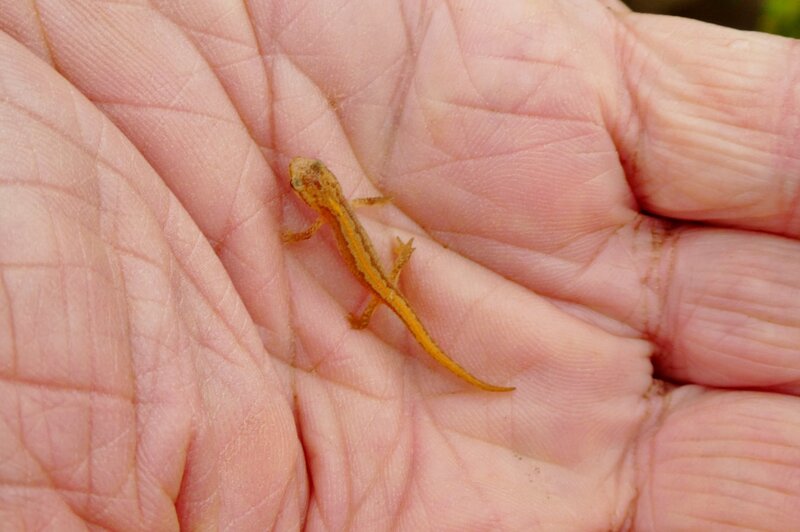
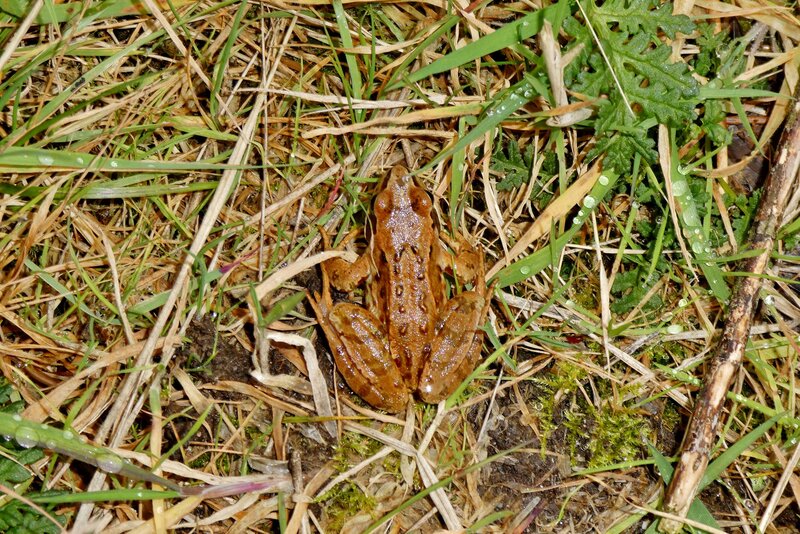
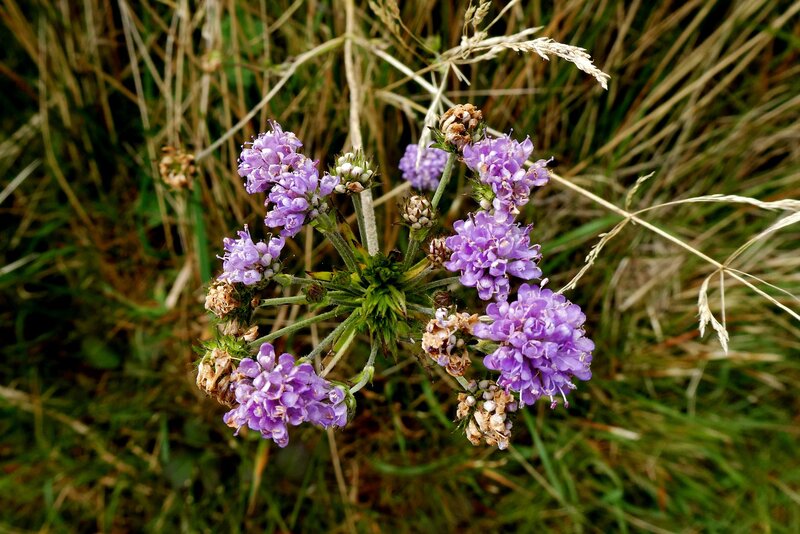
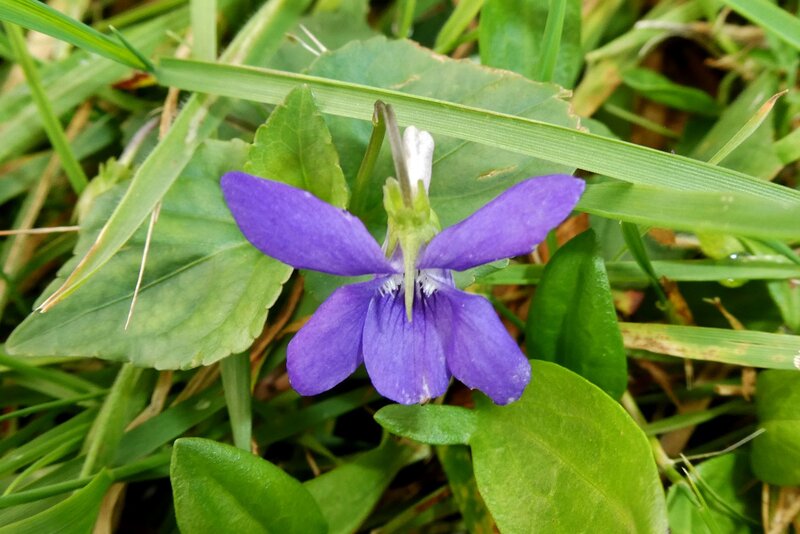
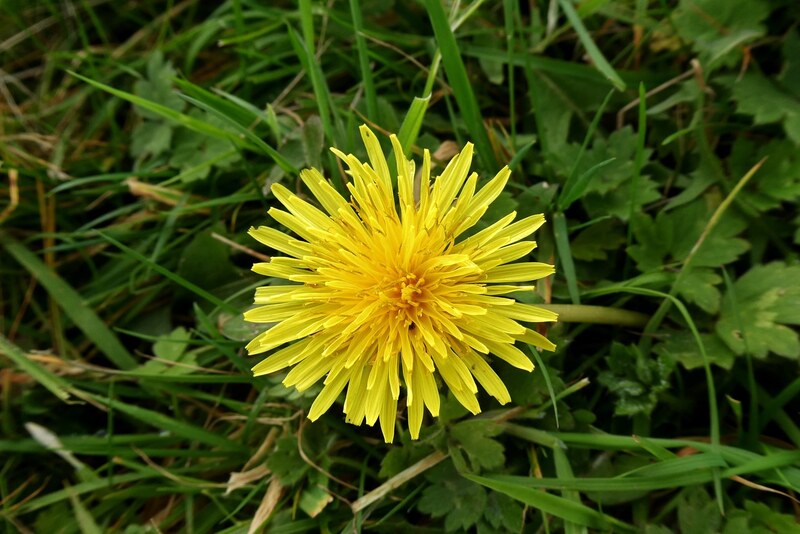
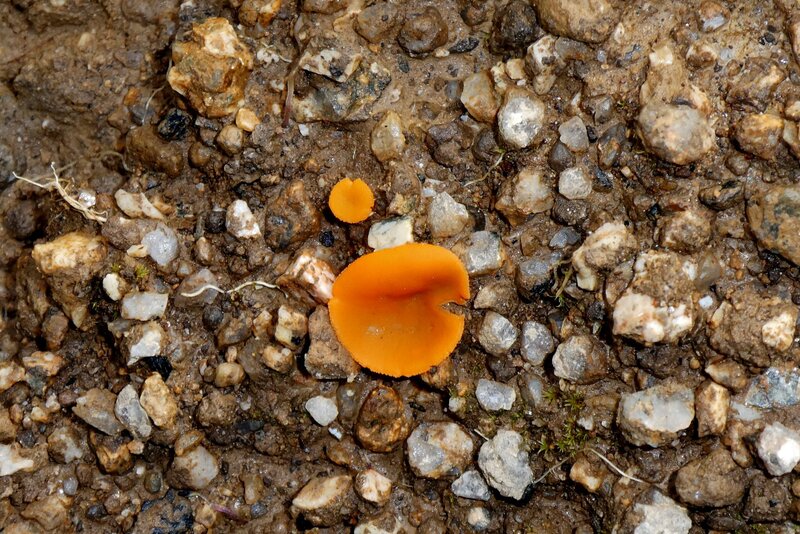
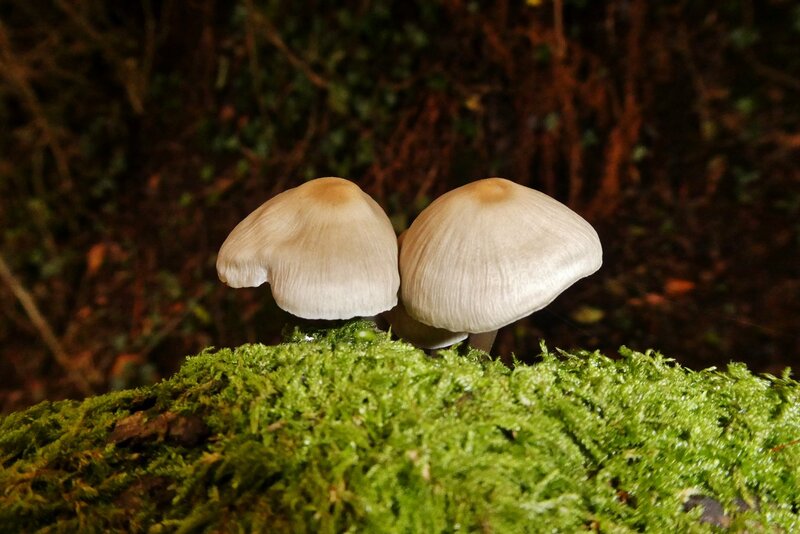
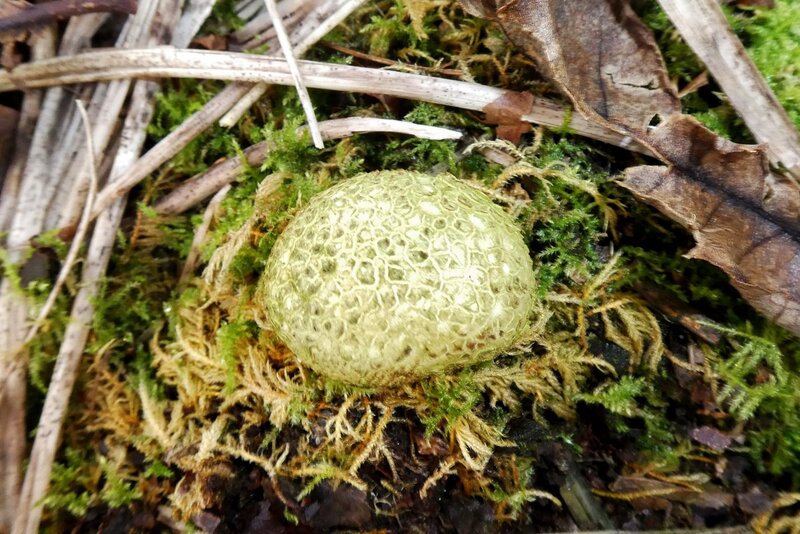
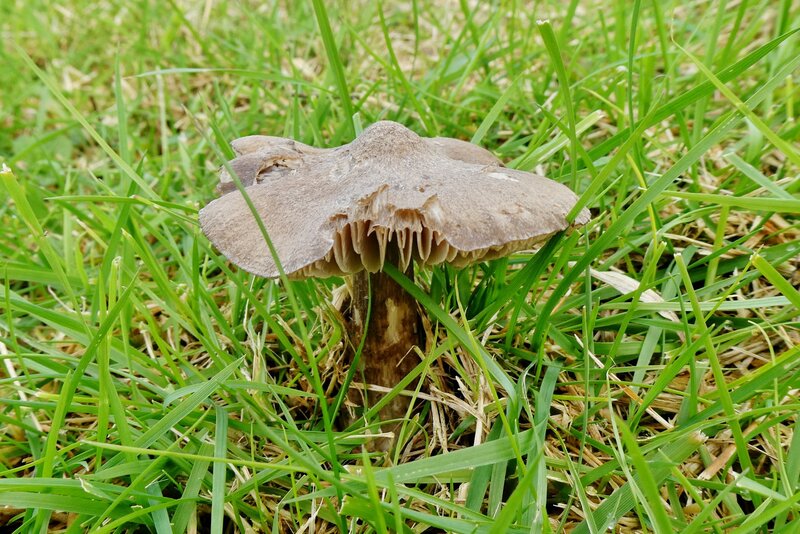
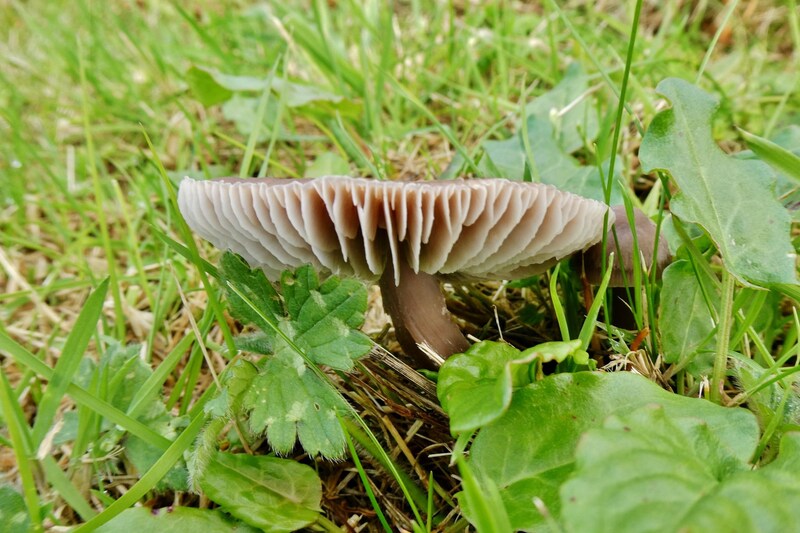
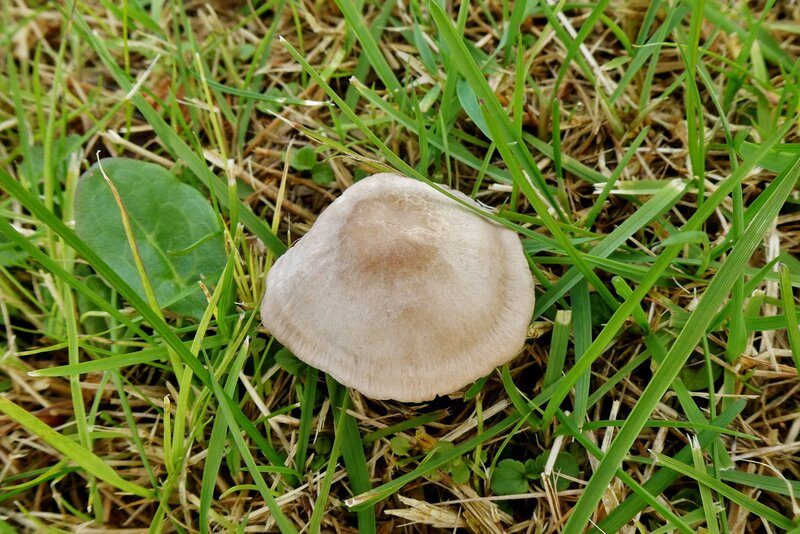
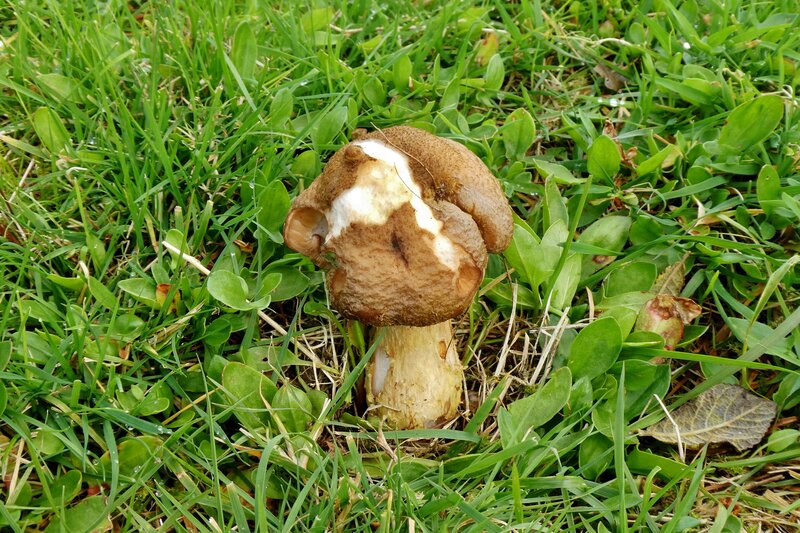
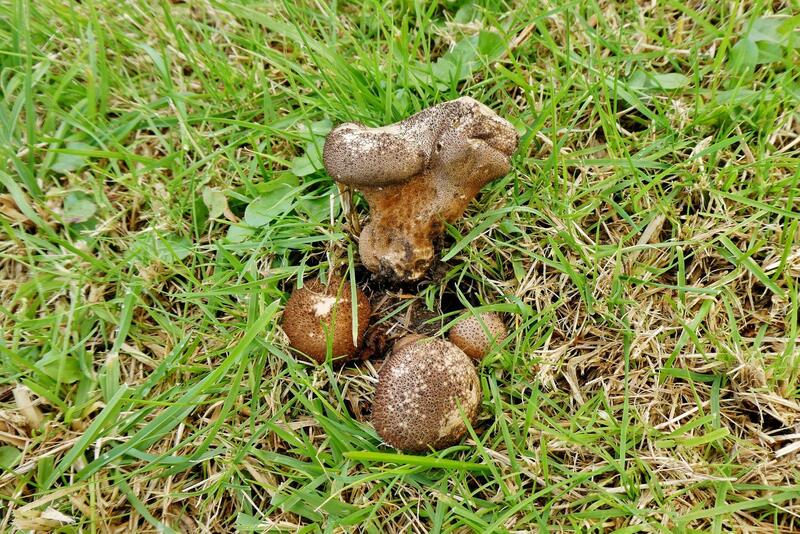
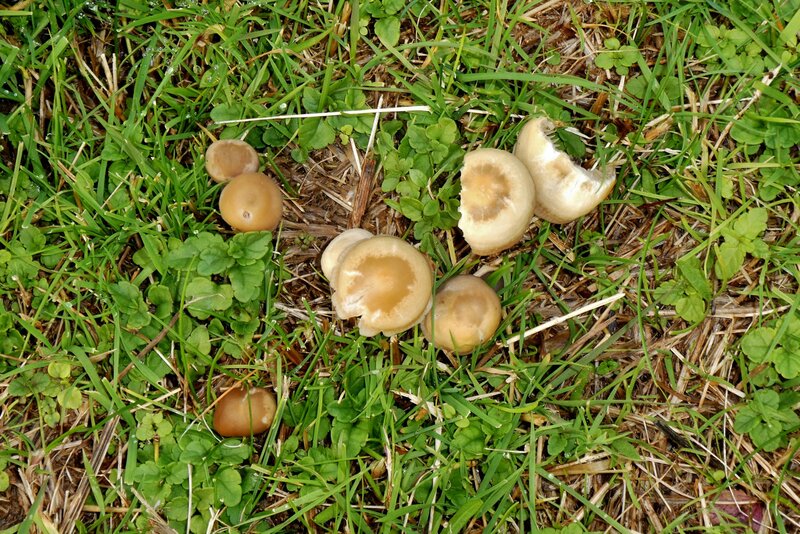
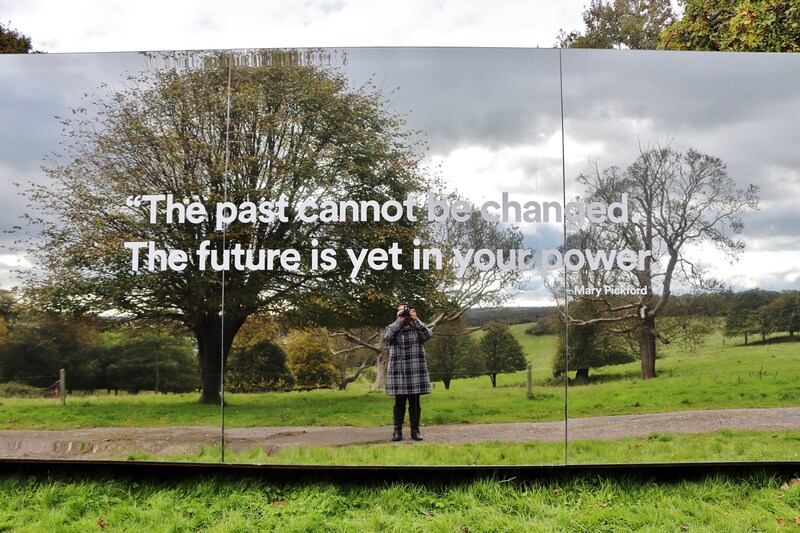
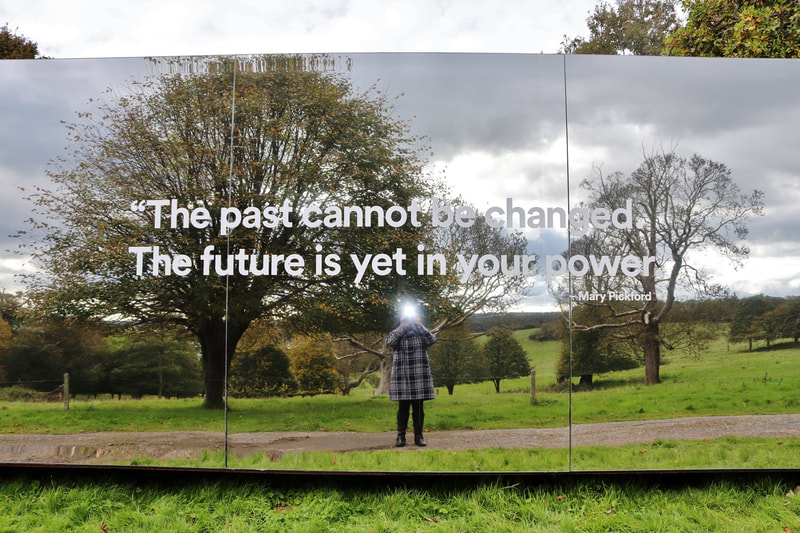
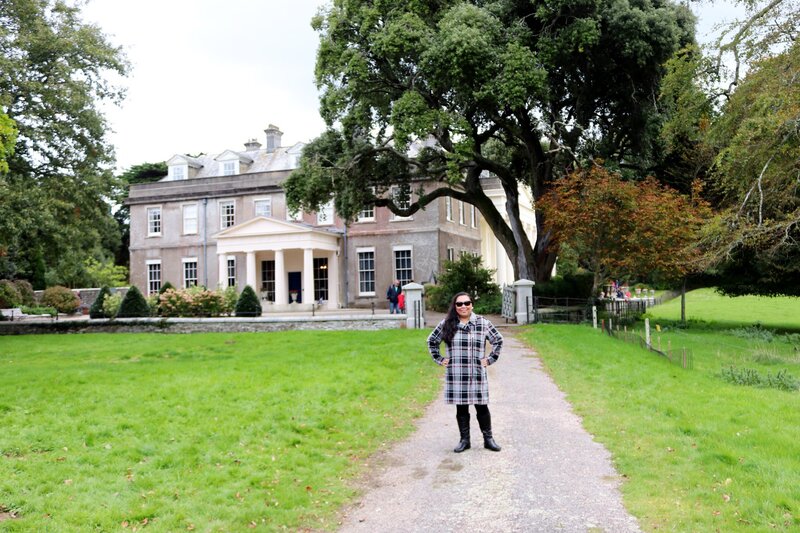
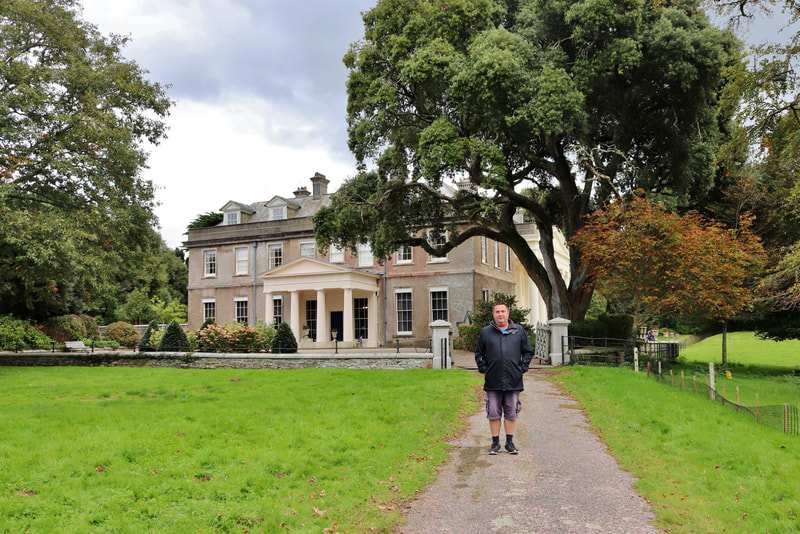
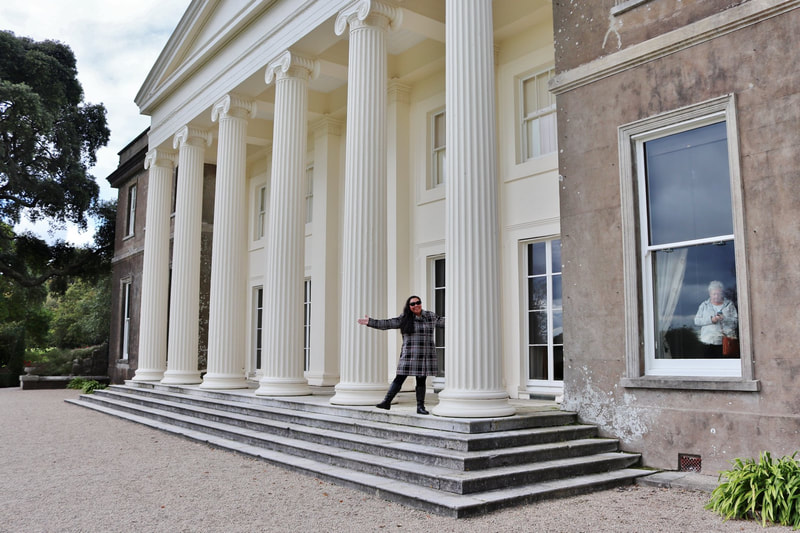
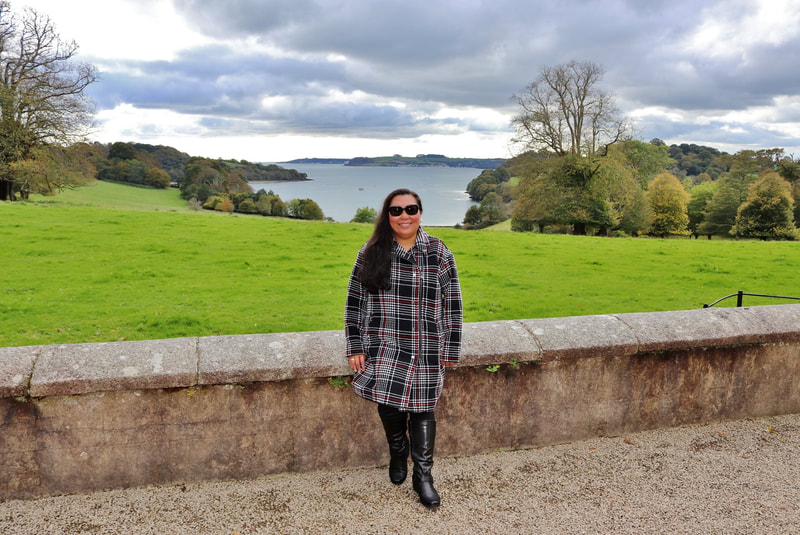
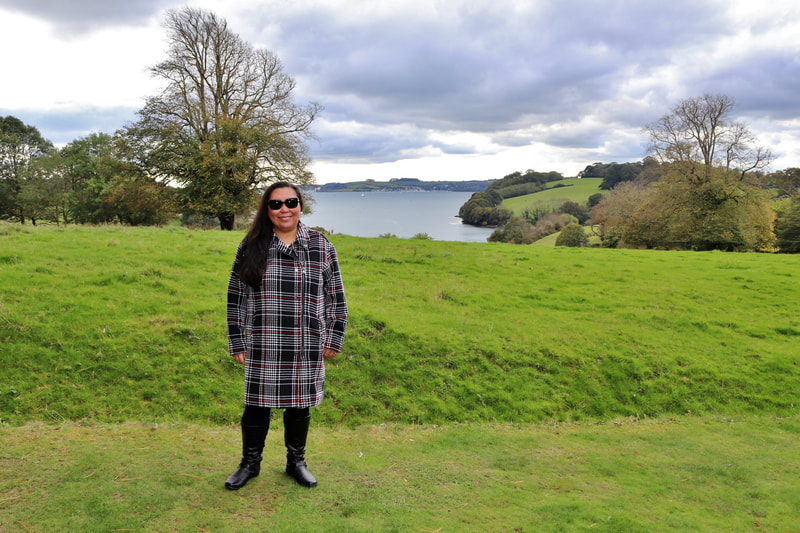
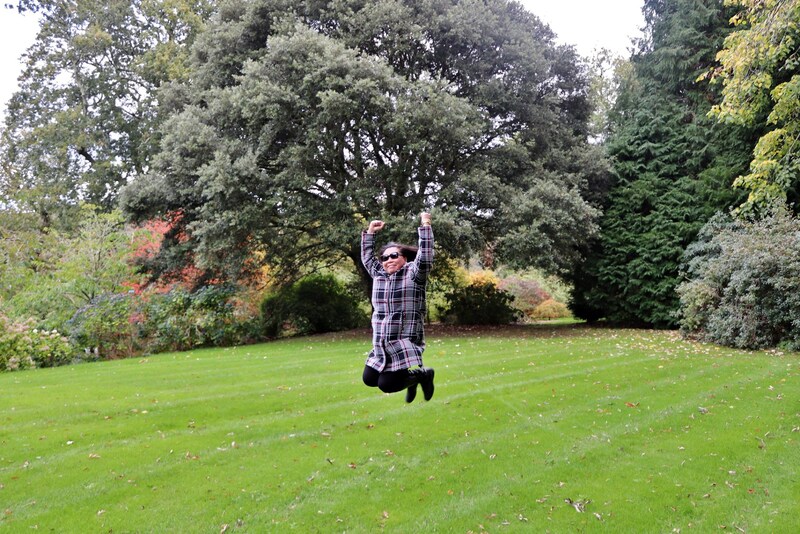
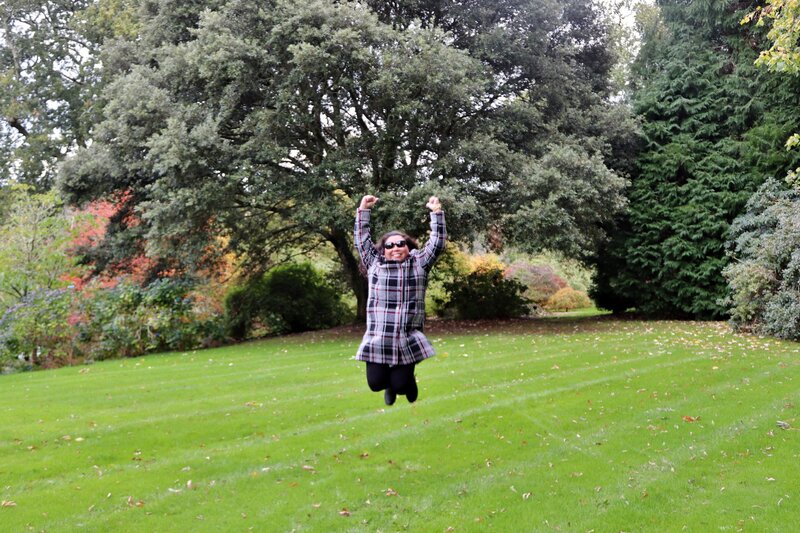
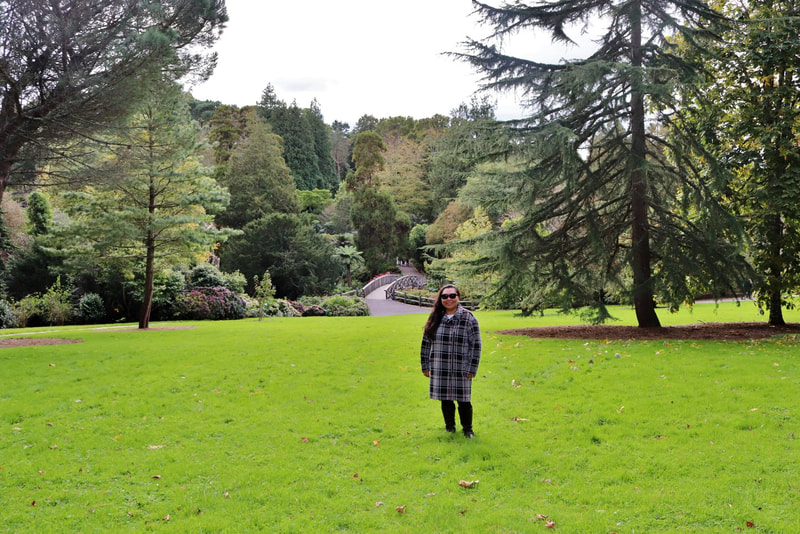
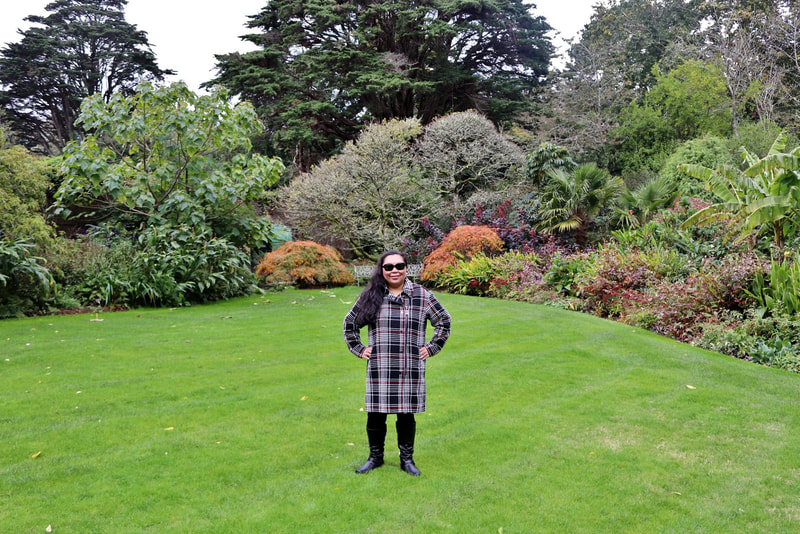
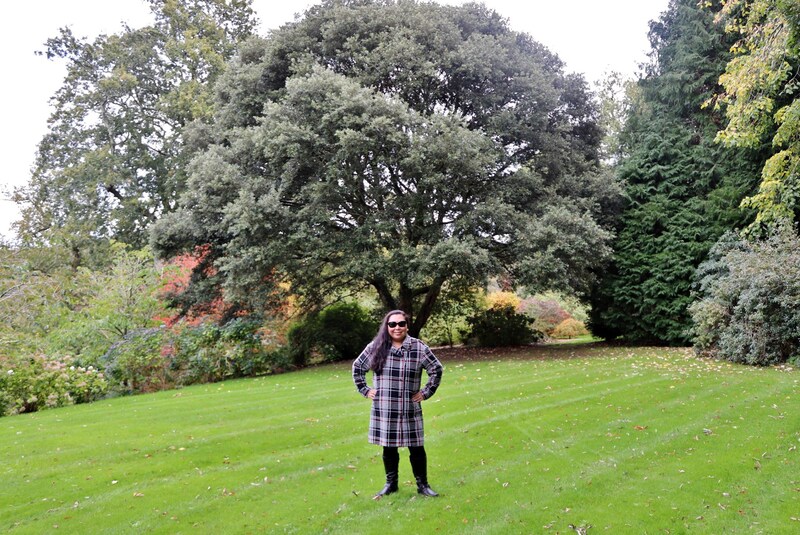
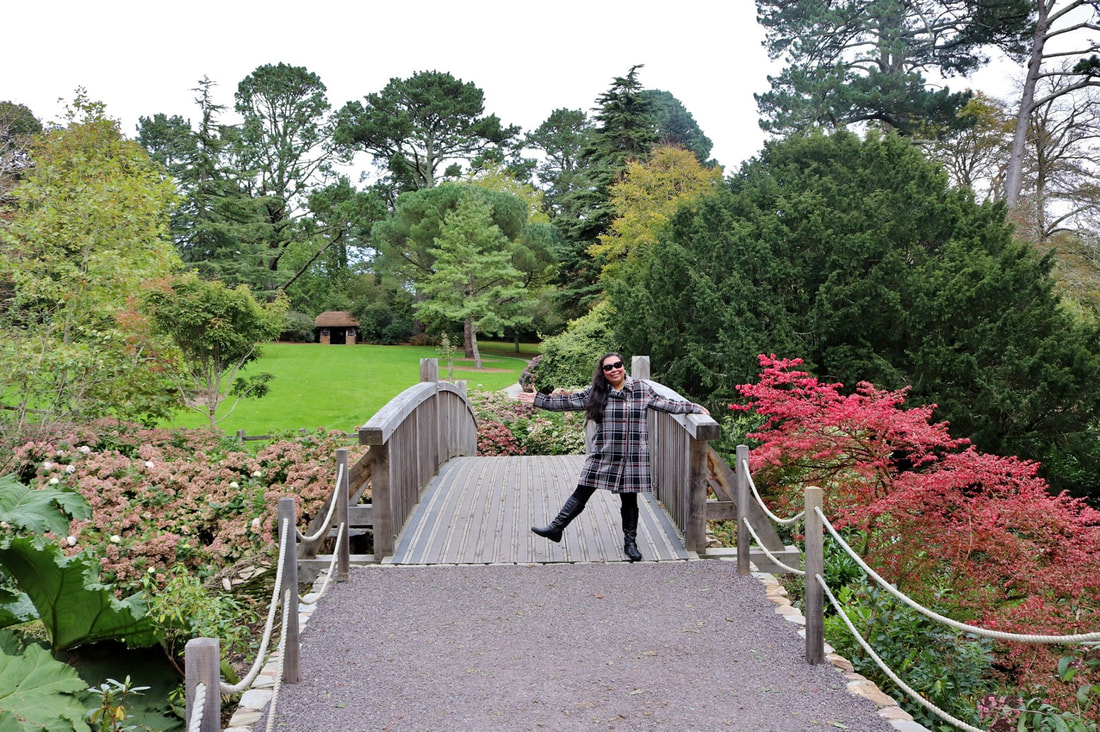
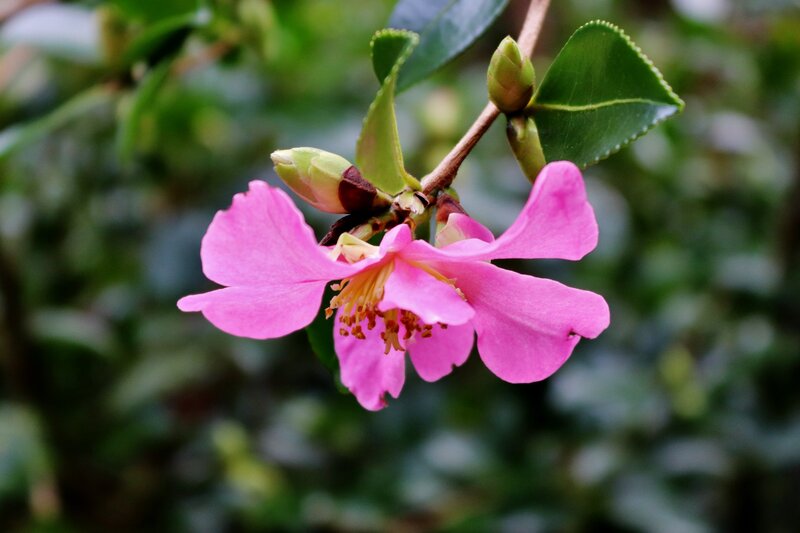
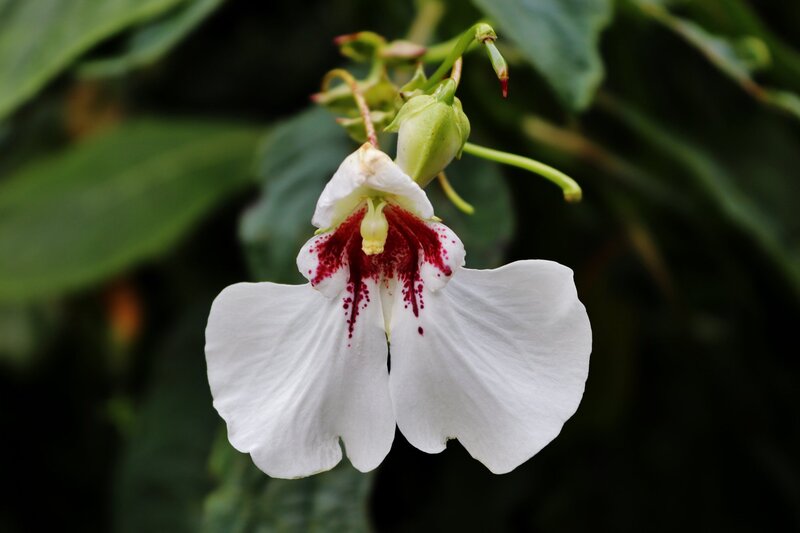
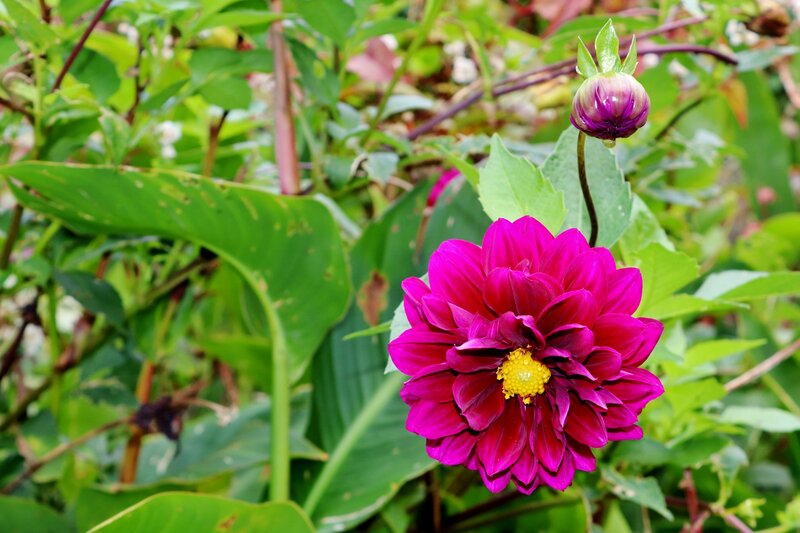
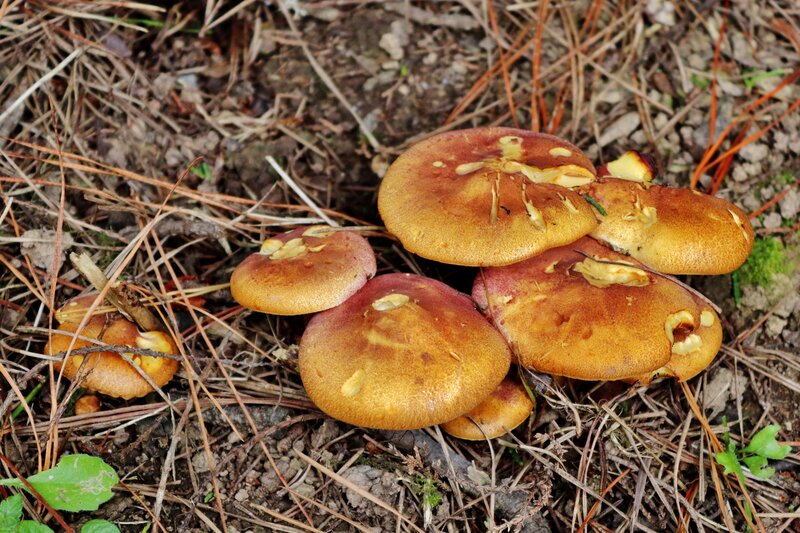
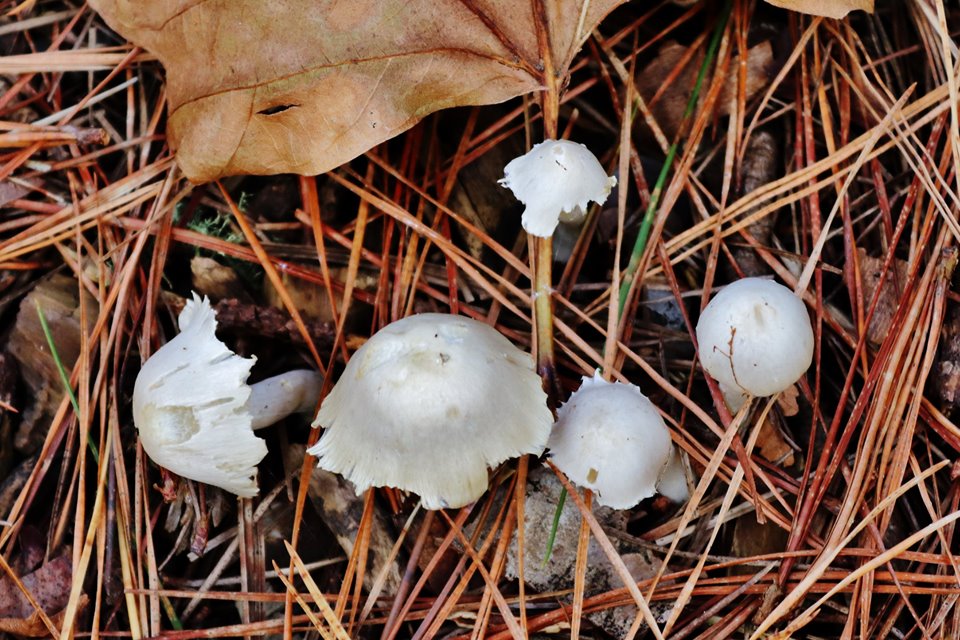
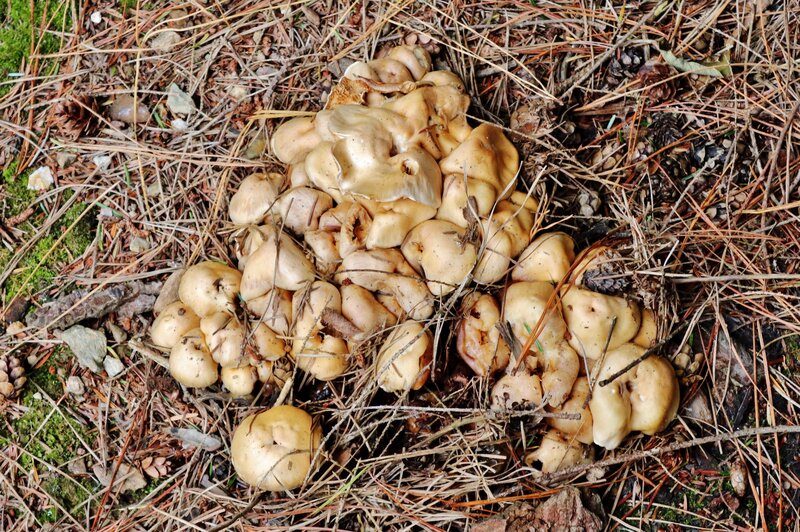
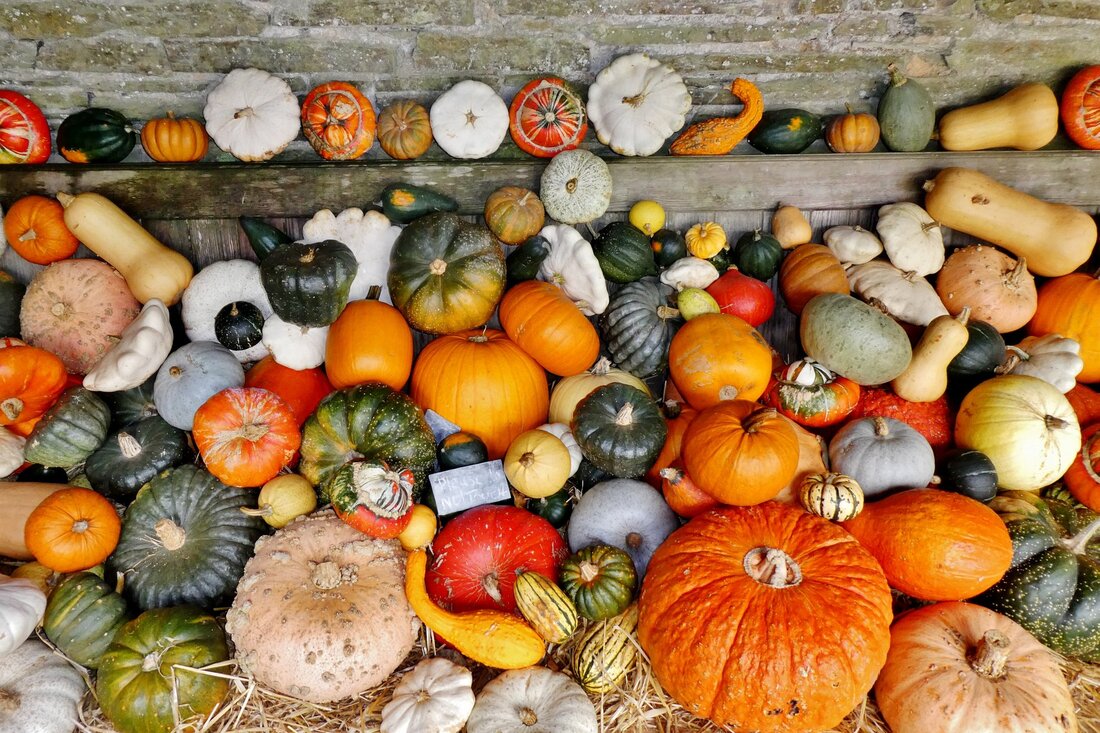
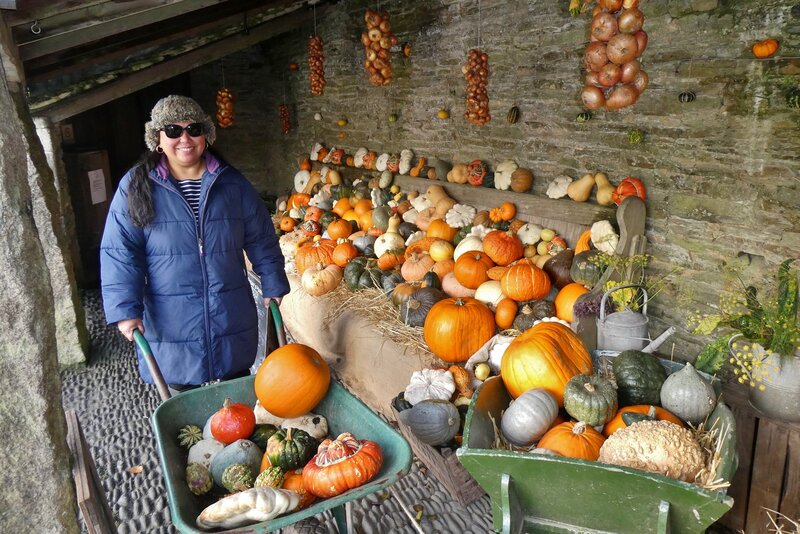
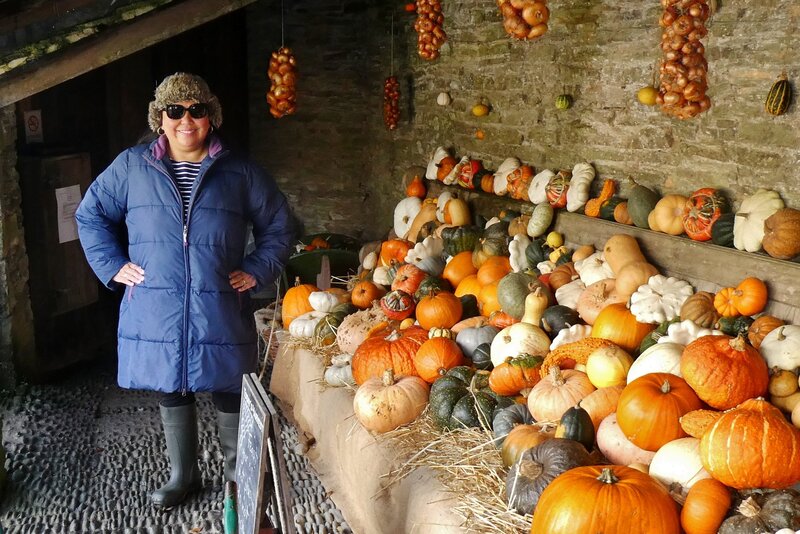
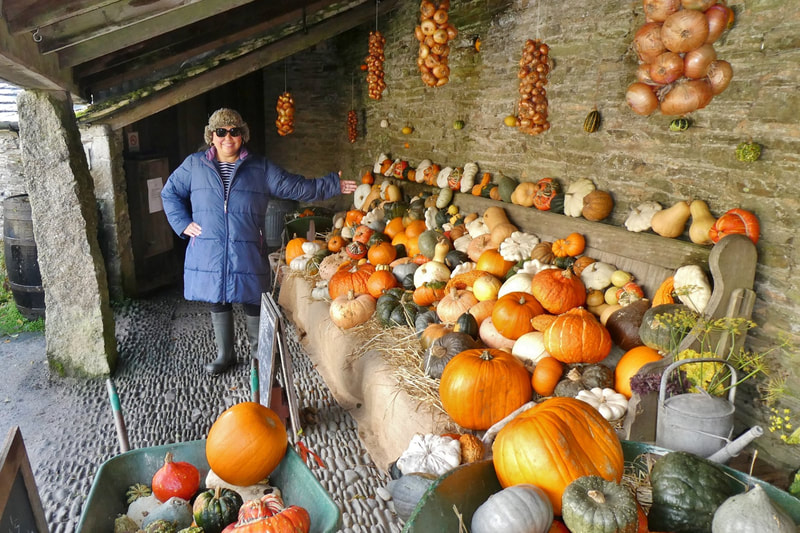
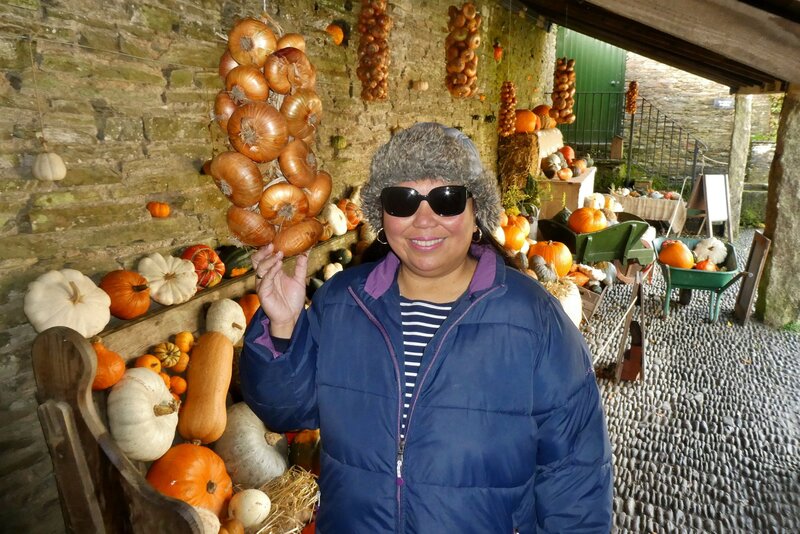
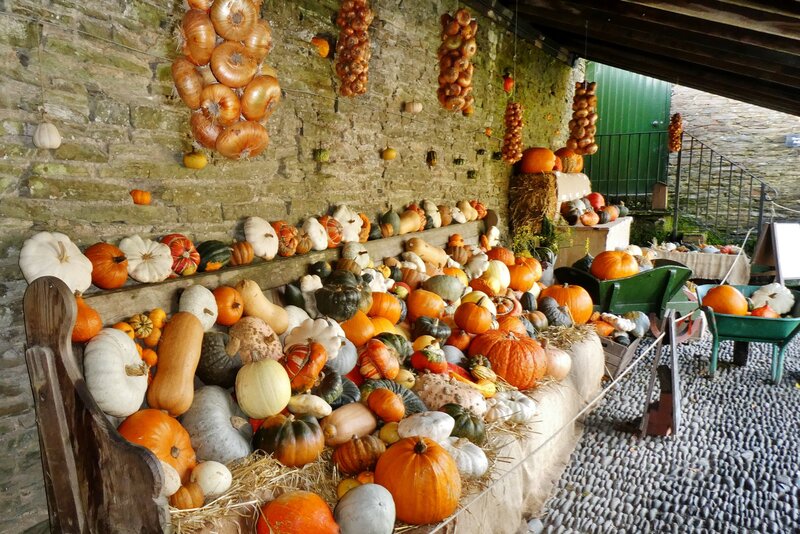
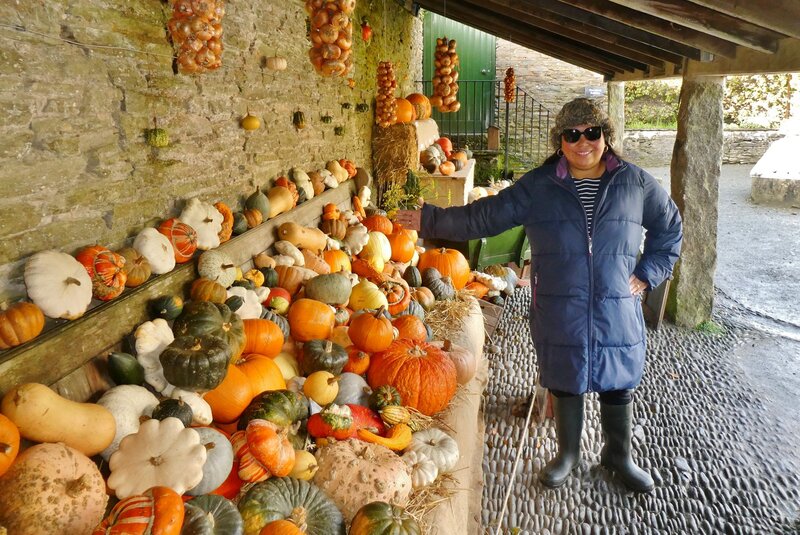
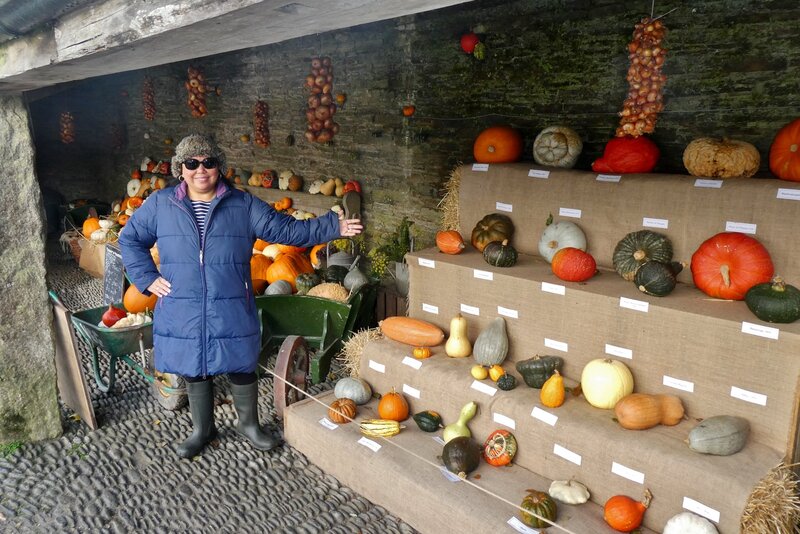
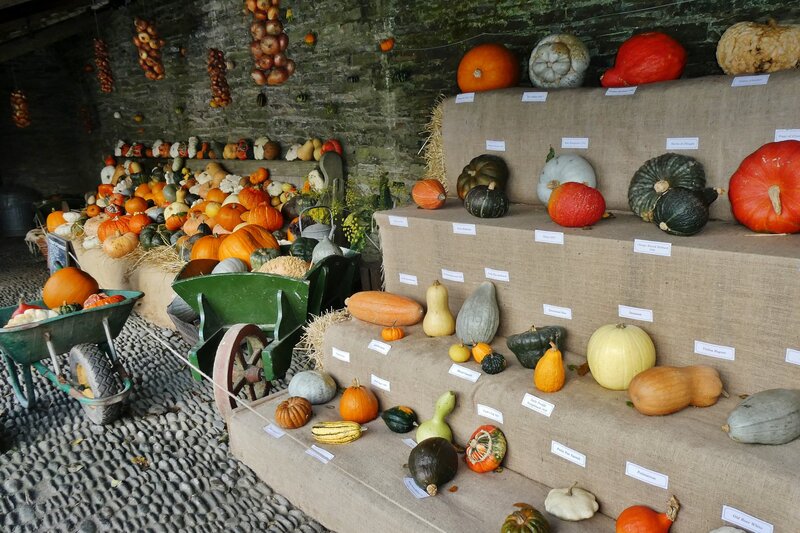
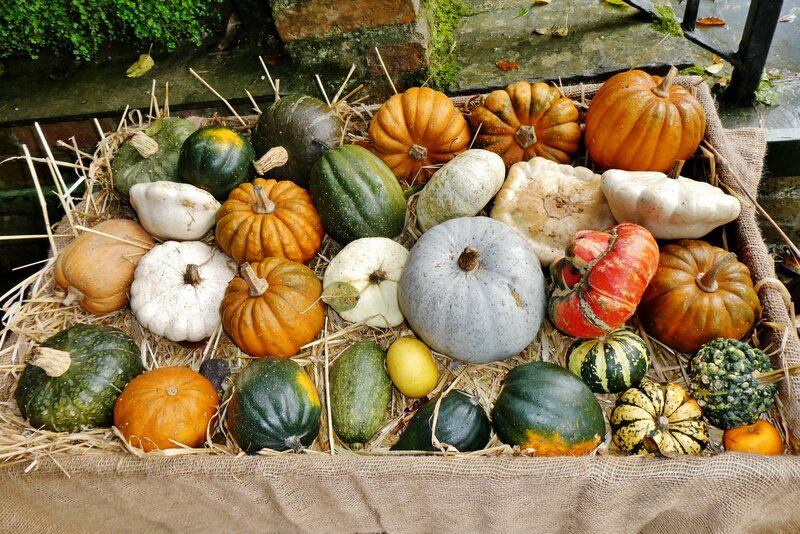
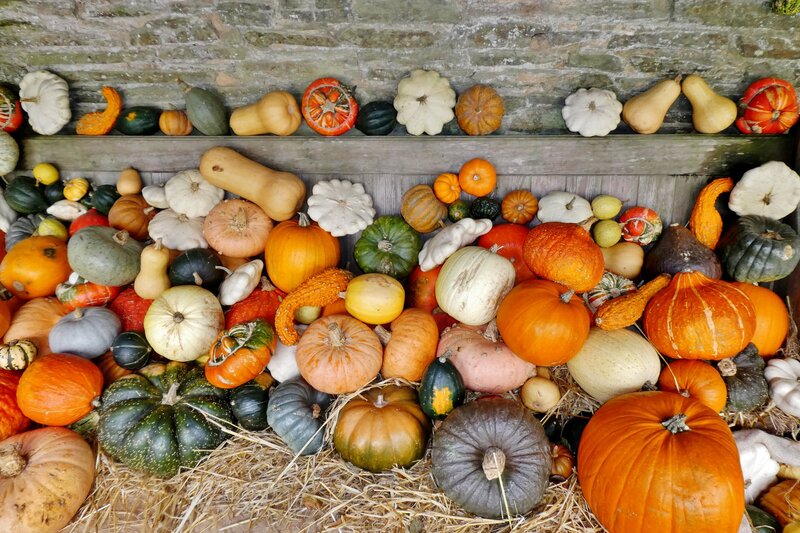
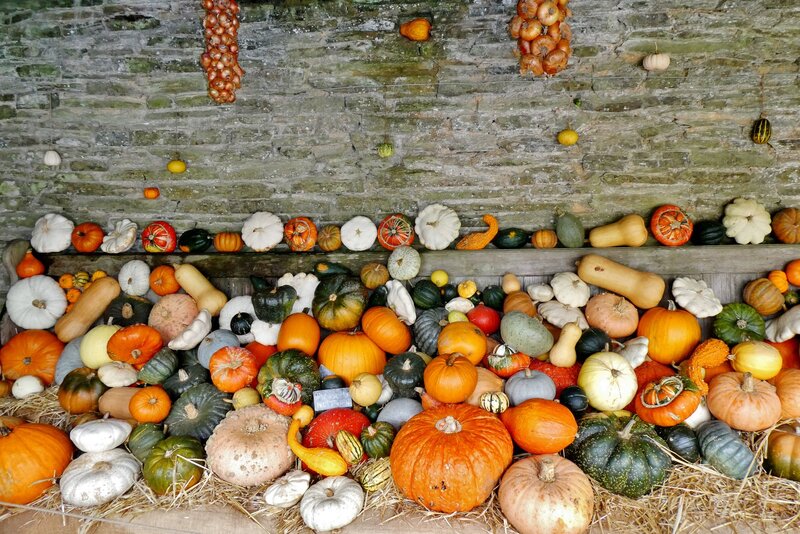
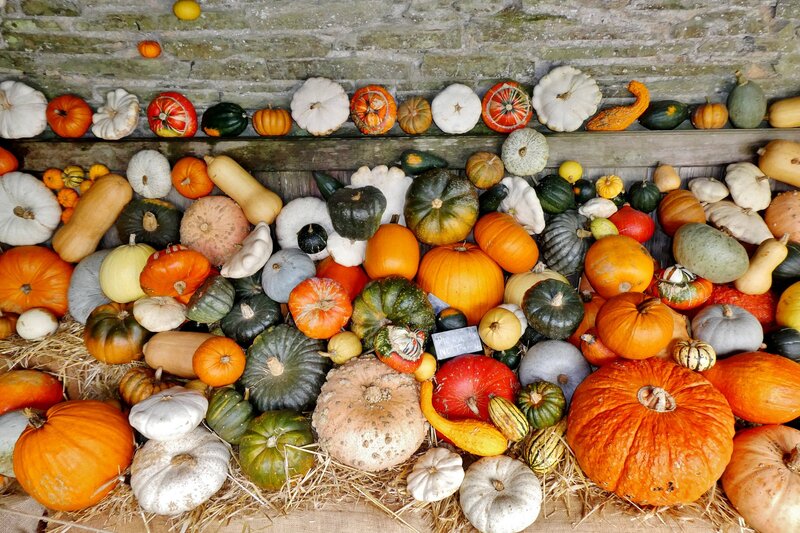
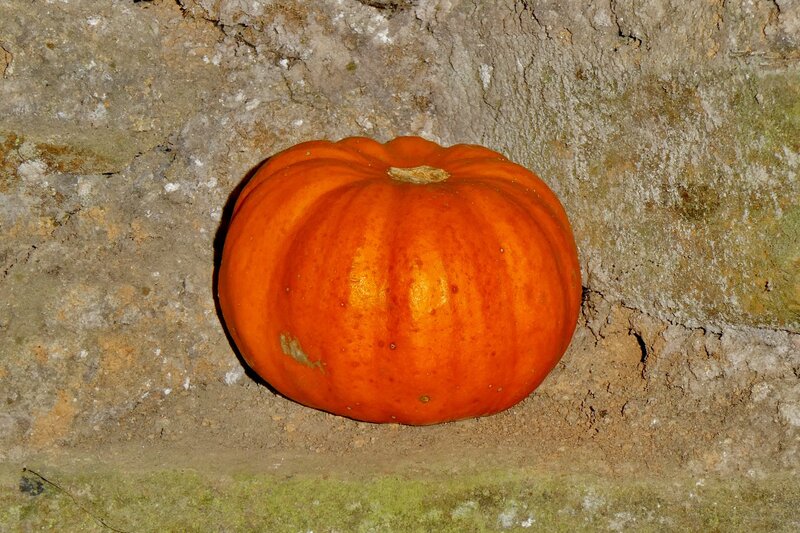
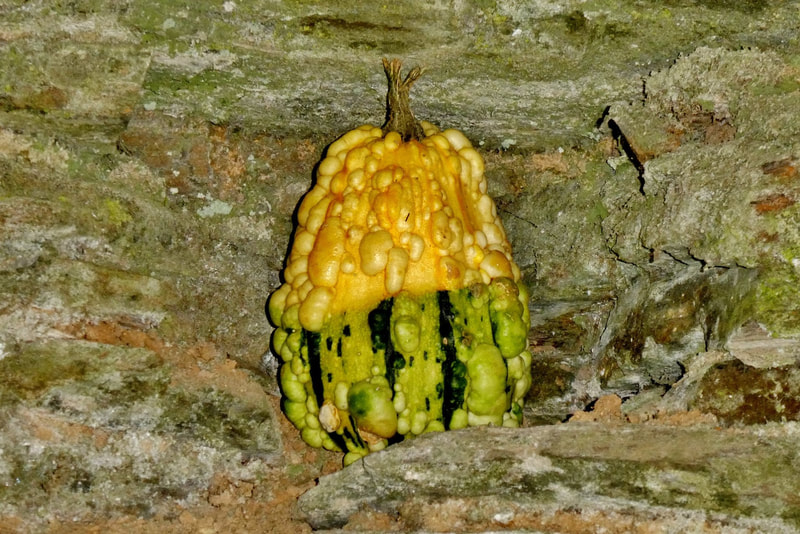
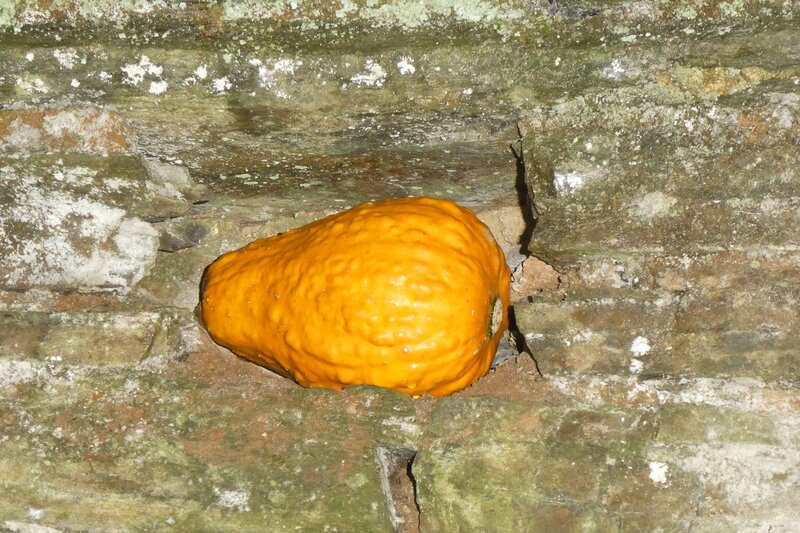
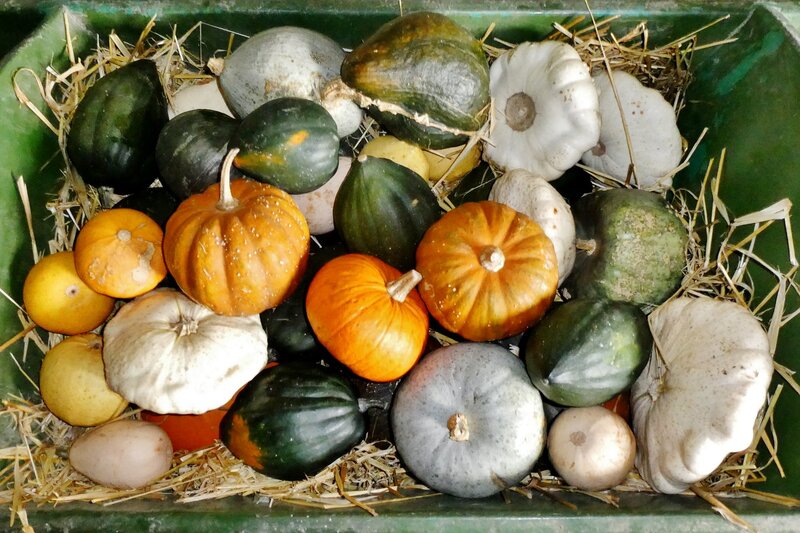
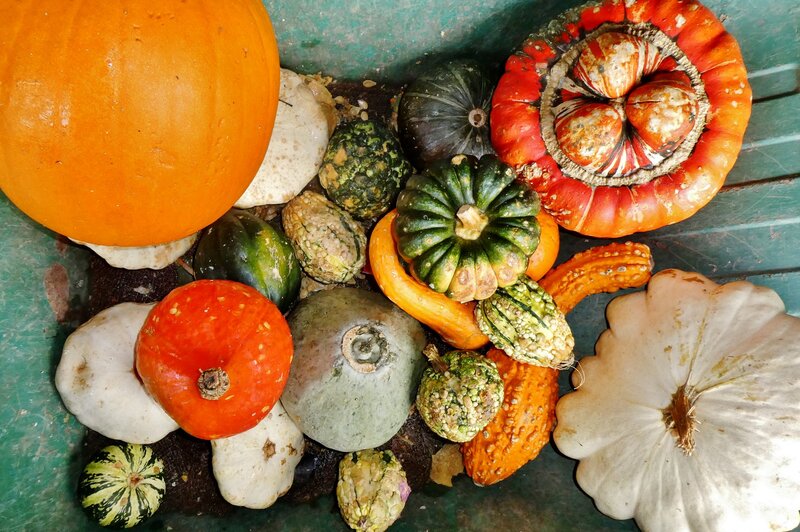
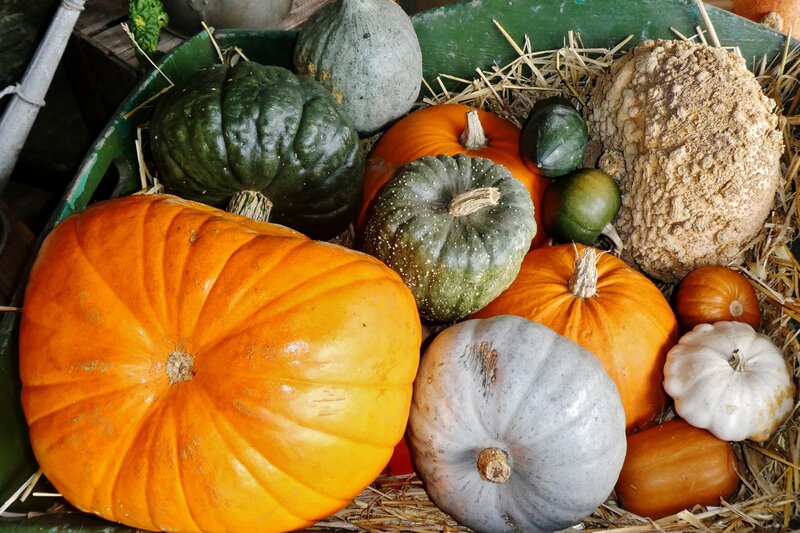
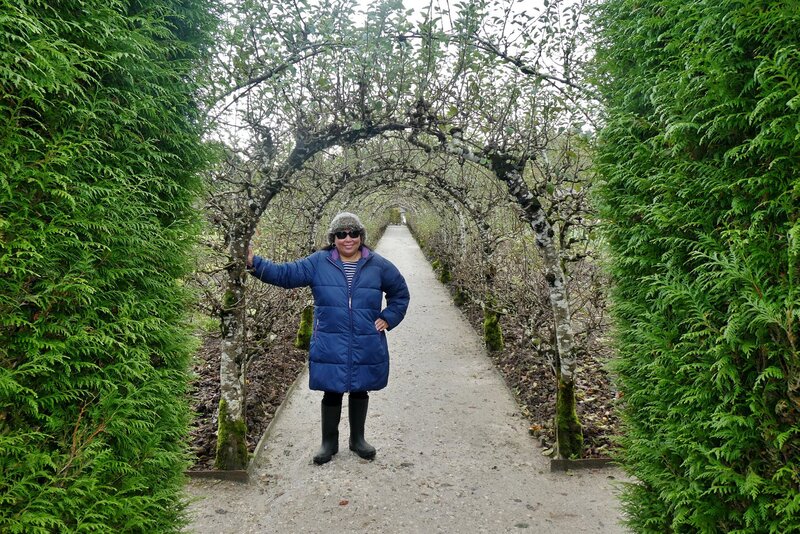
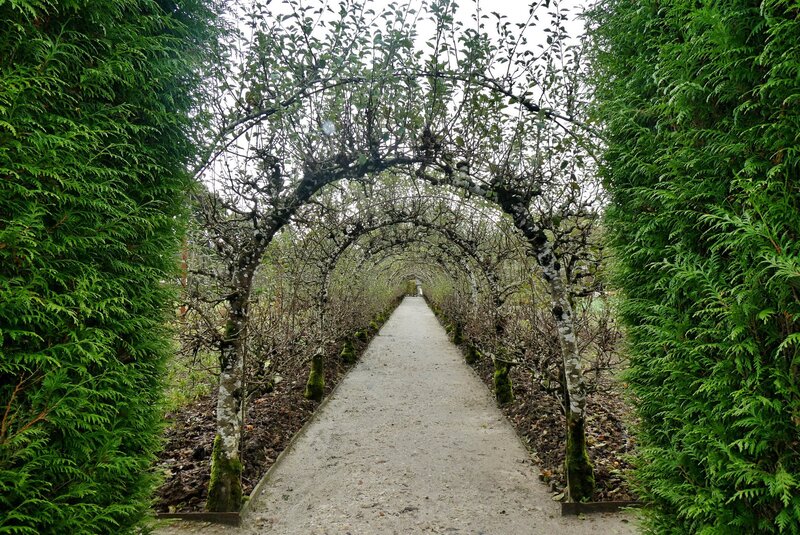
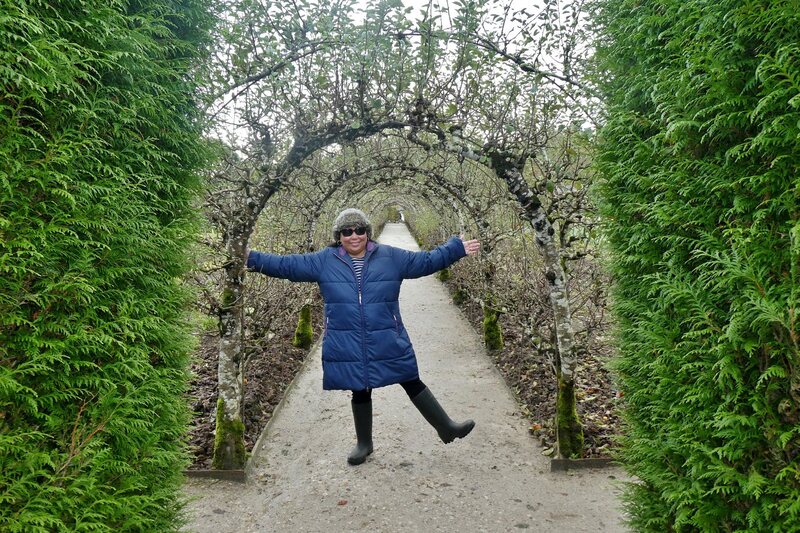
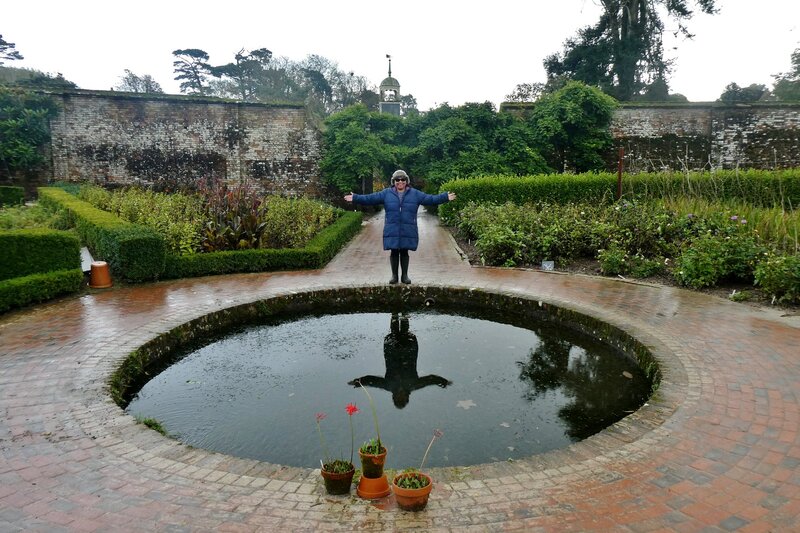
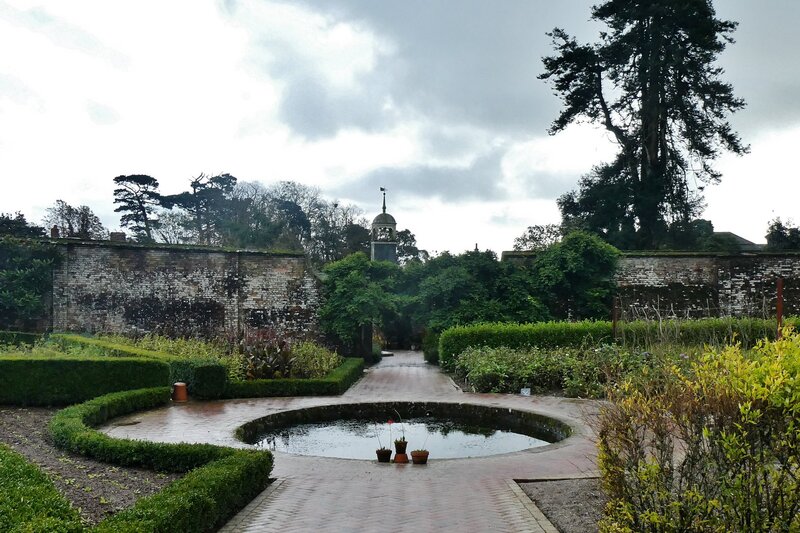
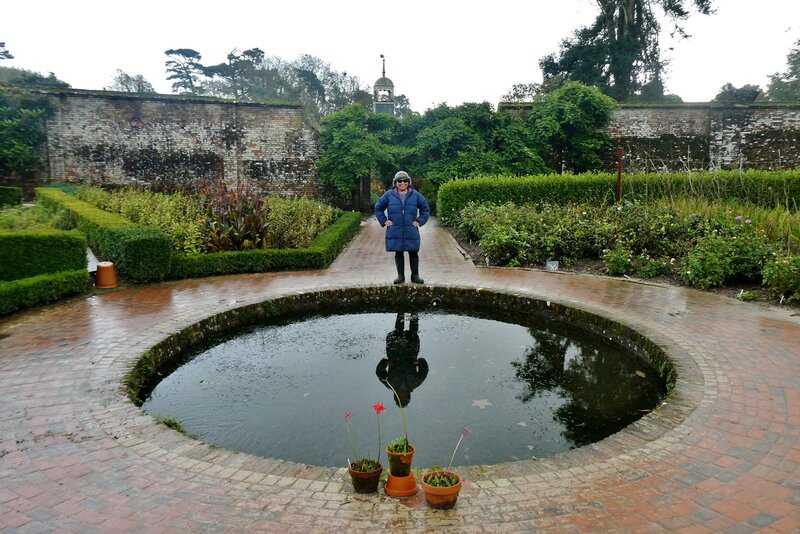
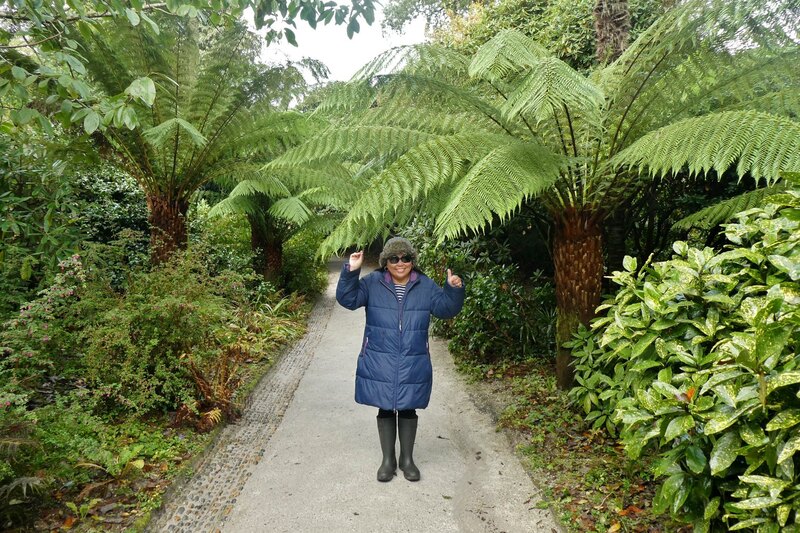
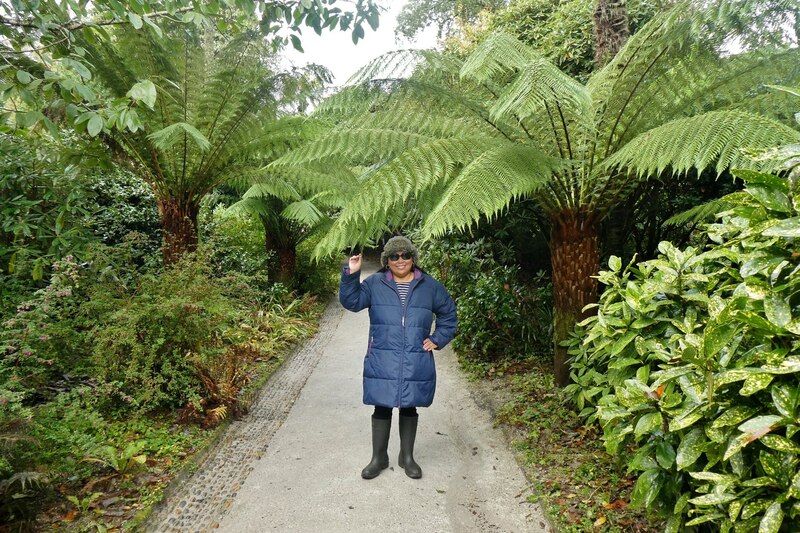
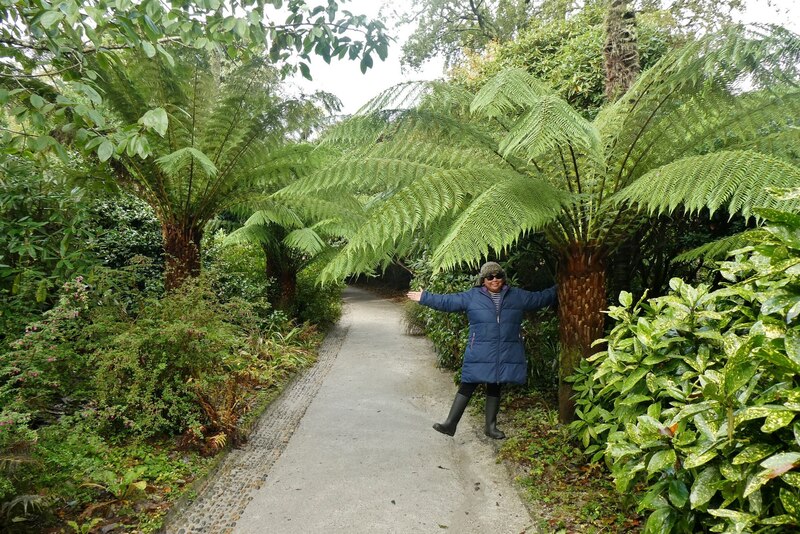
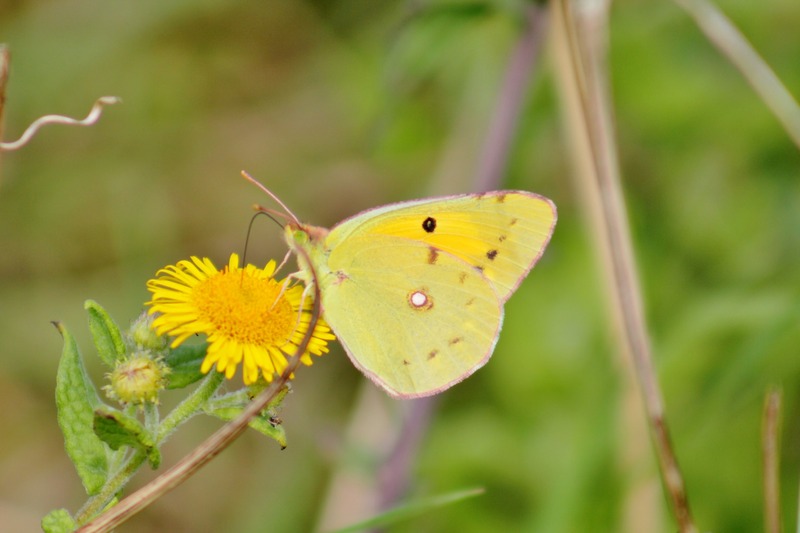
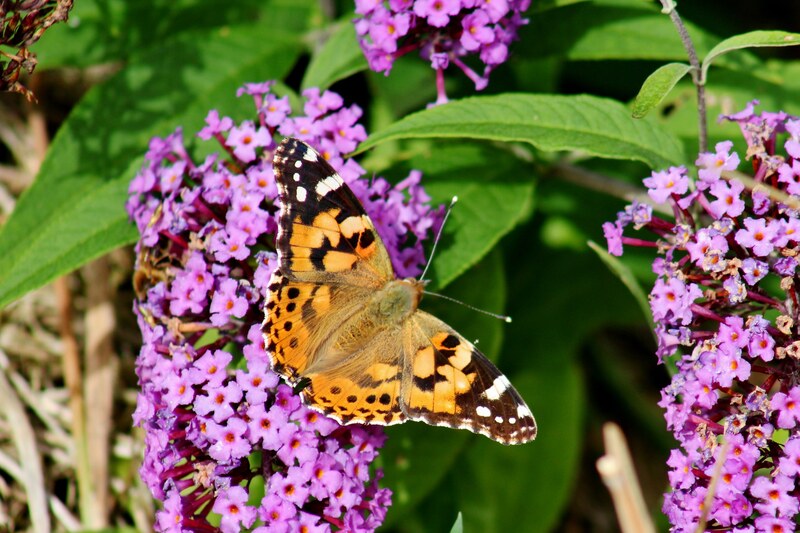
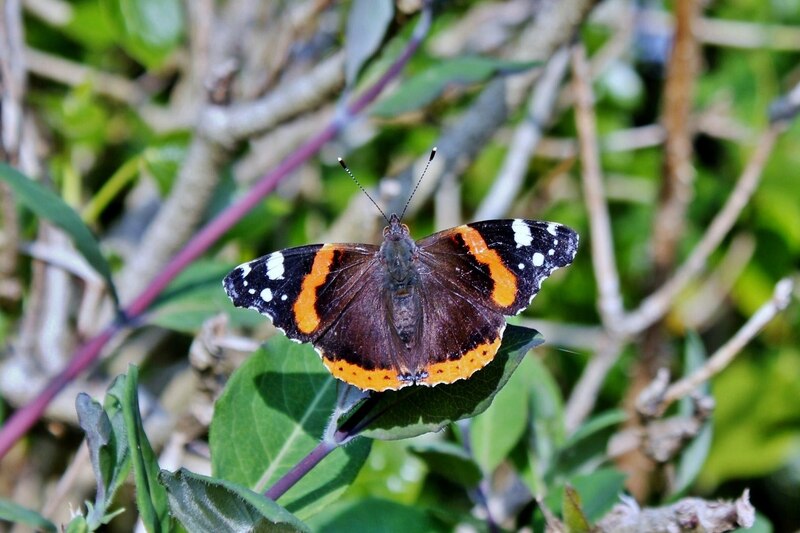
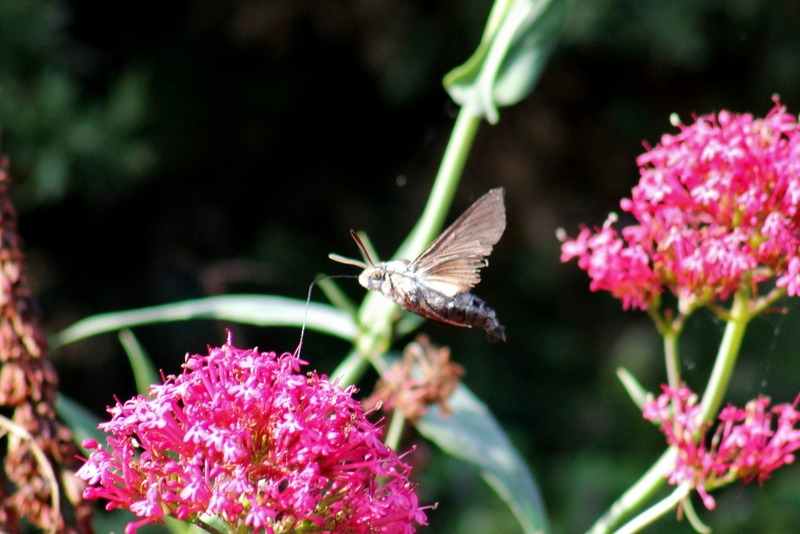
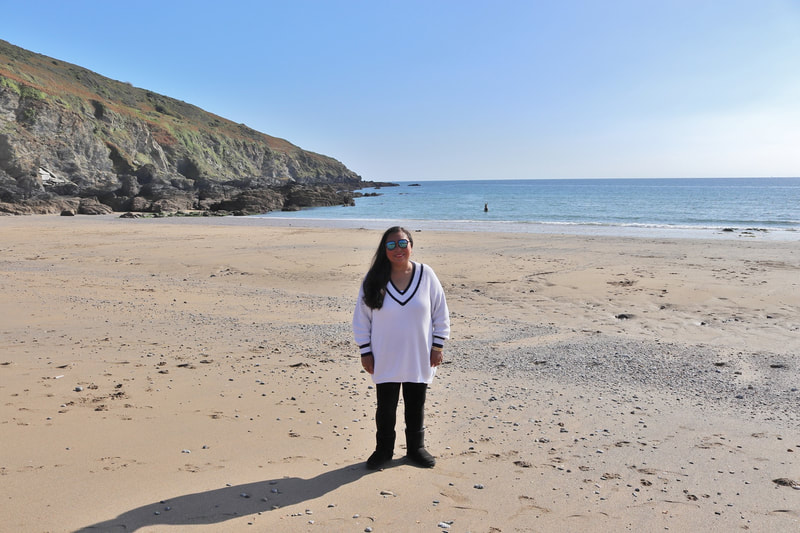
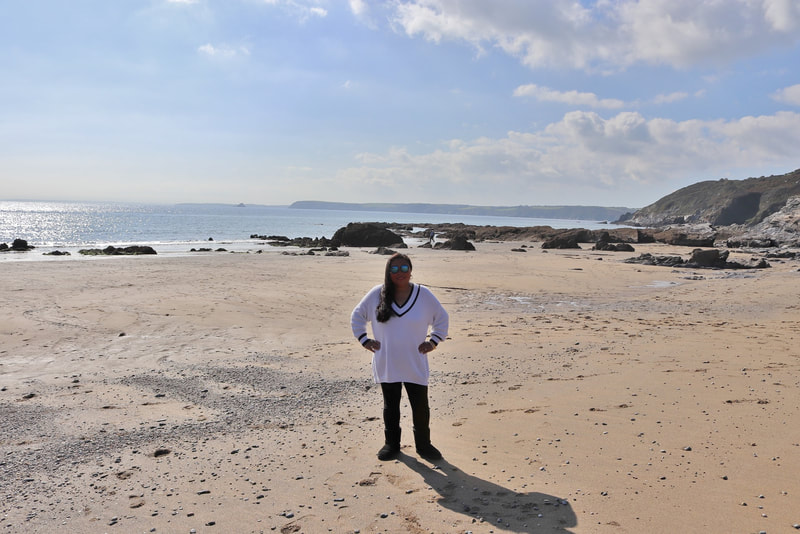
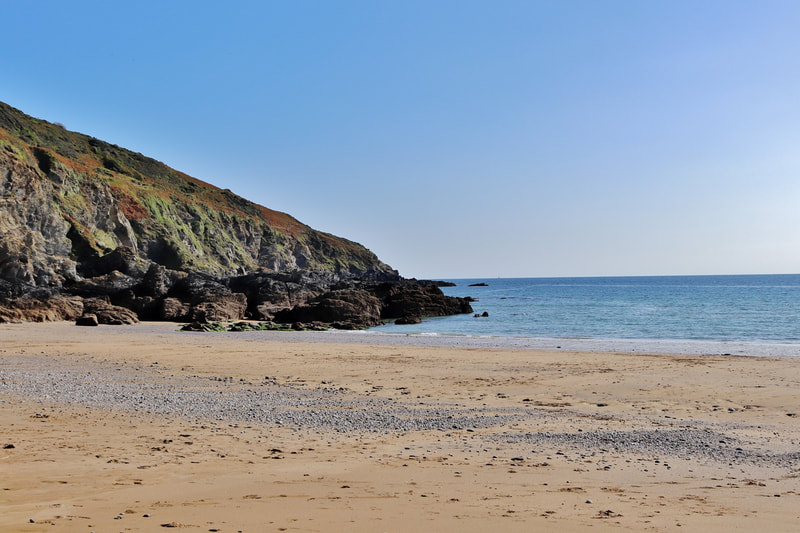
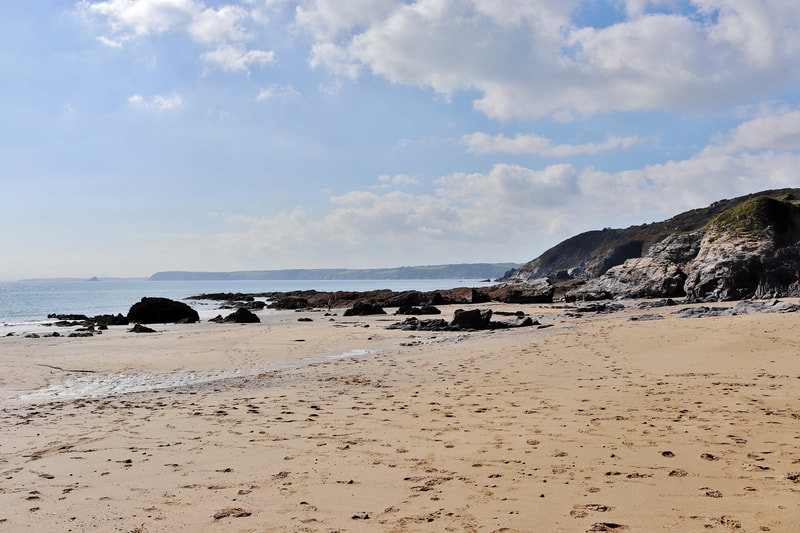
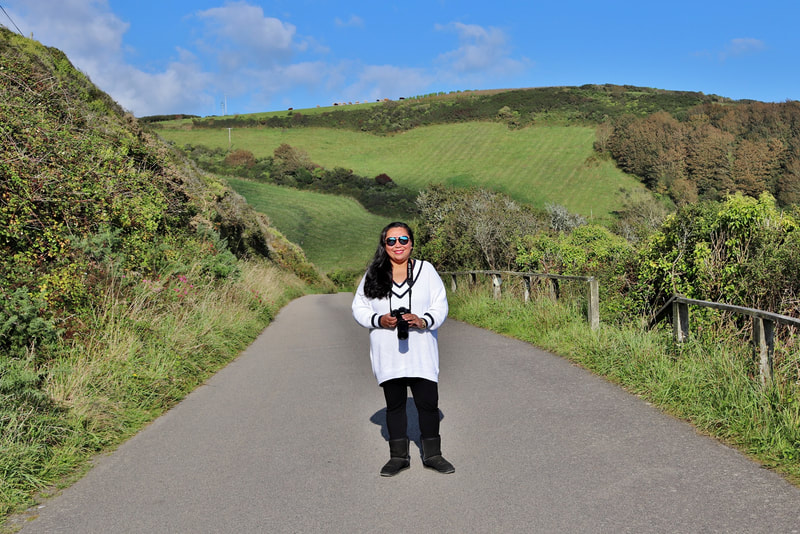
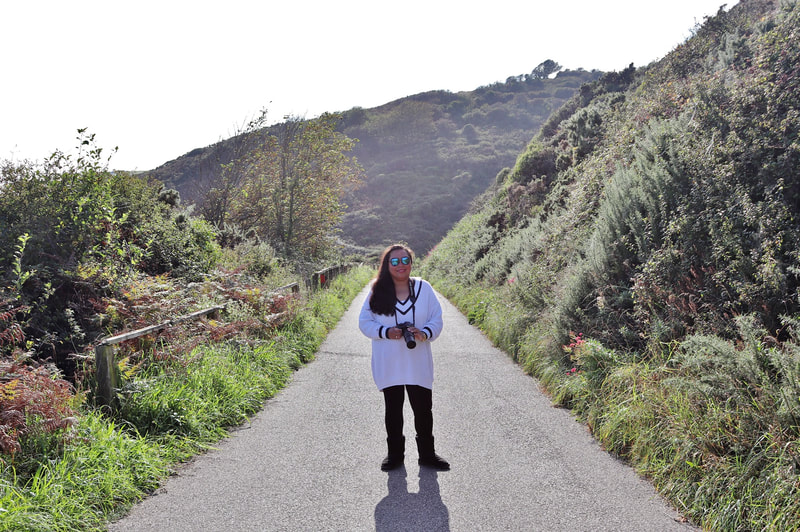
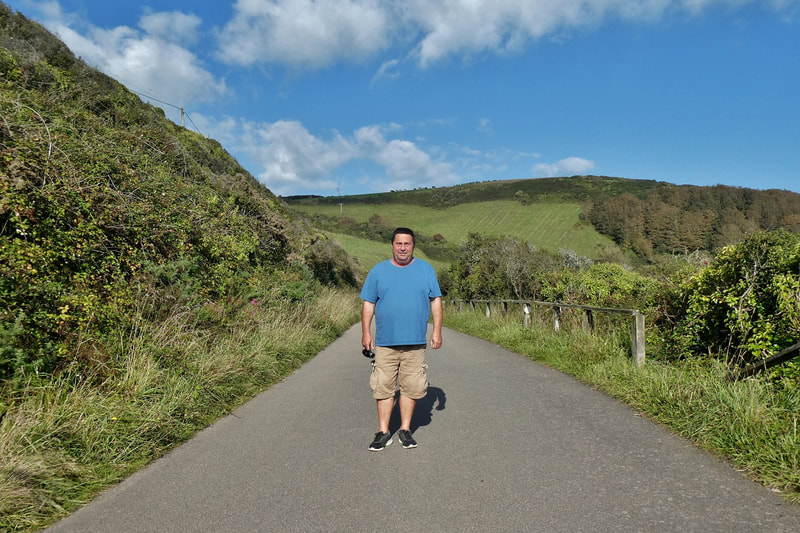
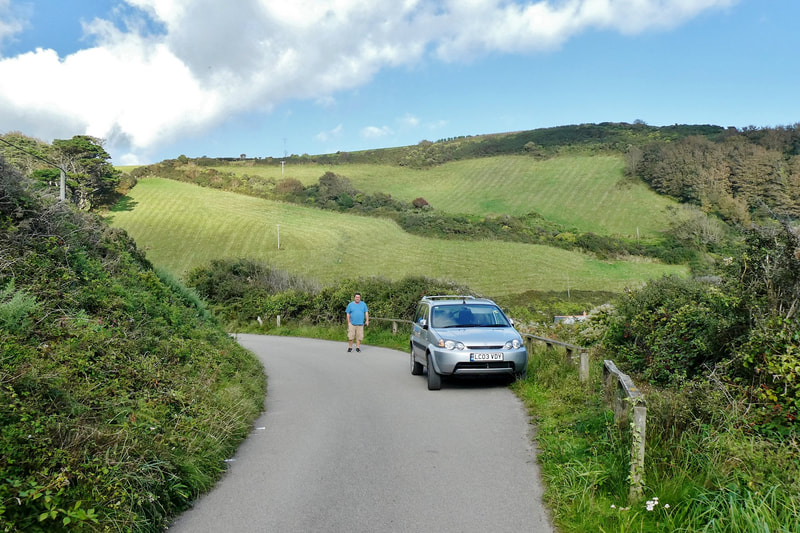
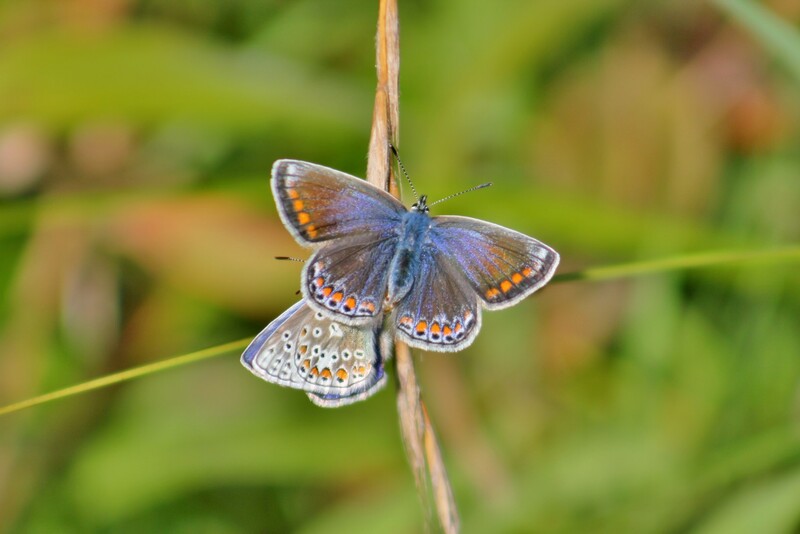
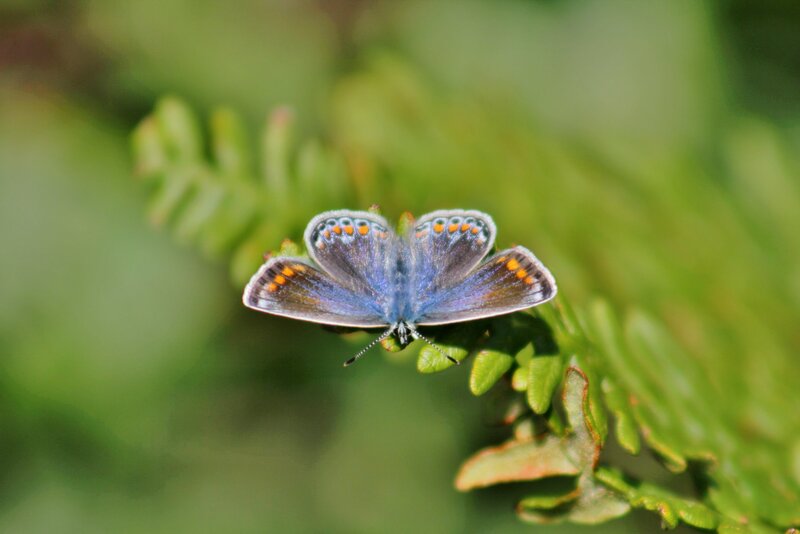
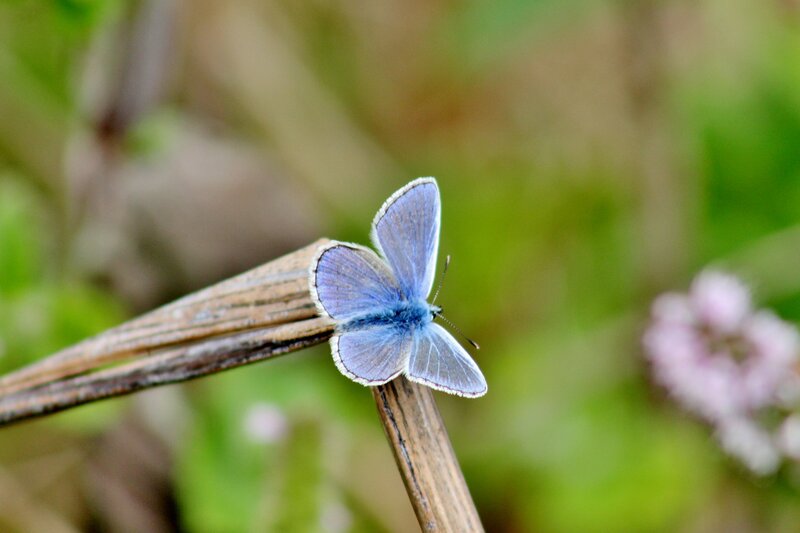
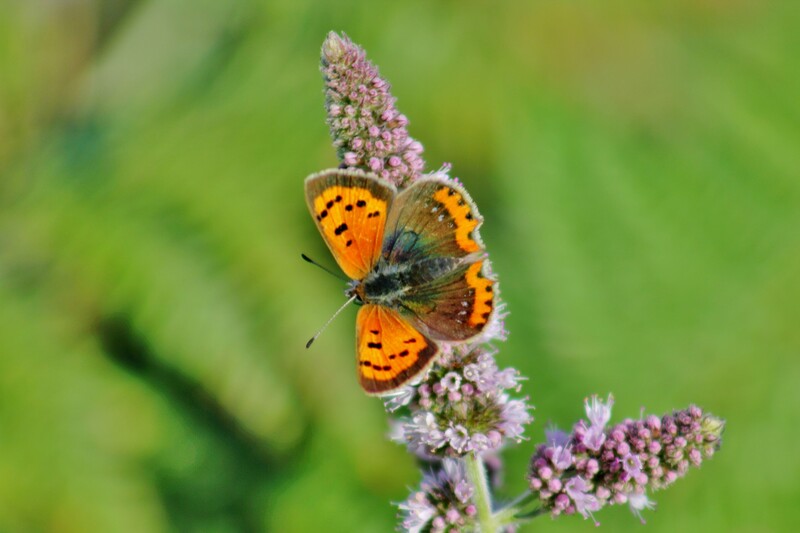
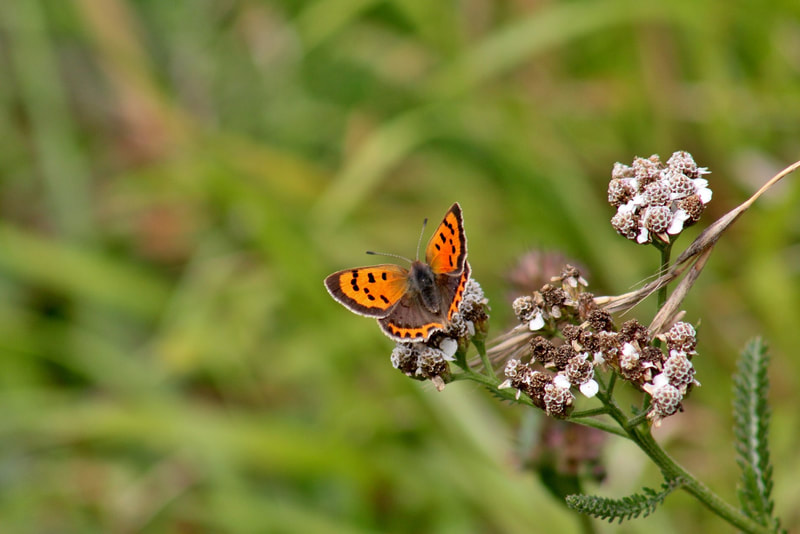
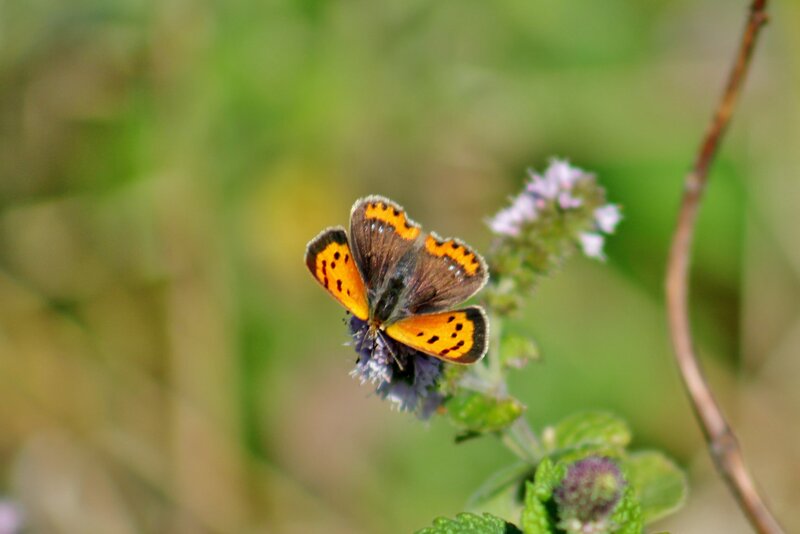
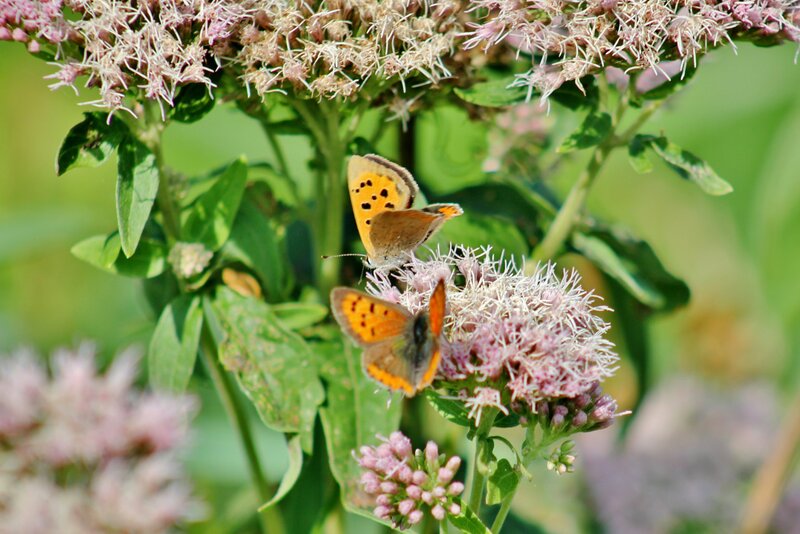
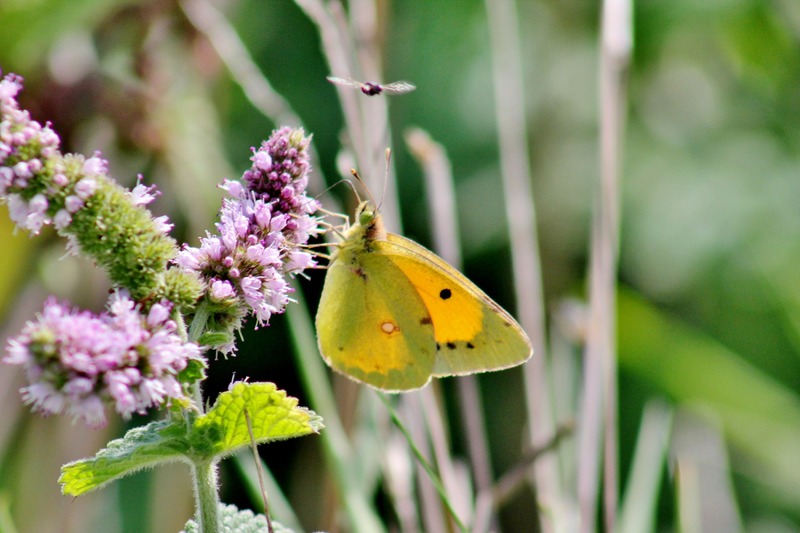
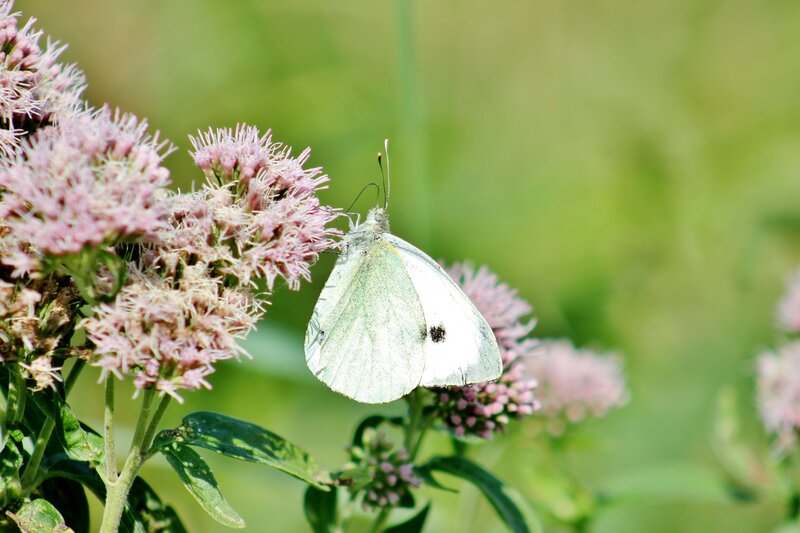
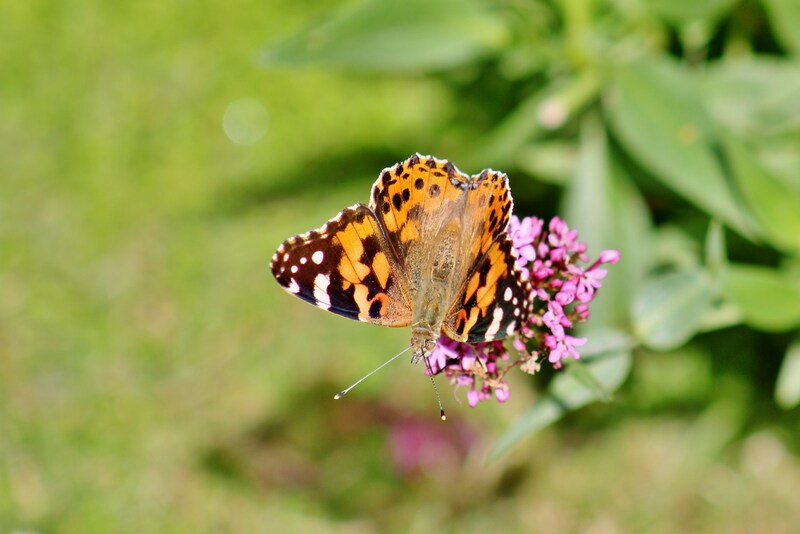
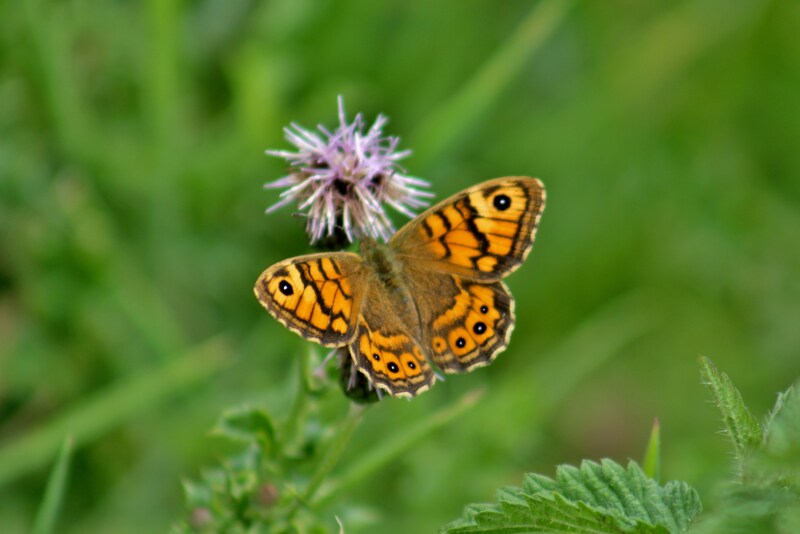
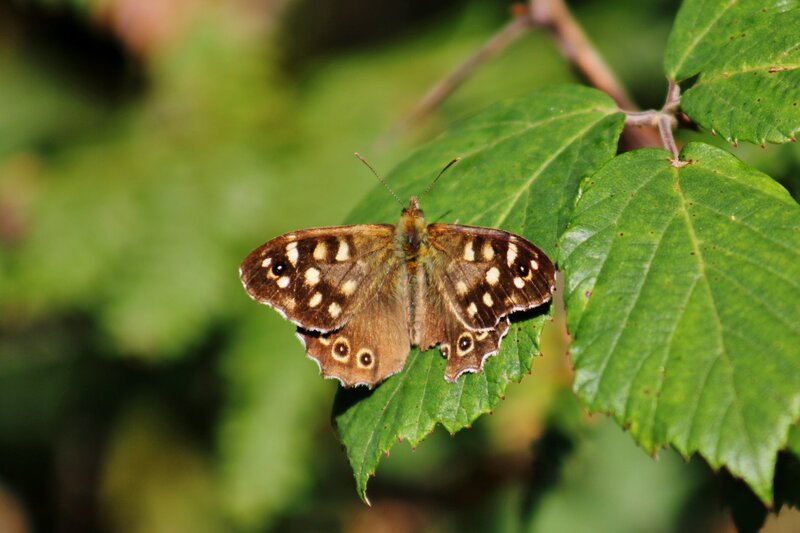
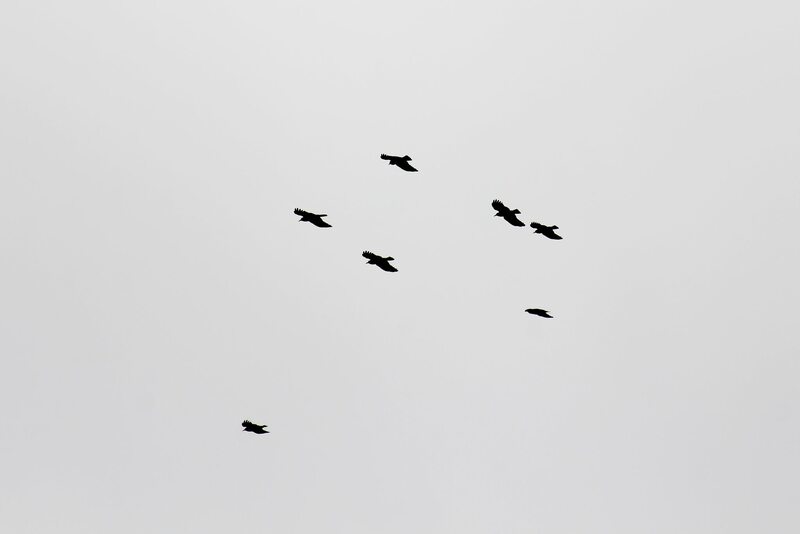
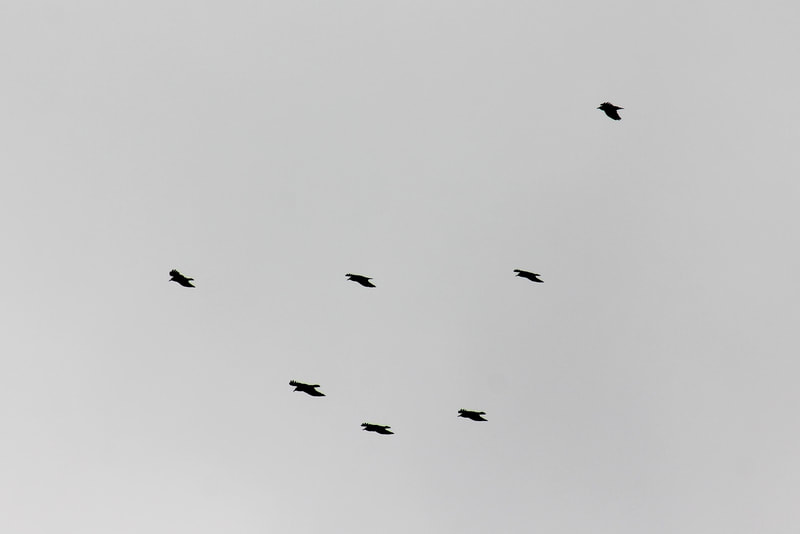
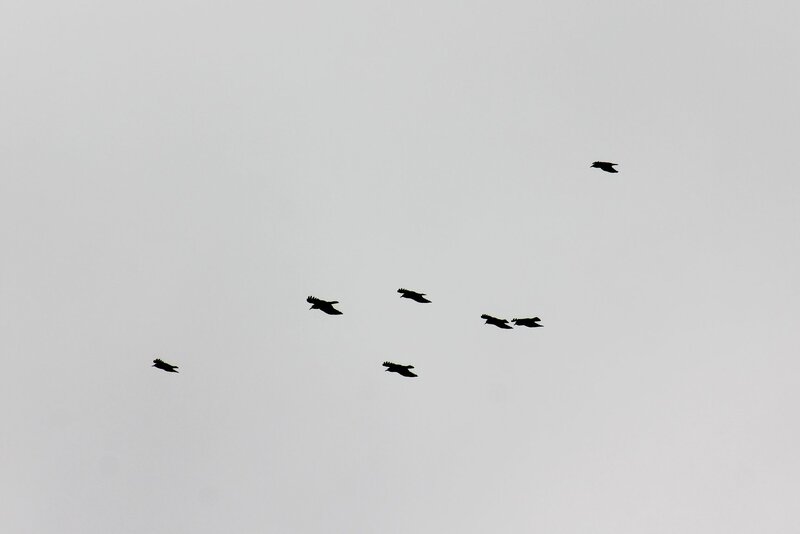
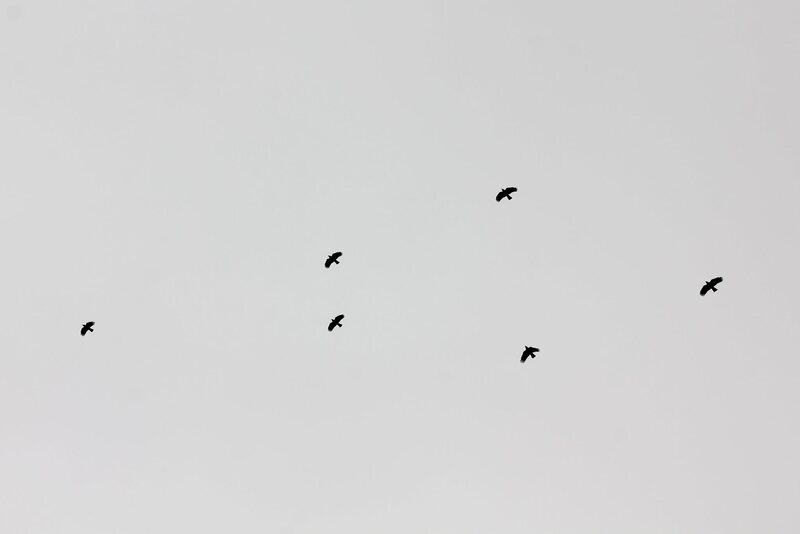
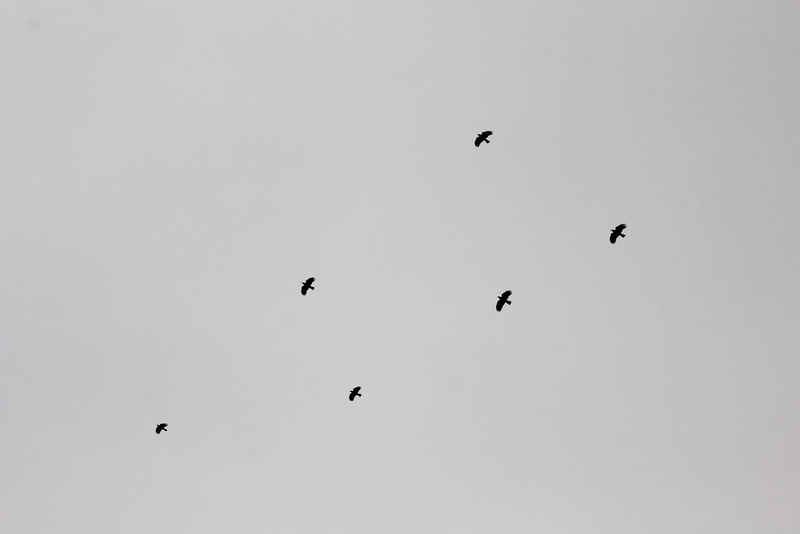
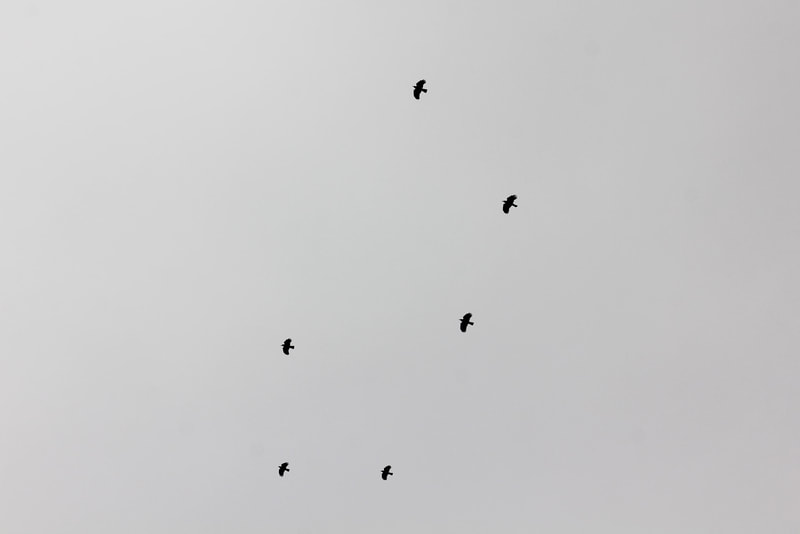
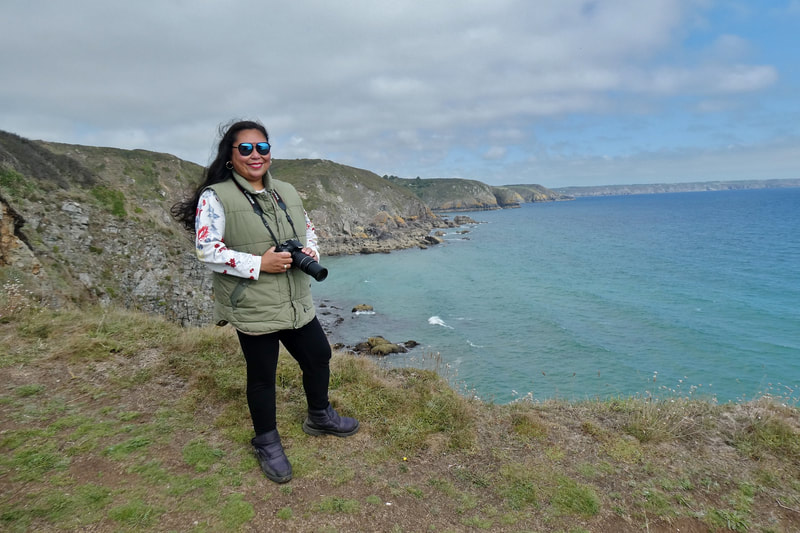
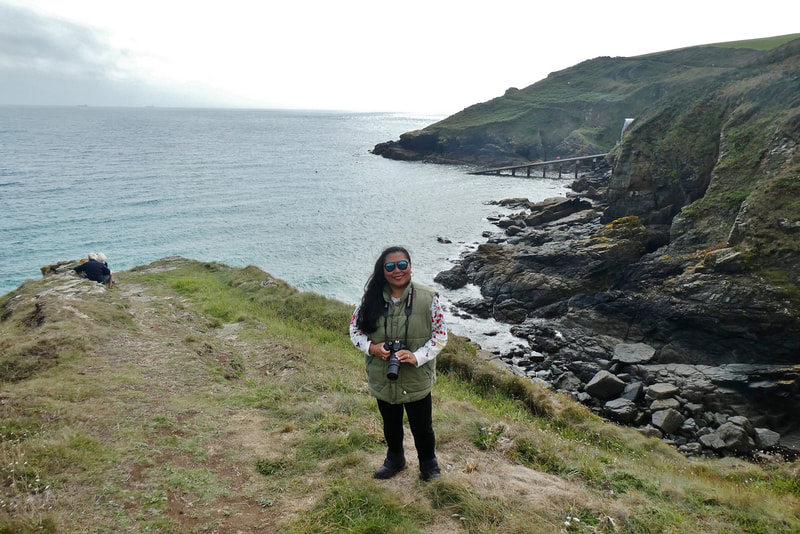
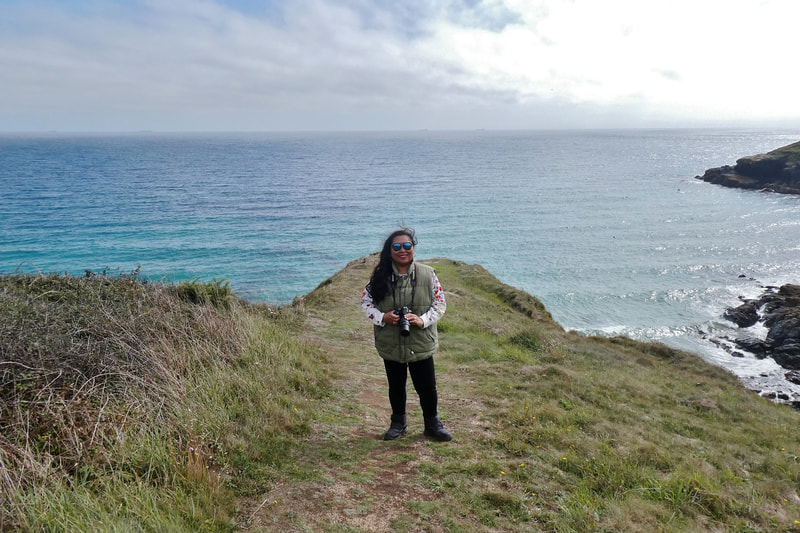
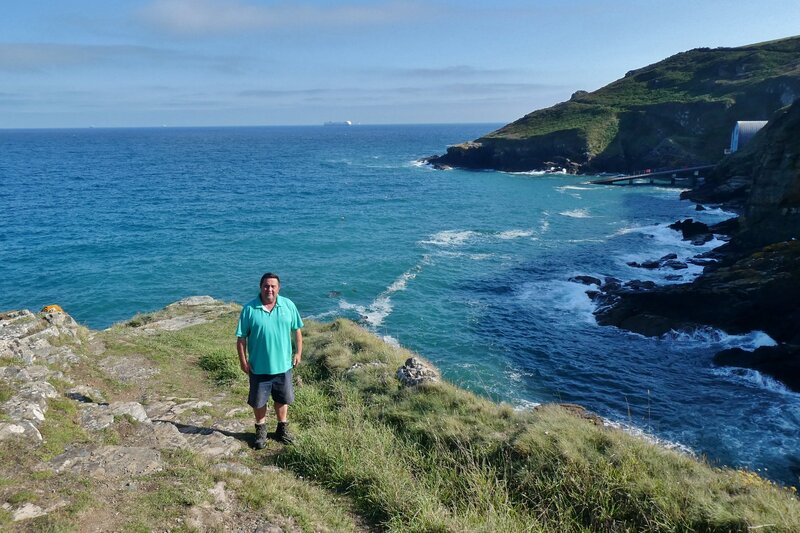
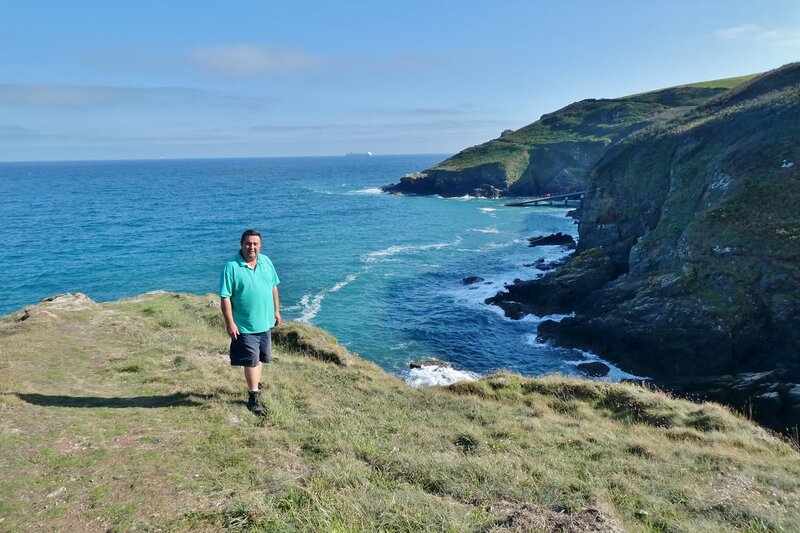
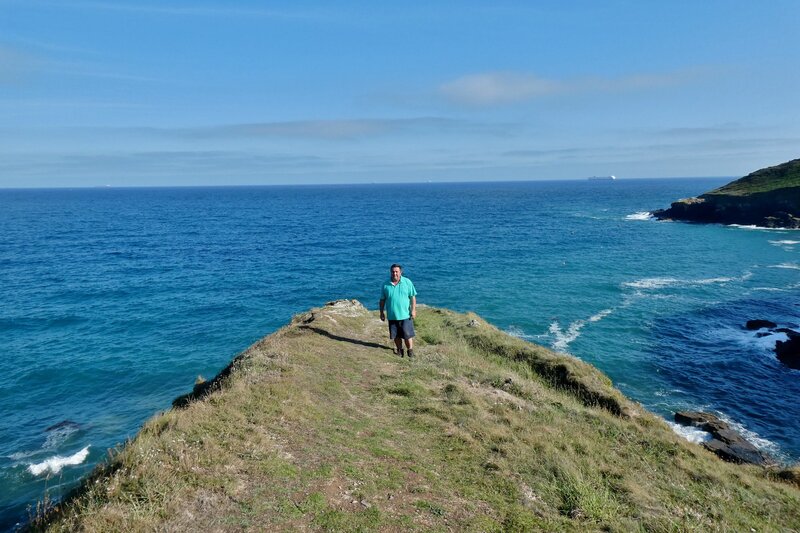
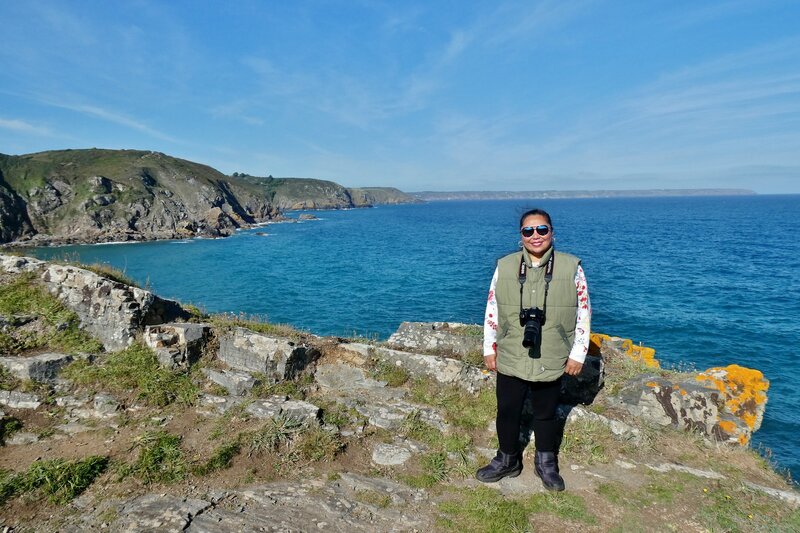
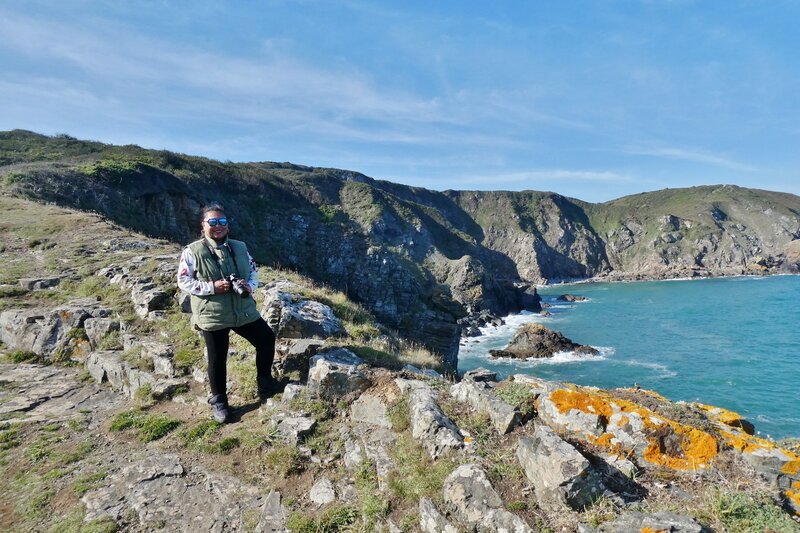
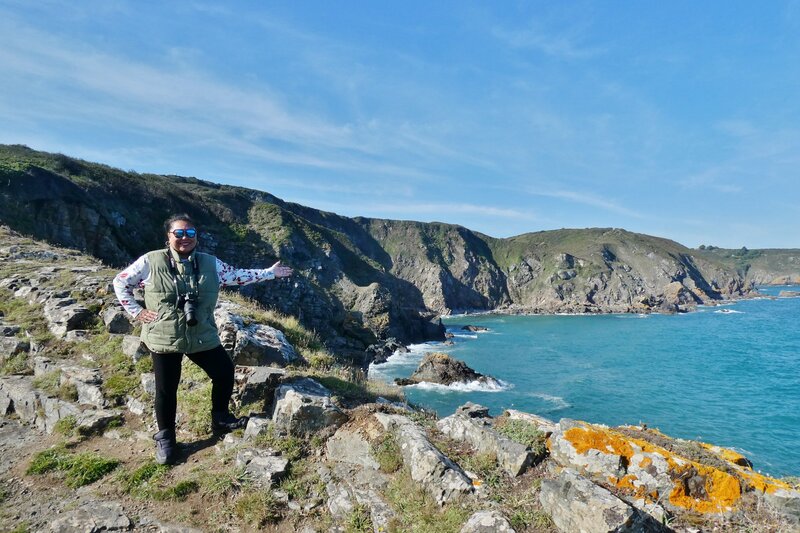
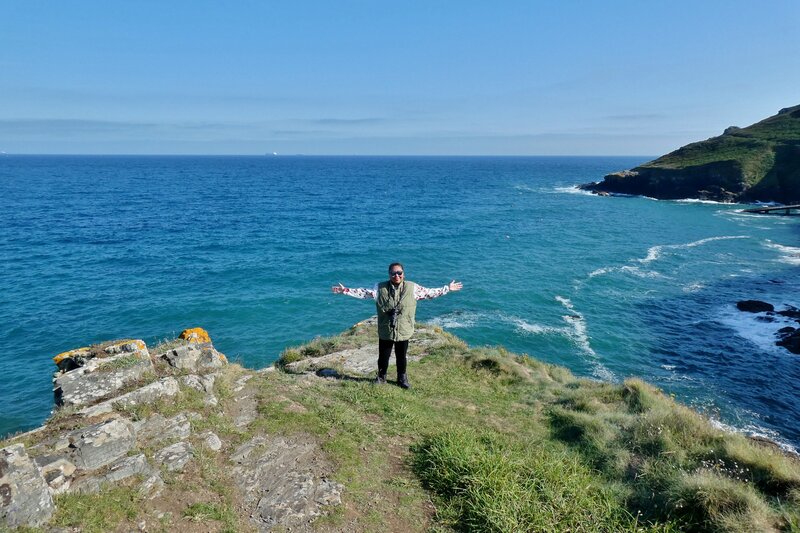
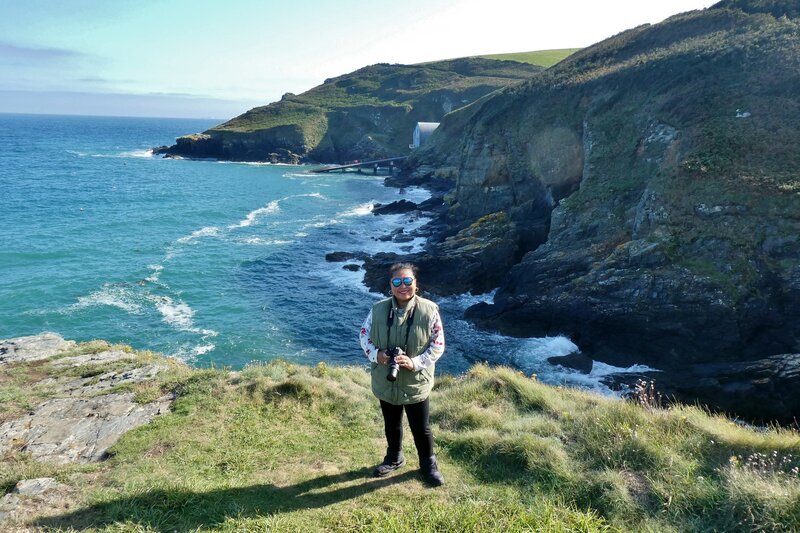
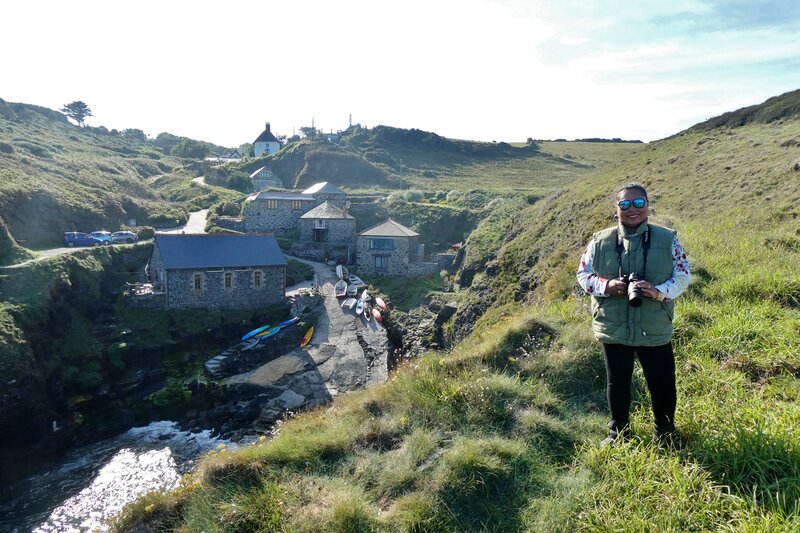
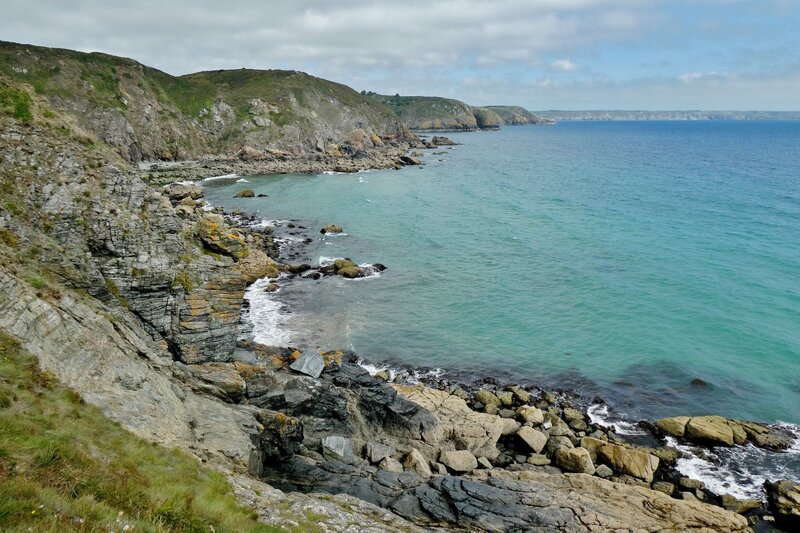
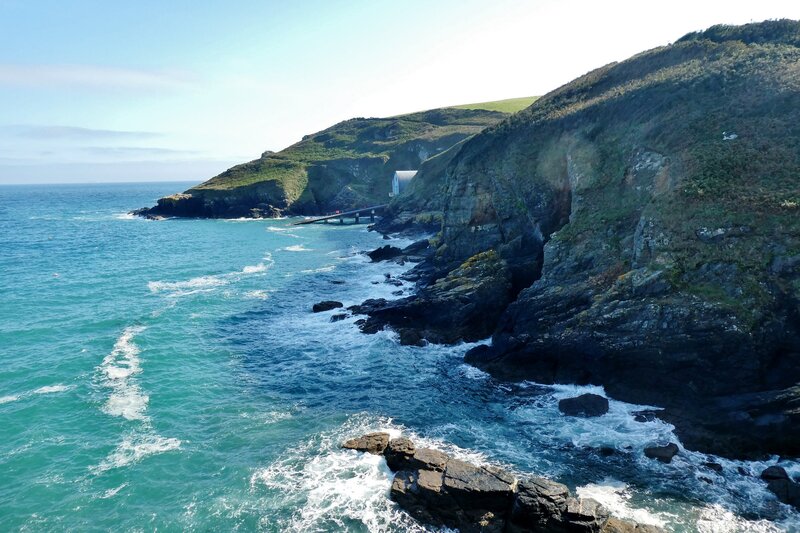
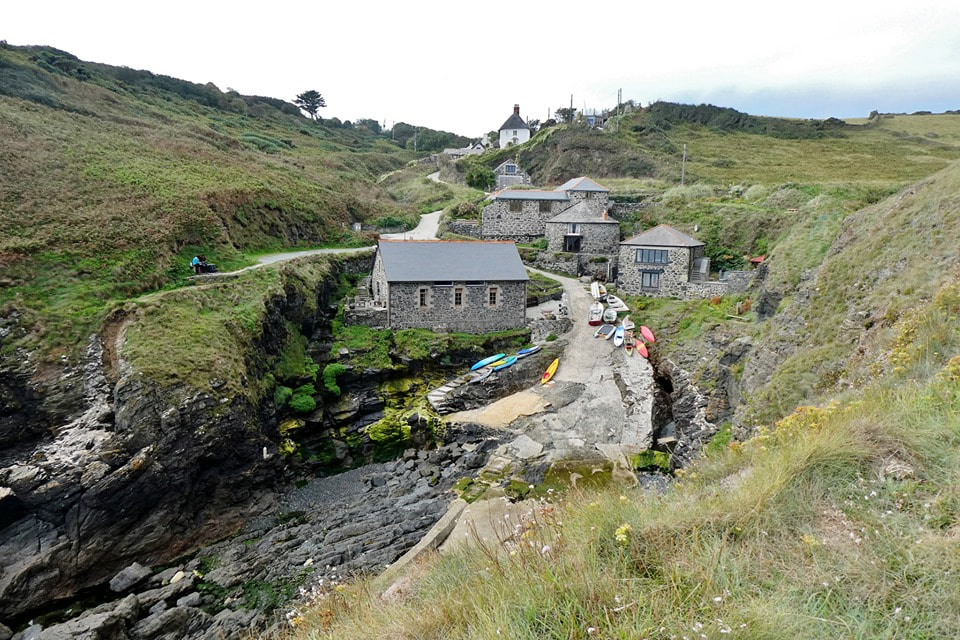
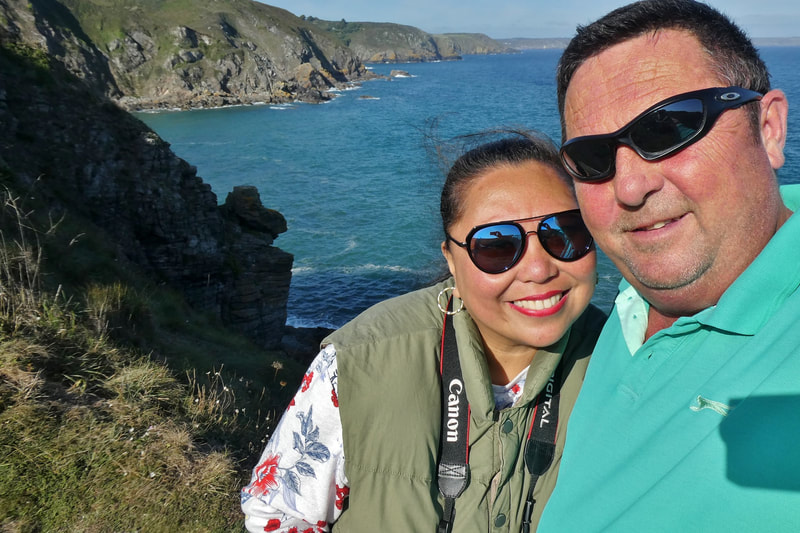
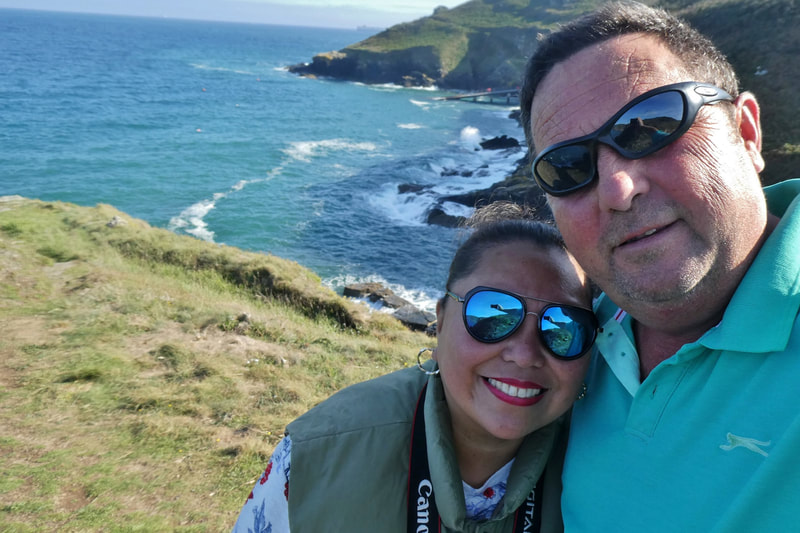
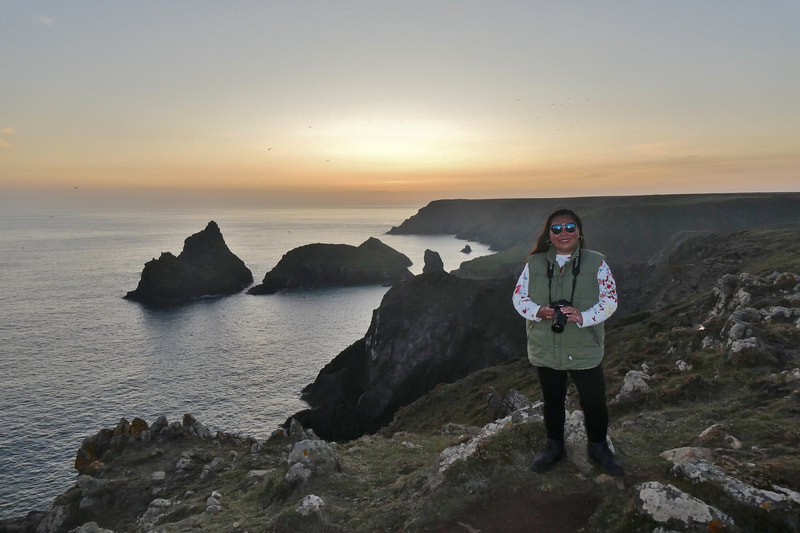
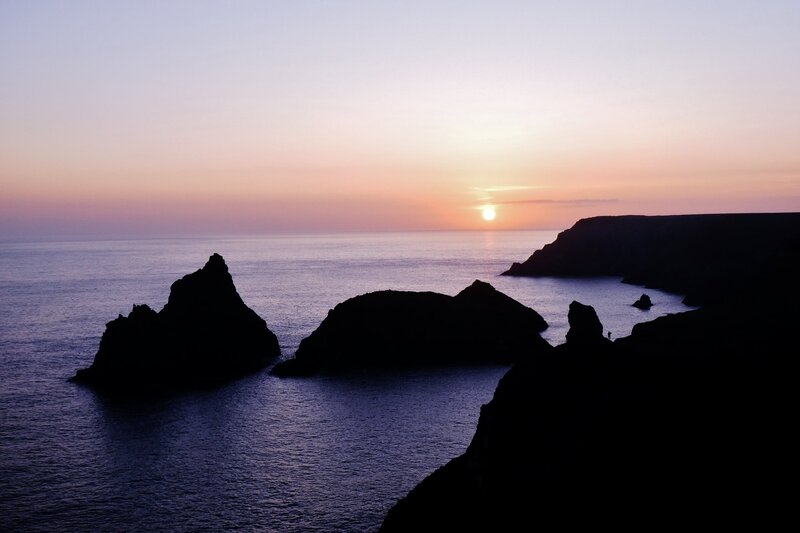
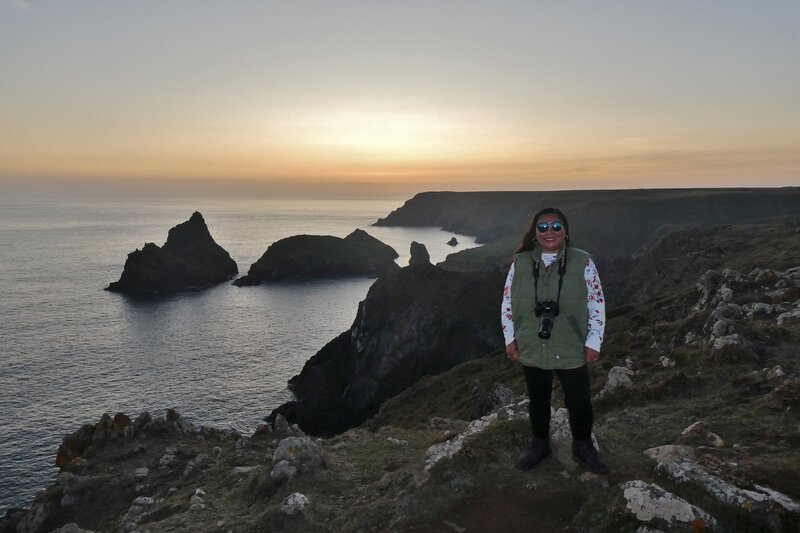
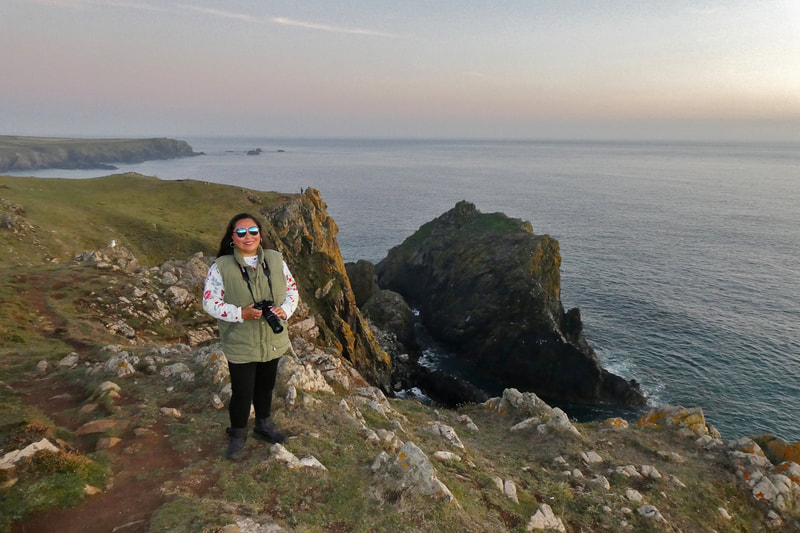
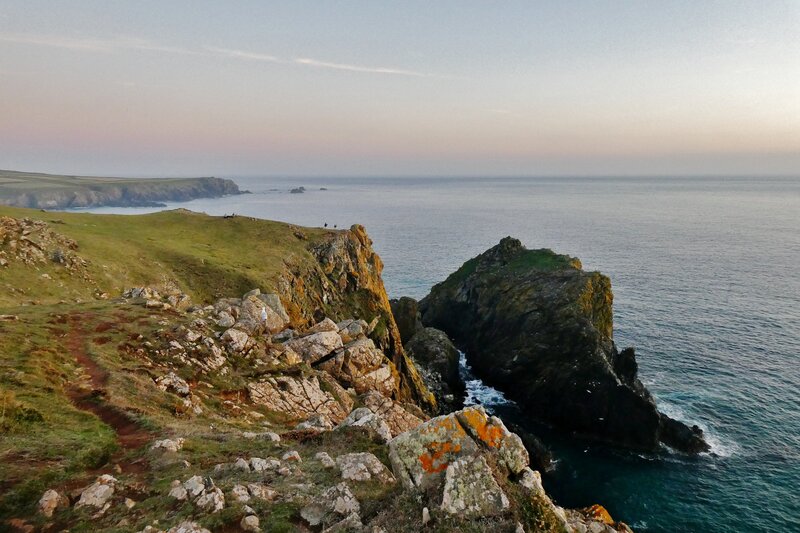
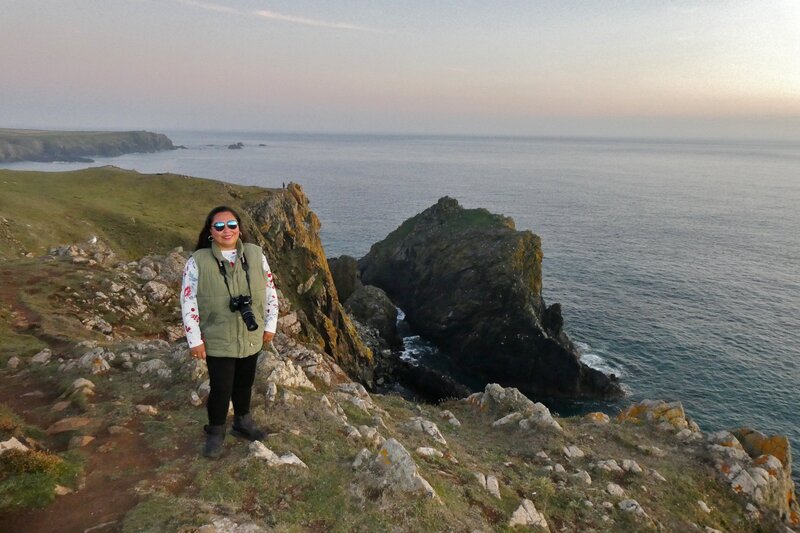
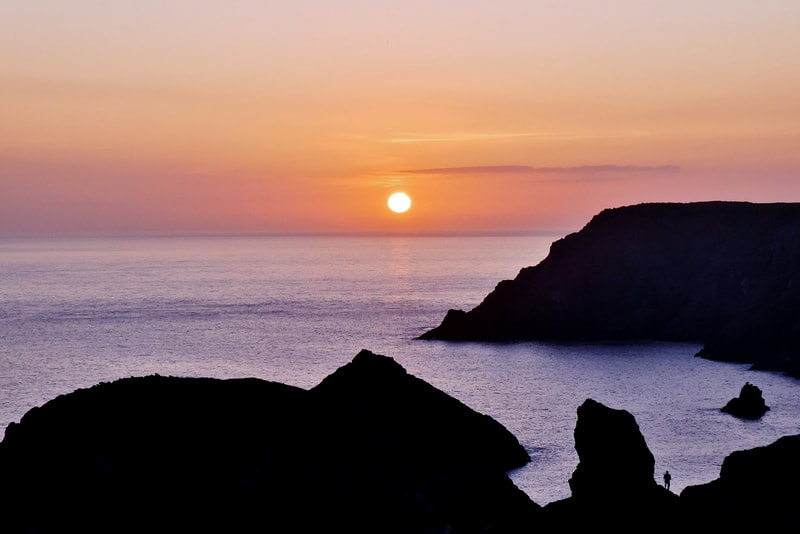
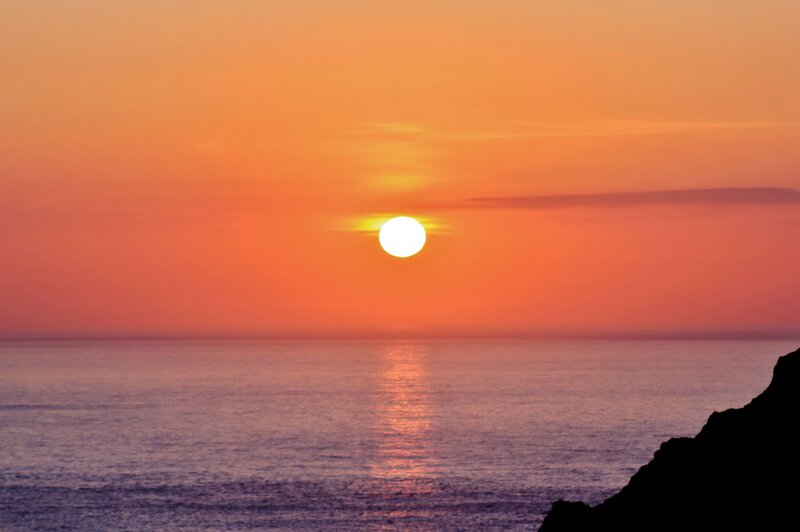
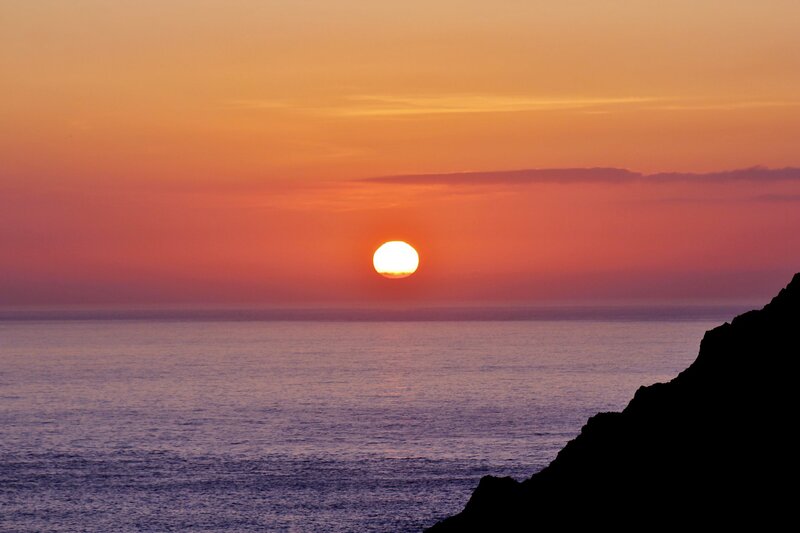
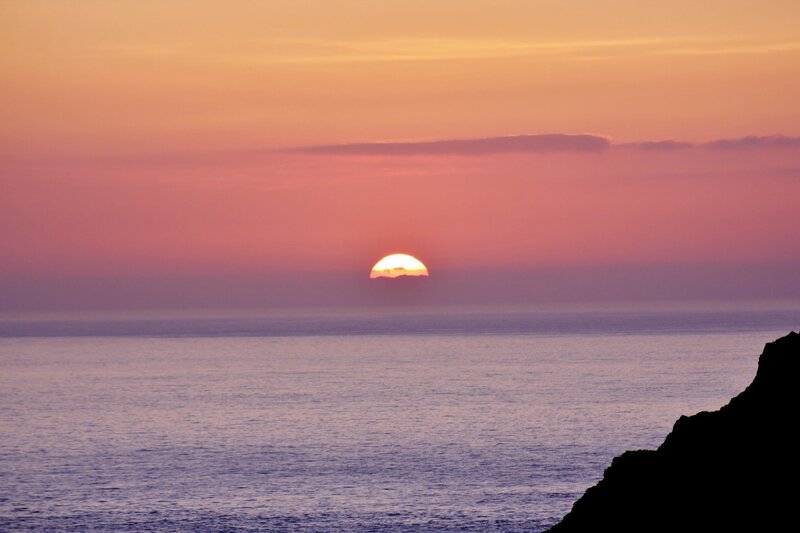
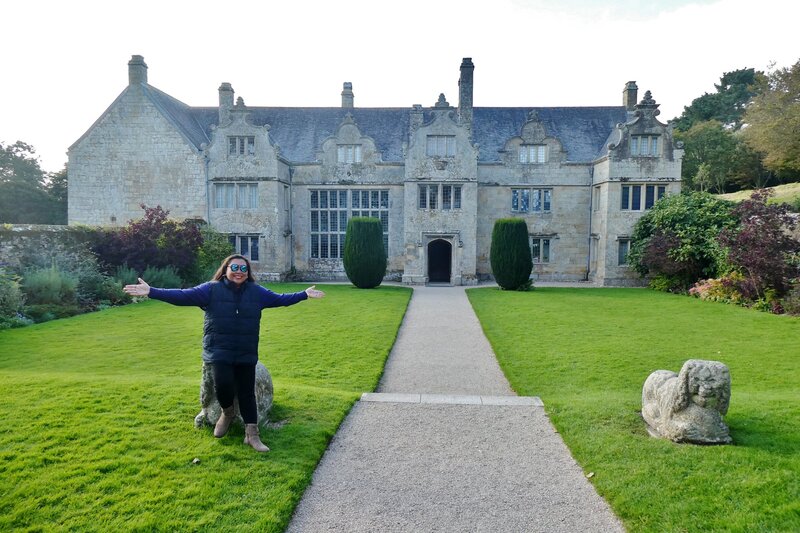
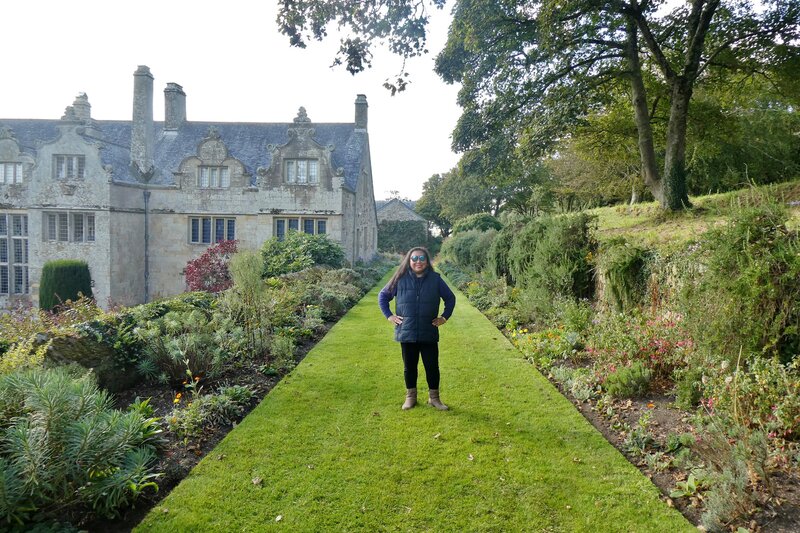
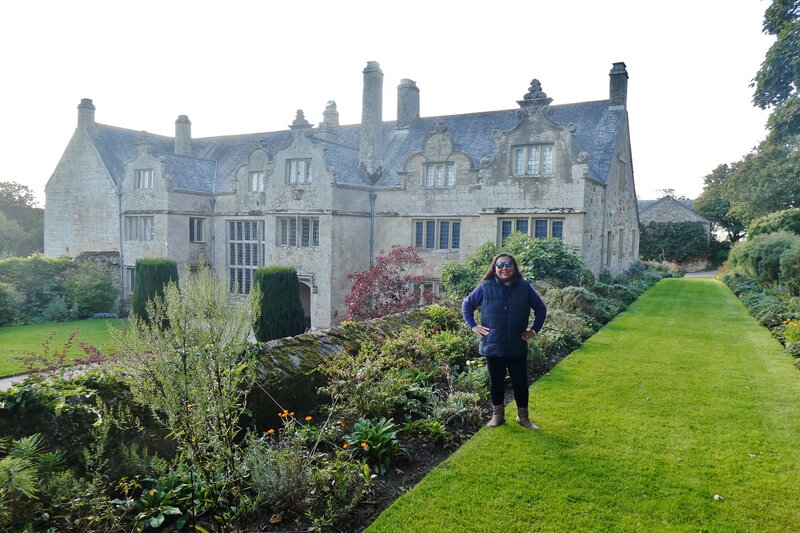
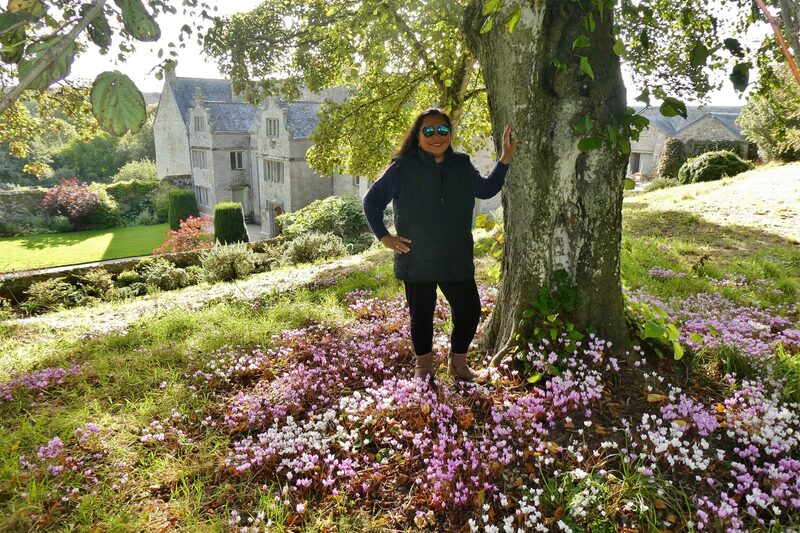
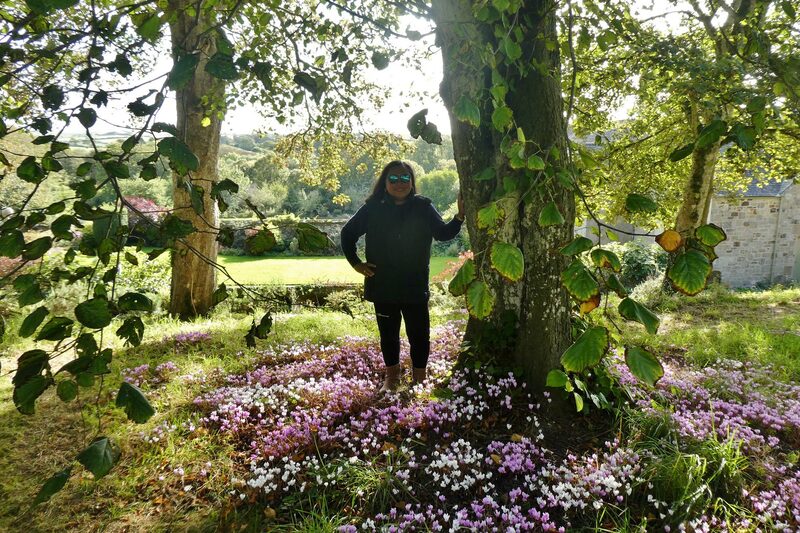
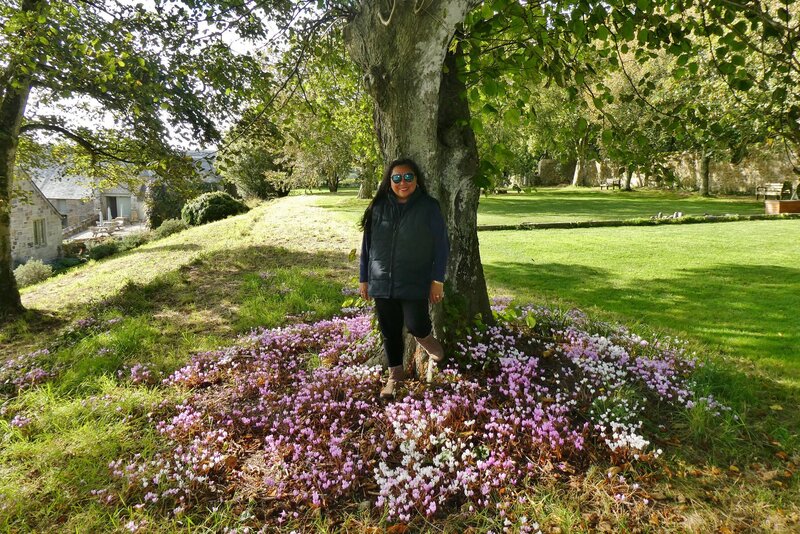
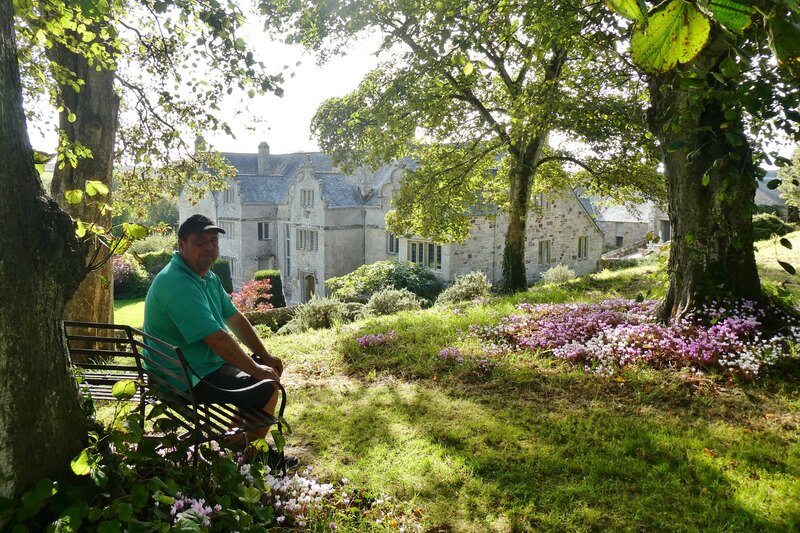
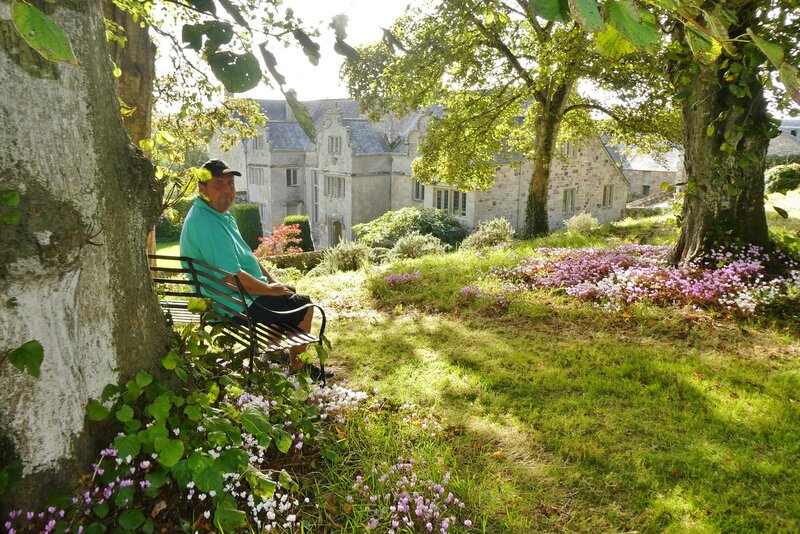
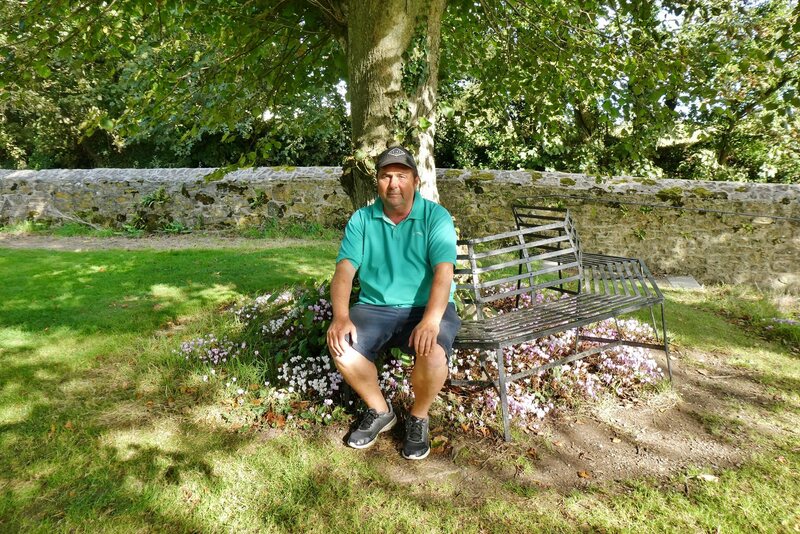
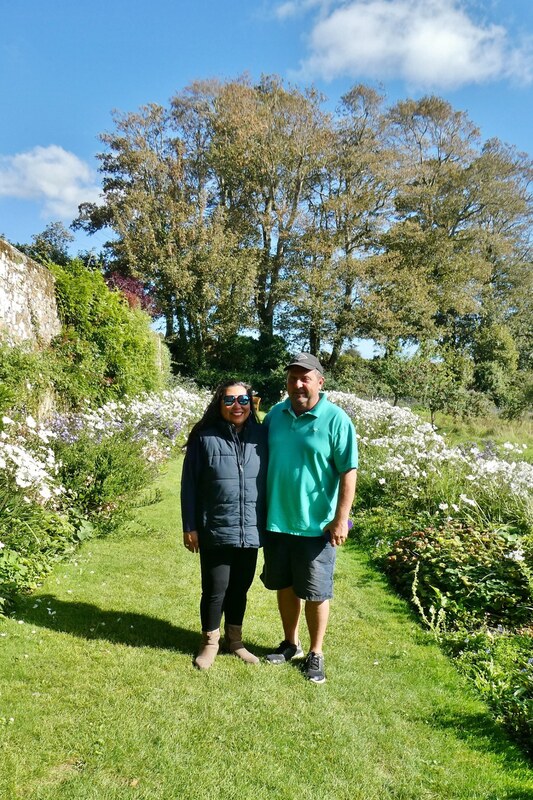
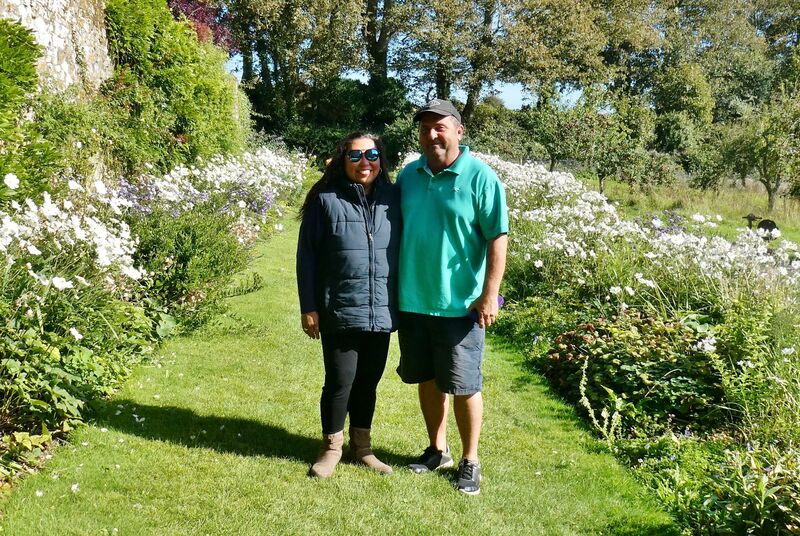
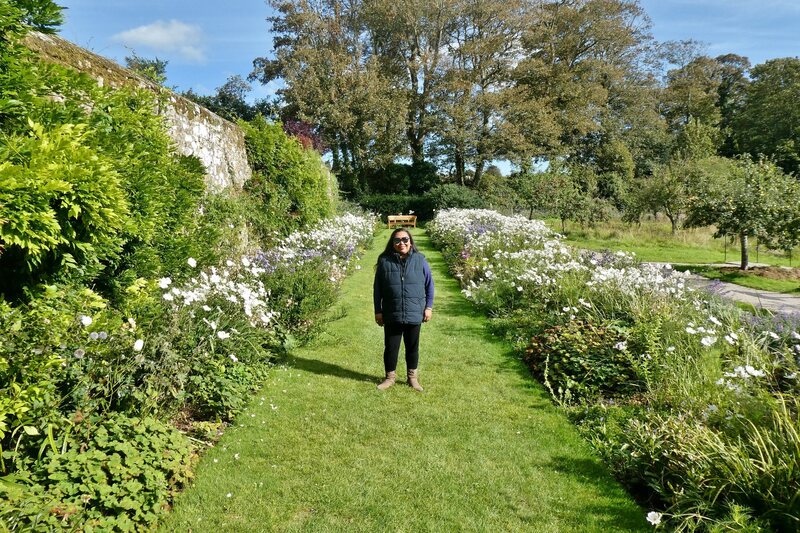
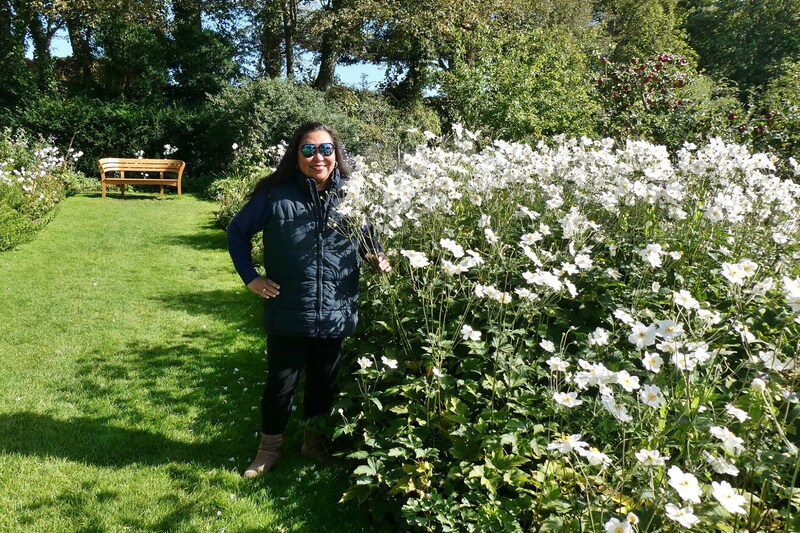
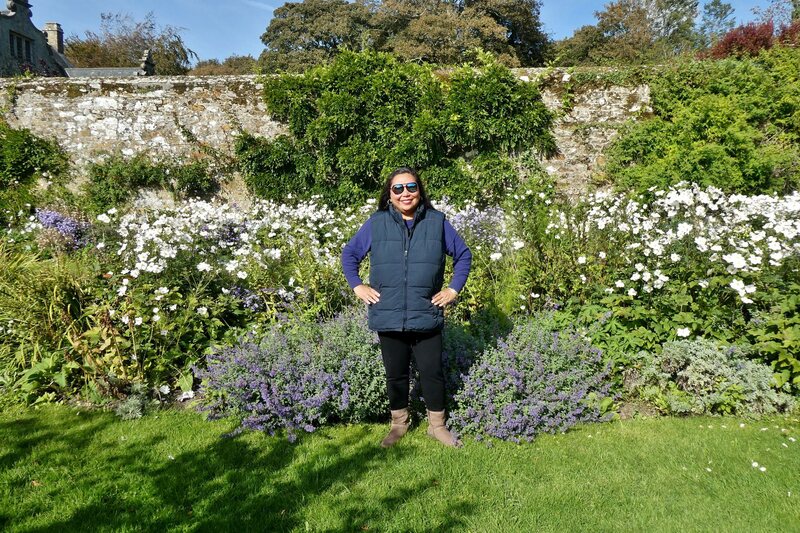
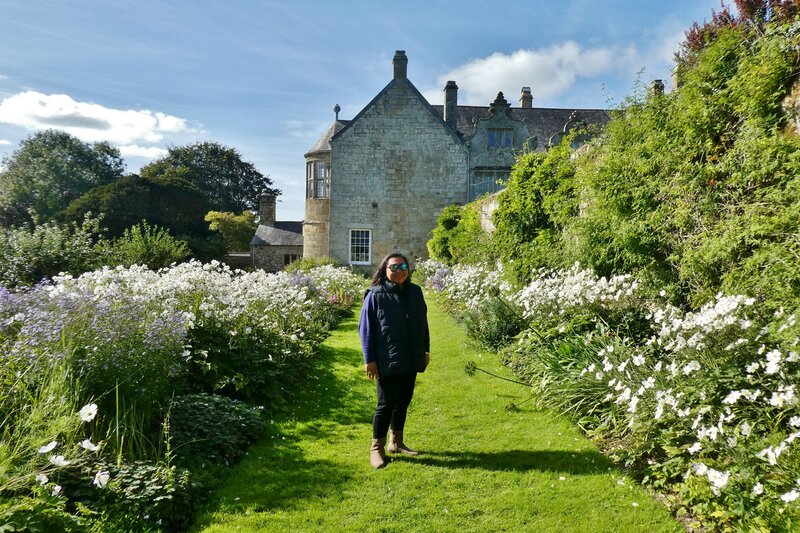
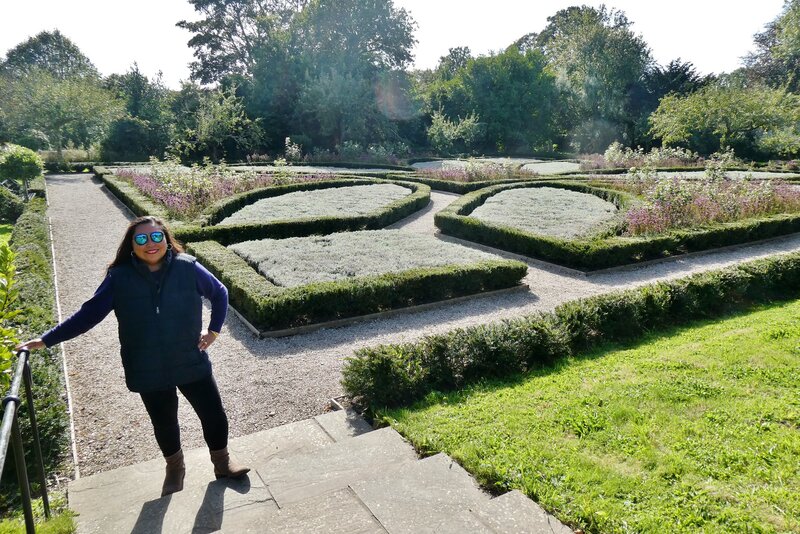
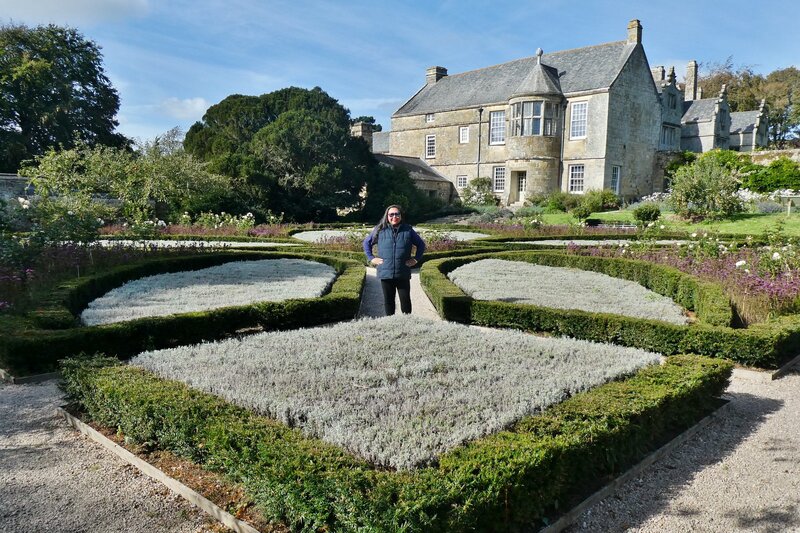
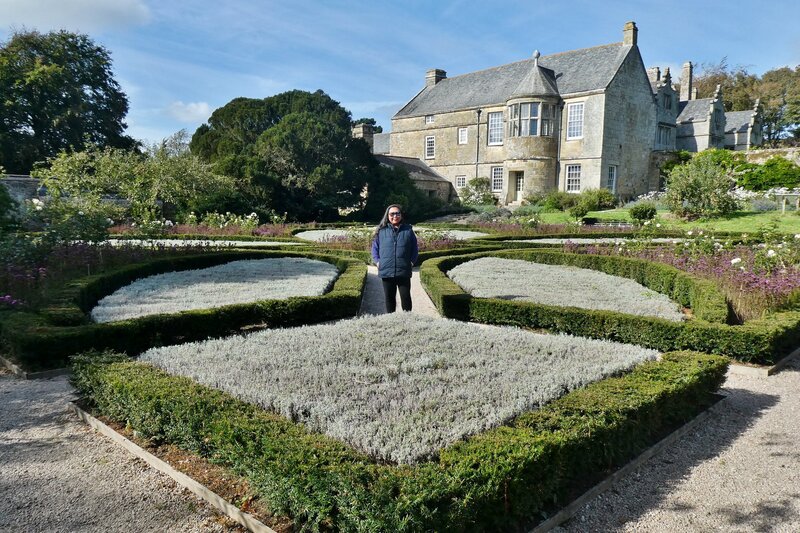
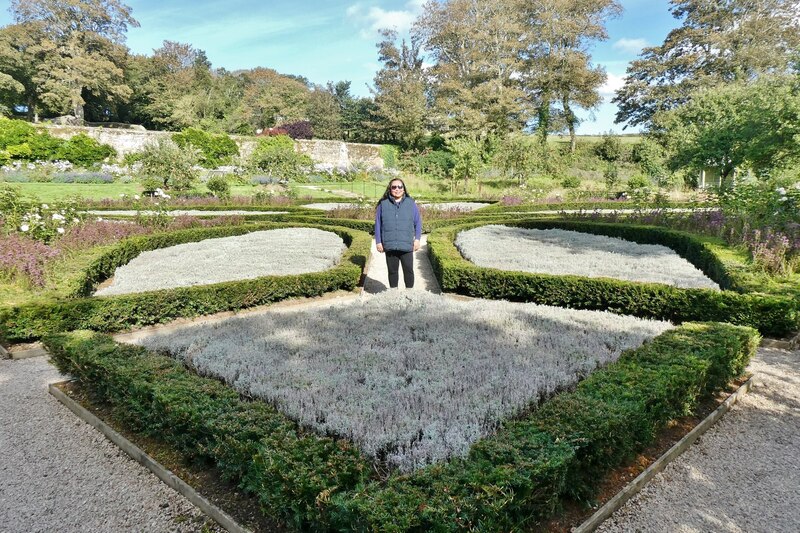
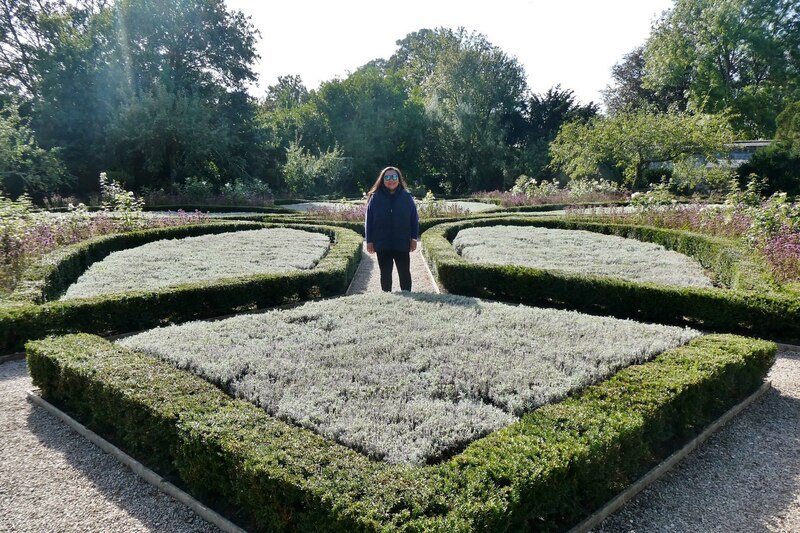
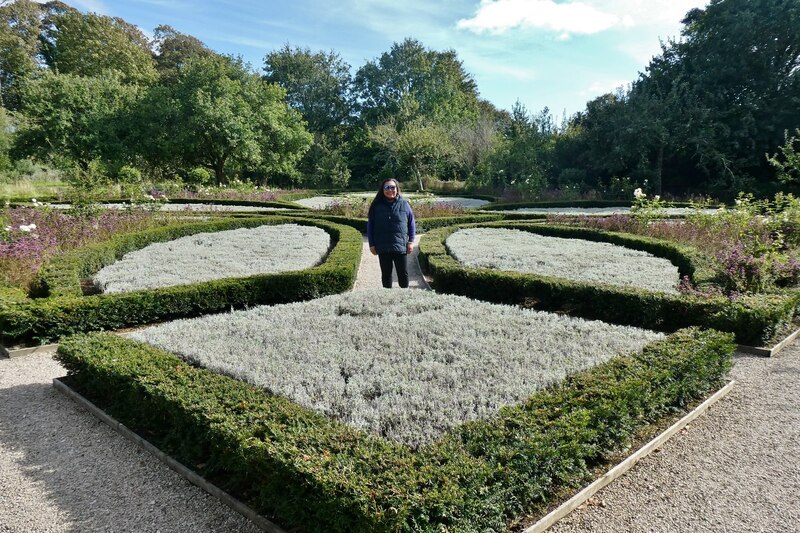
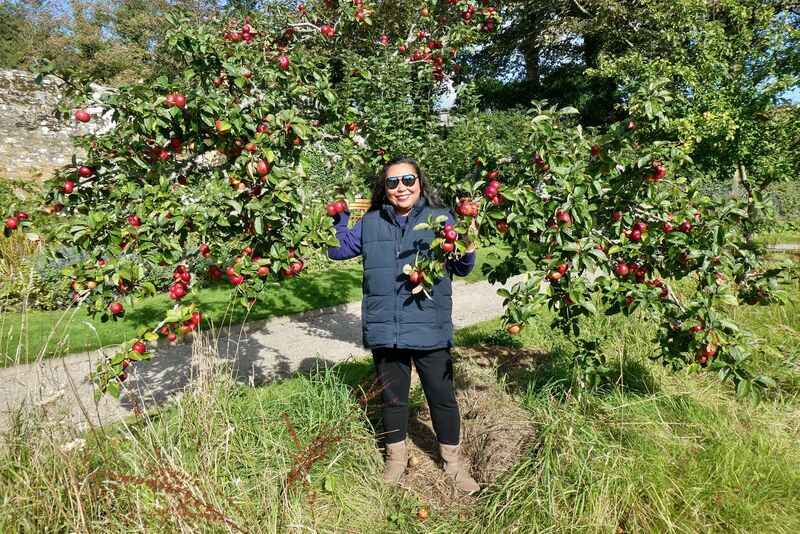
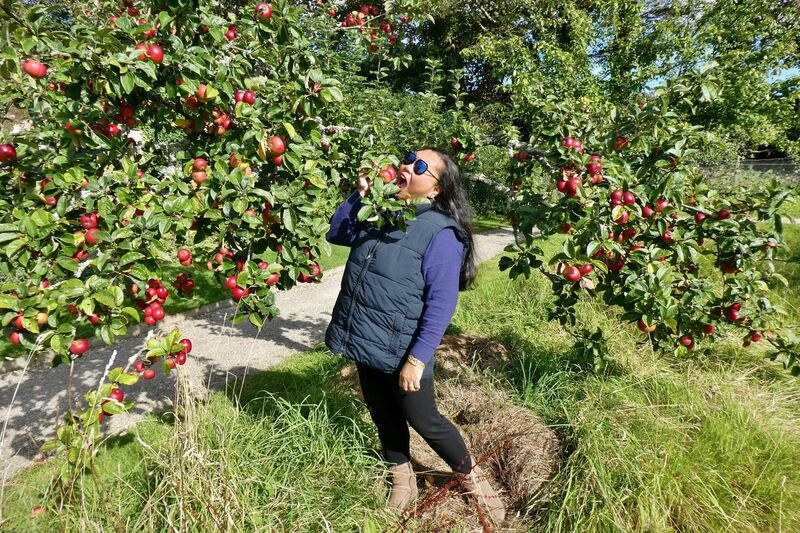
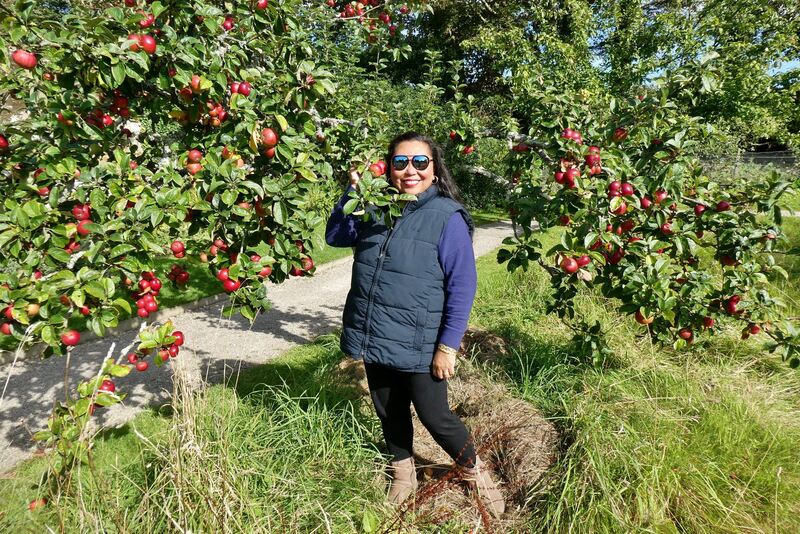
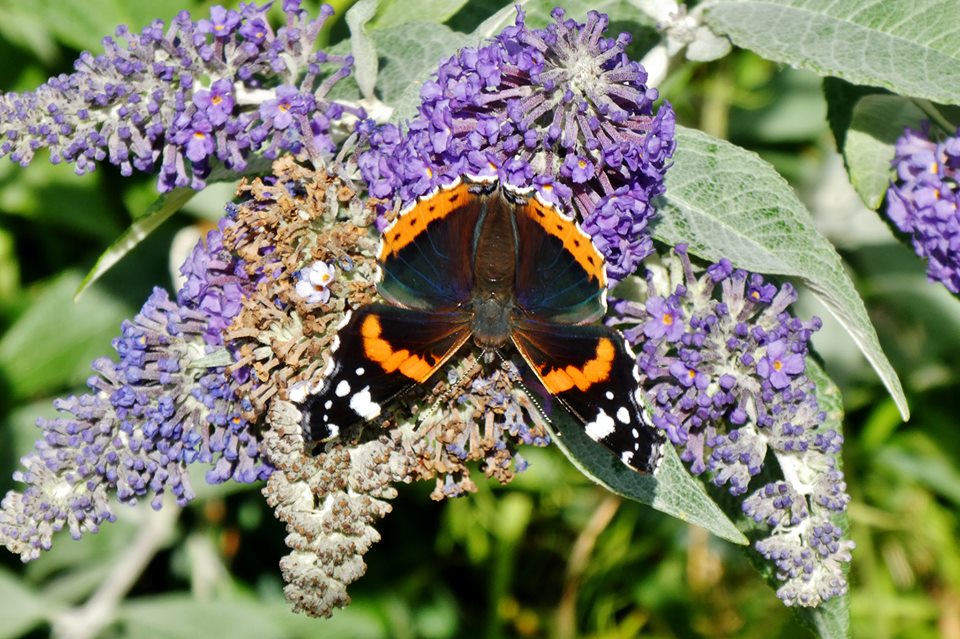
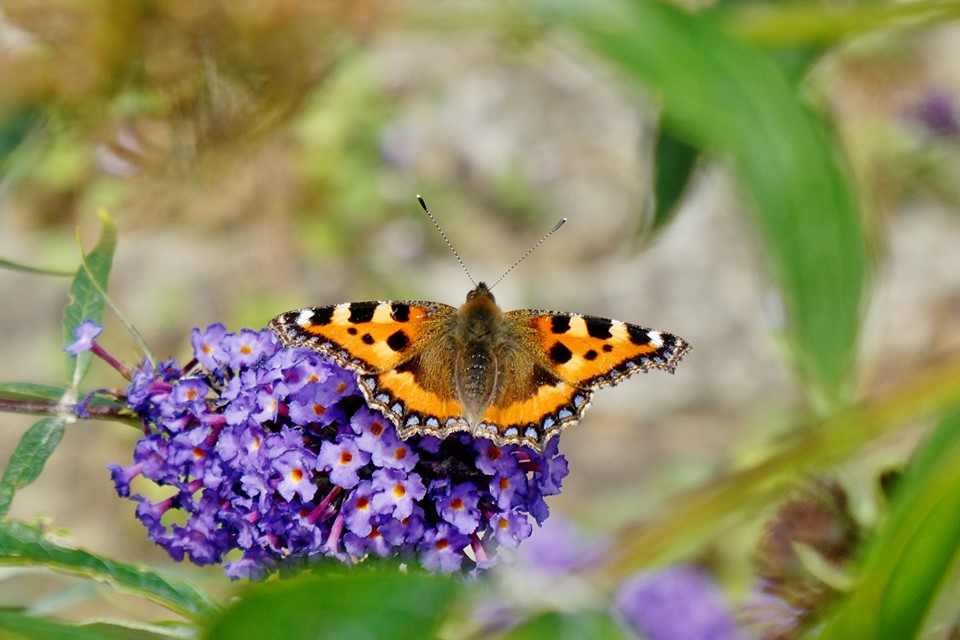
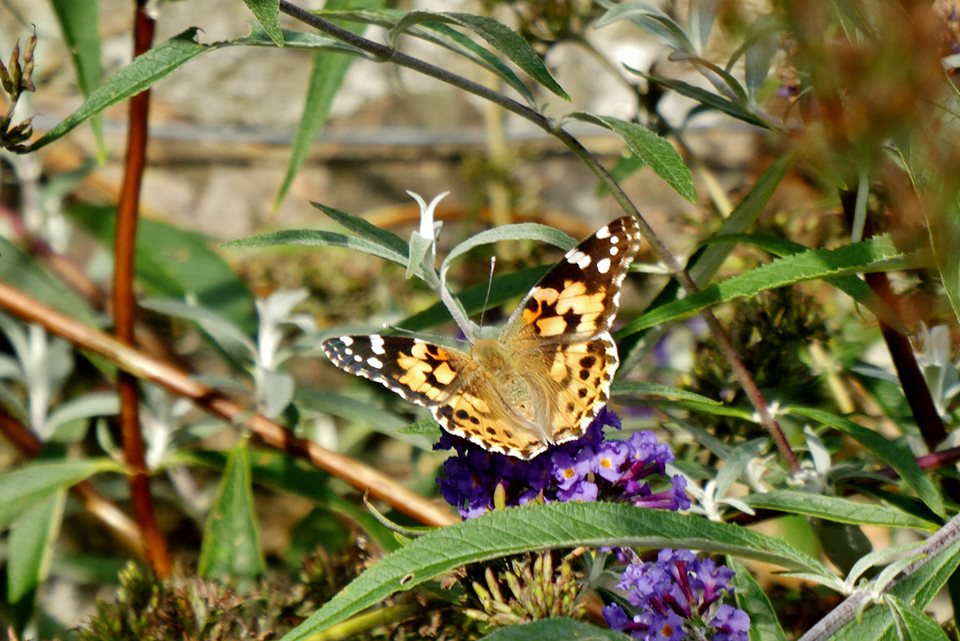
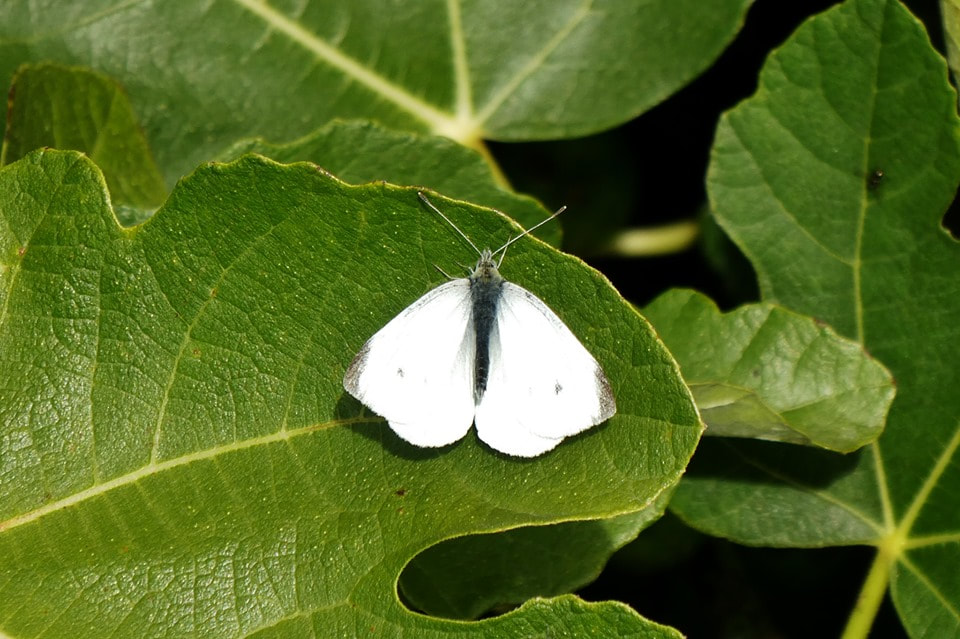
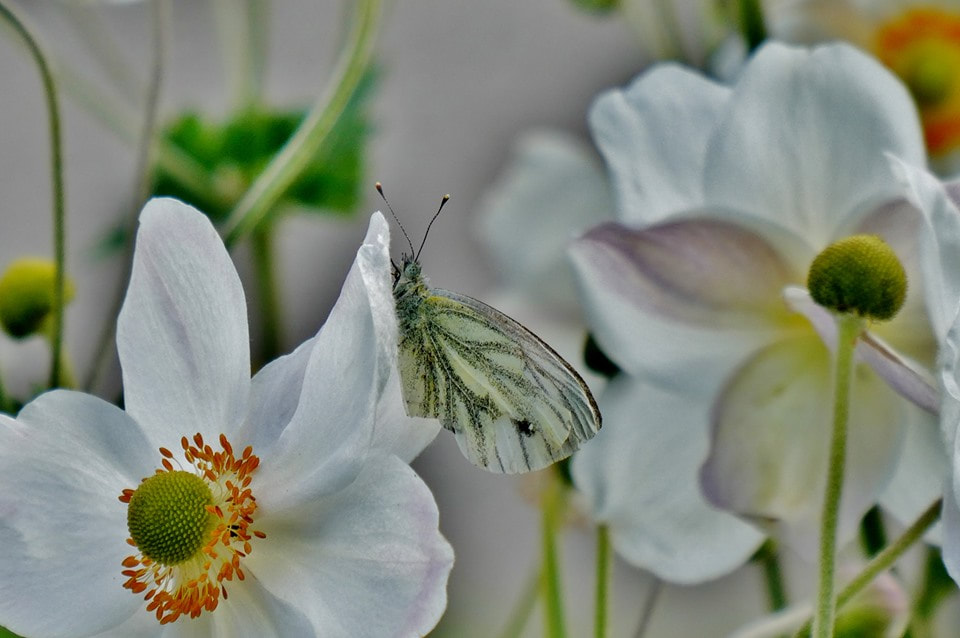
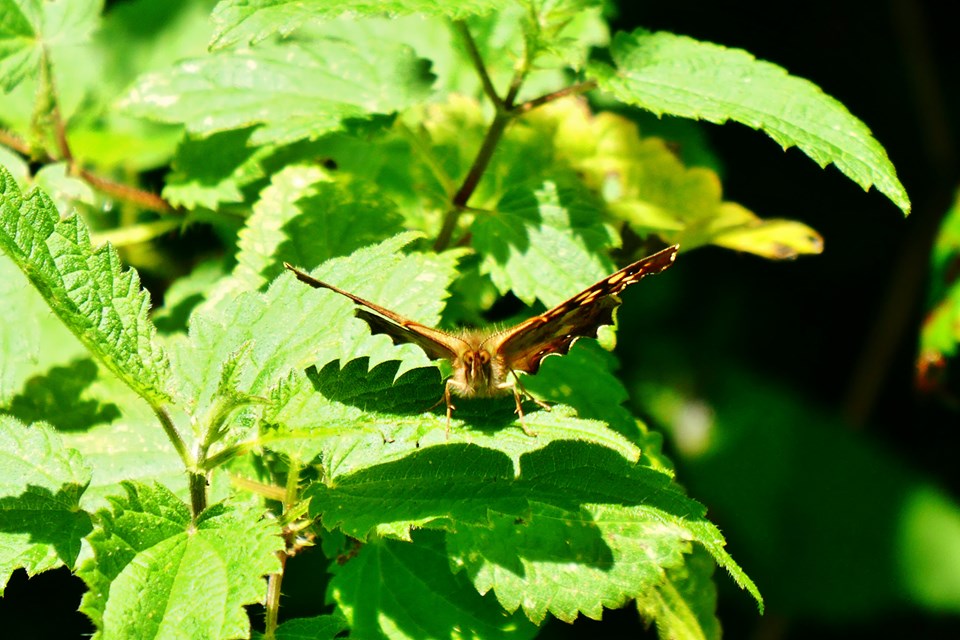
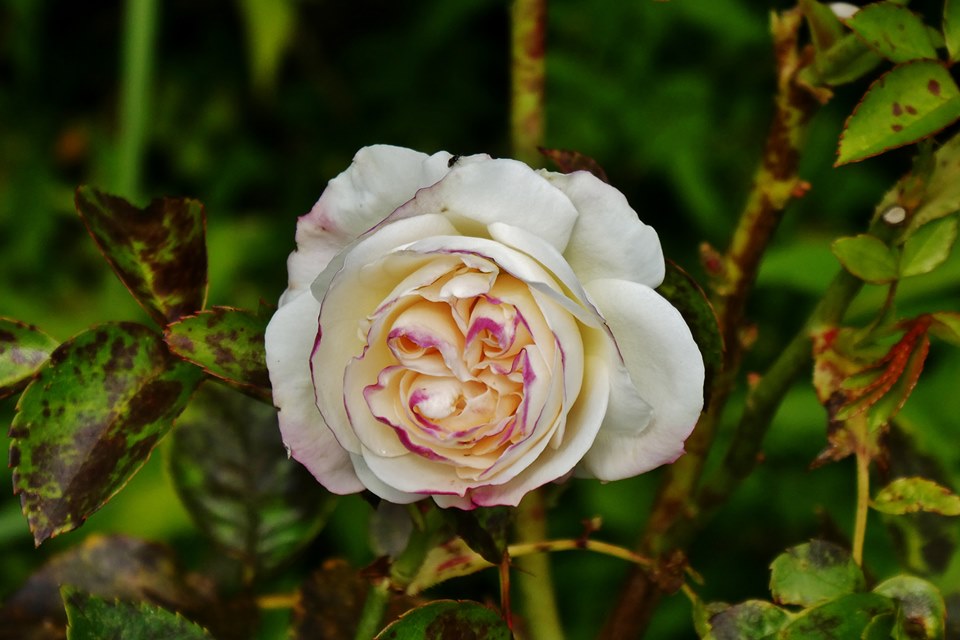
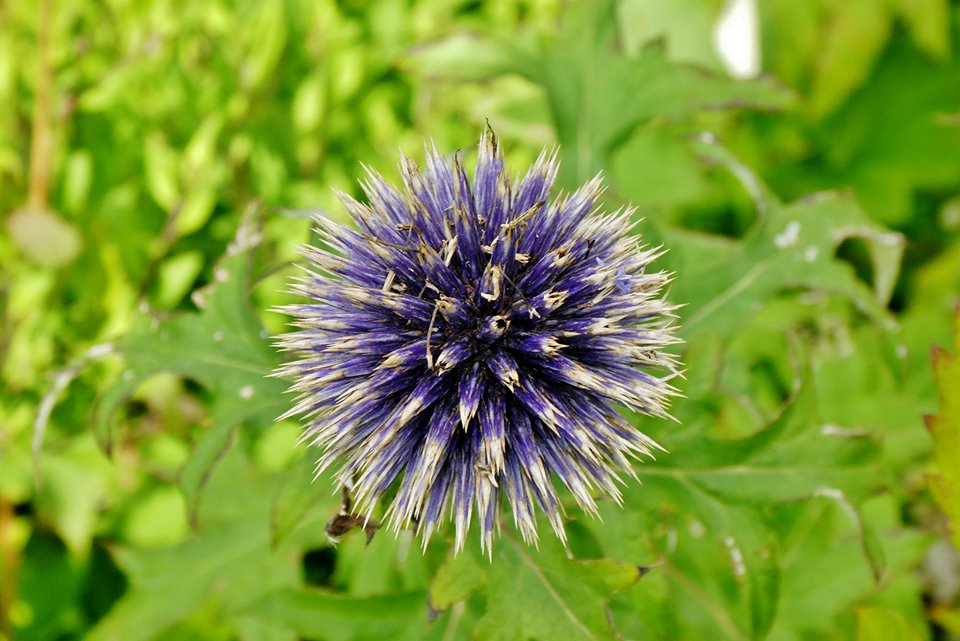
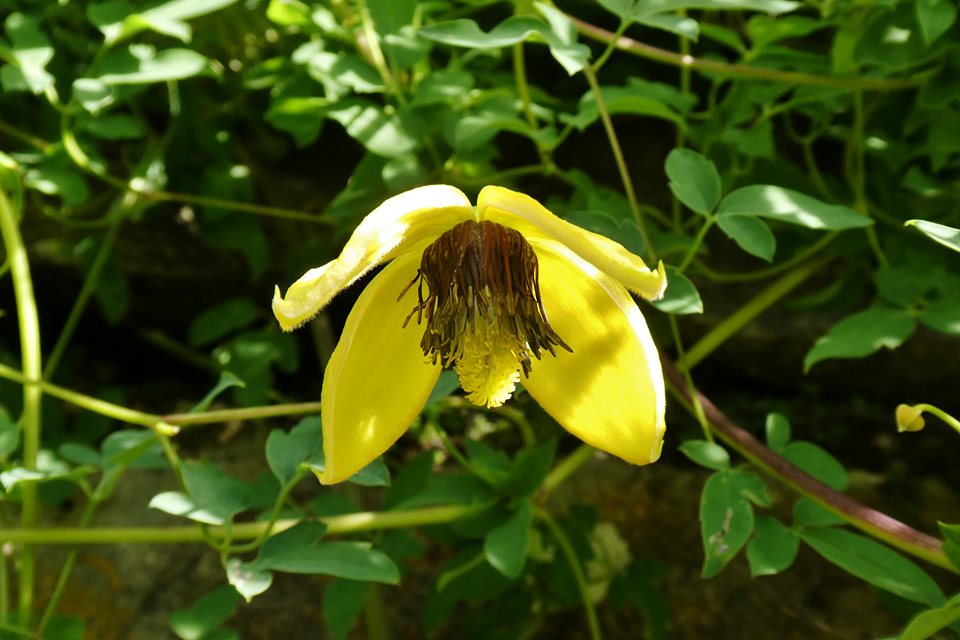
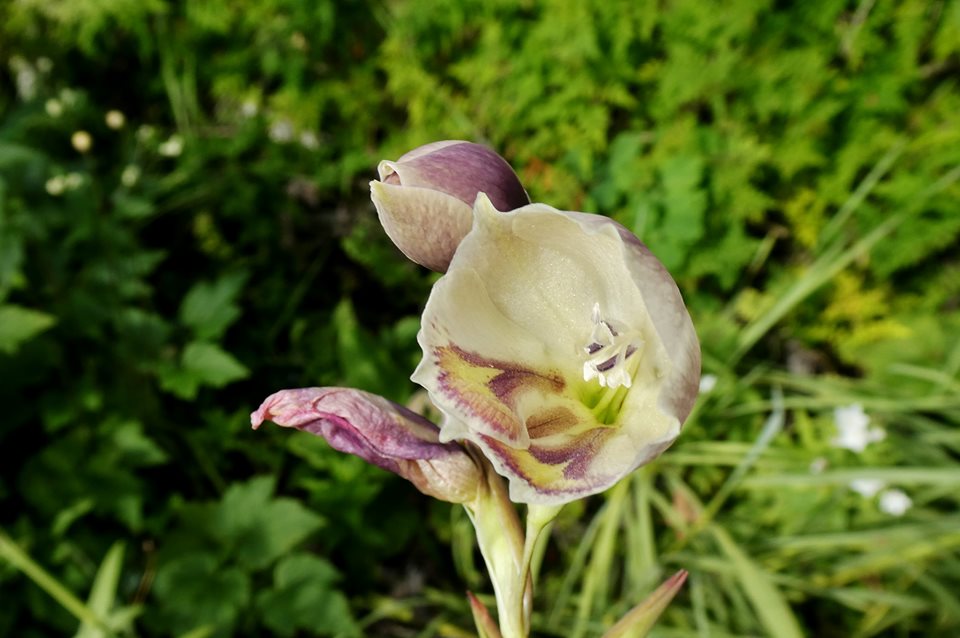
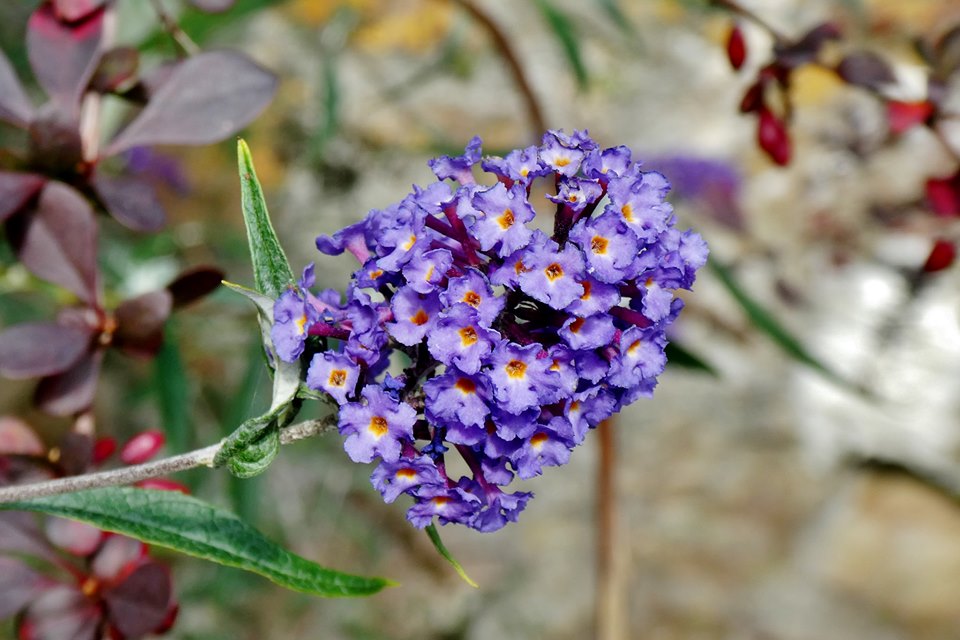
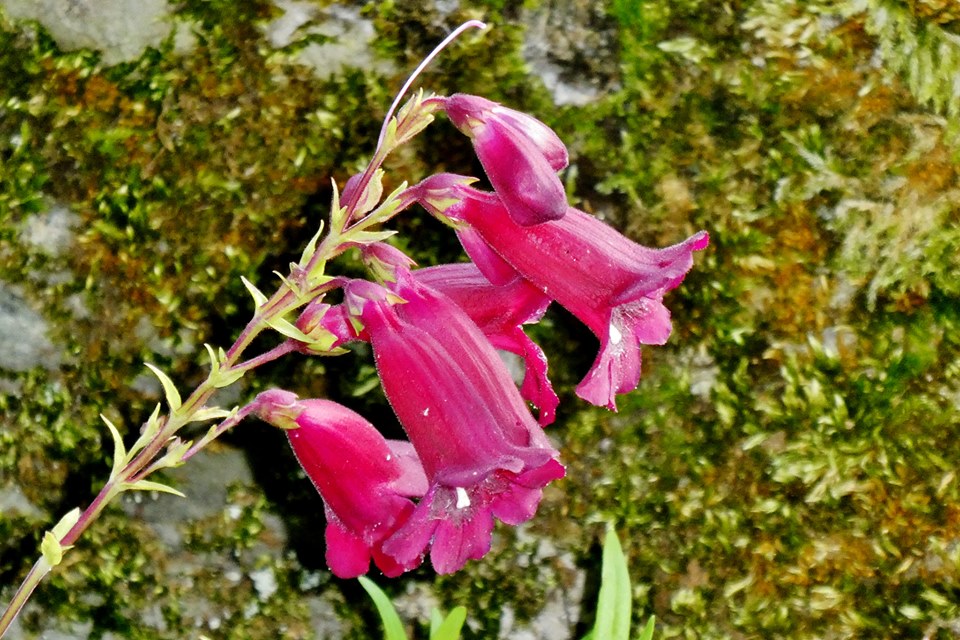
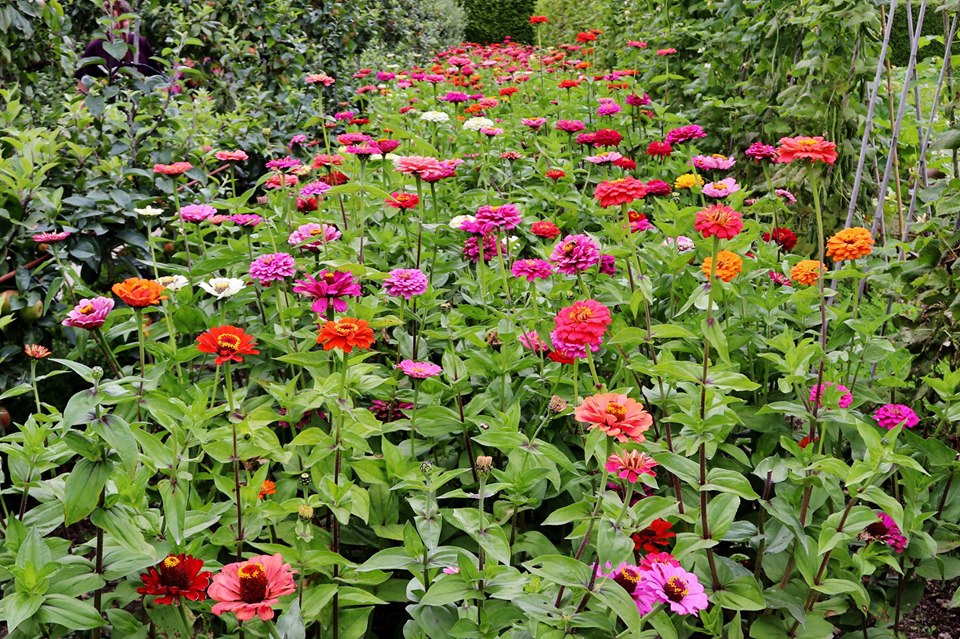
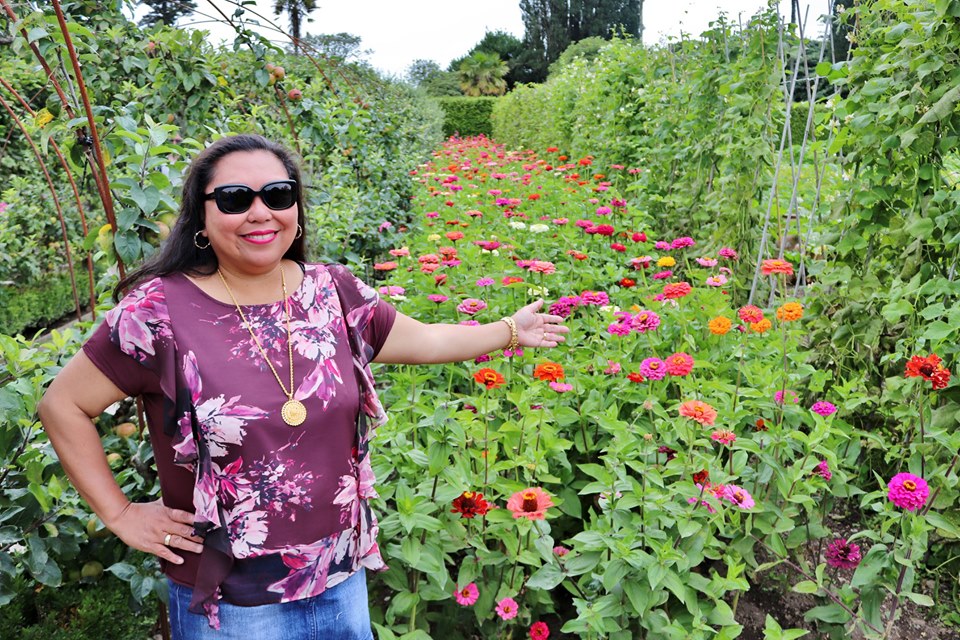
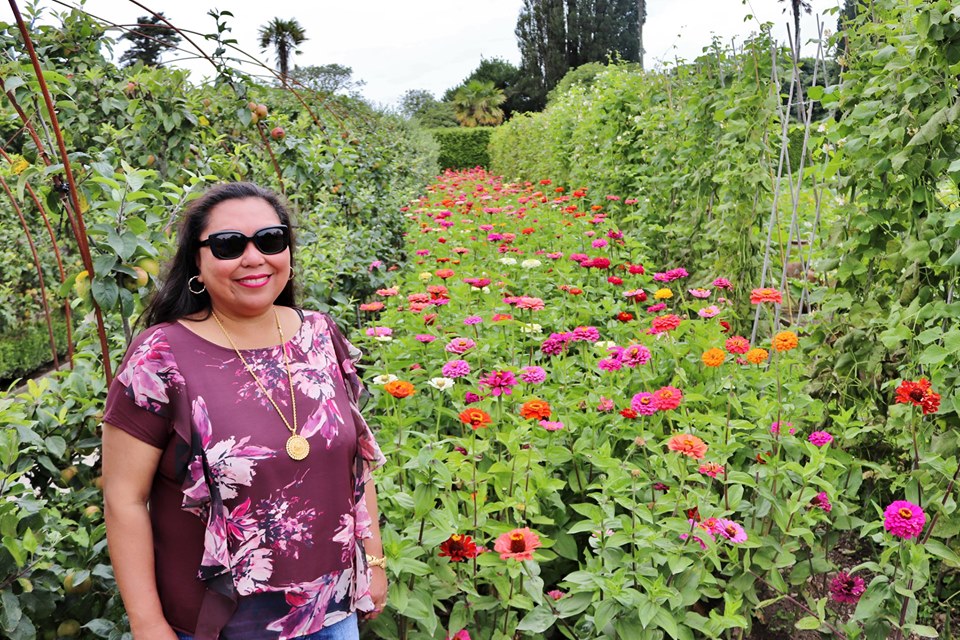
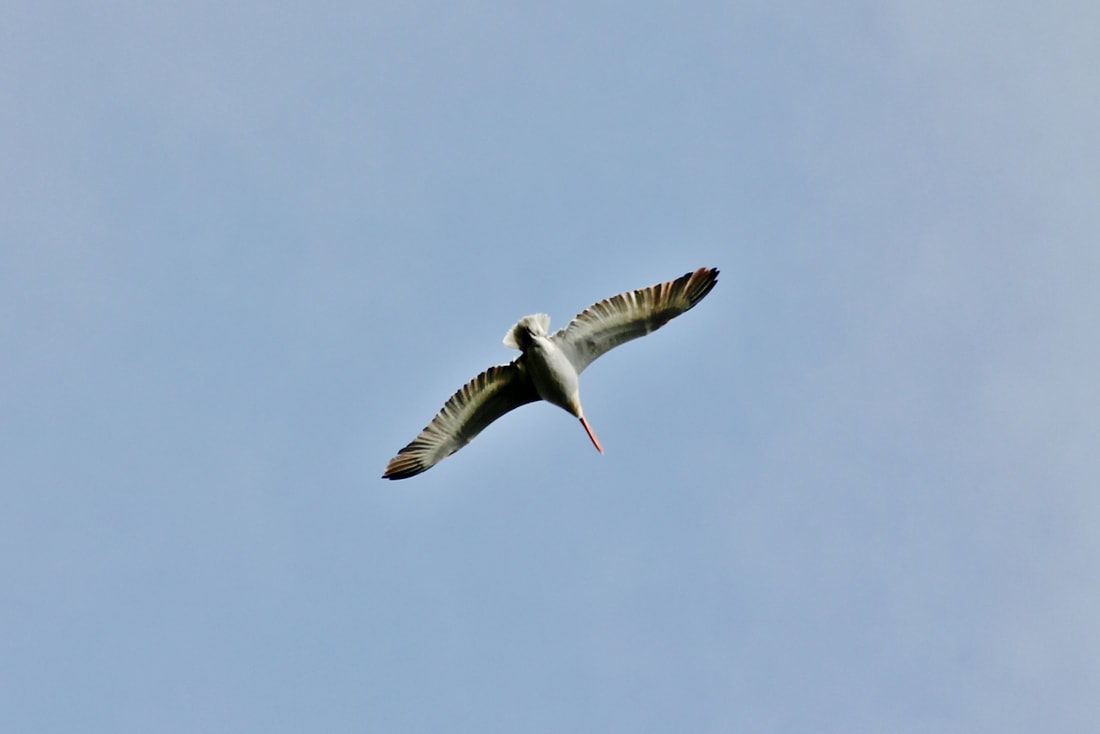
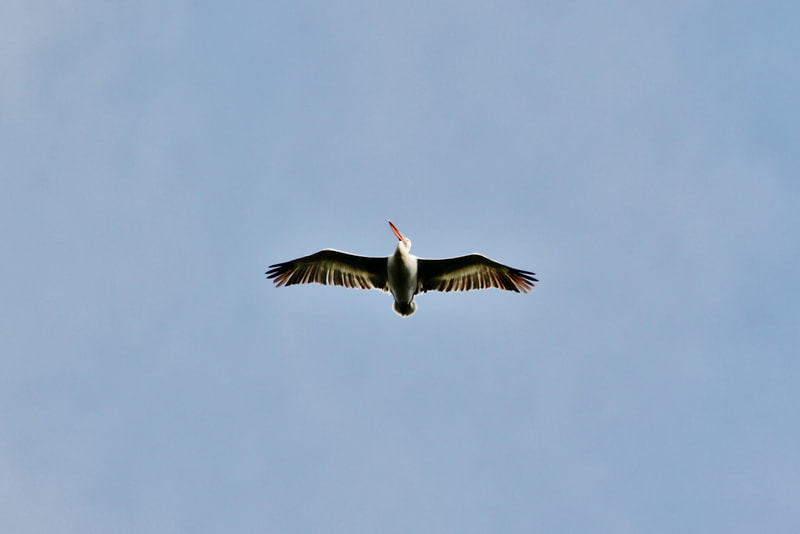

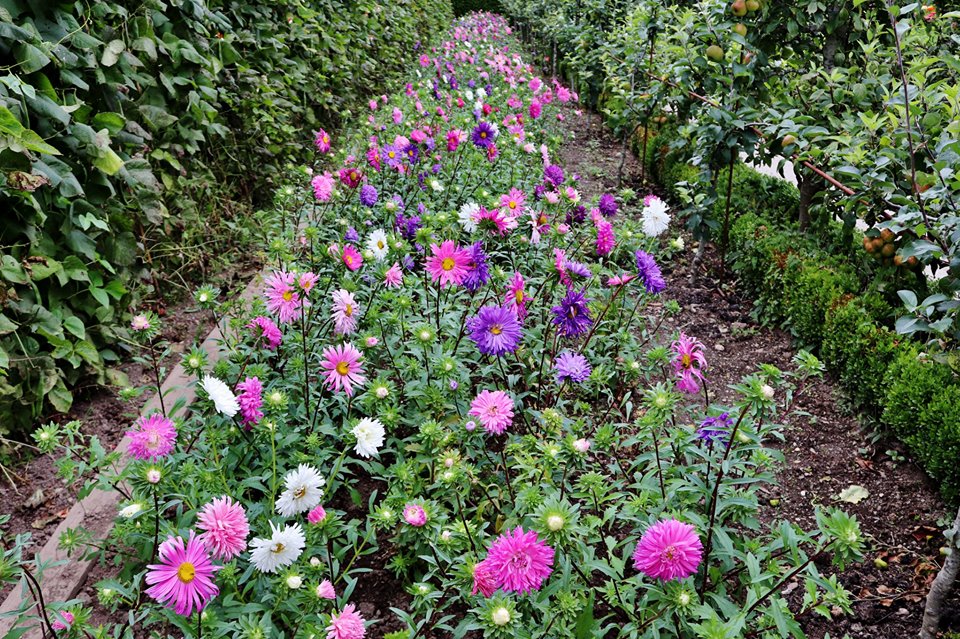
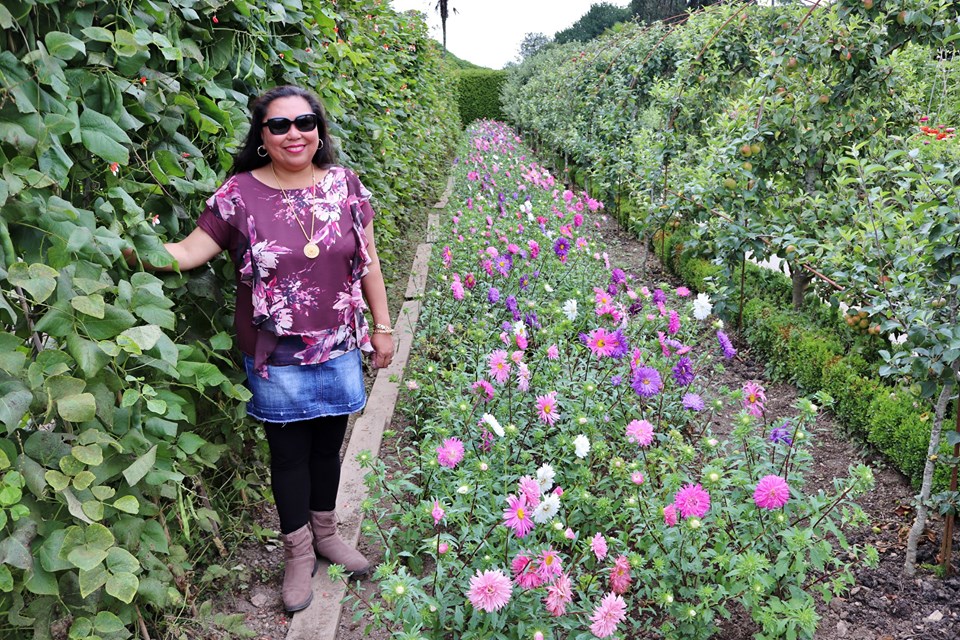
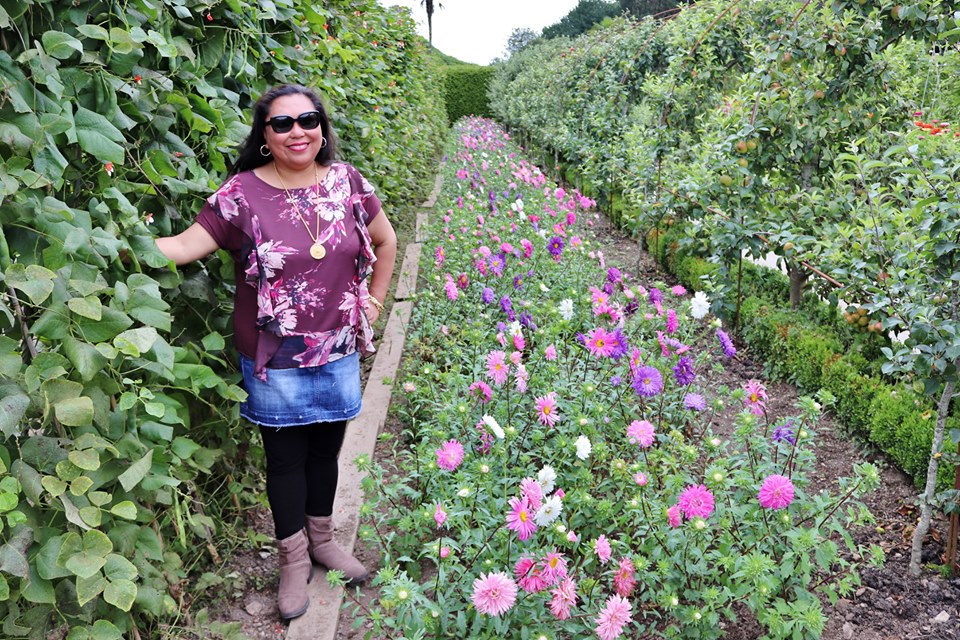
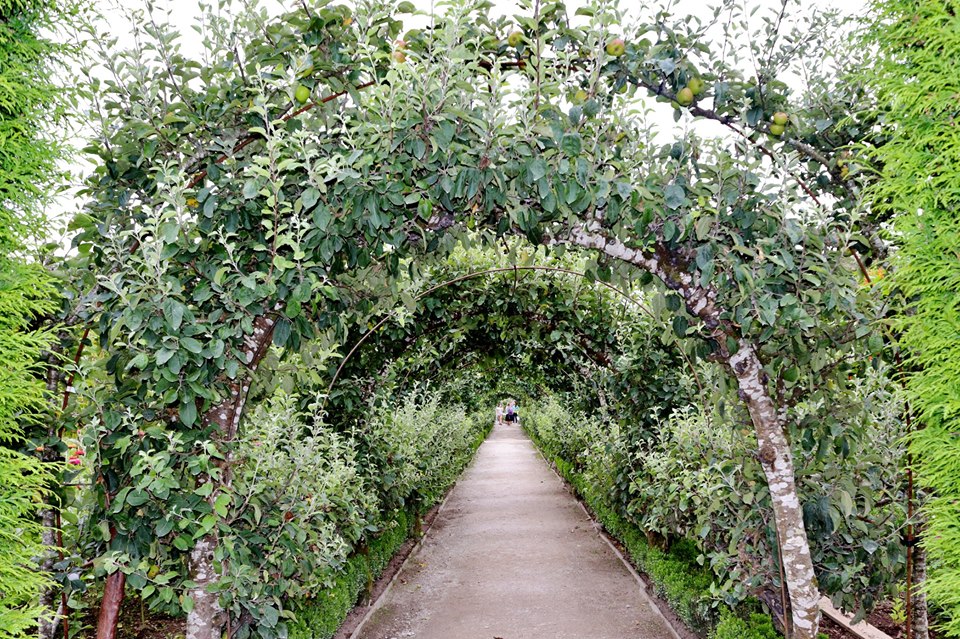
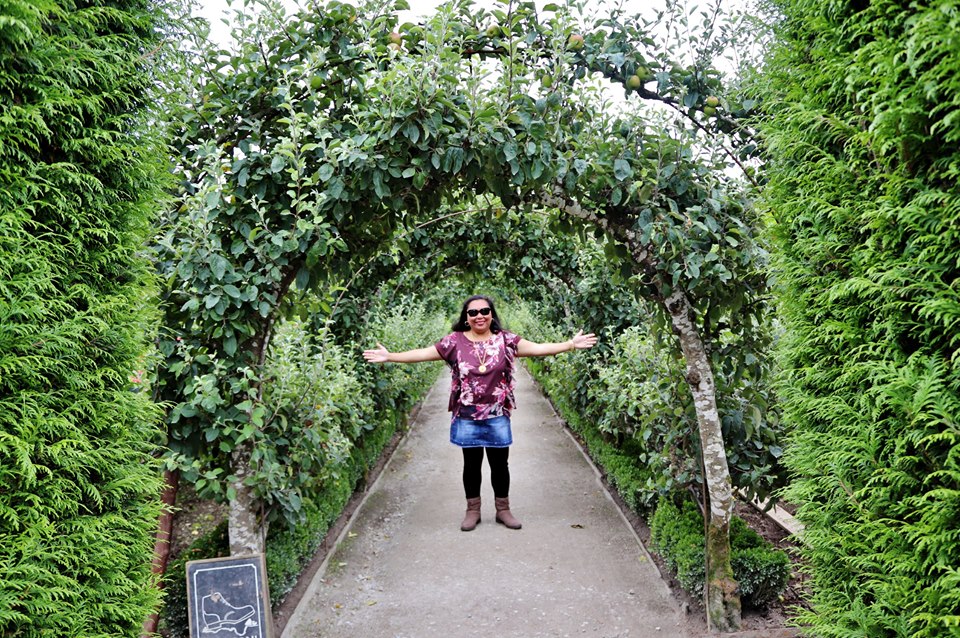
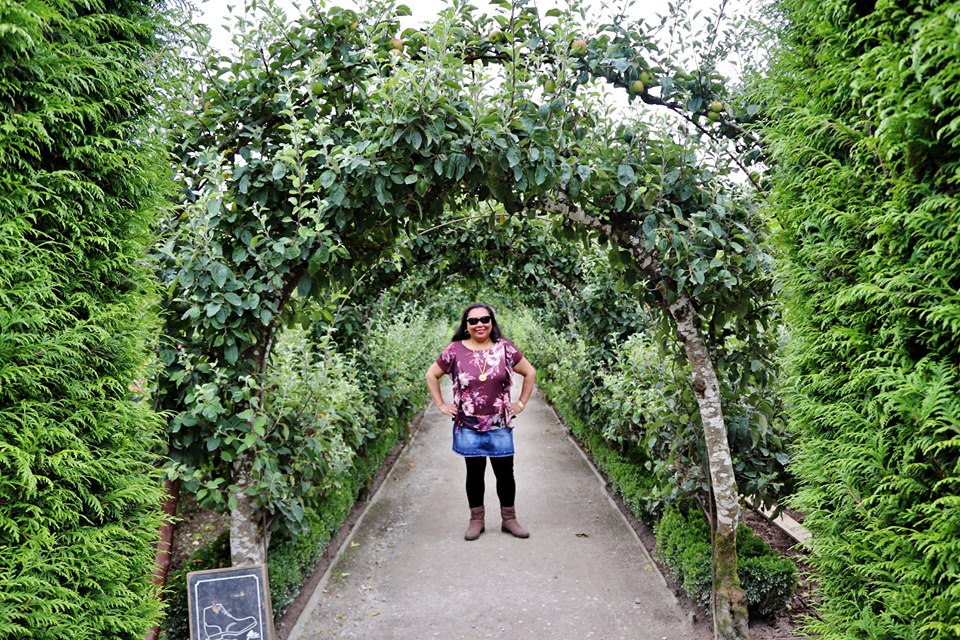
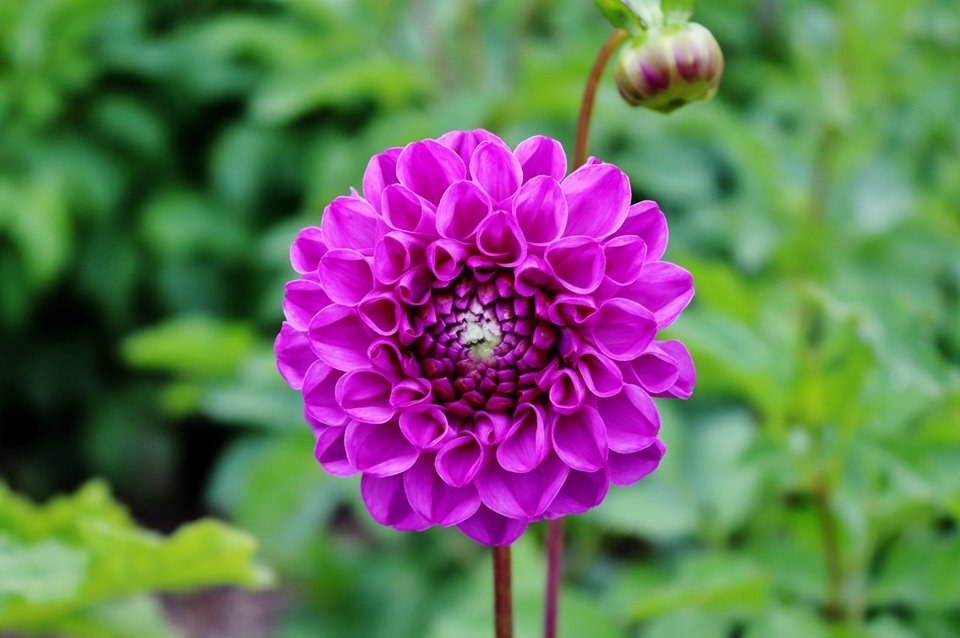
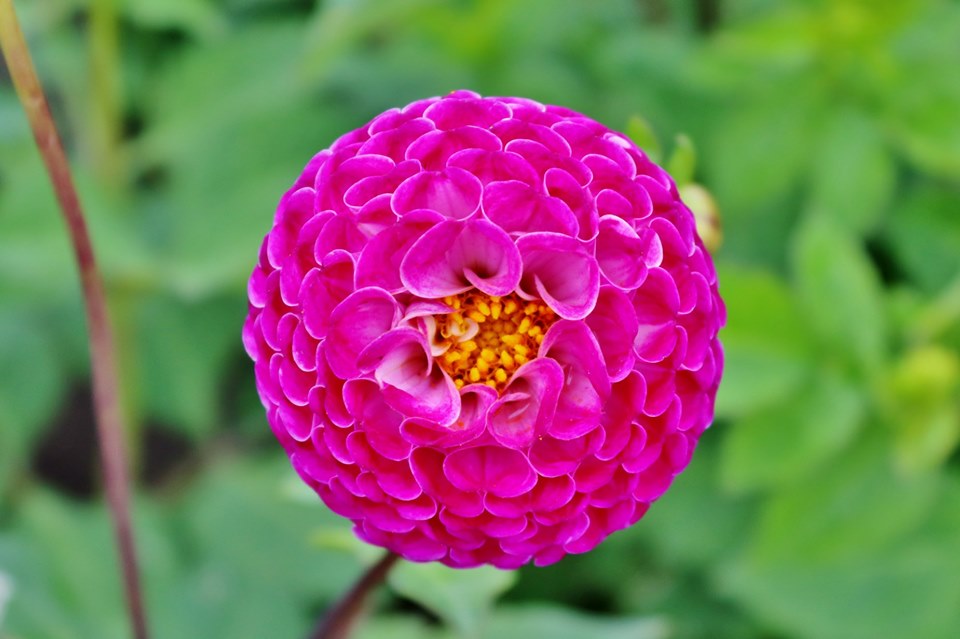
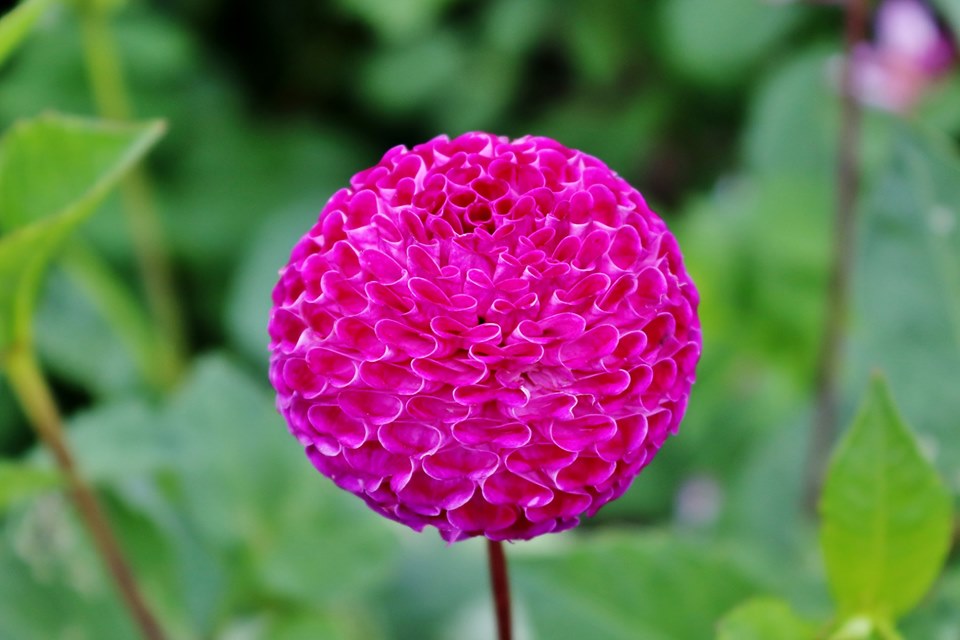
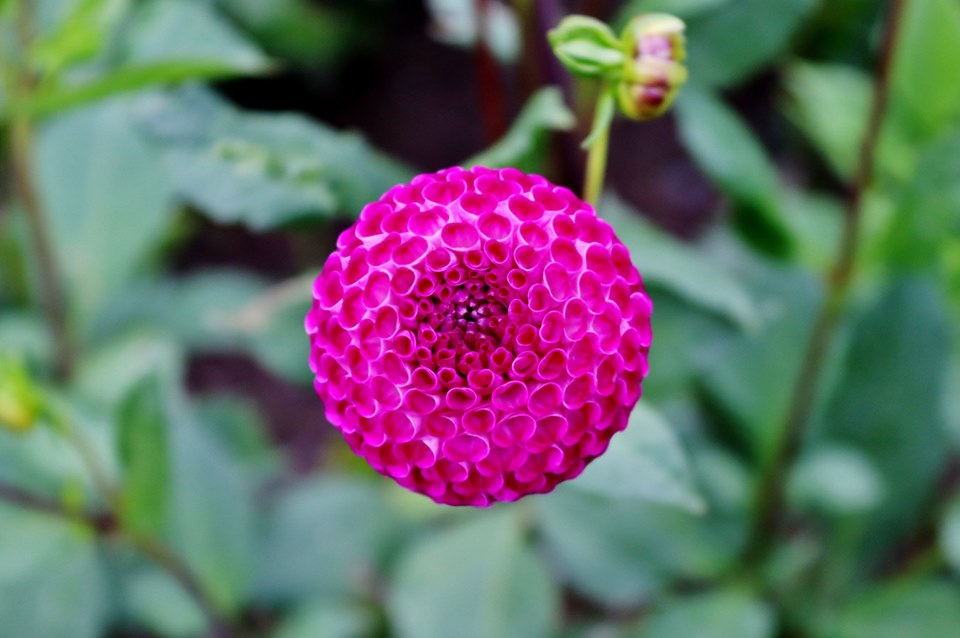
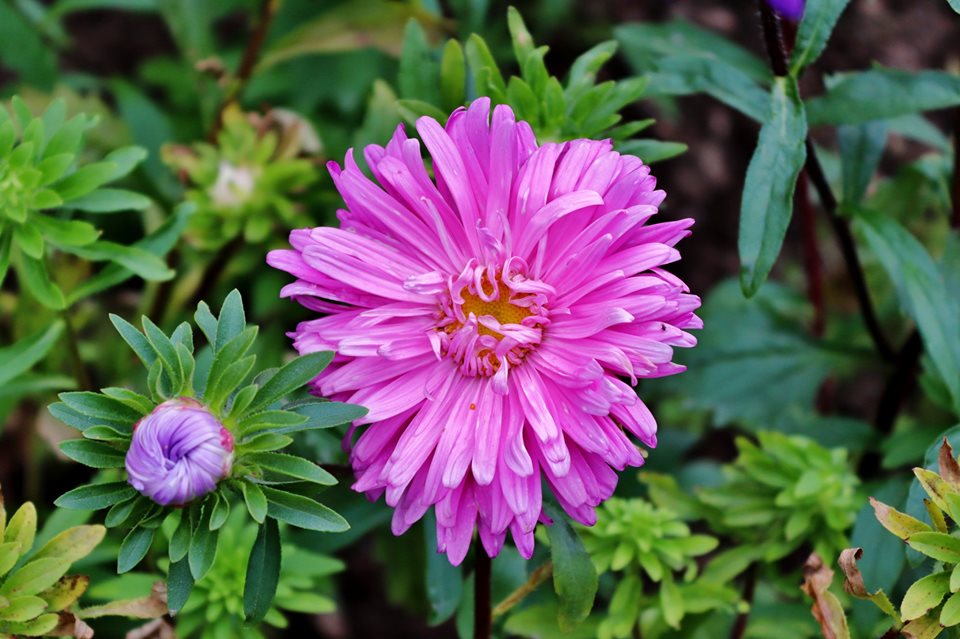
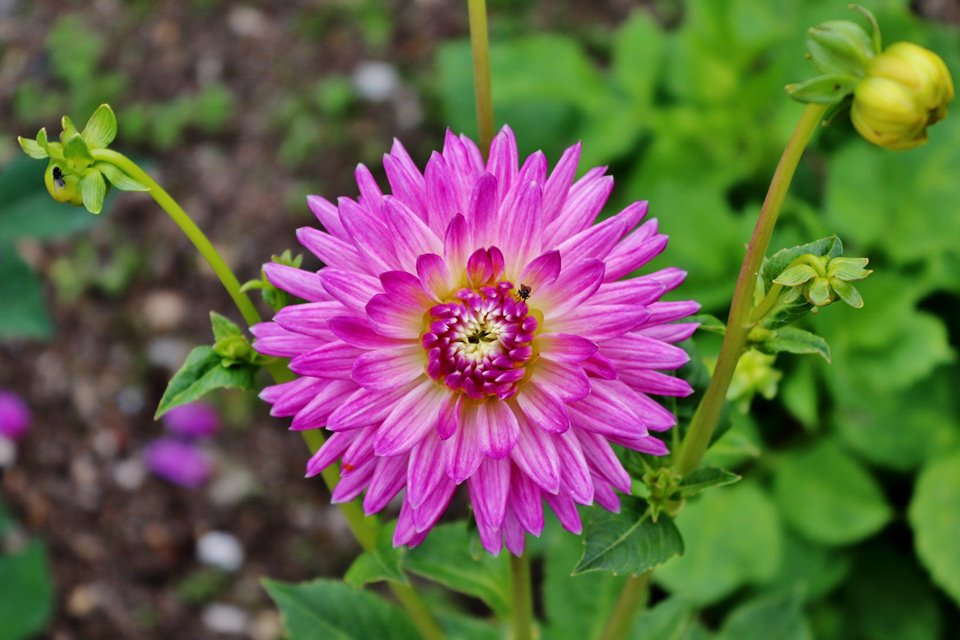
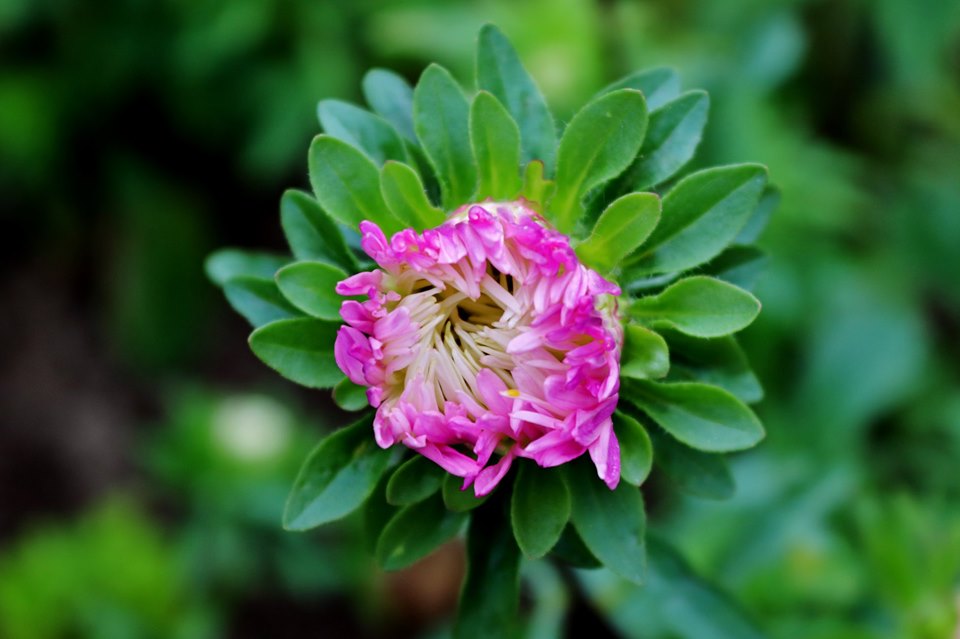
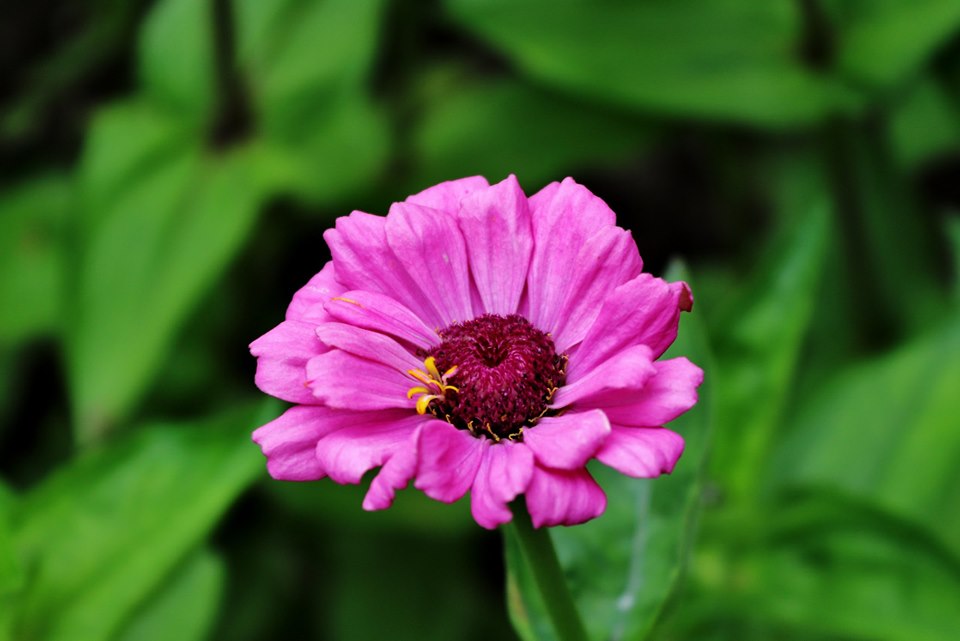
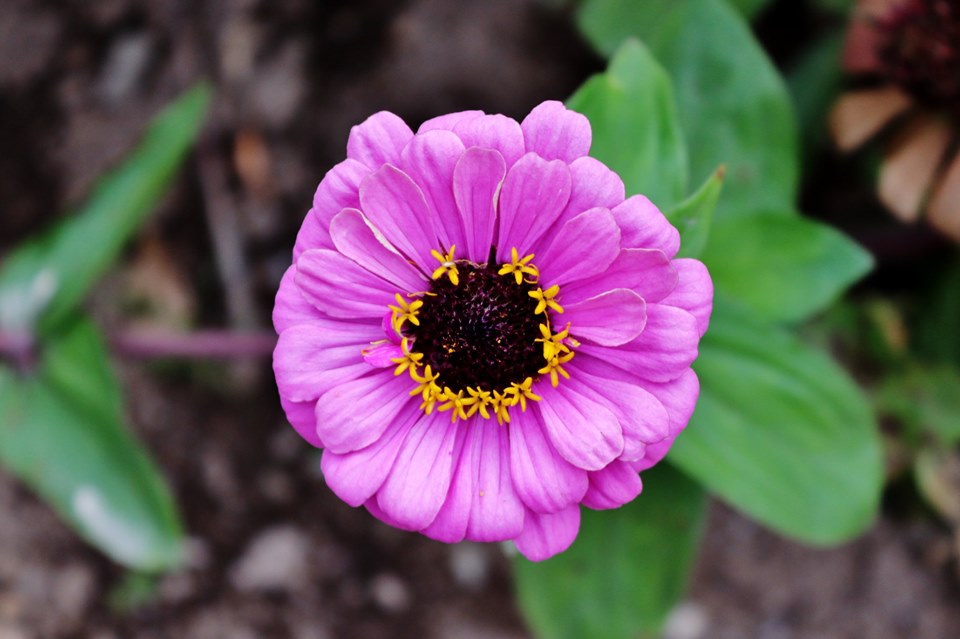
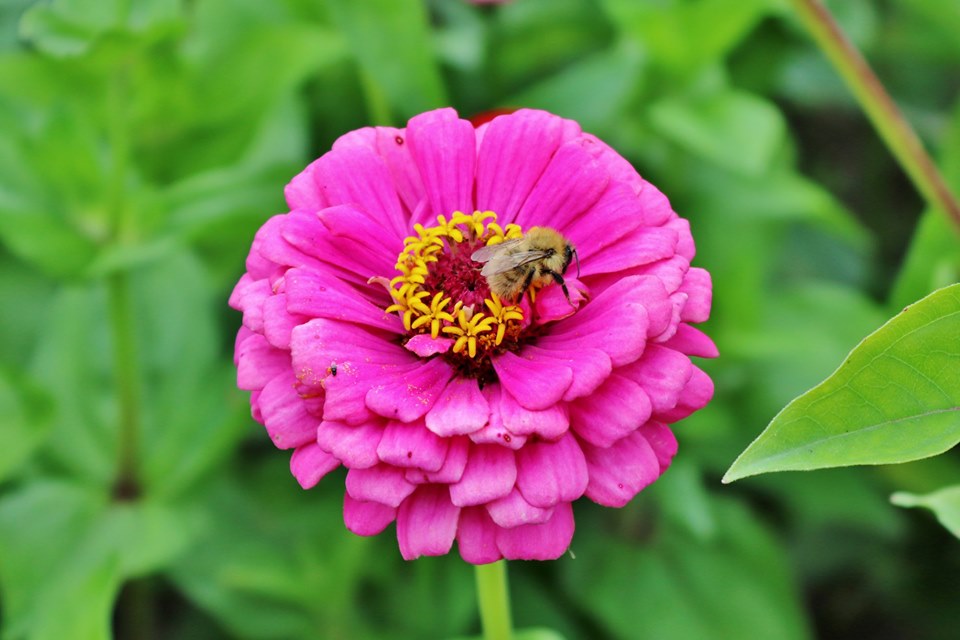
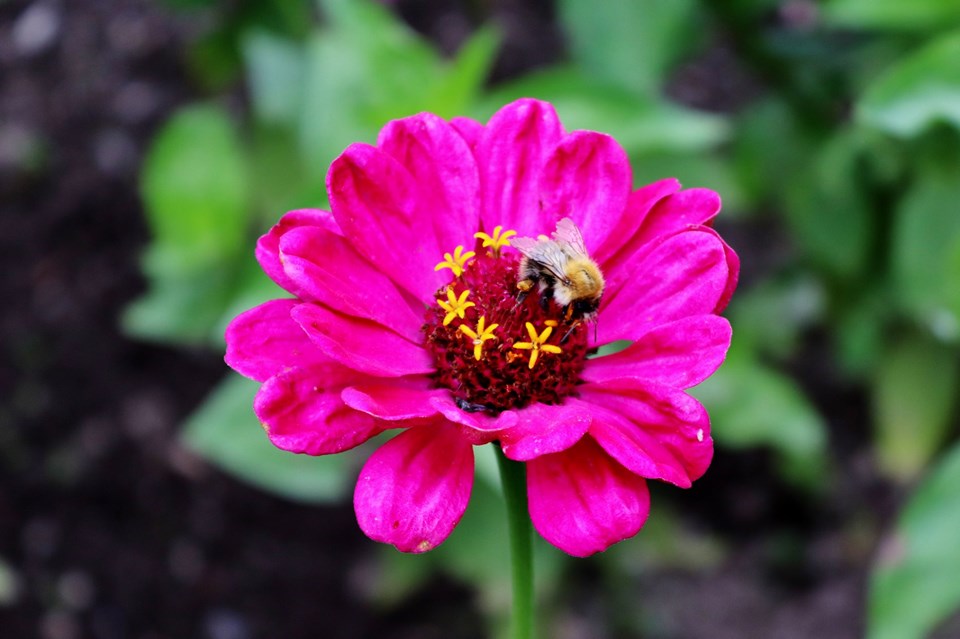
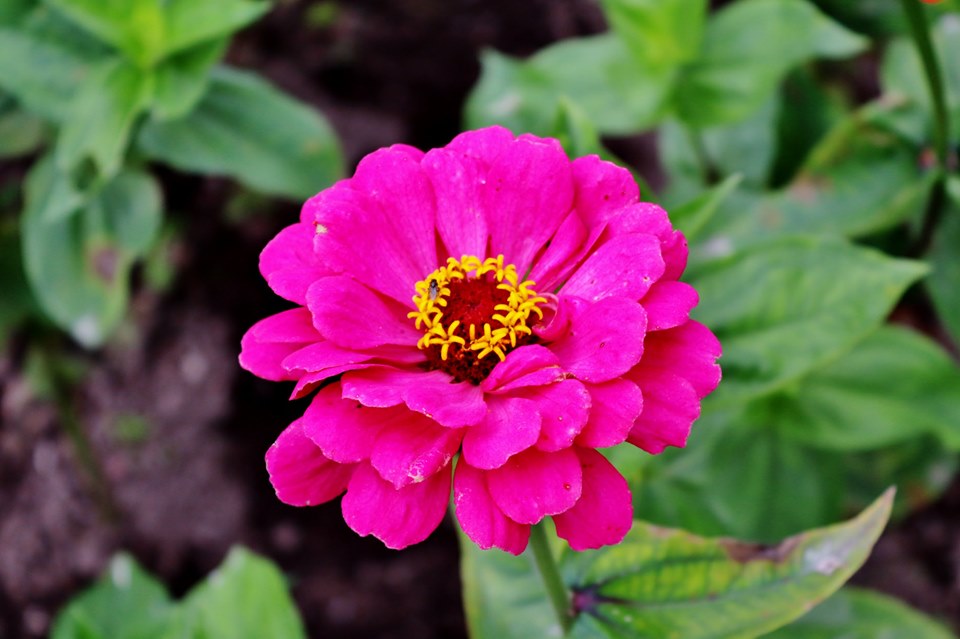
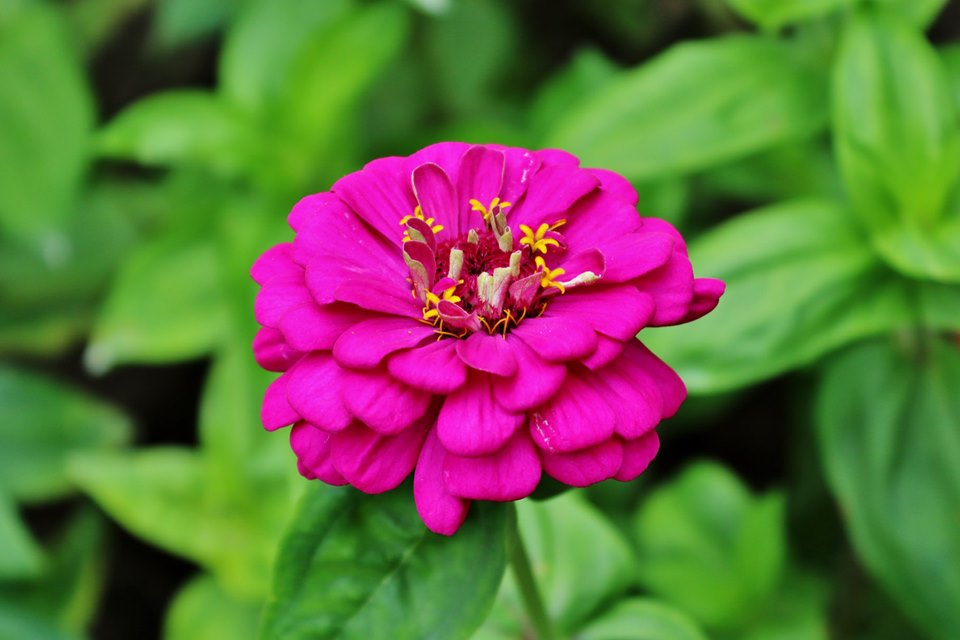
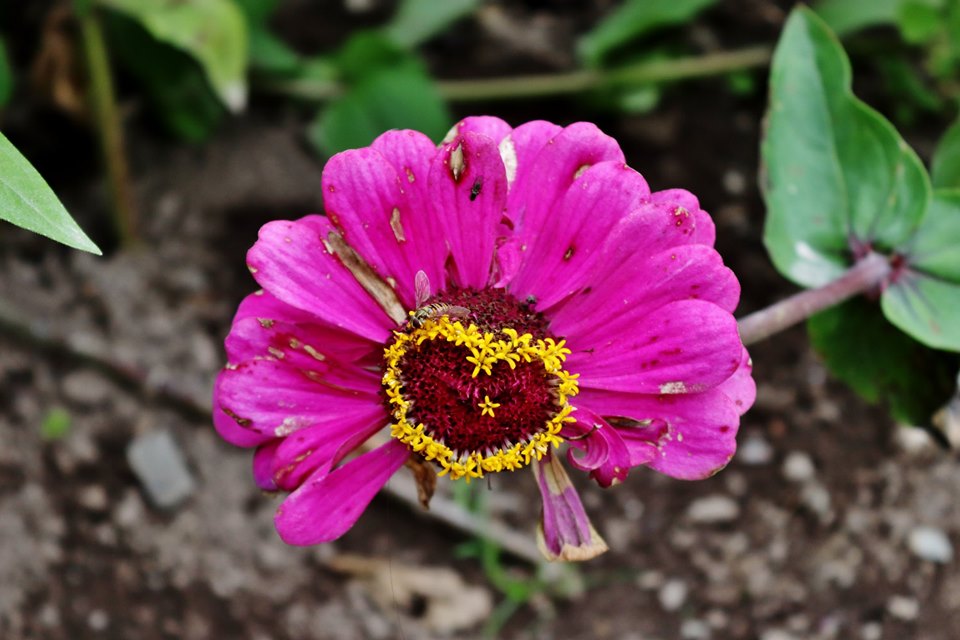
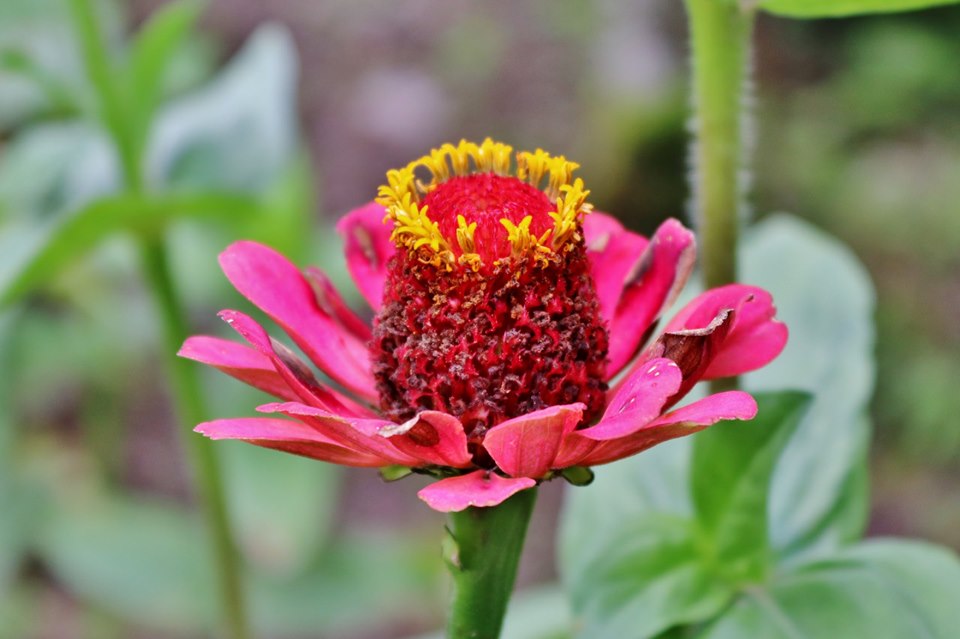
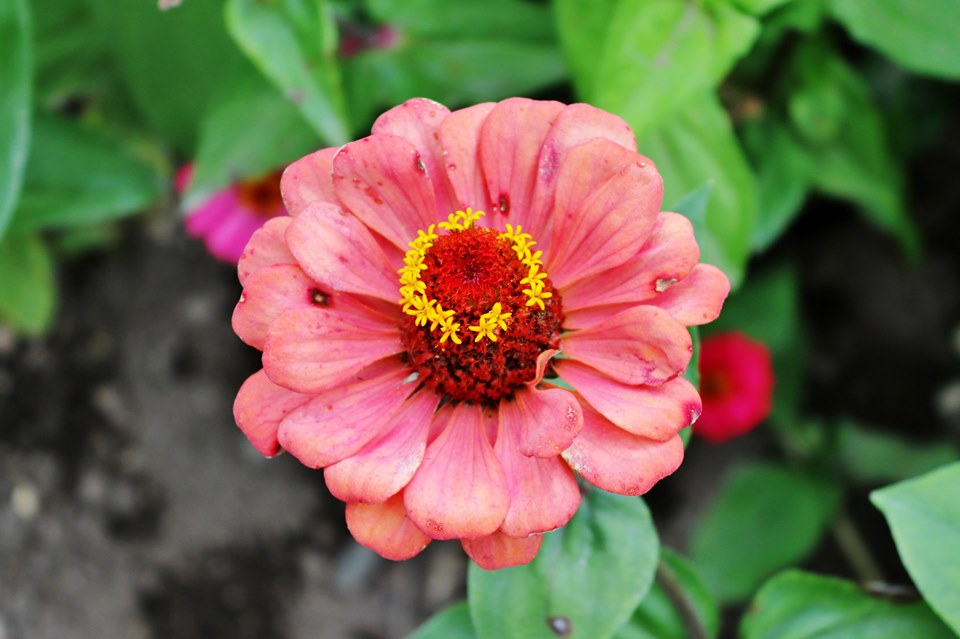
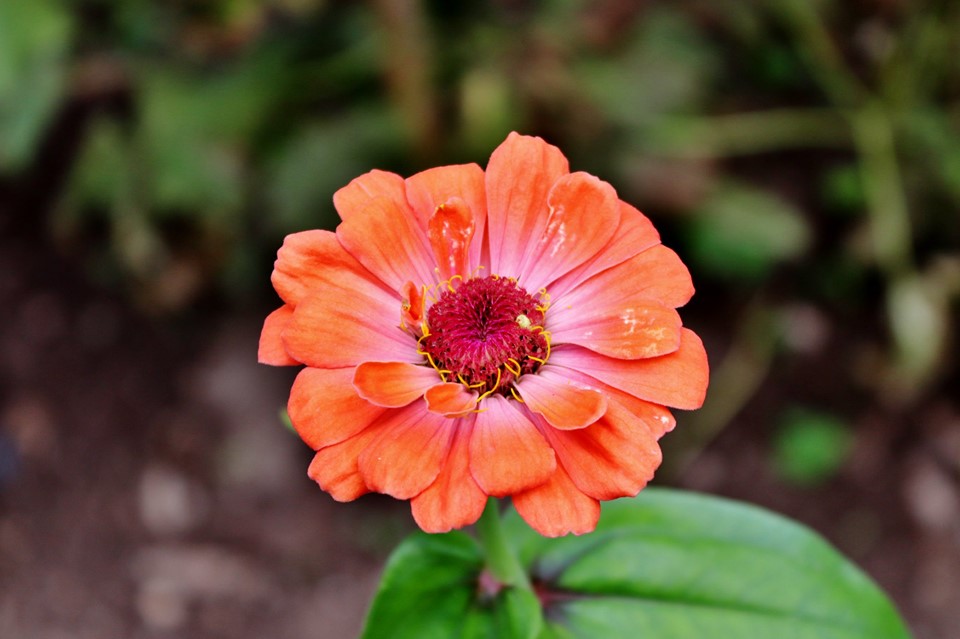
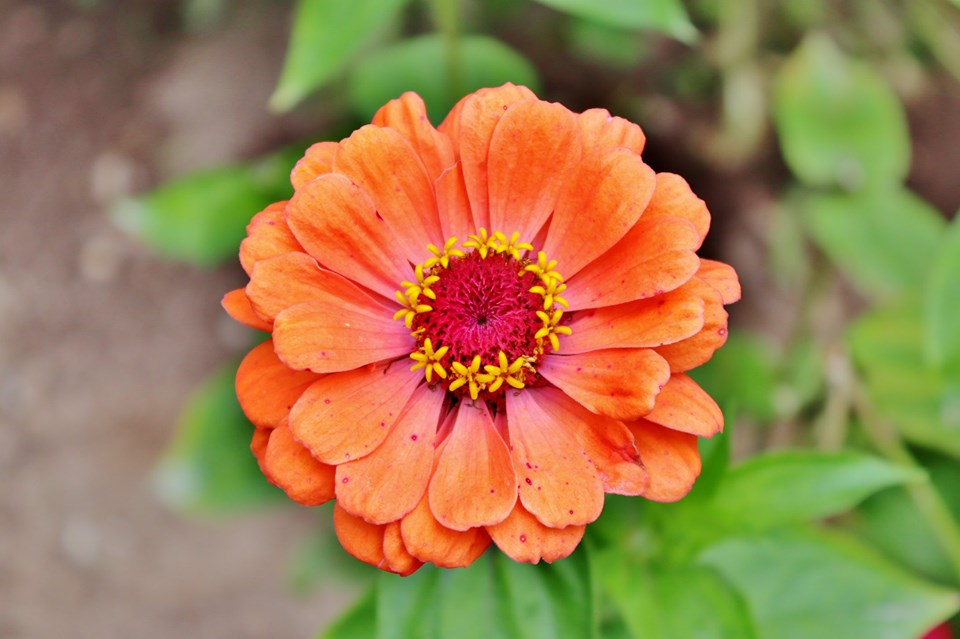
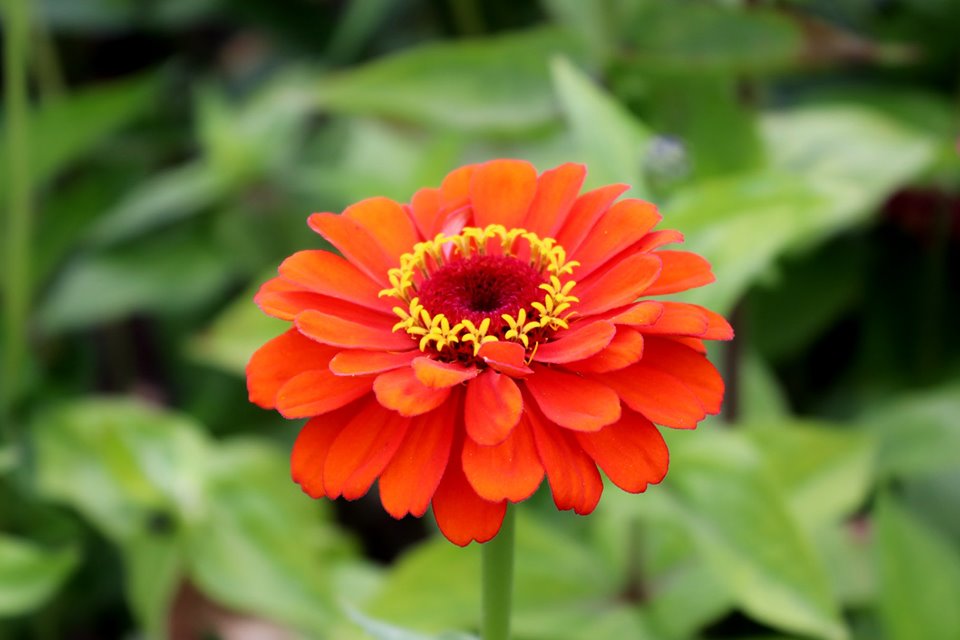
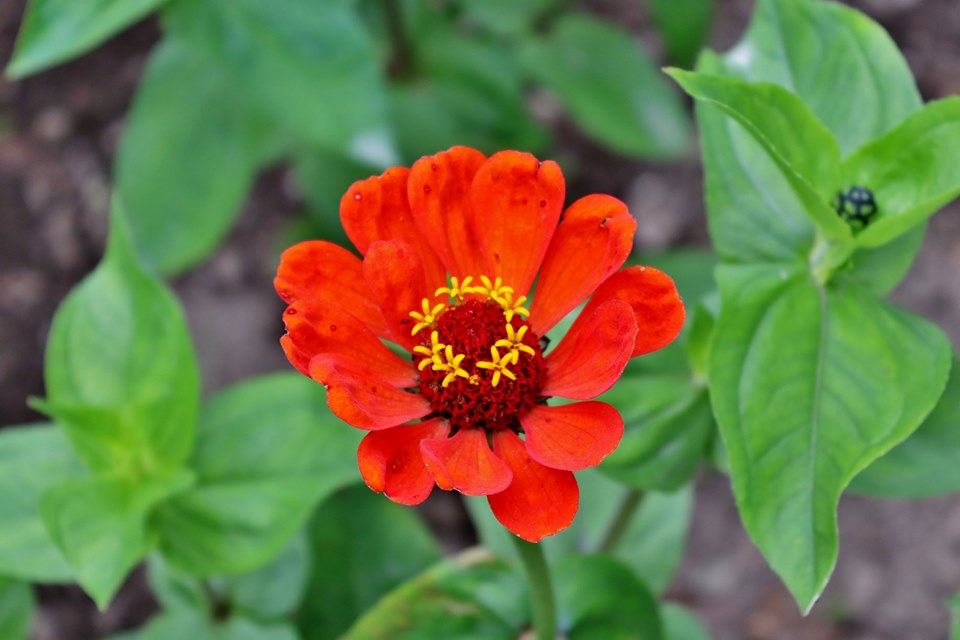
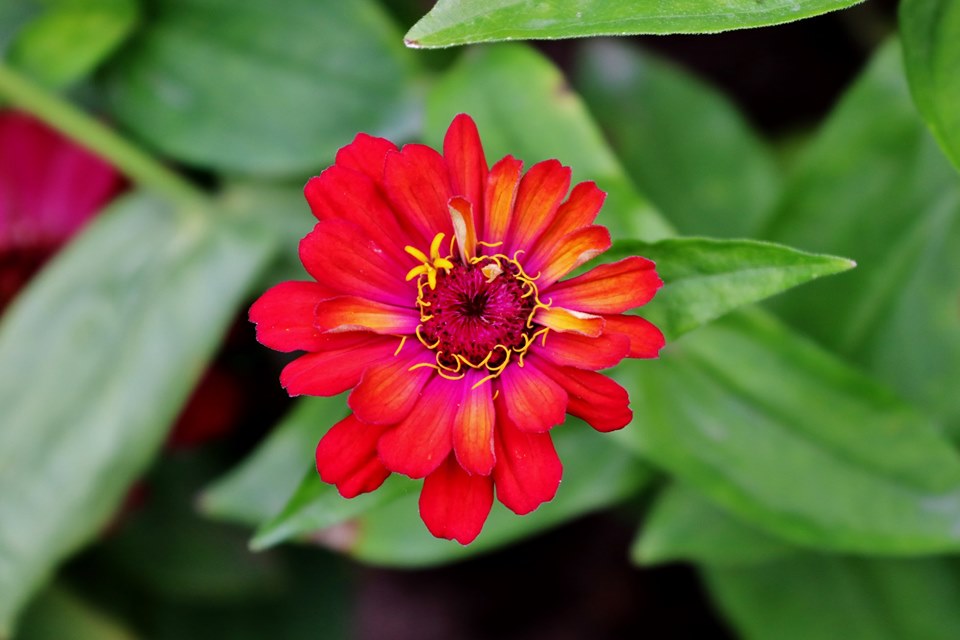
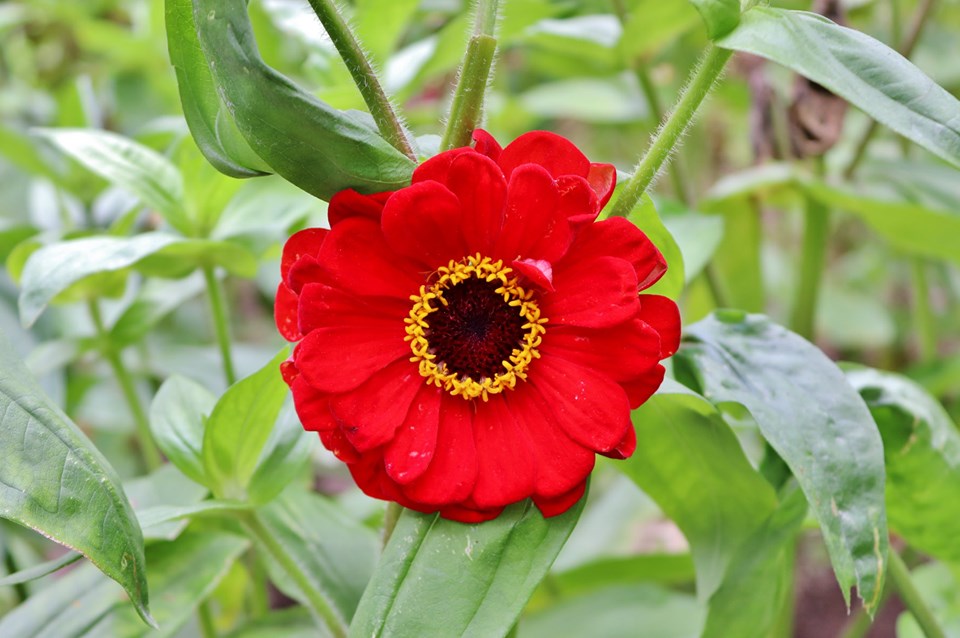
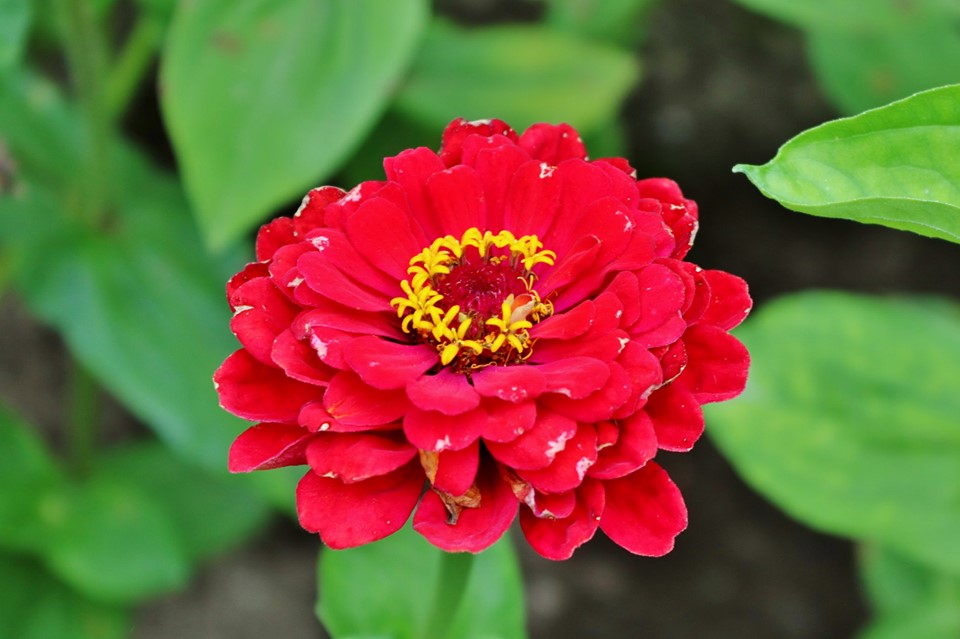
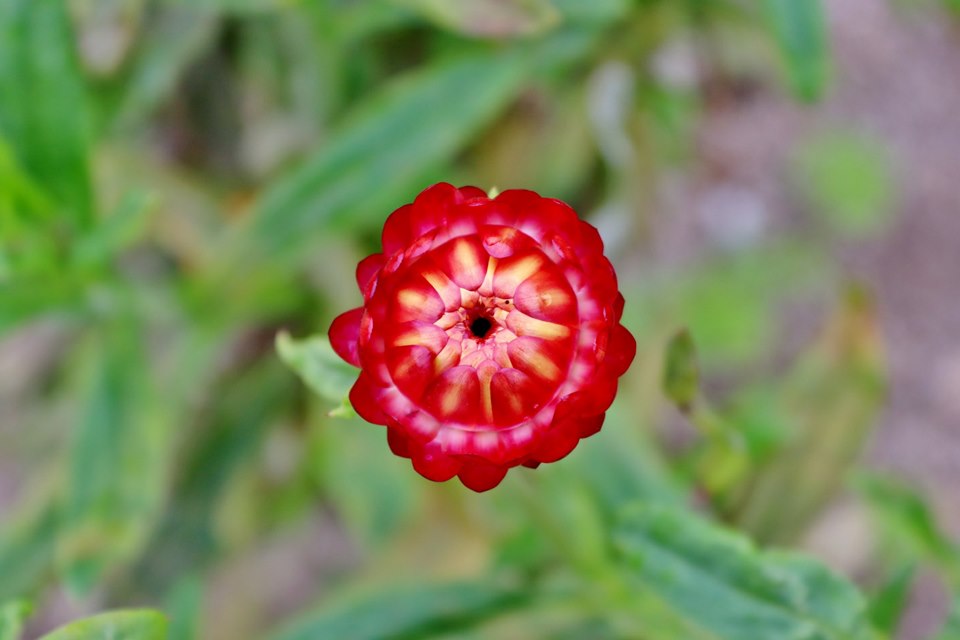
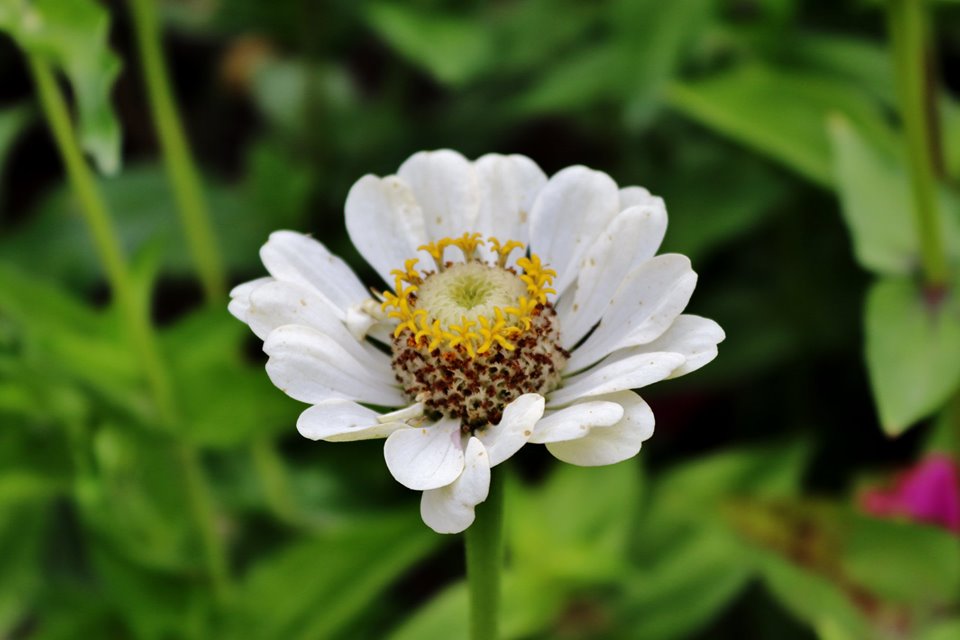
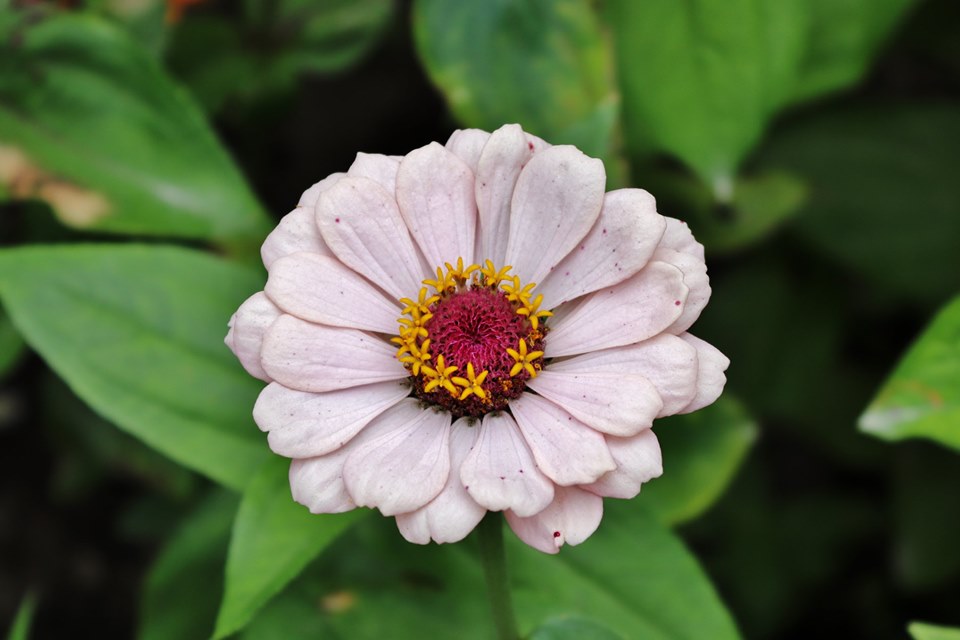
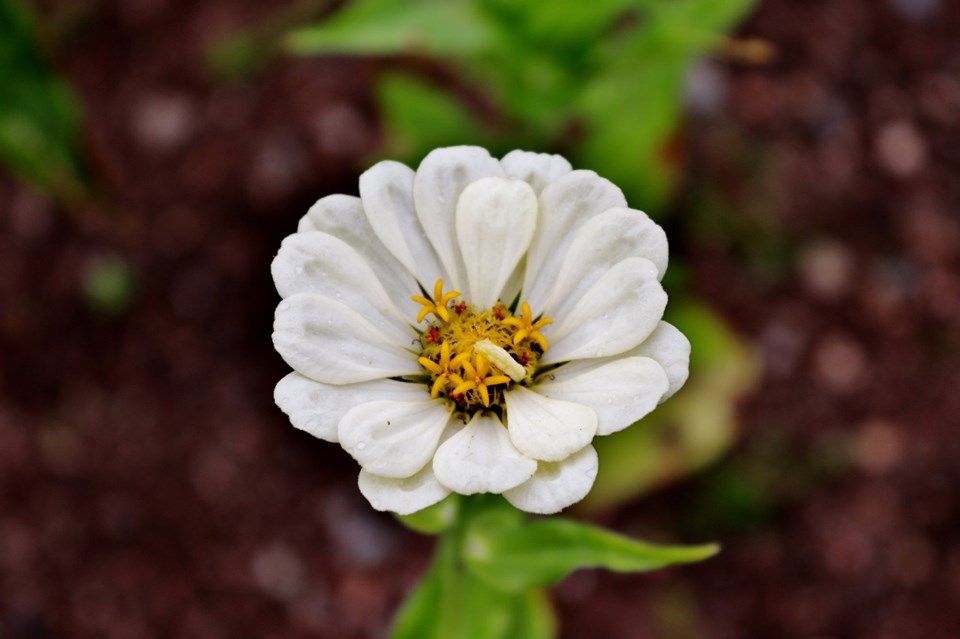
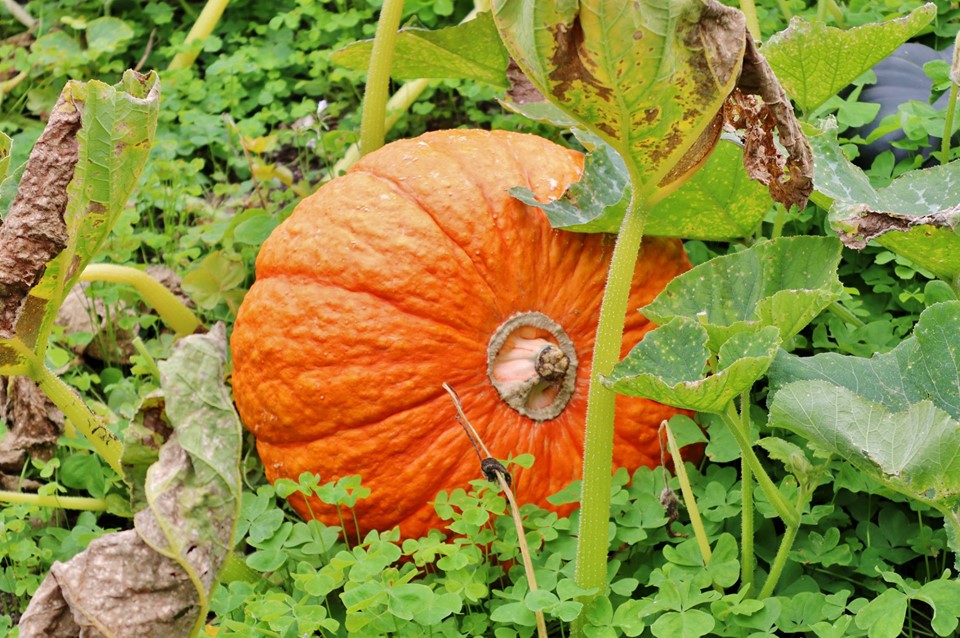
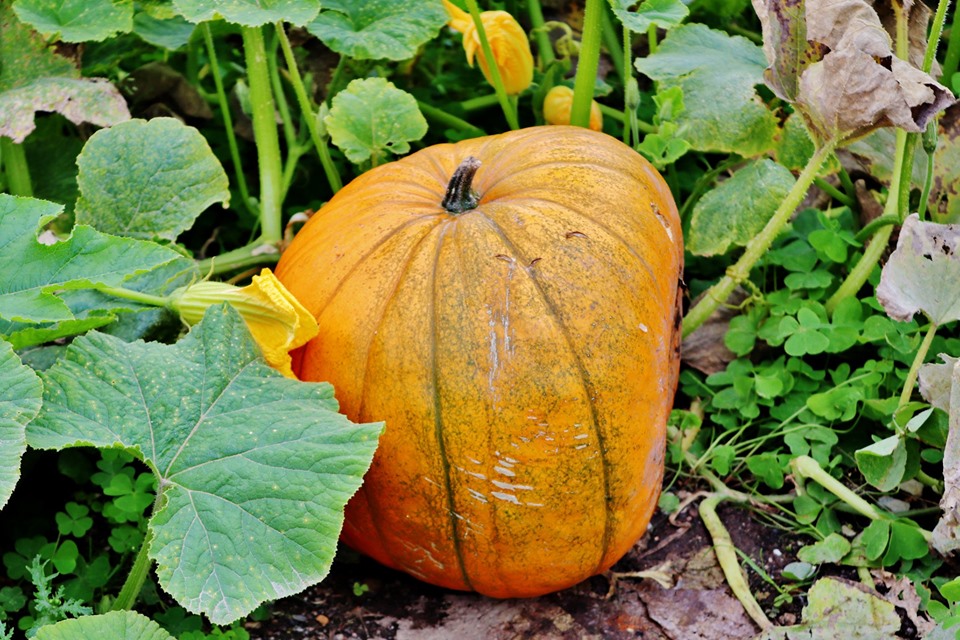
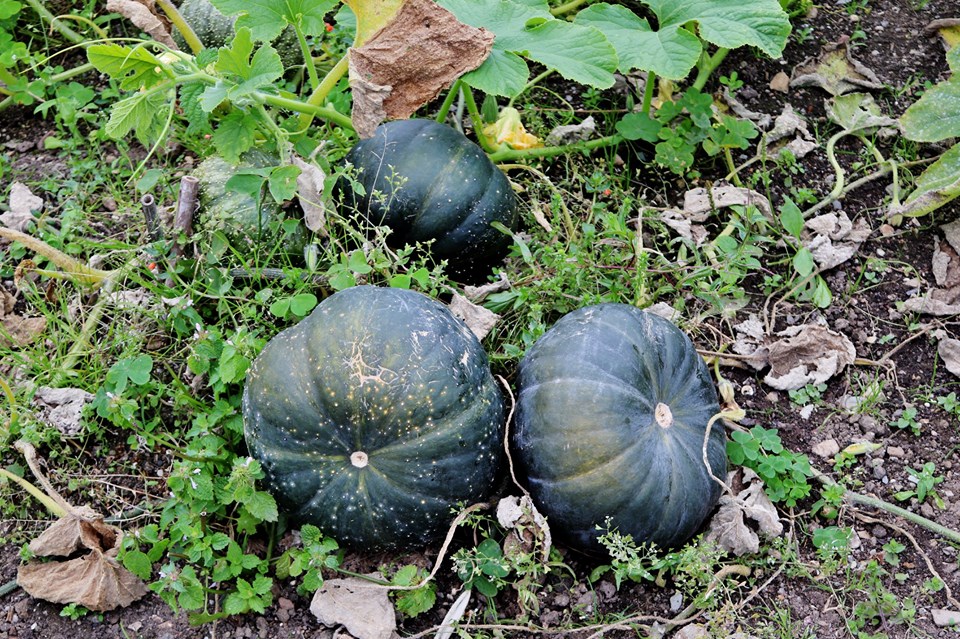
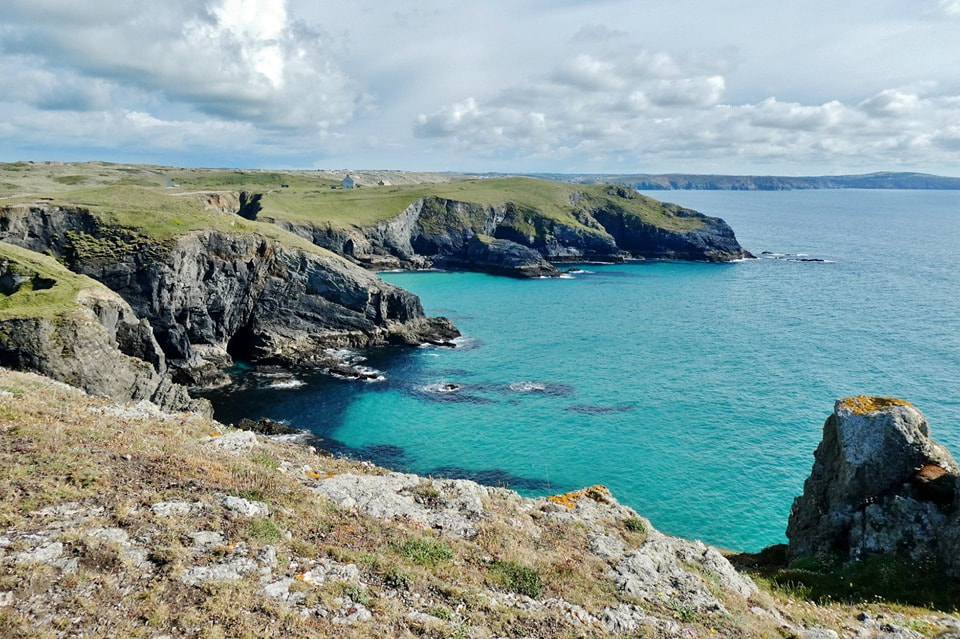
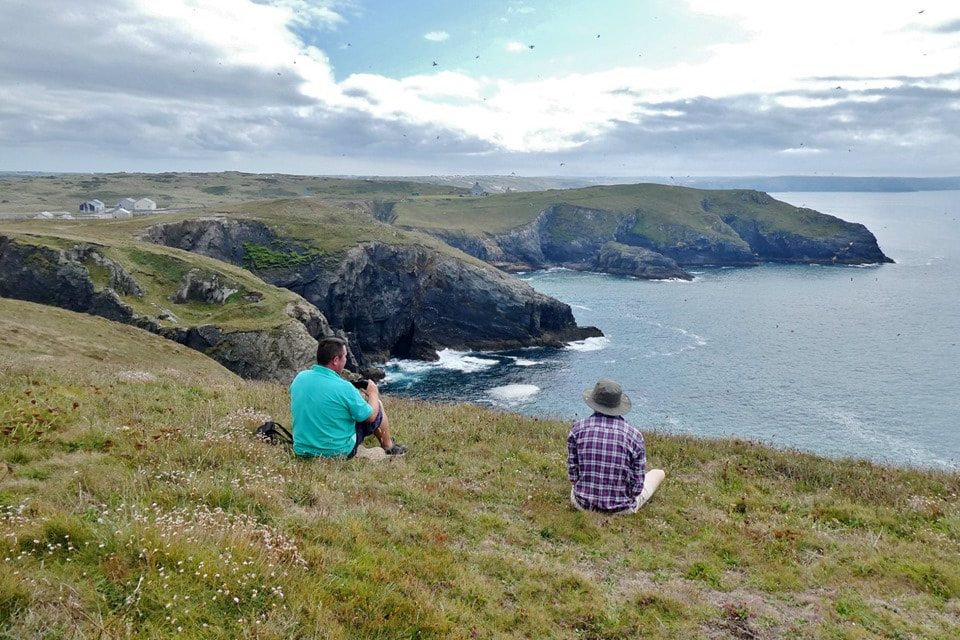
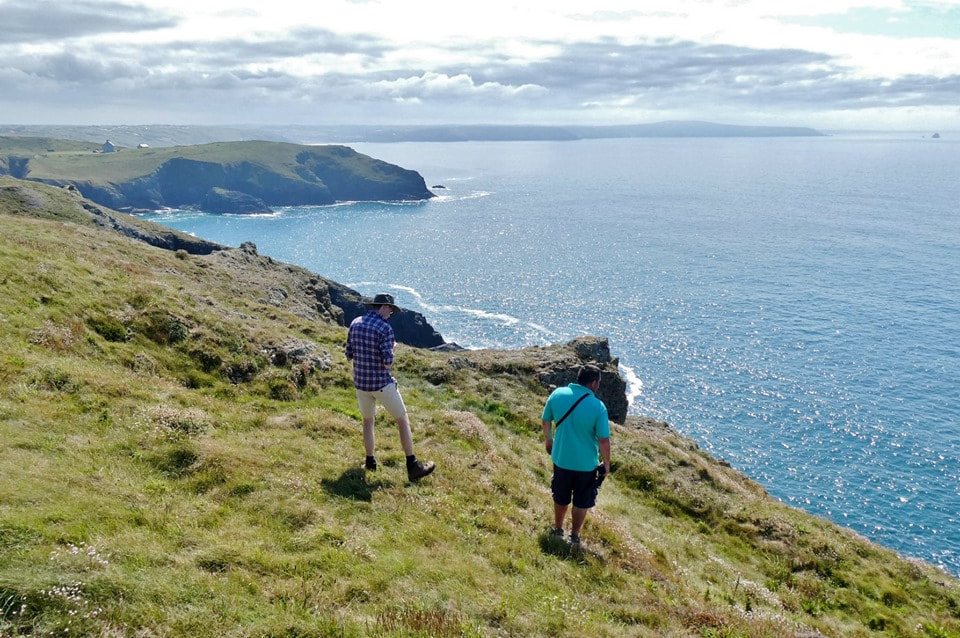
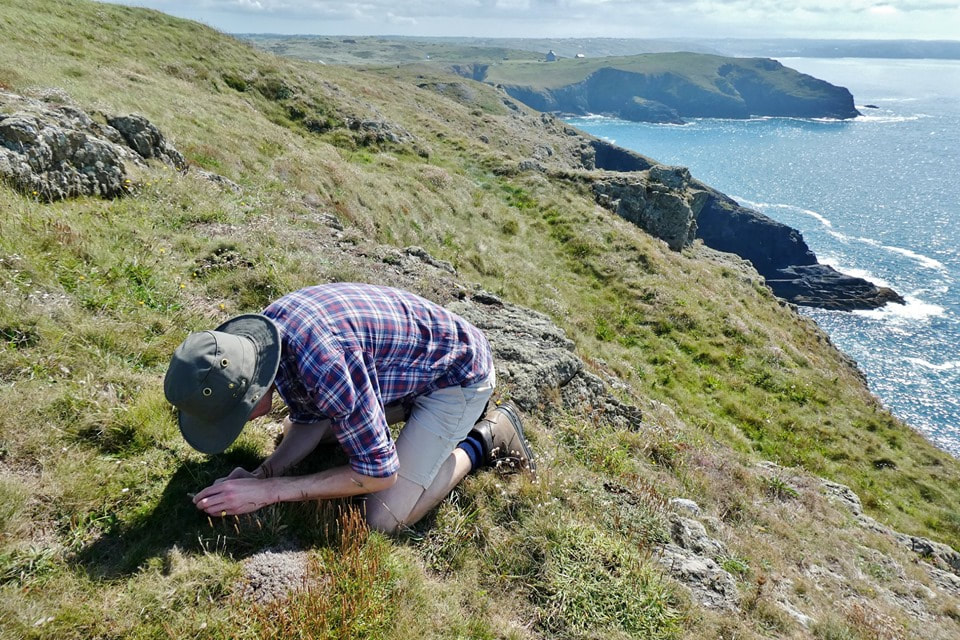
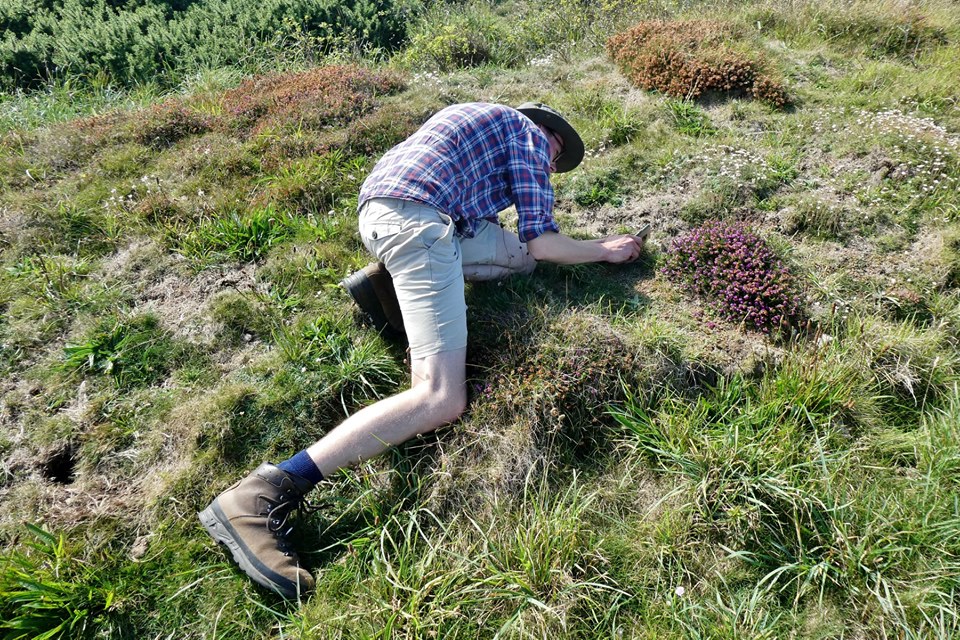
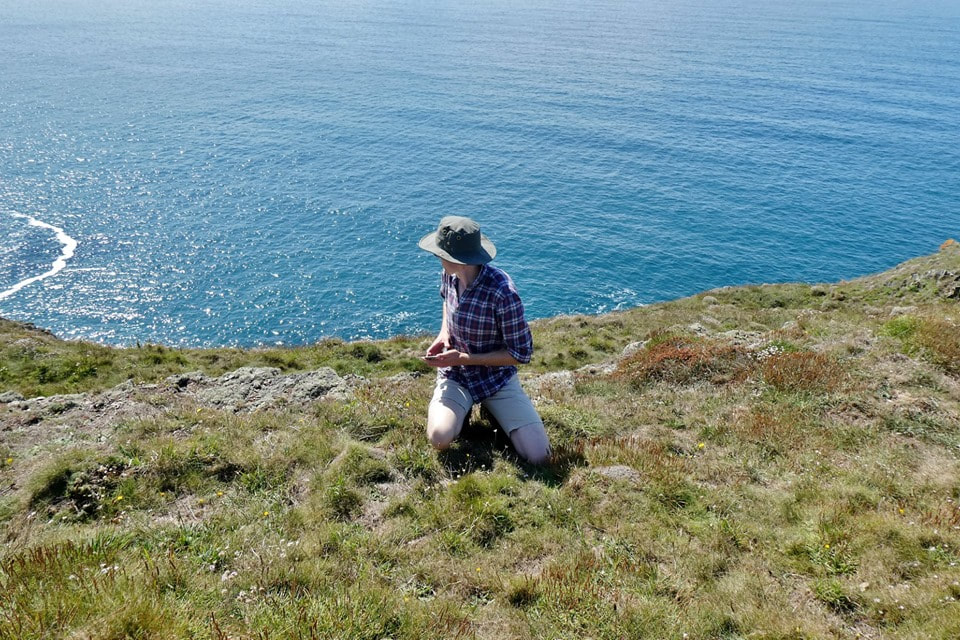
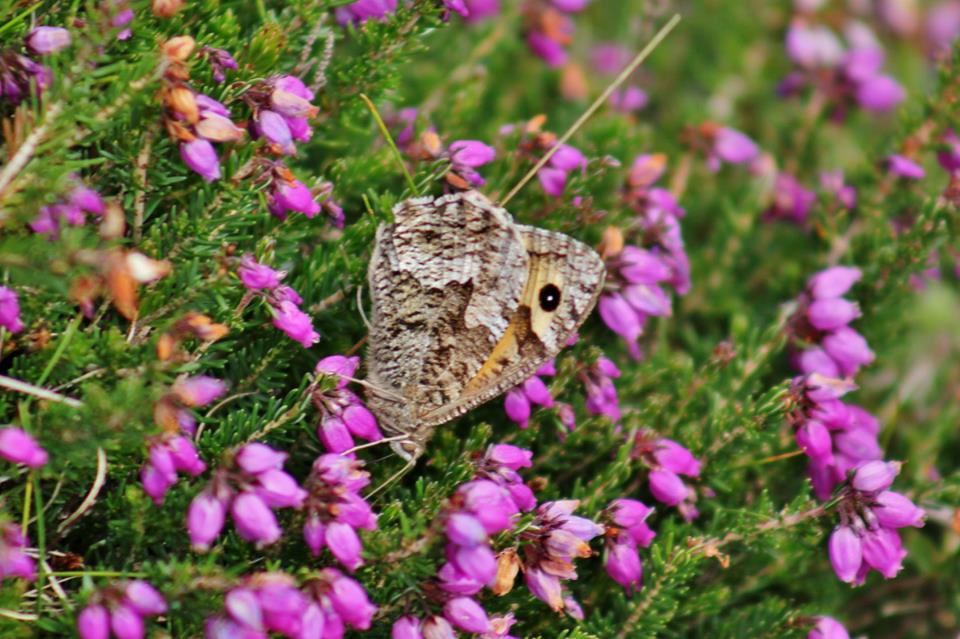
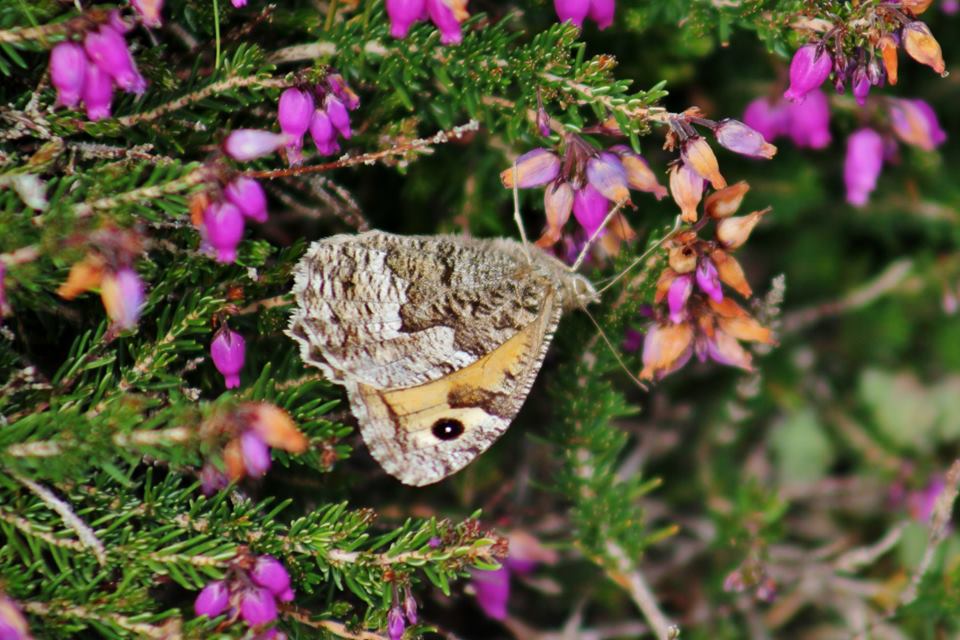
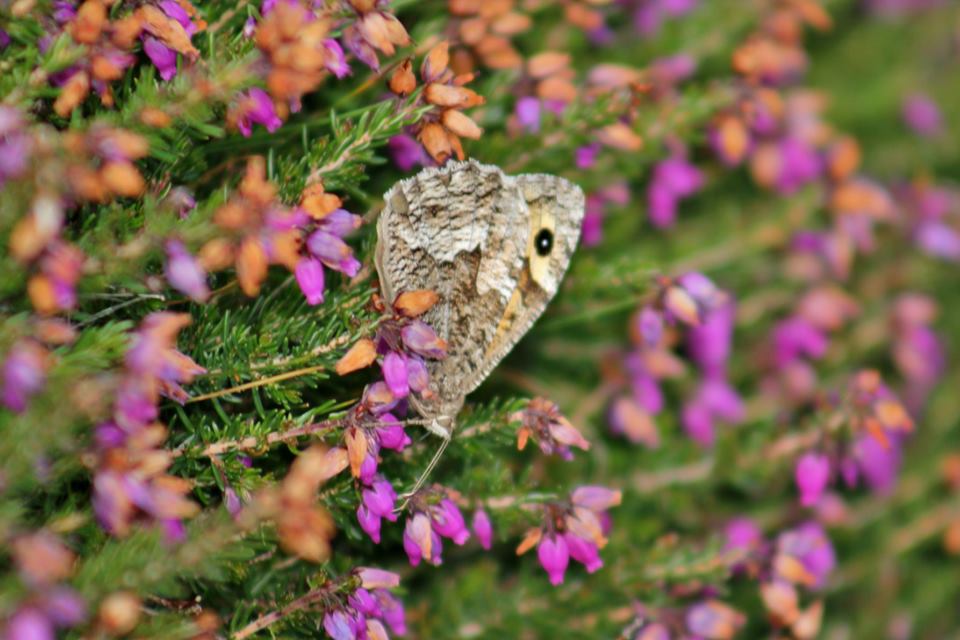
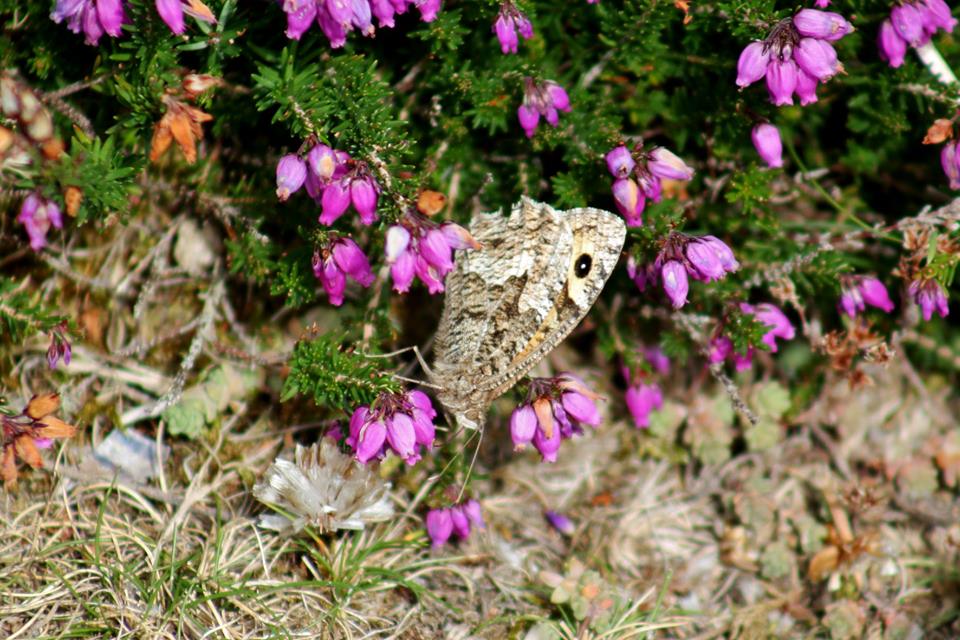
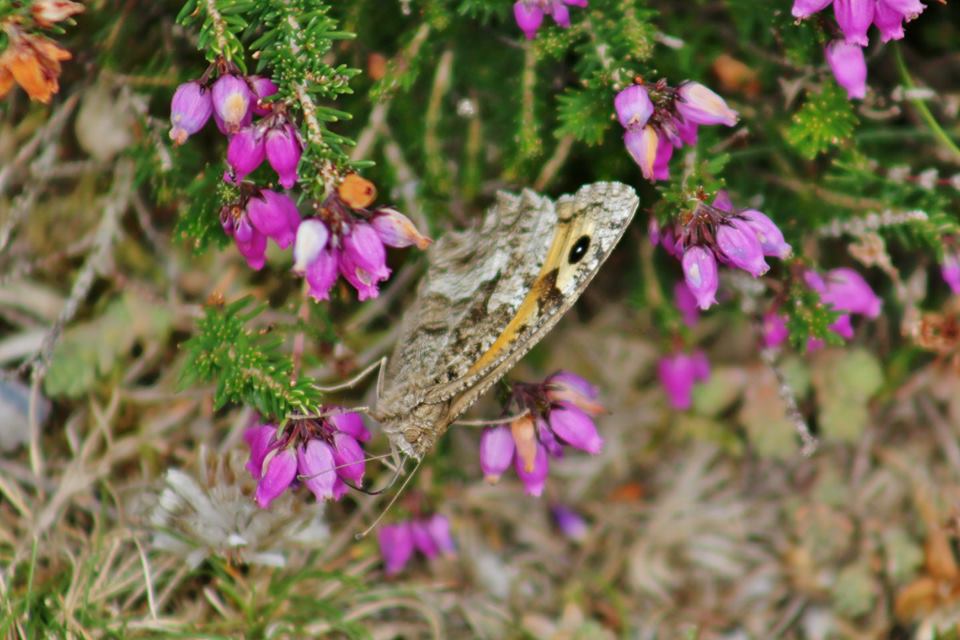
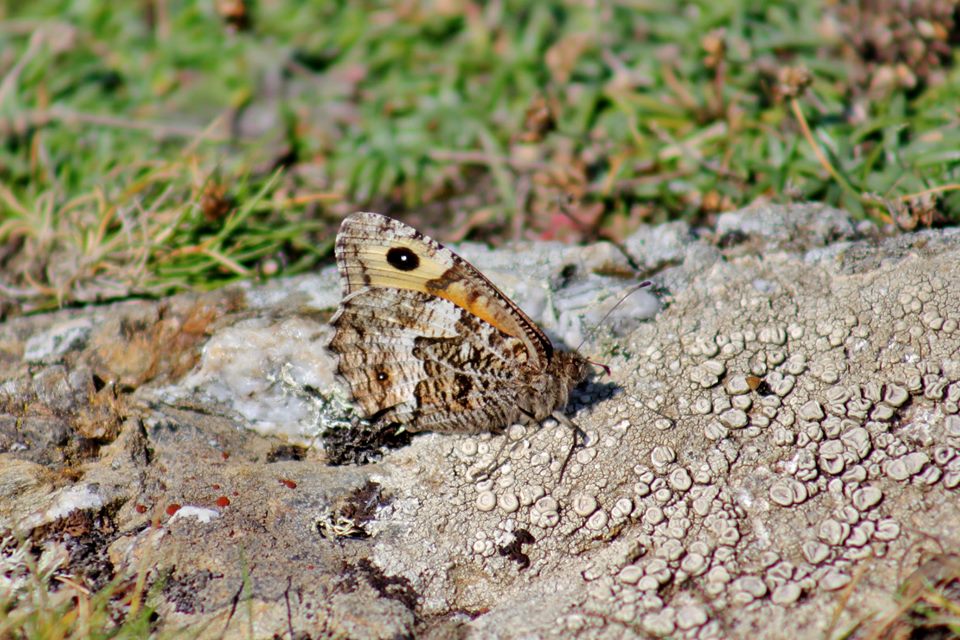
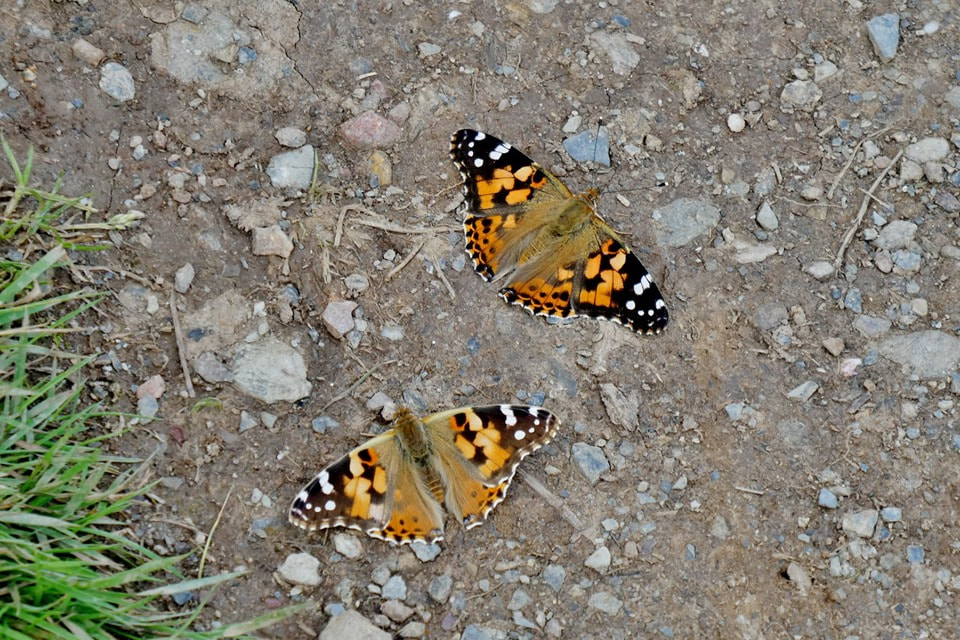
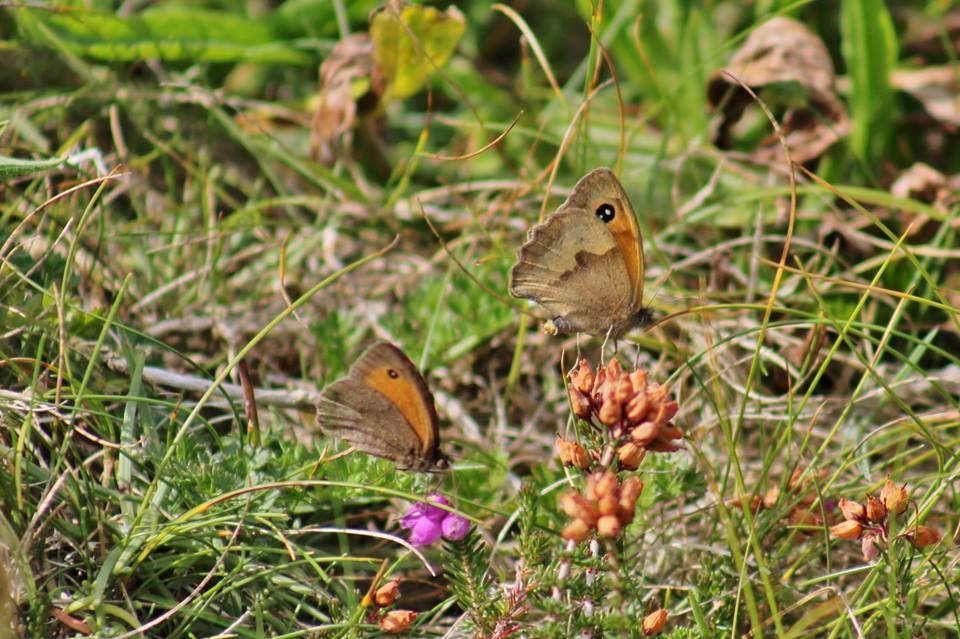
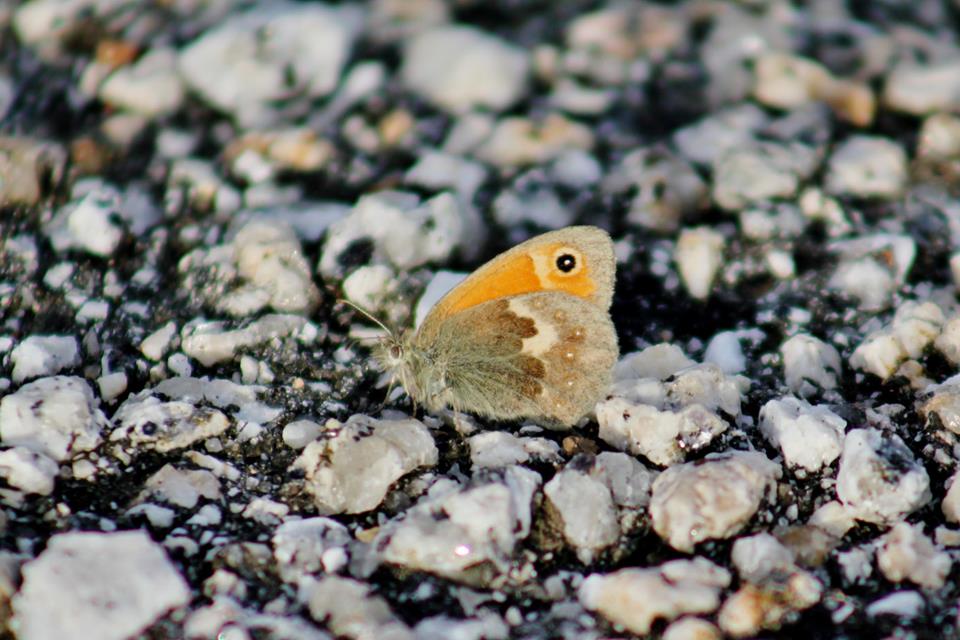
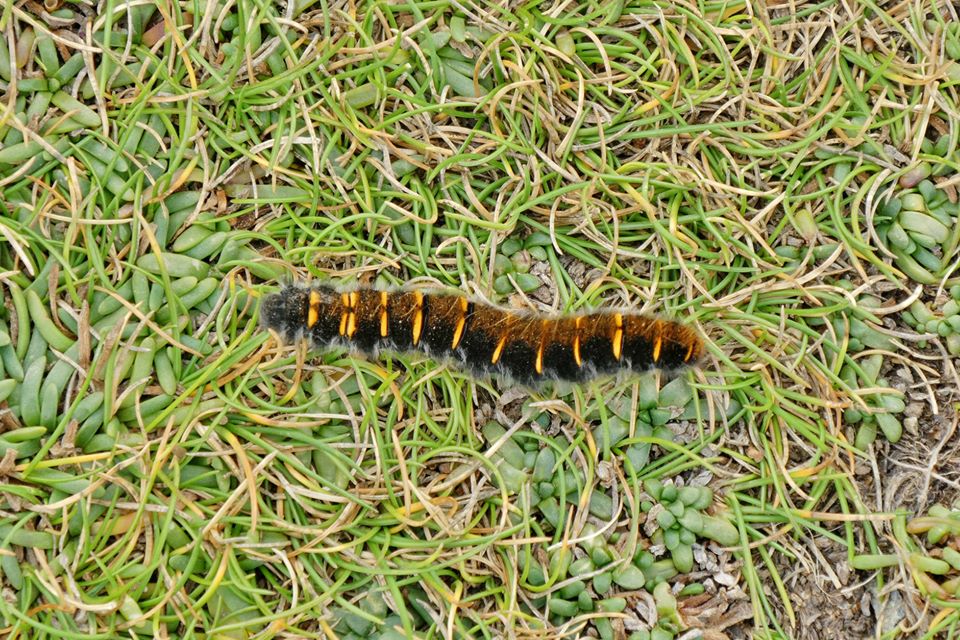
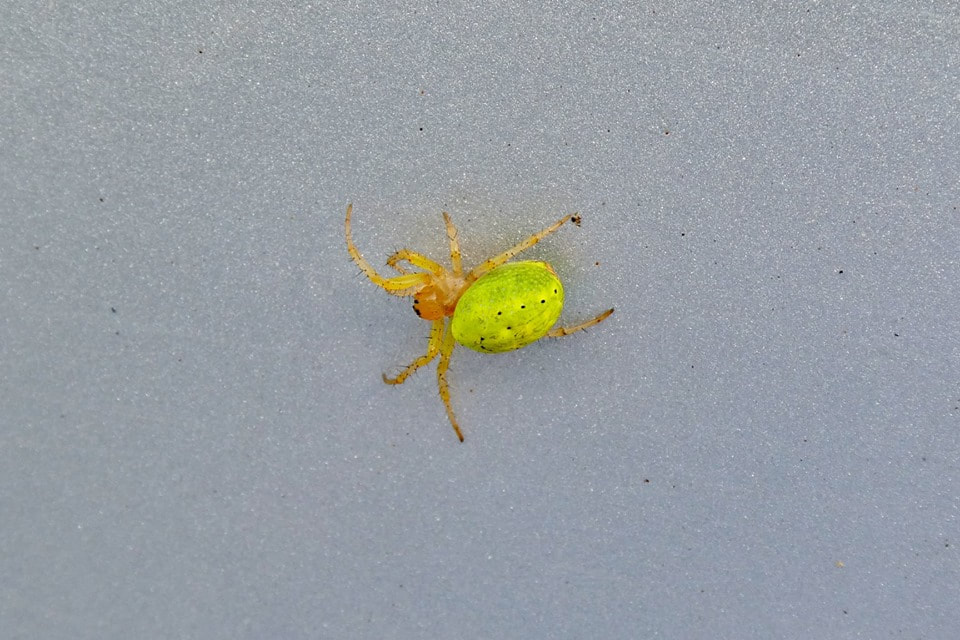
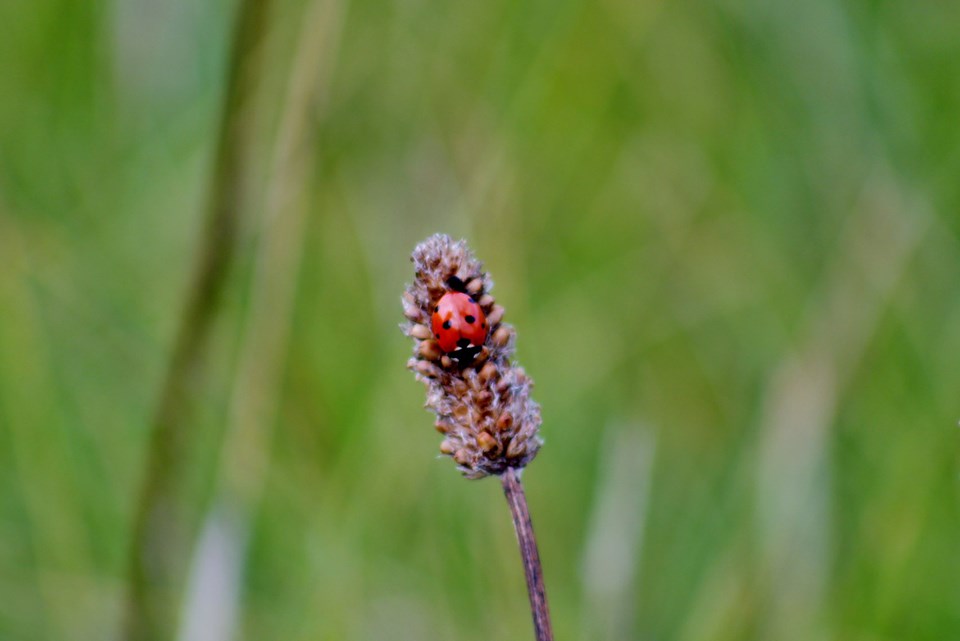
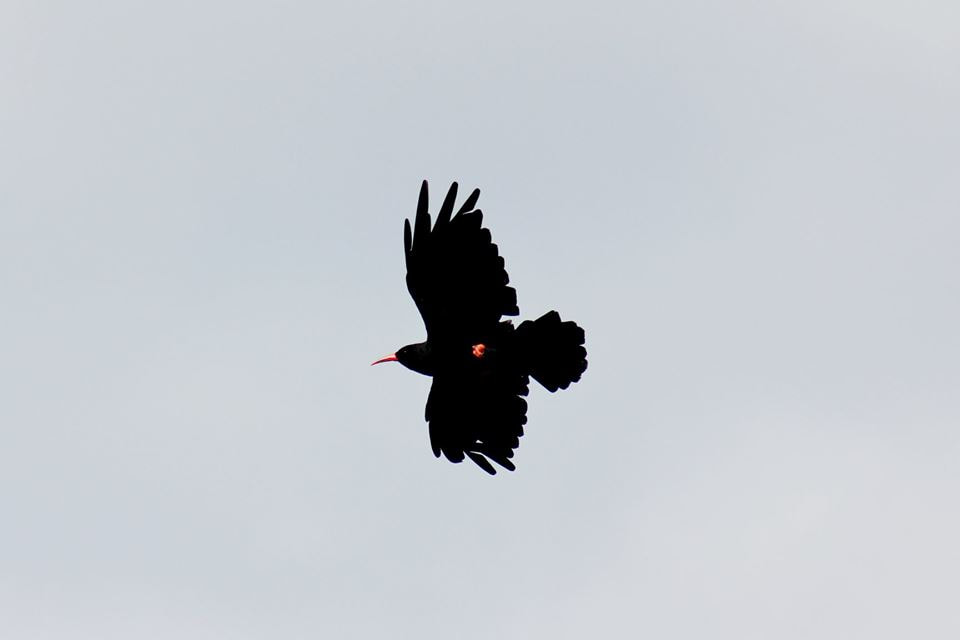
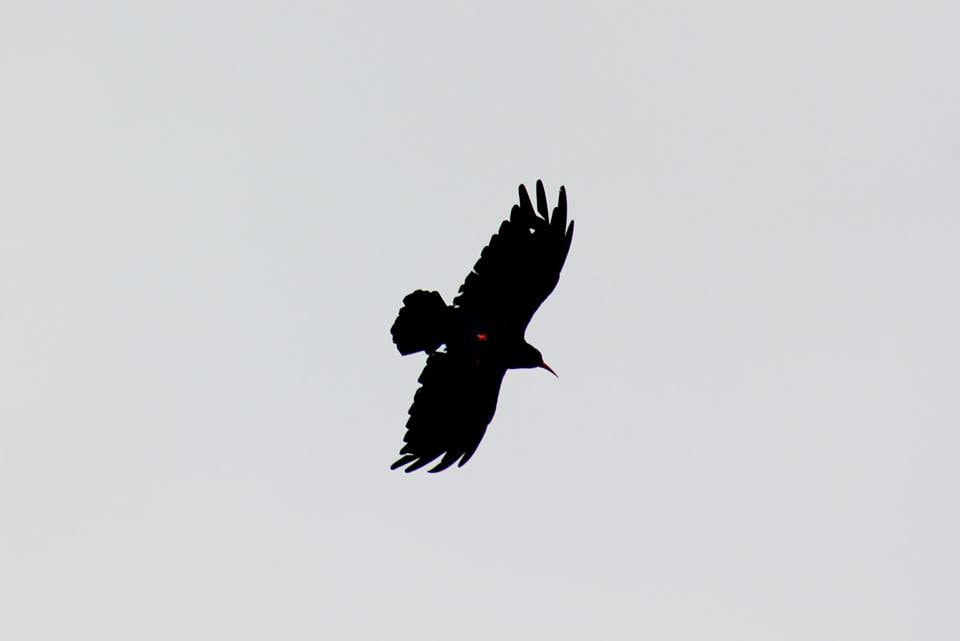
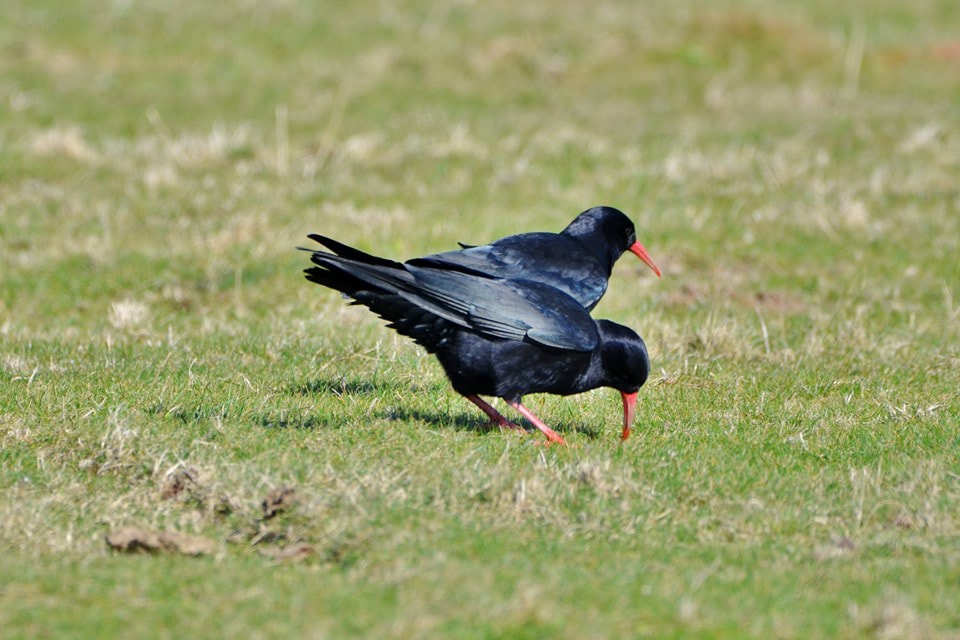
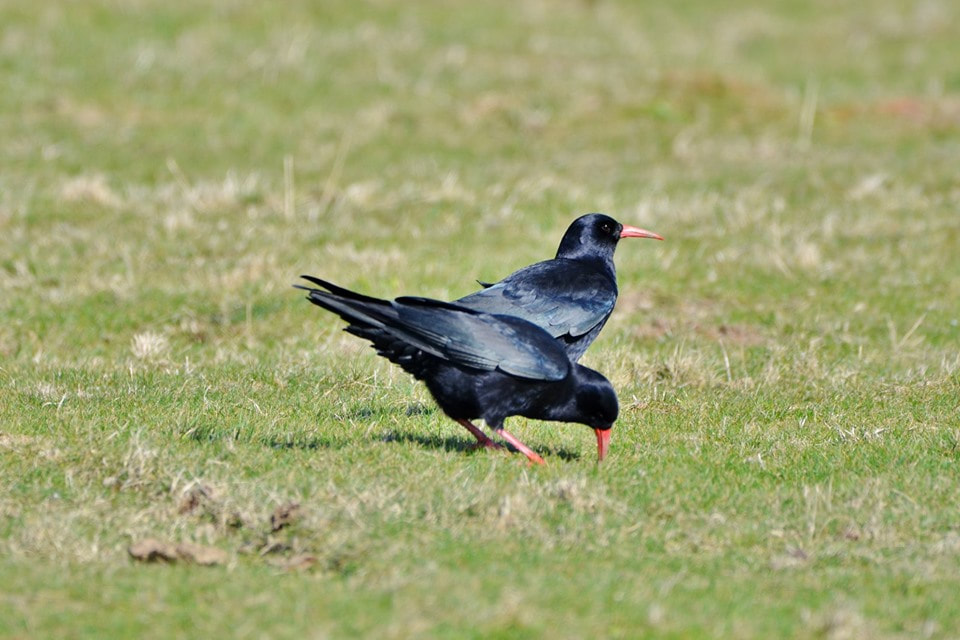
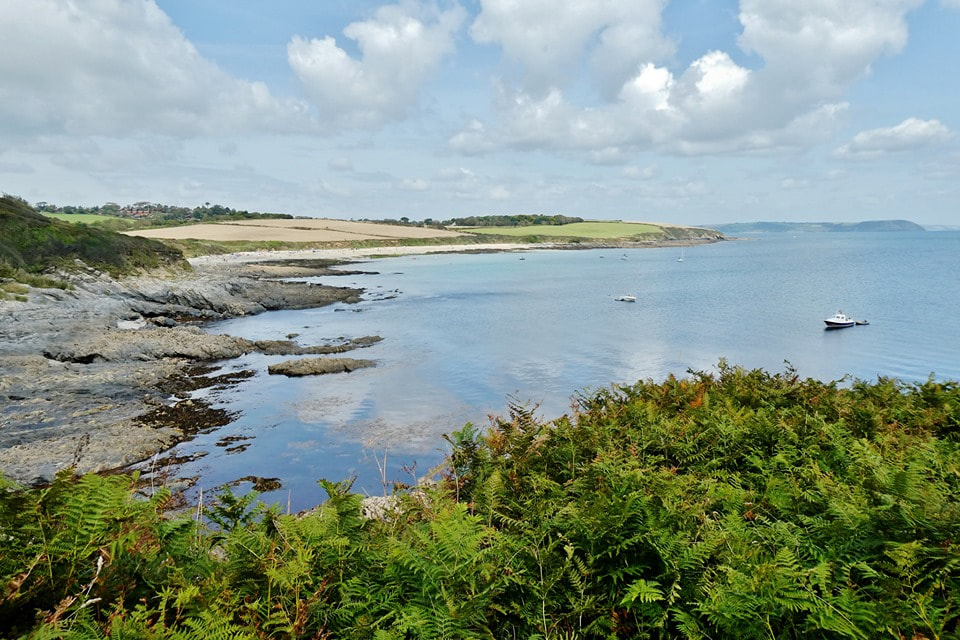
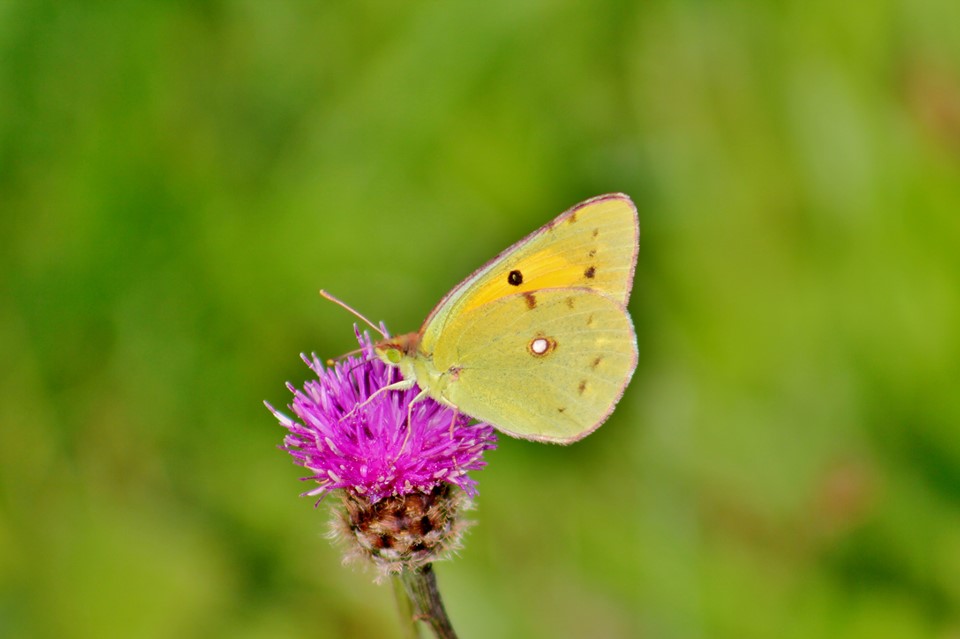
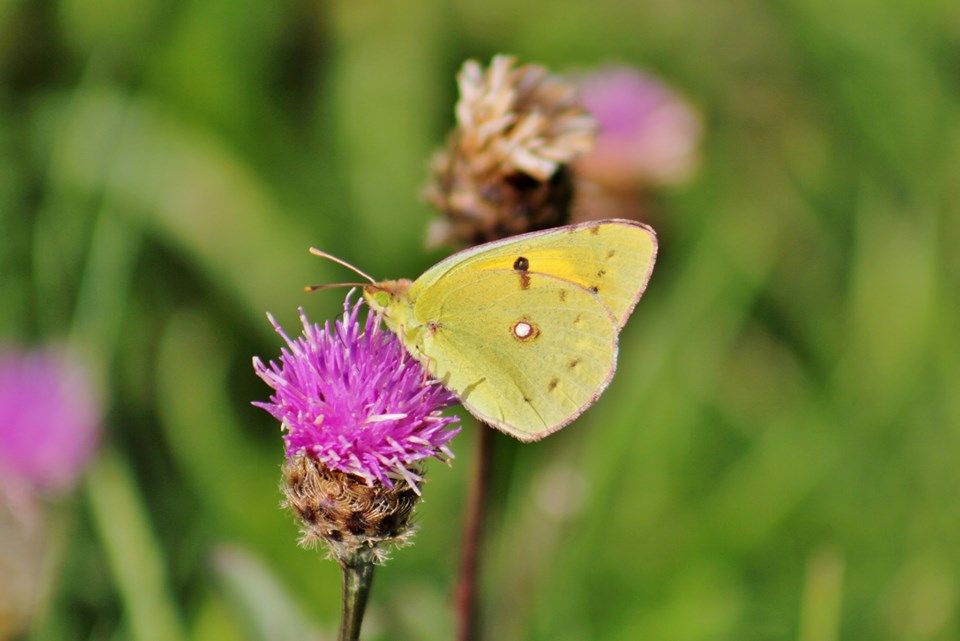
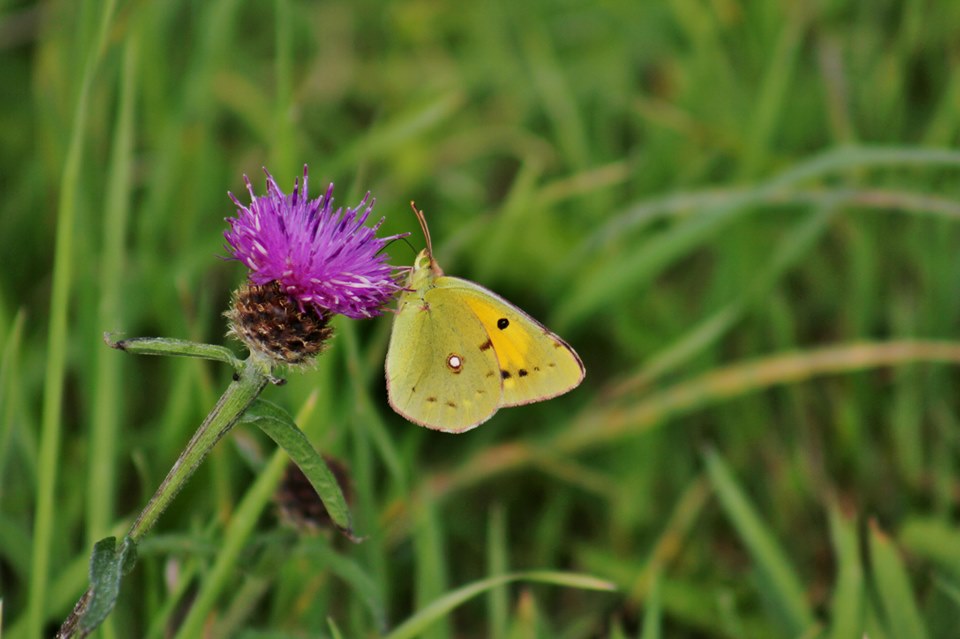
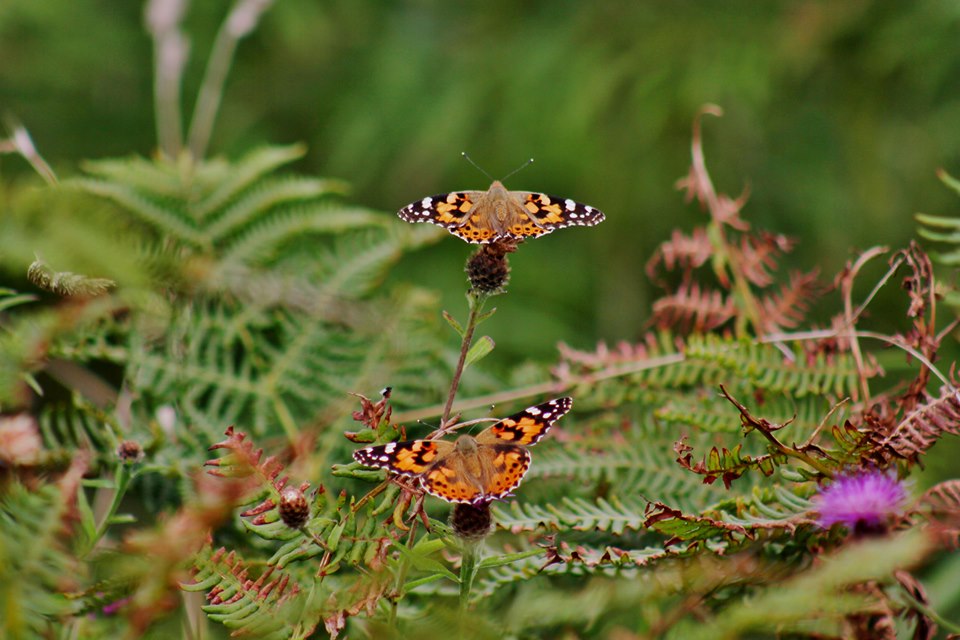
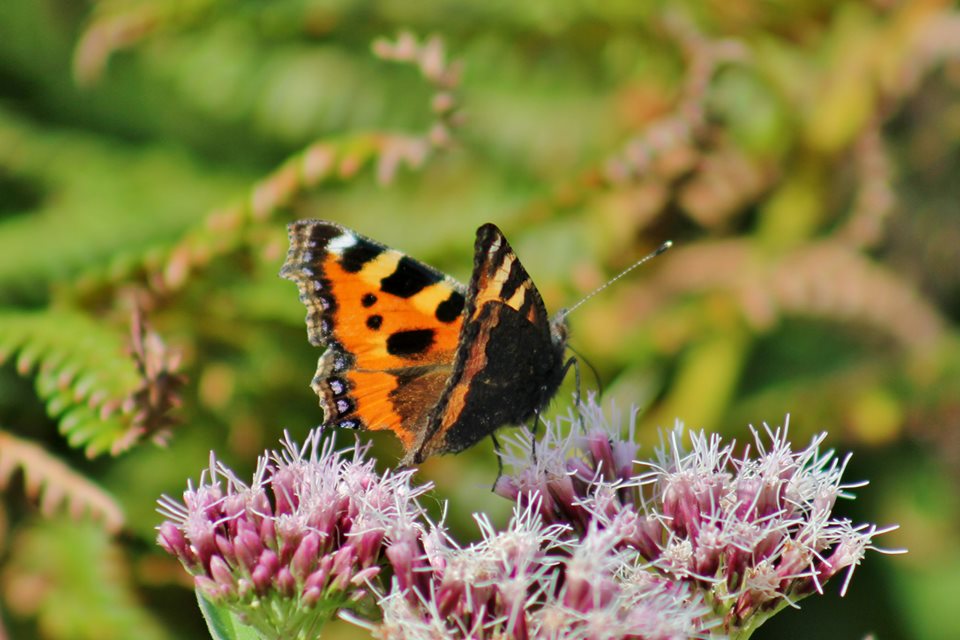
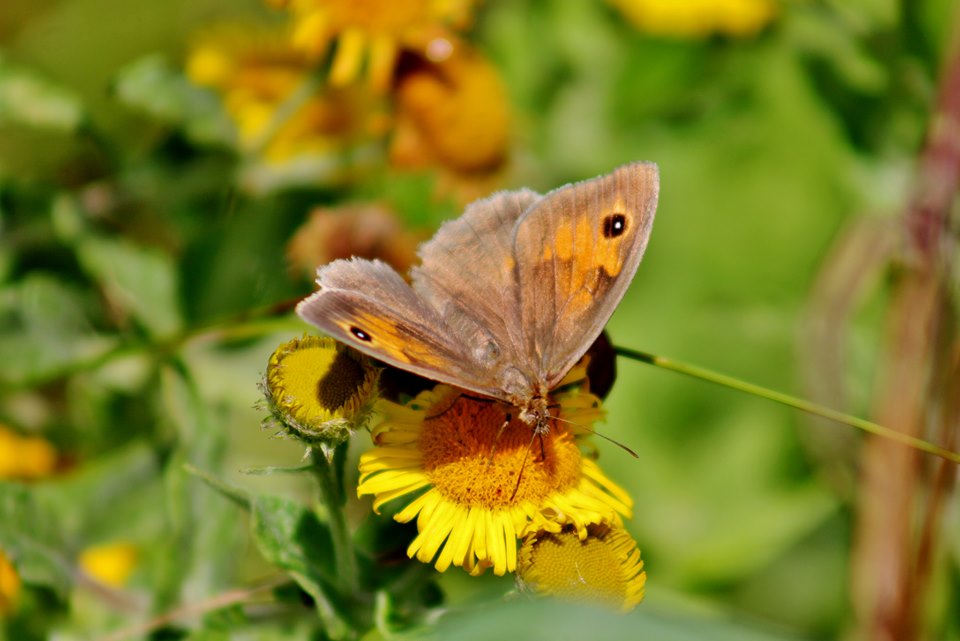
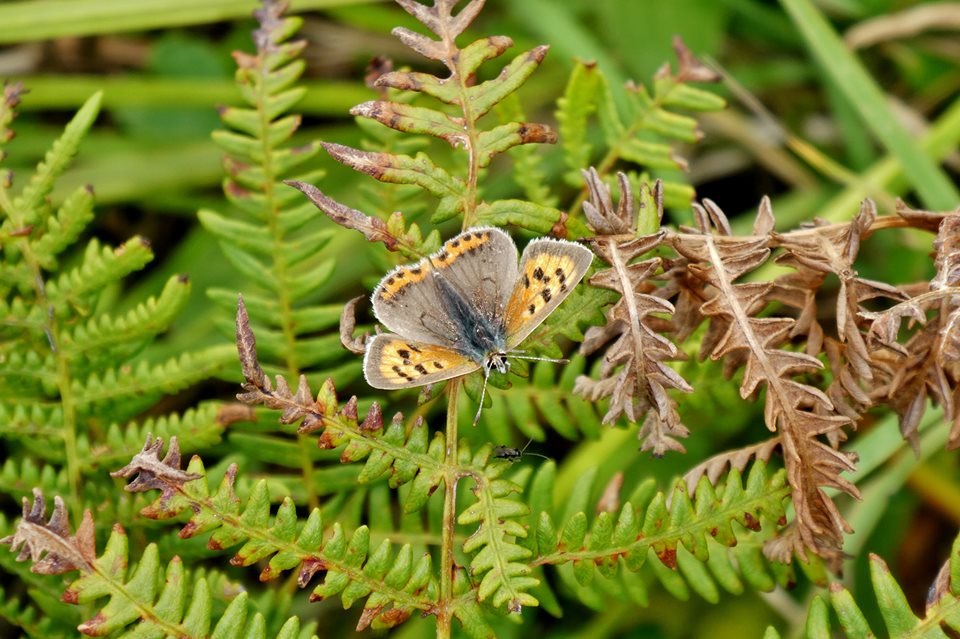
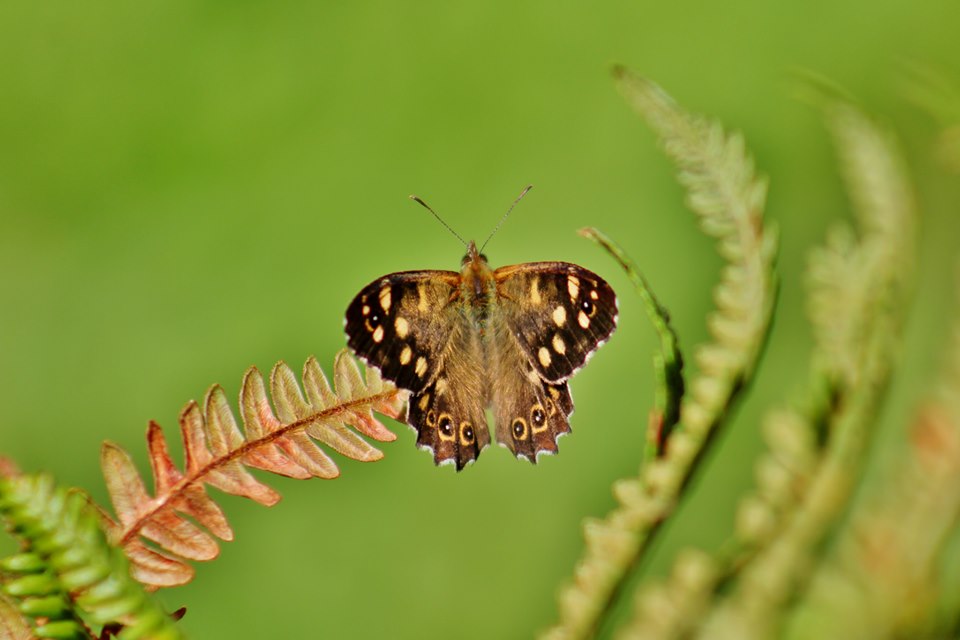
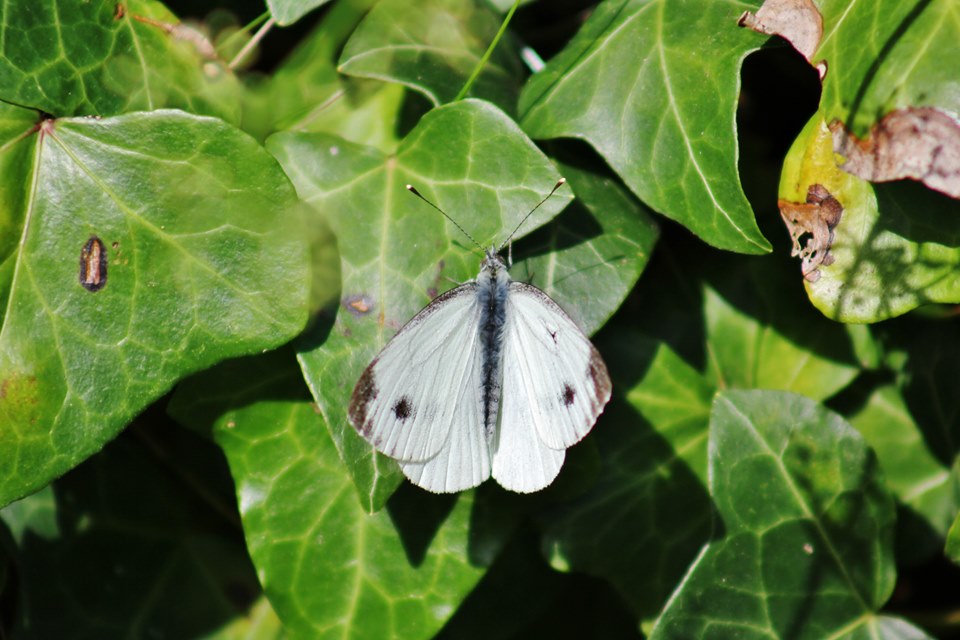
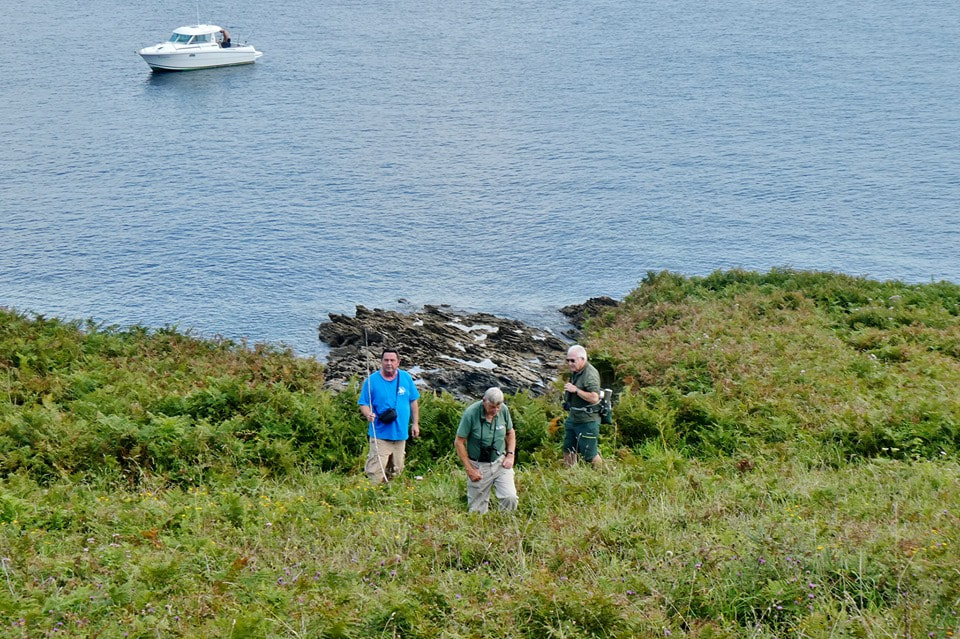
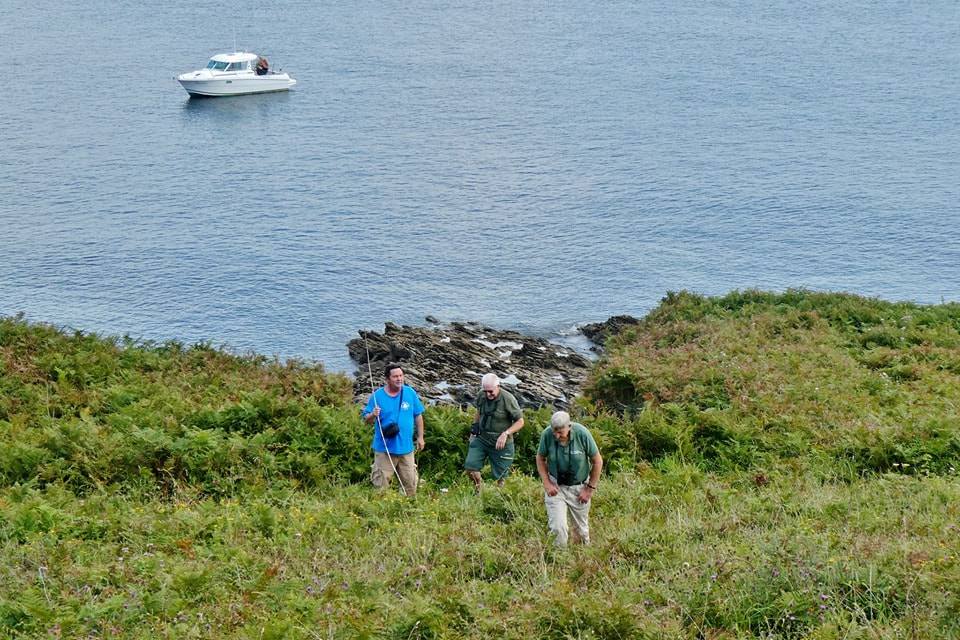
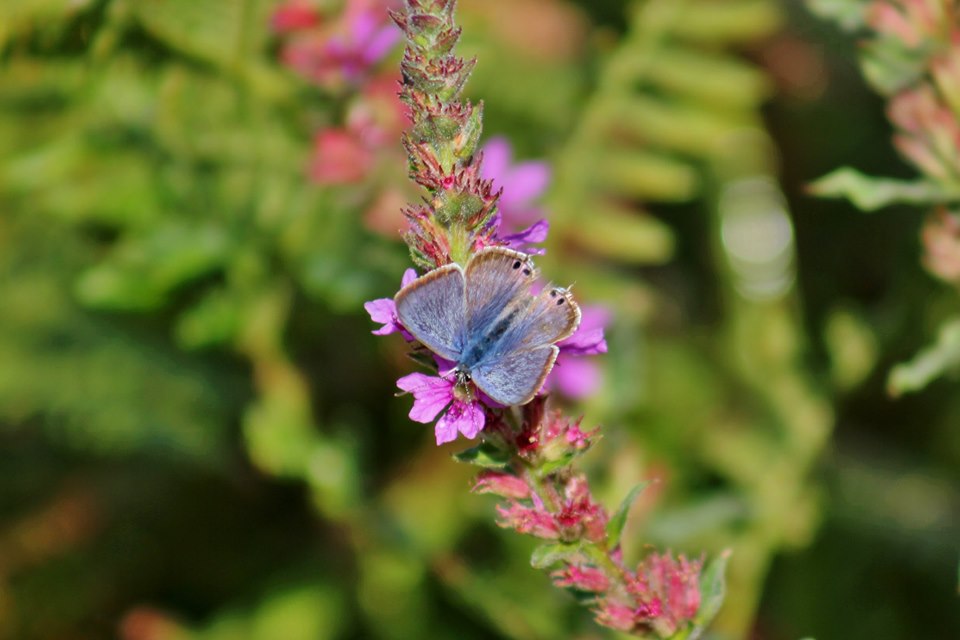
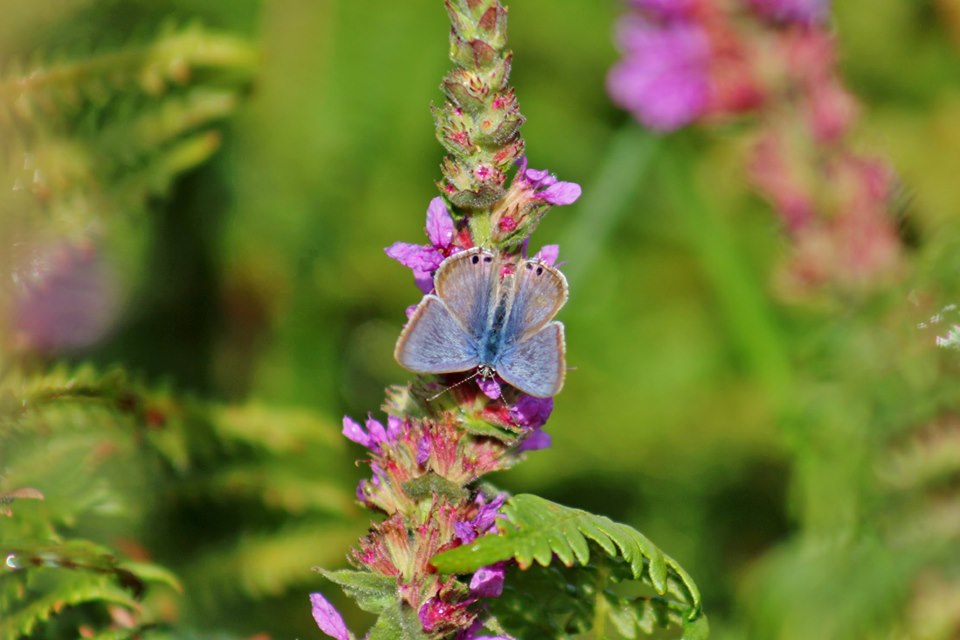
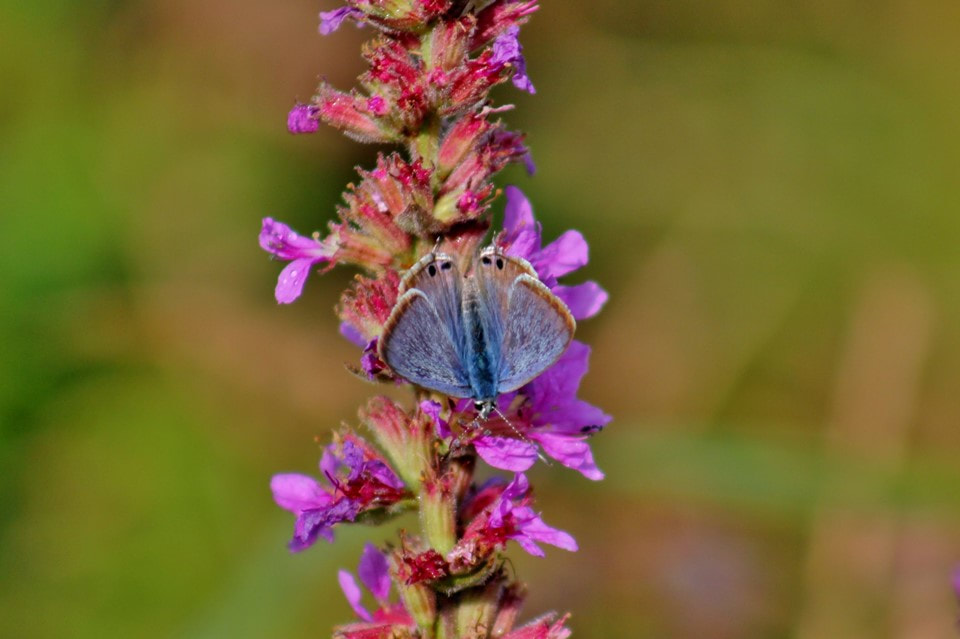
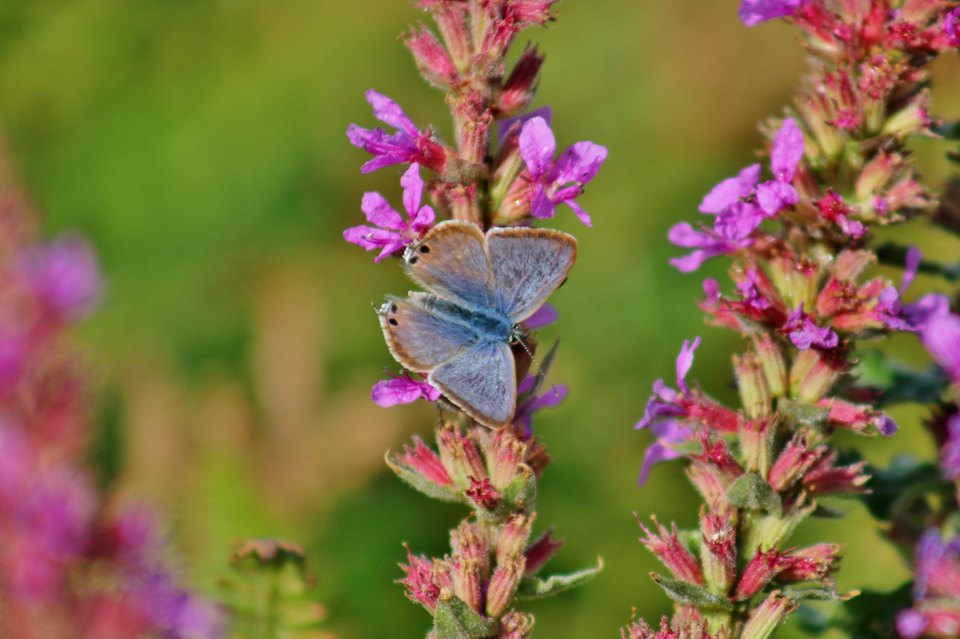
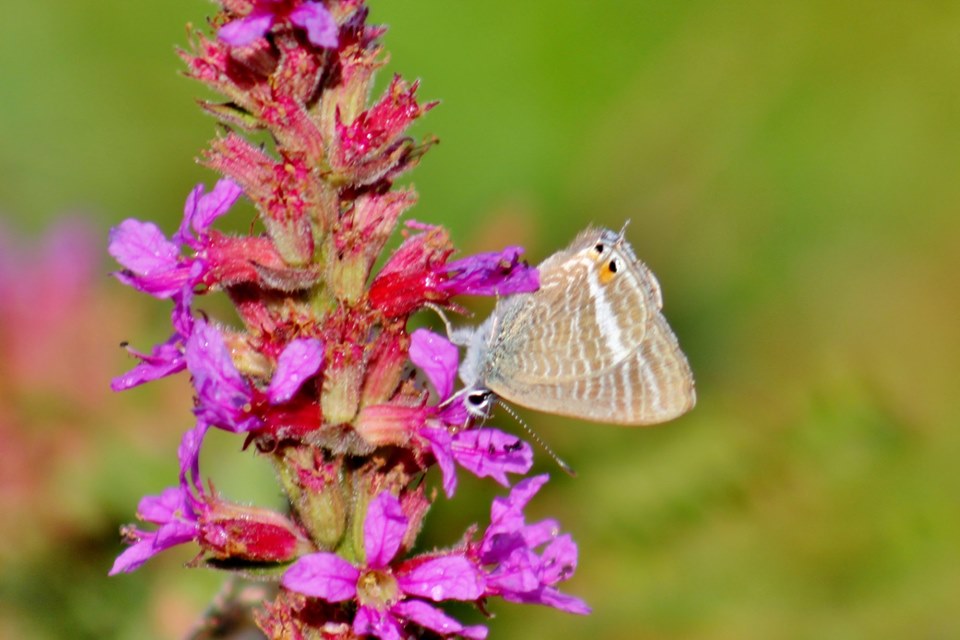
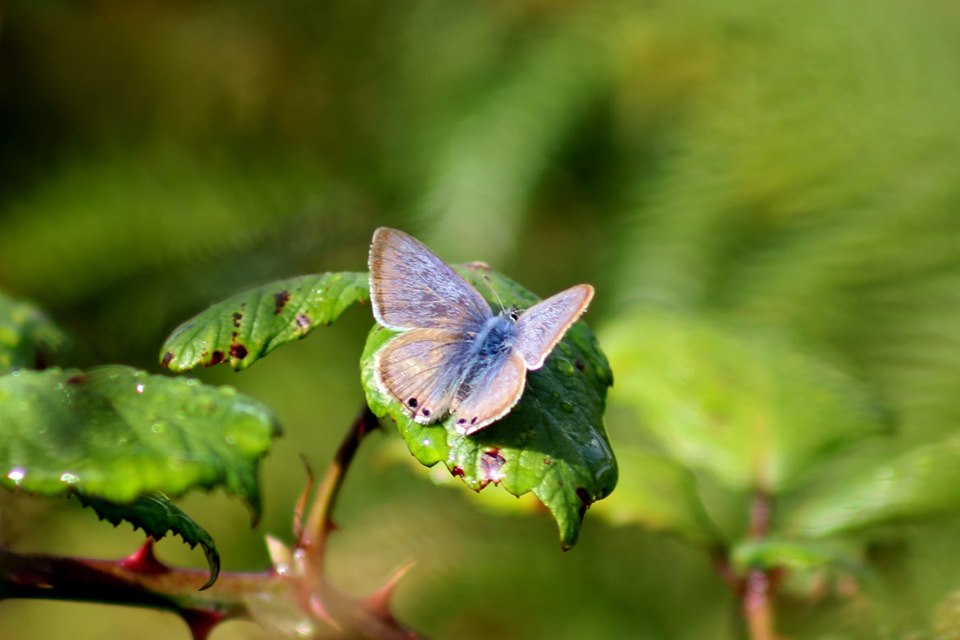
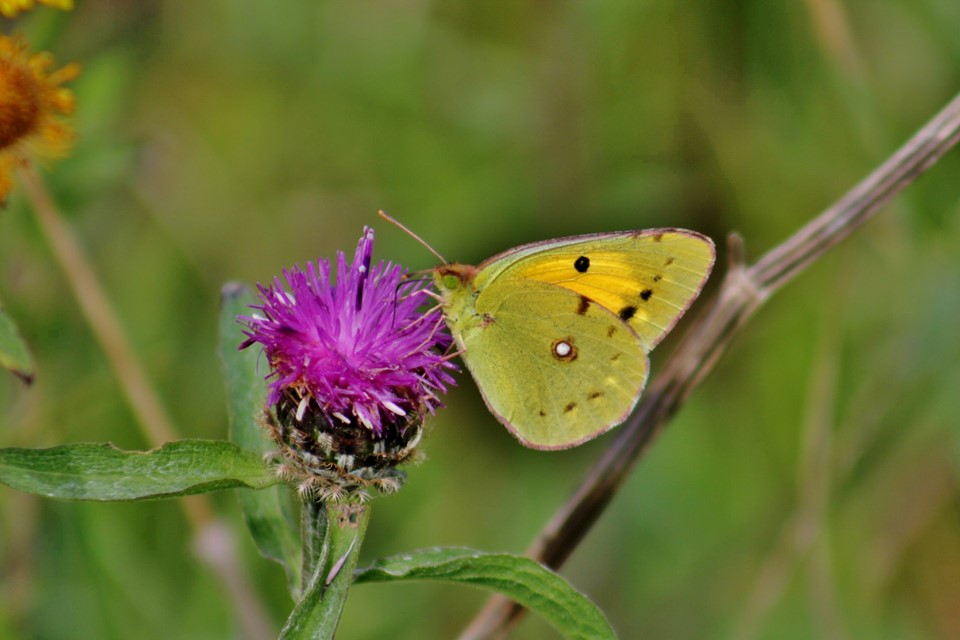
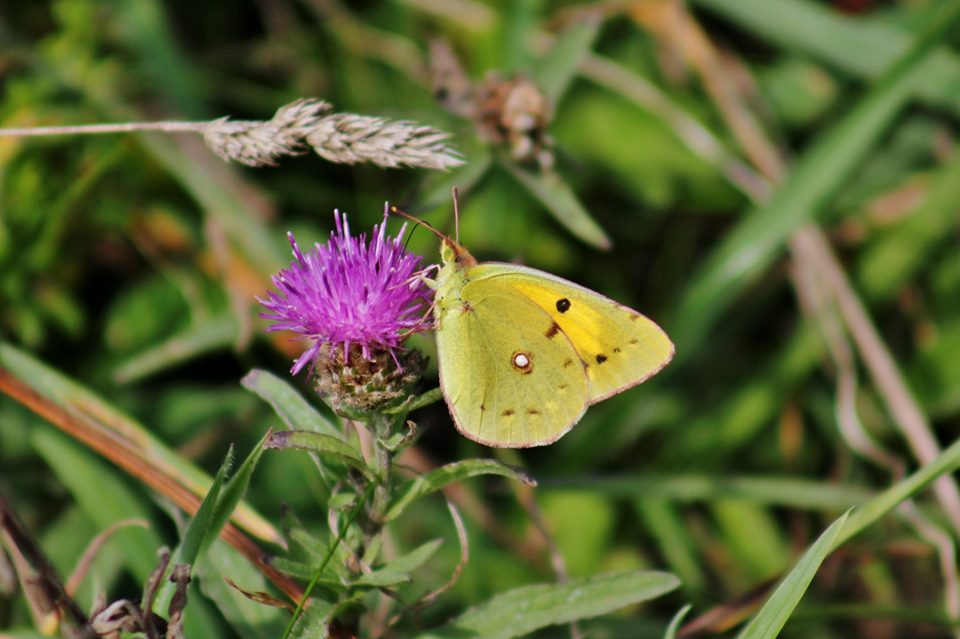
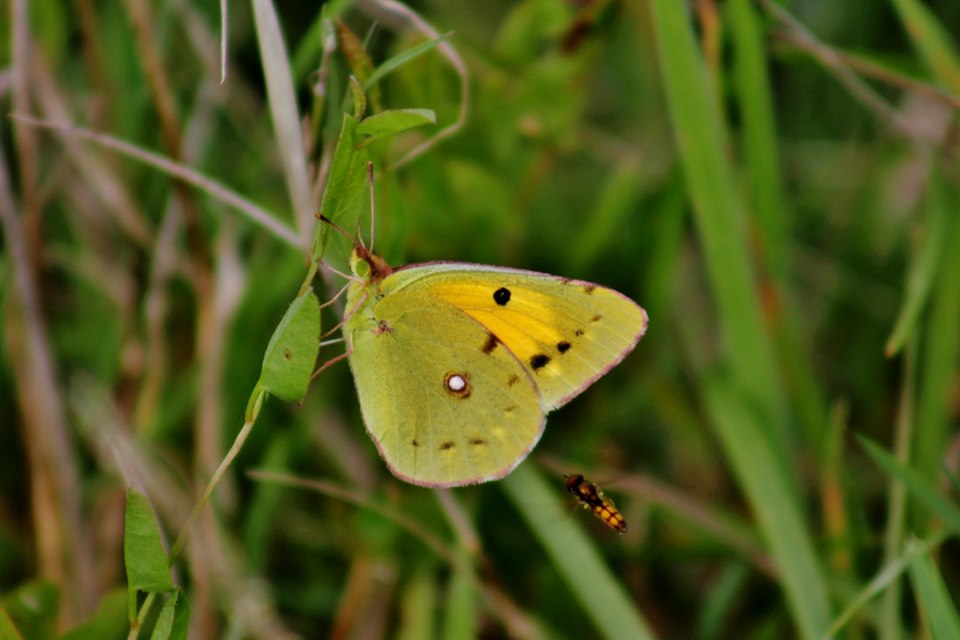
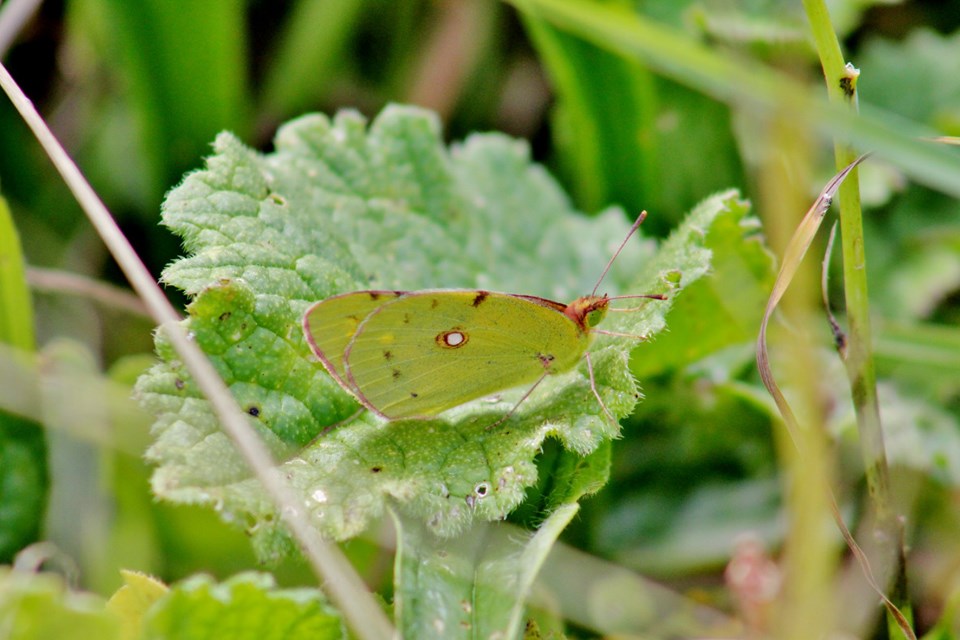
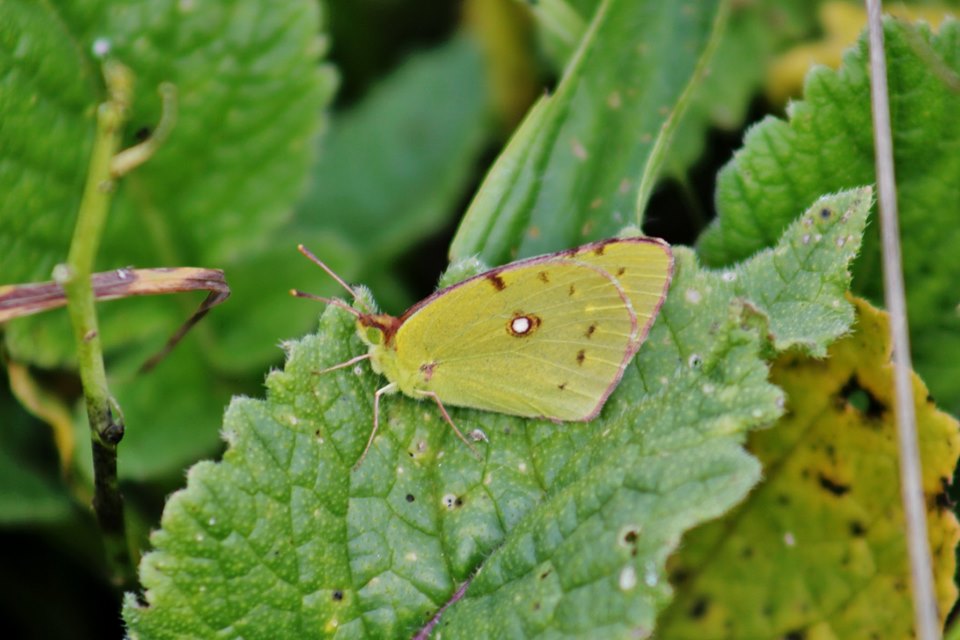
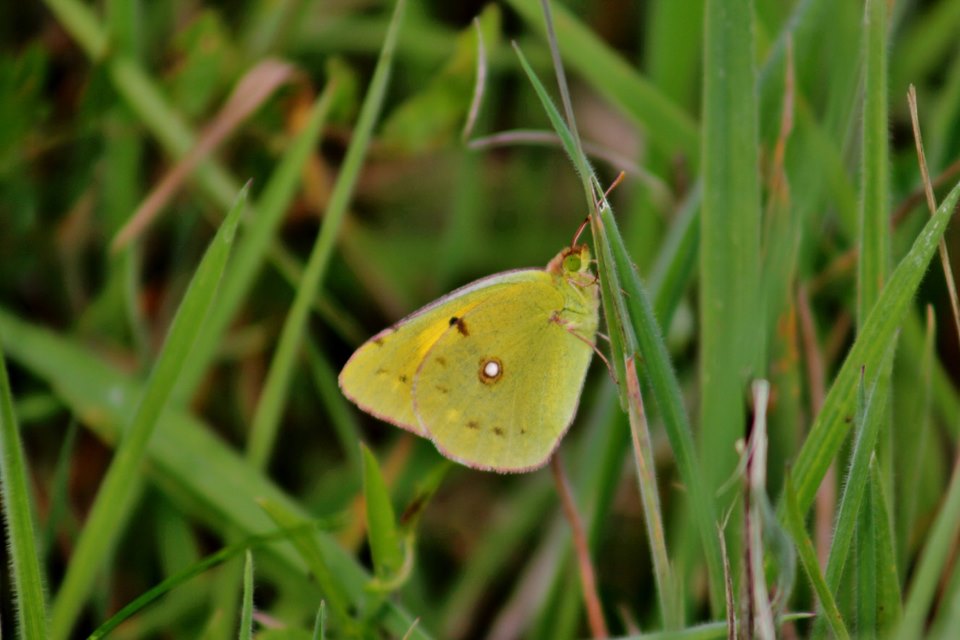
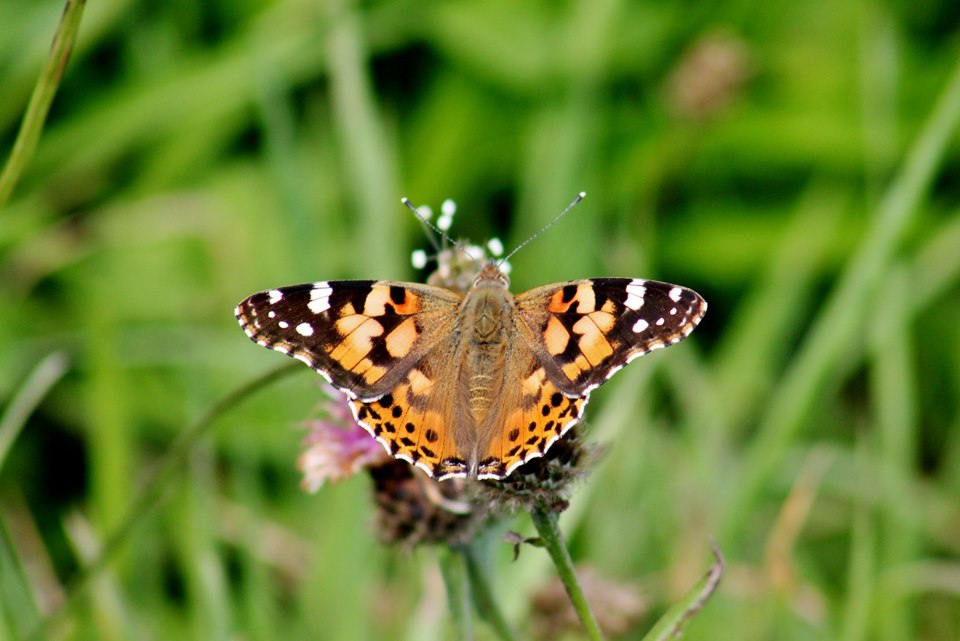
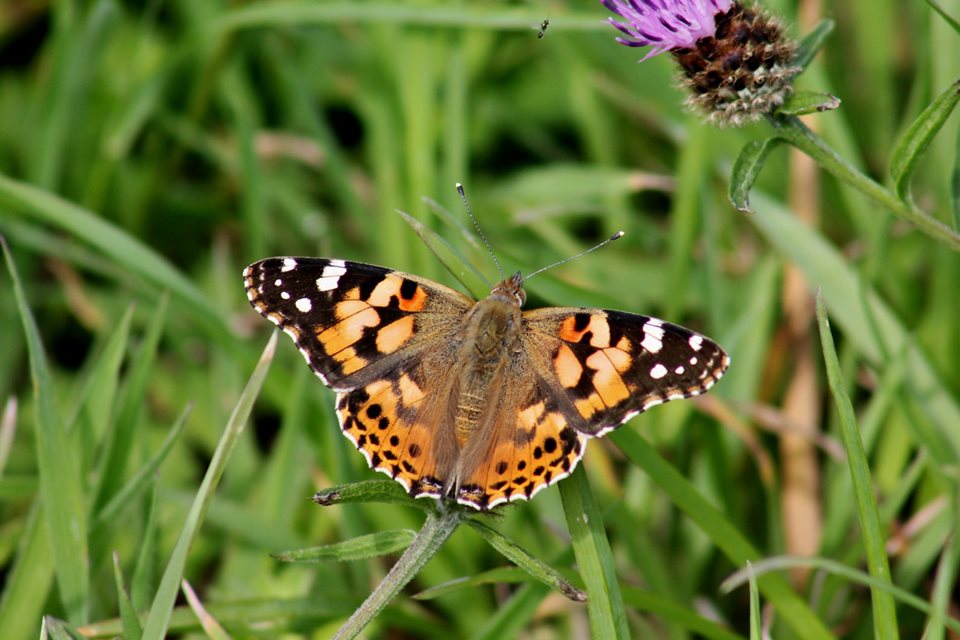
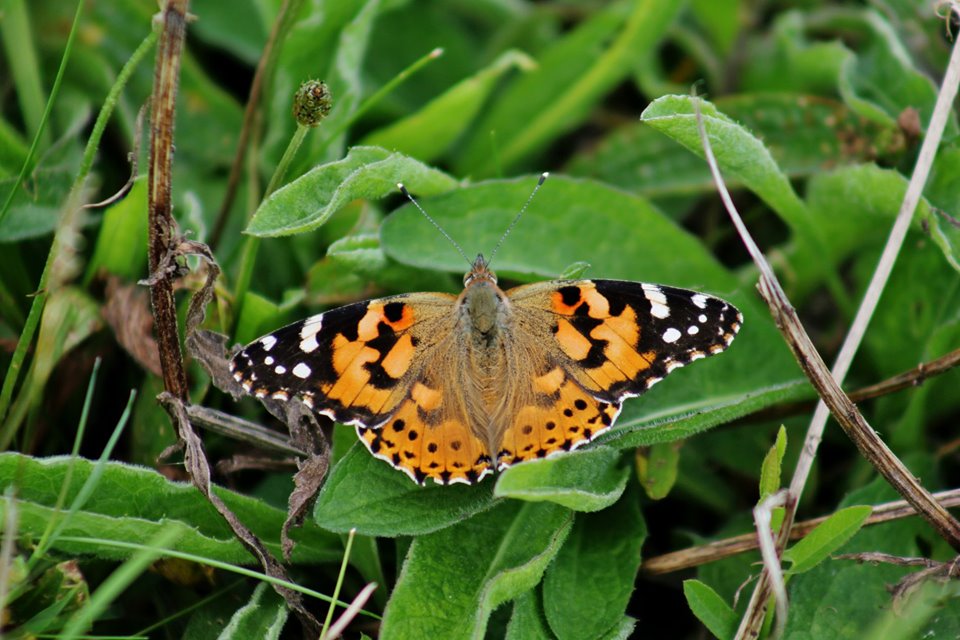
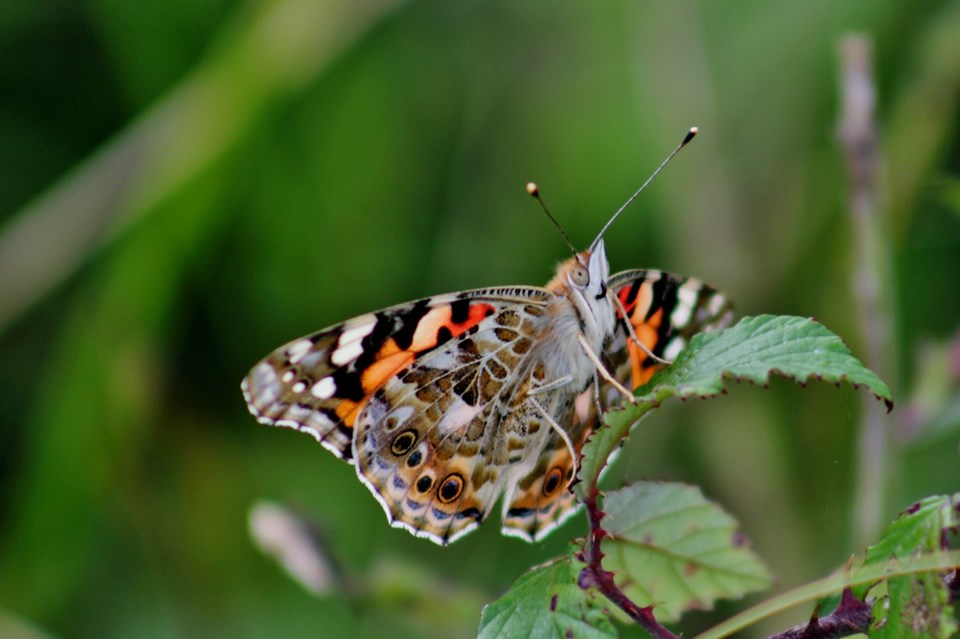
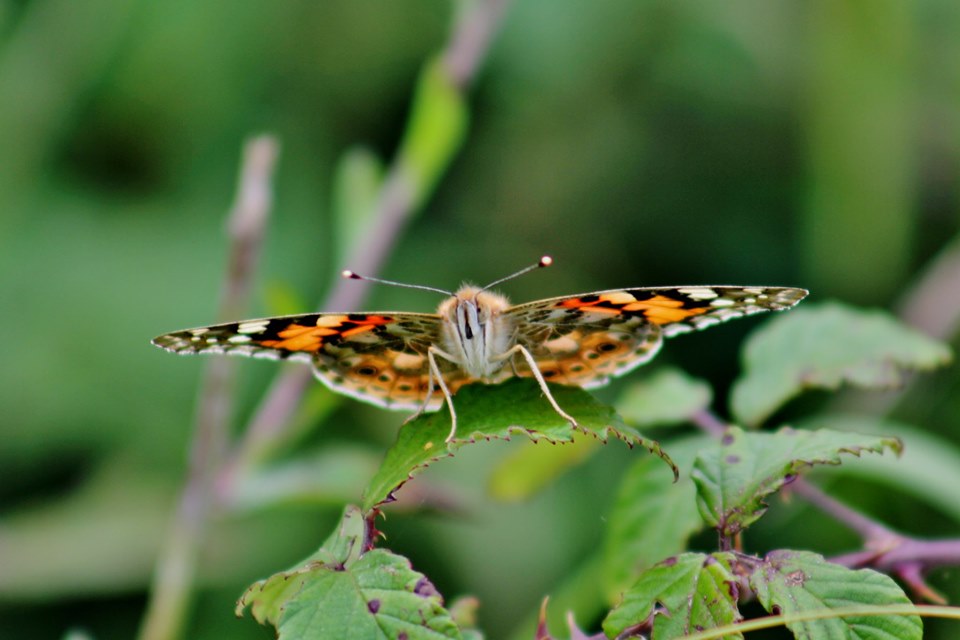
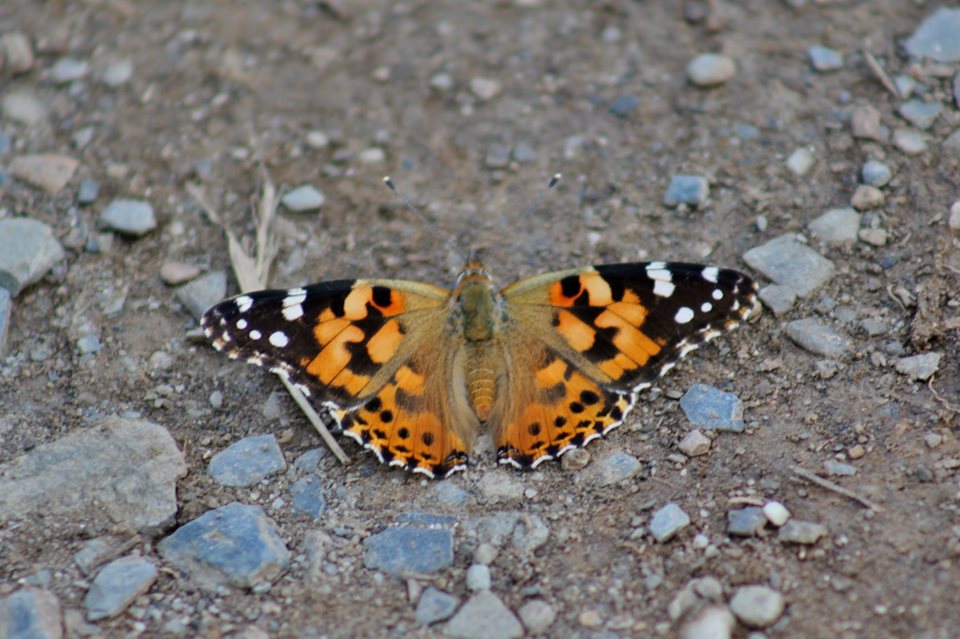
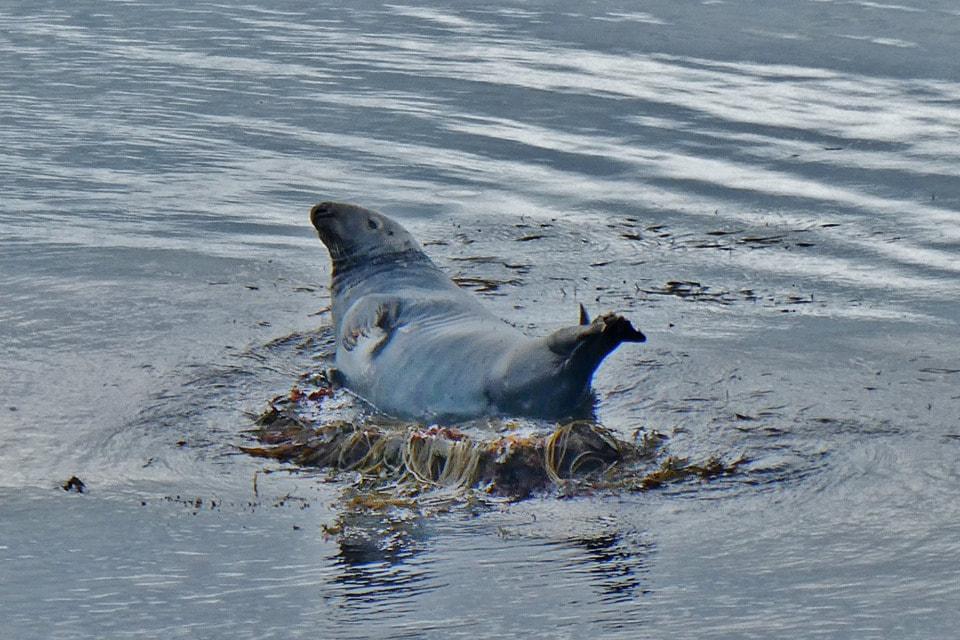
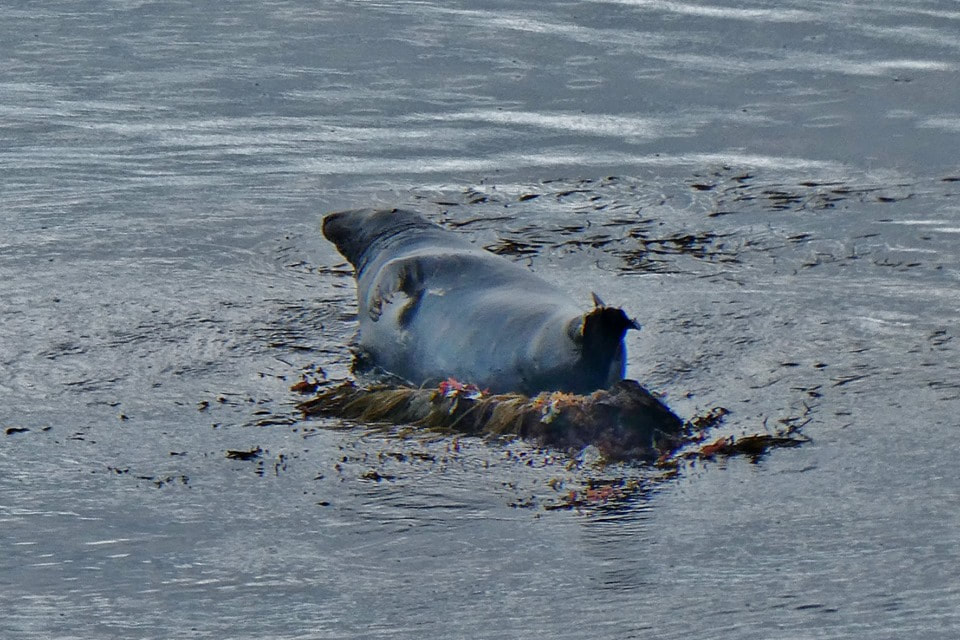
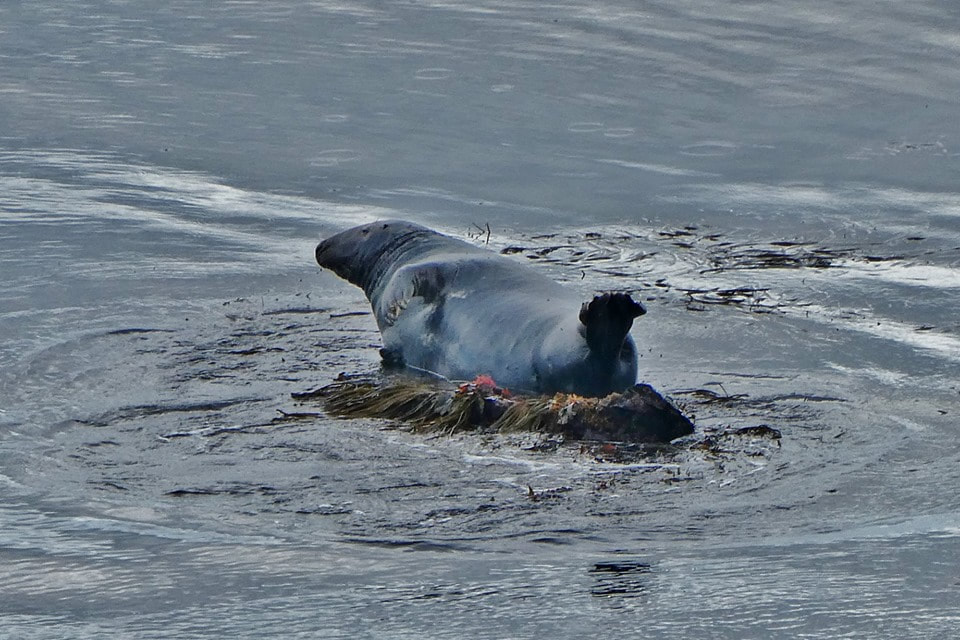
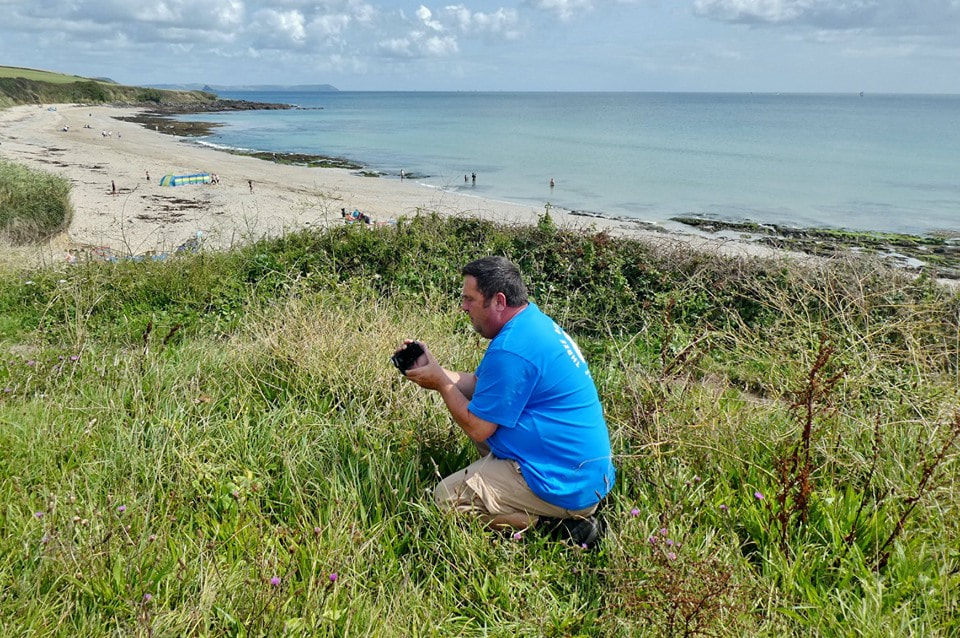
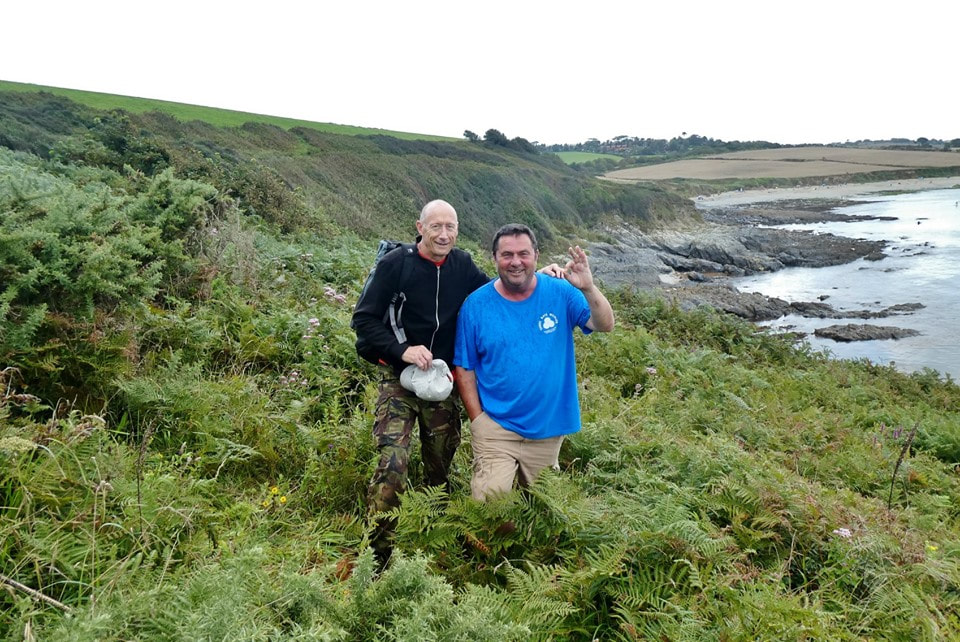
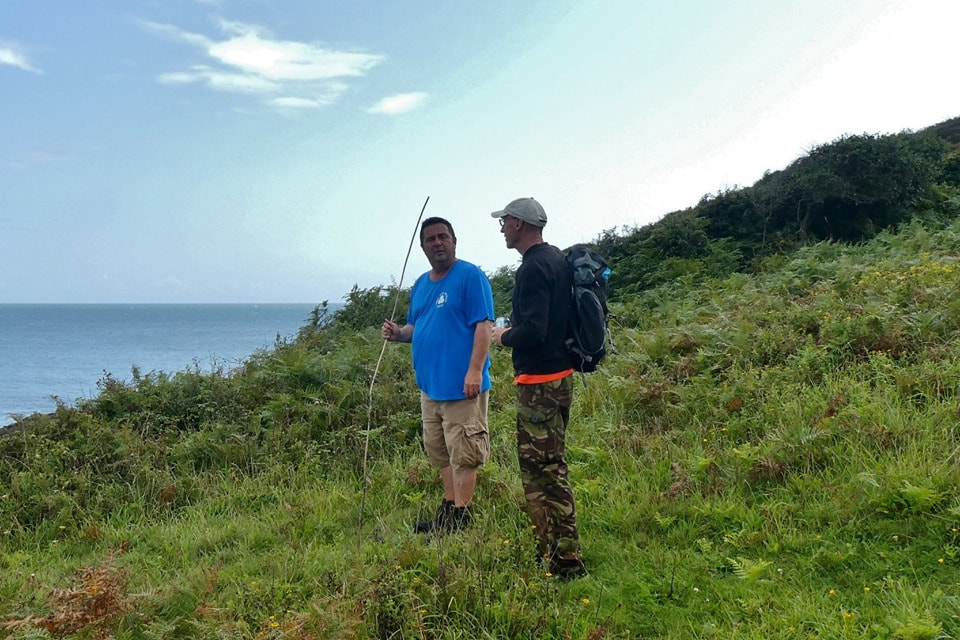
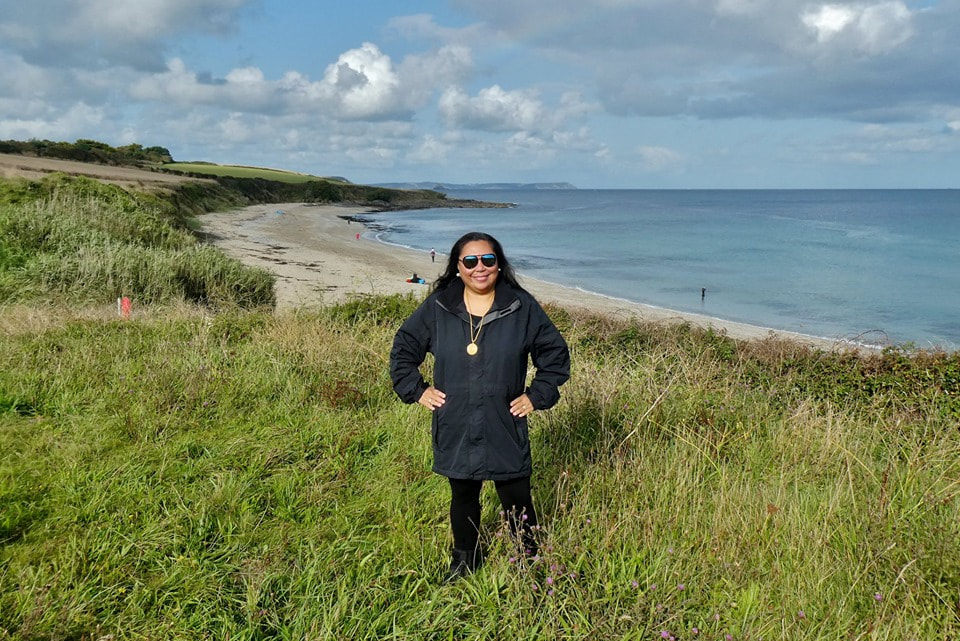
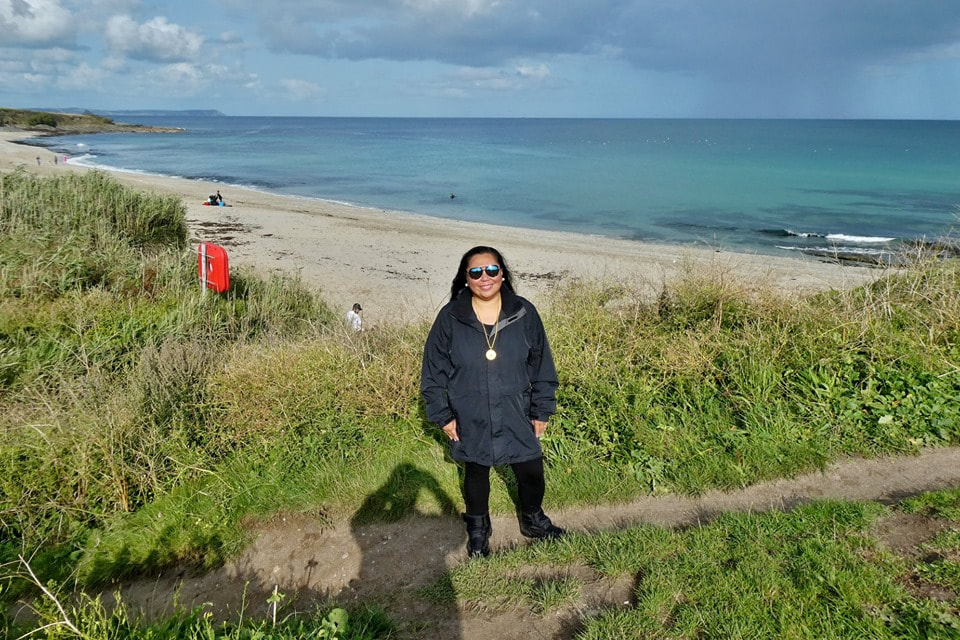
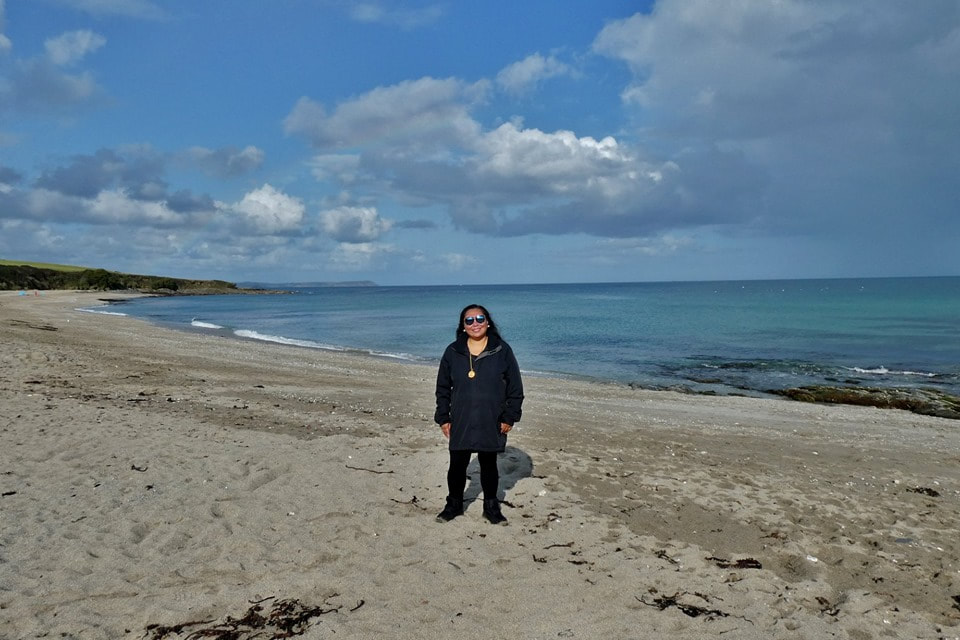
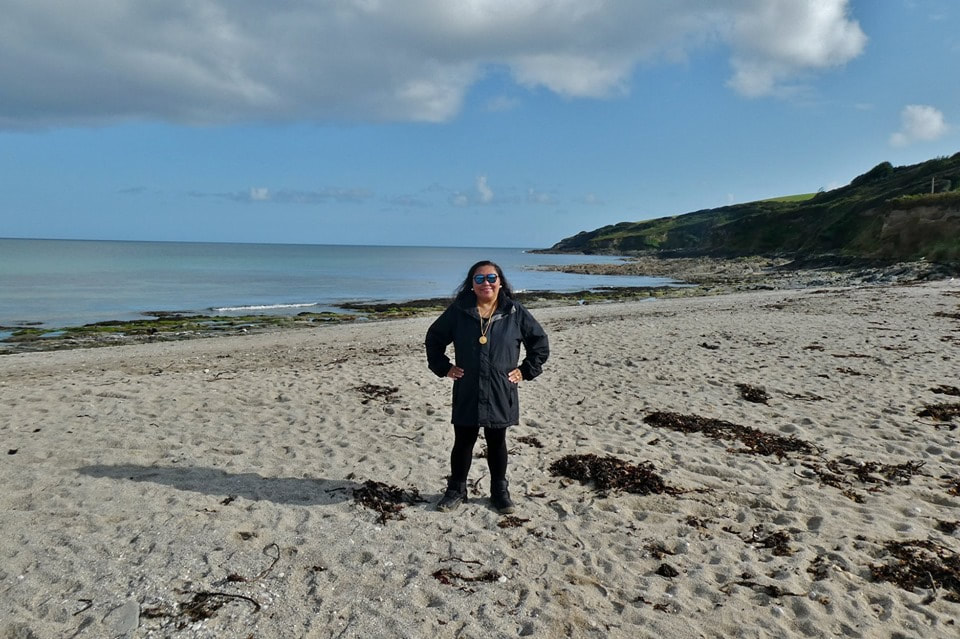
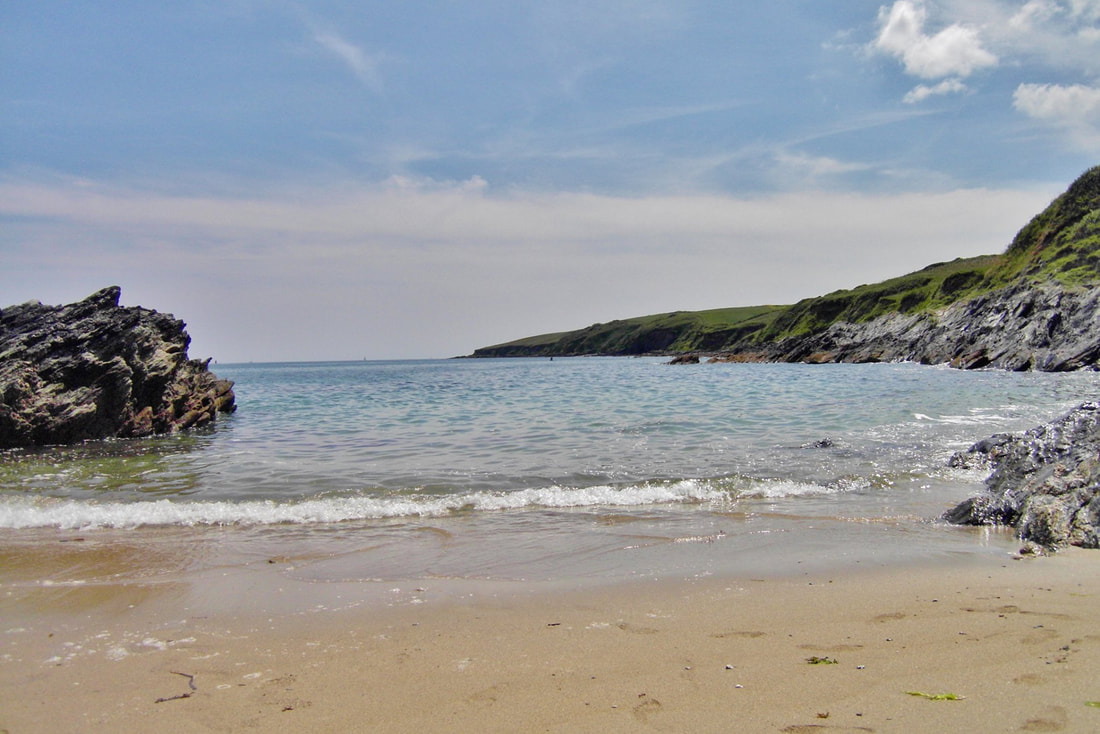
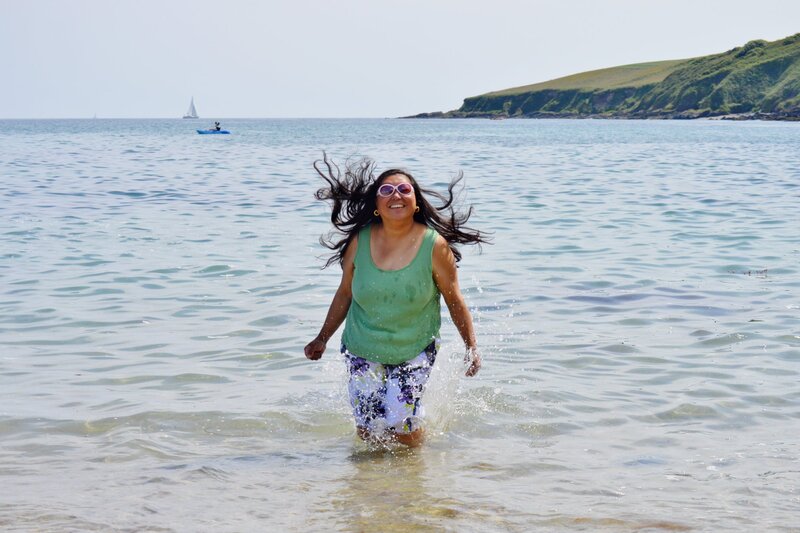
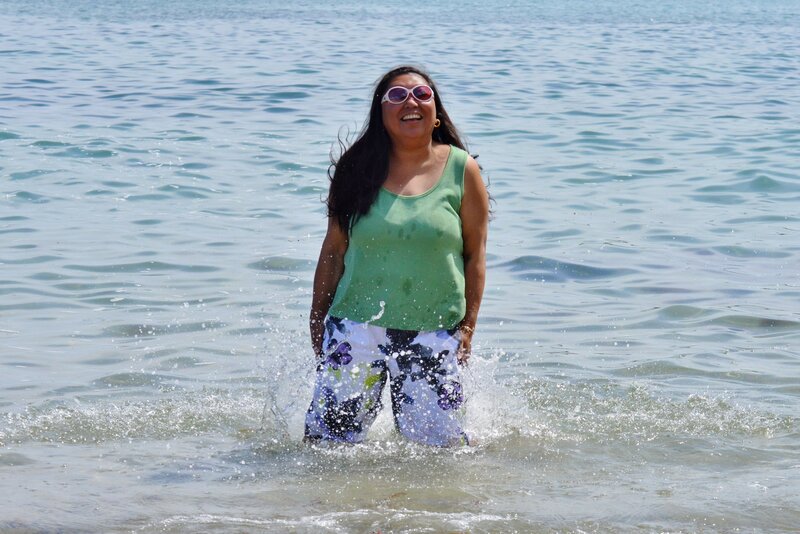
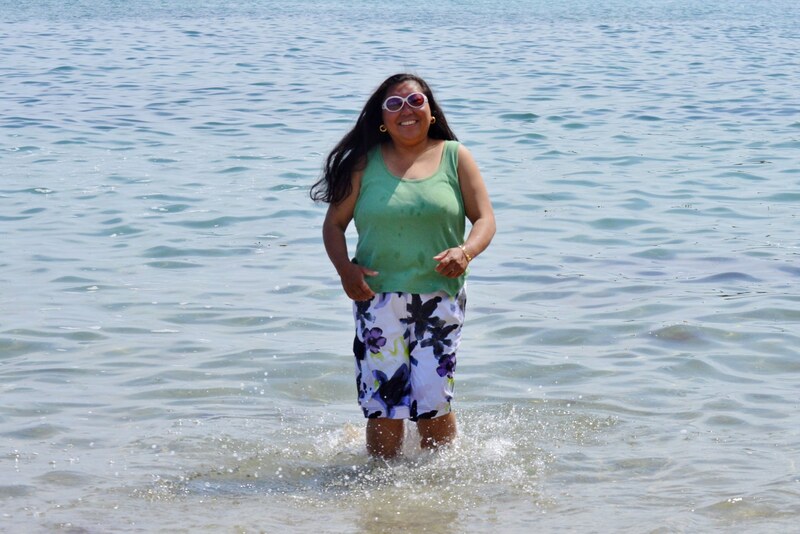
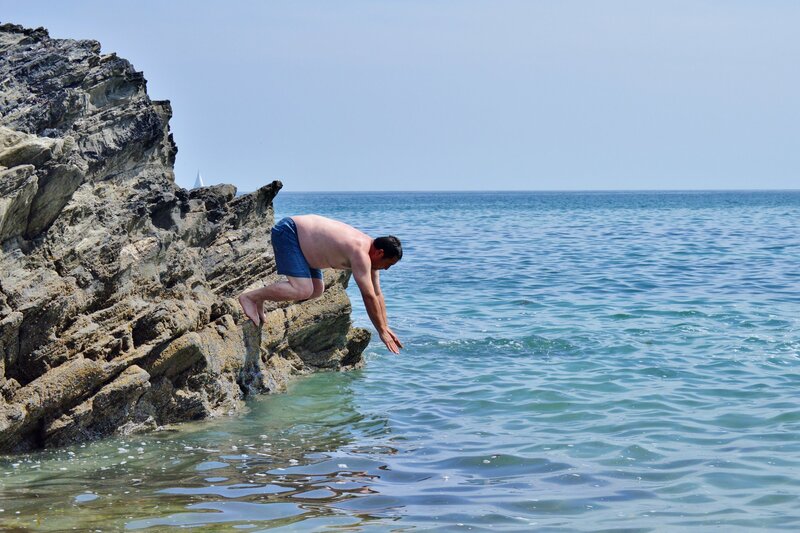
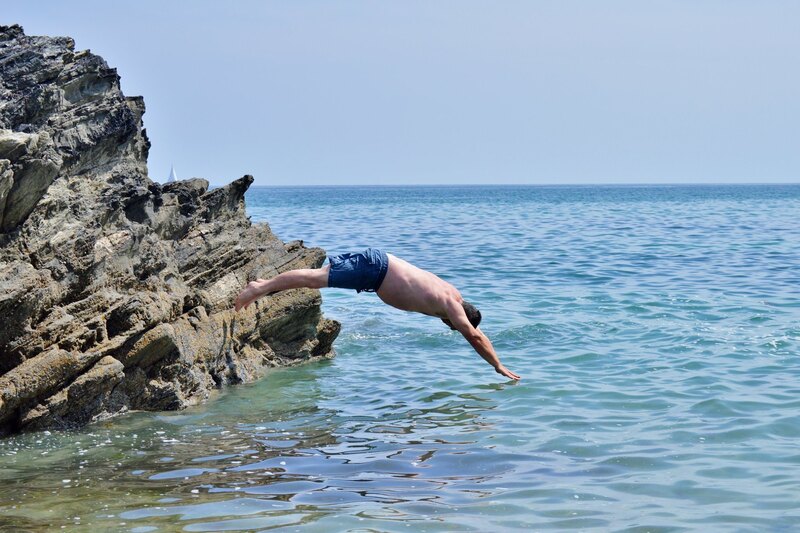
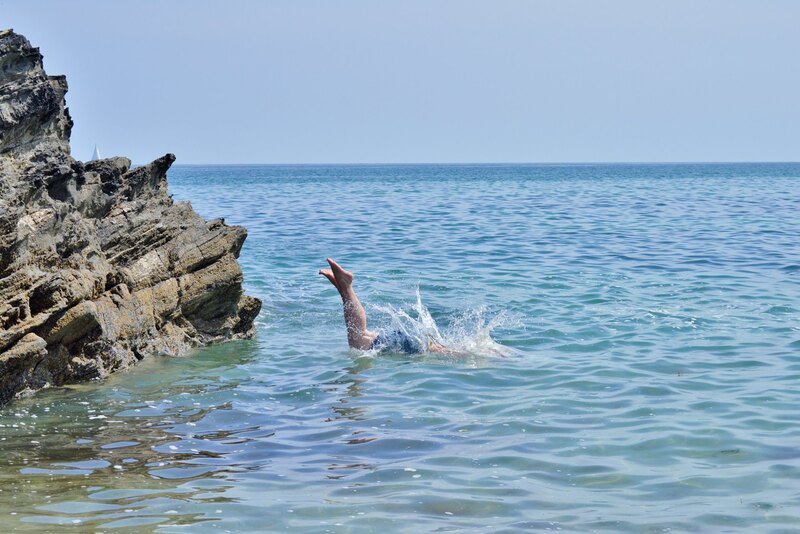
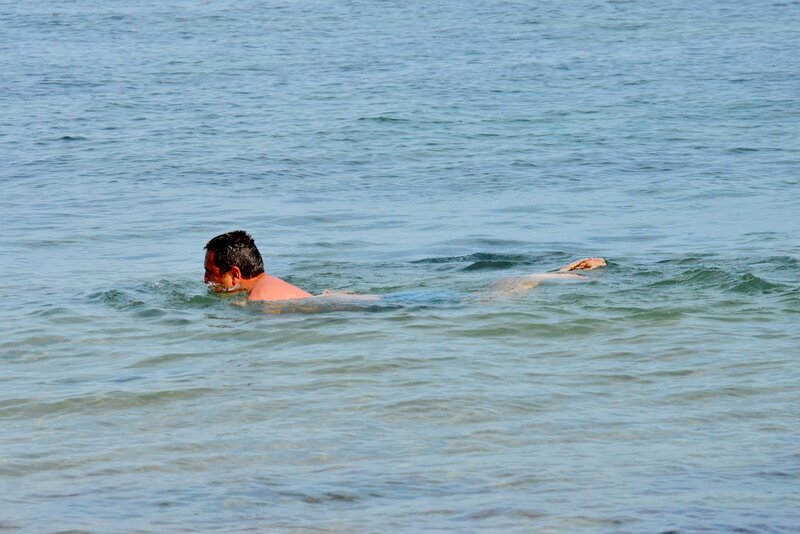
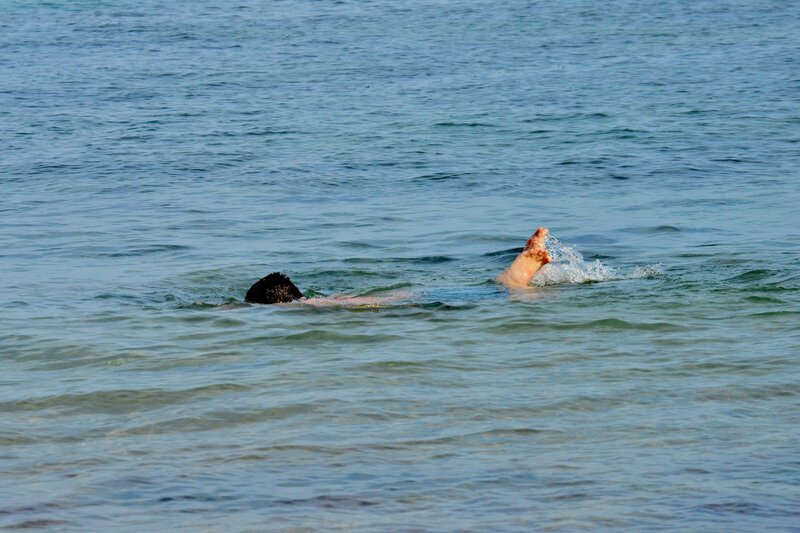
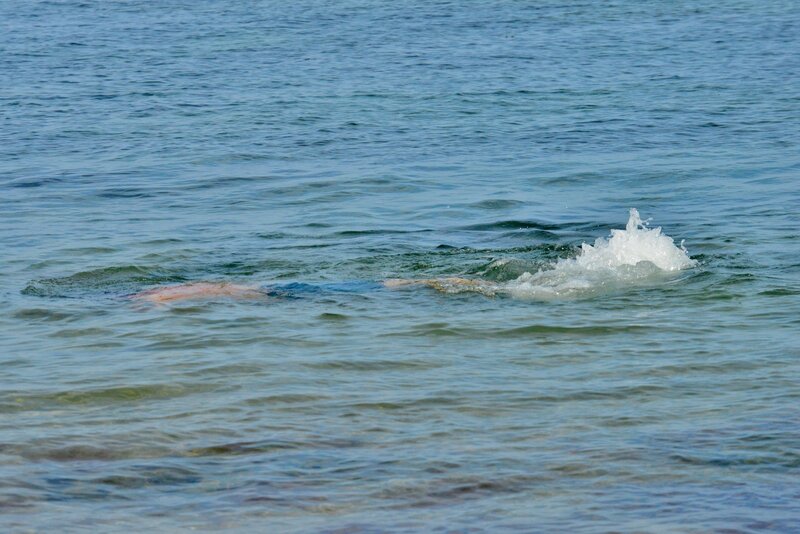
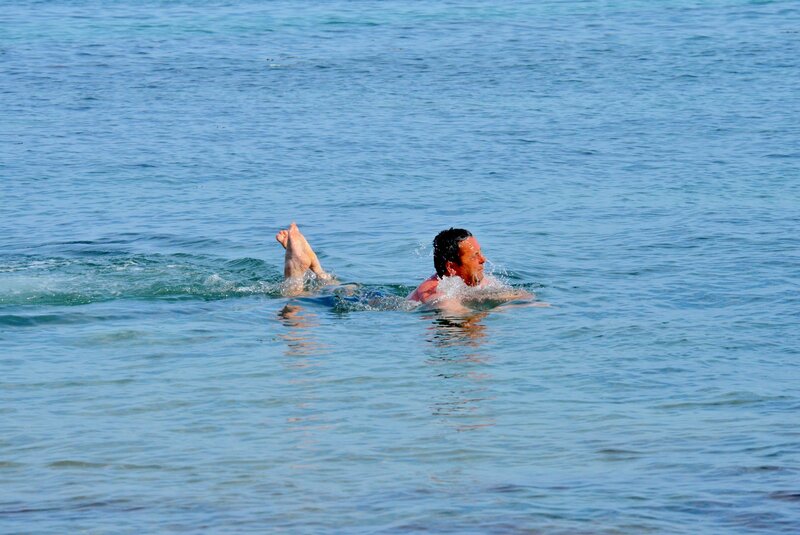
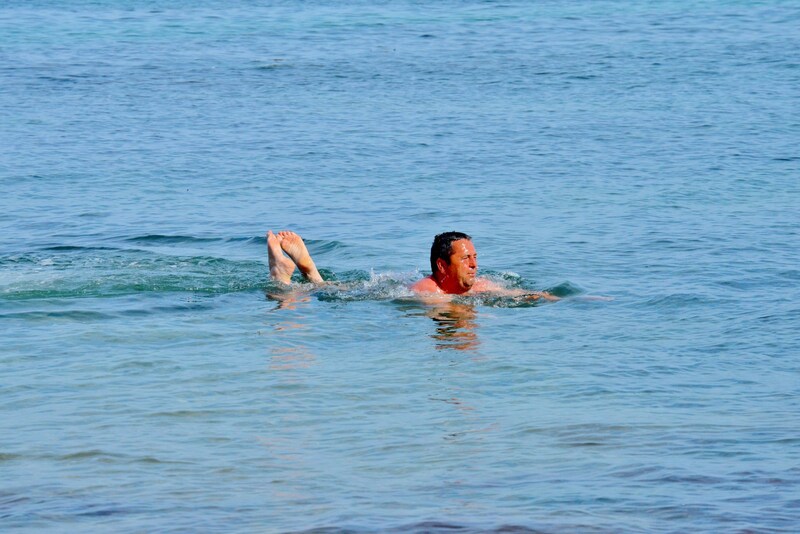
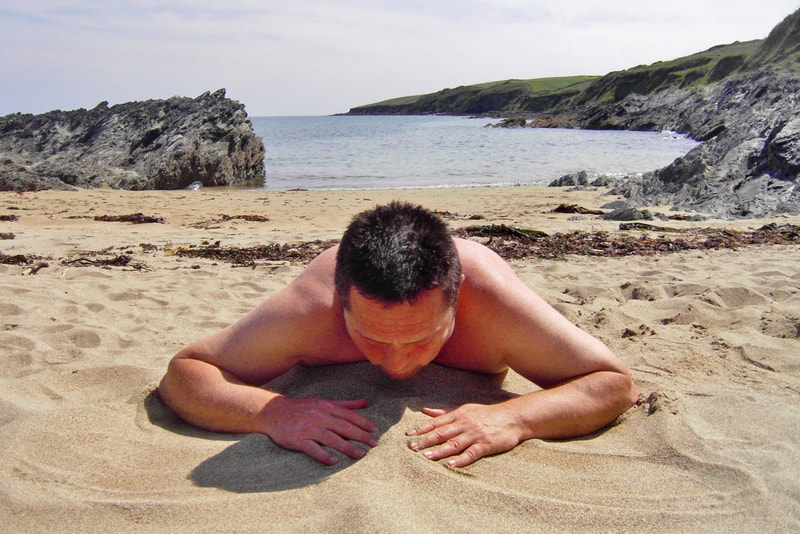
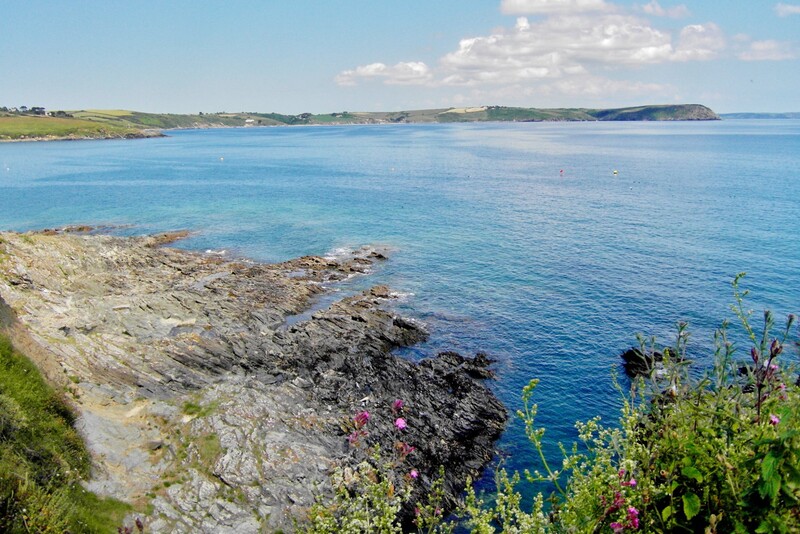
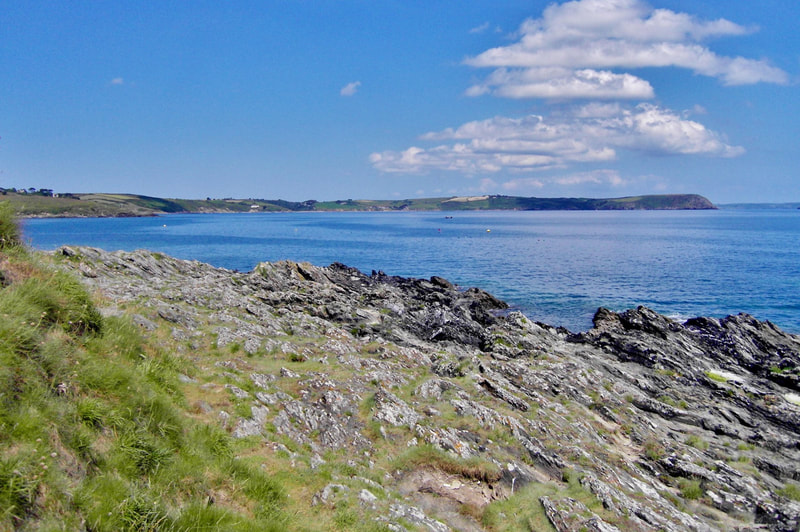
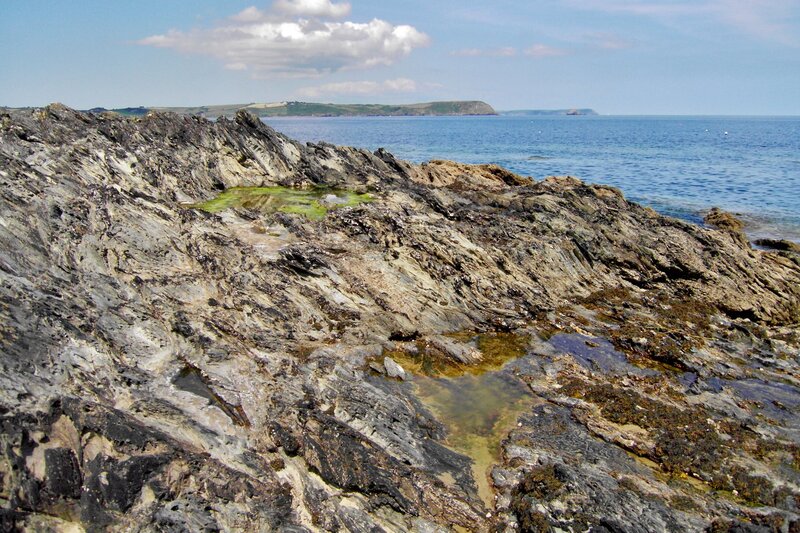
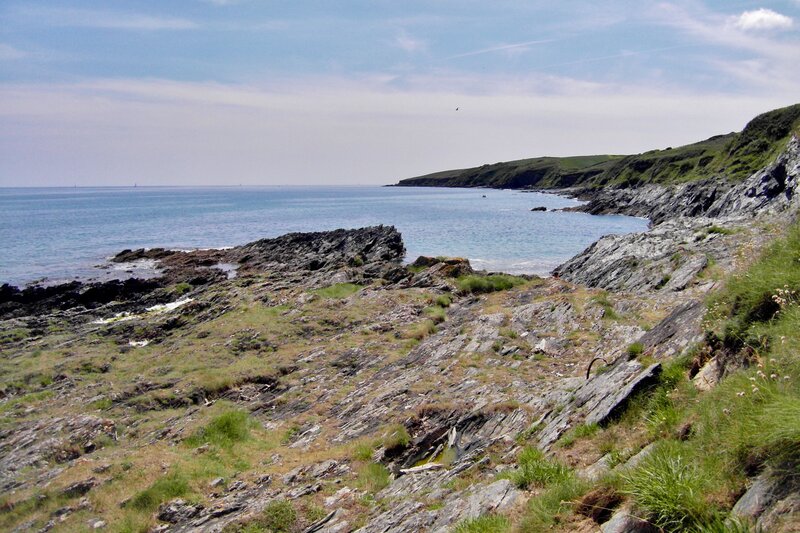
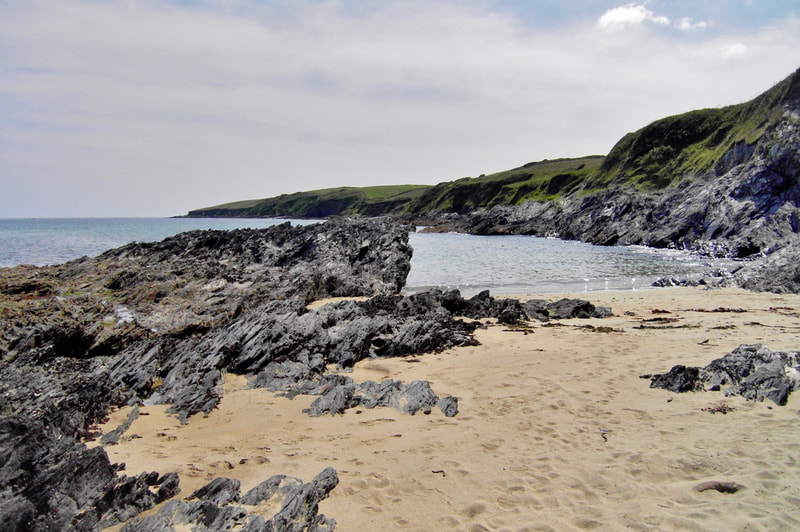
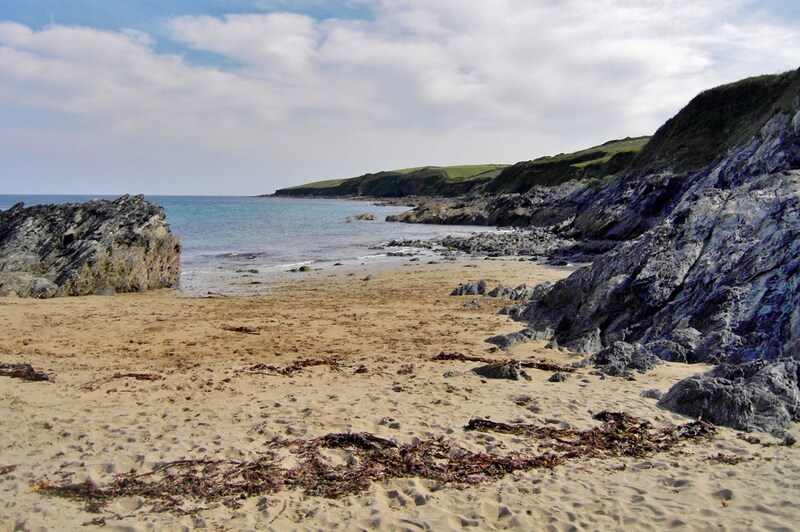
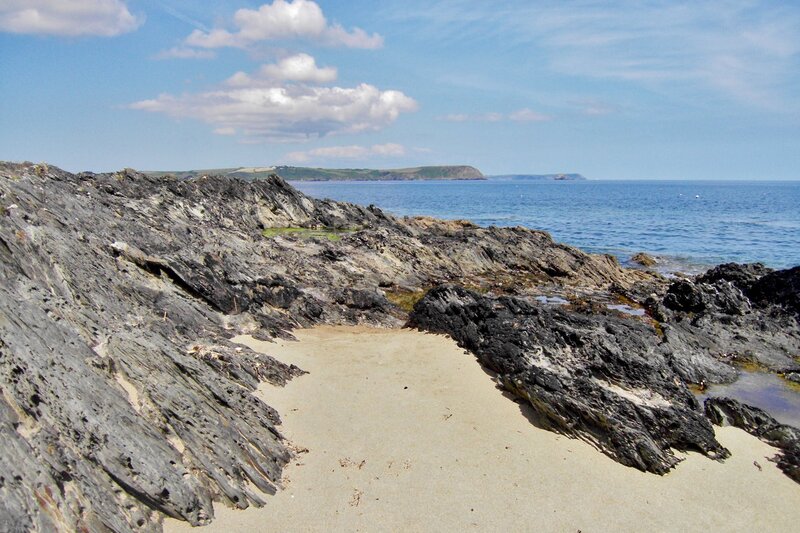
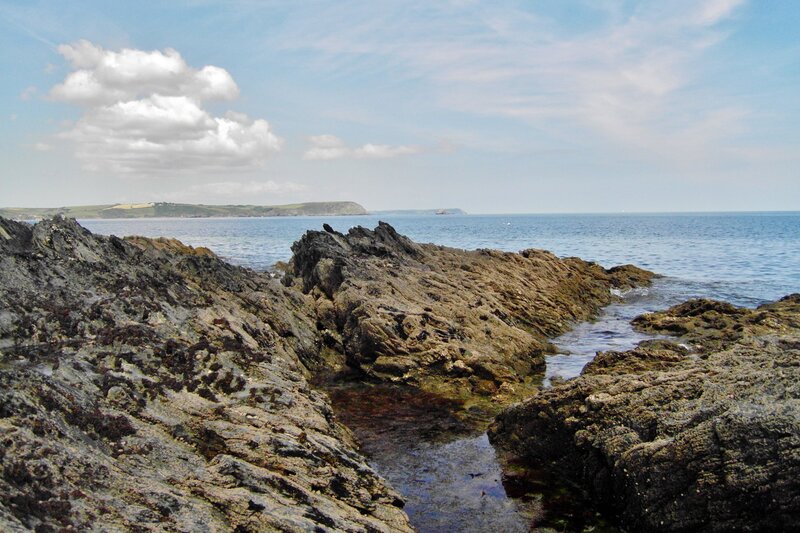
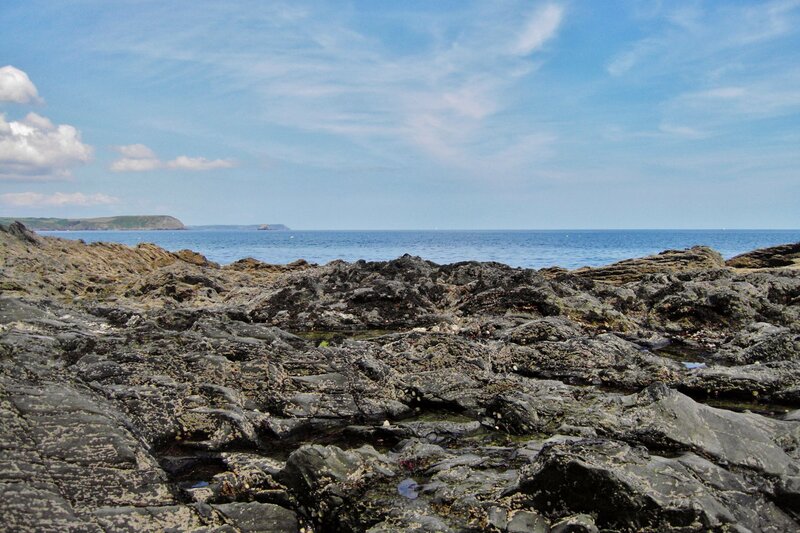
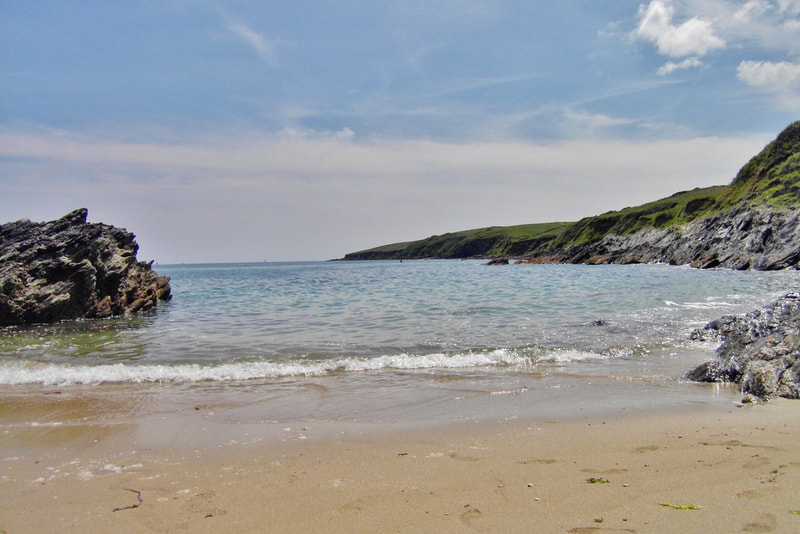
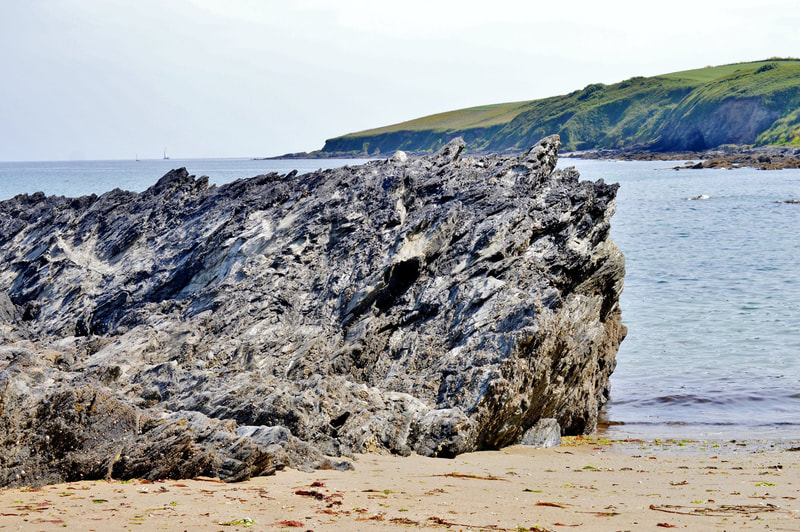
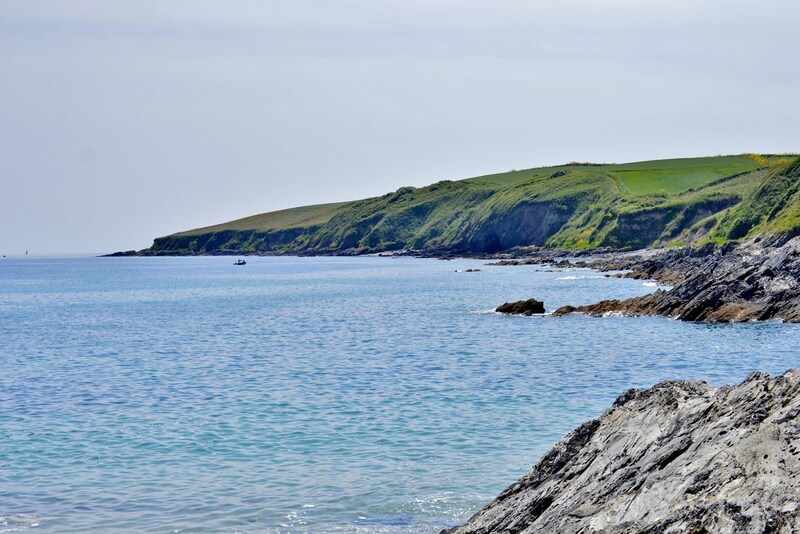
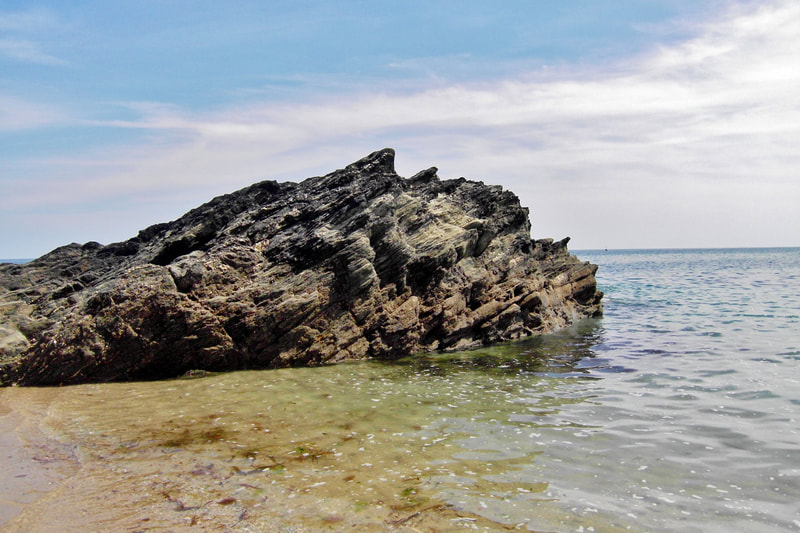
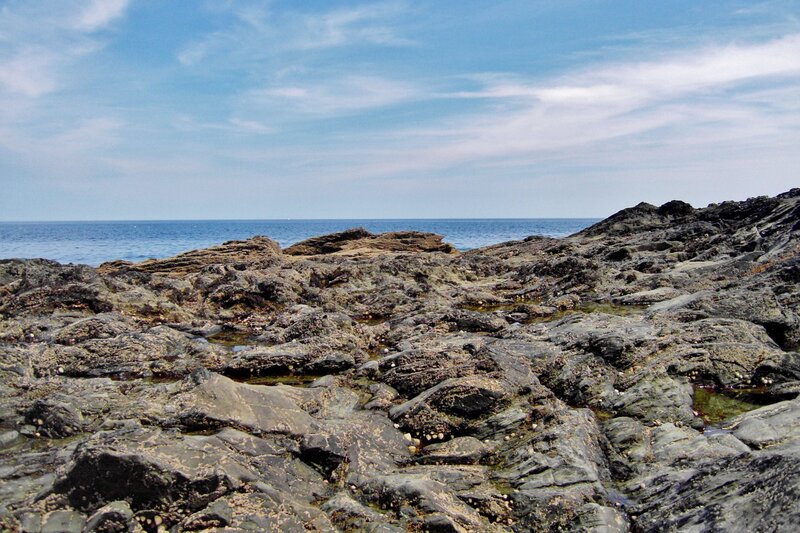
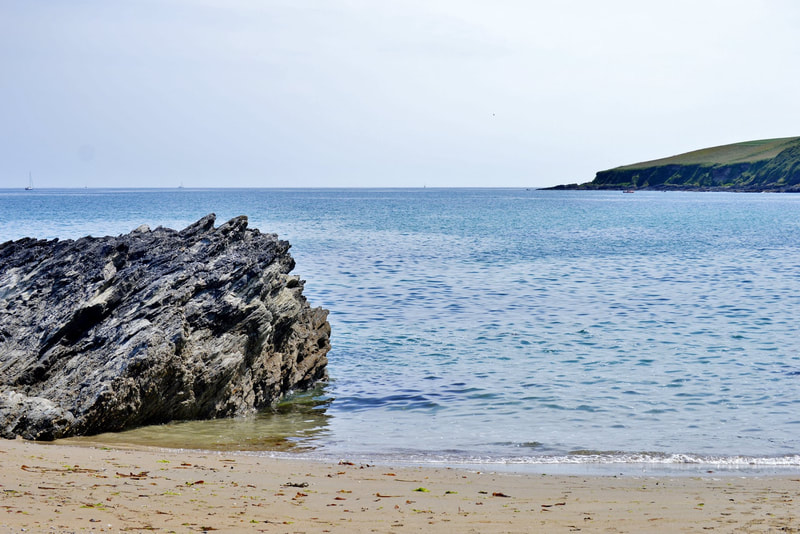
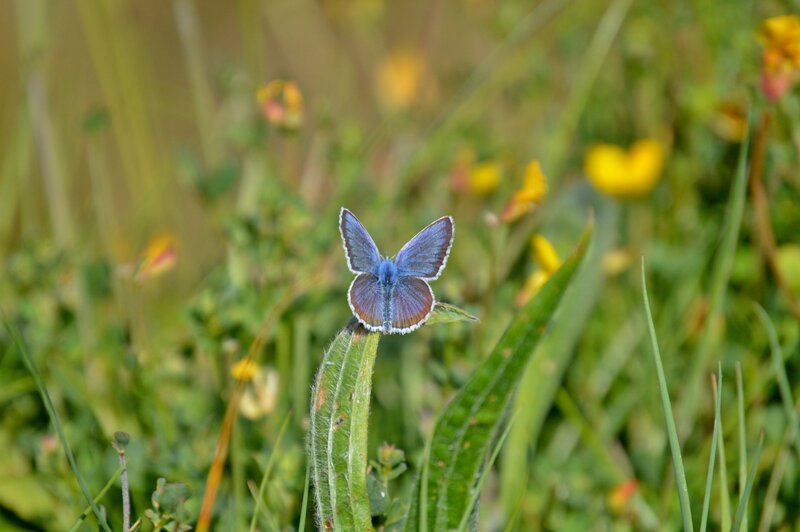
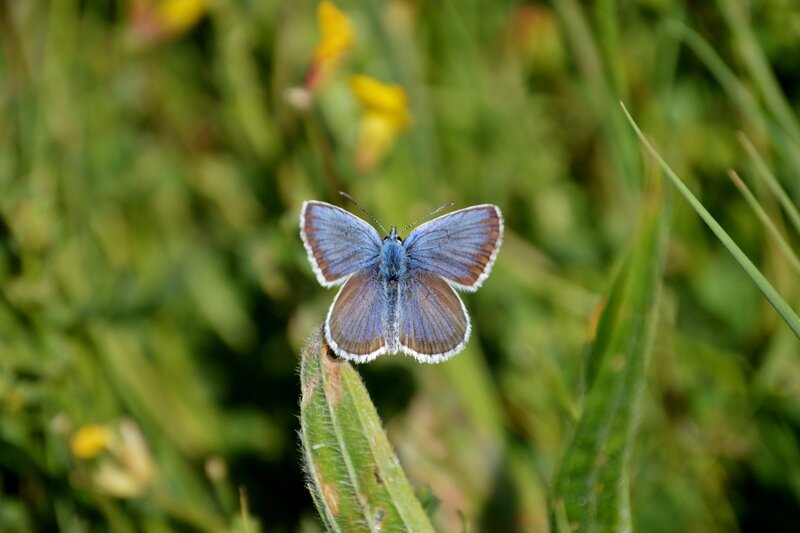
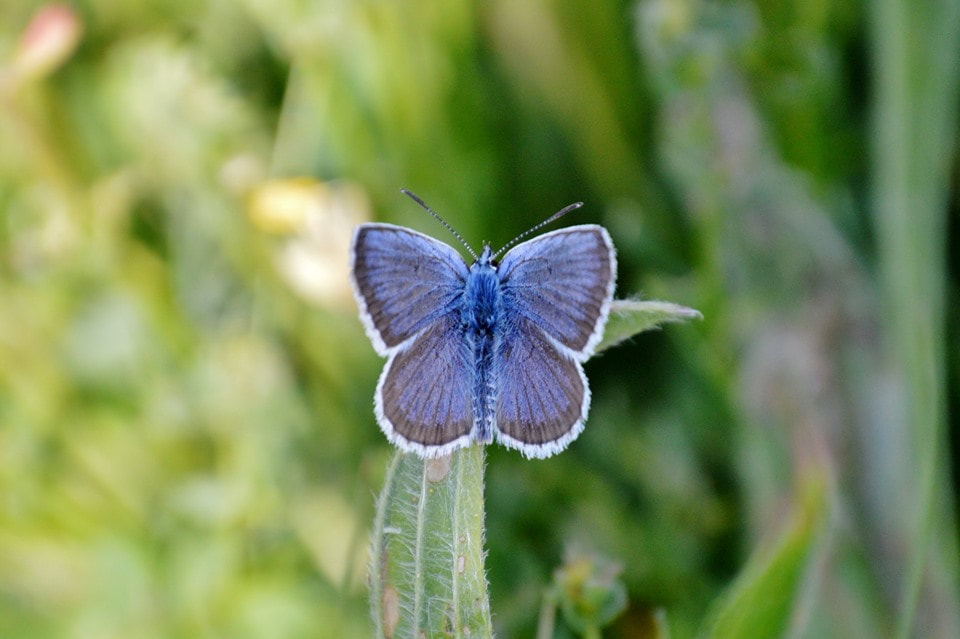
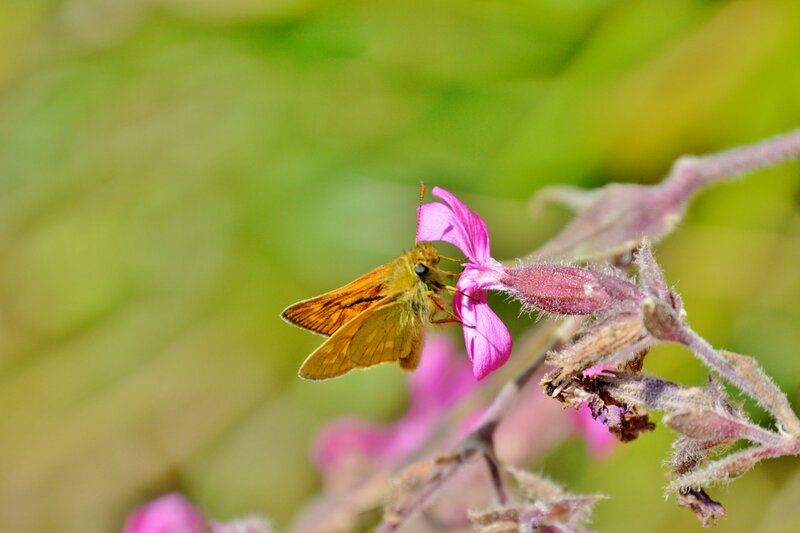
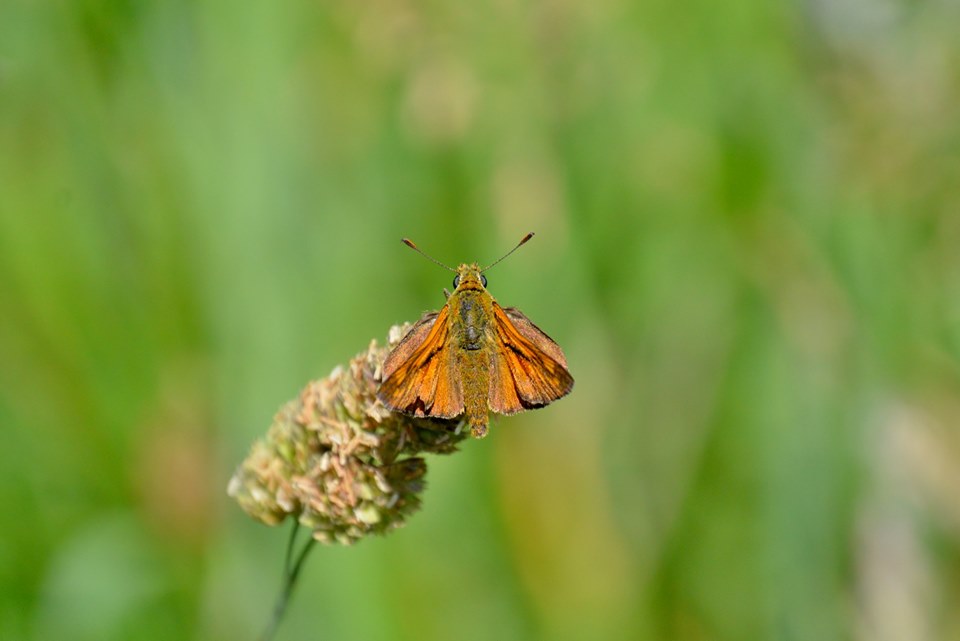
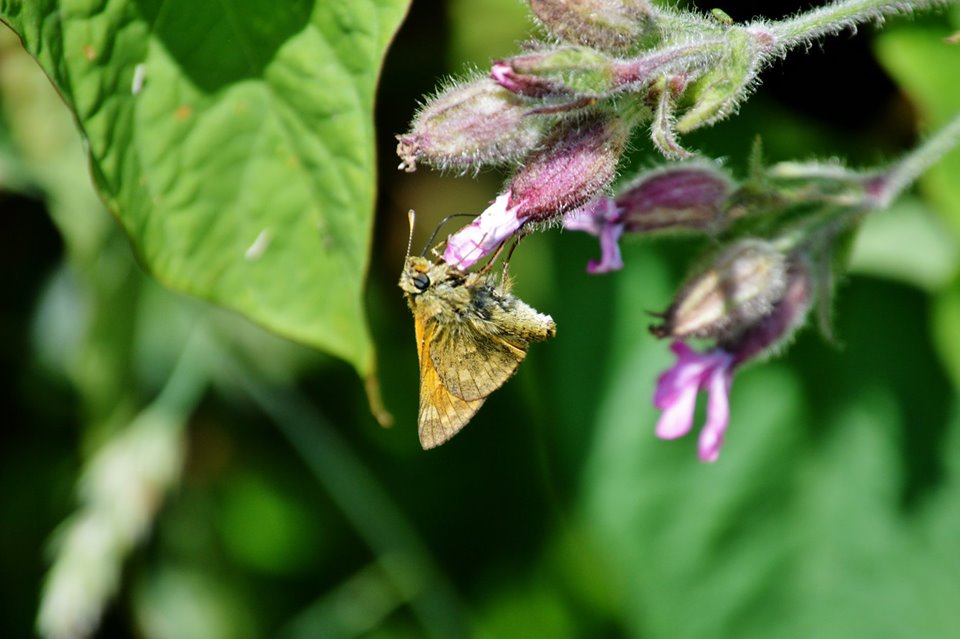
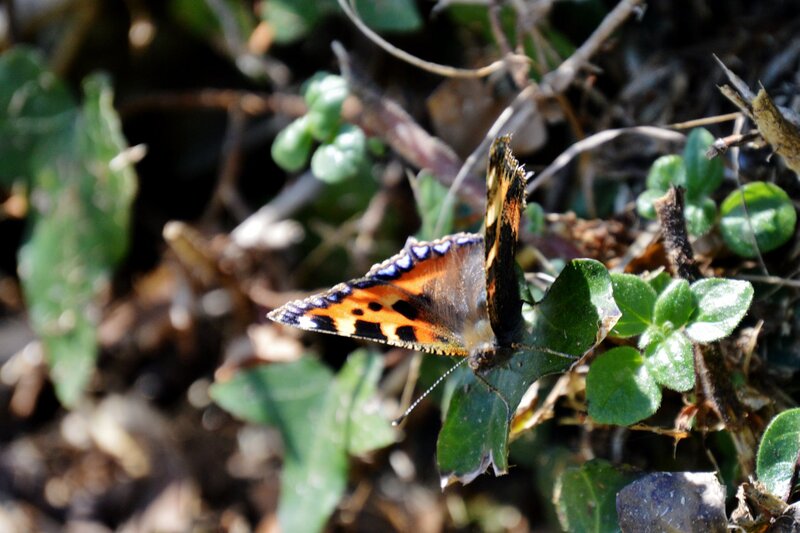
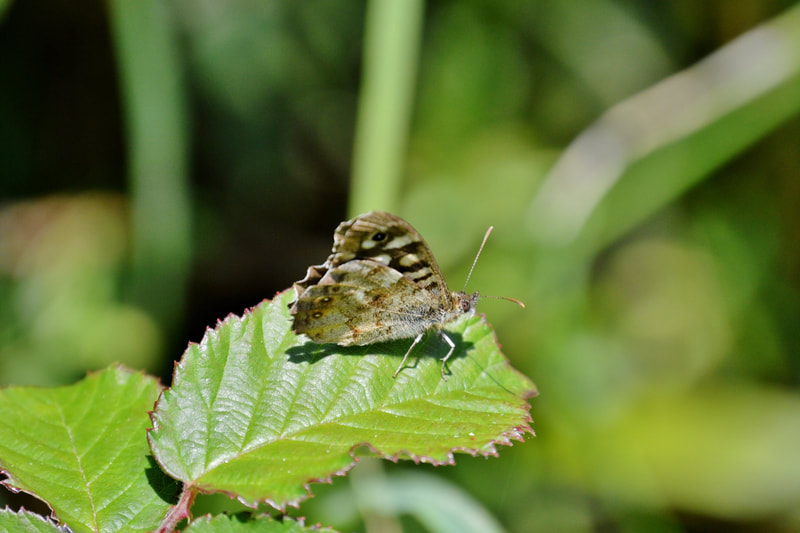
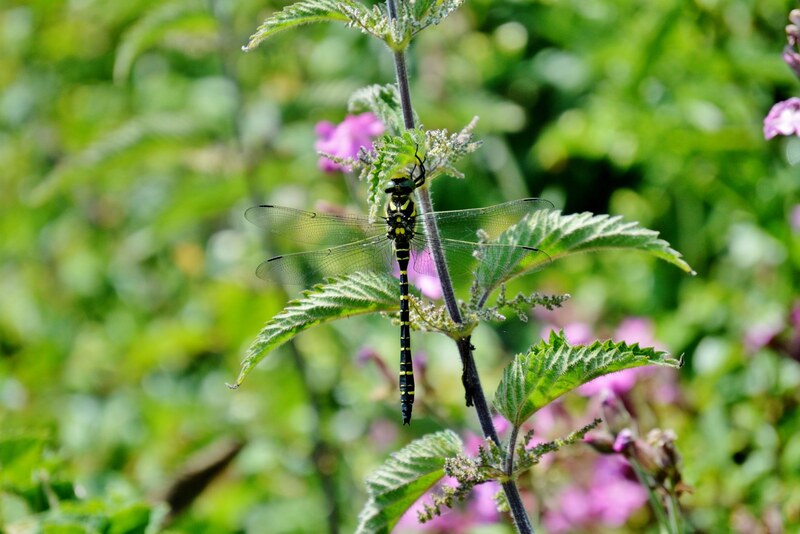
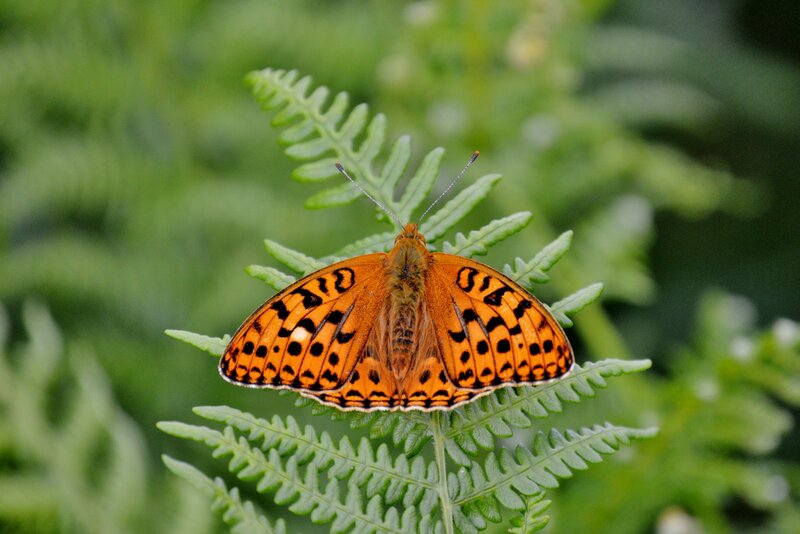
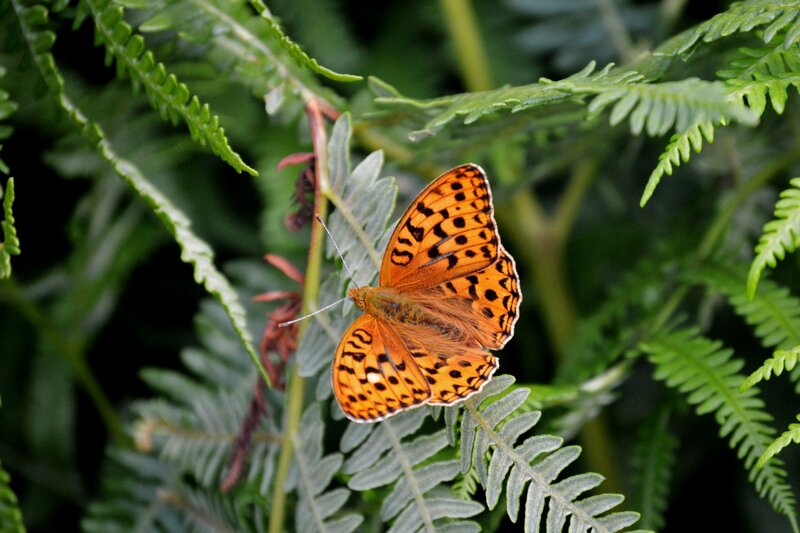
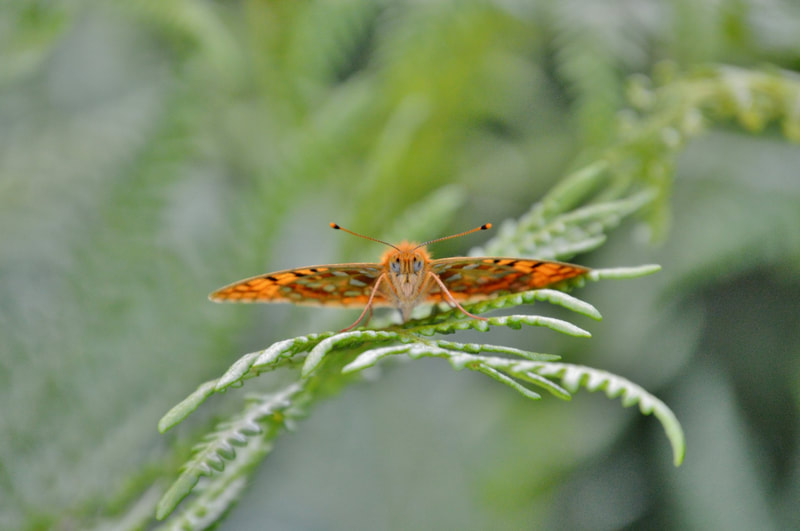
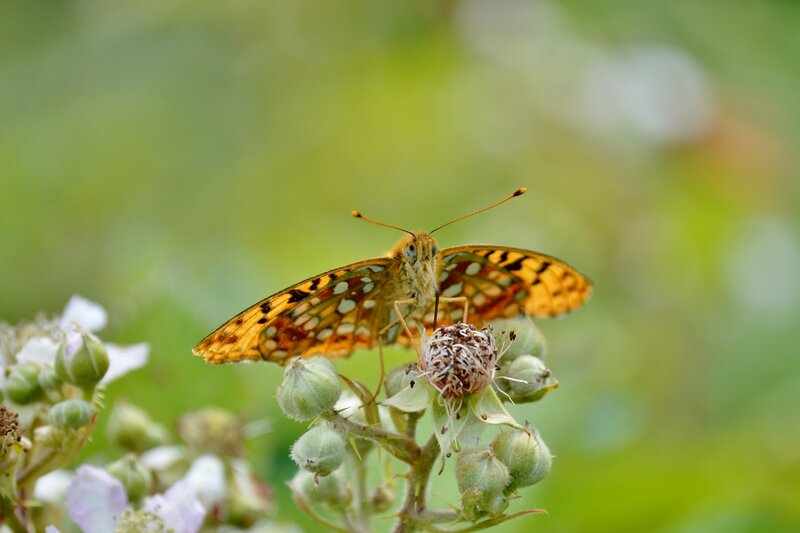
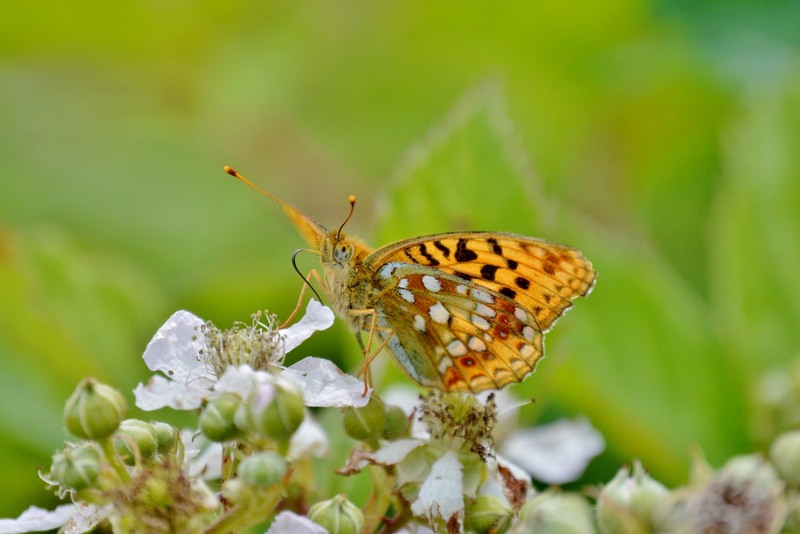
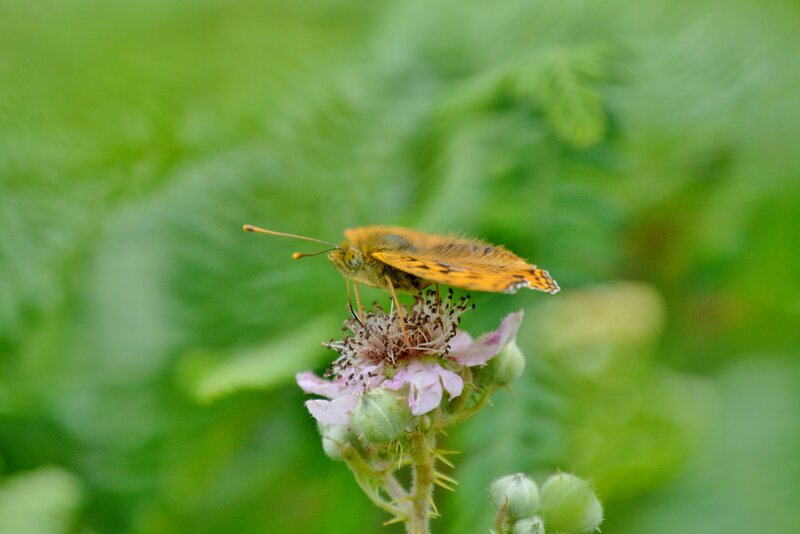
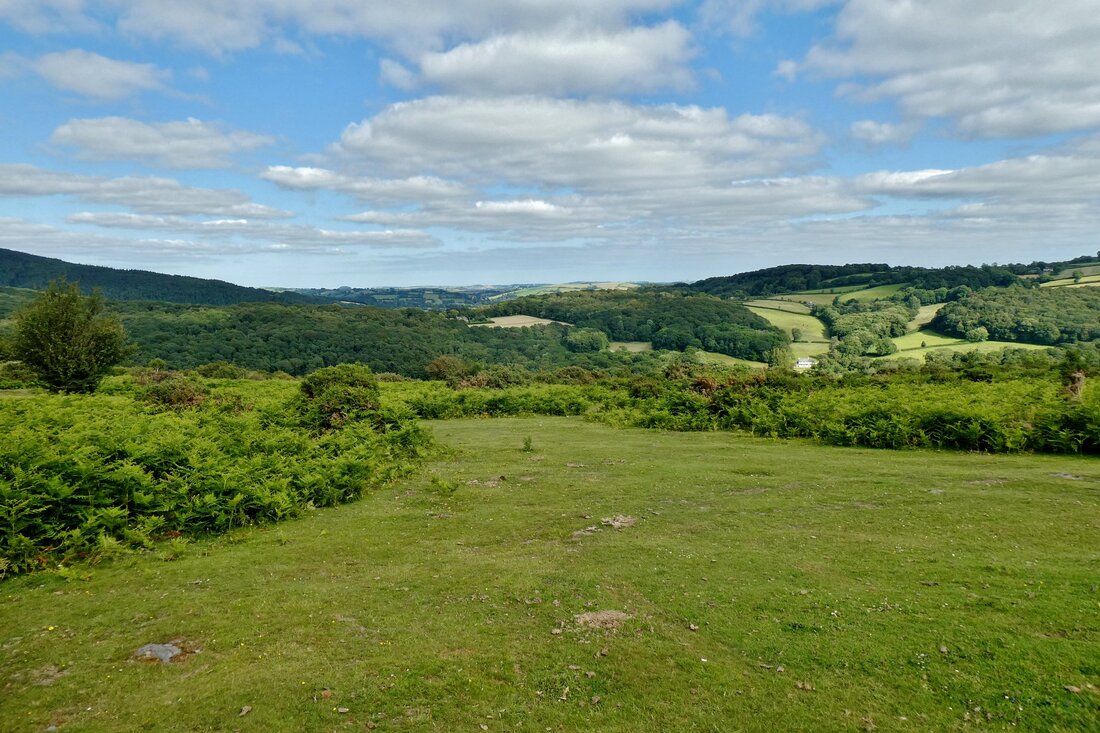
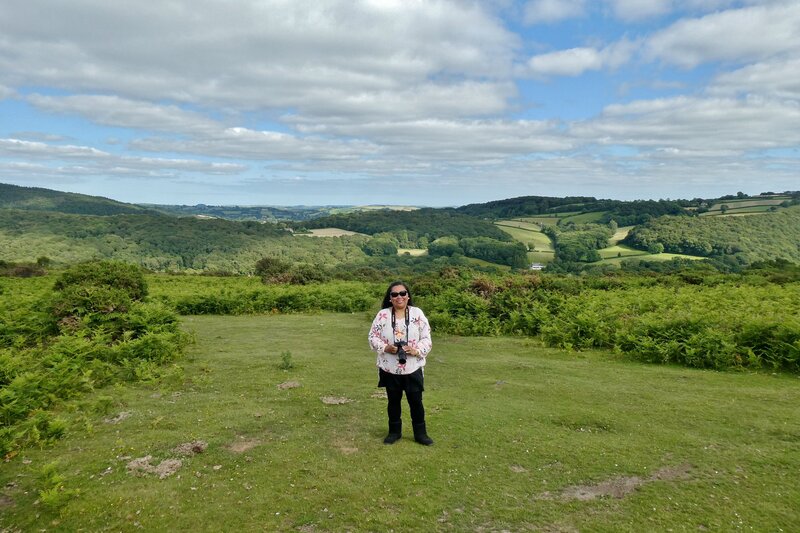
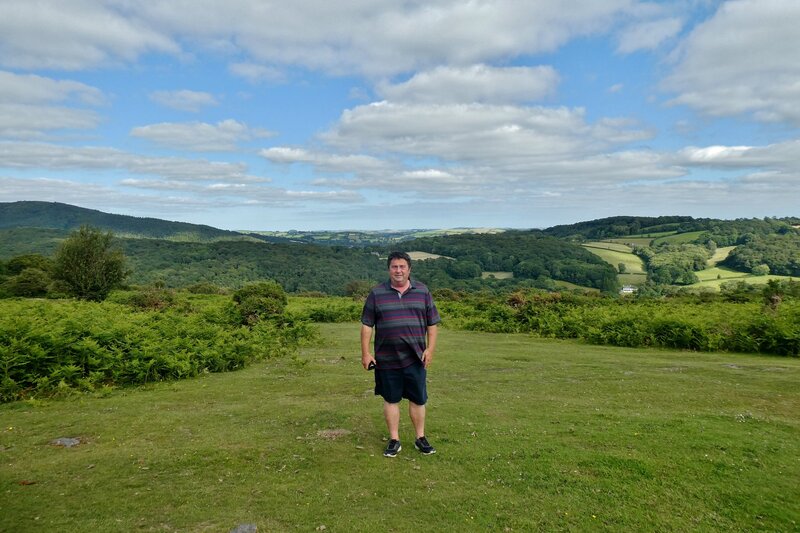
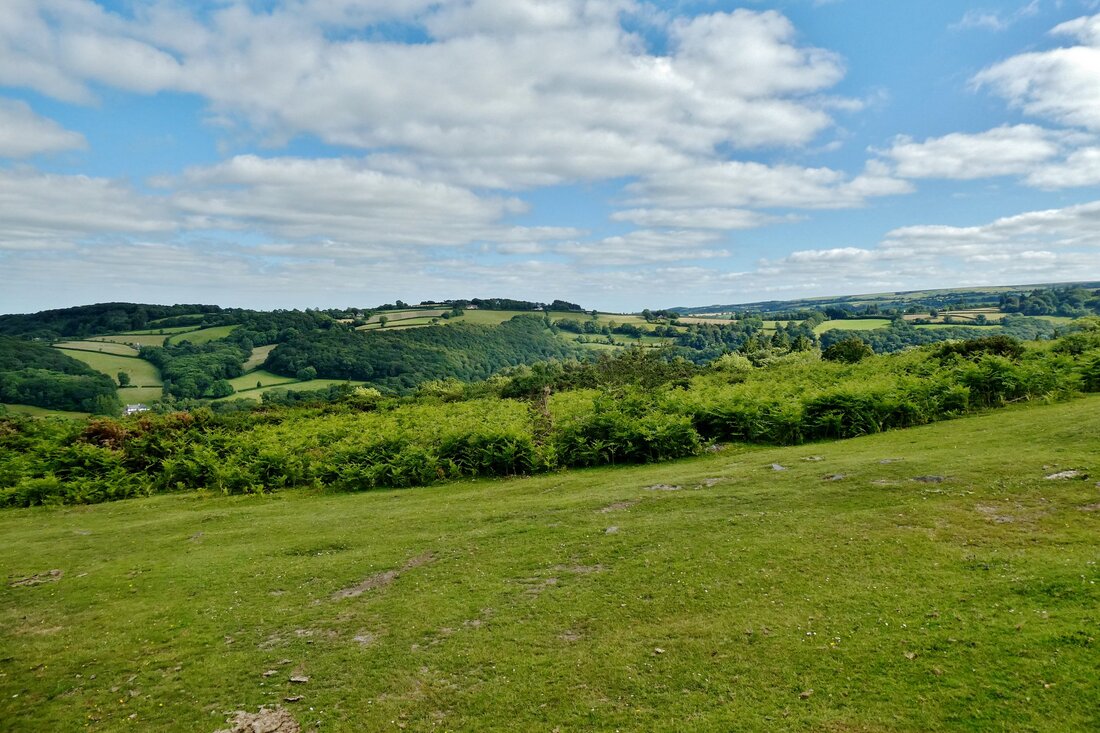
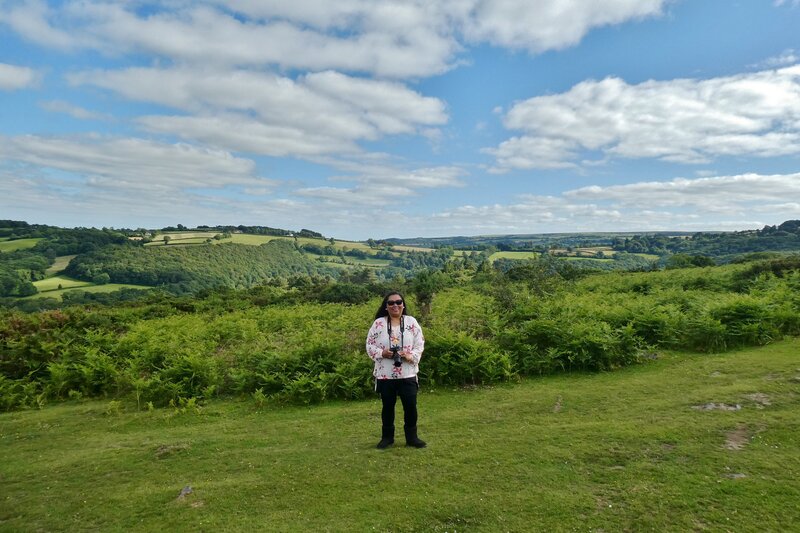
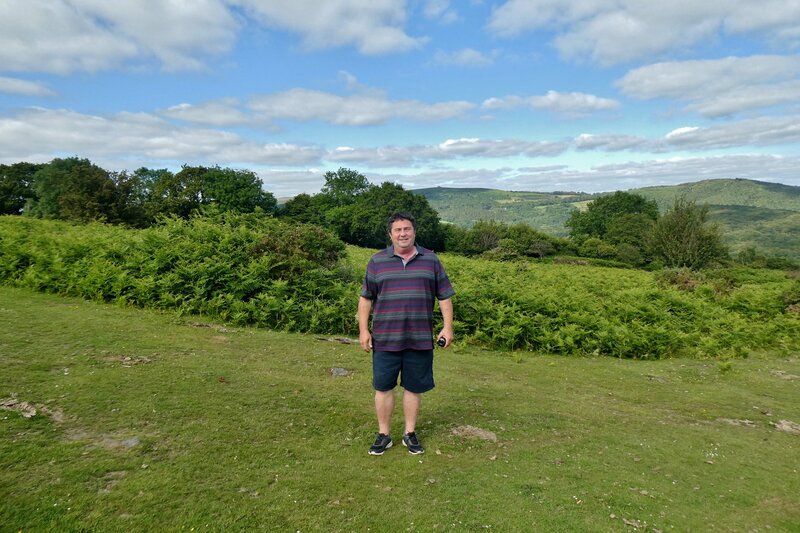
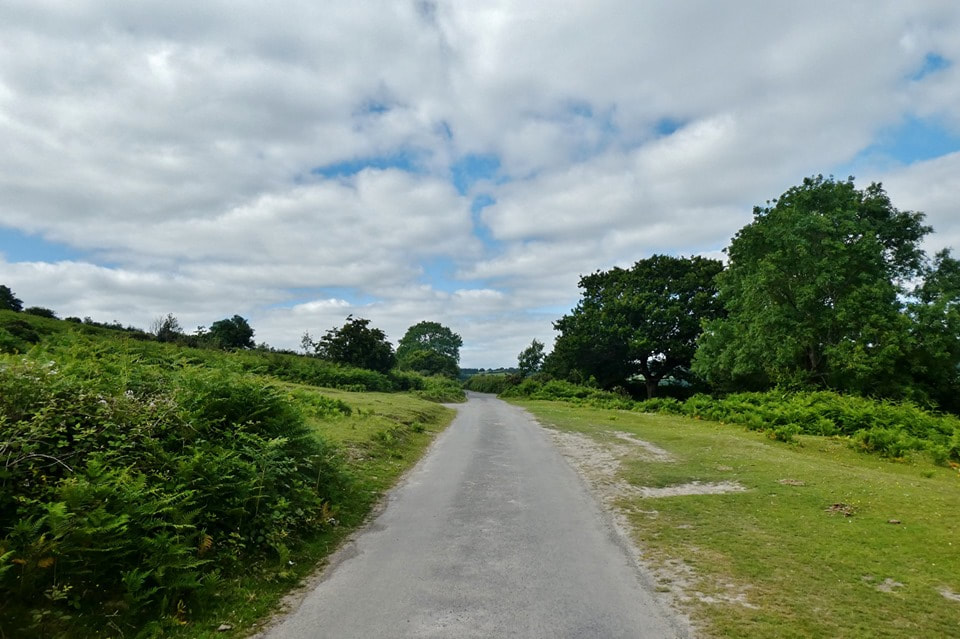
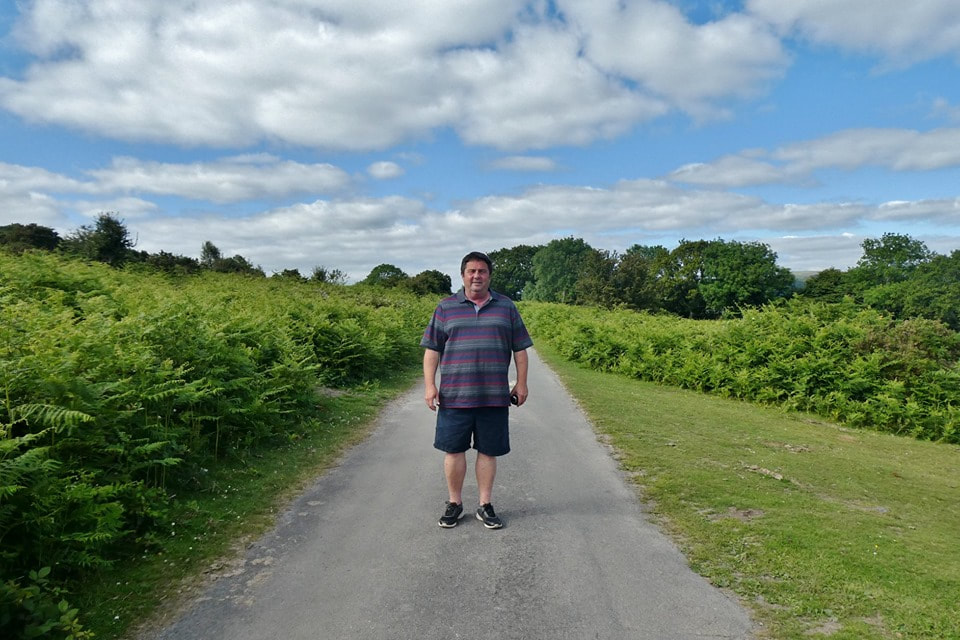
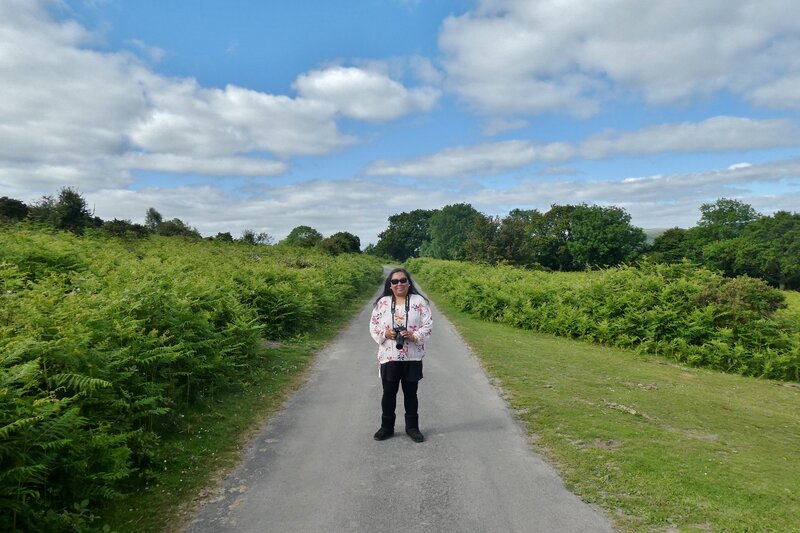
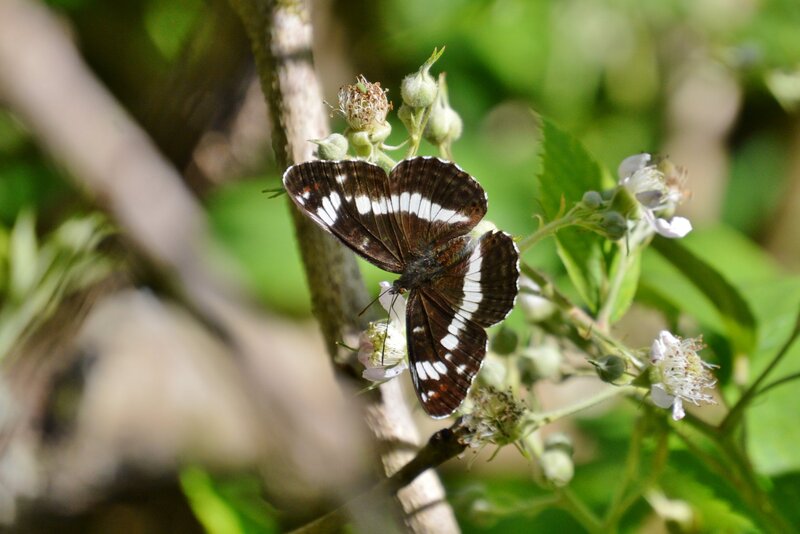
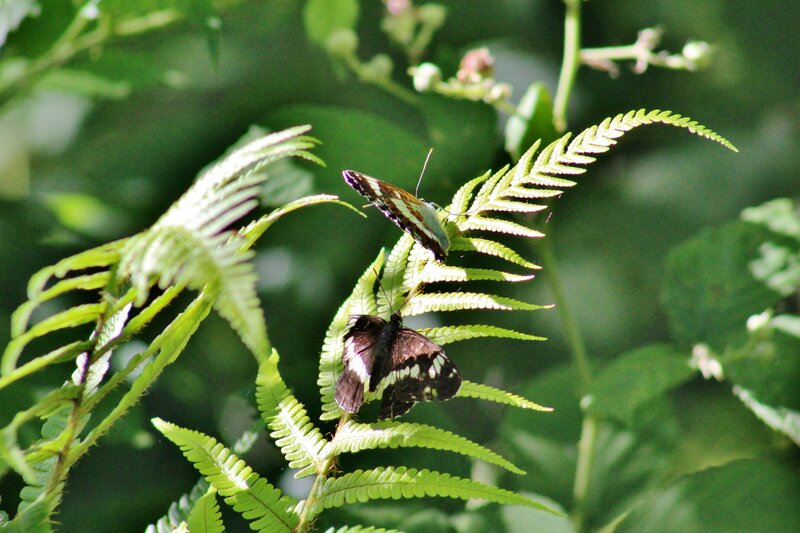
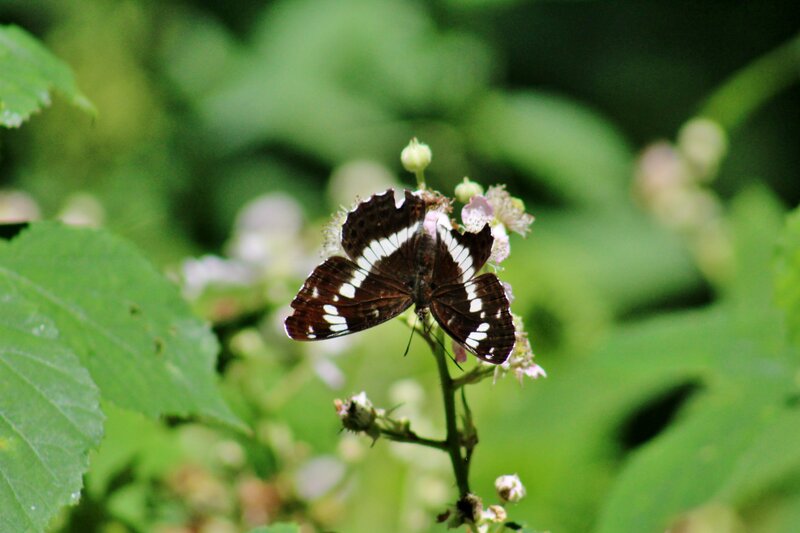
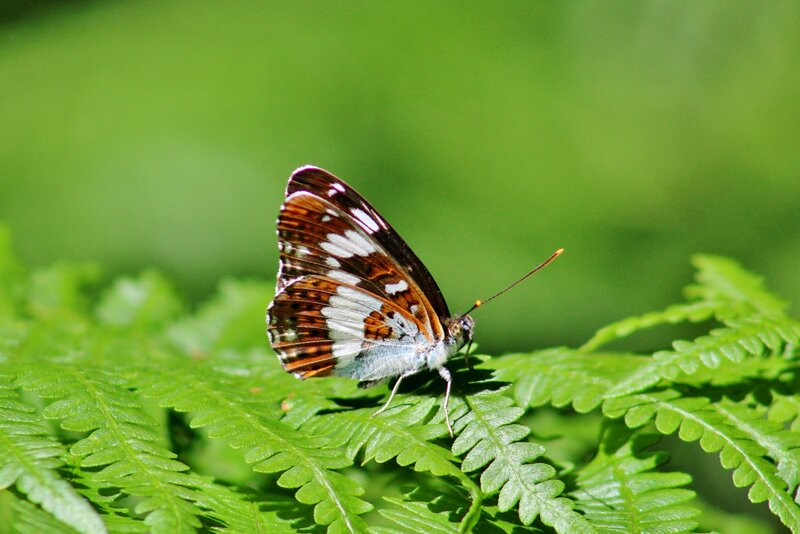
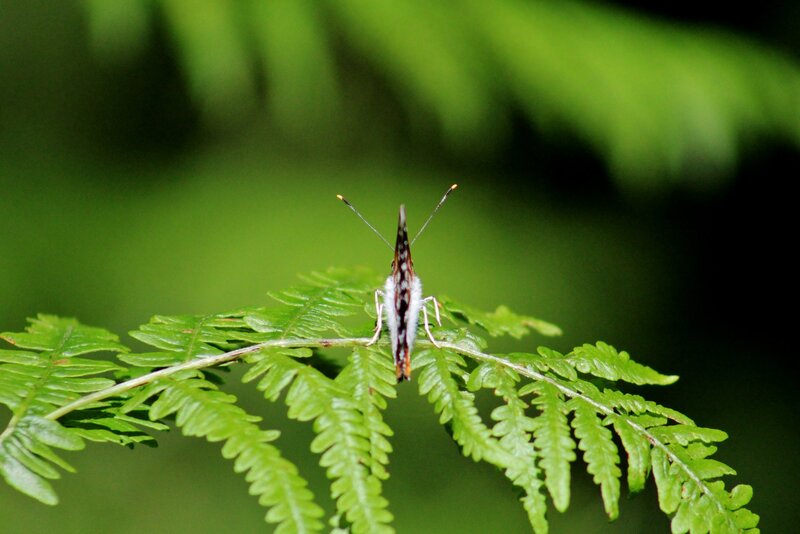
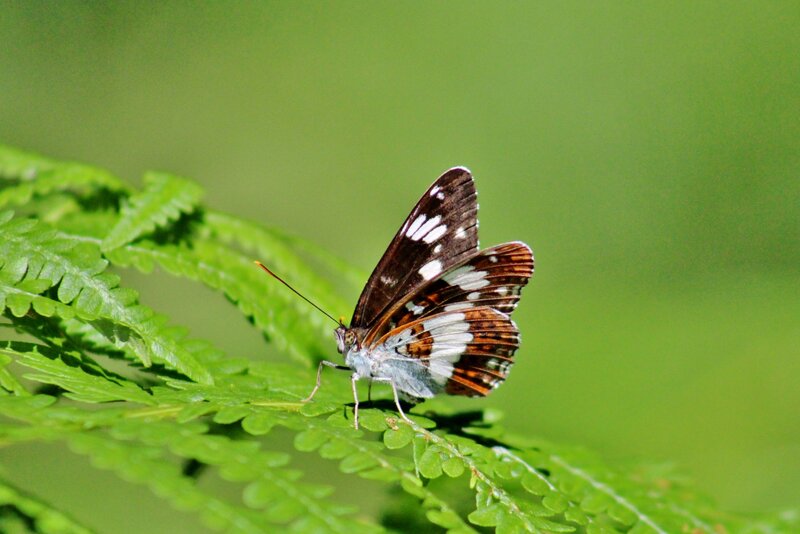
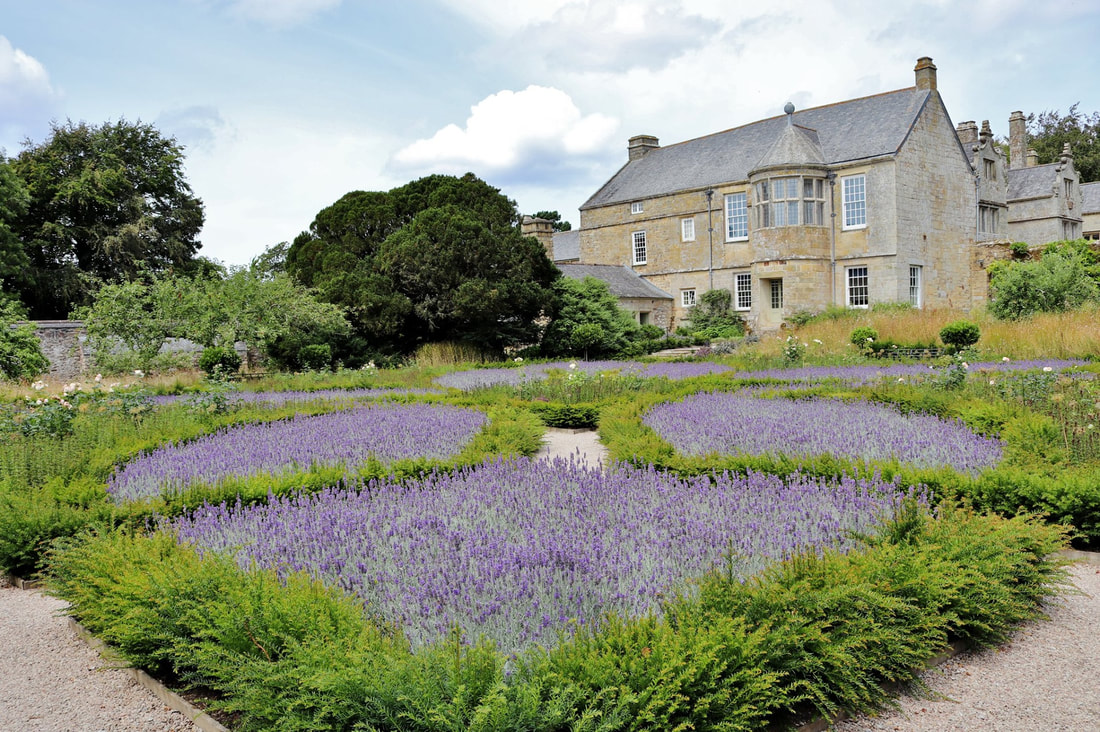
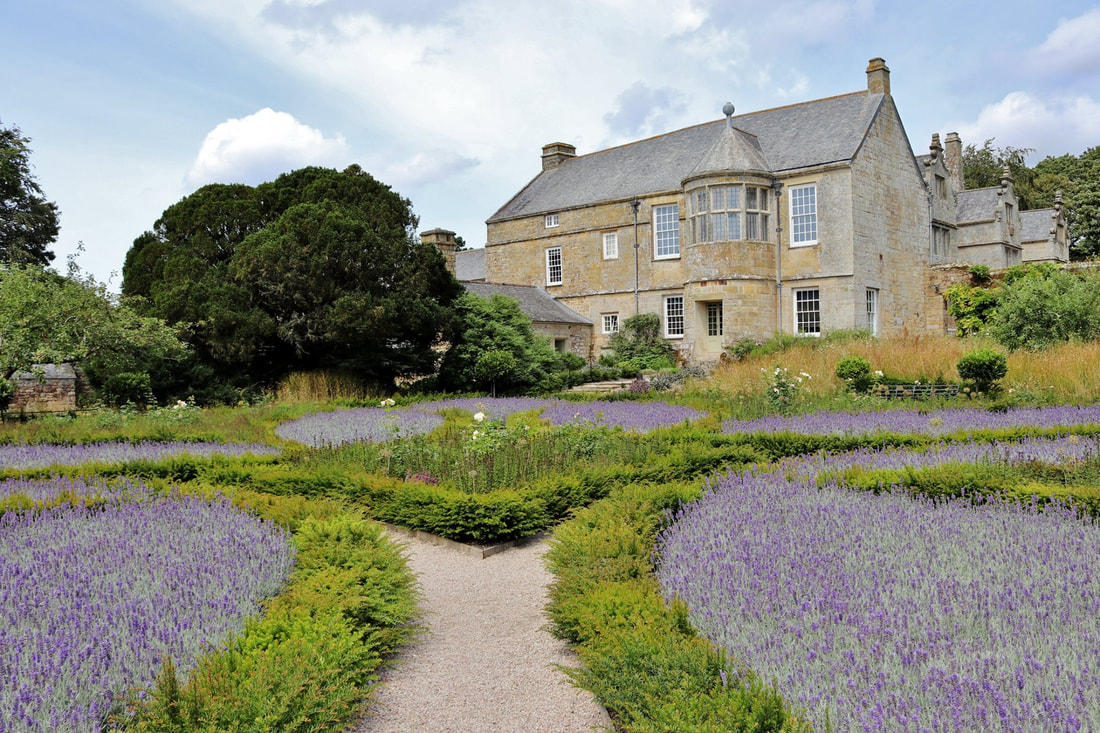
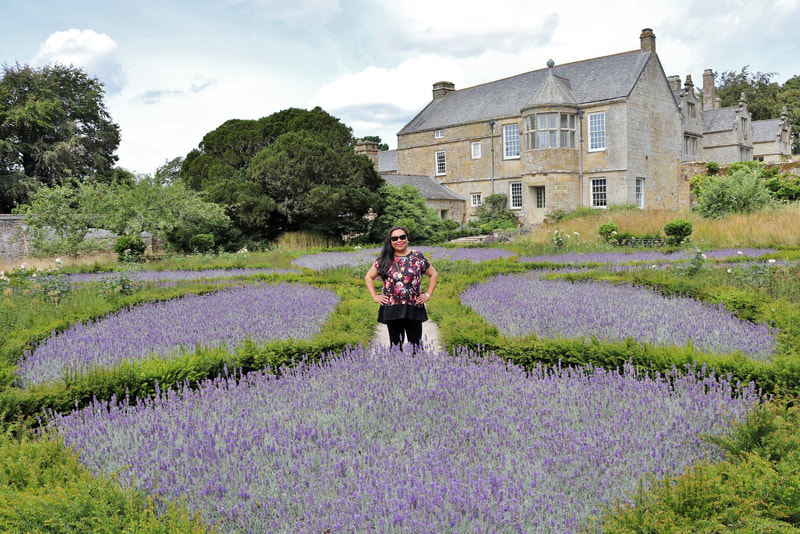
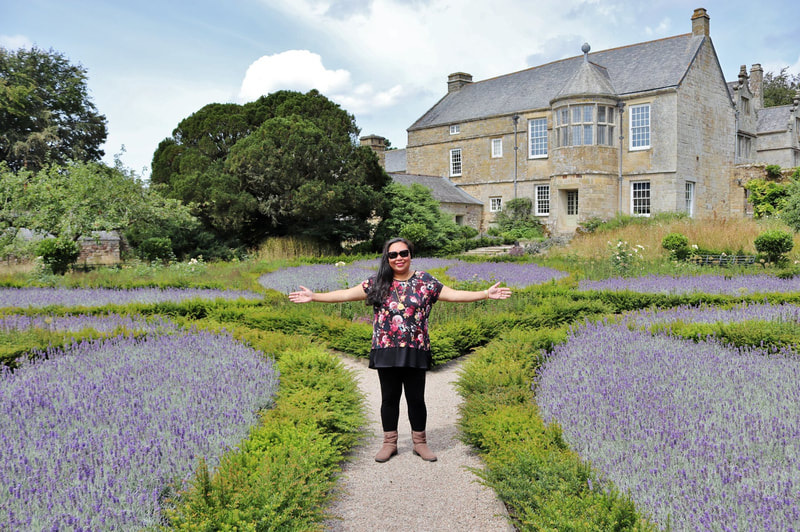
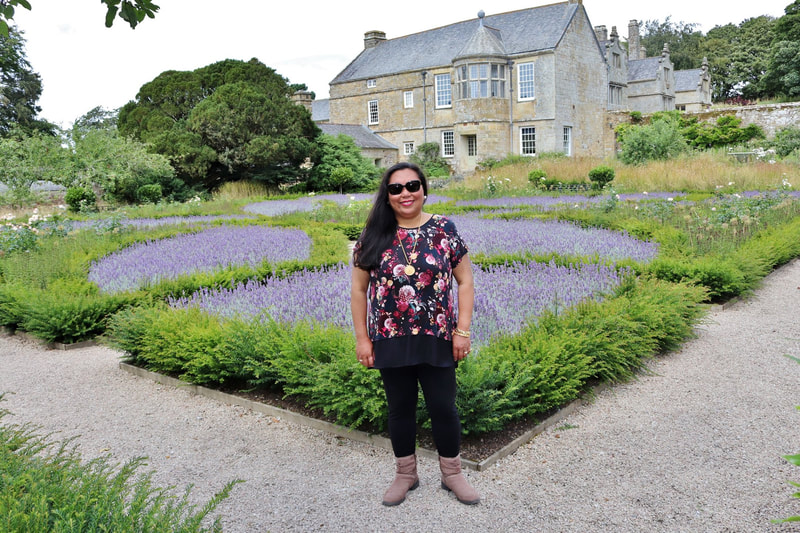
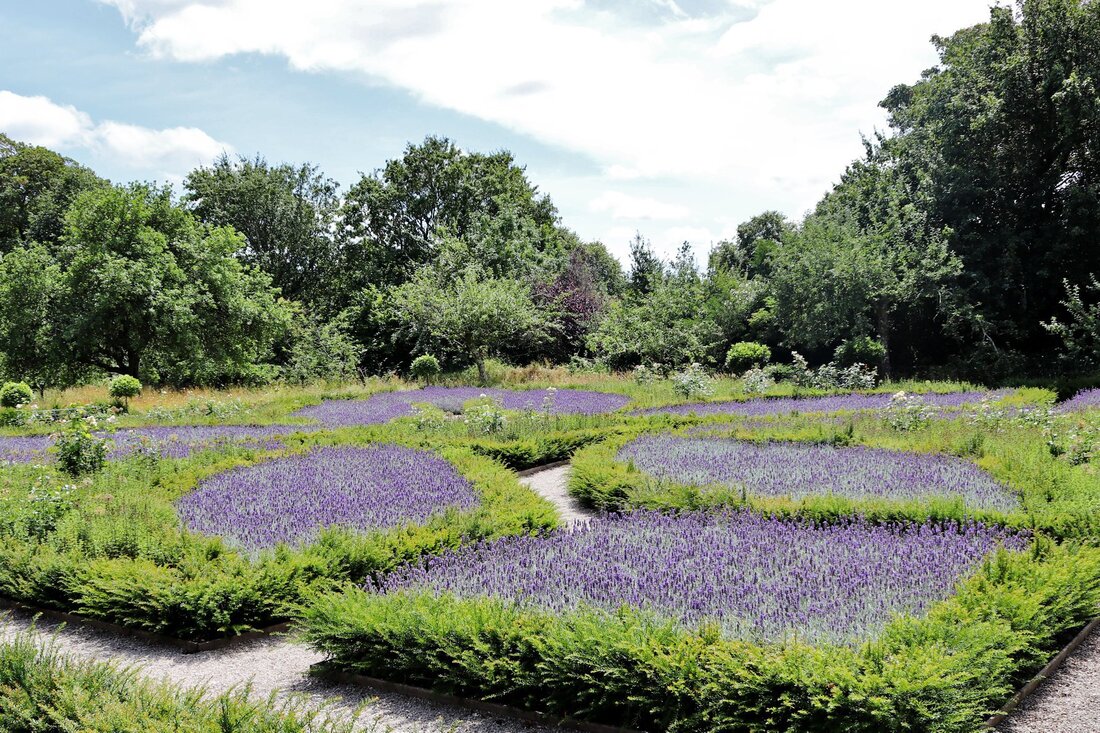
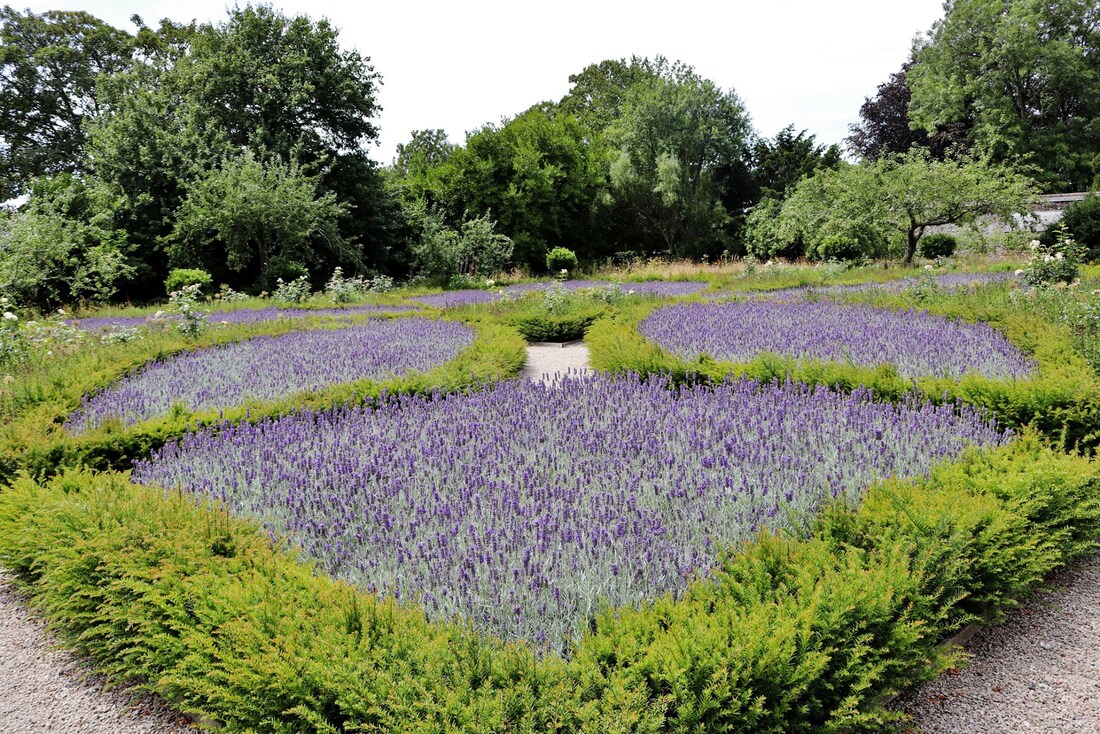
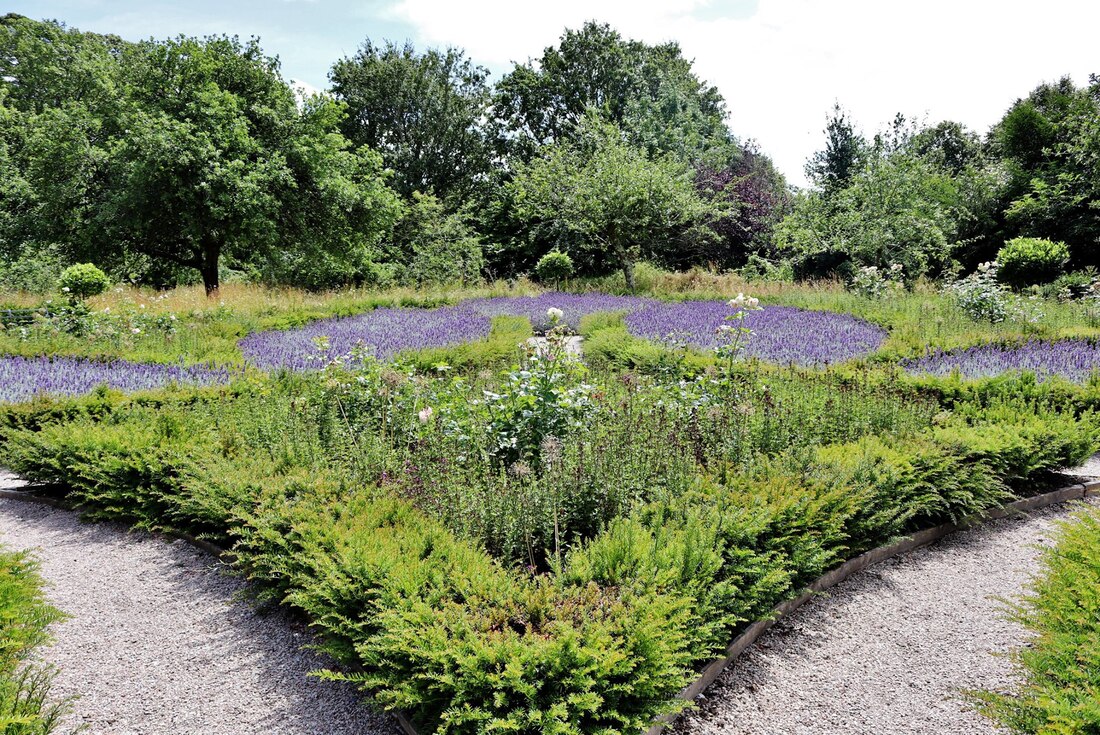
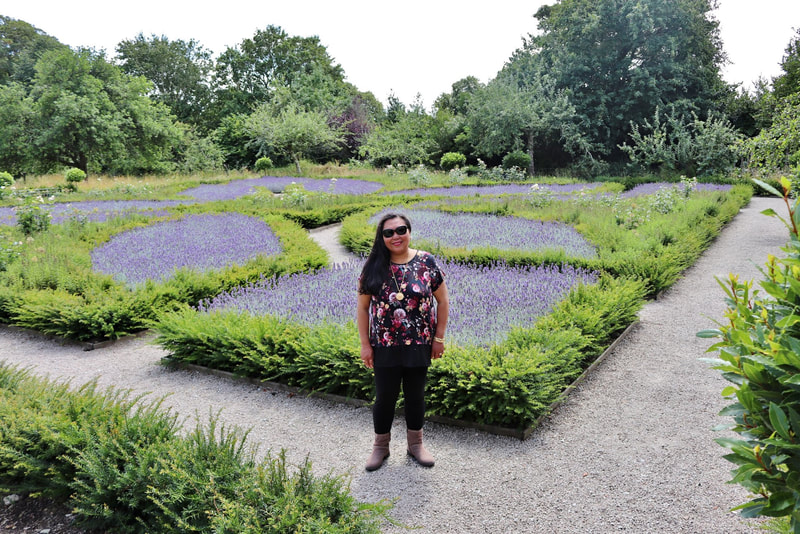
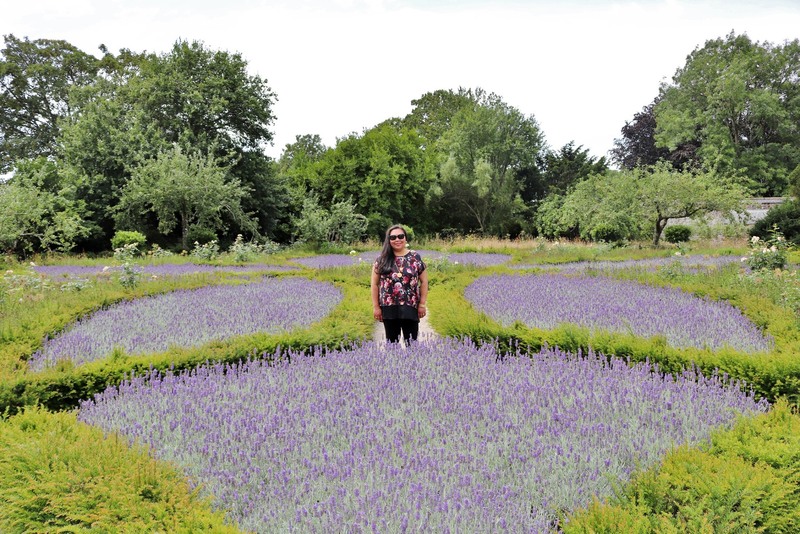
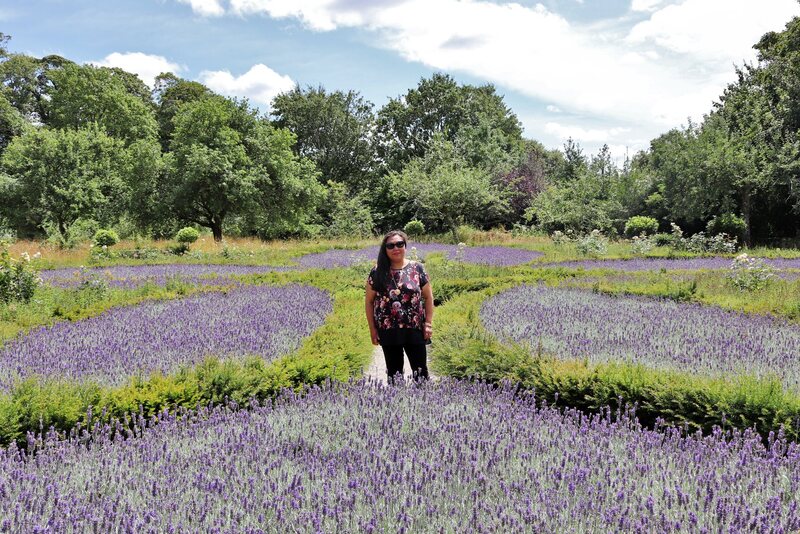
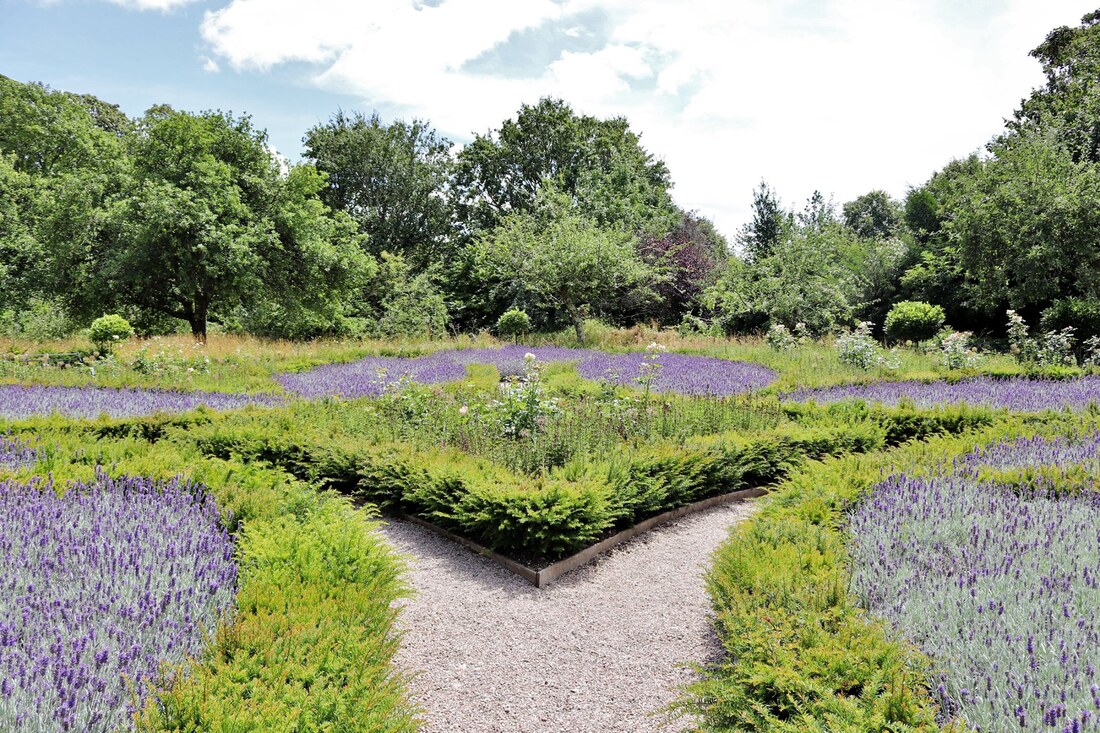
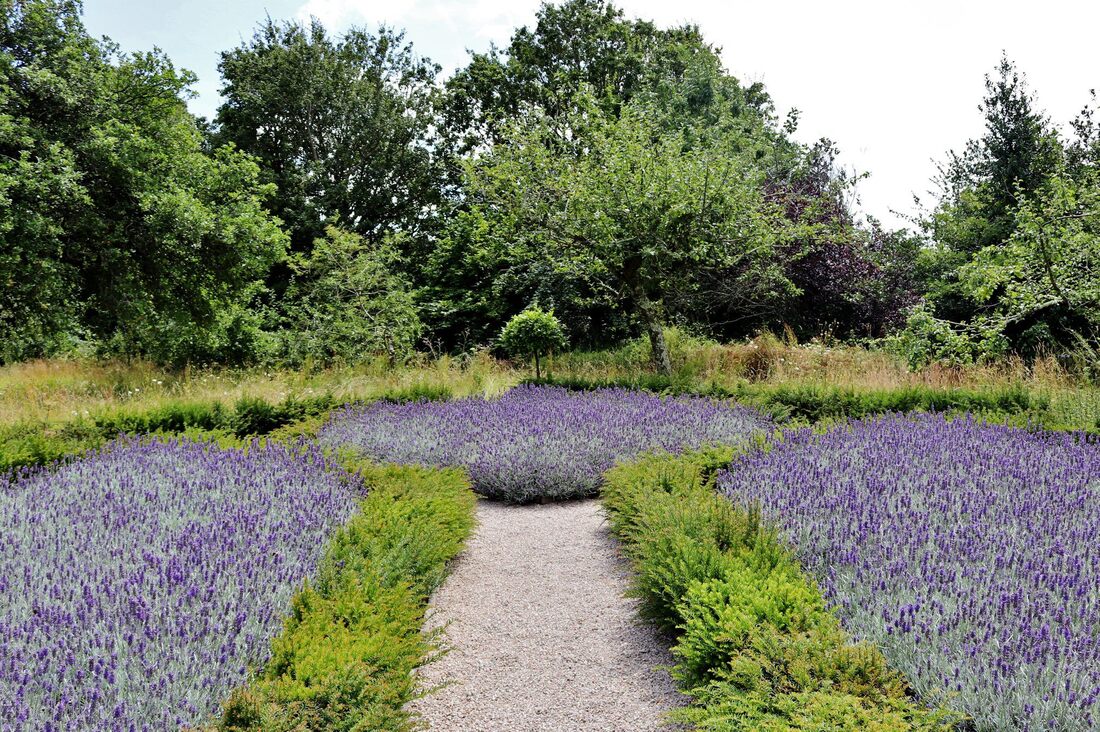
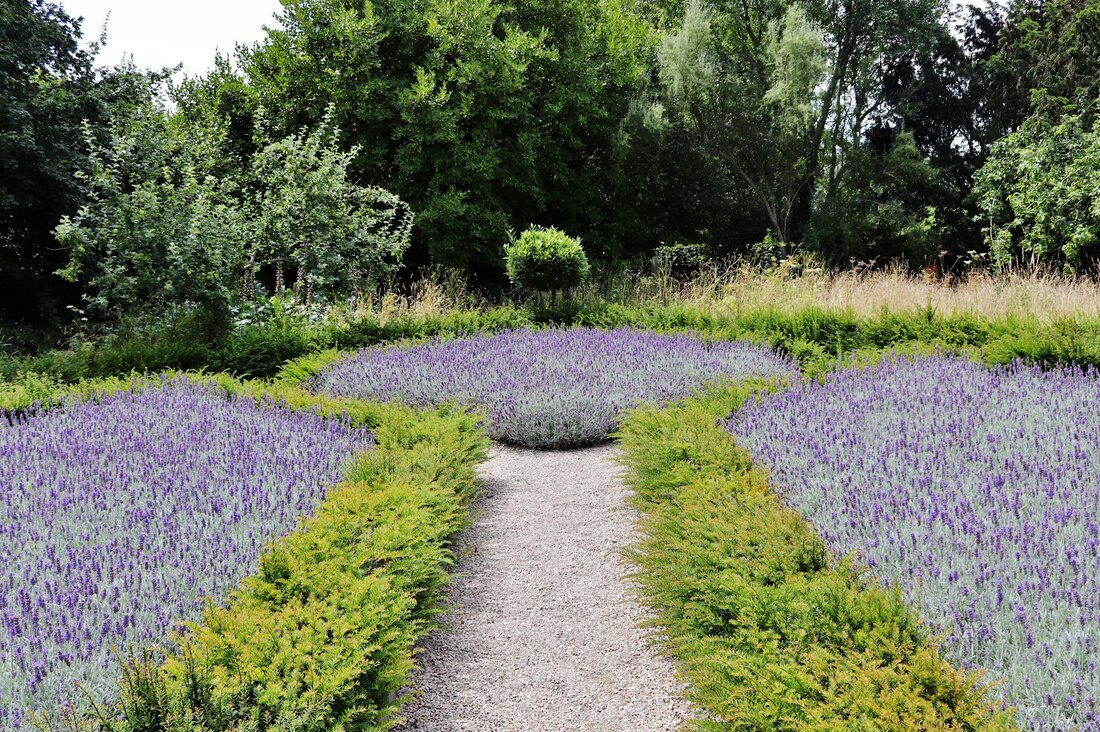
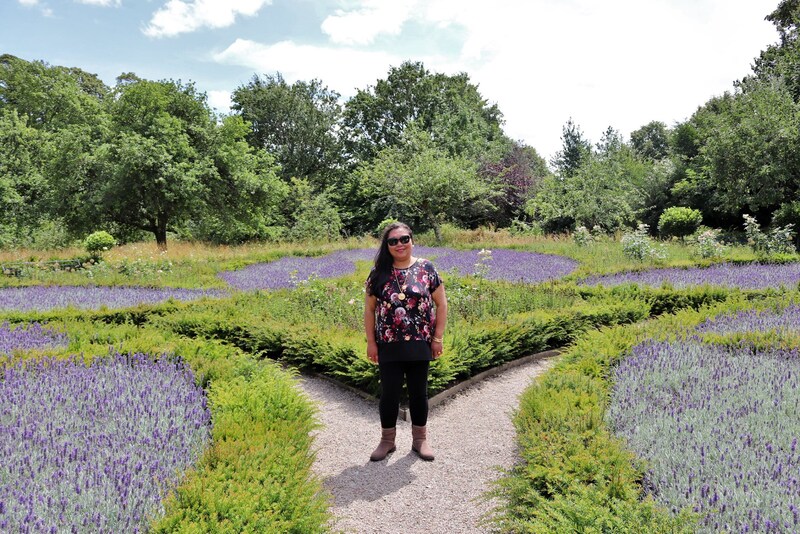
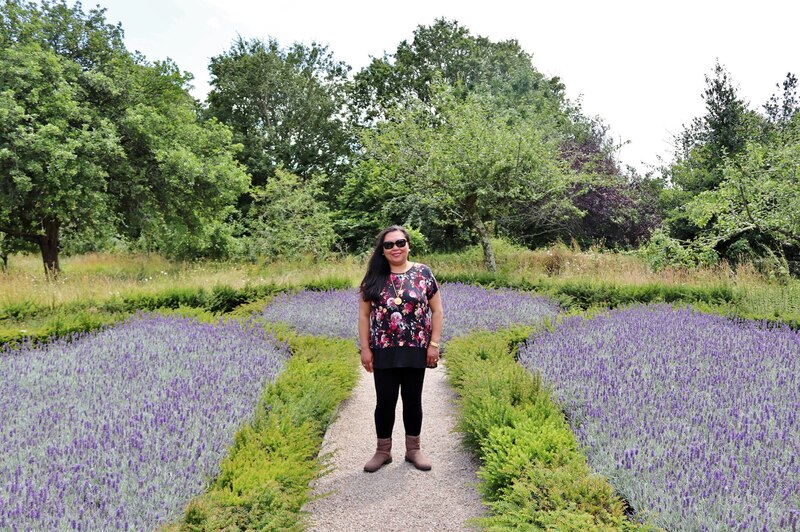
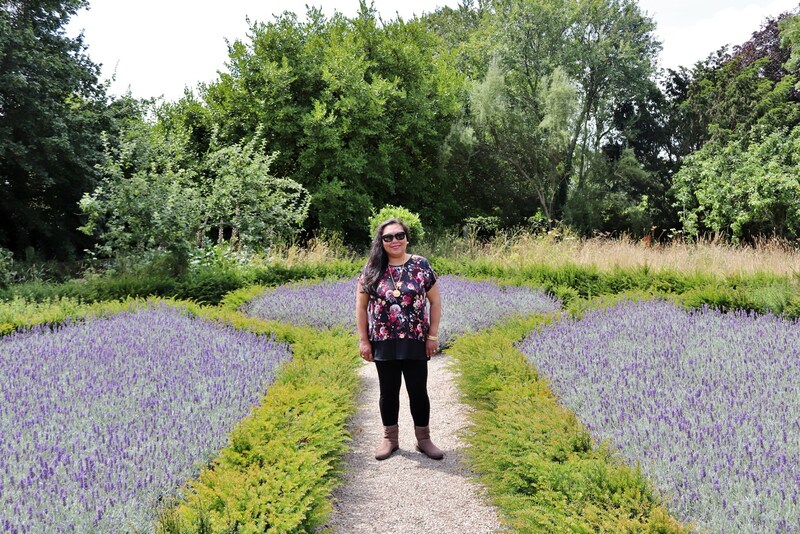
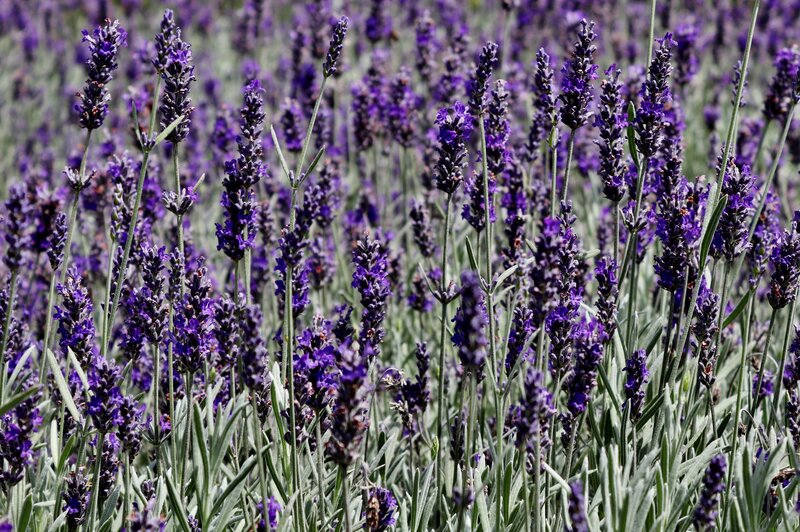
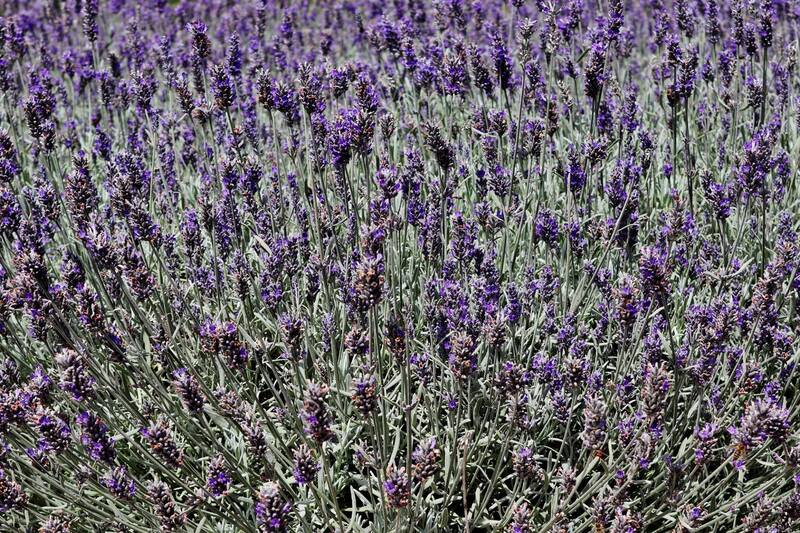
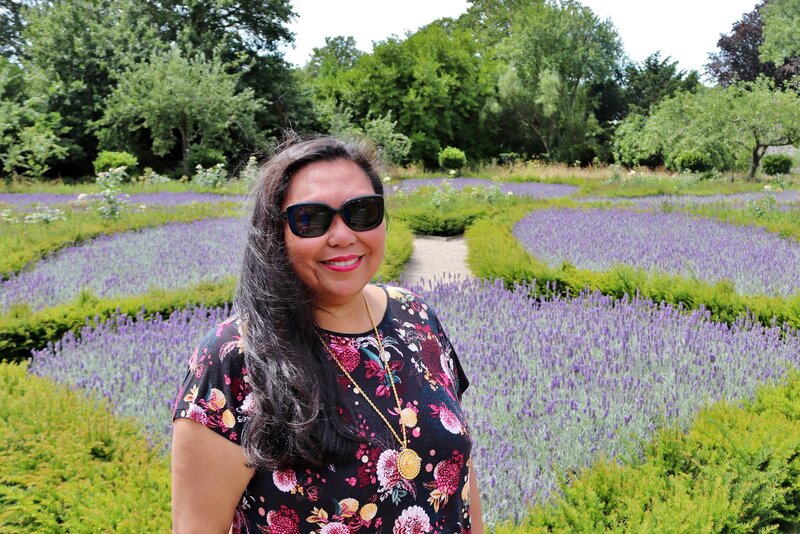
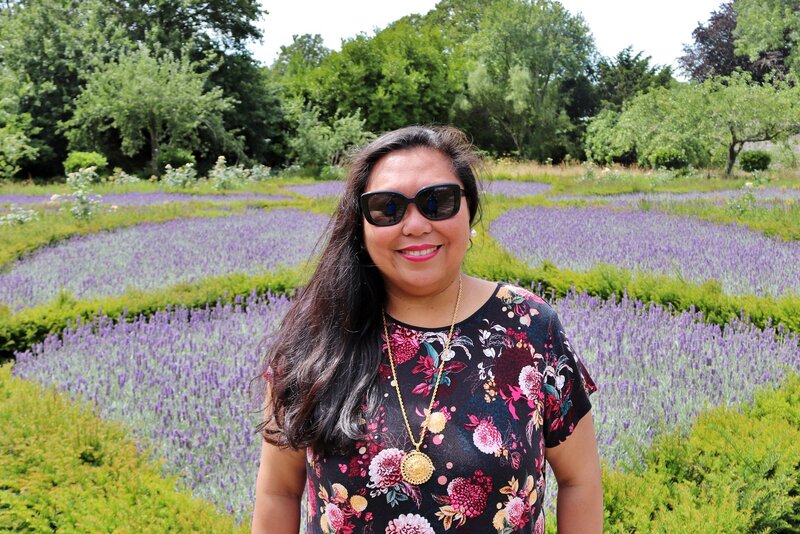
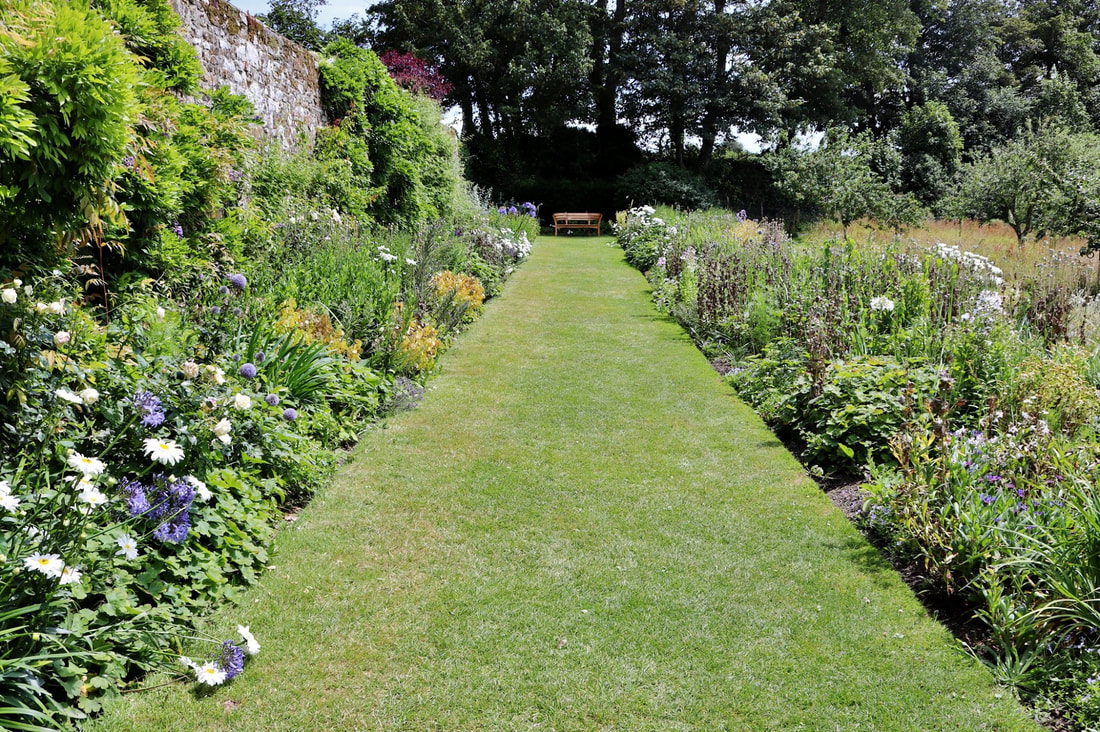
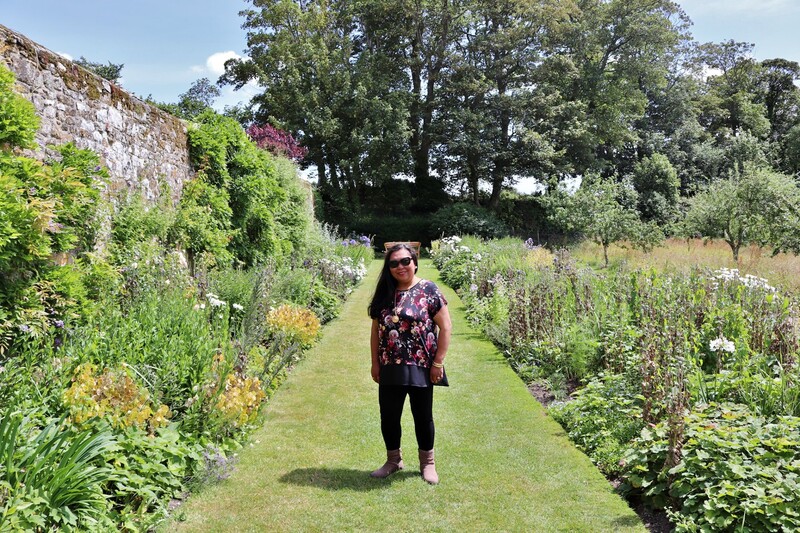
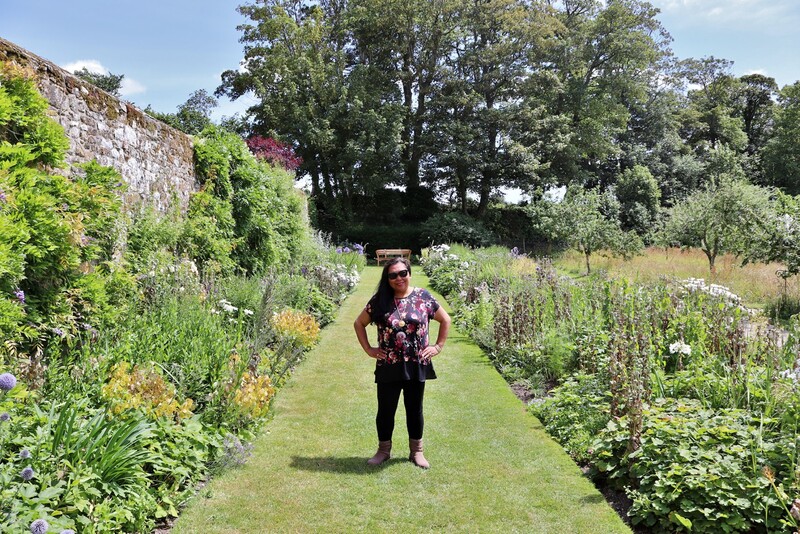
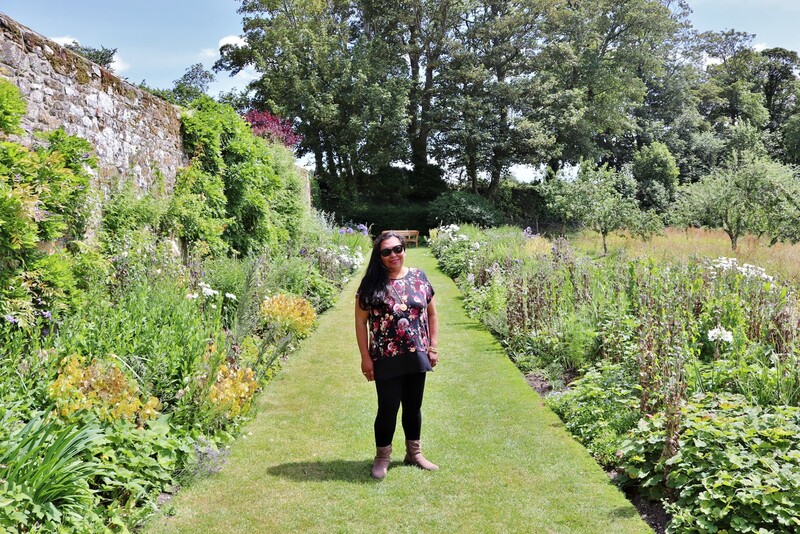
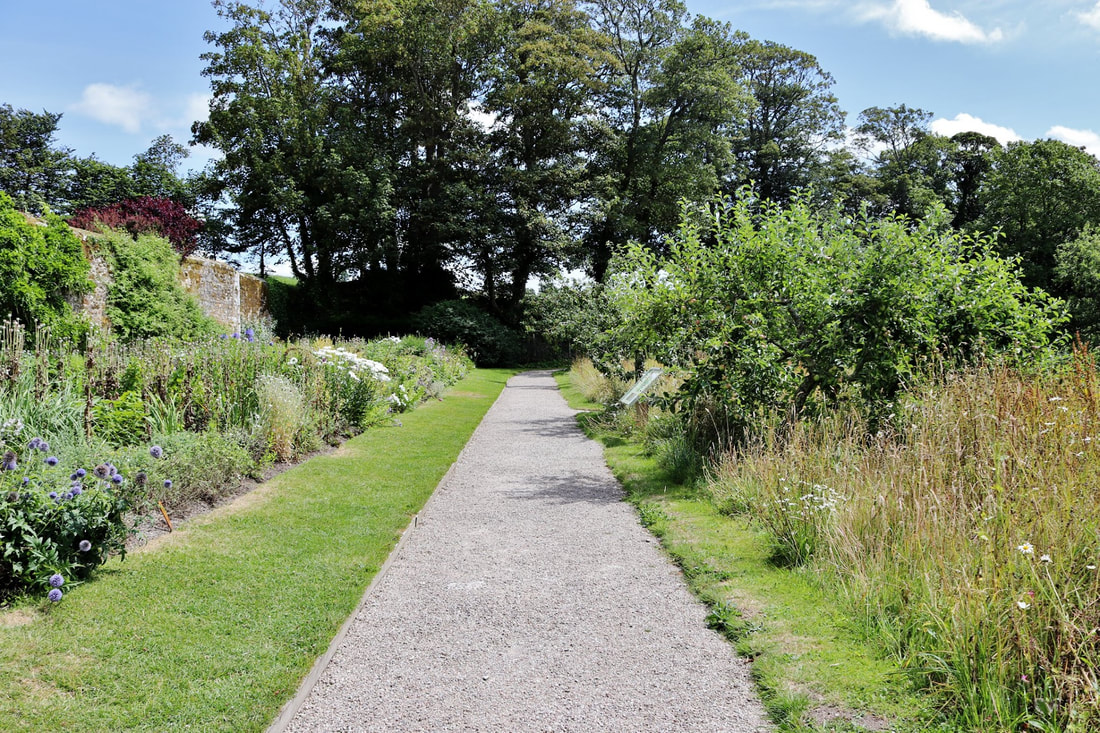
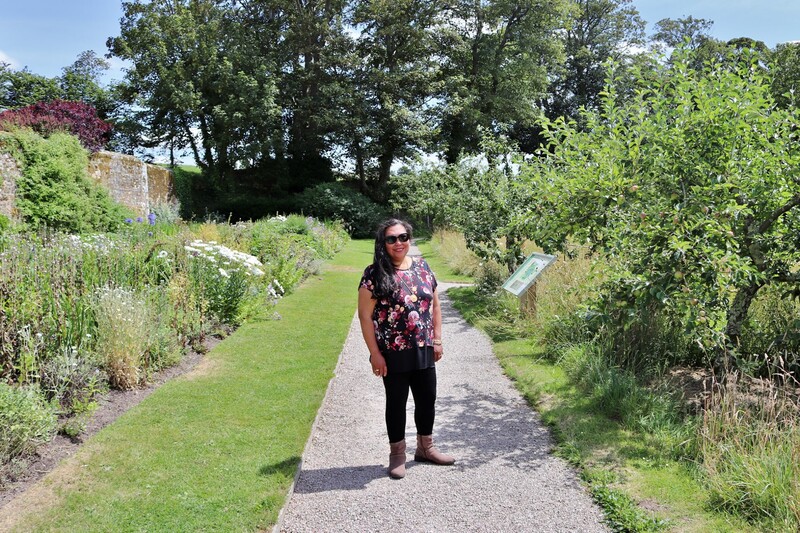
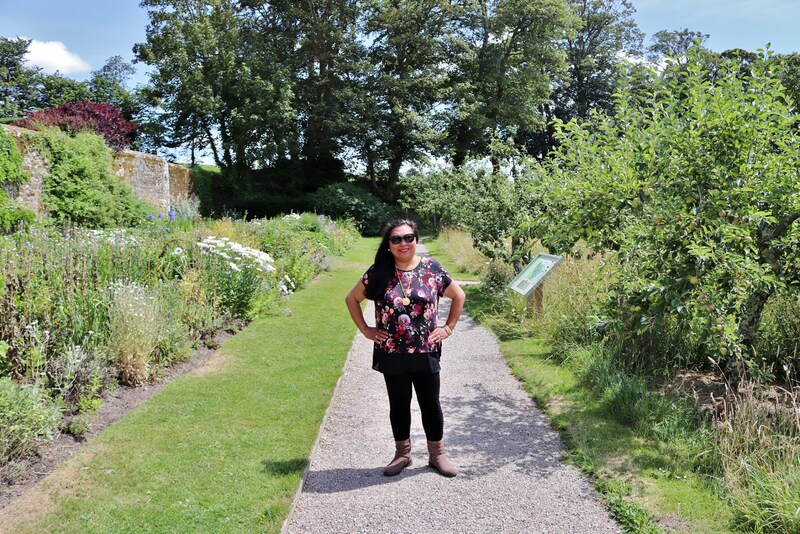
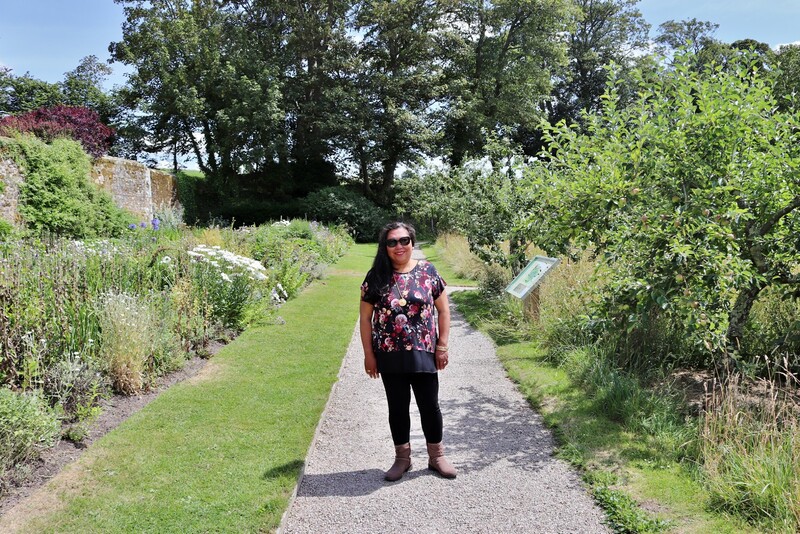
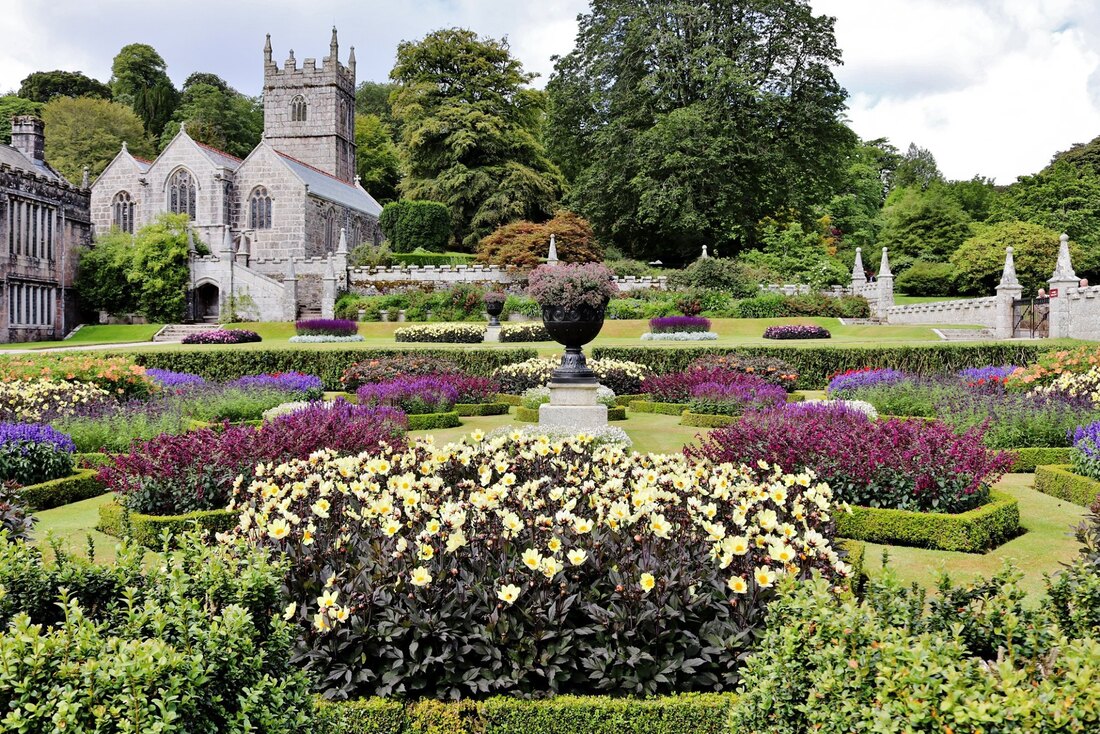
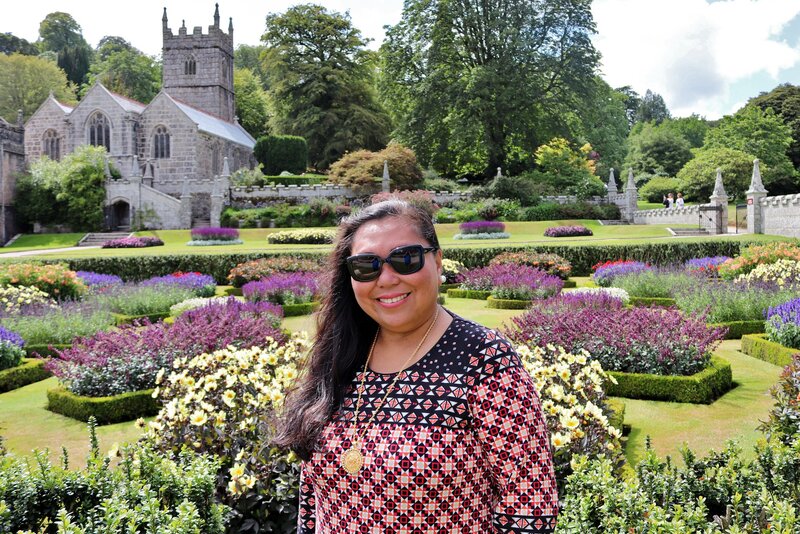
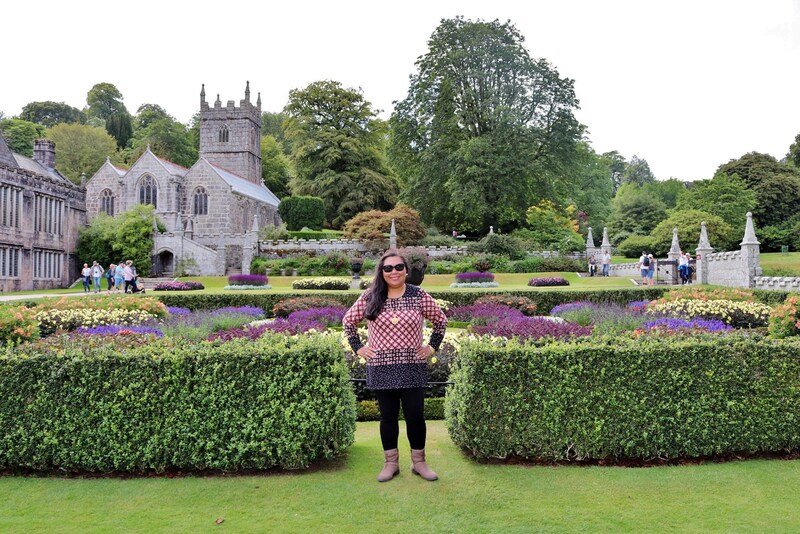
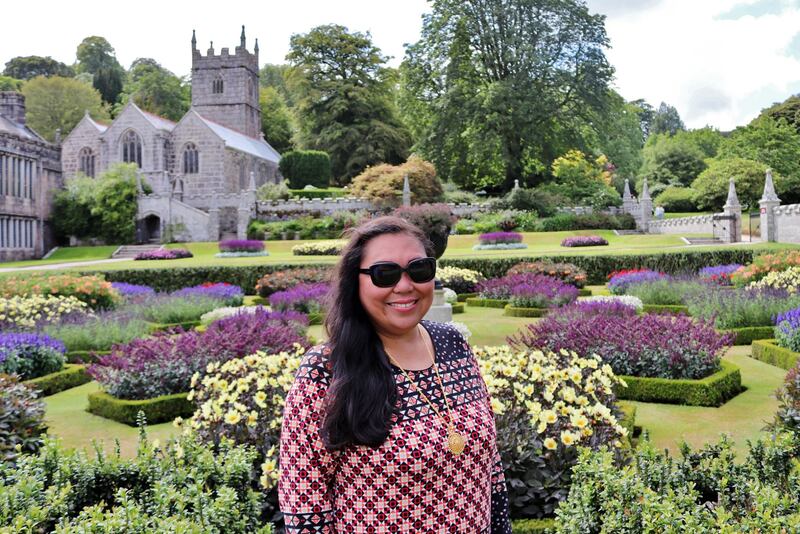
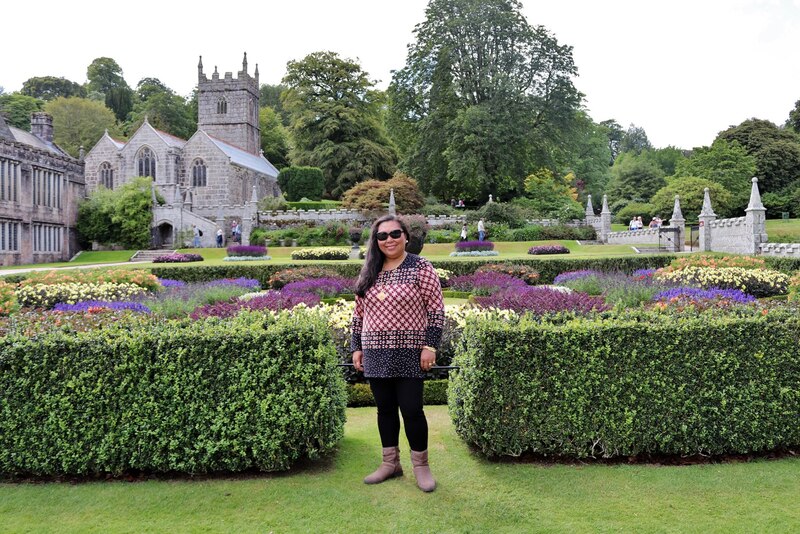
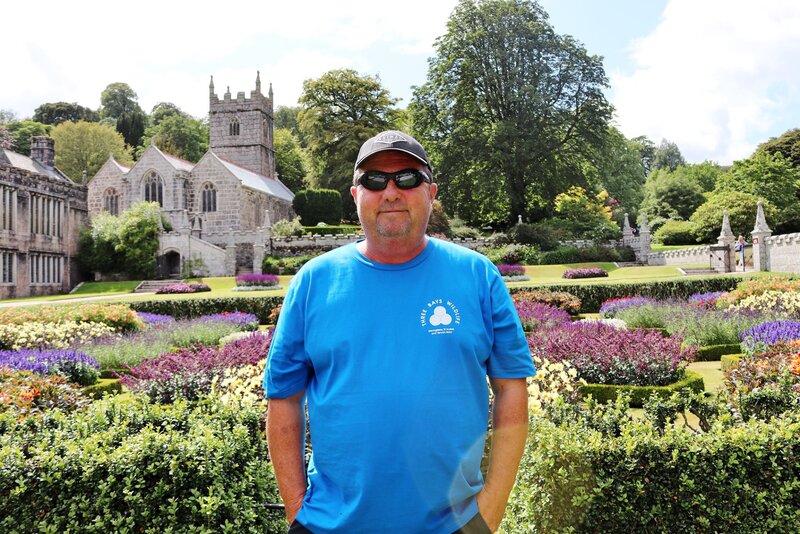
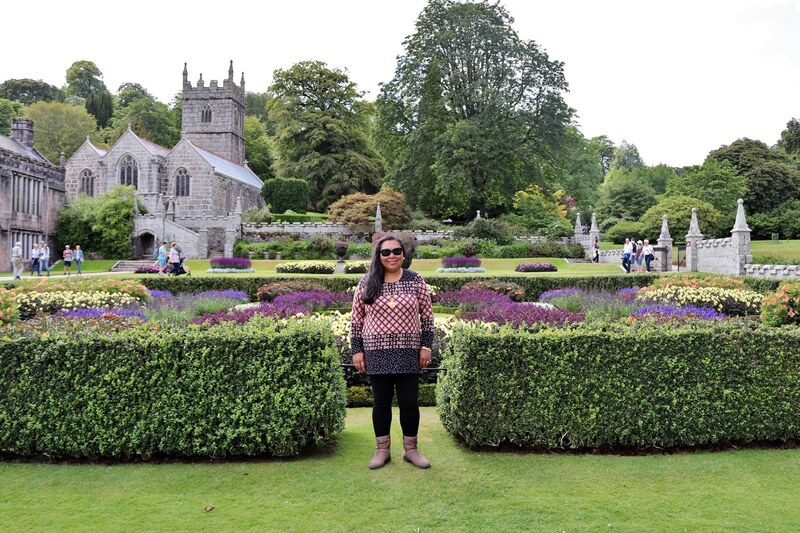
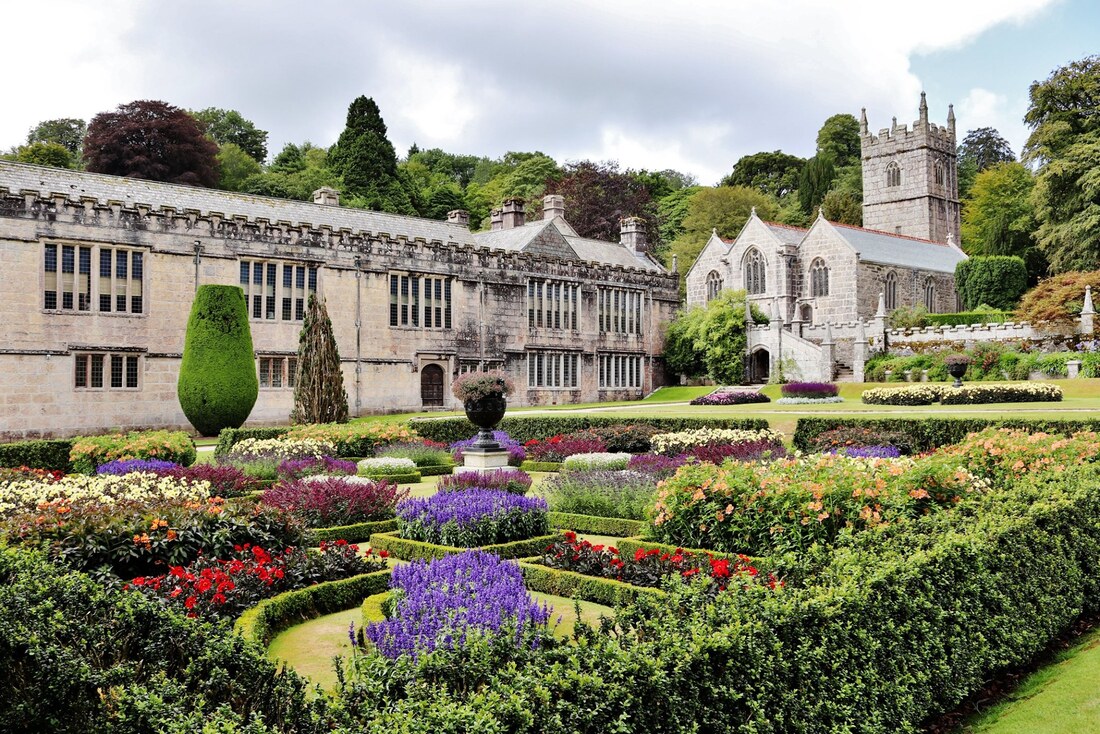
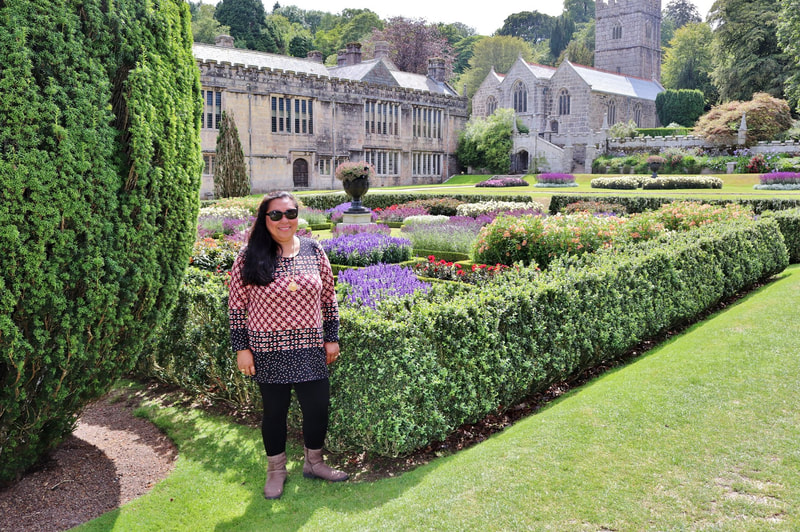
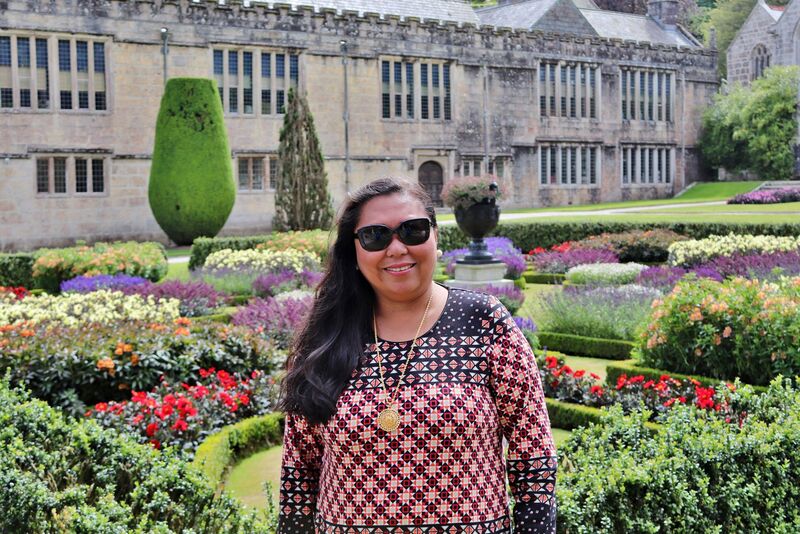
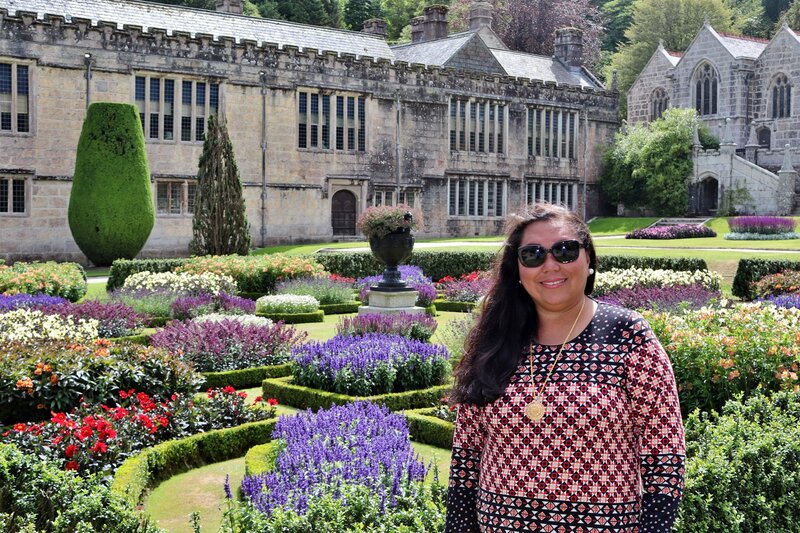
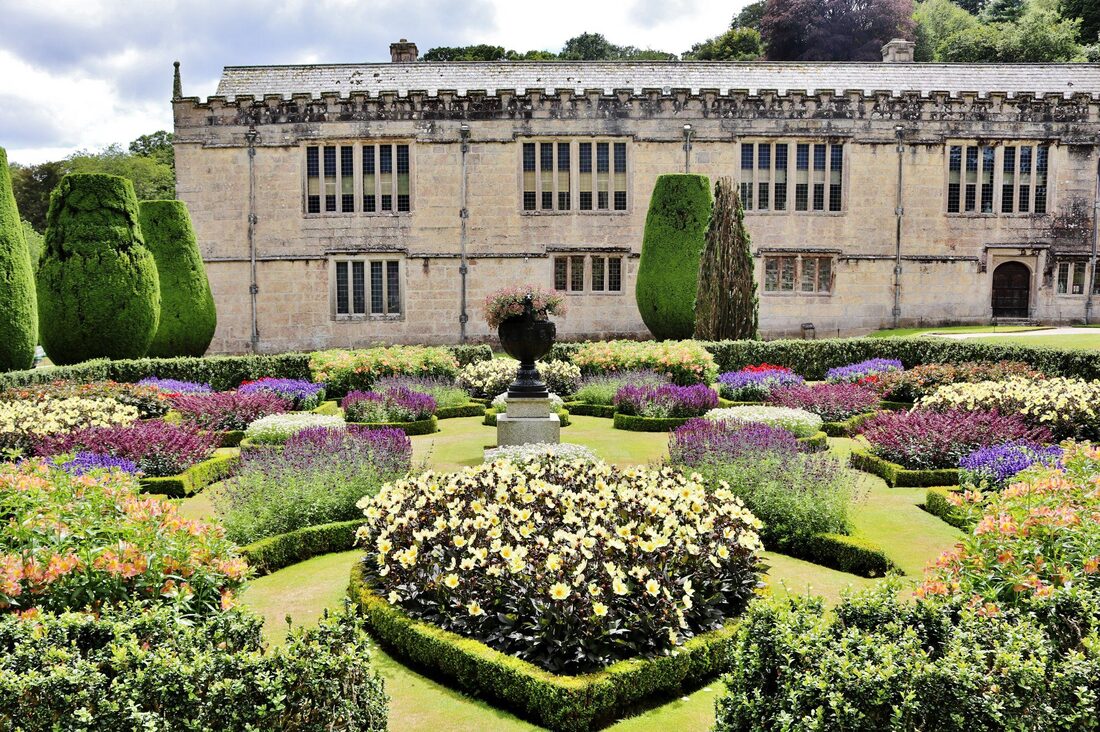
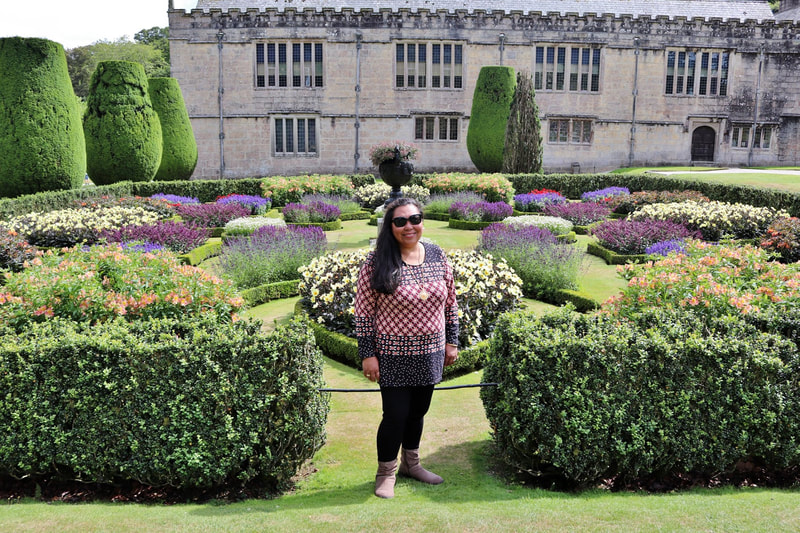
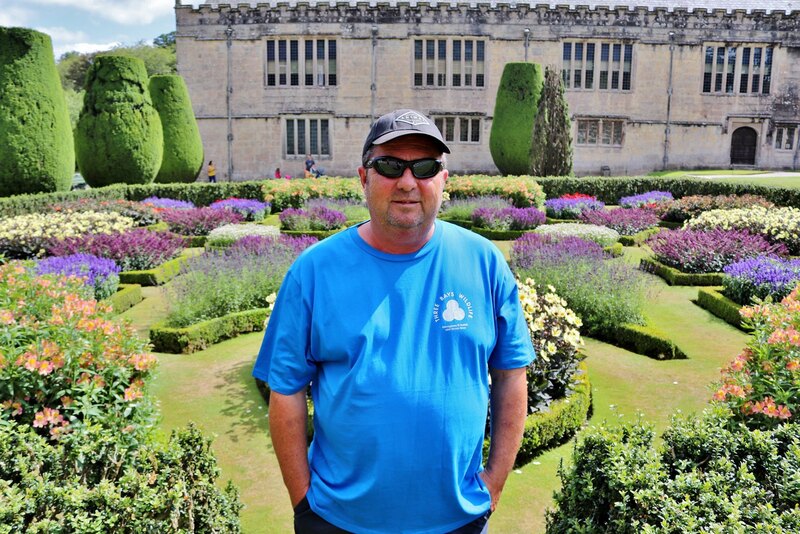
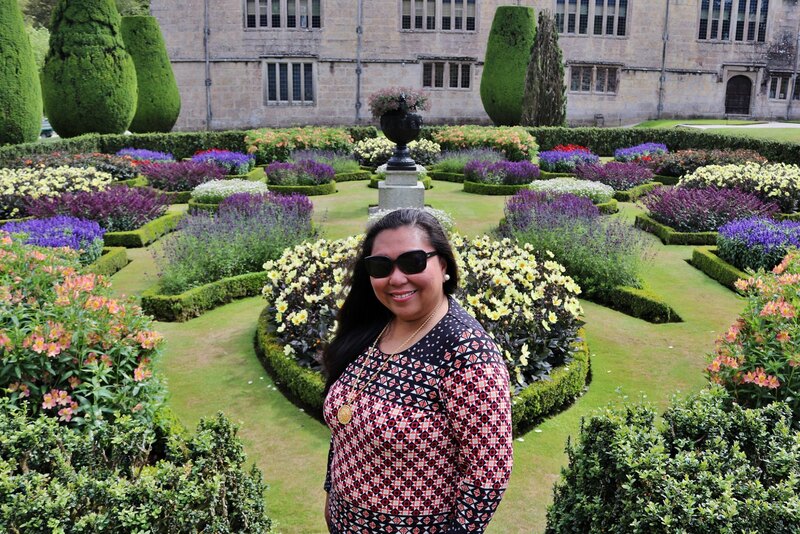
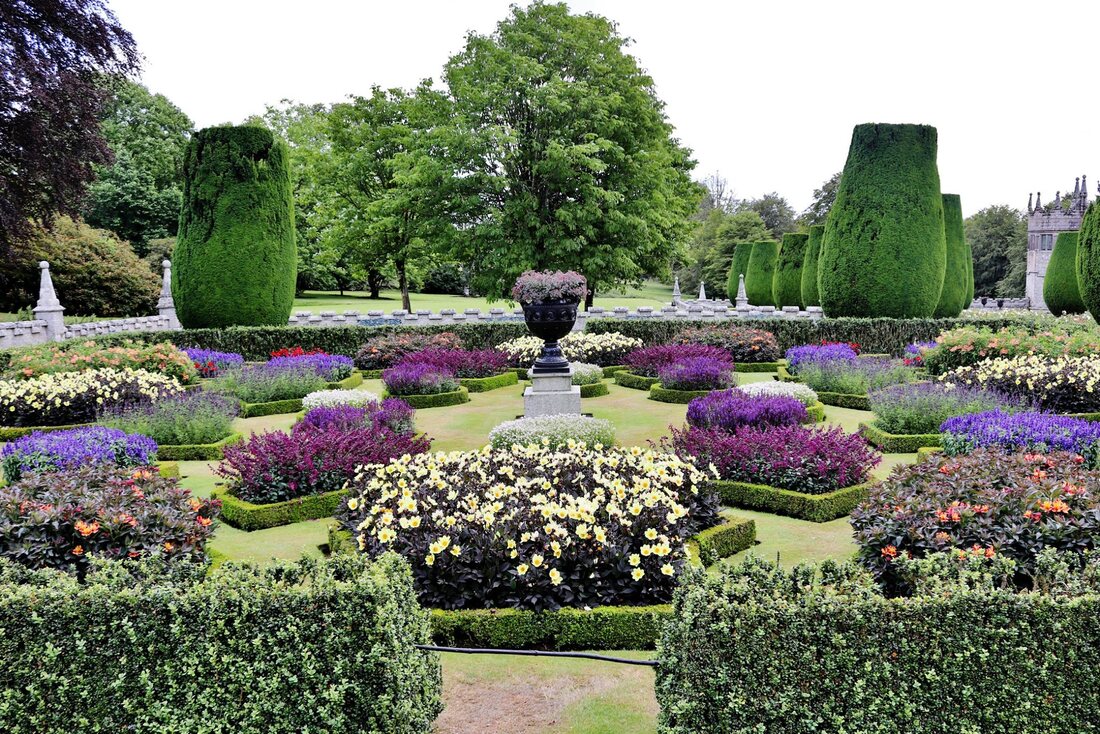
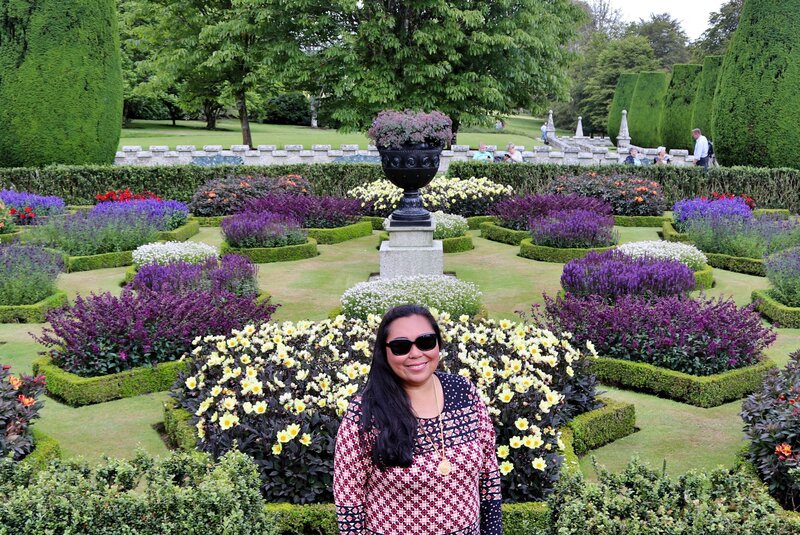
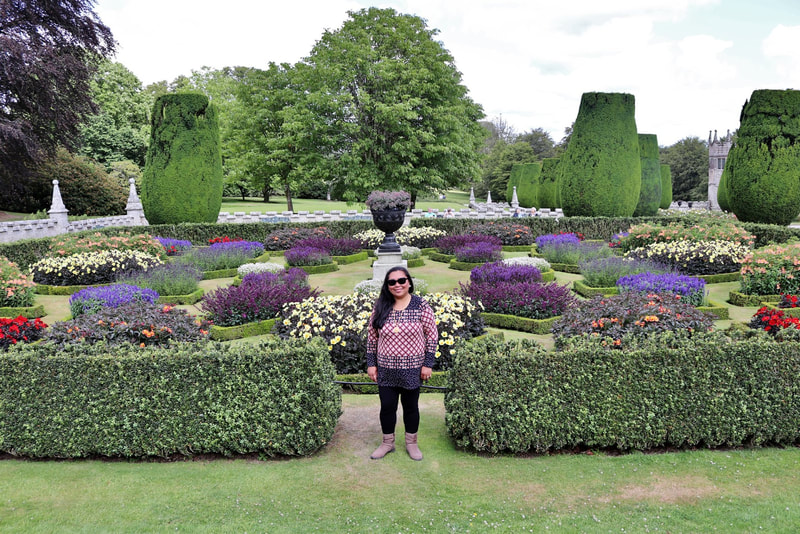
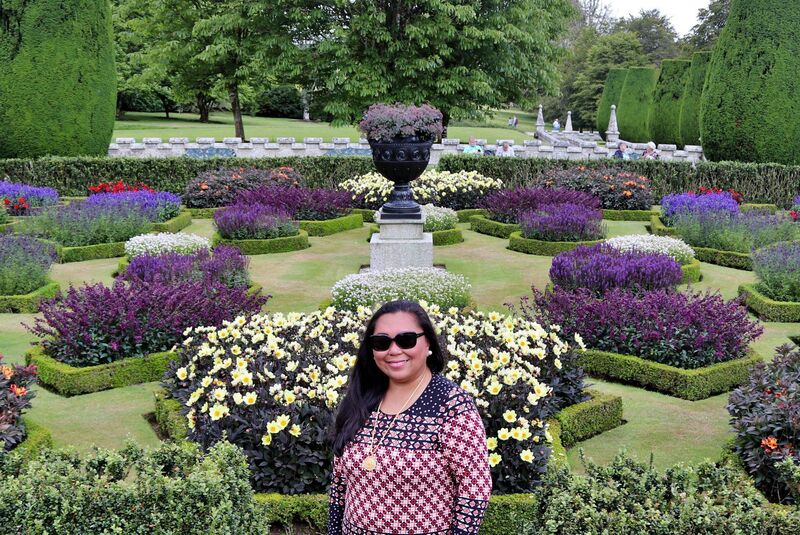
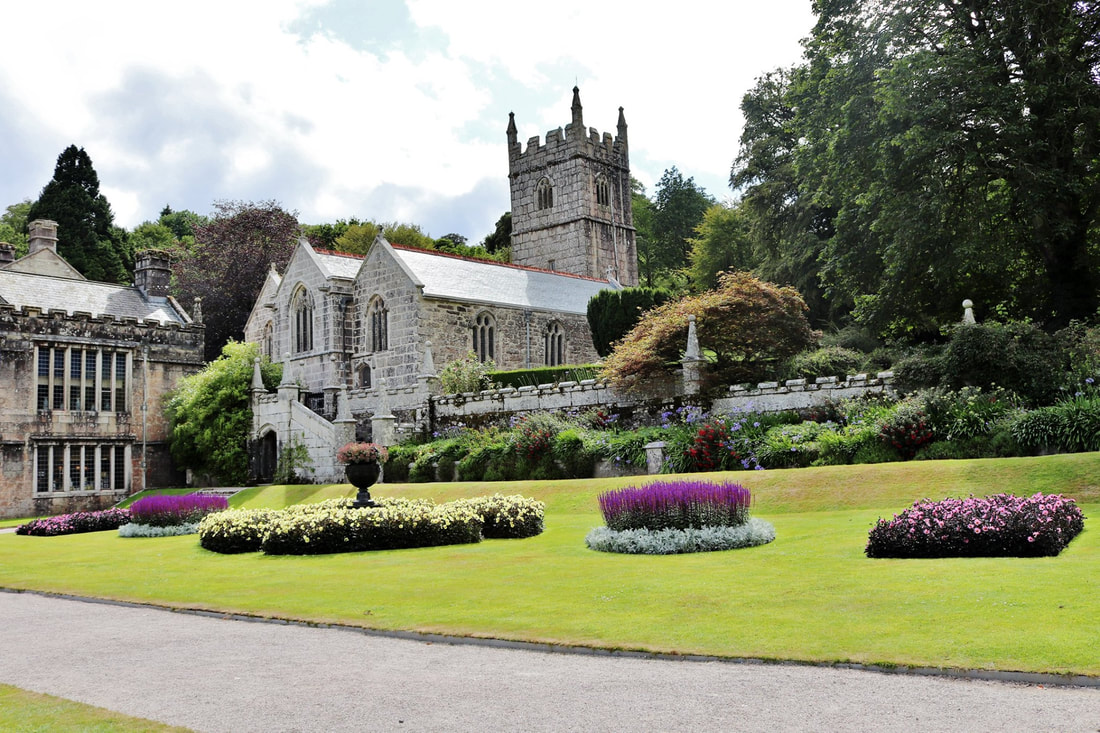
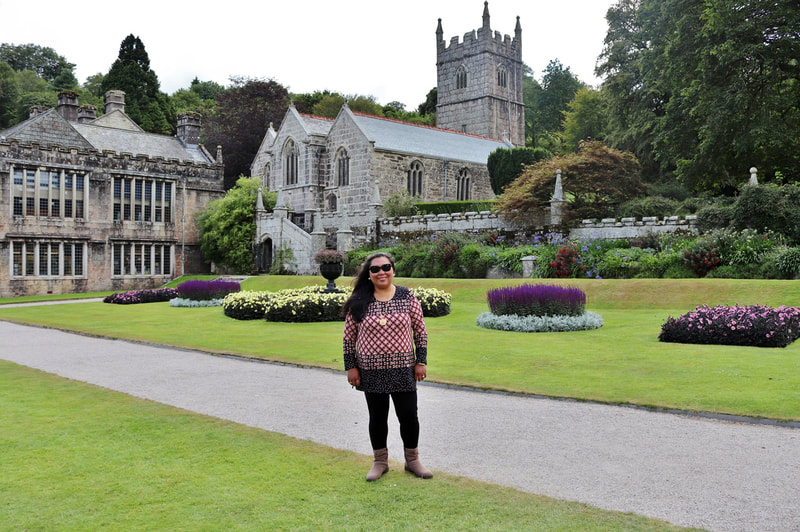
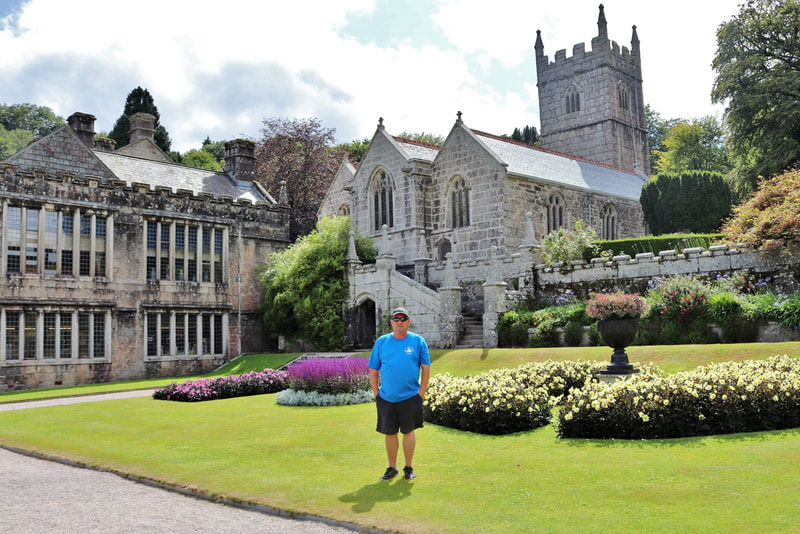
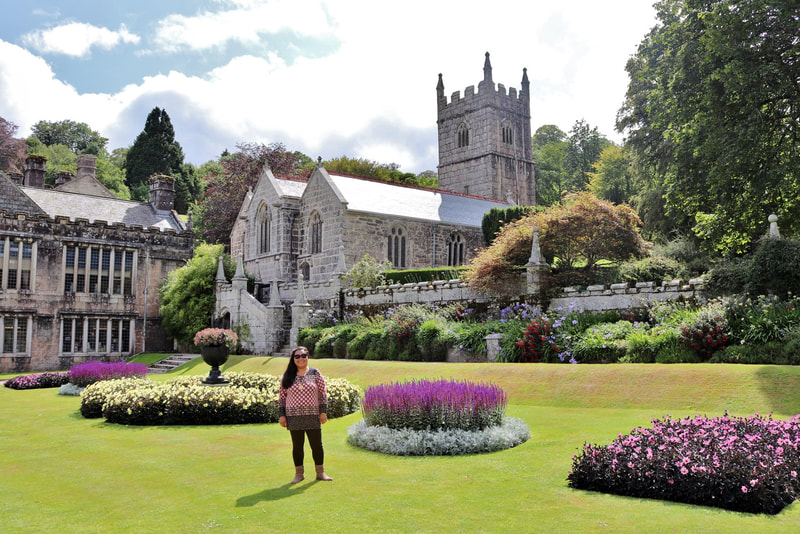
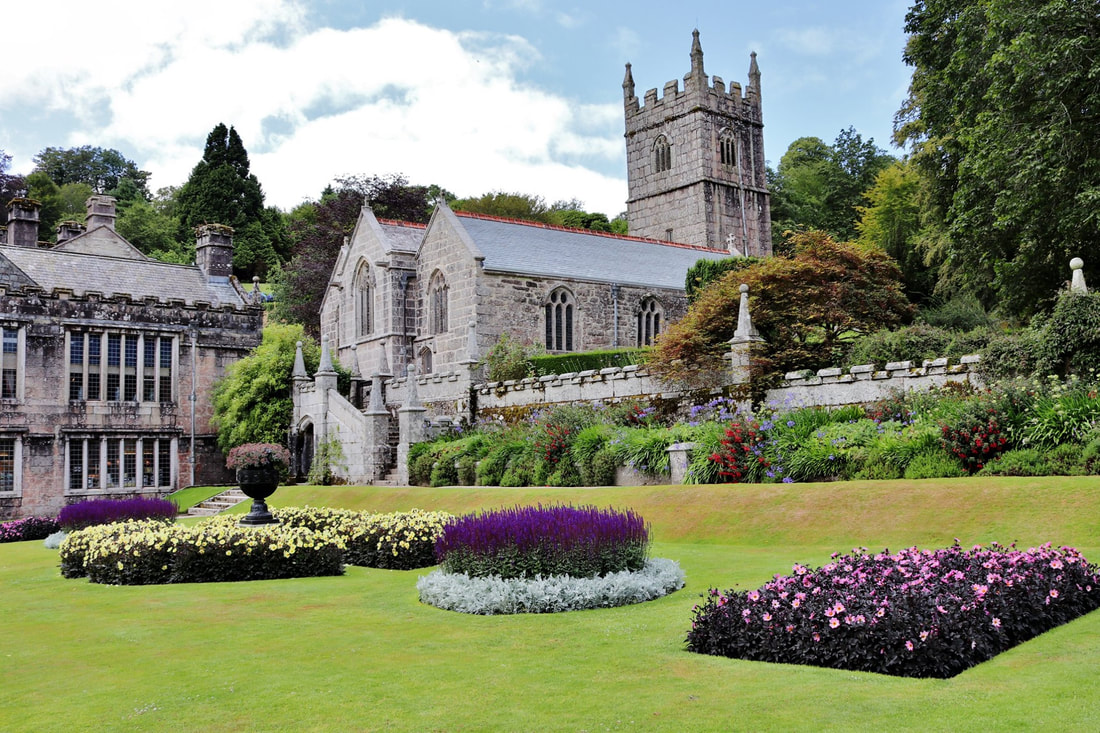
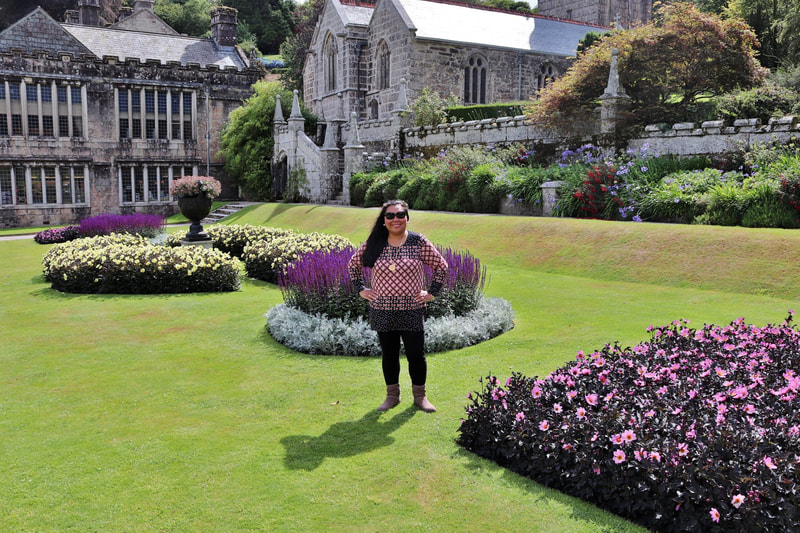
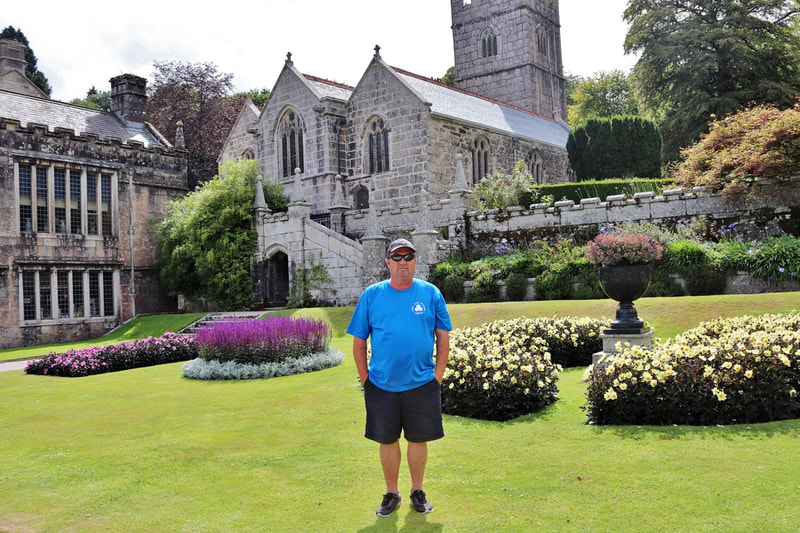
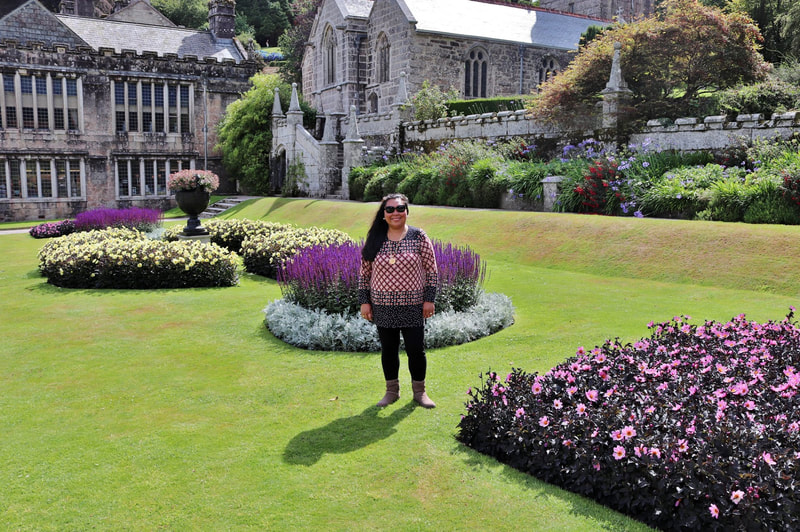
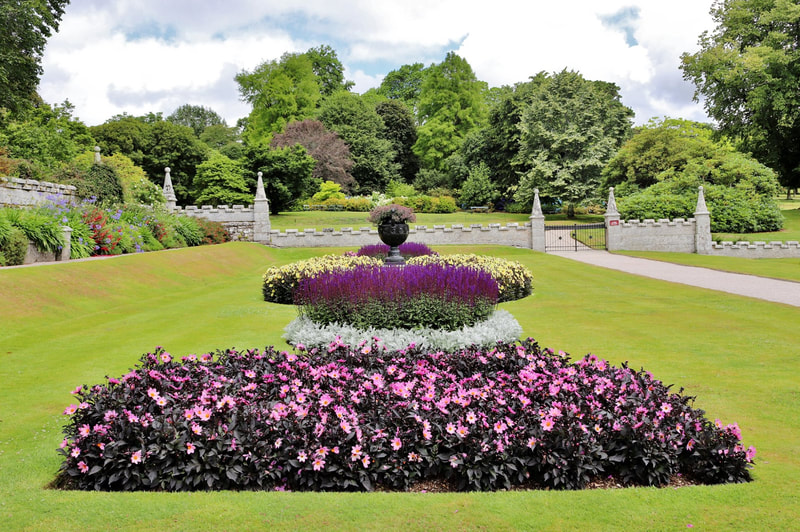
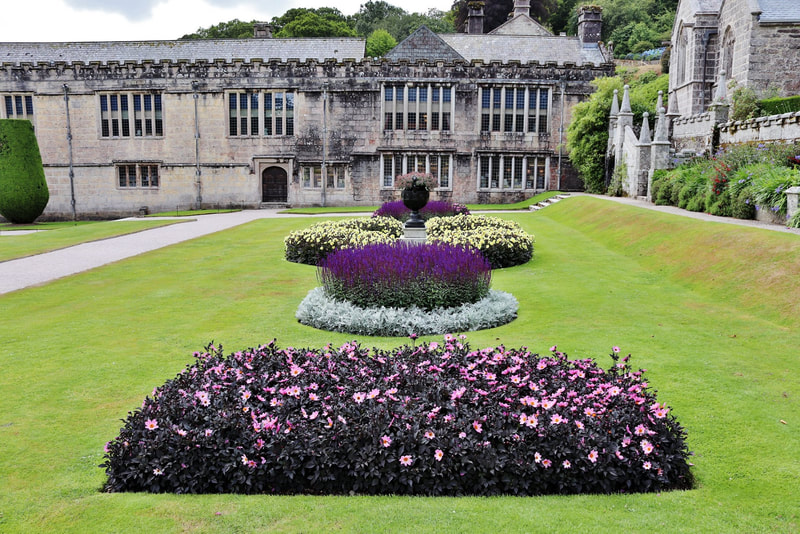
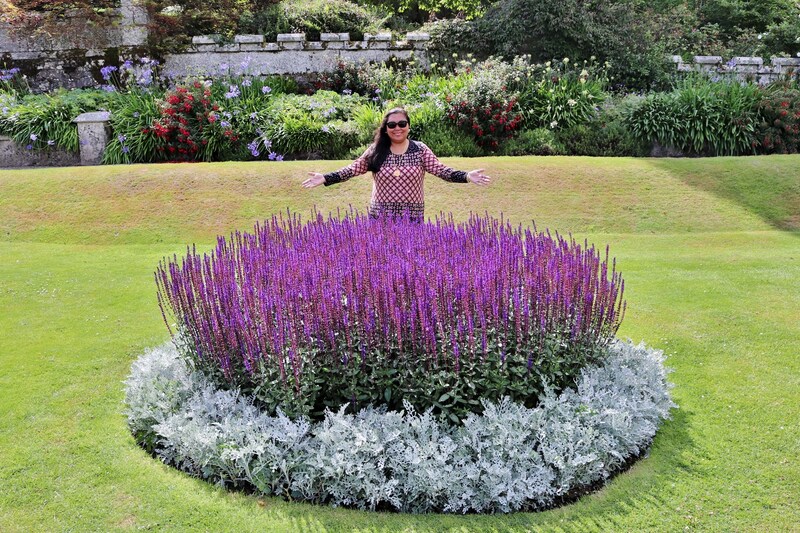
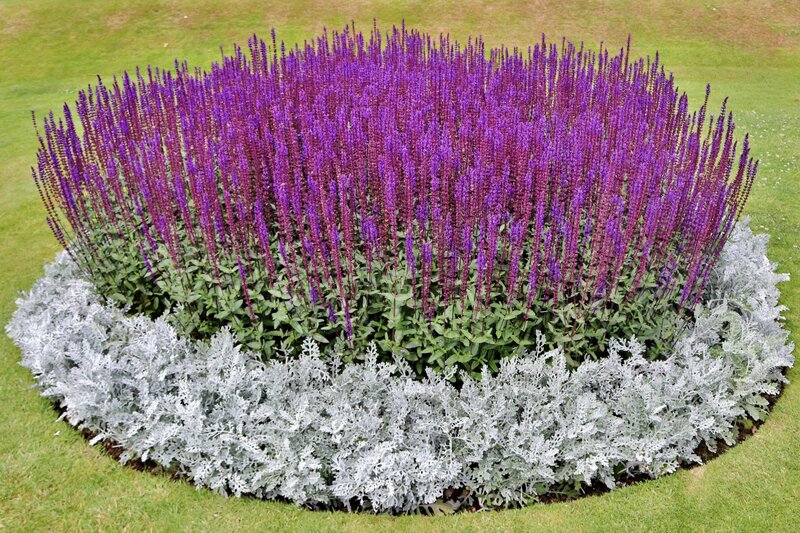
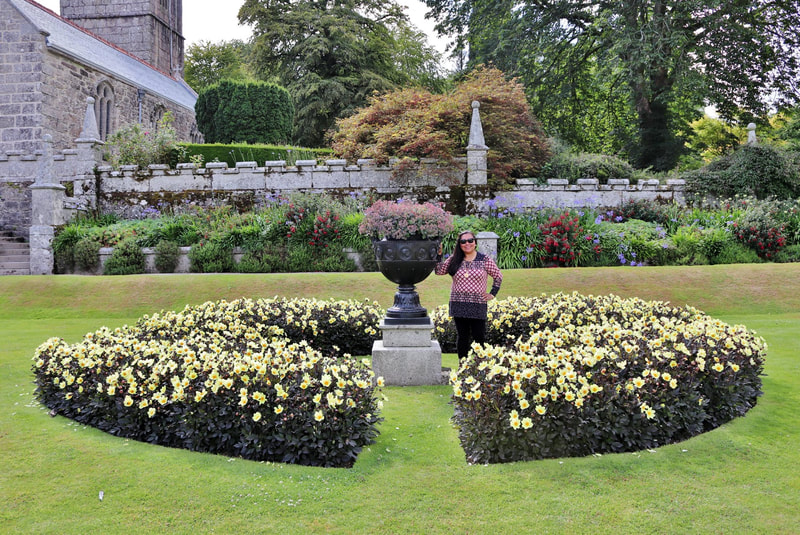
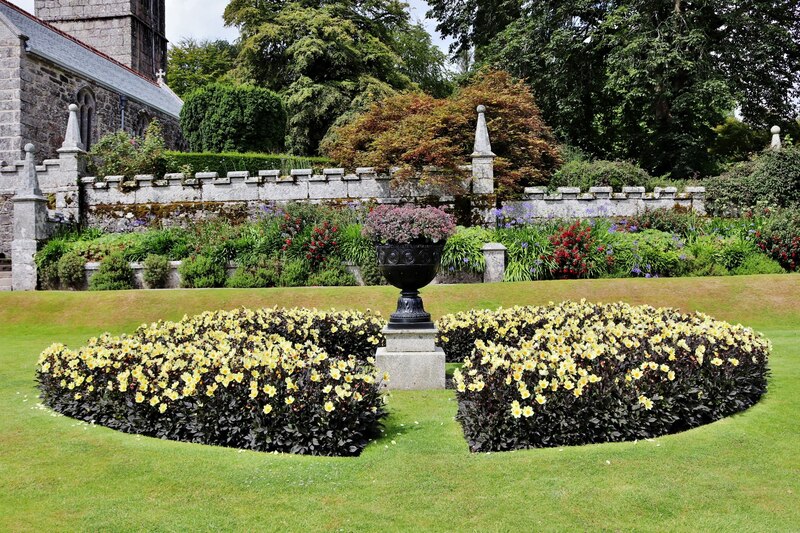
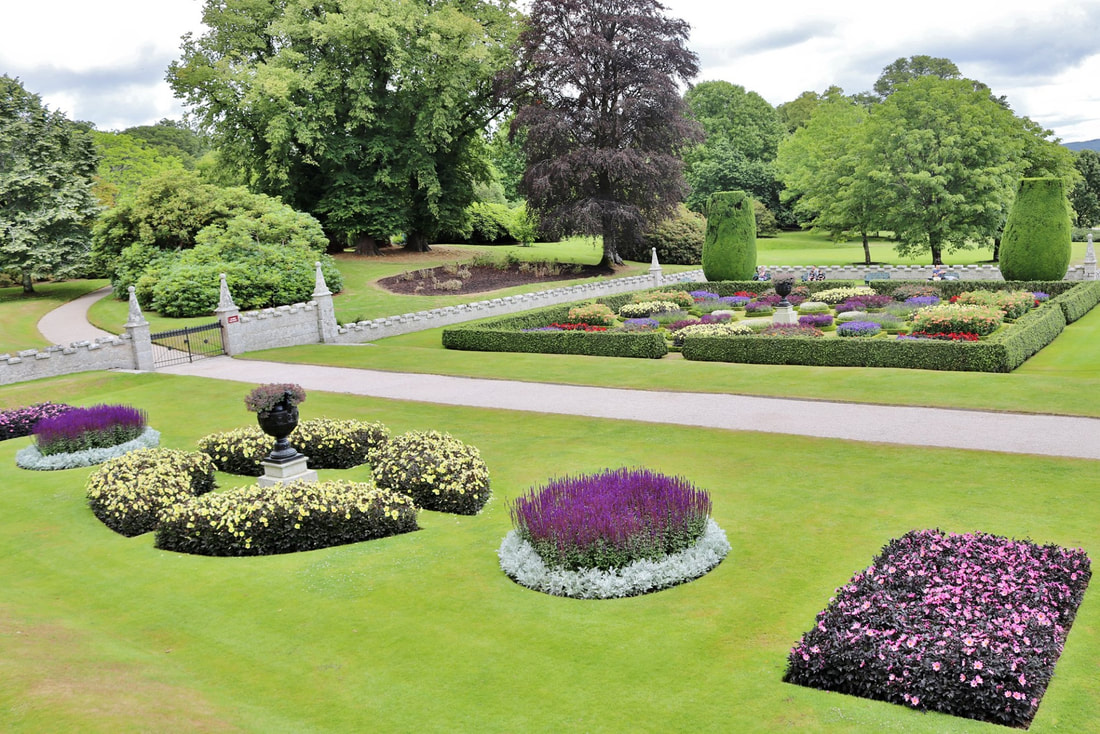
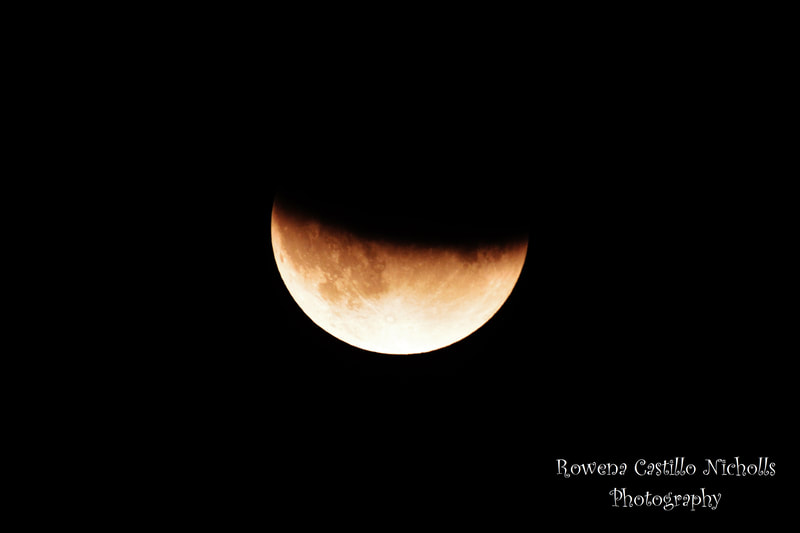
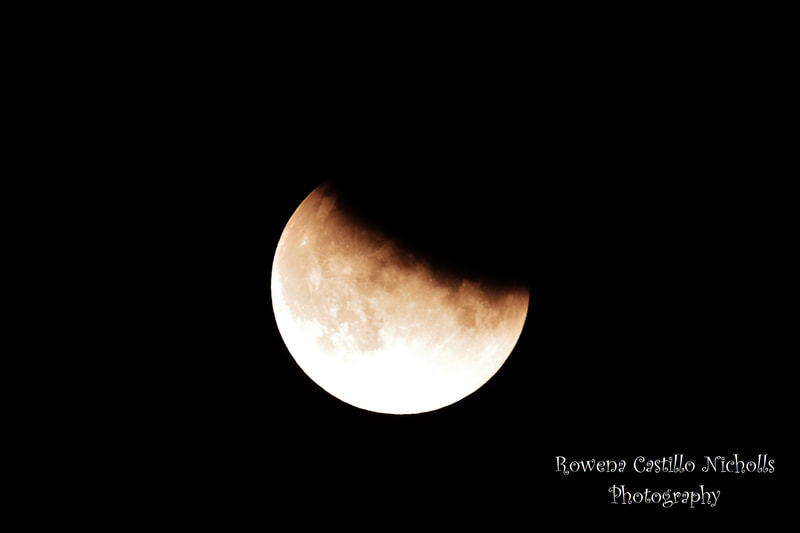
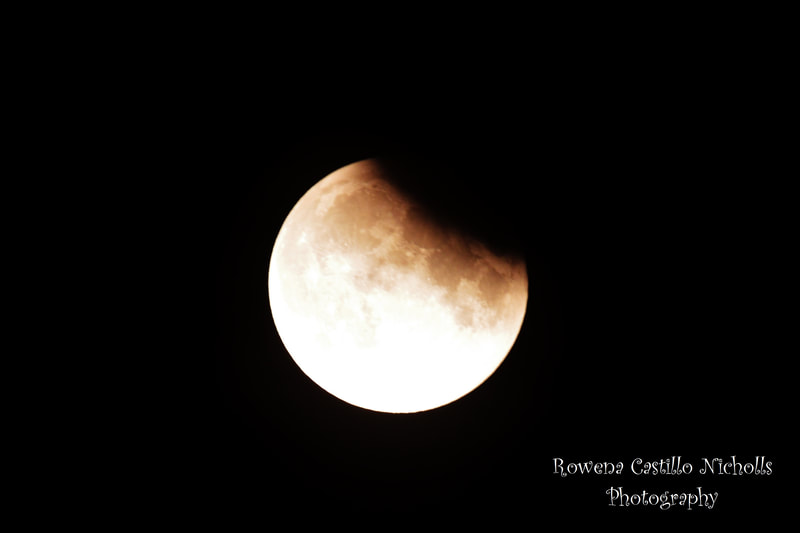
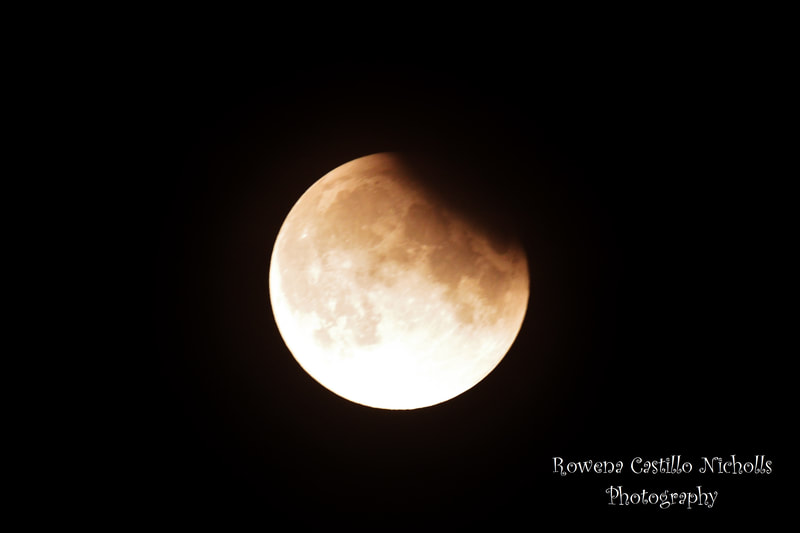
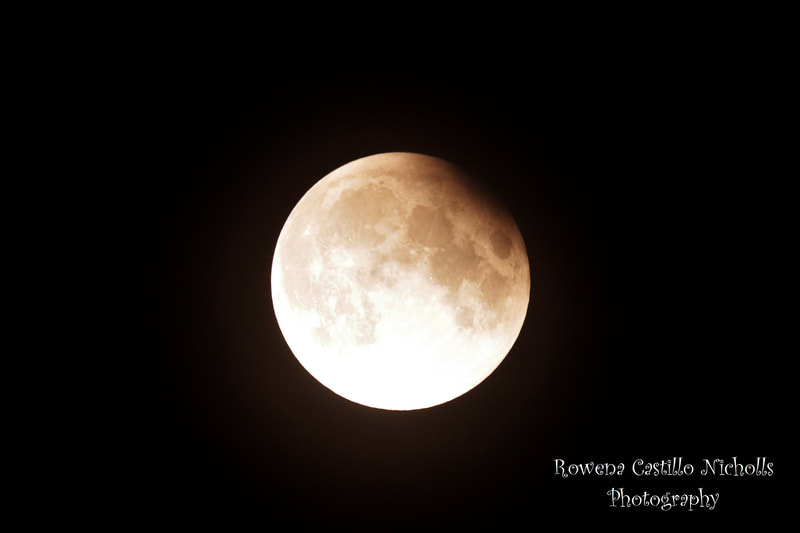
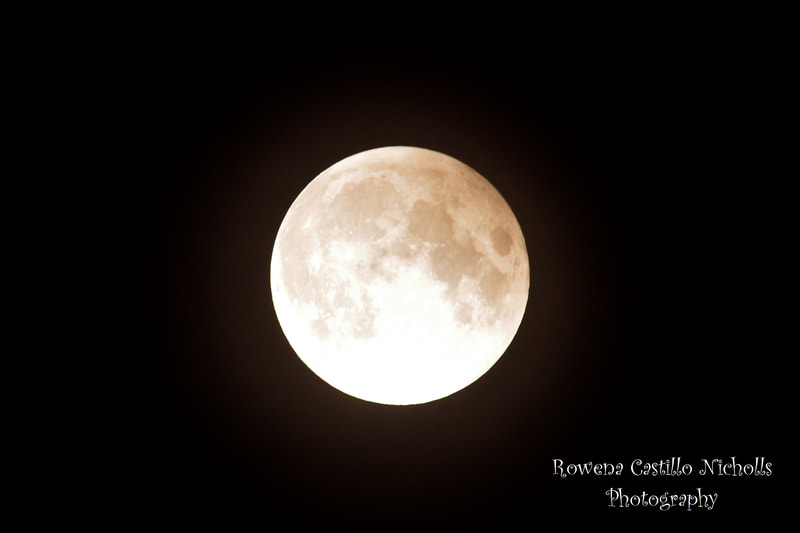
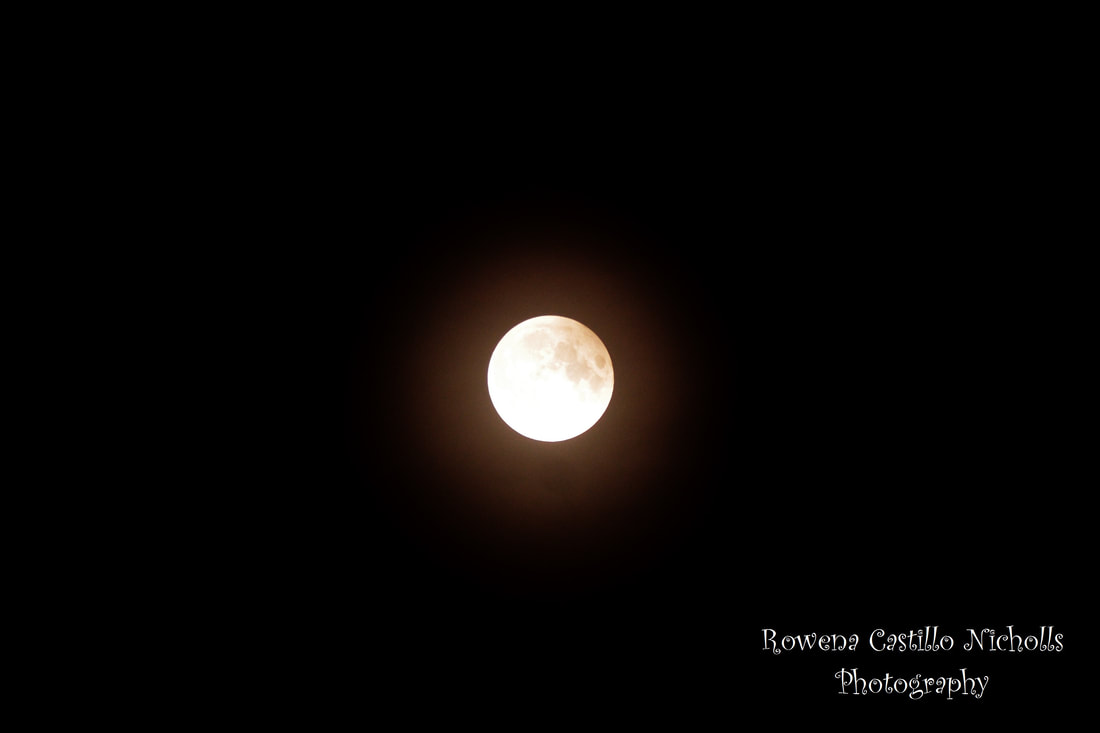
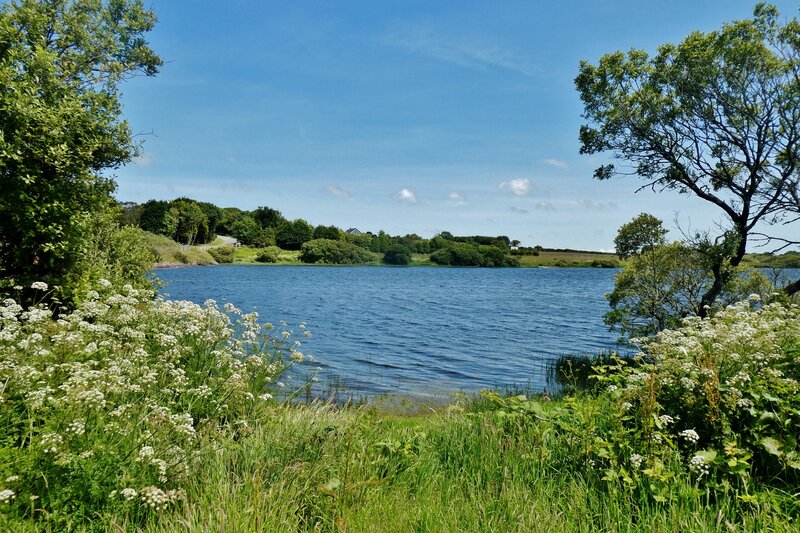
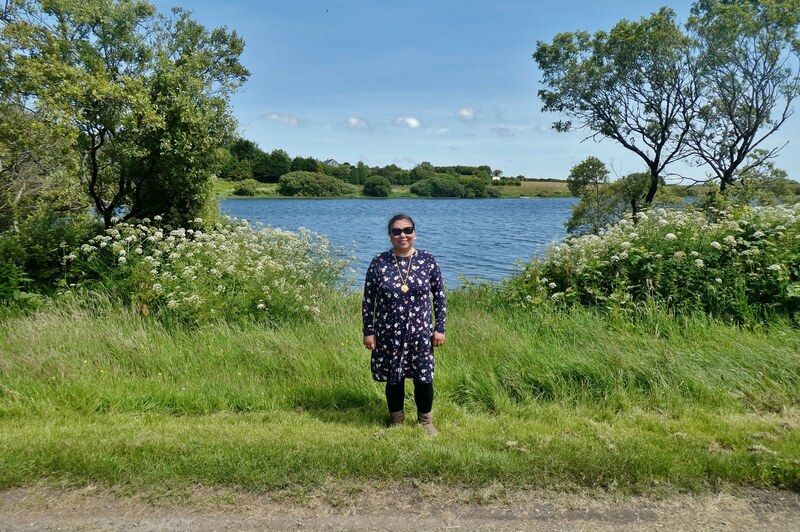
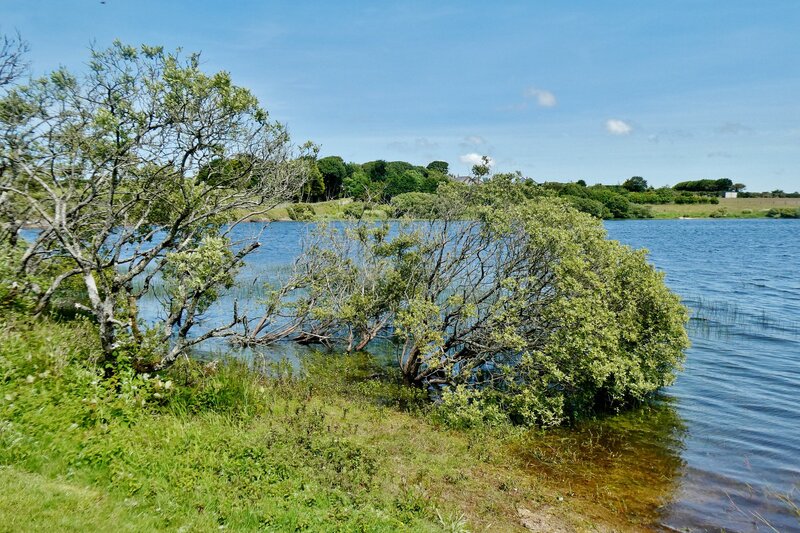
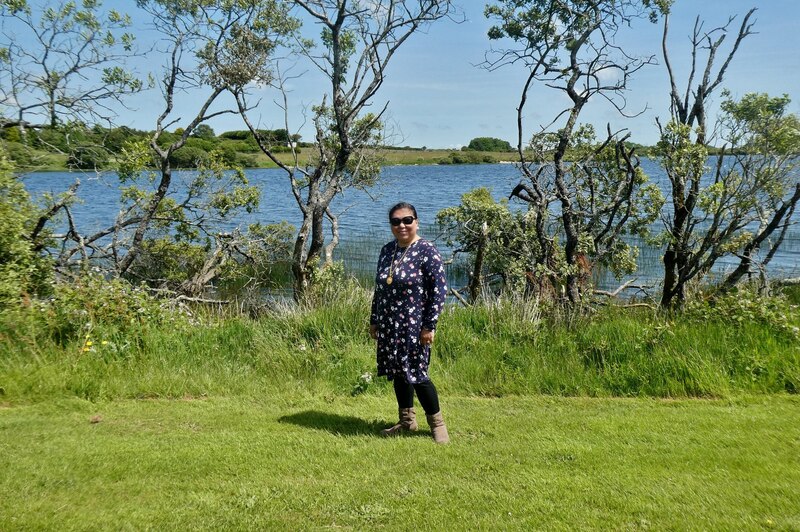
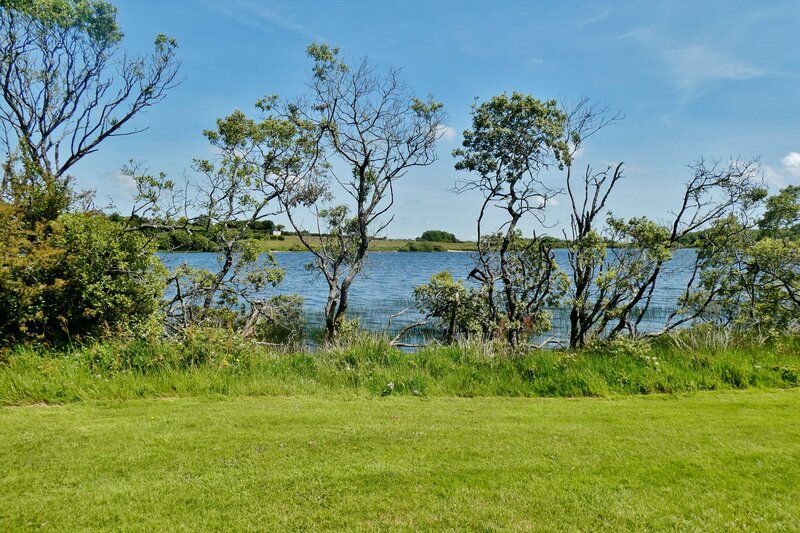
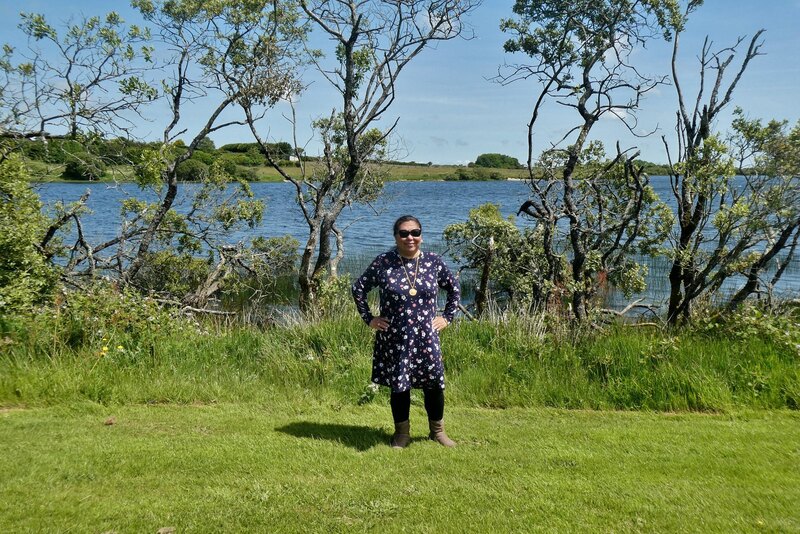
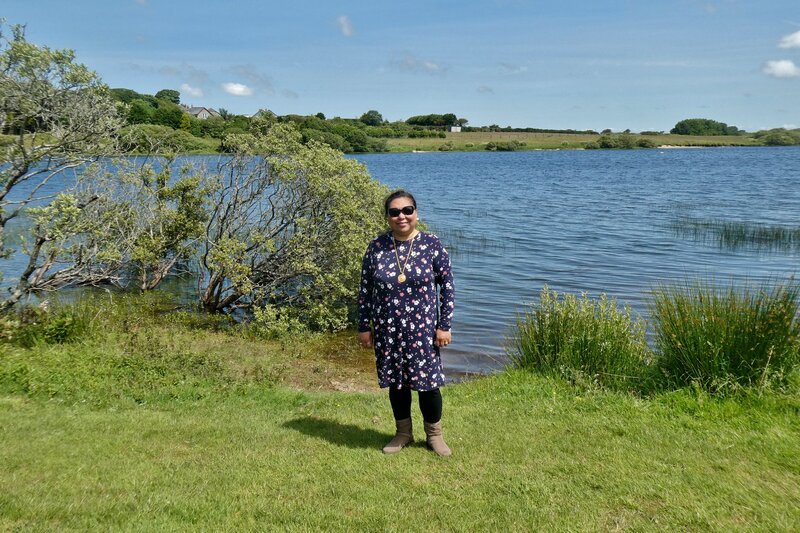
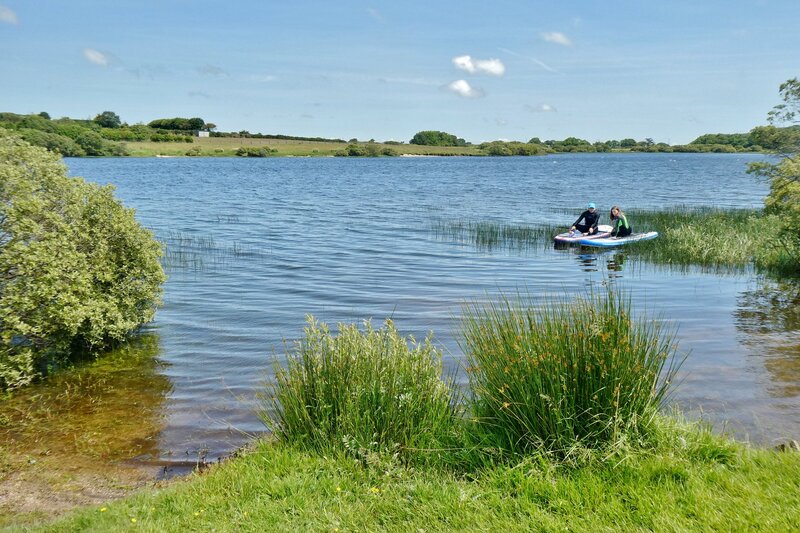
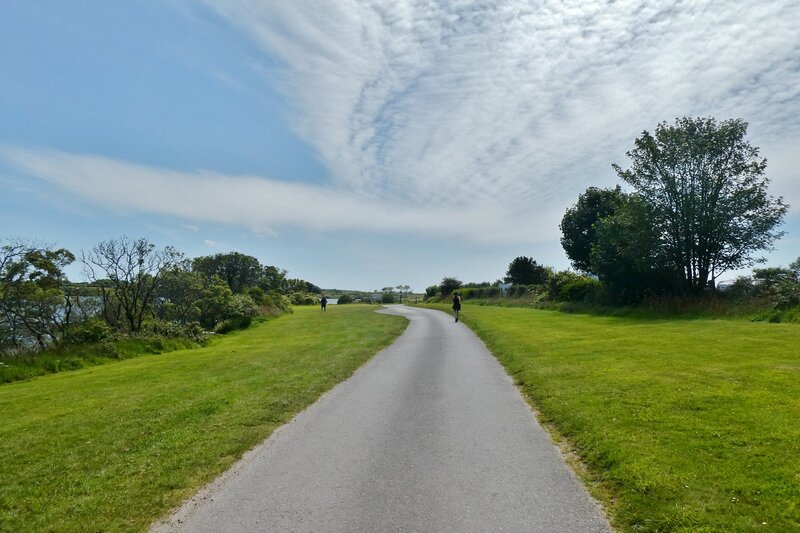
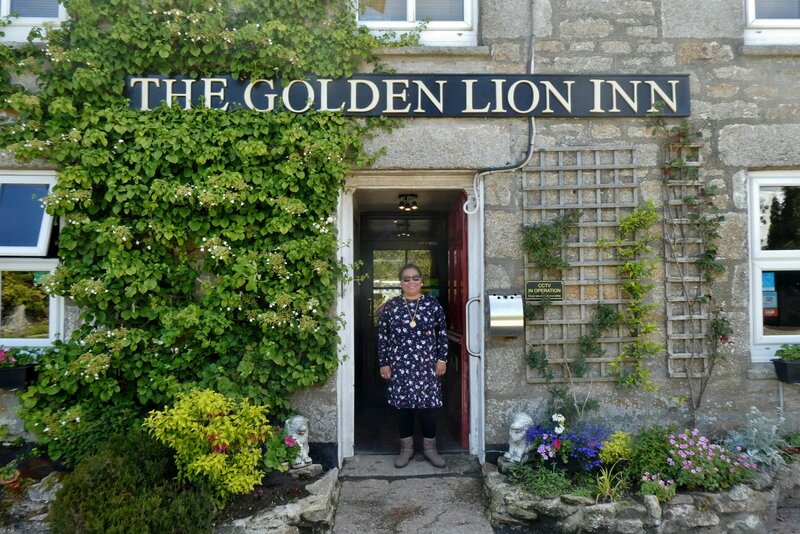
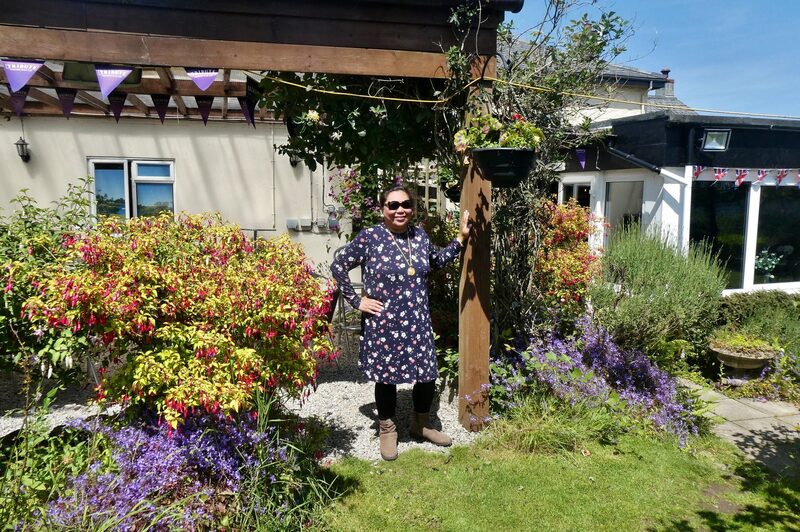
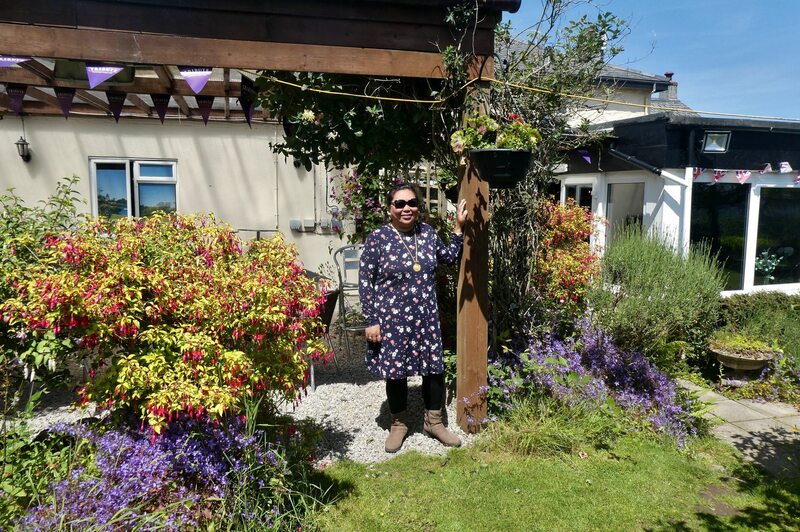
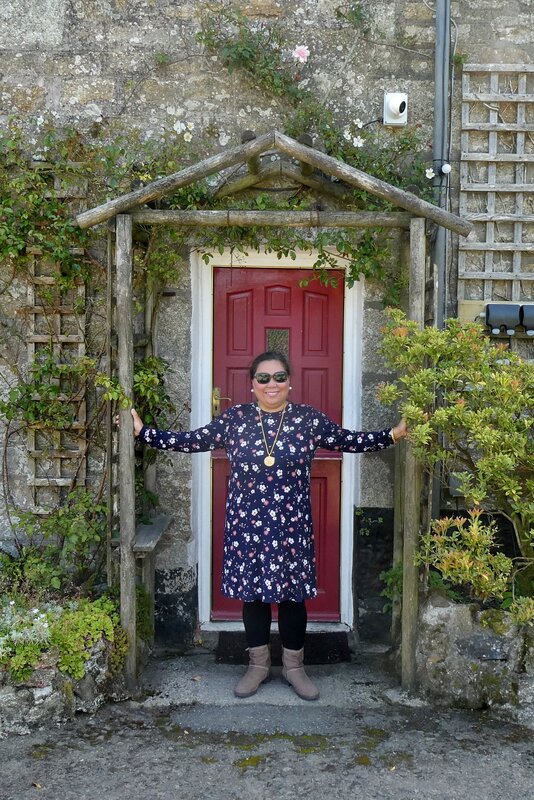
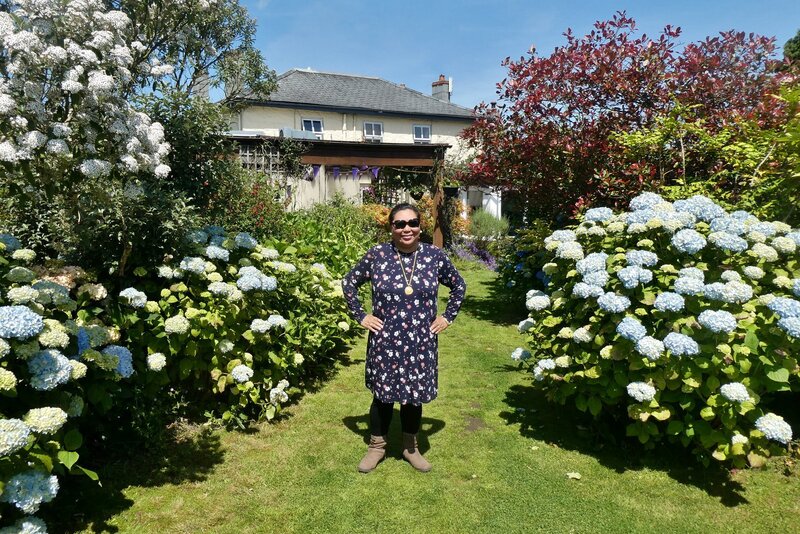
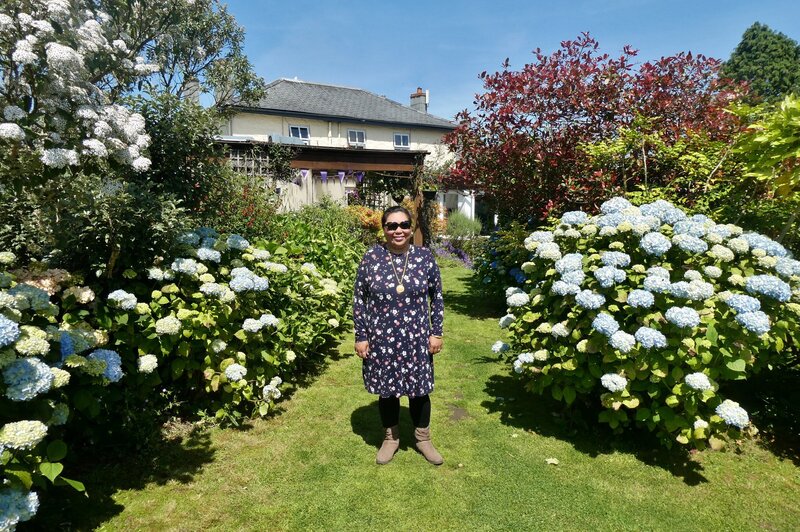
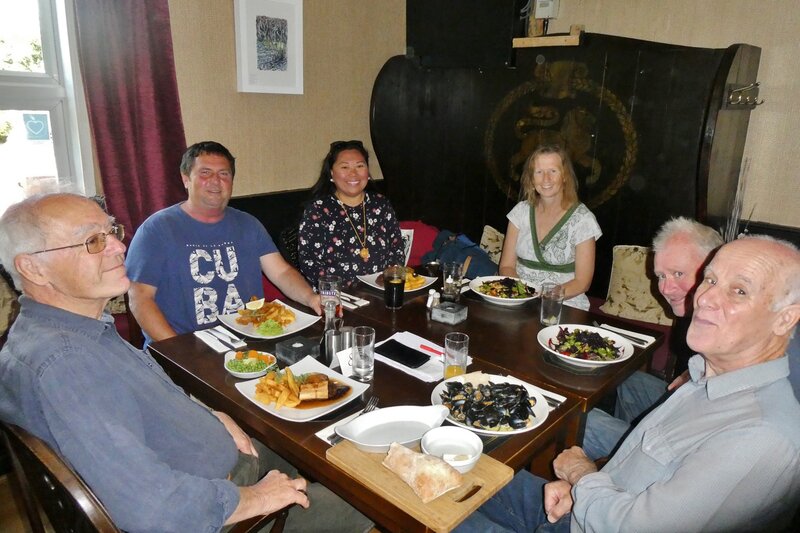
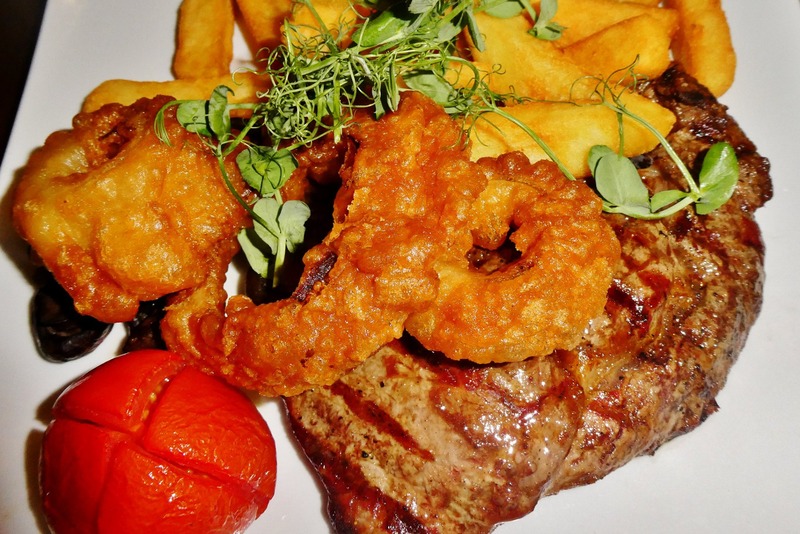
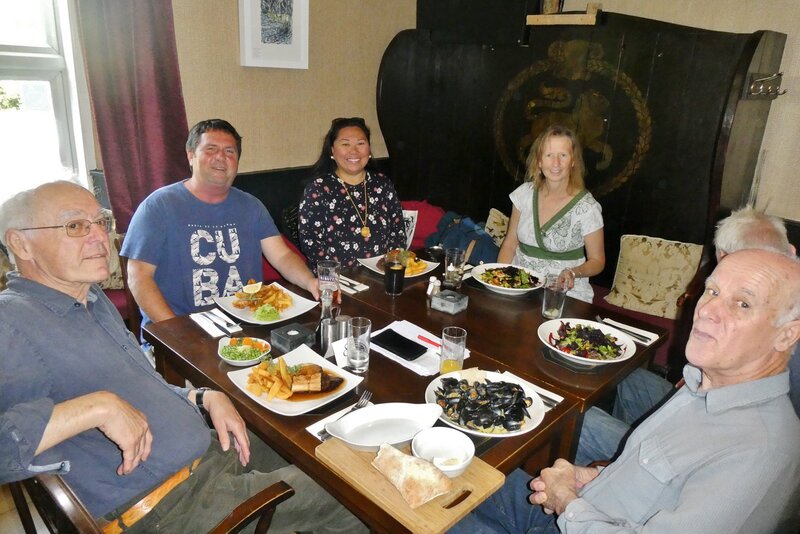
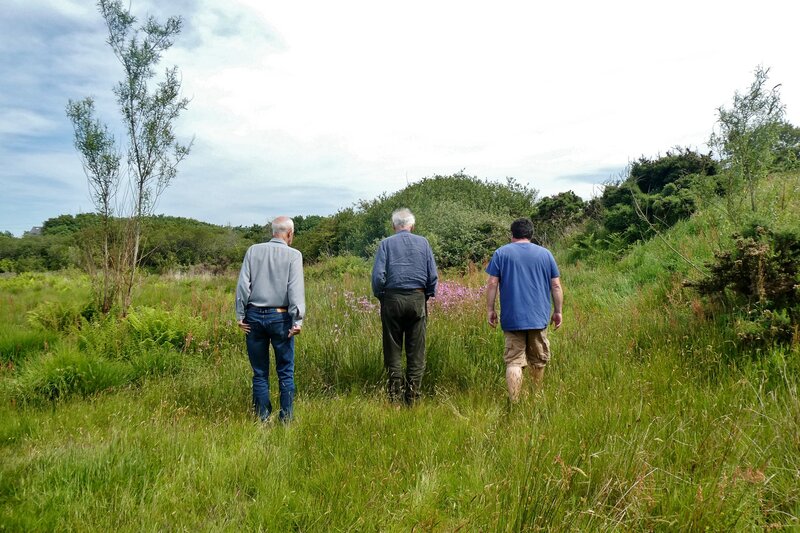
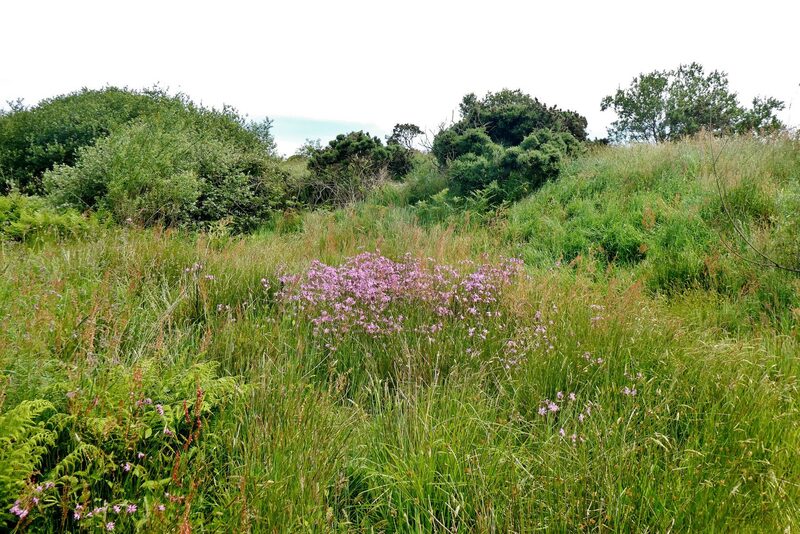
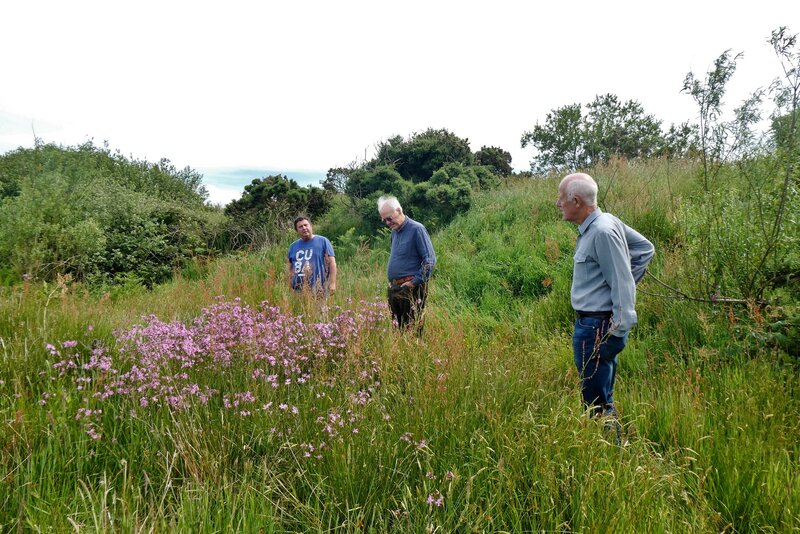
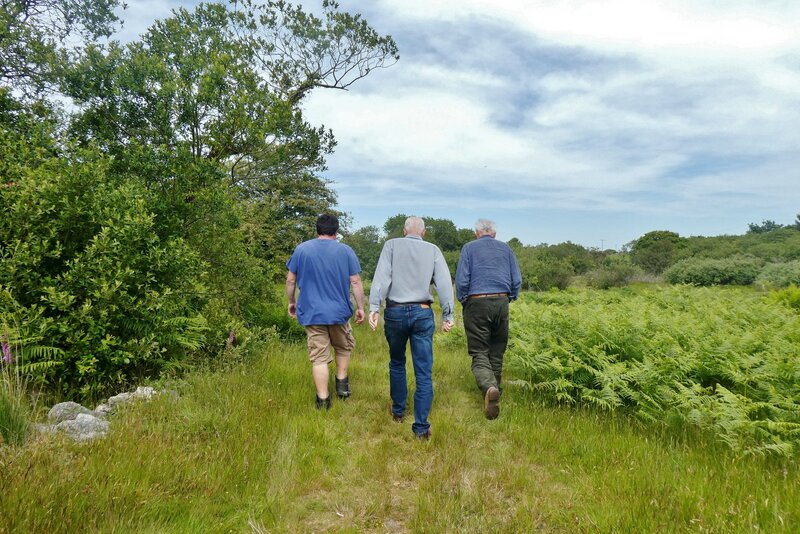
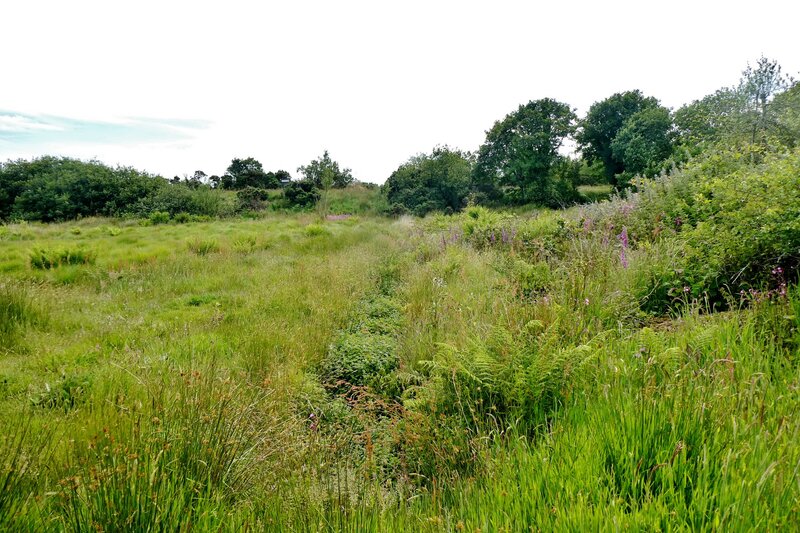
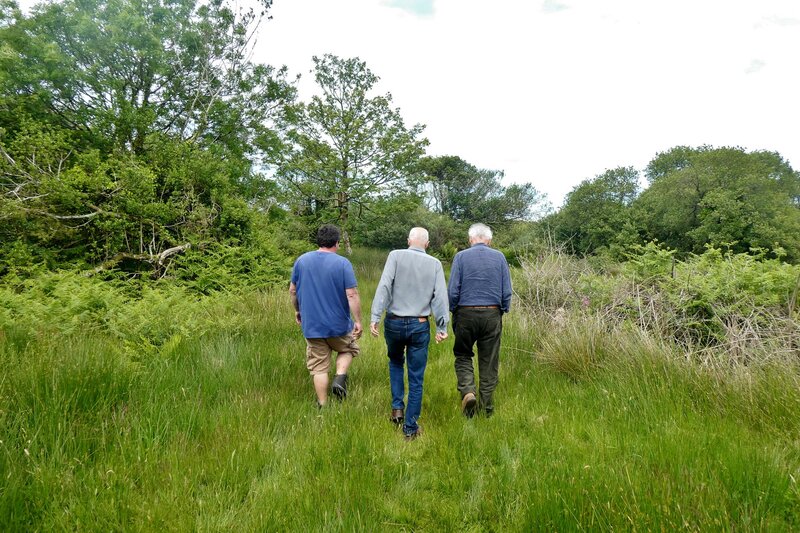
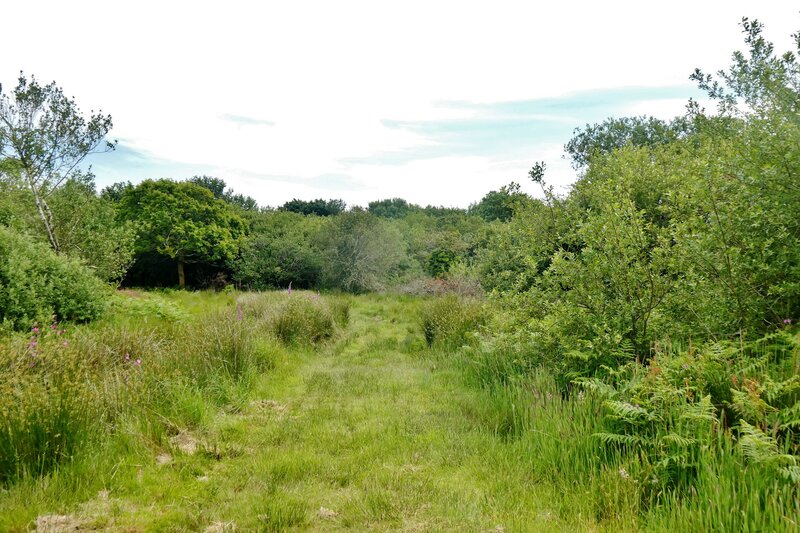
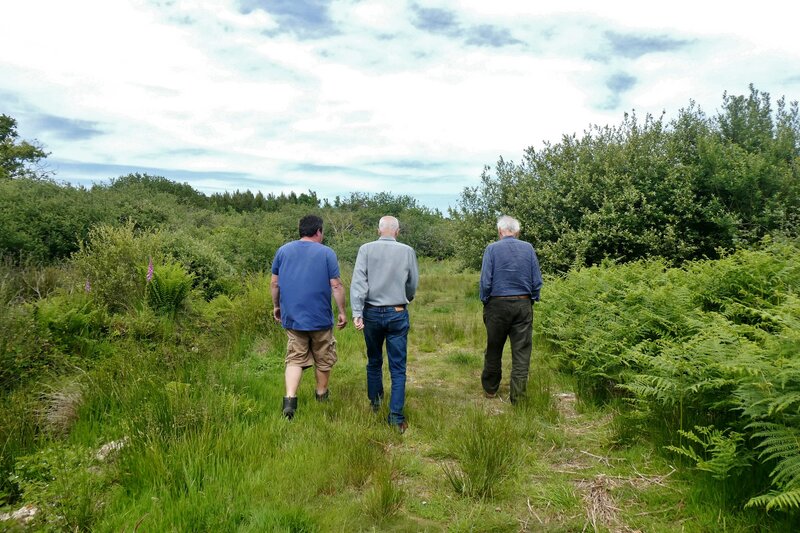
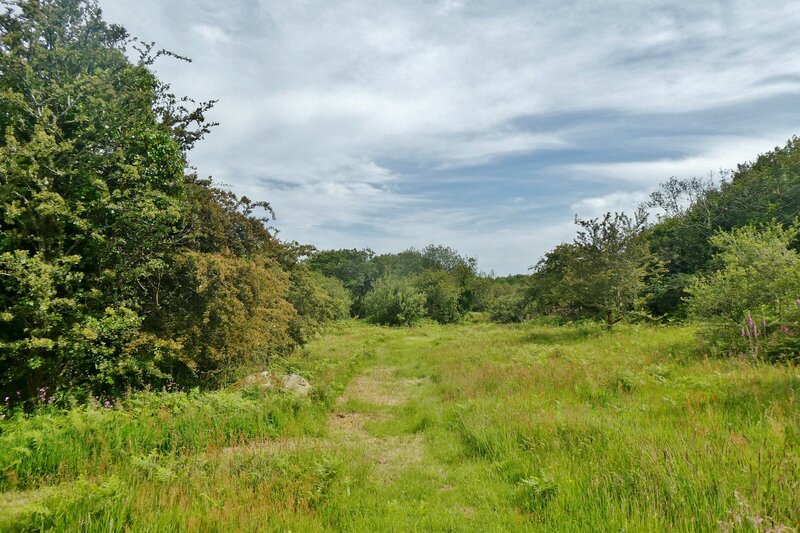
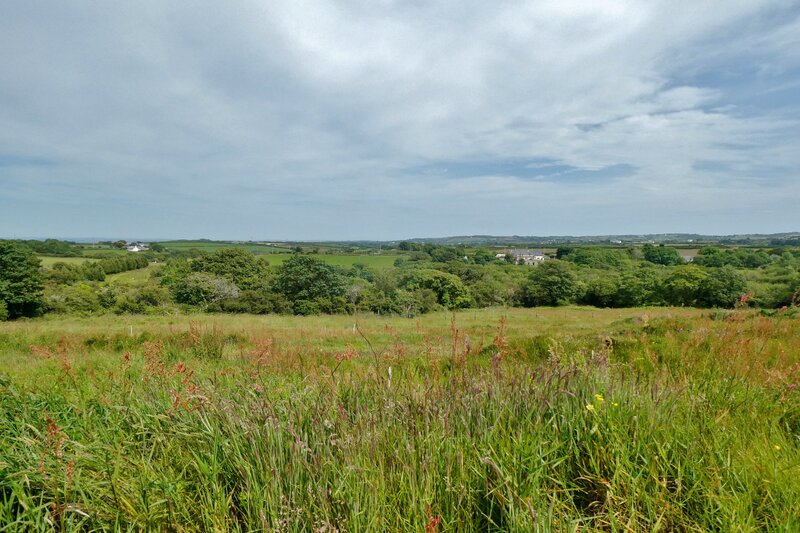
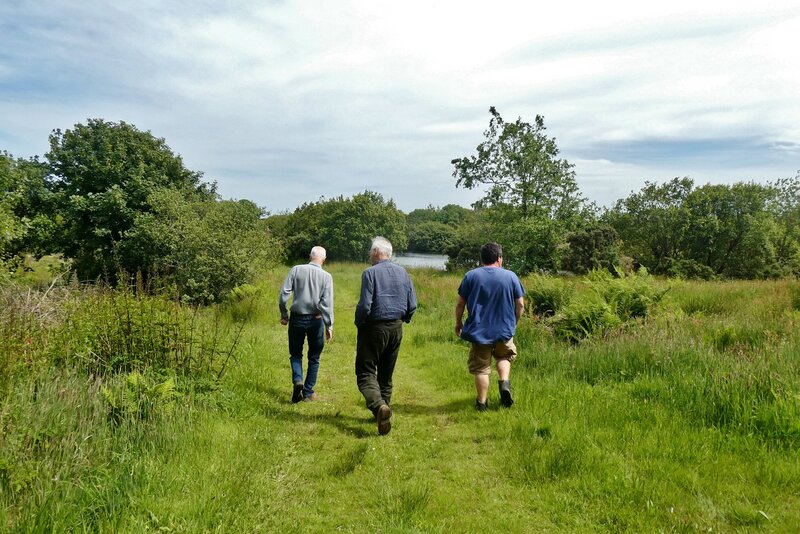
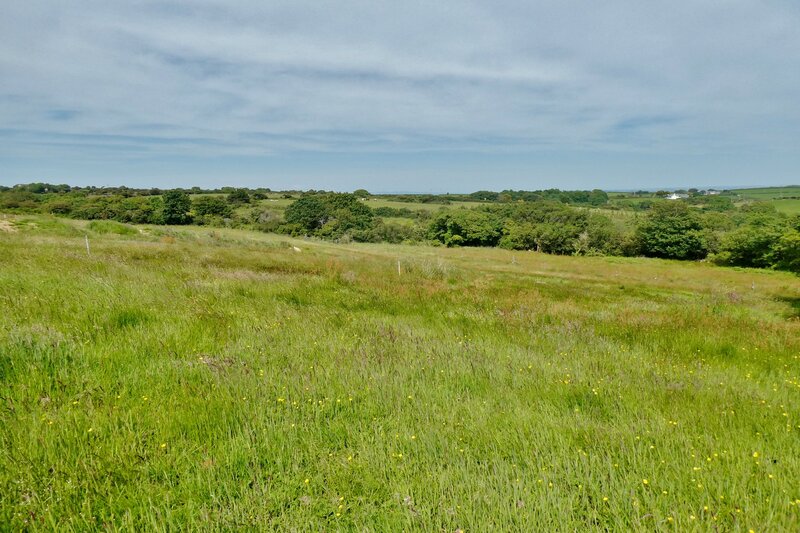
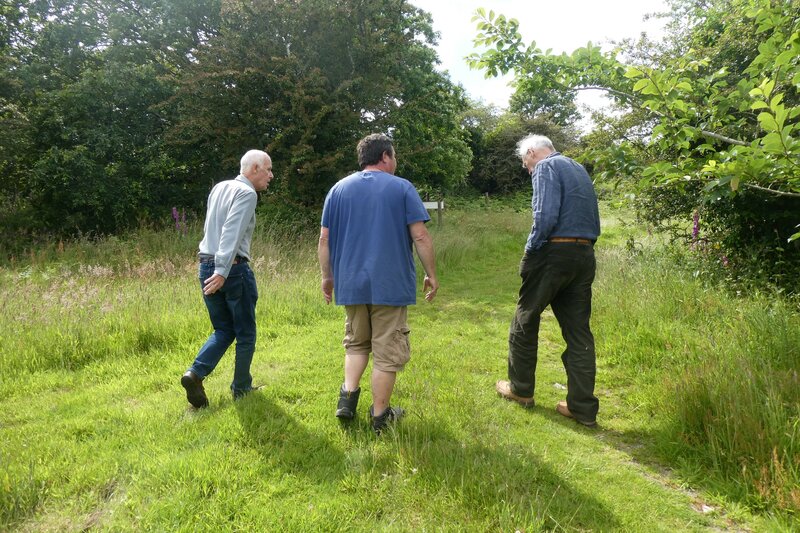
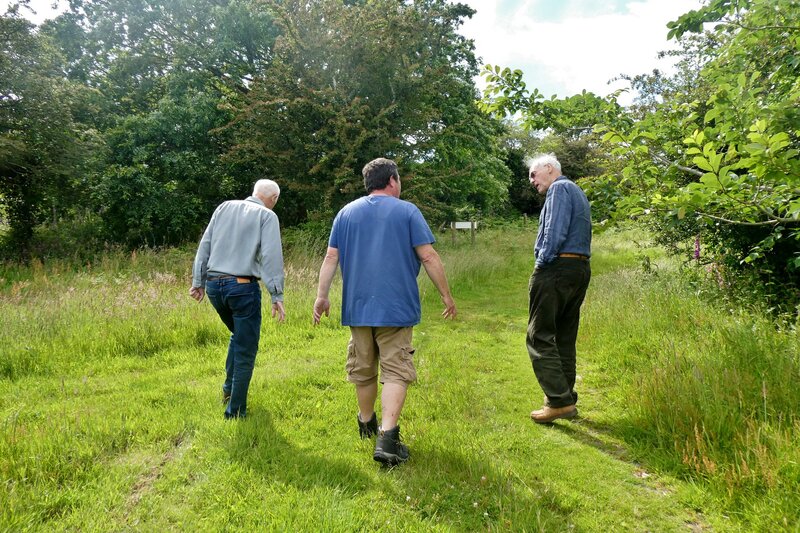
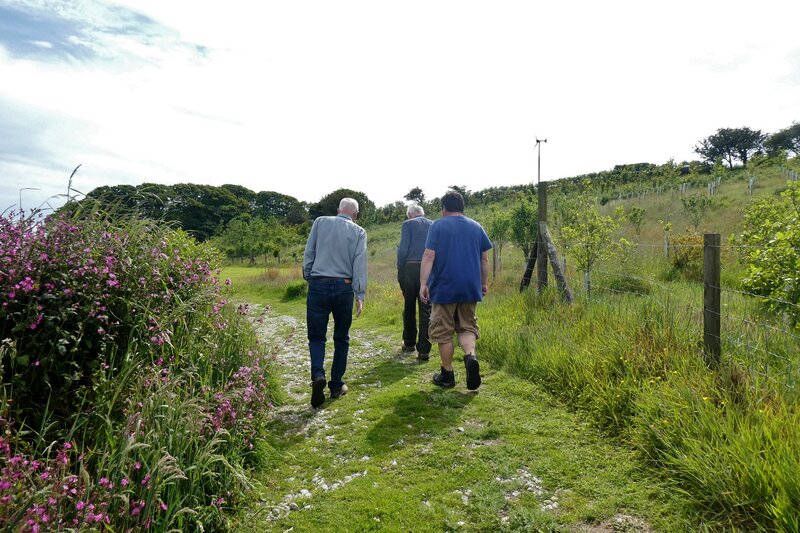
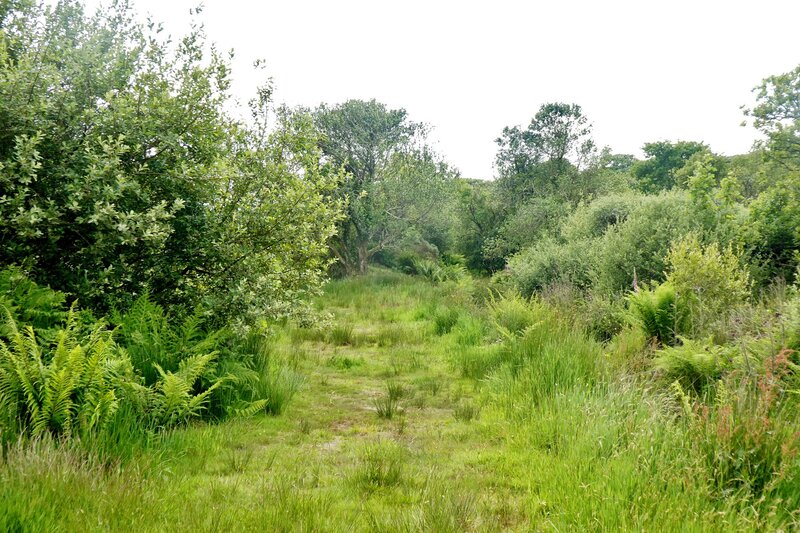
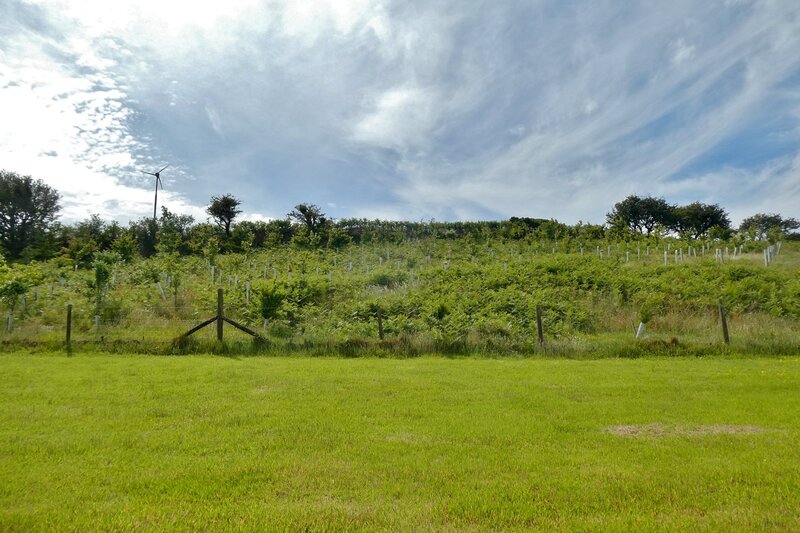
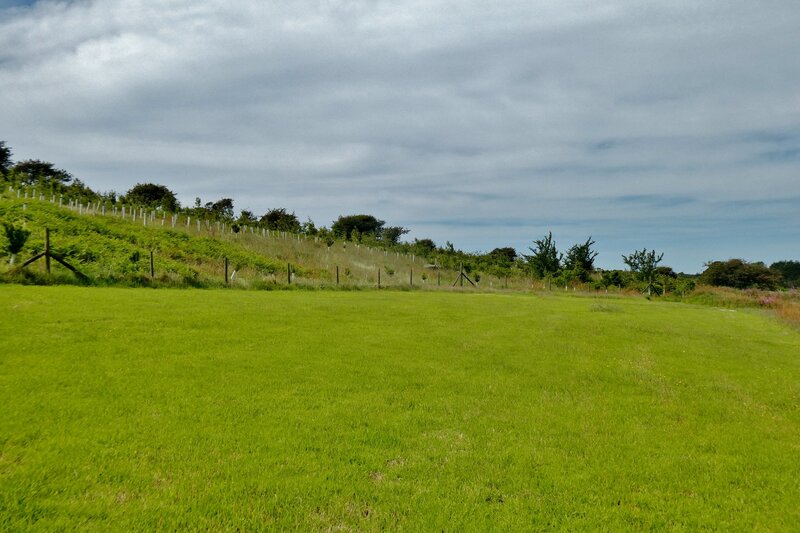
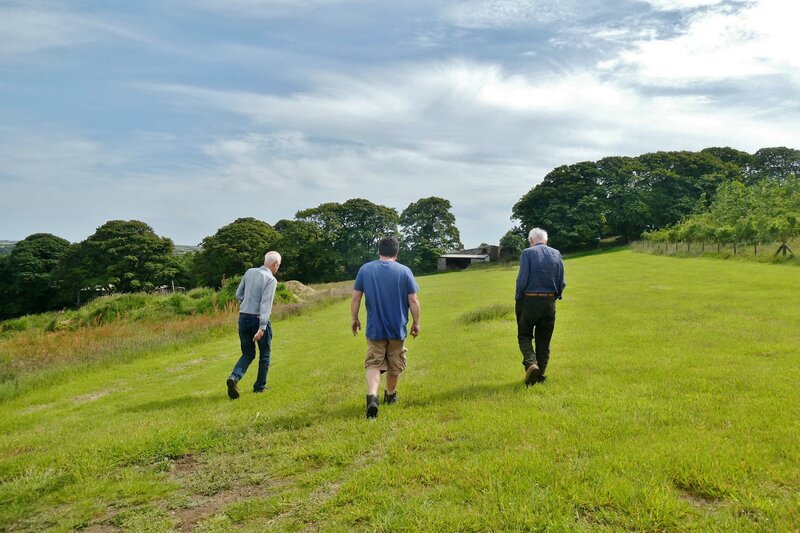
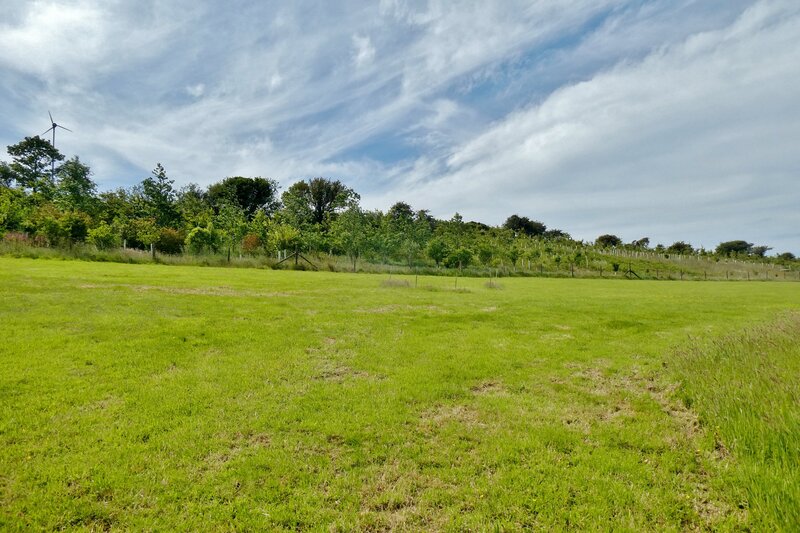
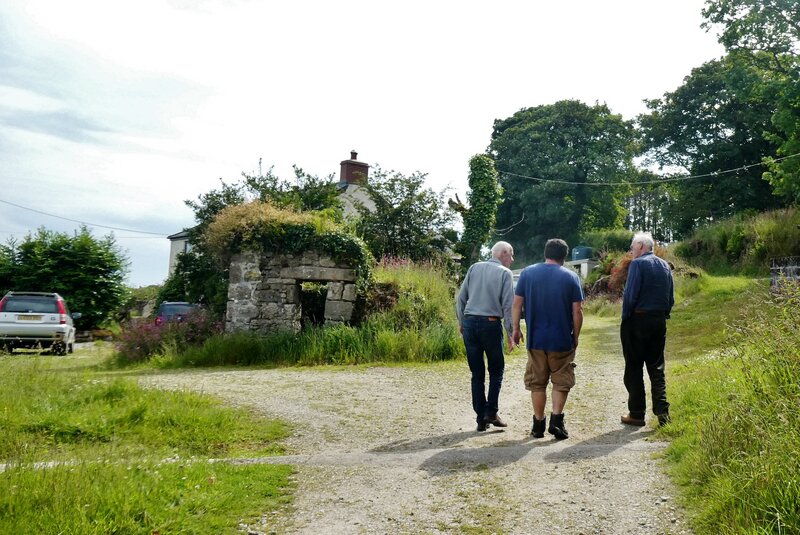
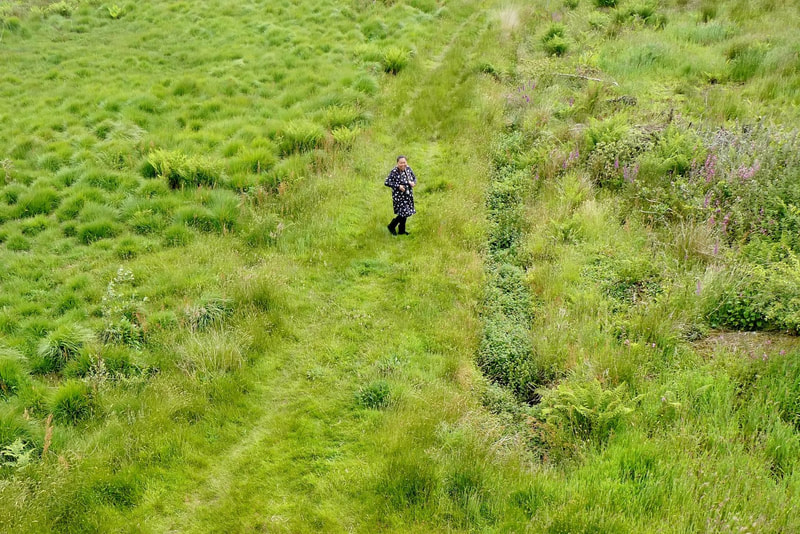
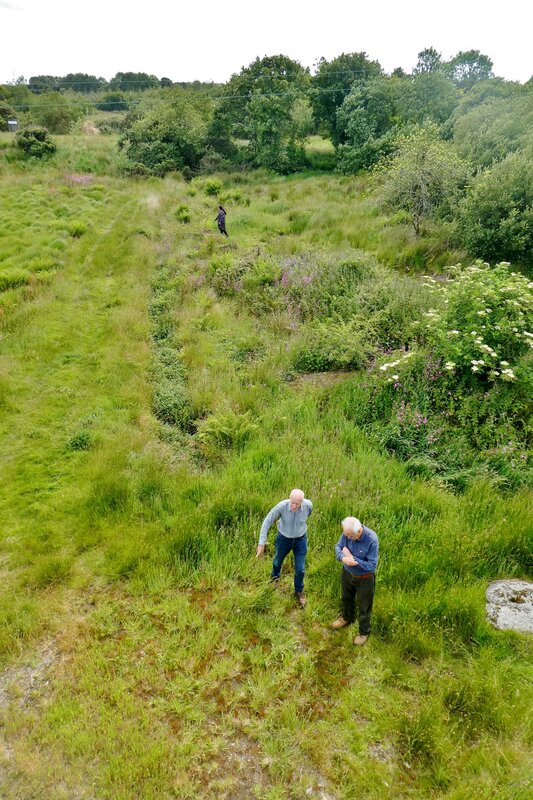
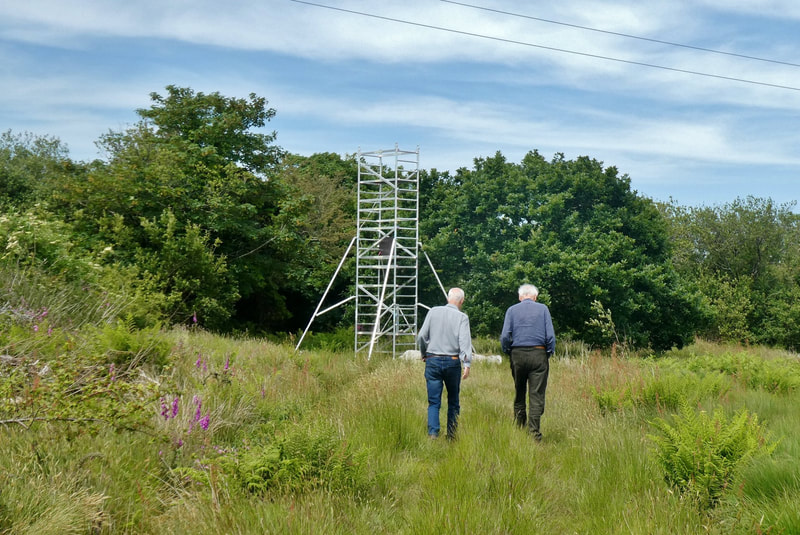
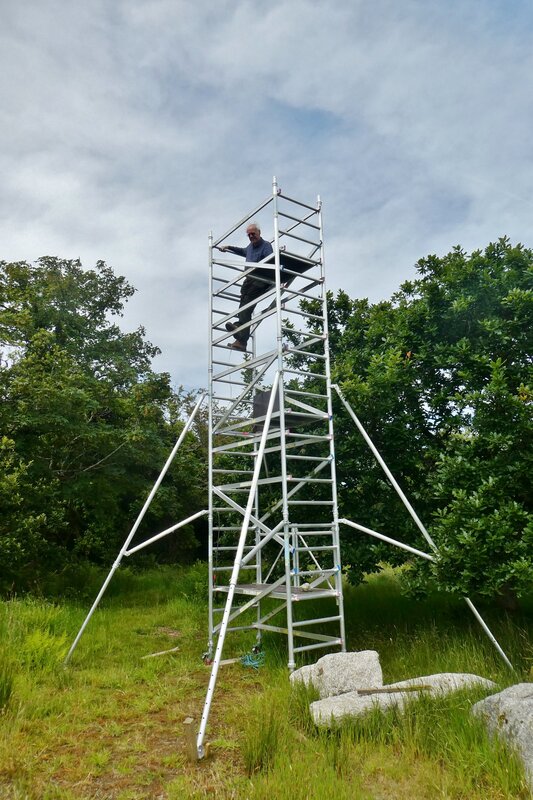
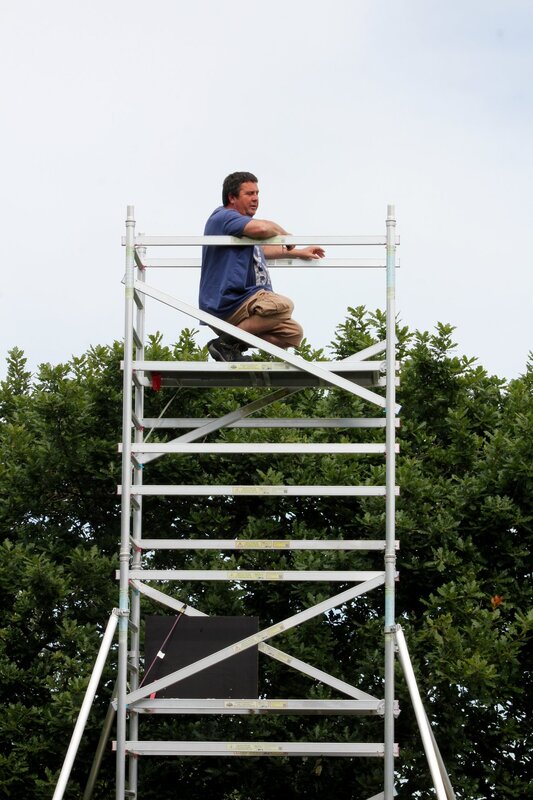
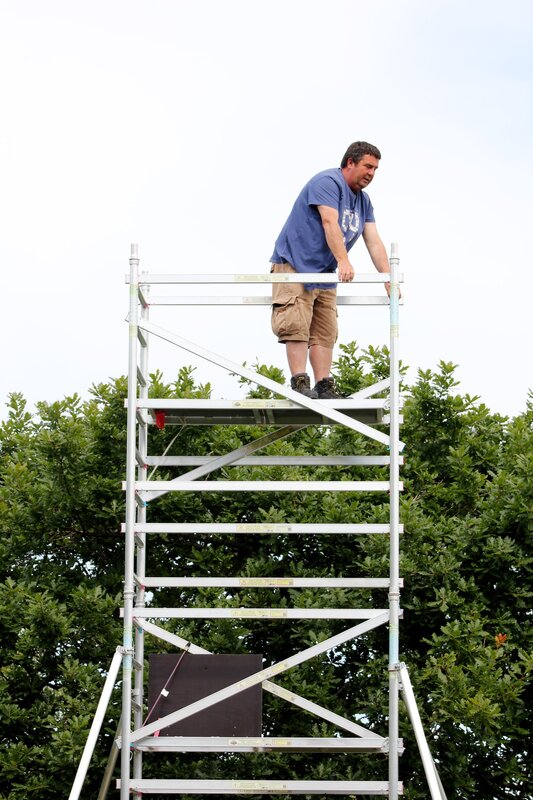
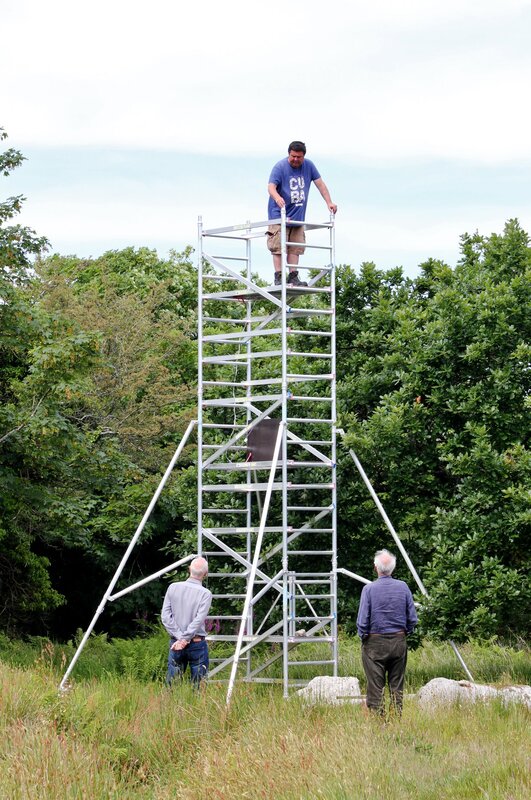
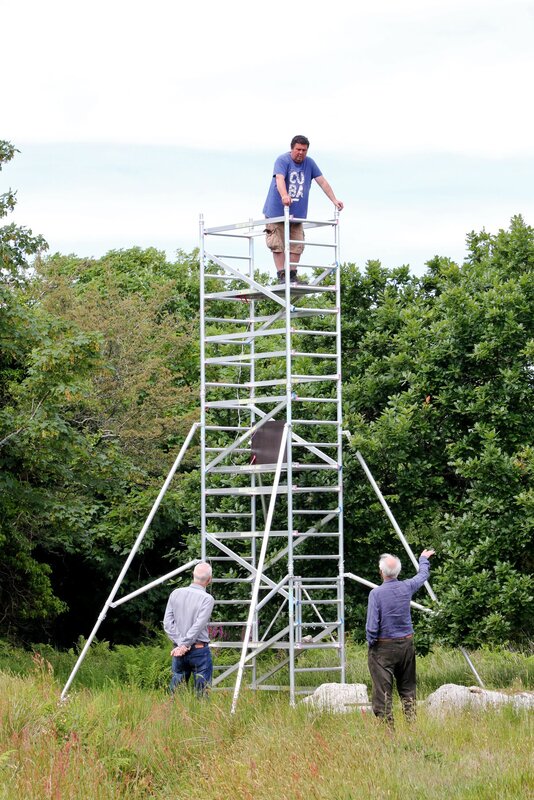
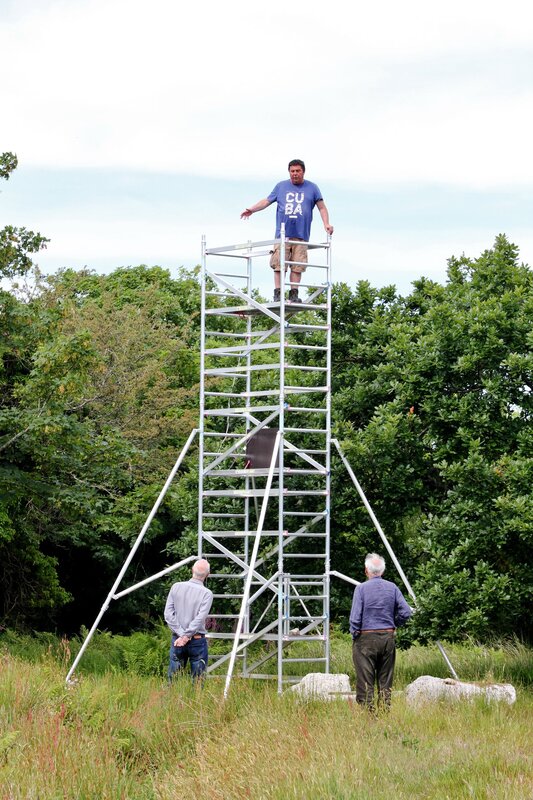
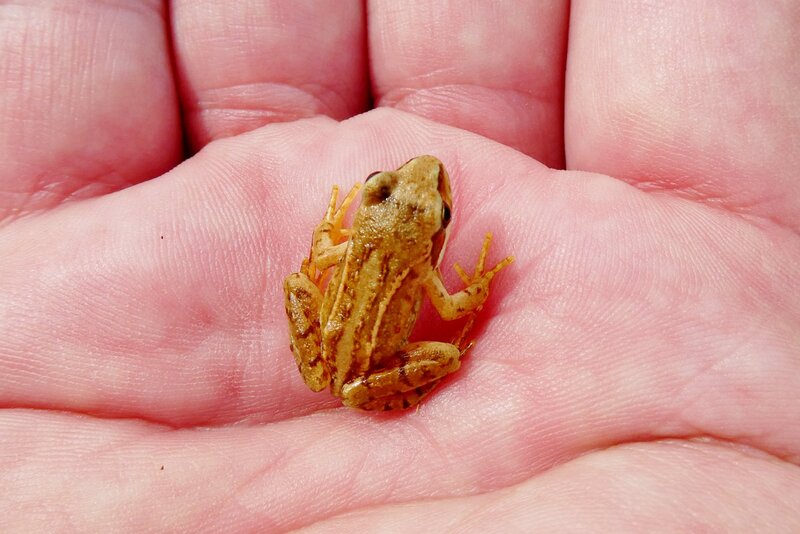
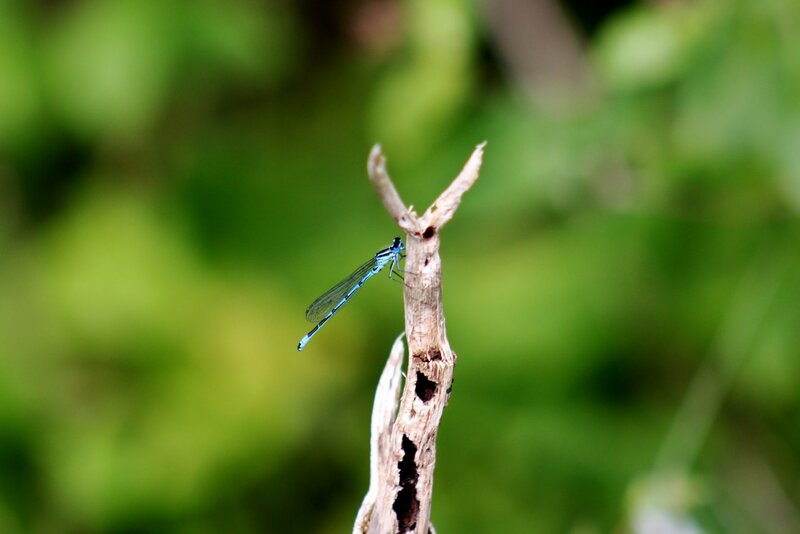
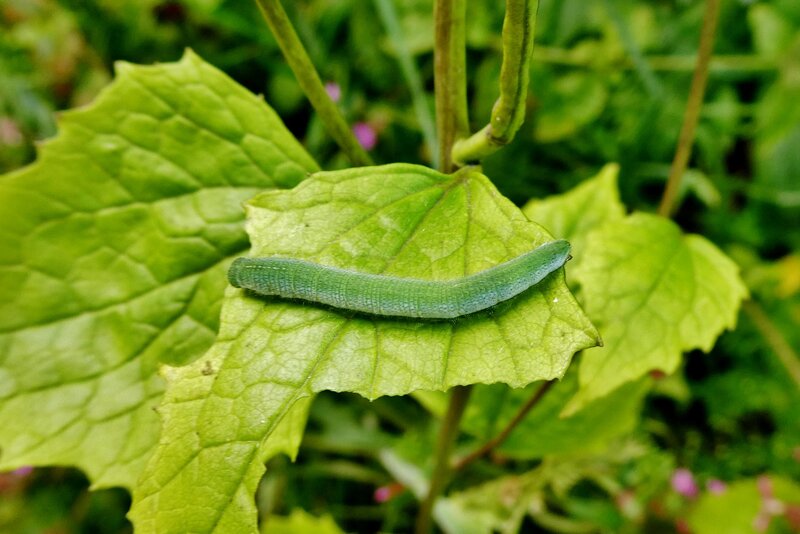
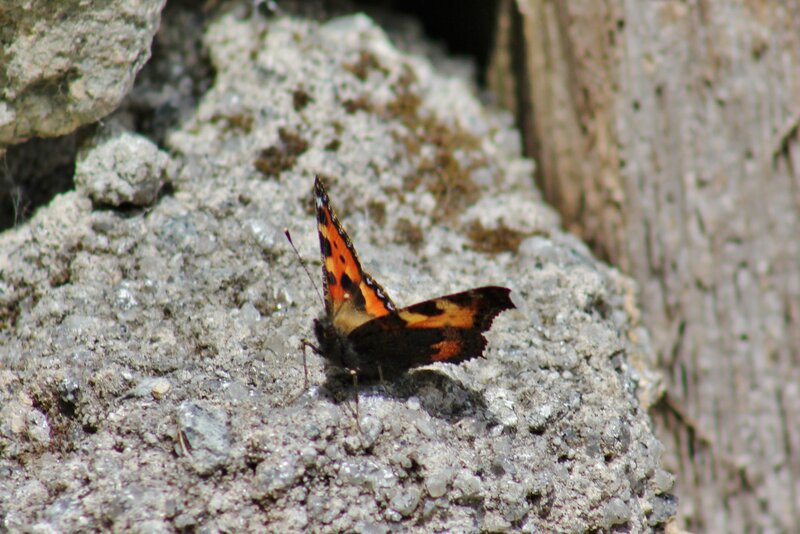
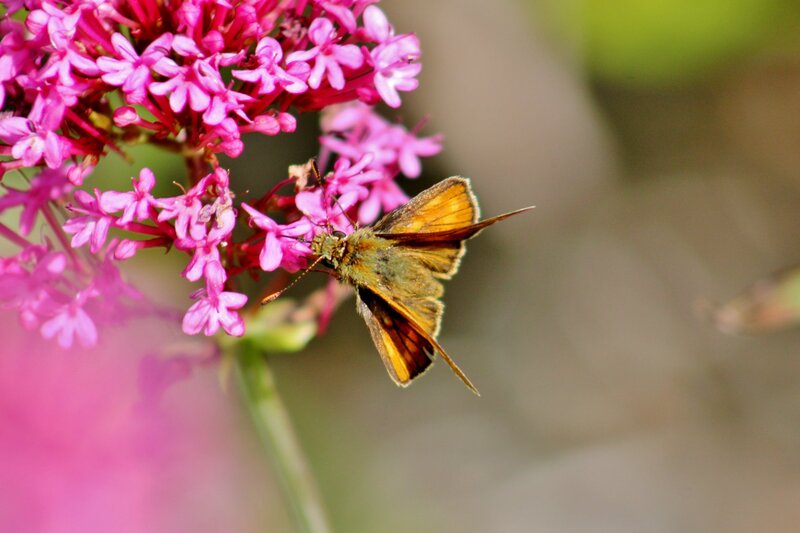
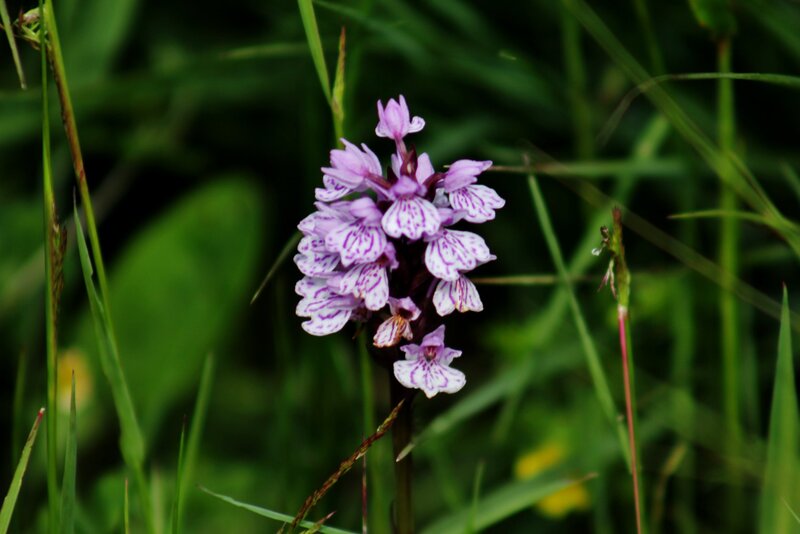
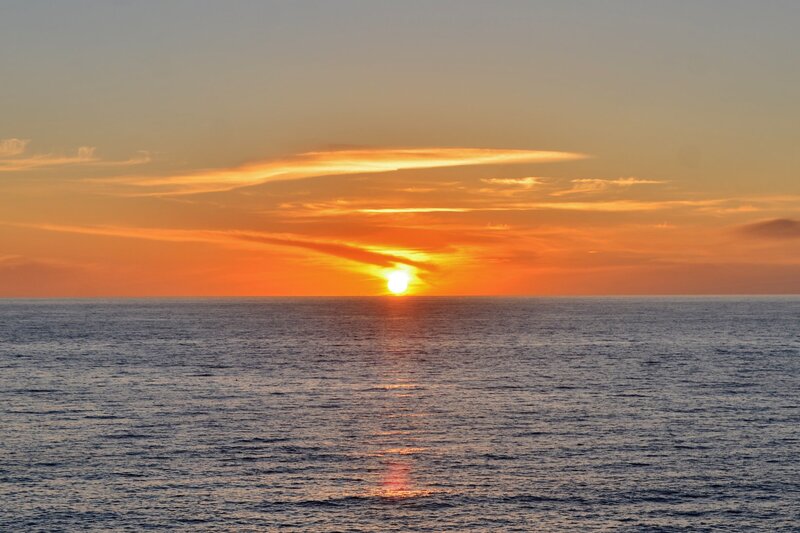
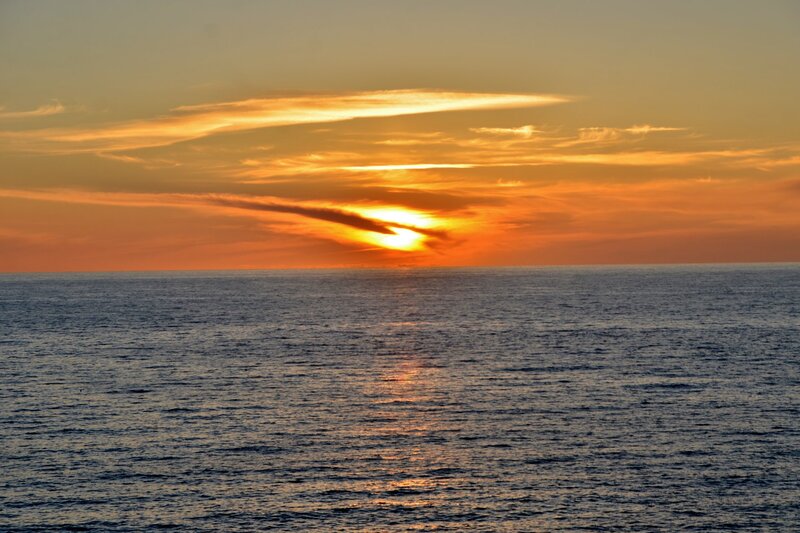
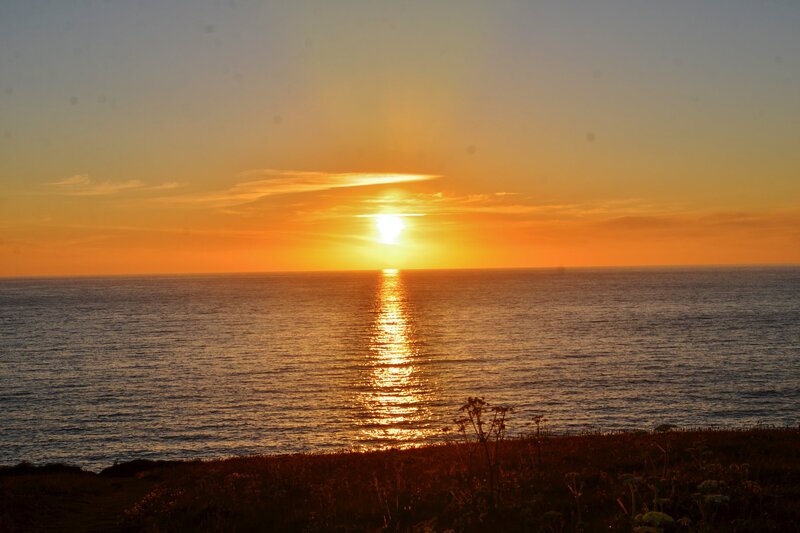
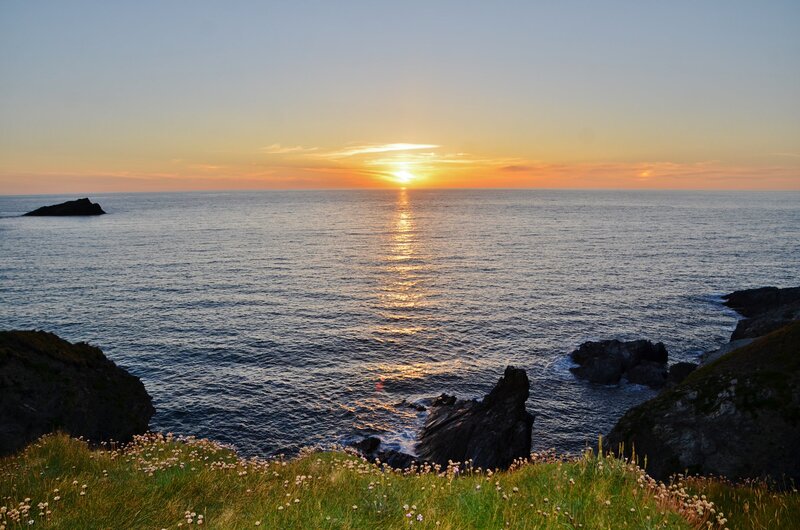
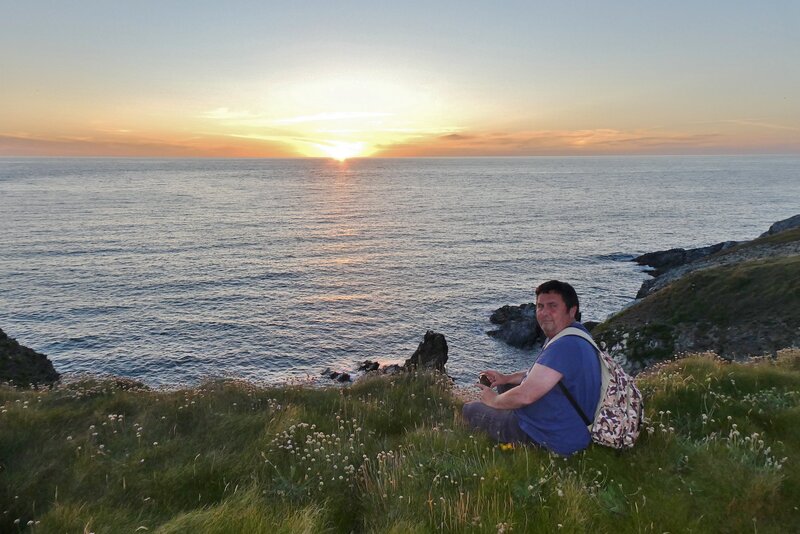
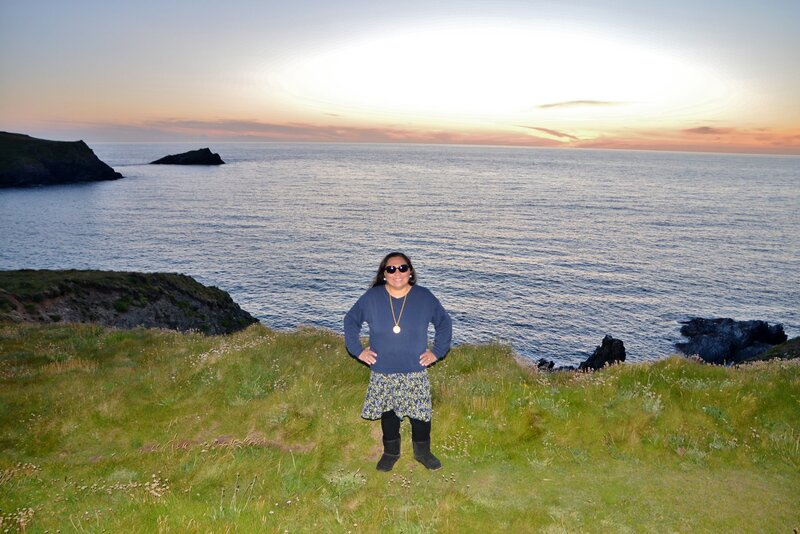
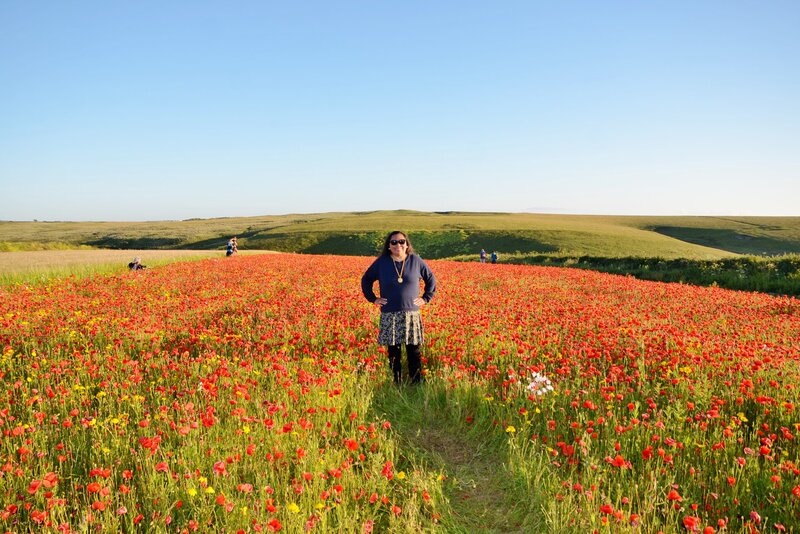
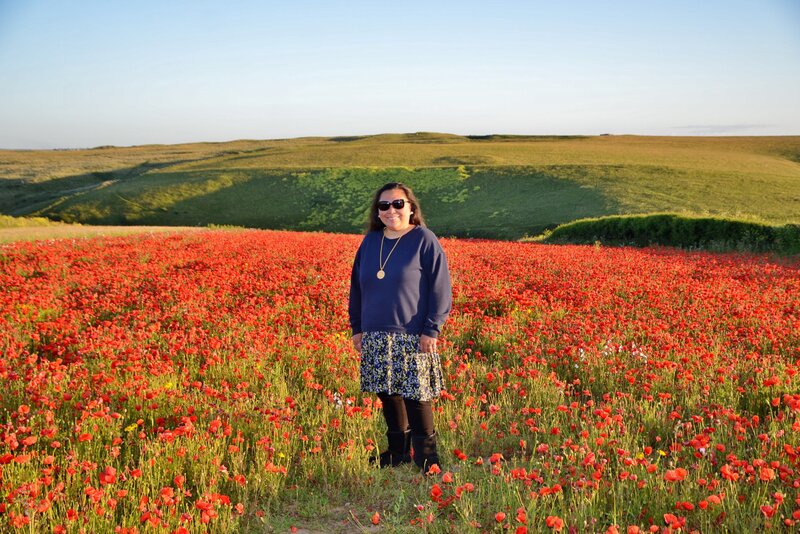
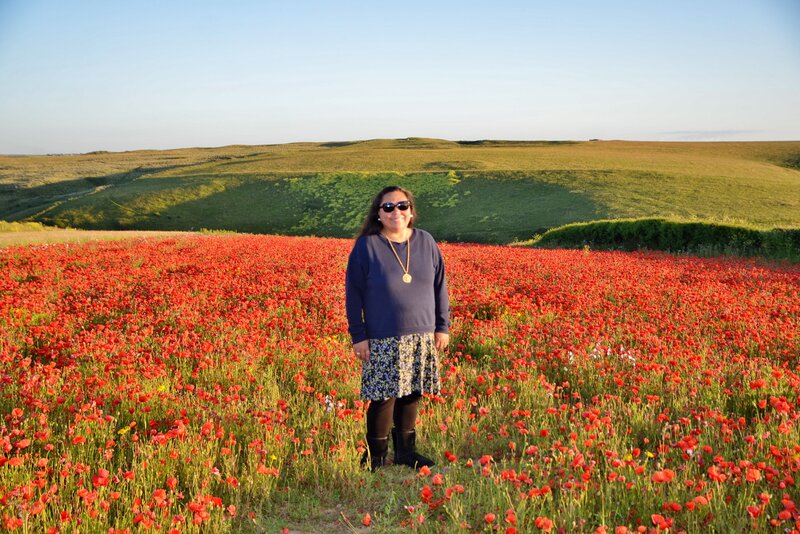
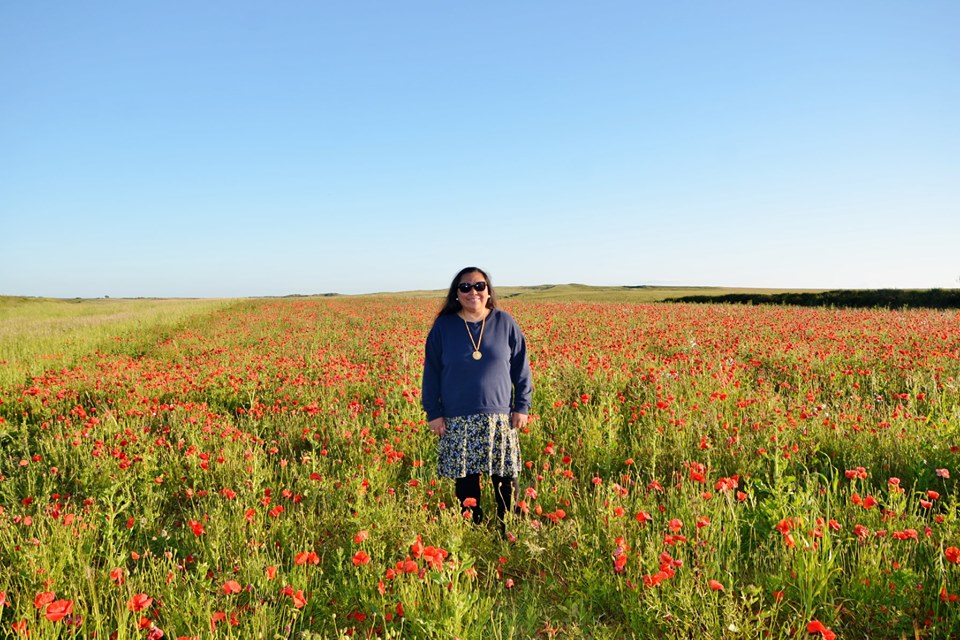
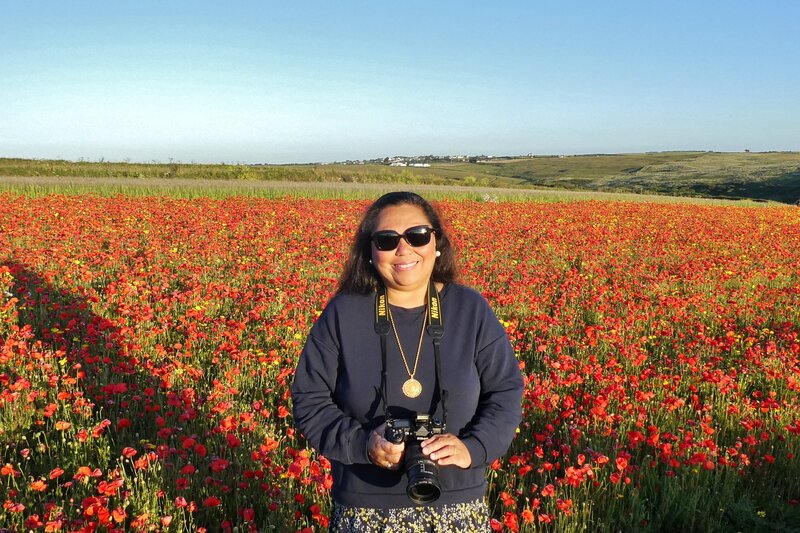
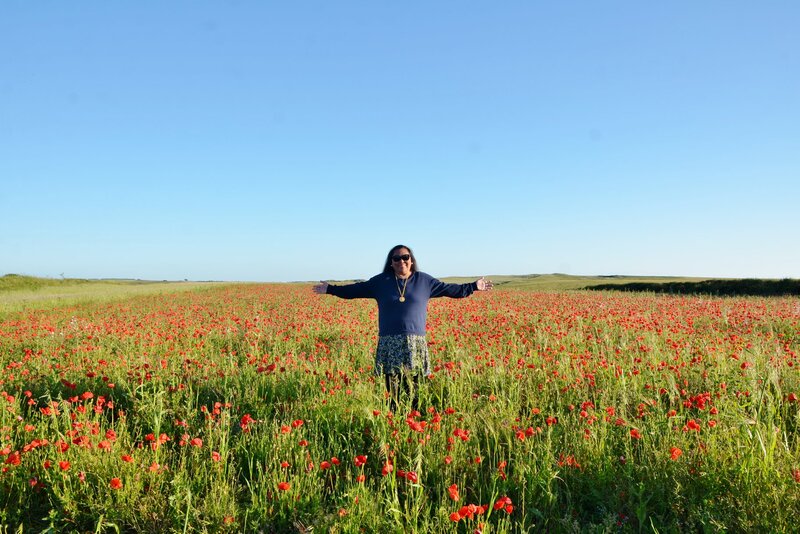
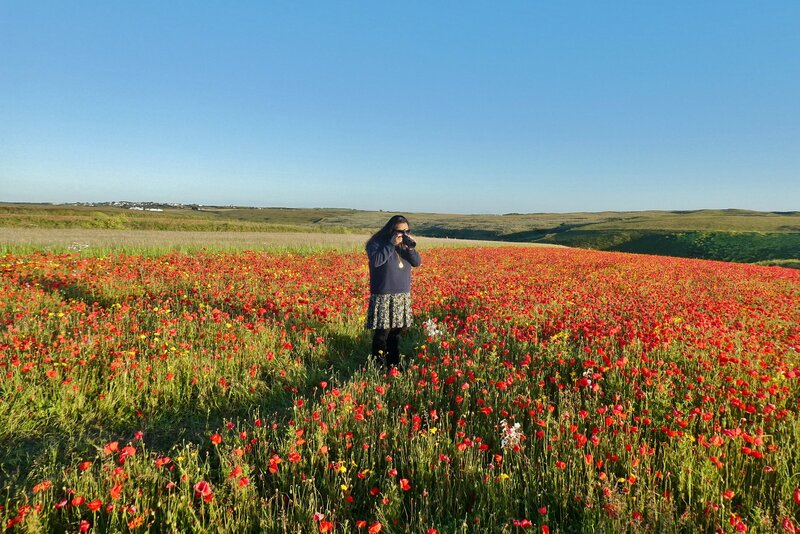
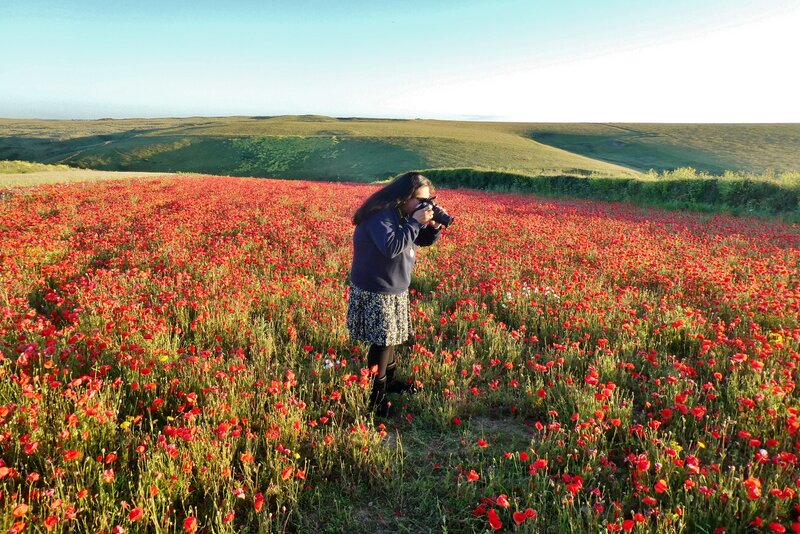
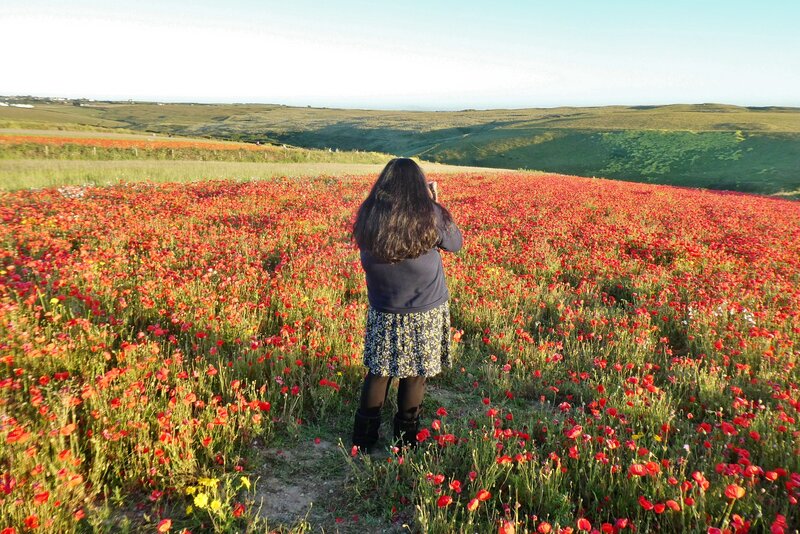
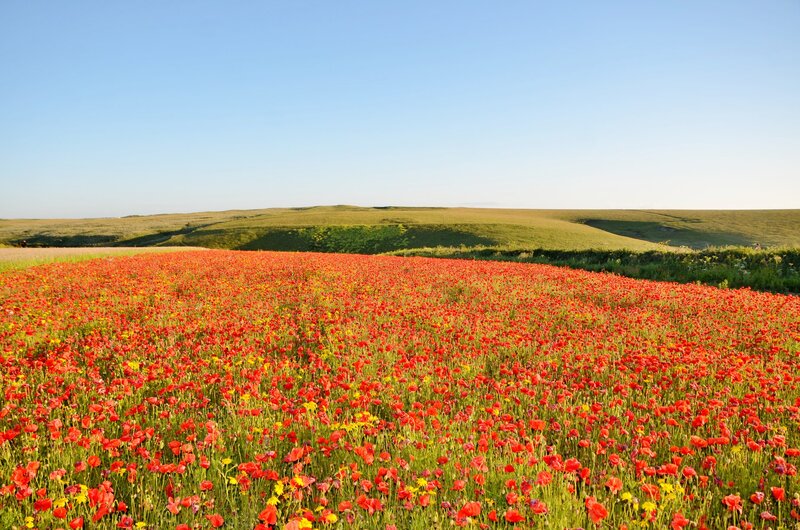
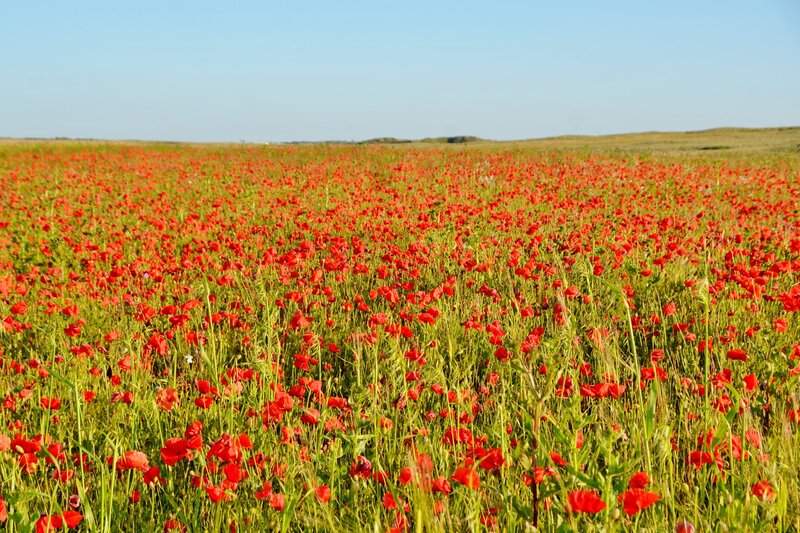
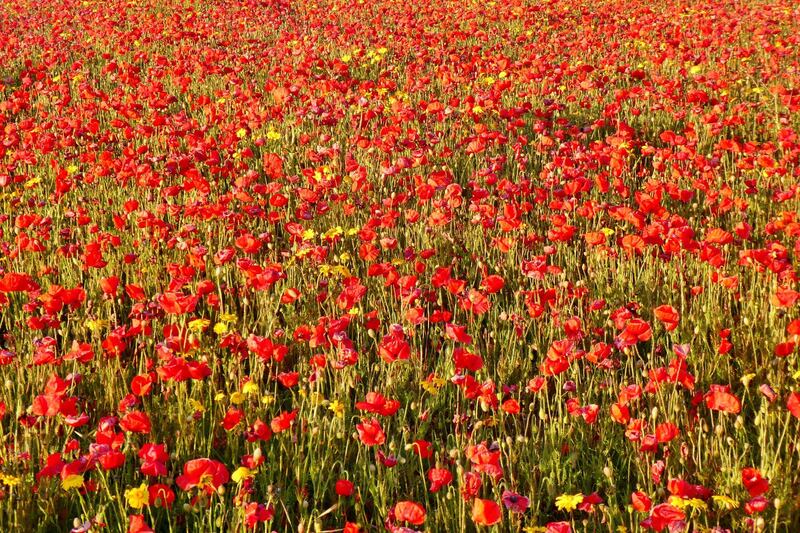
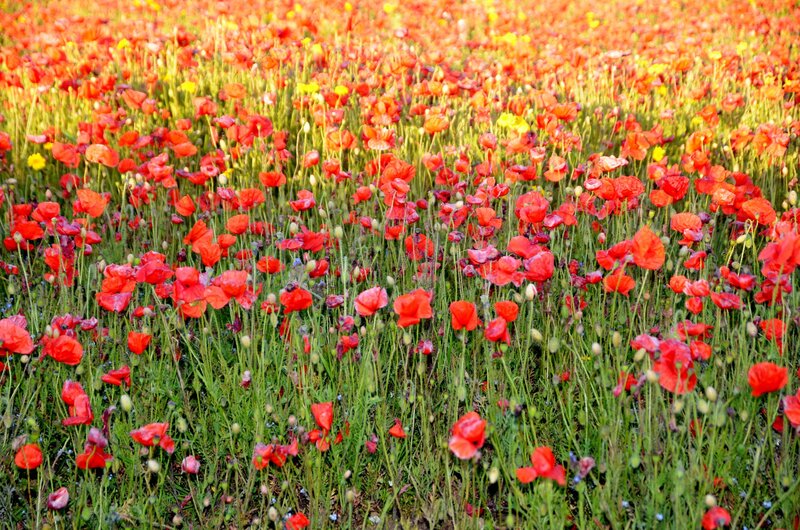
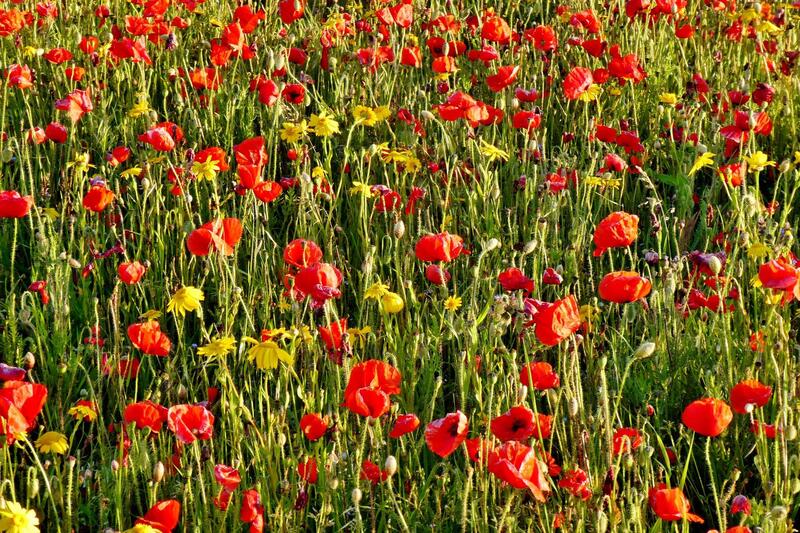
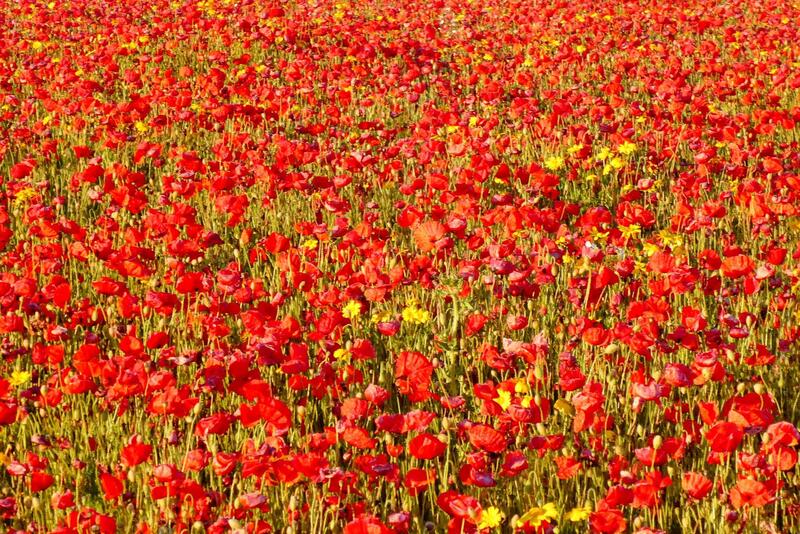
 RSS Feed
RSS Feed